Slow start this morning, because of course with the transit home looming ahead of us tomorrow I am starting to feel like I have a head cold. Boo-hiss! There’s no good time to get crook when you’re travelling, but right before being in transit for 40 hrs or more, totally isn’t it.
Yesterday was supposed to be 5°C (with a, ‘feels like 0°-1°C with the windchill factor), and I was not ready for it at all. Went out with insufficient layers (never fear, fixed it with a credit card), and then today, I was like totally ready for it and went out with all the clothing and extras in my bag, only to find it had increased stupidly in temperature overnight to a balmy 17°-19°C and I found myself completely overdressed and looking for a bathroom to rip off my merino layer asap. Can’t win.
We headed out to Charlottenburg Palace today via a quick stop through Checkpoint Charlie to get to our train. Slightly fewer tourists here today than Sunday but still the badly garbed actors and the ever present American capitalist icon, McDonald’s. 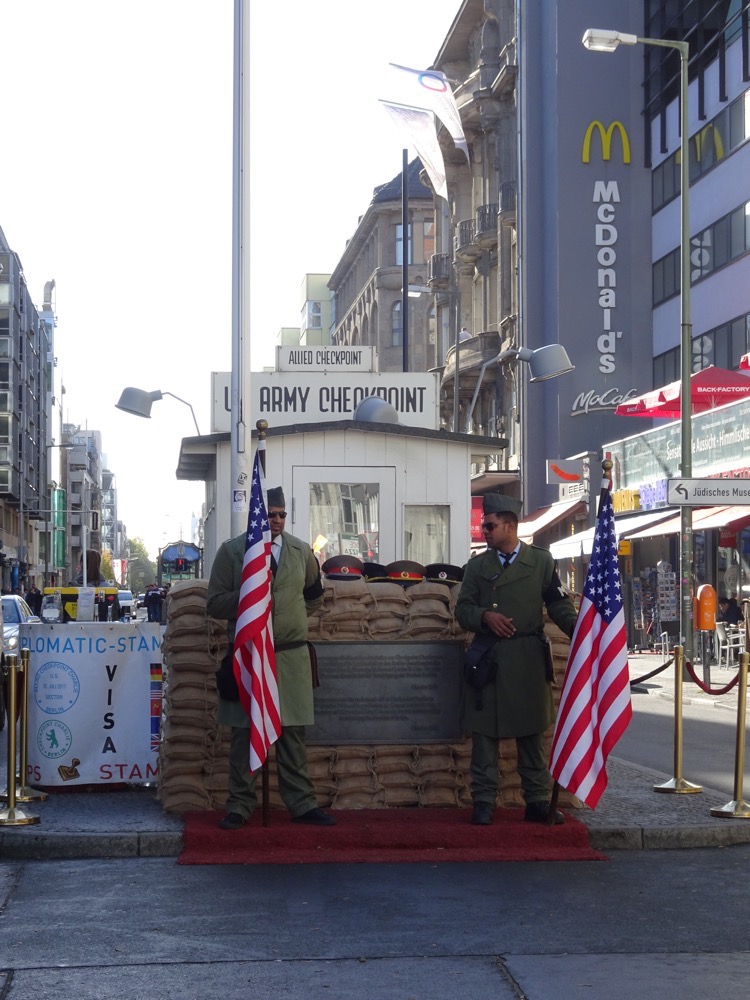
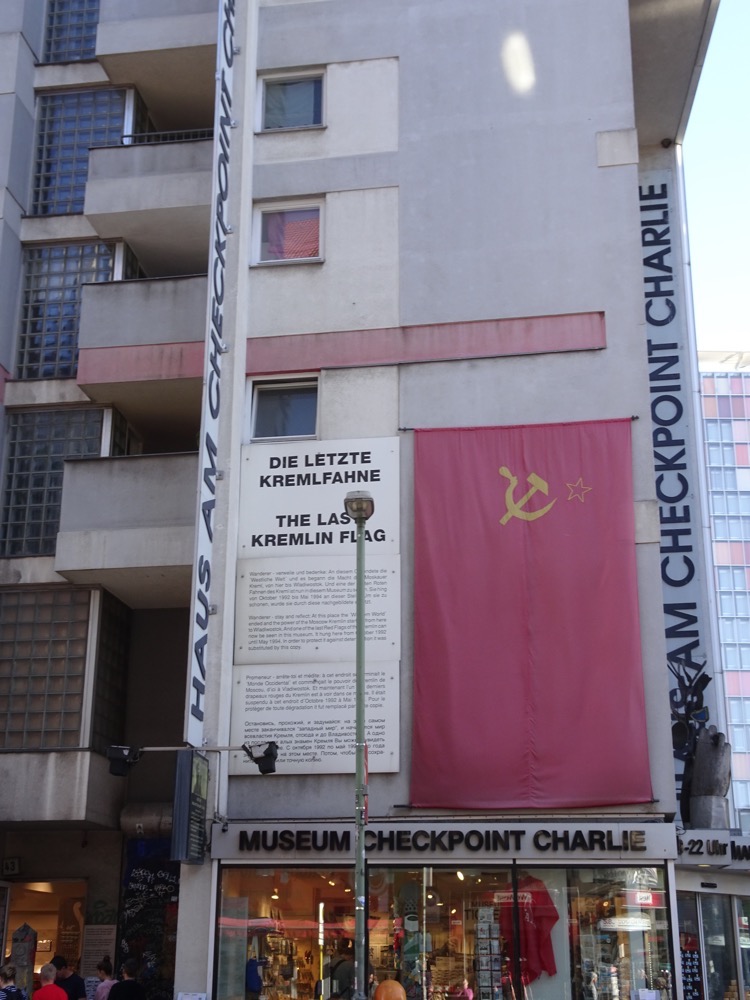 Train stations in Berlin are nowhere near as deep as London, New York or Kyiv and definitely not as pretty as Moscow or St Petersburg – but some of them make a striking statement. At the Checkpoint Charlie end:
Train stations in Berlin are nowhere near as deep as London, New York or Kyiv and definitely not as pretty as Moscow or St Petersburg – but some of them make a striking statement. At the Checkpoint Charlie end: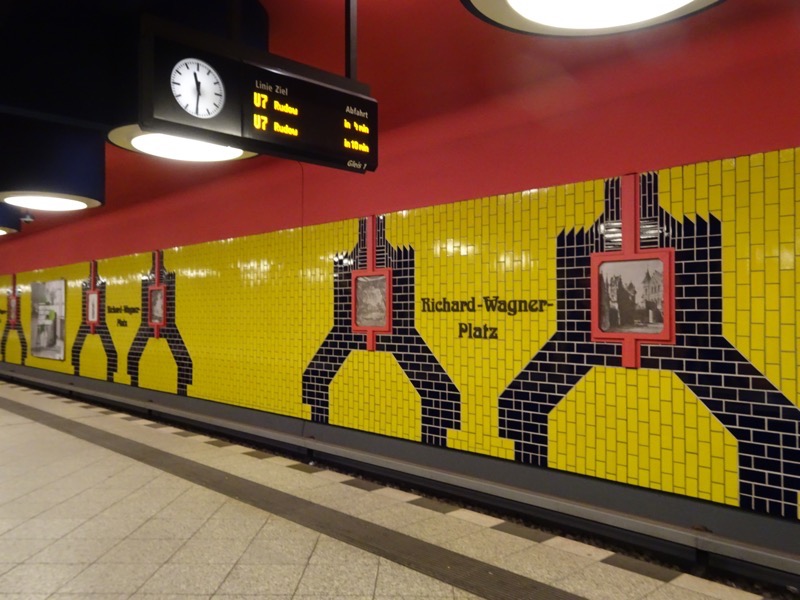 And copies of golden mosaics representing historical rulers of Saxony, Prussia and who knows where else, at the other end.
And copies of golden mosaics representing historical rulers of Saxony, Prussia and who knows where else, at the other end.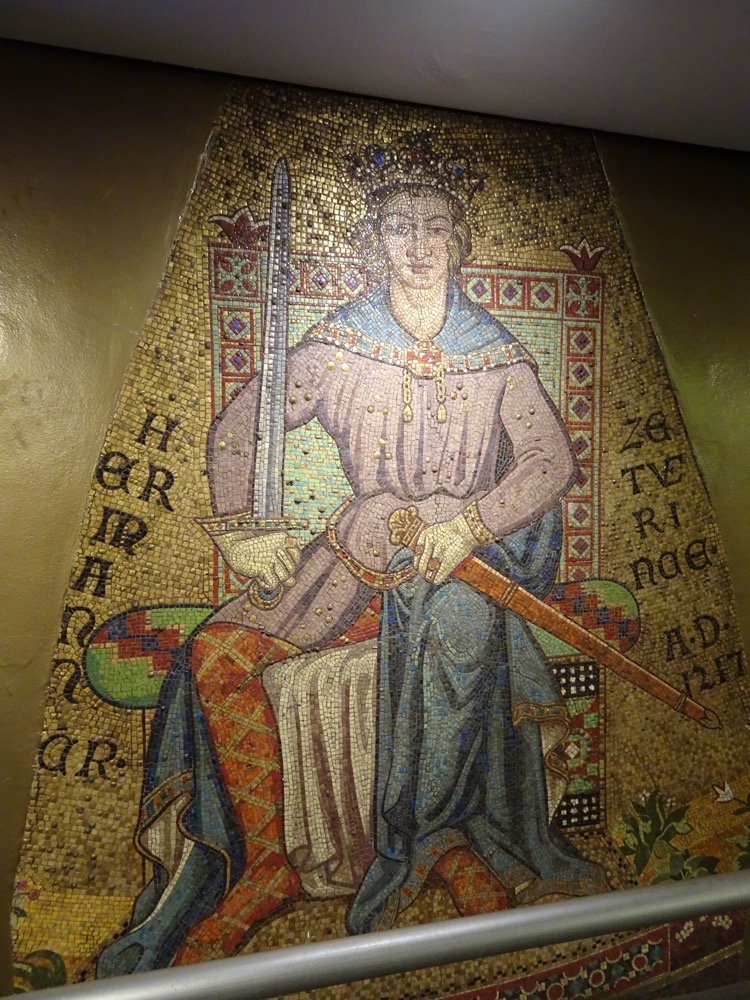
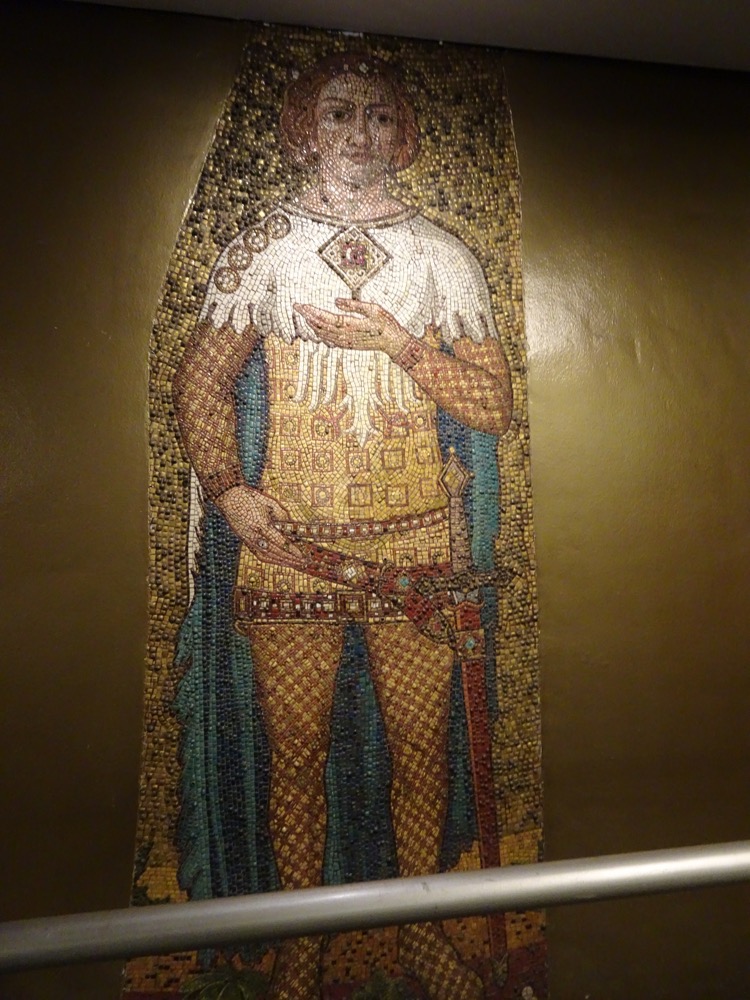 I haven’t managed to photograph many Berlin Bears – whenever we see them, there are usually annoying tourist standing with them for ten minutes or more trying to get that elusive perfect selfie, so we have mostly just passed by them.
I haven’t managed to photograph many Berlin Bears – whenever we see them, there are usually annoying tourist standing with them for ten minutes or more trying to get that elusive perfect selfie, so we have mostly just passed by them.
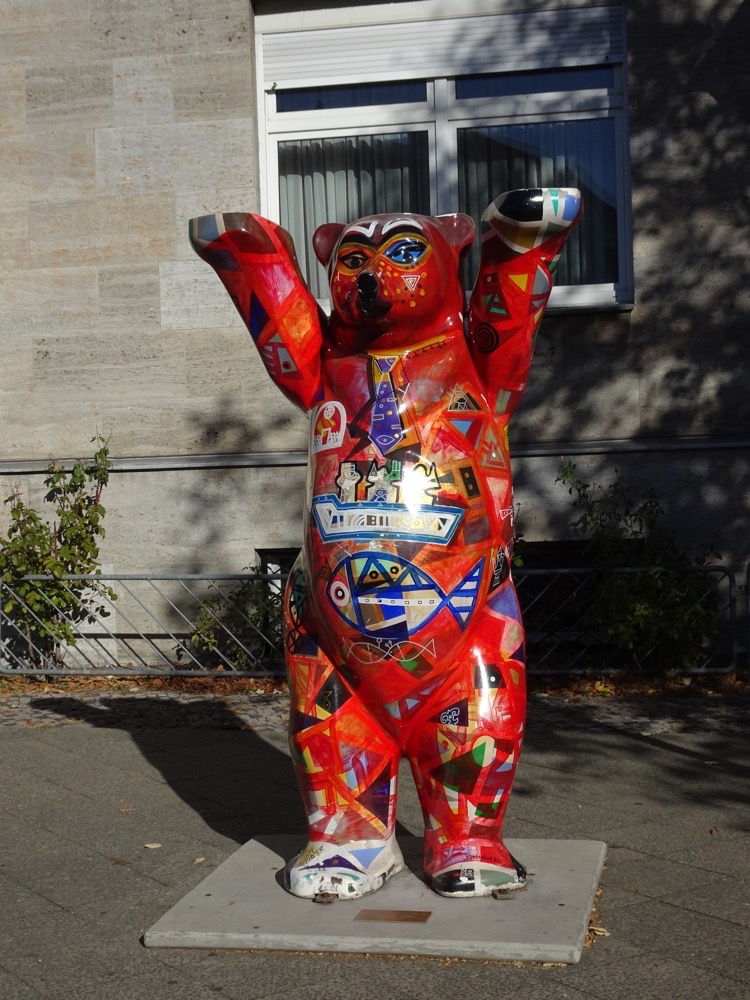 Charlottenburg Palace was originally built at the end of the 17th century, and then expanded upon enormously following century. It is done in extravagant baroque and rococo styles as of course was fitting for the woman who commissioned it, Sophie Charlotte, the wife of Friedrich I who was Elector of Brandenburg at the time.
Charlottenburg Palace was originally built at the end of the 17th century, and then expanded upon enormously following century. It is done in extravagant baroque and rococo styles as of course was fitting for the woman who commissioned it, Sophie Charlotte, the wife of Friedrich I who was Elector of Brandenburg at the time.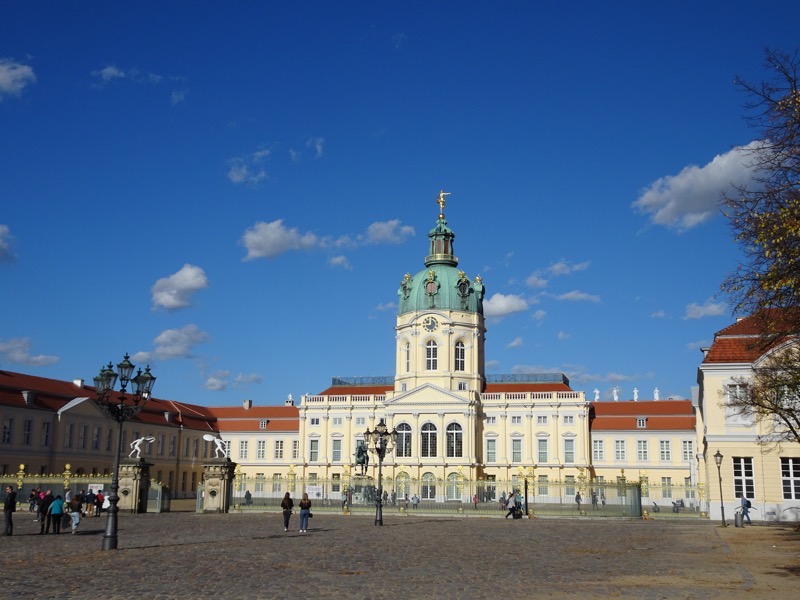 Friedrich crowned himself as King Friedrich I in Prussia in 1701 having two years earlier appointed Johann Friedrich von Eosander to be his royal architect on the extension project. Von Eosander spent a great deal of time in Italy and France studying places like Versailles, and I think that influence is fairly evident. When the royal architect returned in 1702 he put into place his plans to extend the palace to have two large wings and a courtyard in the front, and to also extend the entire length of the main building as well. Poor Sophie Charlotte died in 1705, long before it was finished and Friedrich named the palace, ‘Charlottenburg’ in her memory. Mind you, that’s him up there on that horse right out front of the place… not her.
Friedrich crowned himself as King Friedrich I in Prussia in 1701 having two years earlier appointed Johann Friedrich von Eosander to be his royal architect on the extension project. Von Eosander spent a great deal of time in Italy and France studying places like Versailles, and I think that influence is fairly evident. When the royal architect returned in 1702 he put into place his plans to extend the palace to have two large wings and a courtyard in the front, and to also extend the entire length of the main building as well. Poor Sophie Charlotte died in 1705, long before it was finished and Friedrich named the palace, ‘Charlottenburg’ in her memory. Mind you, that’s him up there on that horse right out front of the place… not her.
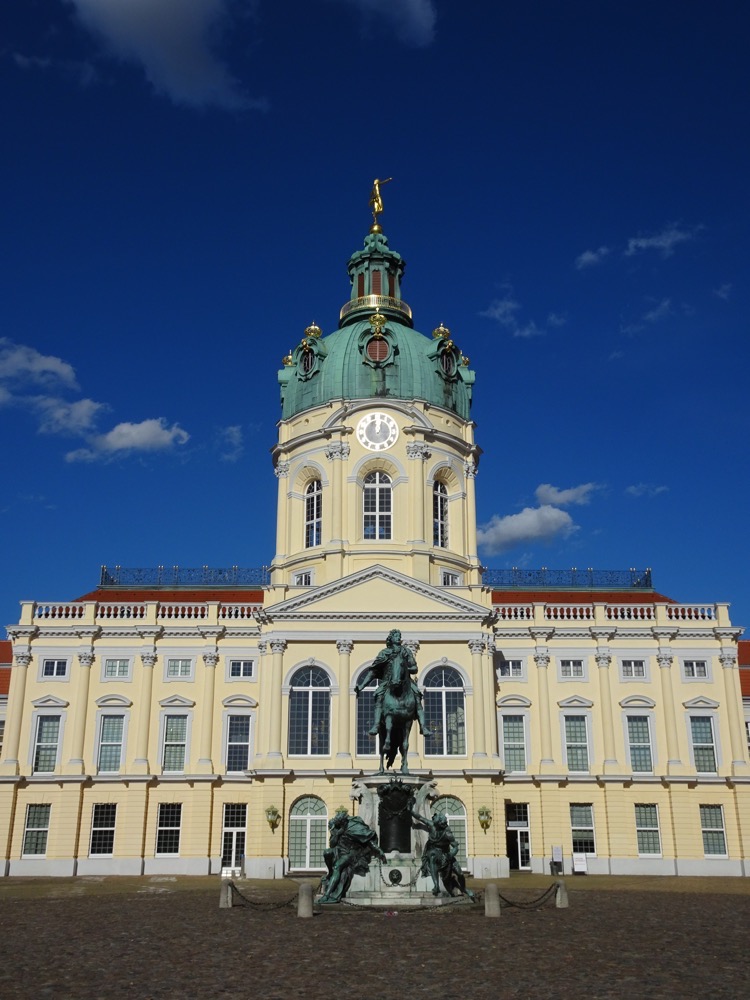 The Orangerie off to the left side of the palace.
The Orangerie off to the left side of the palace.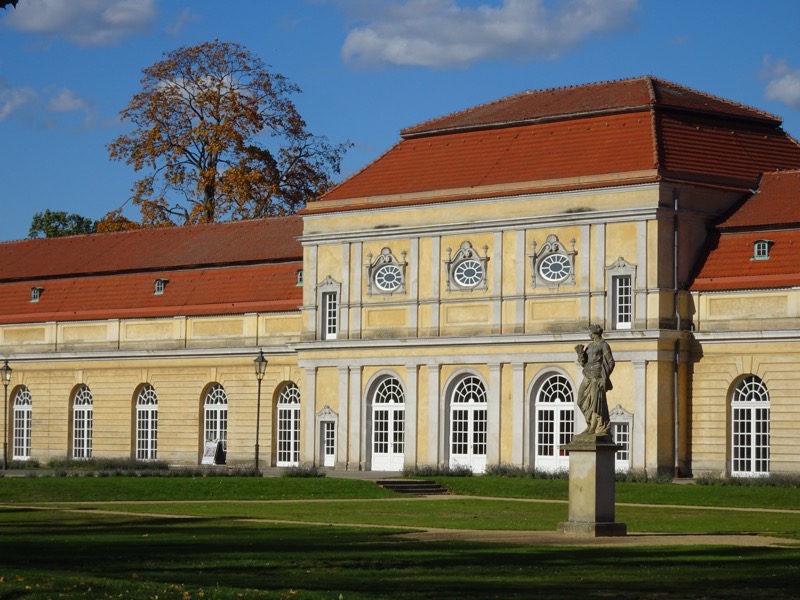 The dressing room to the ‘Mecklenburg Apartment’ which comprises of three rooms that were used to receive relatives from the House of Mecklenburg. The relief images above the doors are all original as are the parquetry floors, the fireplace and wooden panelling.
The dressing room to the ‘Mecklenburg Apartment’ which comprises of three rooms that were used to receive relatives from the House of Mecklenburg. The relief images above the doors are all original as are the parquetry floors, the fireplace and wooden panelling.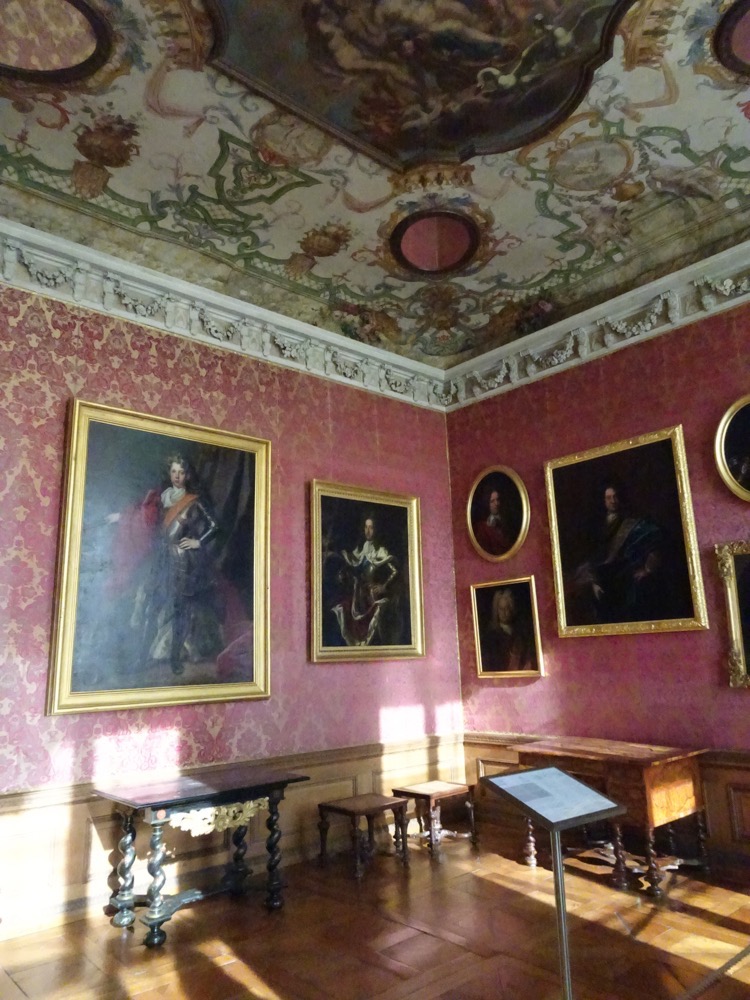
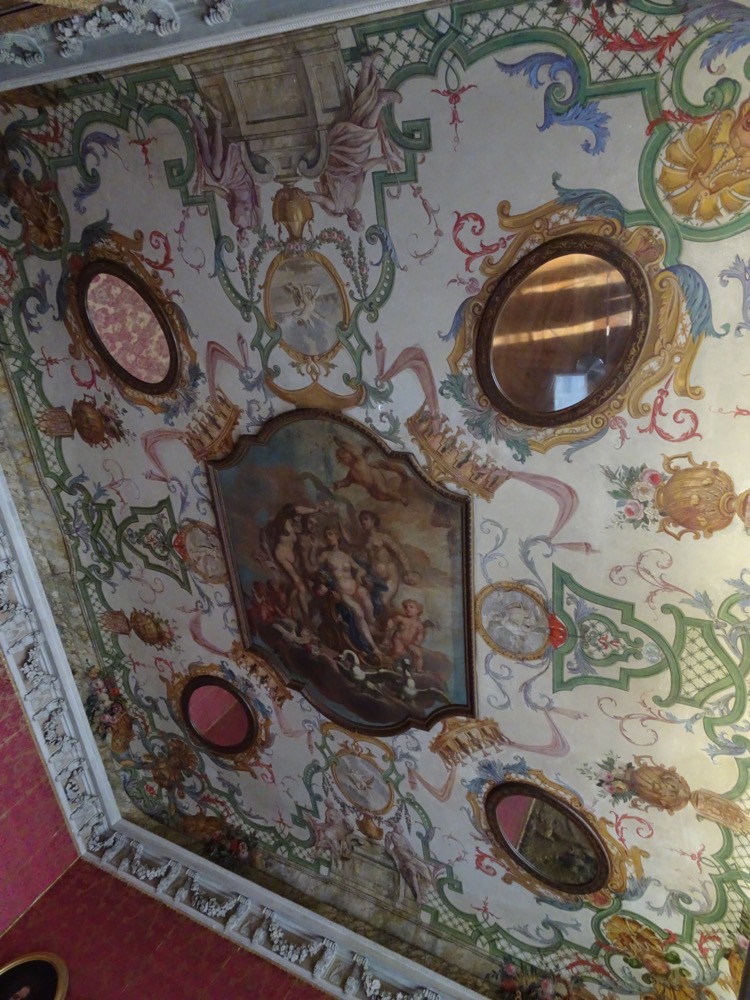
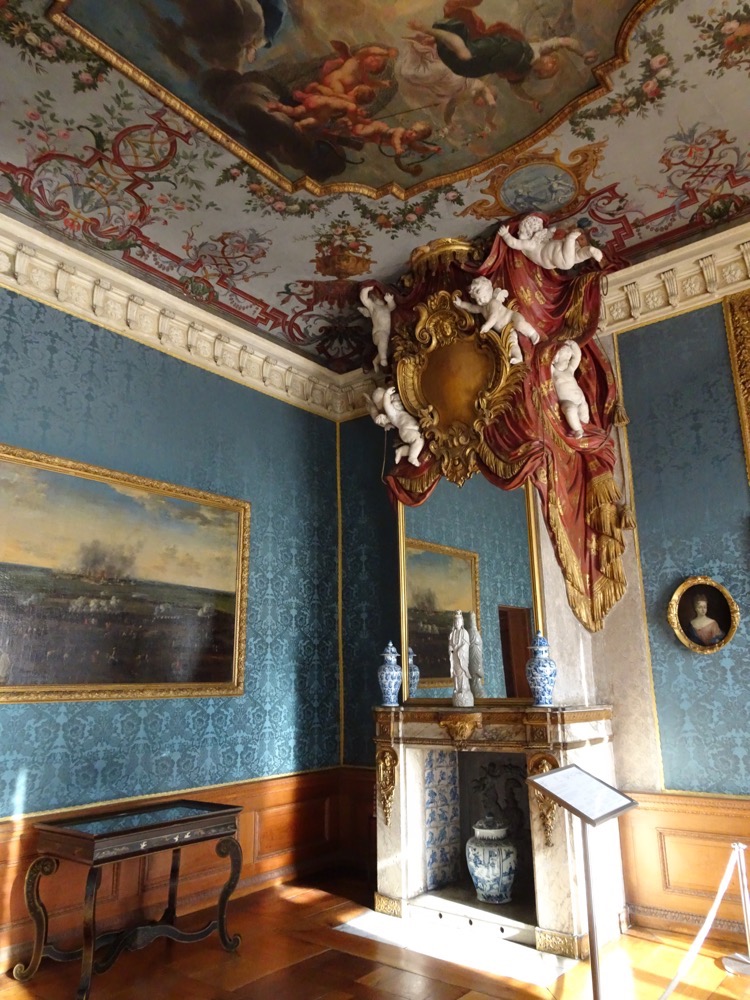
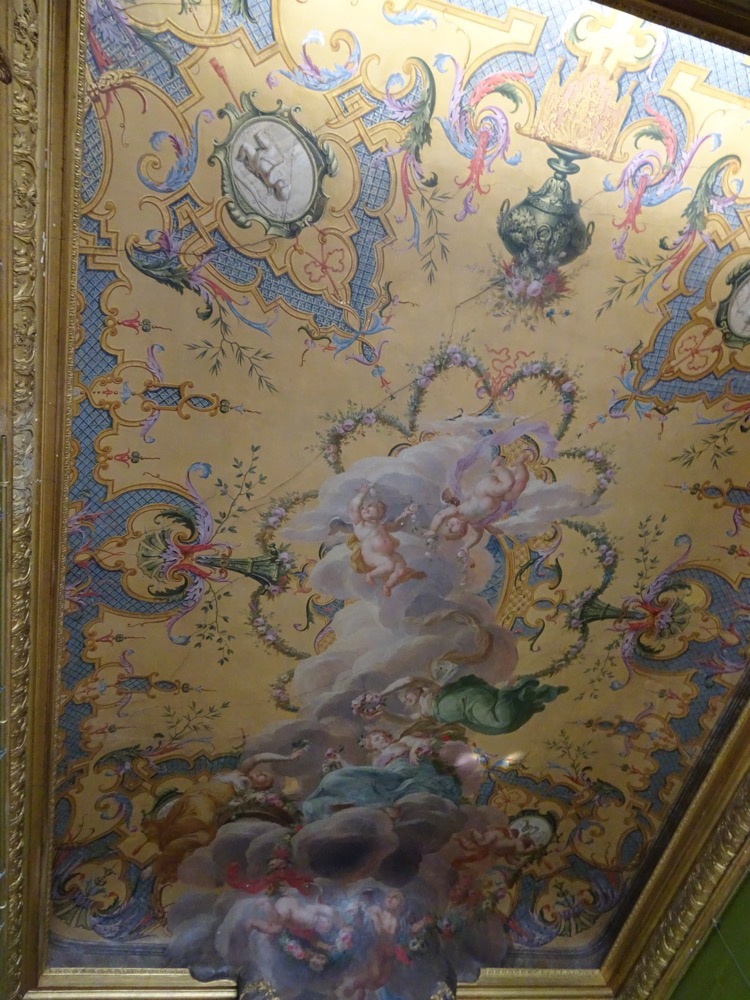
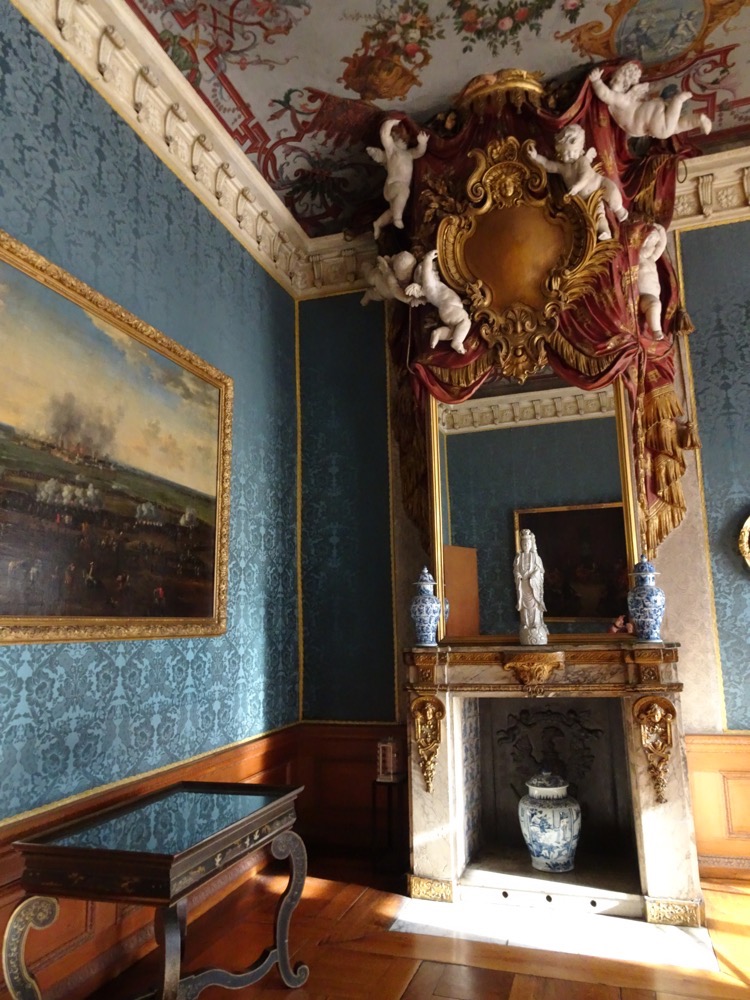 The Old Gallery – this was damaged considerably in 1943, so the oak panelling and the paintings are all copies.
The Old Gallery – this was damaged considerably in 1943, so the oak panelling and the paintings are all copies. 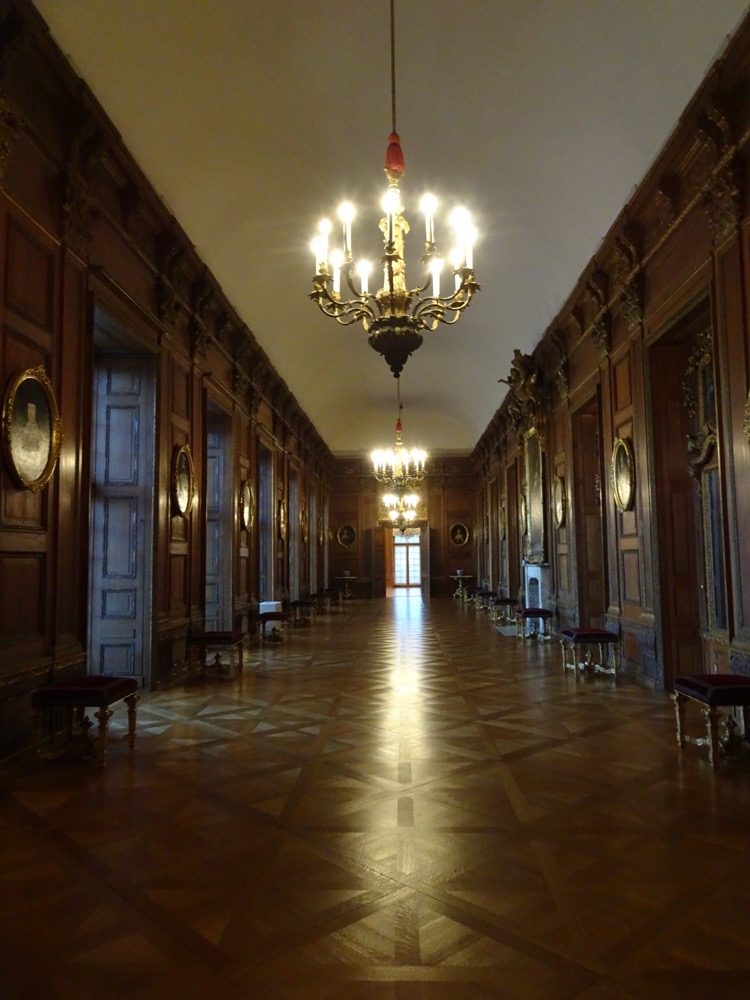 There is a pair of these candlesticks, but they are in vitrines so far apart that it’s nearly impossible to photograph the pair together. They were made for King Frederick William I from the Silver Buffet at the Berlin Palace. The candlesticks were entirely cast in solid silver and are the last items remaining of the Prussian royal palaces’ silver setting. Friedrich apparently placed extensive commissions with the south German master goldsmiths of Auber (more than any other German Prince) and his orders for just three years from 1730 to 1733 included 85 silver objects with a total weight of over 8 tonnes. Only six works have survived including these two (of ten) candlesticks. All the other works were melted down in the mid 1700s and early 1800s. They’re enormous – all monograms and Prussian eagles.
There is a pair of these candlesticks, but they are in vitrines so far apart that it’s nearly impossible to photograph the pair together. They were made for King Frederick William I from the Silver Buffet at the Berlin Palace. The candlesticks were entirely cast in solid silver and are the last items remaining of the Prussian royal palaces’ silver setting. Friedrich apparently placed extensive commissions with the south German master goldsmiths of Auber (more than any other German Prince) and his orders for just three years from 1730 to 1733 included 85 silver objects with a total weight of over 8 tonnes. Only six works have survived including these two (of ten) candlesticks. All the other works were melted down in the mid 1700s and early 1800s. They’re enormous – all monograms and Prussian eagles.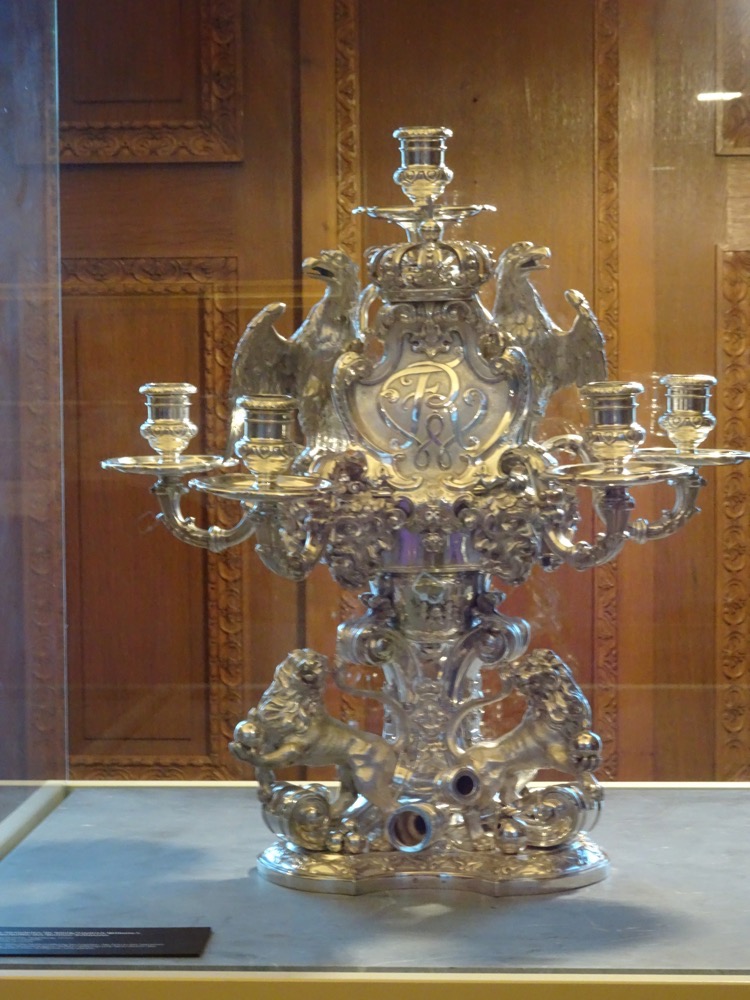
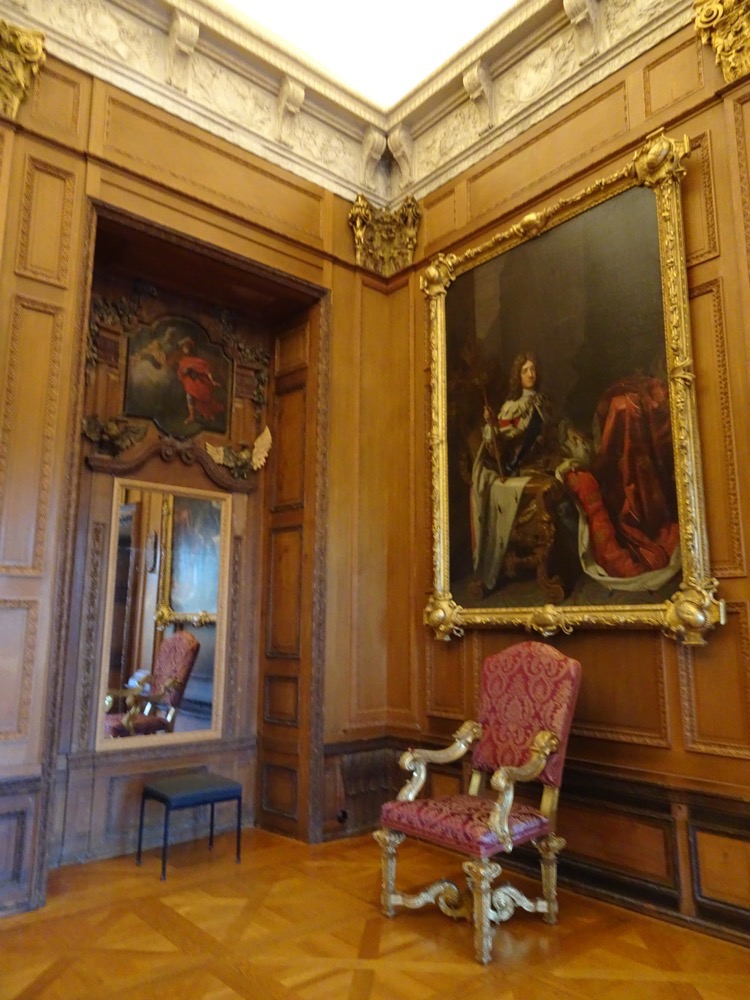 The aptly named, Mirror Panelled Bed Chamber was part of Sophie’s original five room apartments. The mirrors were to reflect the lavish gardens outside.
The aptly named, Mirror Panelled Bed Chamber was part of Sophie’s original five room apartments. The mirrors were to reflect the lavish gardens outside.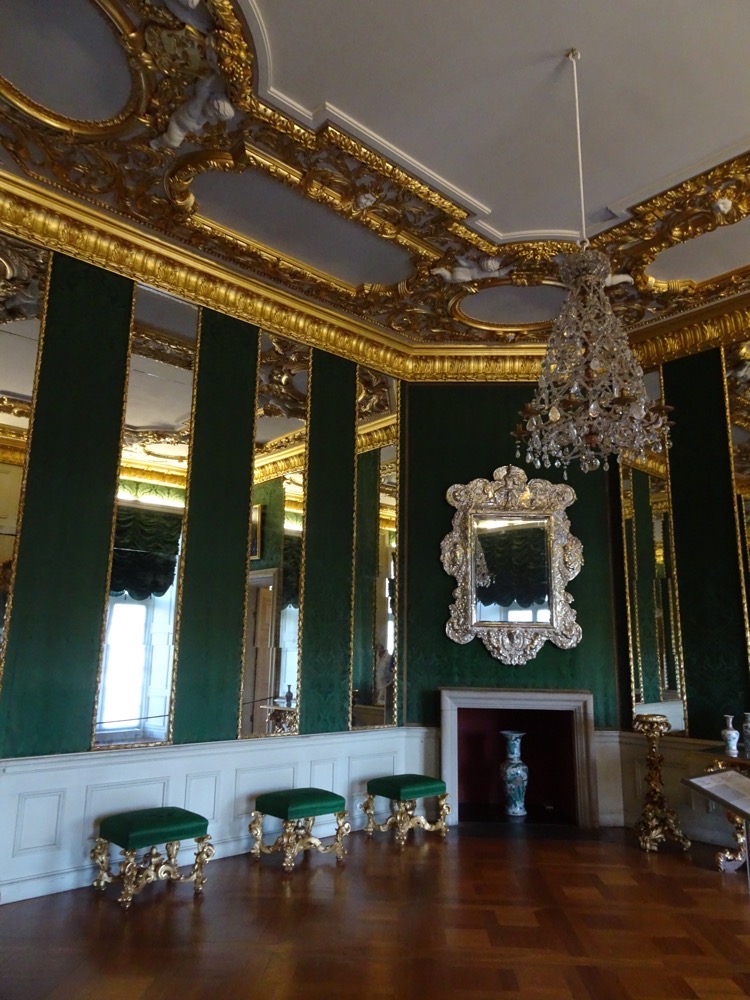 This section of the Palace too, was badly damanged in WWII and has been recreated to be a fair approximation of what was here earlier.
This section of the Palace too, was badly damanged in WWII and has been recreated to be a fair approximation of what was here earlier.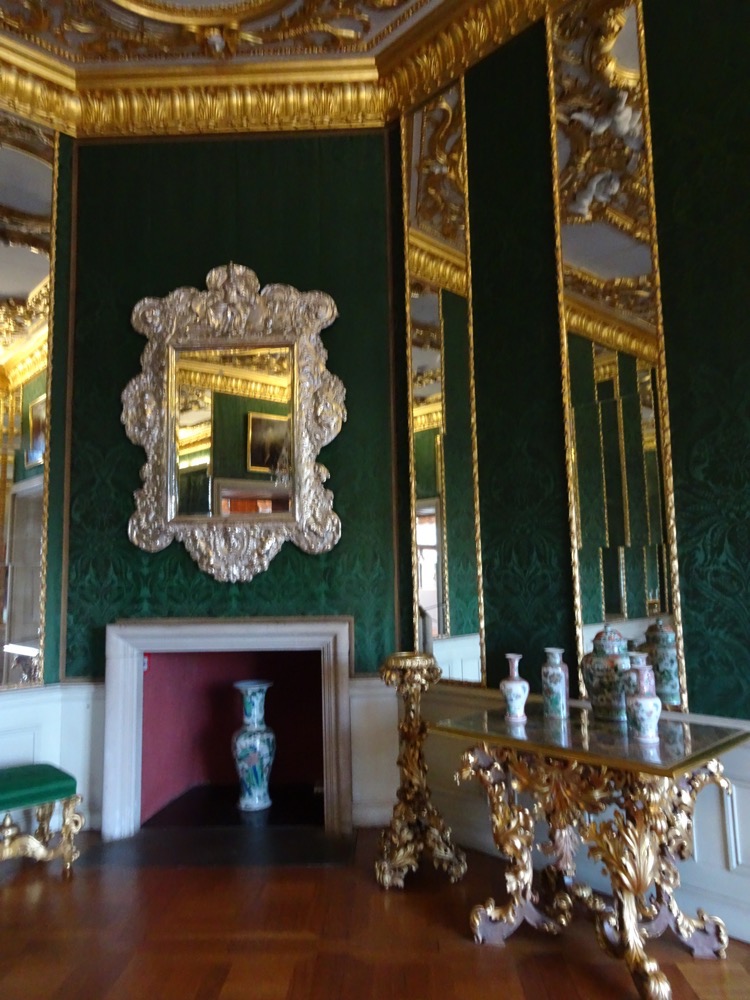
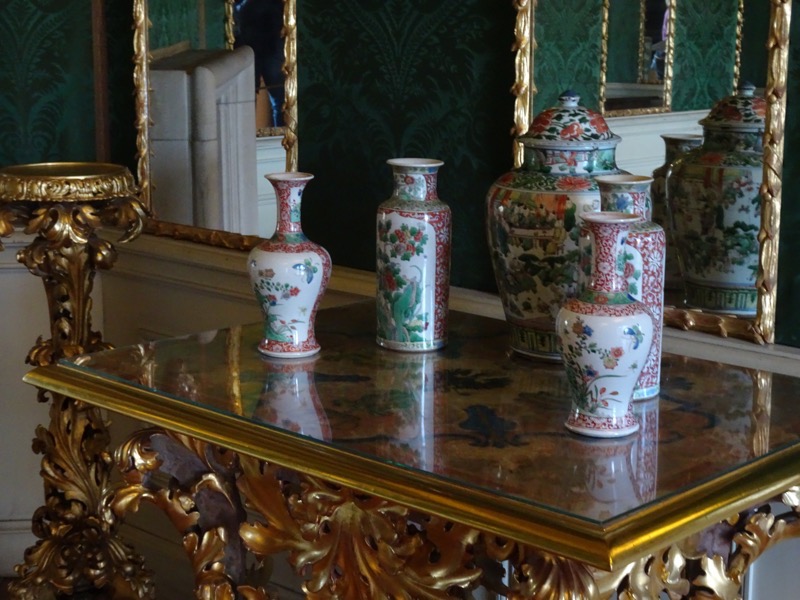 One of Sophie’s antechambers.
One of Sophie’s antechambers.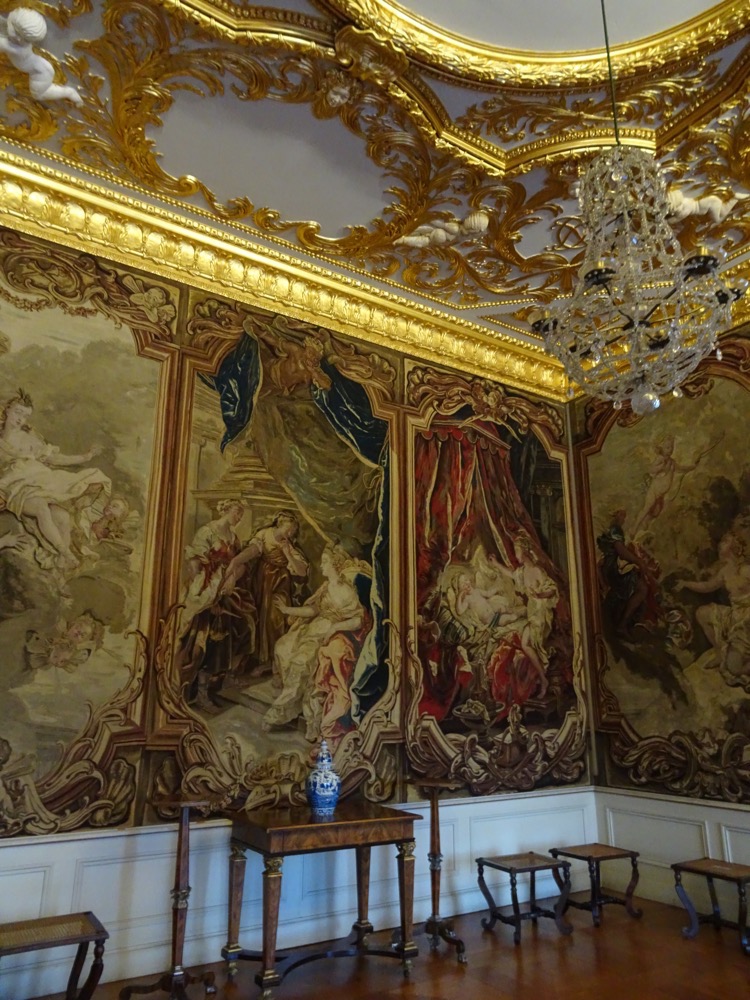
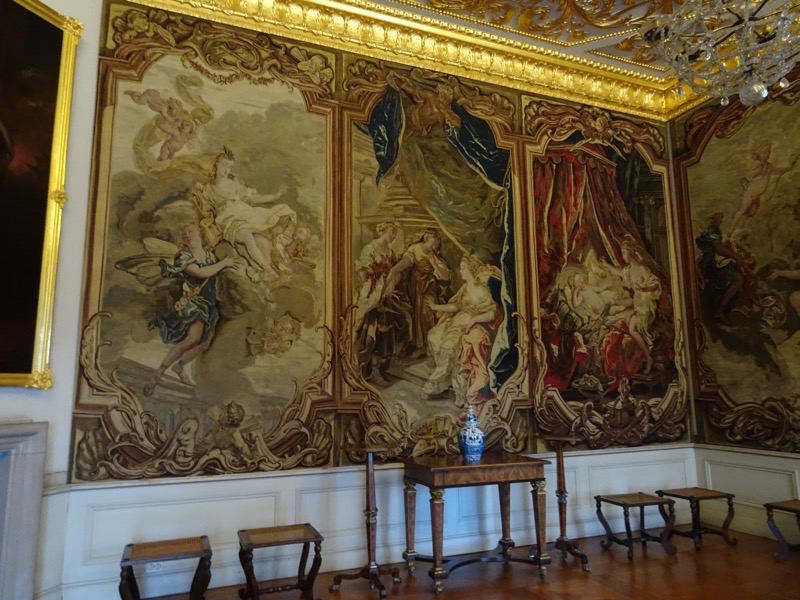 Cupid and Psyche are kinda evident everywhere.
Cupid and Psyche are kinda evident everywhere.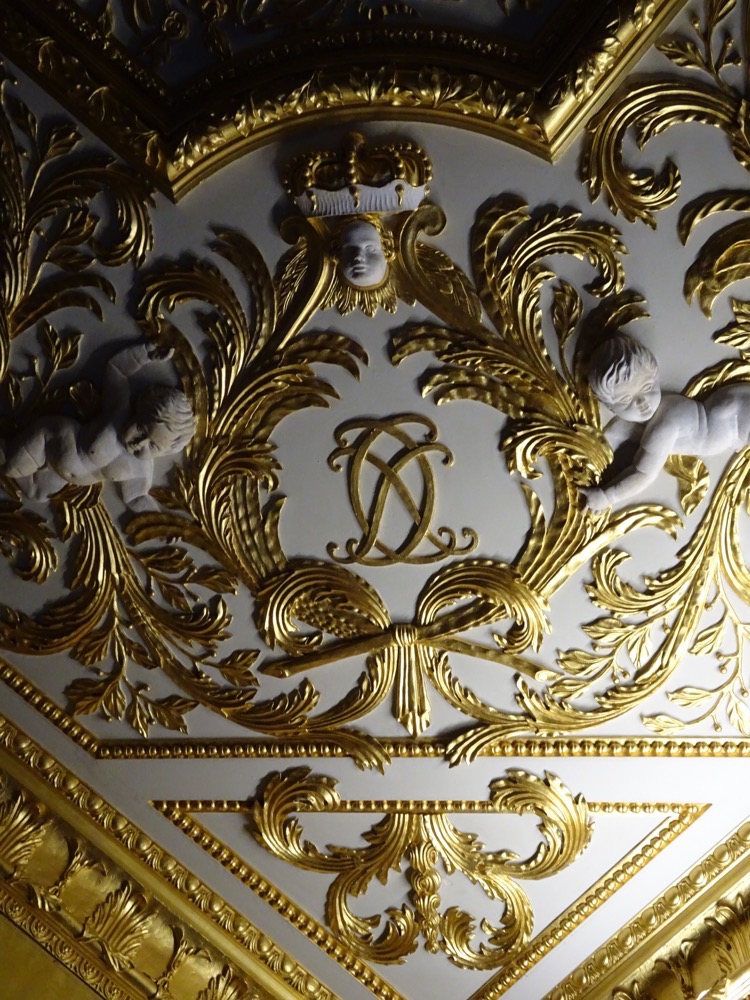 The Long Oval Hall was an entrance and recption area before the palace was extended, after which it became one of Sophie’s private rooms, it has exceptional views out to the gardens. But again was severly damaged in WWII so has also been recreated.
The Long Oval Hall was an entrance and recption area before the palace was extended, after which it became one of Sophie’s private rooms, it has exceptional views out to the gardens. But again was severly damaged in WWII so has also been recreated.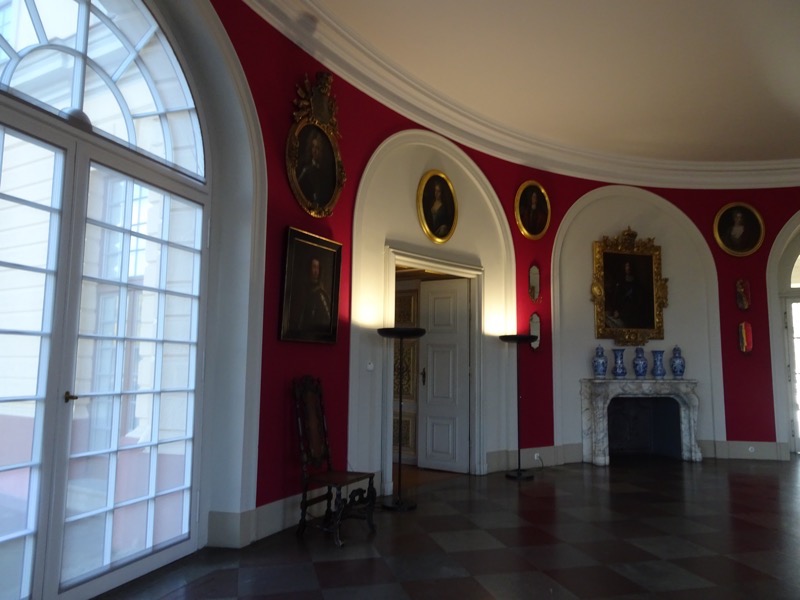 As we moved through the Palace we noticed quite a few chinoiserie ceramics. There seemed to be quite a lot of them for a palace of this style/age… little did we know.
As we moved through the Palace we noticed quite a few chinoiserie ceramics. There seemed to be quite a lot of them for a palace of this style/age… little did we know.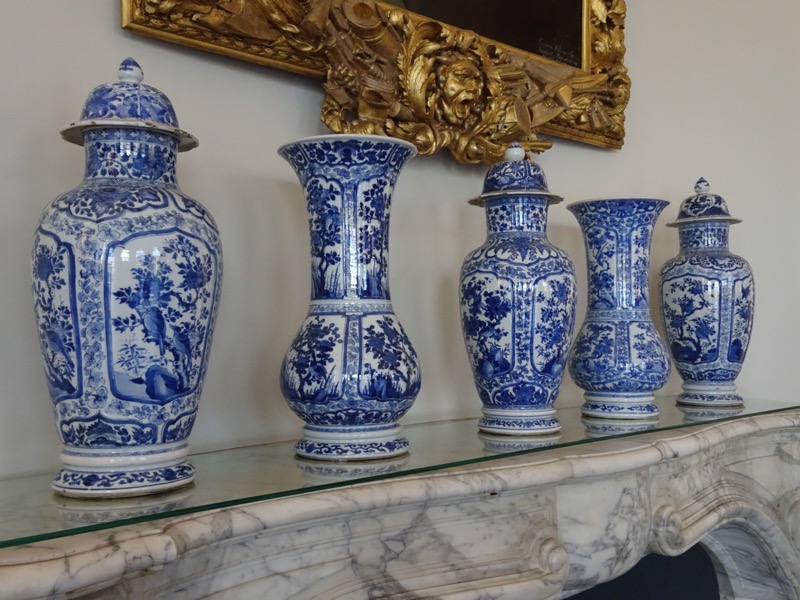 The Long Oval overlooked the formal gardens.
The Long Oval overlooked the formal gardens.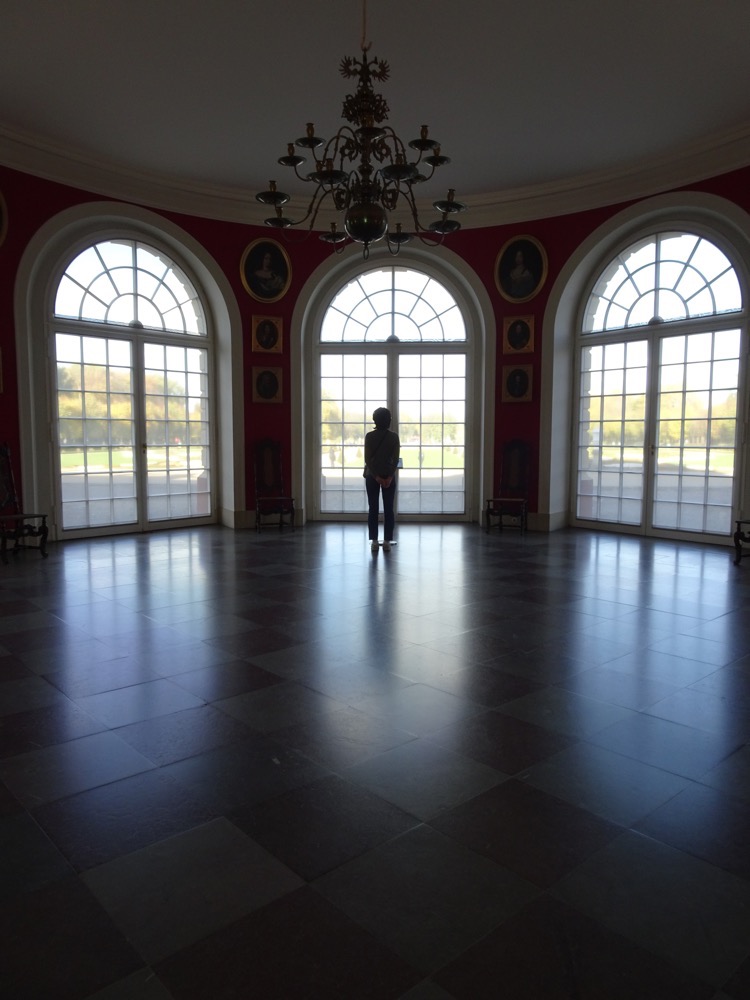
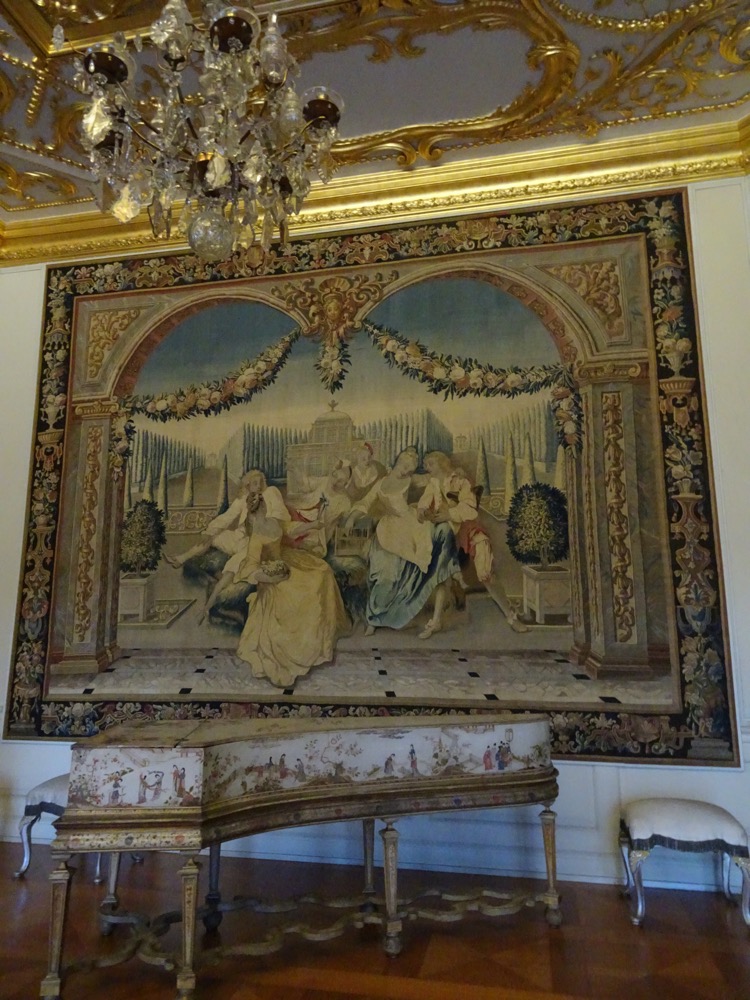 After Sophie’s death, Frederick used her second antechamber as a small audience chamber. The tapestries were added in 1740 by his grandson, however, all in here was also damaged so is copied or reconstructed. One of the placards I read in here said all the fireplaces had been deliberately built to have consoles for displaying porcelain.
After Sophie’s death, Frederick used her second antechamber as a small audience chamber. The tapestries were added in 1740 by his grandson, however, all in here was also damaged so is copied or reconstructed. One of the placards I read in here said all the fireplaces had been deliberately built to have consoles for displaying porcelain.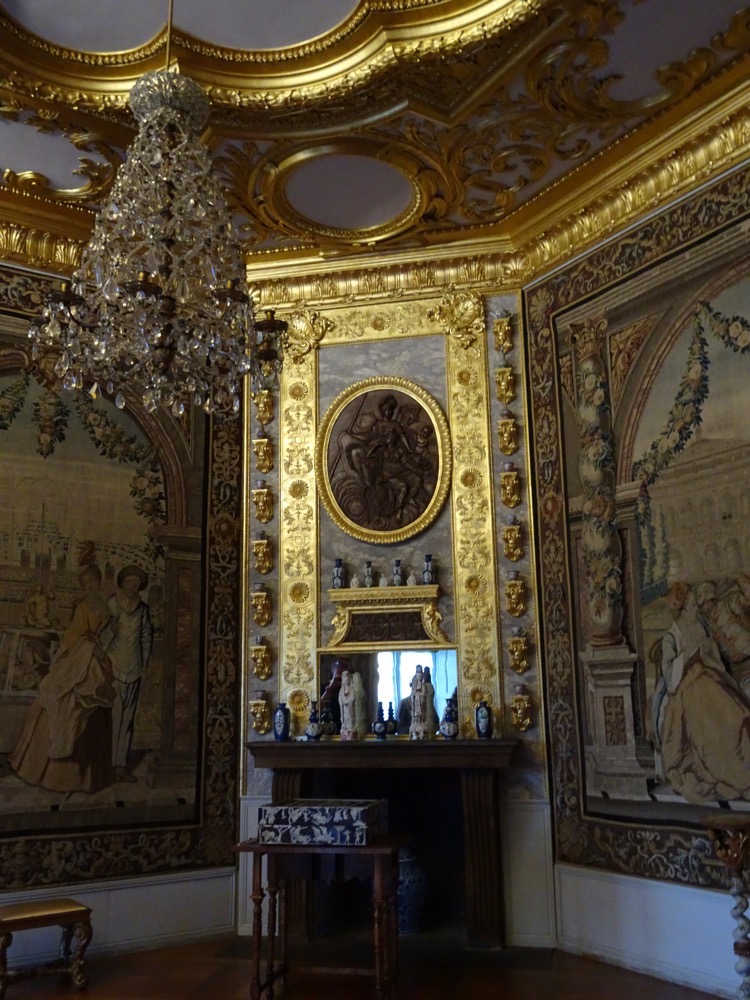
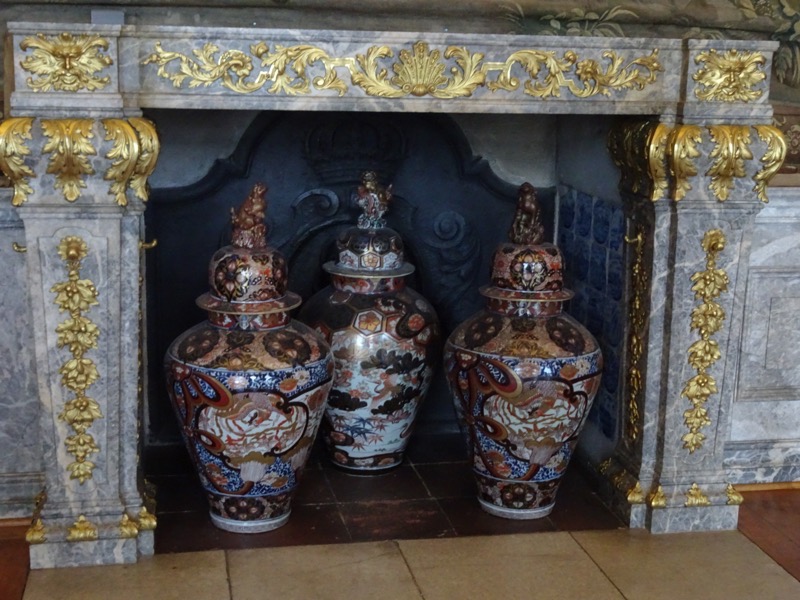
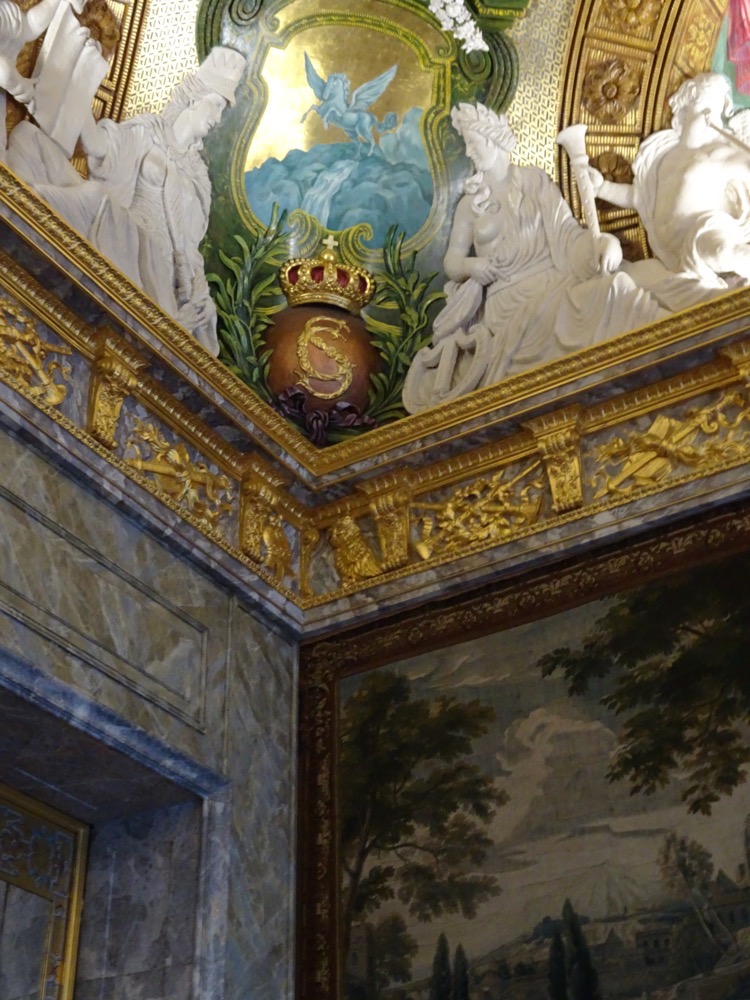 Another audience chamber, also demonstrating their particular fondness for ceramics.
Another audience chamber, also demonstrating their particular fondness for ceramics.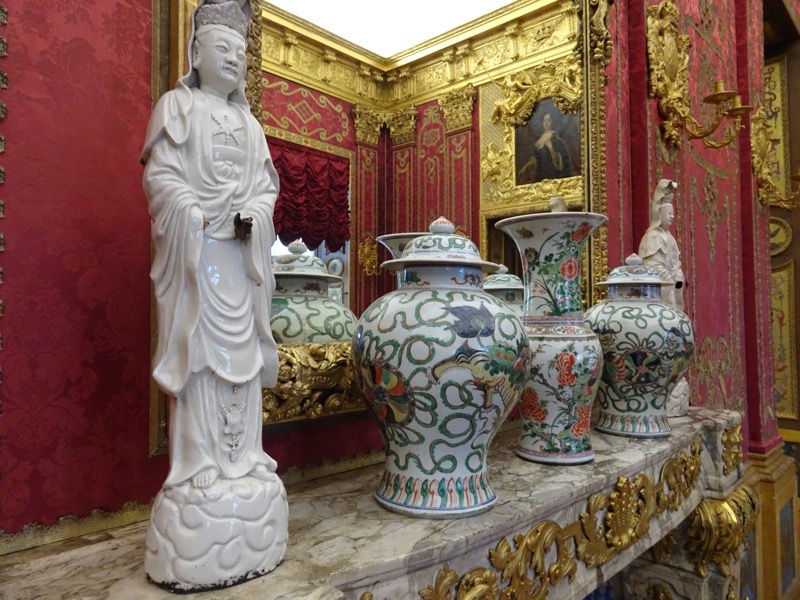
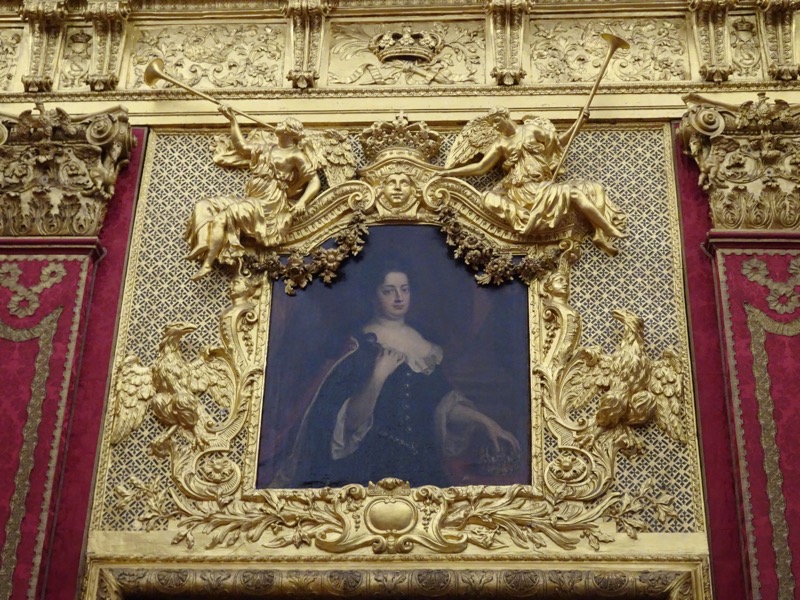 And a third audience chamber… there was little to indicate whether all these audience chambers served different purposes or were for people of varying levels of acquaintance (well nothing I saw in English anyway). However, this room indicated that it was for private audiences with intimate members of the family and the King and his guest would have chairs of equal size. It also had the most amazing ceiling that is painted on canvas and survived the war, so it is the original art.
And a third audience chamber… there was little to indicate whether all these audience chambers served different purposes or were for people of varying levels of acquaintance (well nothing I saw in English anyway). However, this room indicated that it was for private audiences with intimate members of the family and the King and his guest would have chairs of equal size. It also had the most amazing ceiling that is painted on canvas and survived the war, so it is the original art.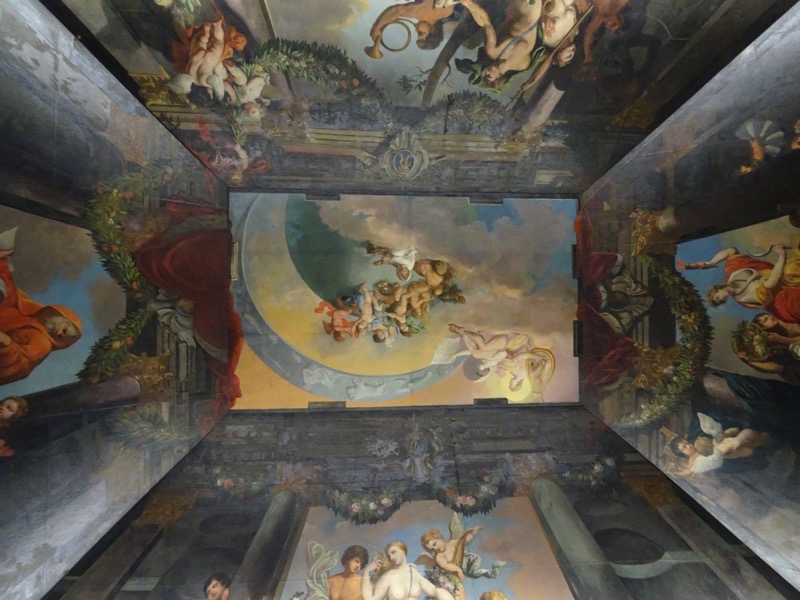 and more porcelain of course.
and more porcelain of course.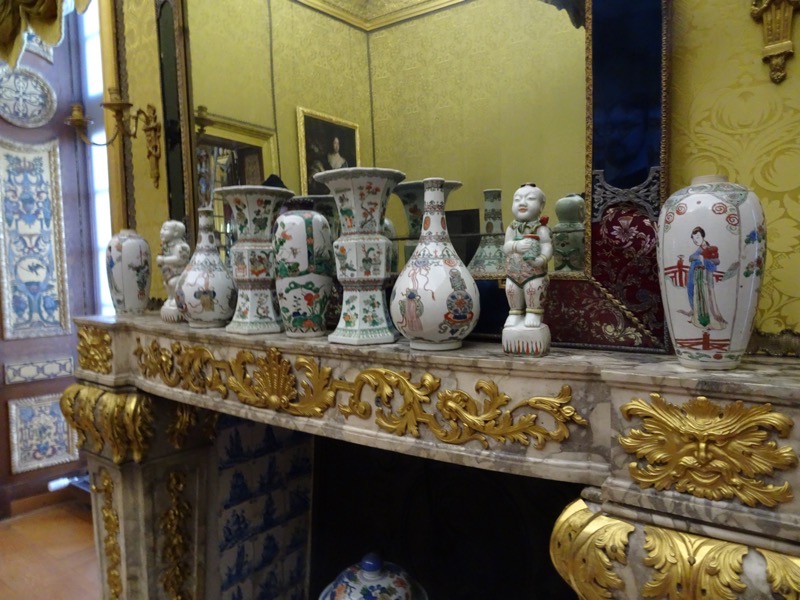
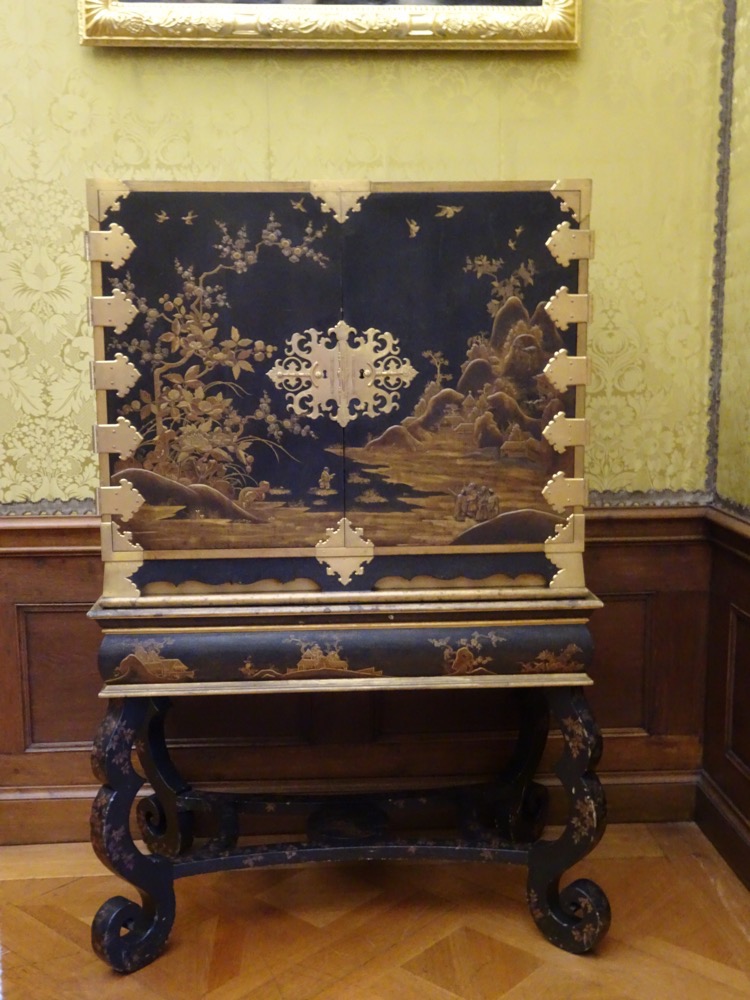 Which then led into ‘the Porcelain Cabinet’
Which then led into ‘the Porcelain Cabinet’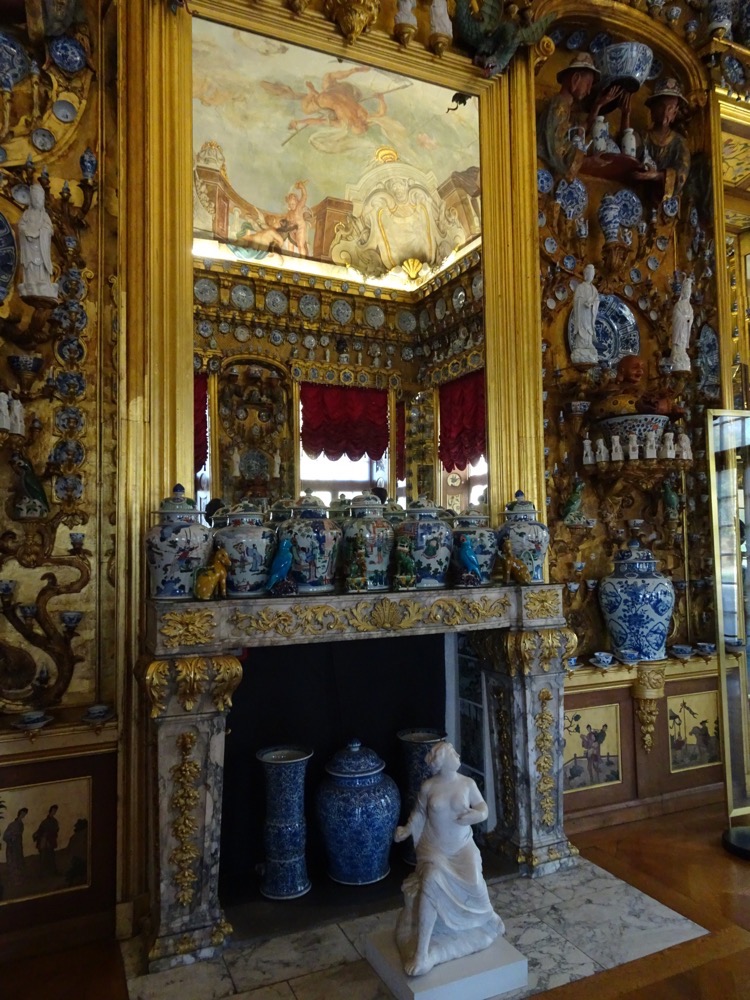 “The Porcelain Cabinet is the magnificent highlight of the 140m long flight of rooms on the palace’s garden side. However, when Sophie Charlotte died in 1705, the construction works were by no means finished and were not in fact completed until 1706. The walls have been designed in a way that shows the porcelain and figural motifs off to their best advantage. The ceiling murals painted in 1706 by Anthonie Coxie, are allegorical images glorifying the rise of the Prussian royal dynasty. The Cabinet was heavily damaged in 1943 and restored in 1967.”
“The Porcelain Cabinet is the magnificent highlight of the 140m long flight of rooms on the palace’s garden side. However, when Sophie Charlotte died in 1705, the construction works were by no means finished and were not in fact completed until 1706. The walls have been designed in a way that shows the porcelain and figural motifs off to their best advantage. The ceiling murals painted in 1706 by Anthonie Coxie, are allegorical images glorifying the rise of the Prussian royal dynasty. The Cabinet was heavily damaged in 1943 and restored in 1967.”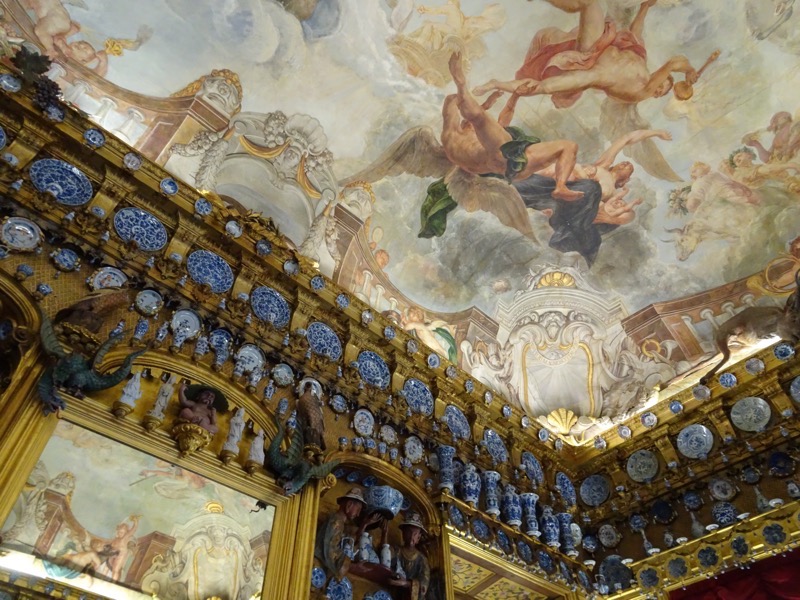 My how our sensibilities of what is ‘beautiful’ has changed.
My how our sensibilities of what is ‘beautiful’ has changed.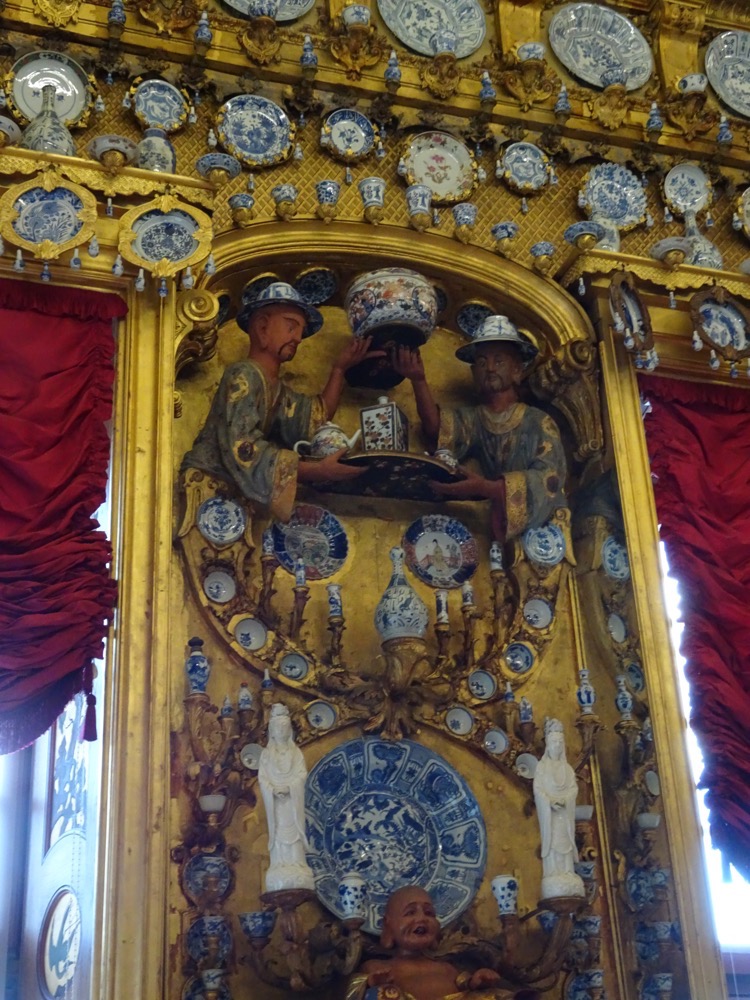
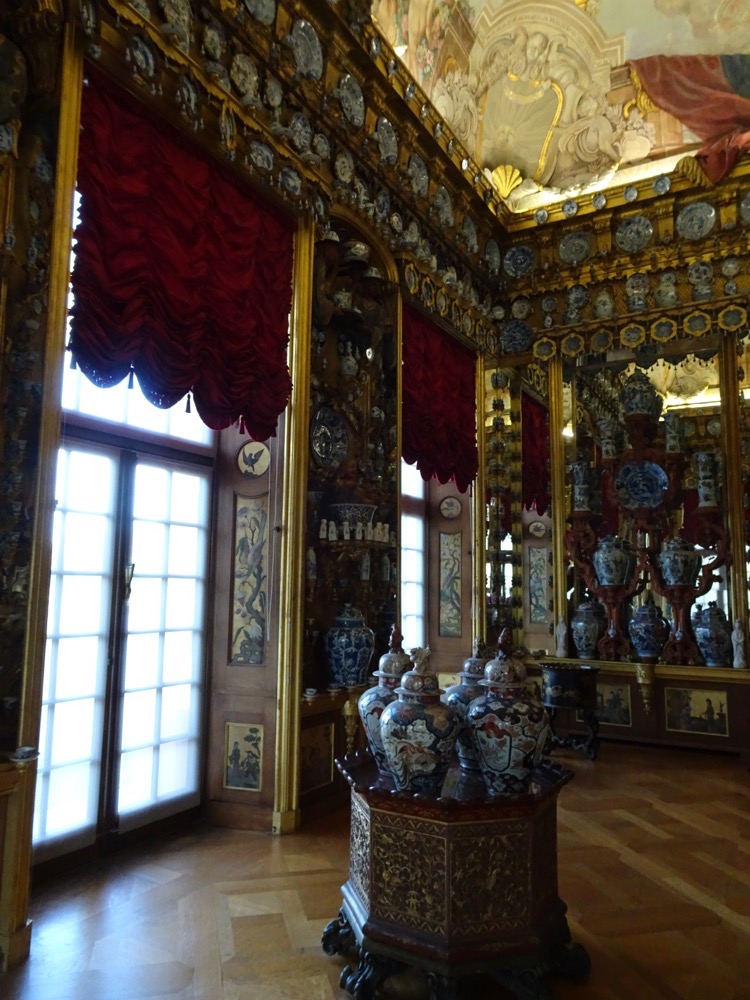 Next to the Porcelain Cabinet is the Royal Chapel – lavishly gilded and heavily ornamented.
Next to the Porcelain Cabinet is the Royal Chapel – lavishly gilded and heavily ornamented.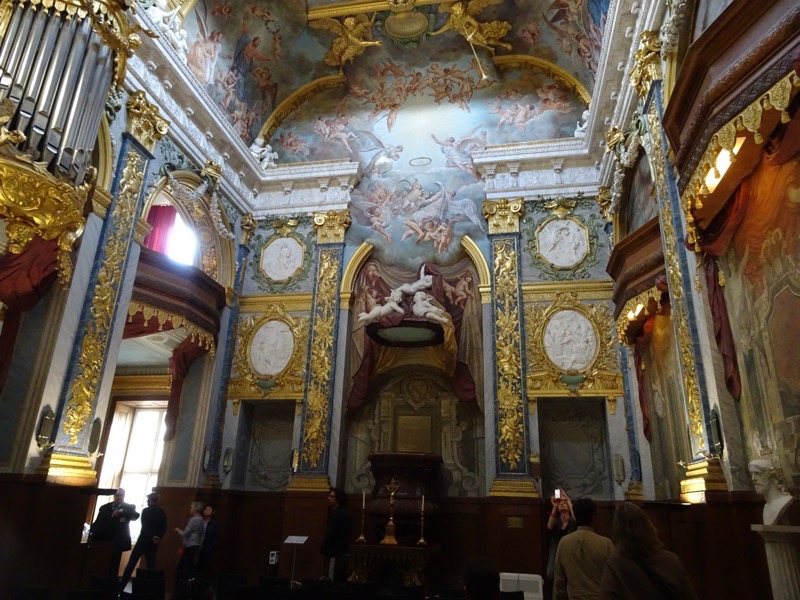
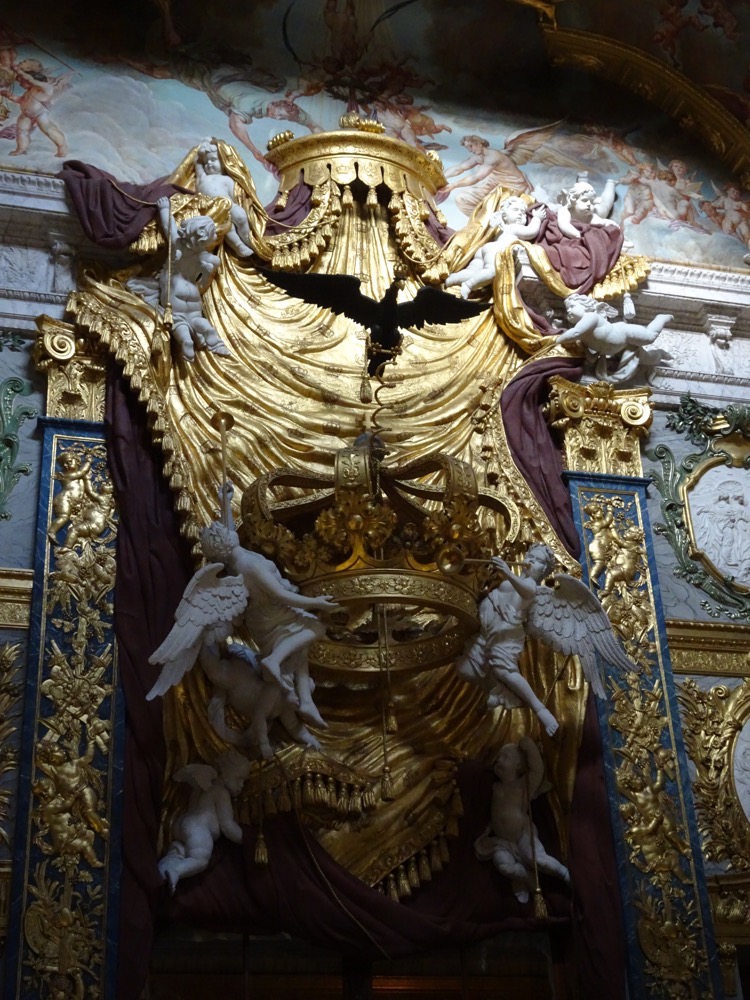
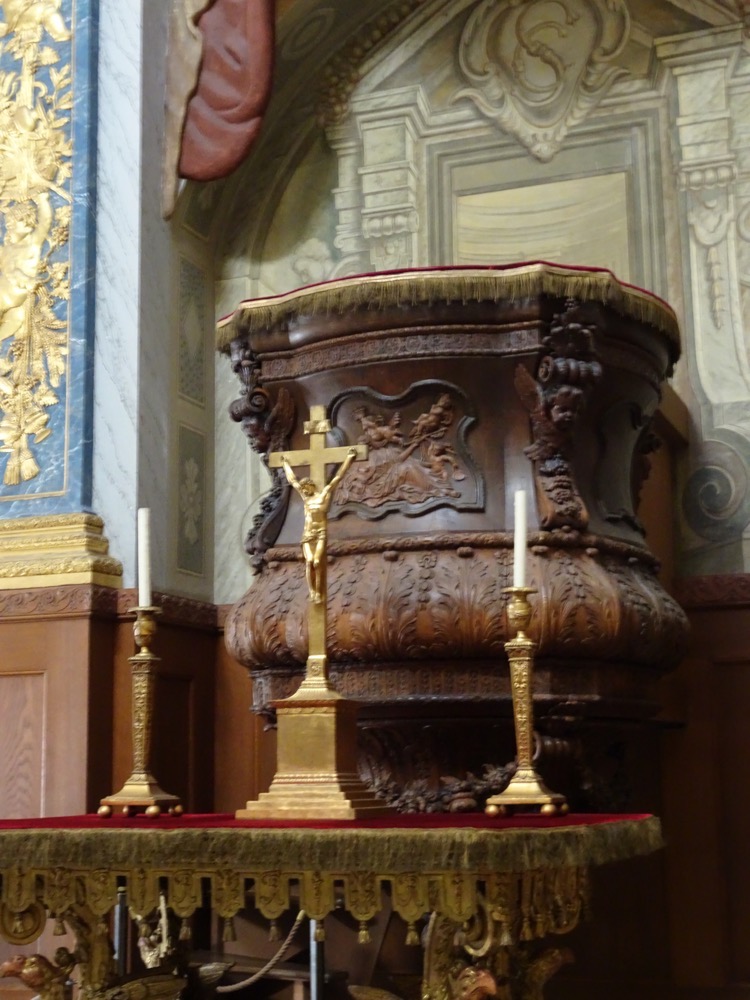 With its own miniature pipe organ.
With its own miniature pipe organ.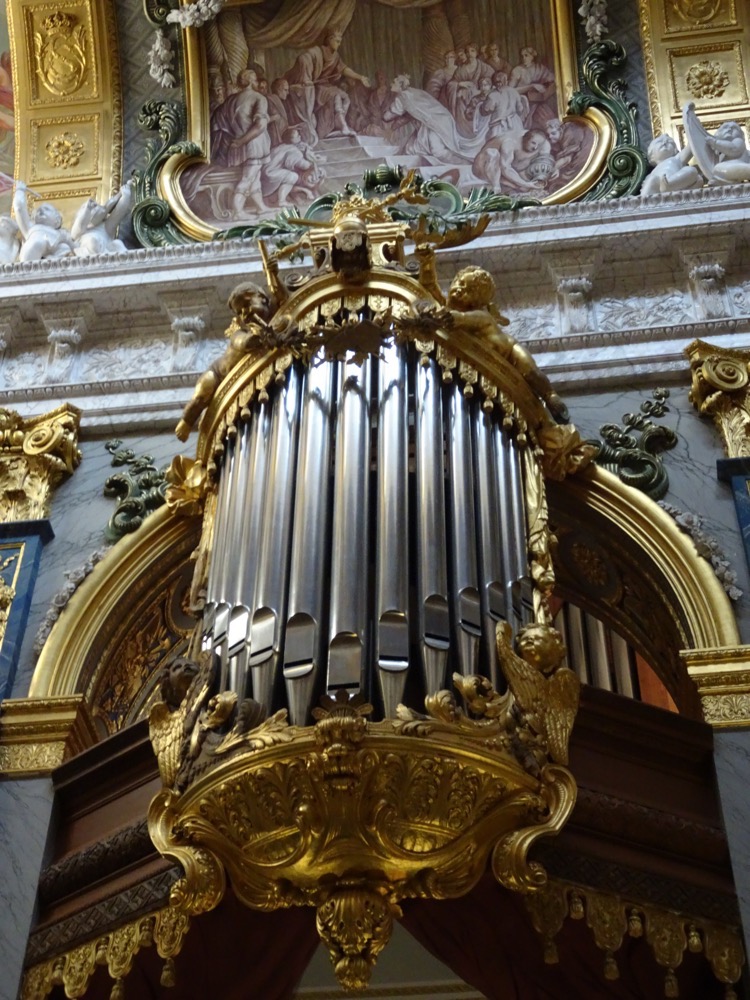 Portrait gallery on the way out.
Portrait gallery on the way out.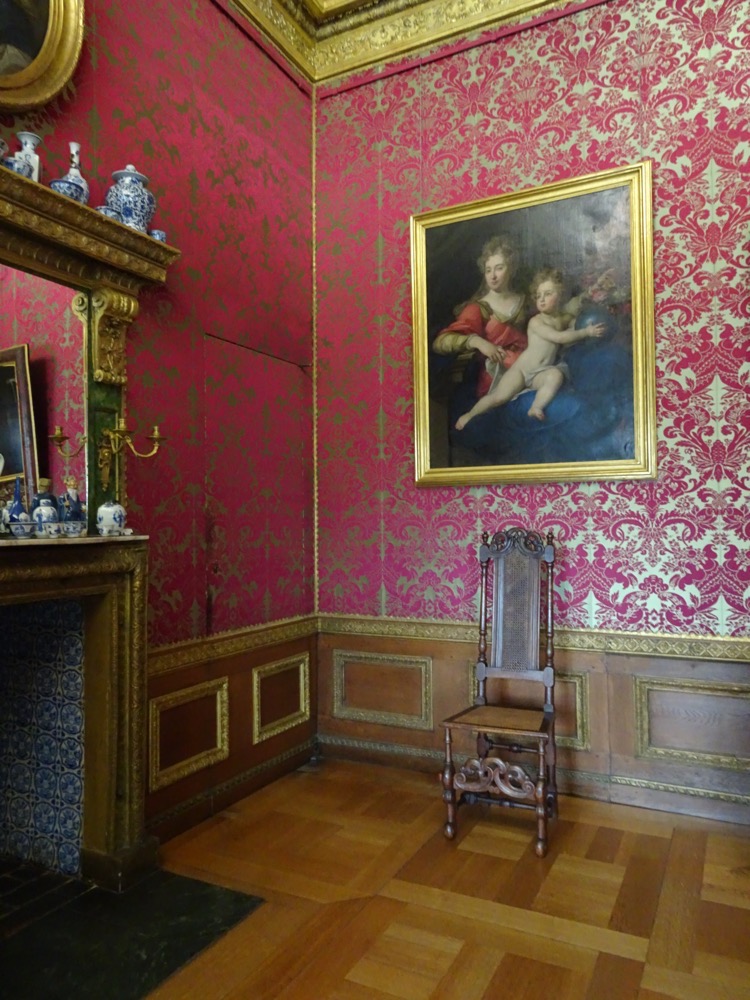
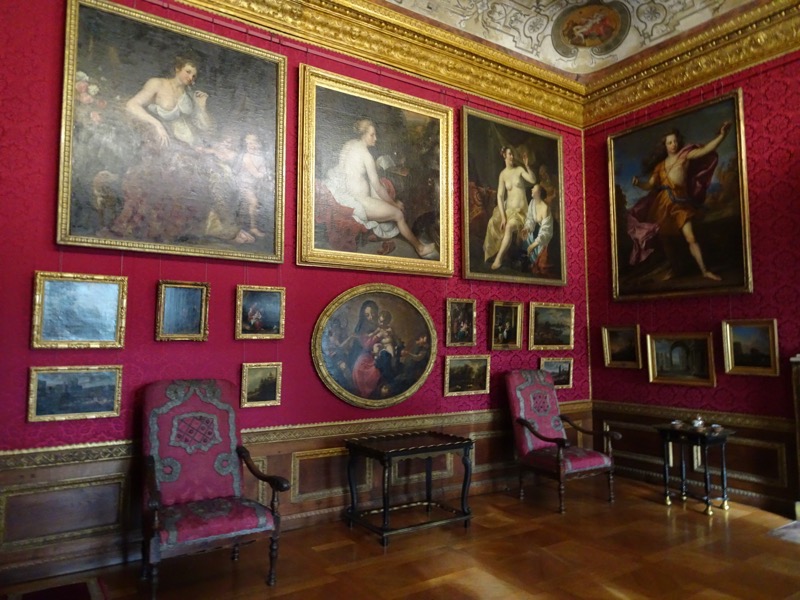
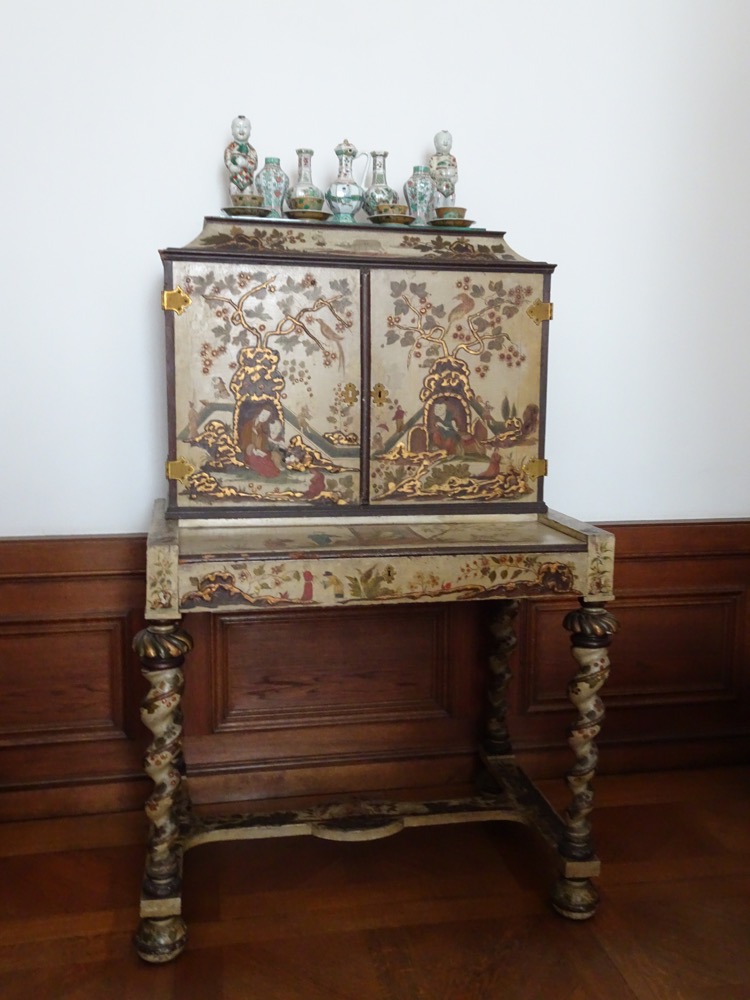 You exit through a servants entrance cleverly hidden under the stairs. The tour is supposed to continue on through the upper apartments, but there is a rope telling us it is closed. This is most likely due to the fact that it is October and they don’t want to staff the entire Palace for the winter, so we missed out on another 140m of lavish apartments upstairs.
You exit through a servants entrance cleverly hidden under the stairs. The tour is supposed to continue on through the upper apartments, but there is a rope telling us it is closed. This is most likely due to the fact that it is October and they don’t want to staff the entire Palace for the winter, so we missed out on another 140m of lavish apartments upstairs.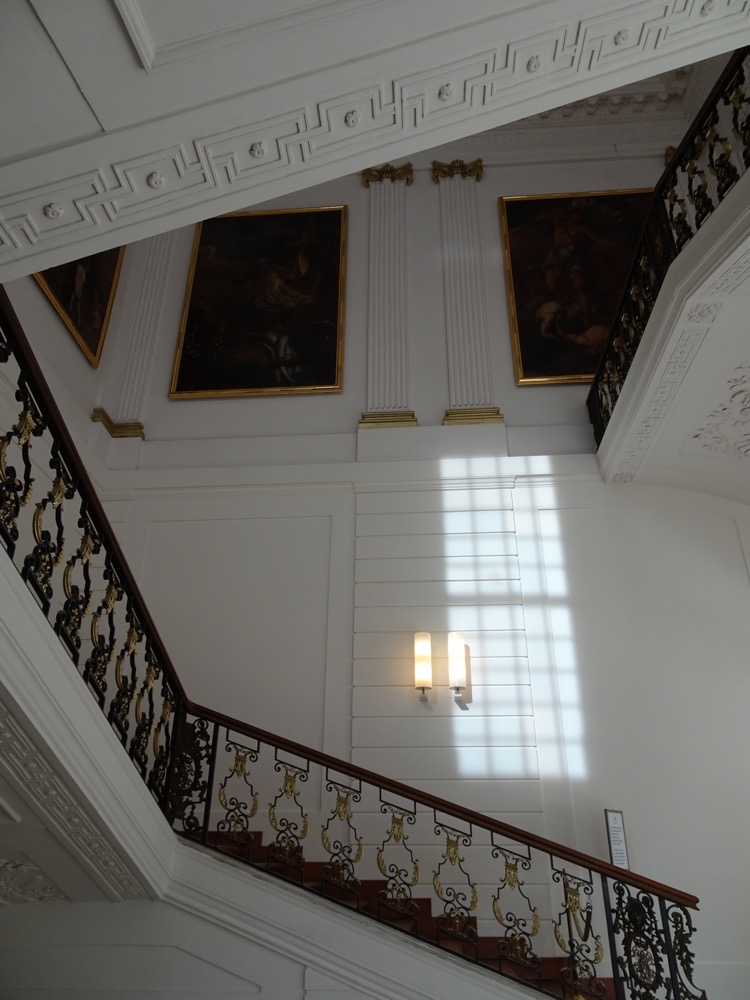 The weather had turned ‘moody’ while we were inside.
The weather had turned ‘moody’ while we were inside.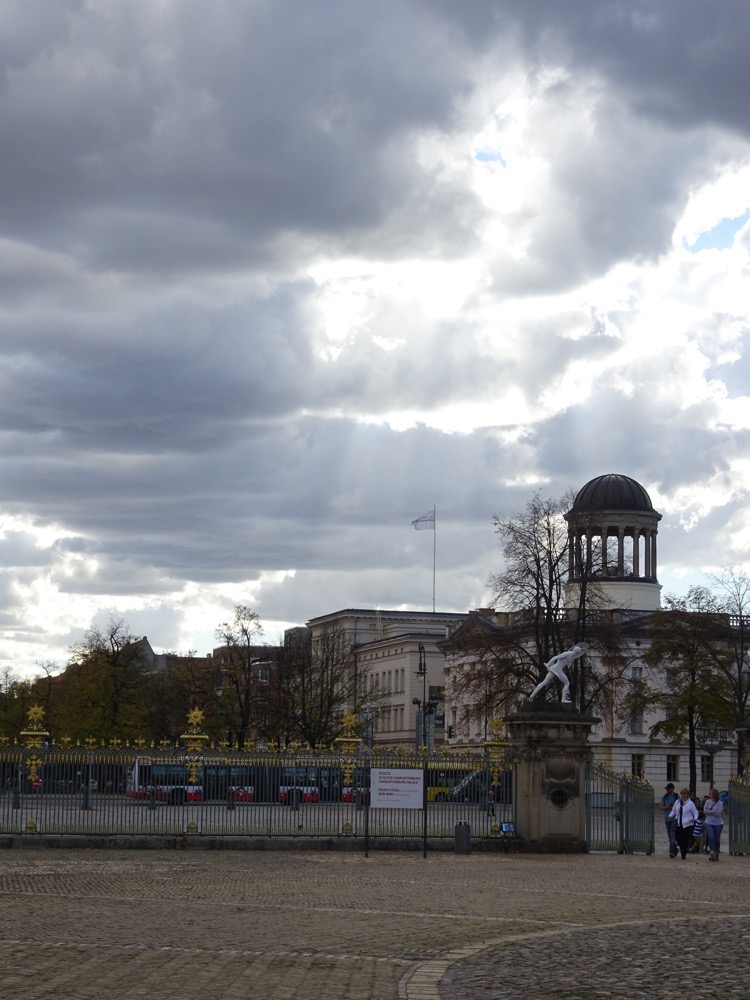
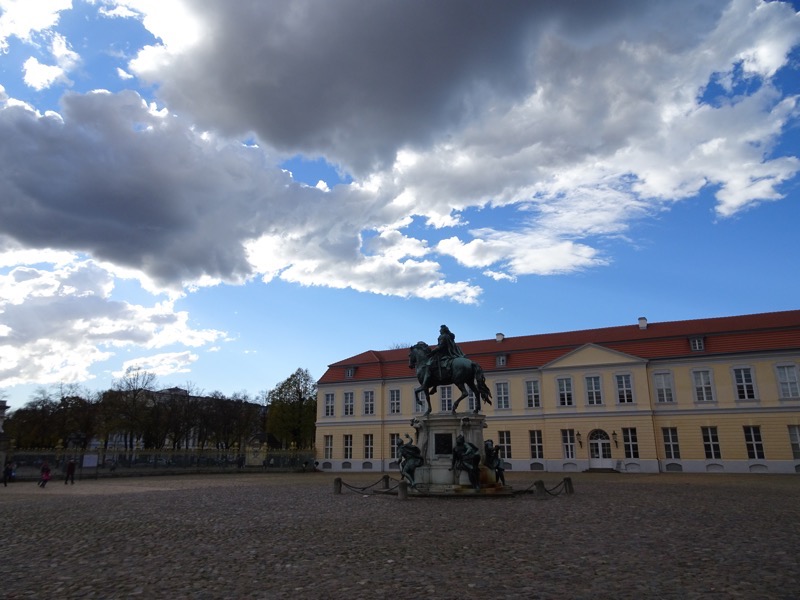 One for Leofric that I saw in the gift shop.
One for Leofric that I saw in the gift shop. 
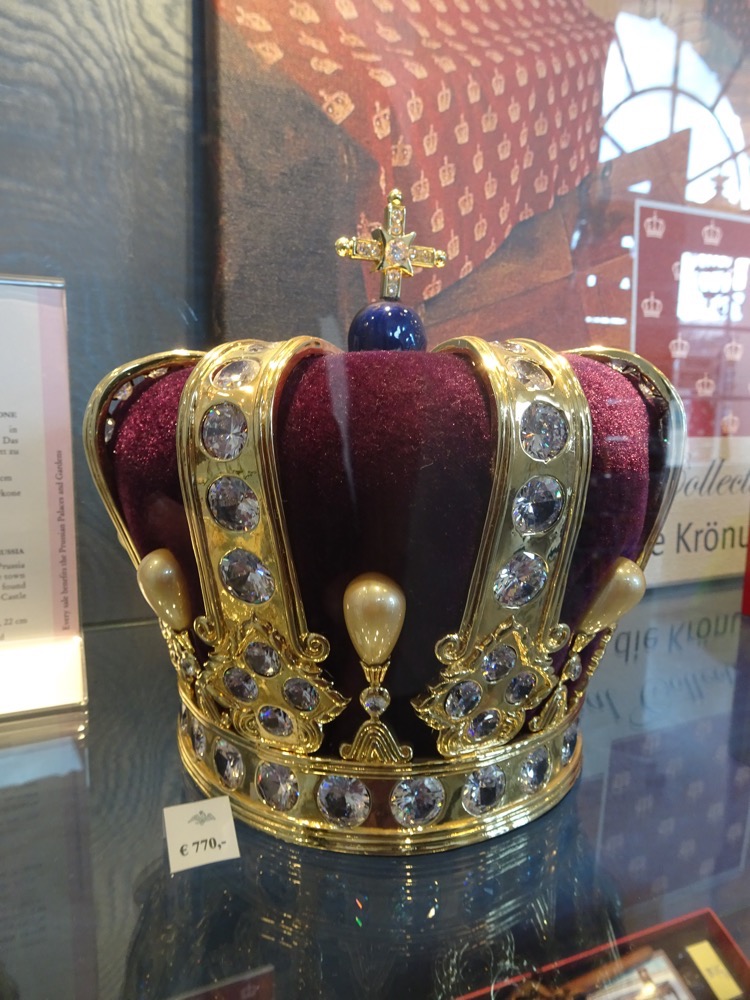 We walked around the back of the palace to see the formal gardens, but without an elevated viewpoint – it’s difficult to see the impressive design.
We walked around the back of the palace to see the formal gardens, but without an elevated viewpoint – it’s difficult to see the impressive design.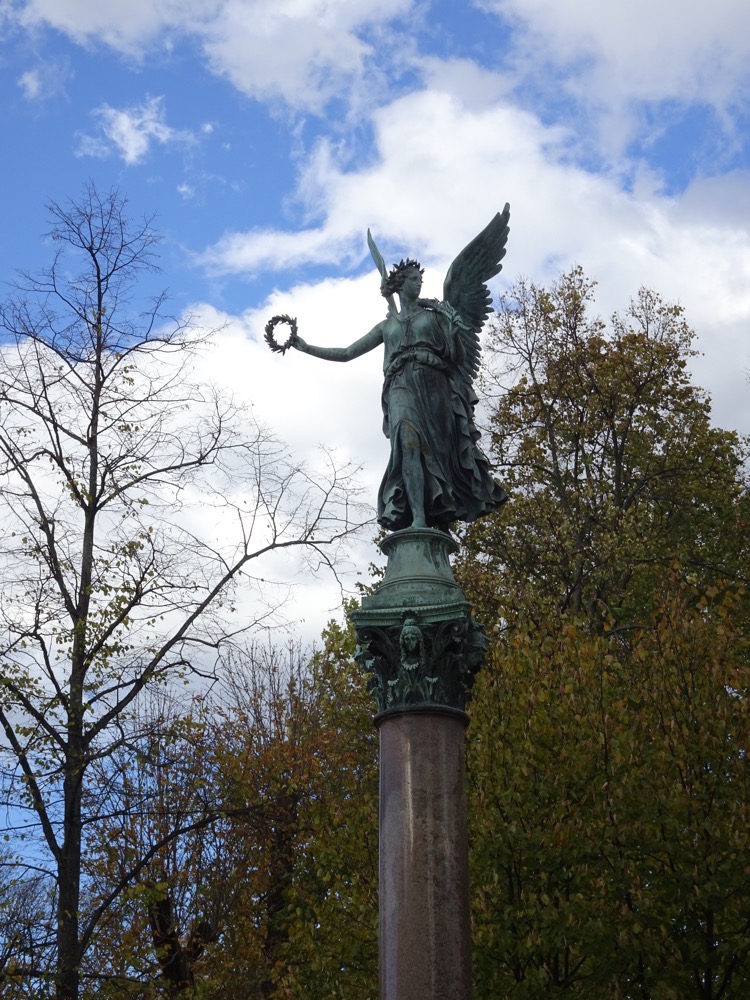
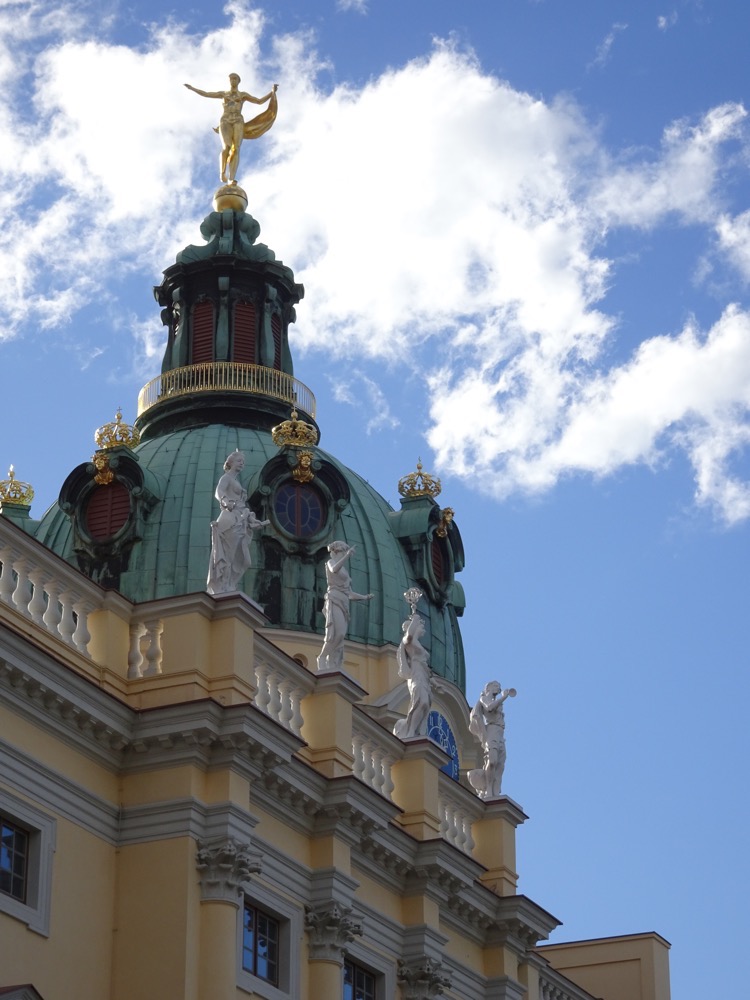

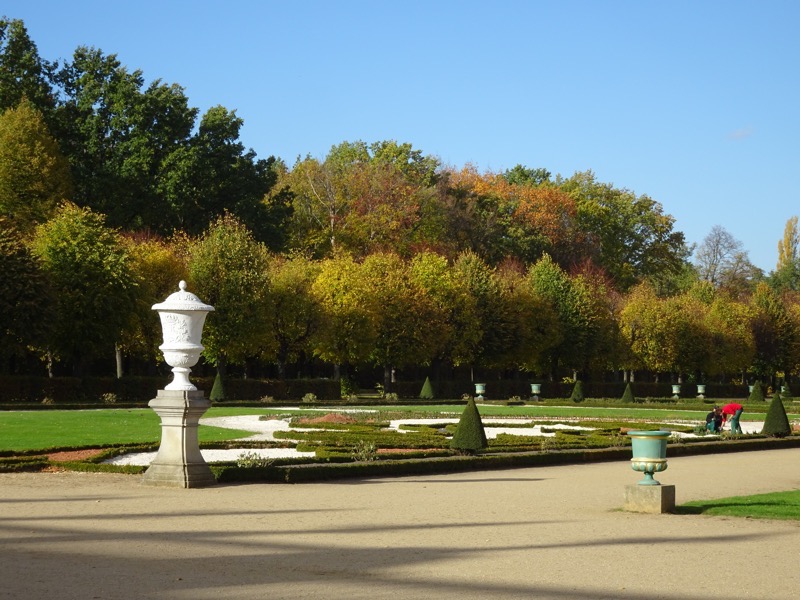
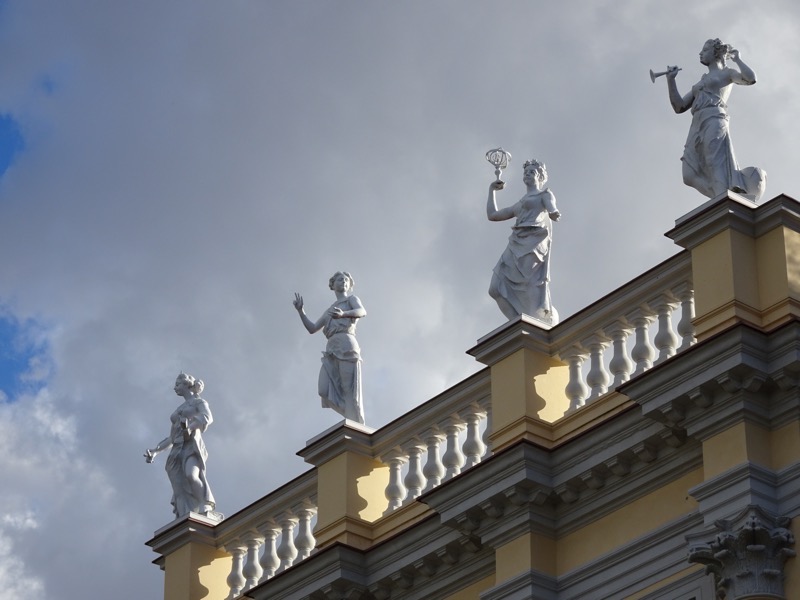
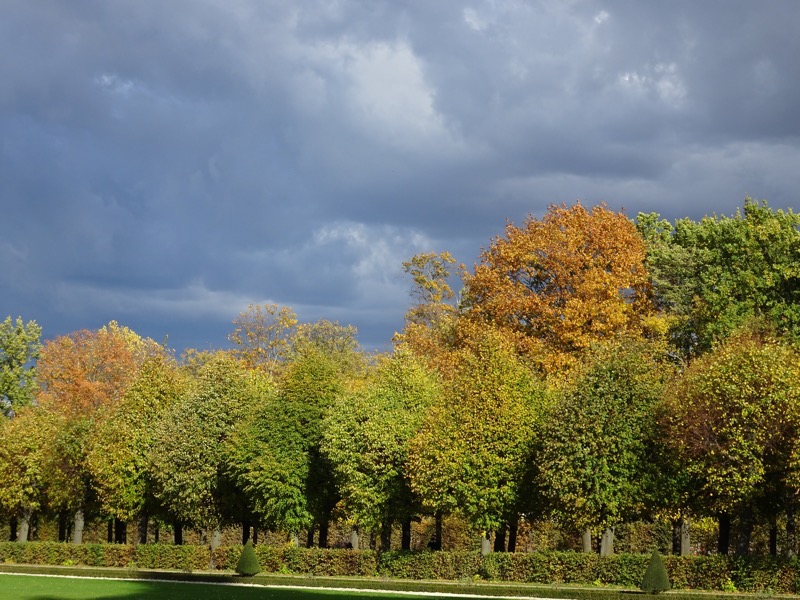
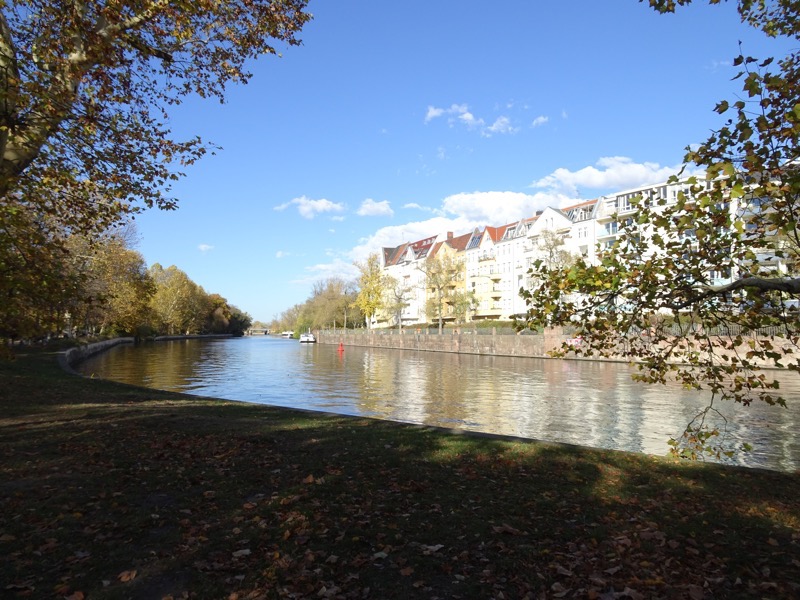
After a stroll around the gardens, we decided to stop into a Russian restaurant that is right across the street called, Samowar – it is one of the best 100 restaurants (our of over 9000) so we thought it would be a good bet. If you’re ever here, you should visit… they do what looks like an amazing Sunday buffet, and I imagine making a reservation would be necessary.
Calf’s liver with red cabbage, onions and mashed potato: 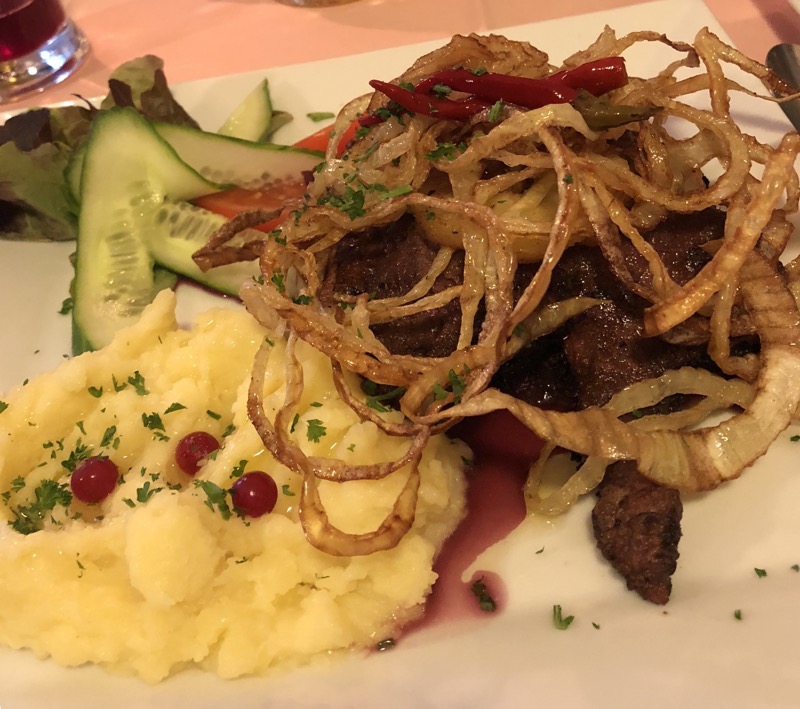 Wild boar sausage with pierogi :
Wild boar sausage with pierogi :
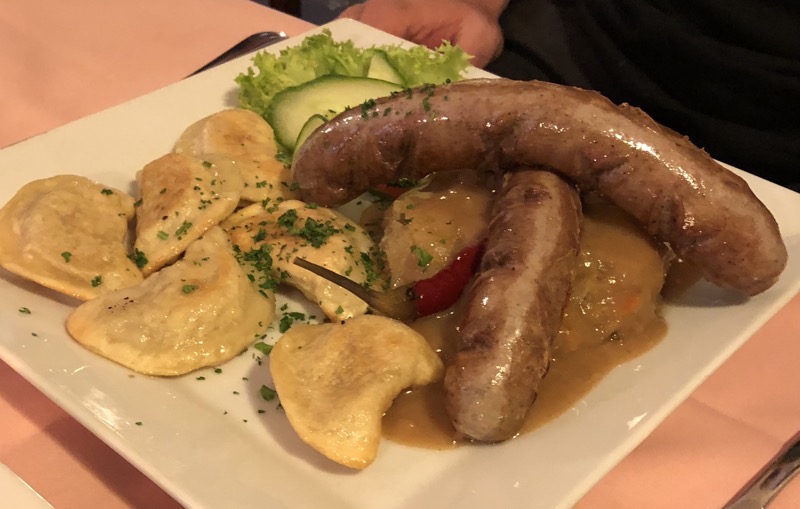 Last Russian honey cake until we go back to Russia or maybe do trans-Siberianan rail trip.
Last Russian honey cake until we go back to Russia or maybe do trans-Siberianan rail trip.
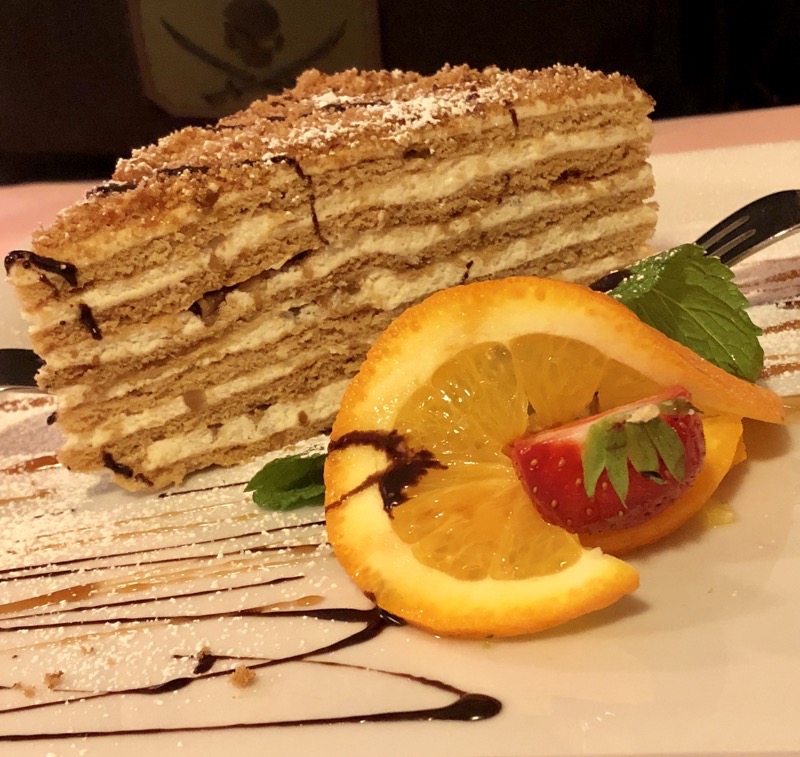 After lunch, we did some masterful navigating of Berlin’s bus and train systems to go see the East Side Gallery. The East Side Gallery is an open-air art gallery which consists of a series of large murals that have been painted directly onto a remnant of the Berlin Wall.
After lunch, we did some masterful navigating of Berlin’s bus and train systems to go see the East Side Gallery. The East Side Gallery is an open-air art gallery which consists of a series of large murals that have been painted directly onto a remnant of the Berlin Wall. 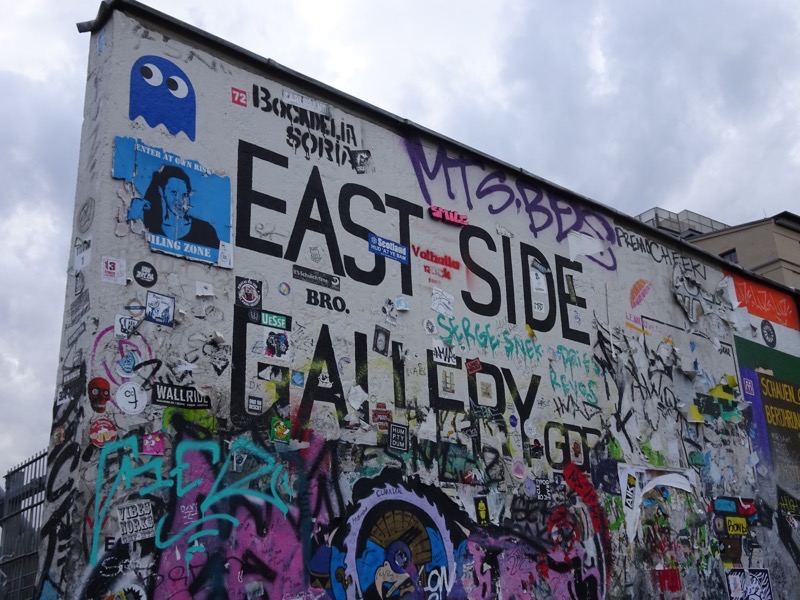
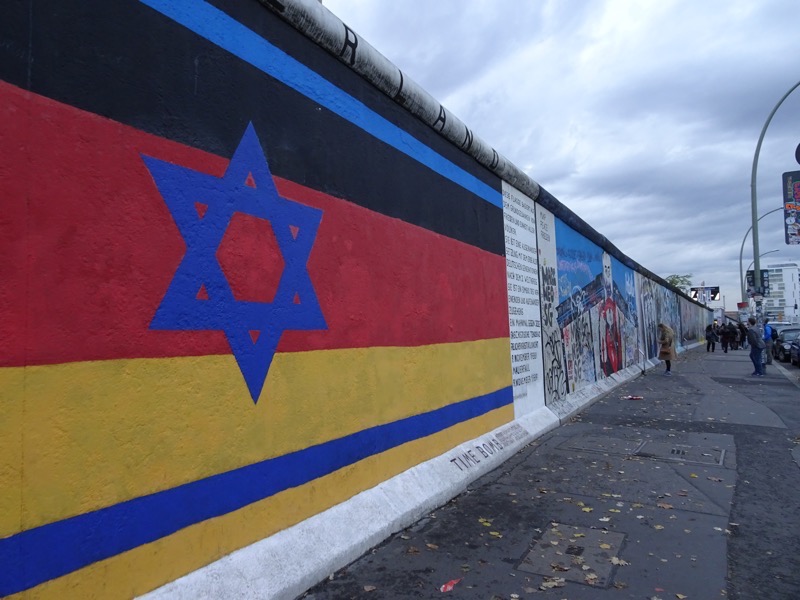 The paintings on Mühlenstraße started in 1990 and is over 1.3kms long making it the largest open-air art gallery in the world. There has been a lot of grafitti put on the artworks over the years, and some piece have been restored, but there is controversy over this with many artists refusing to re-do their artworks.
The paintings on Mühlenstraße started in 1990 and is over 1.3kms long making it the largest open-air art gallery in the world. There has been a lot of grafitti put on the artworks over the years, and some piece have been restored, but there is controversy over this with many artists refusing to re-do their artworks.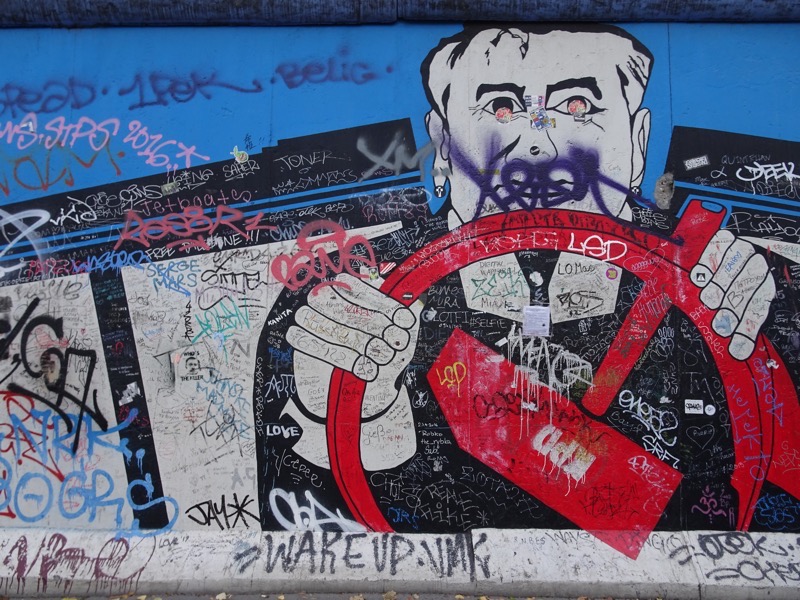
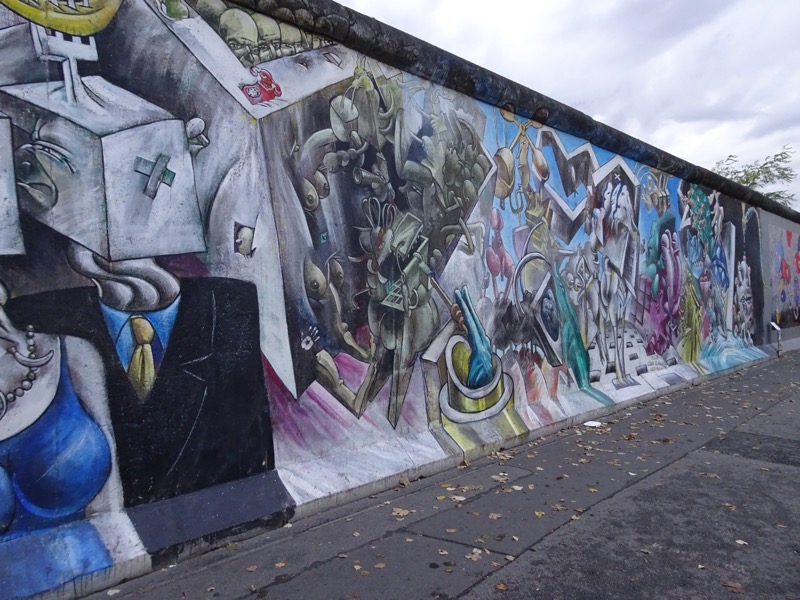 Today, it seems most of the art works are being left alone and not being grafitted, but there are areas of the wall where it seems grafitti is encouraged, as this is a living used space.
Today, it seems most of the art works are being left alone and not being grafitted, but there are areas of the wall where it seems grafitti is encouraged, as this is a living used space.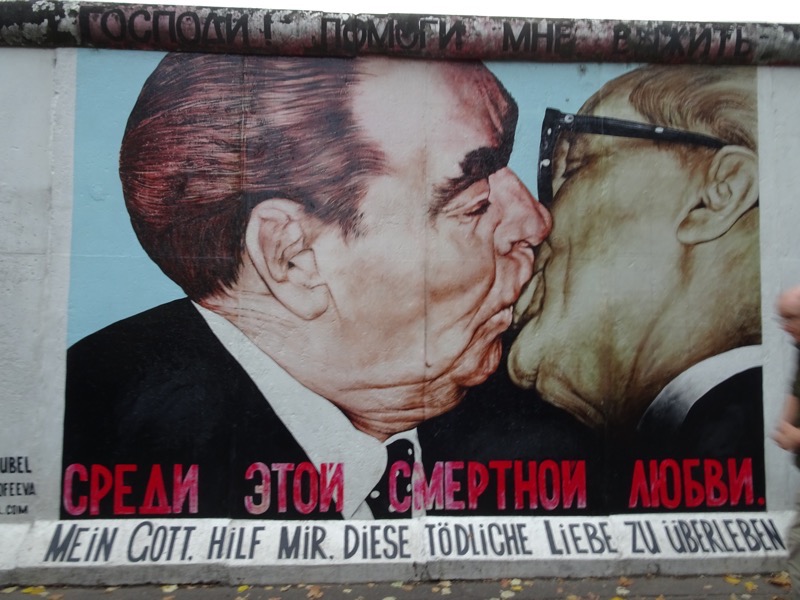 I love this: Moscow…walls; China… walls; Everywhere… no walls (with kangaroo!);, Berlin… walls.
I love this: Moscow…walls; China… walls; Everywhere… no walls (with kangaroo!);, Berlin… walls.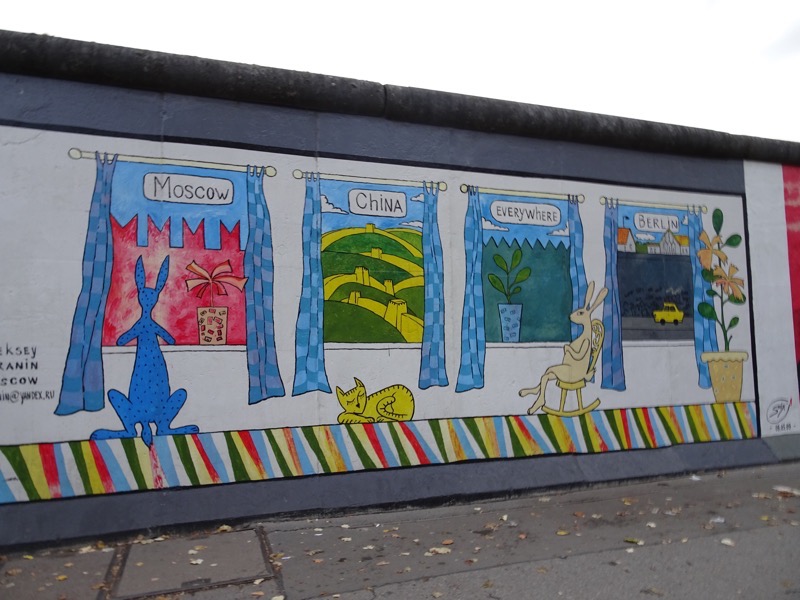 This section of wall is all grafitti… the big stenciled work is not an official piece.
This section of wall is all grafitti… the big stenciled work is not an official piece.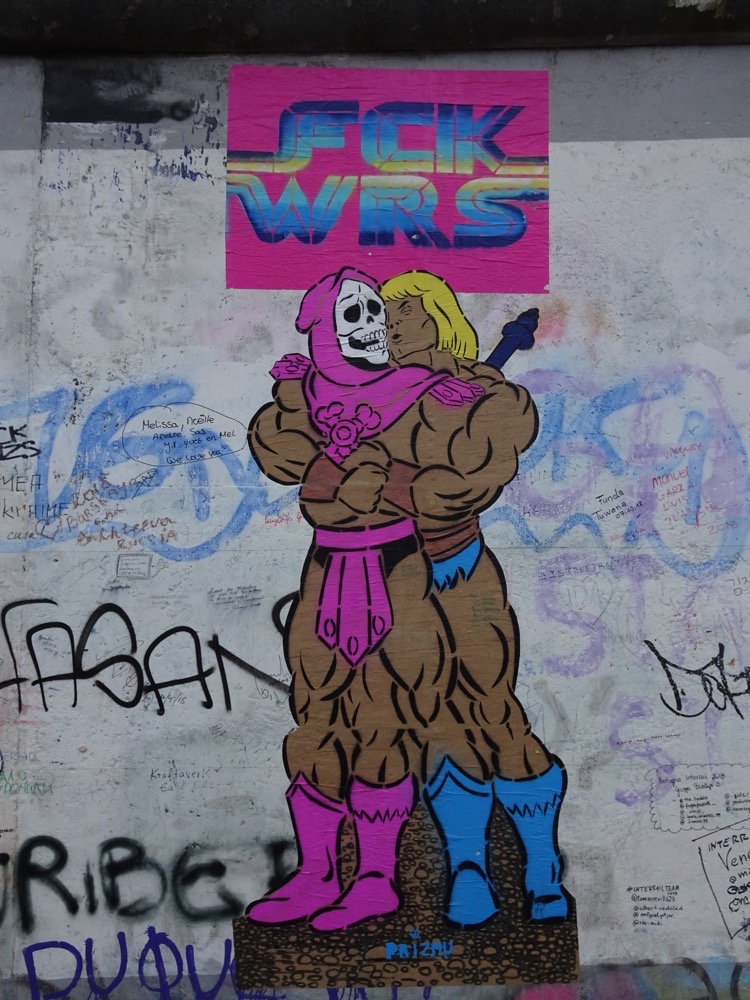 So we thought this was a good place to leave a small mark.
So we thought this was a good place to leave a small mark.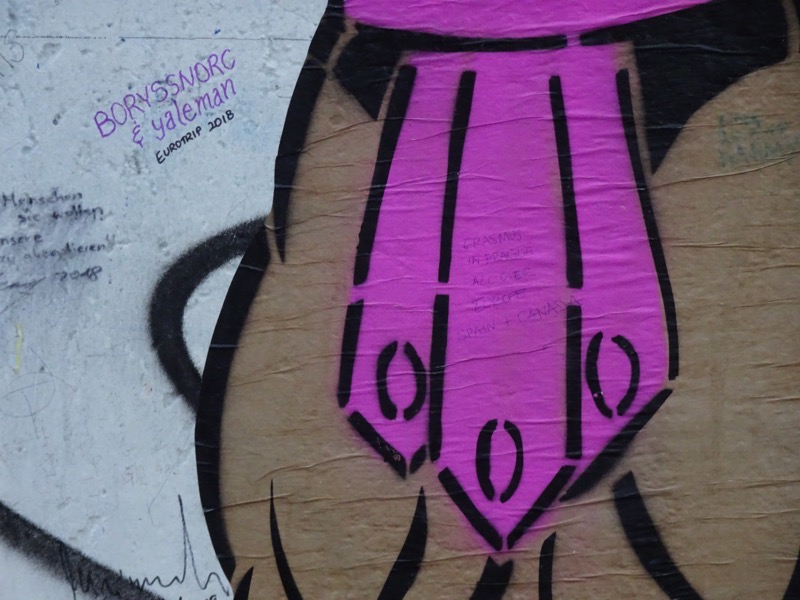
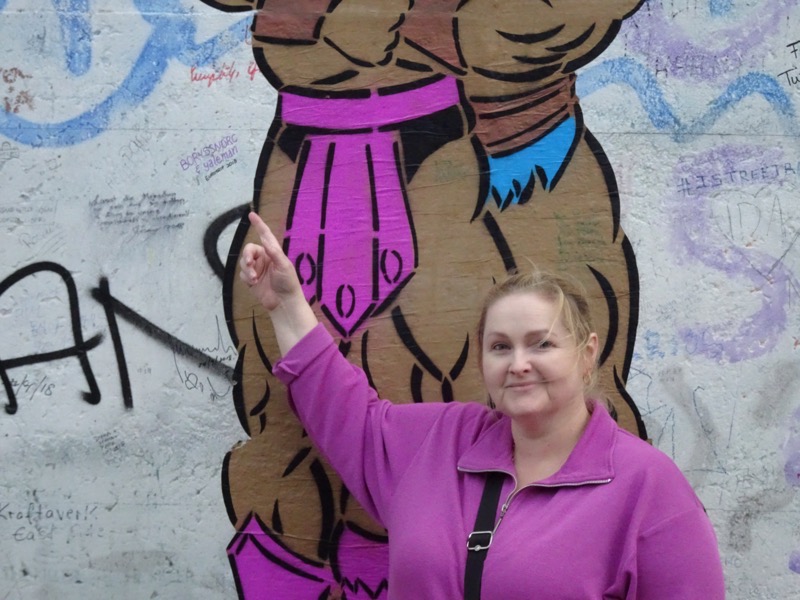
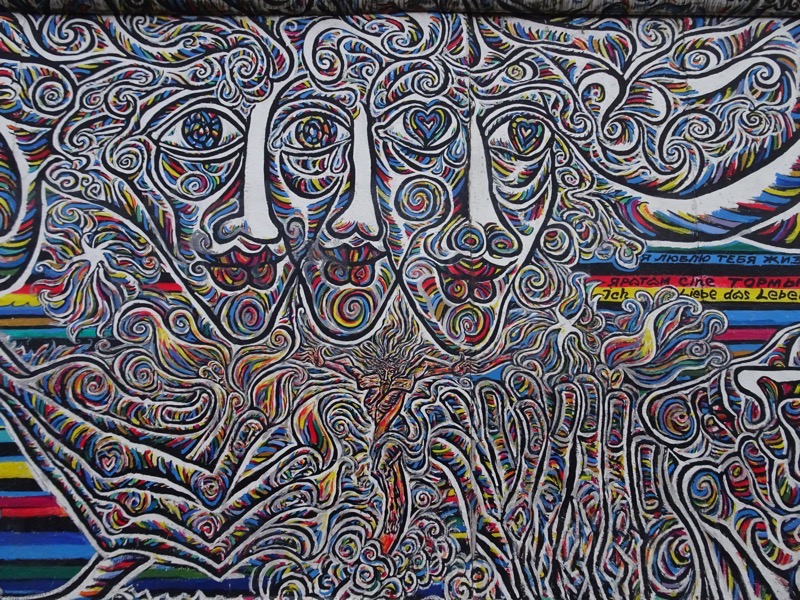
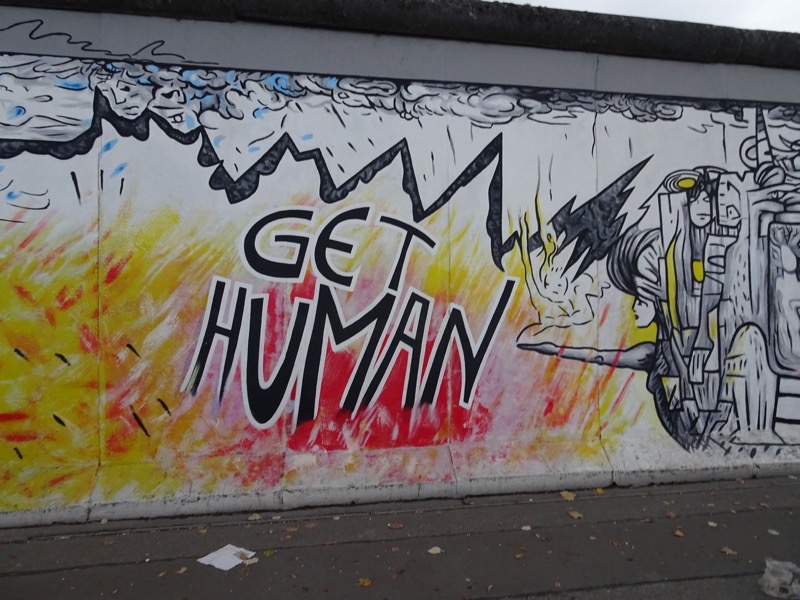
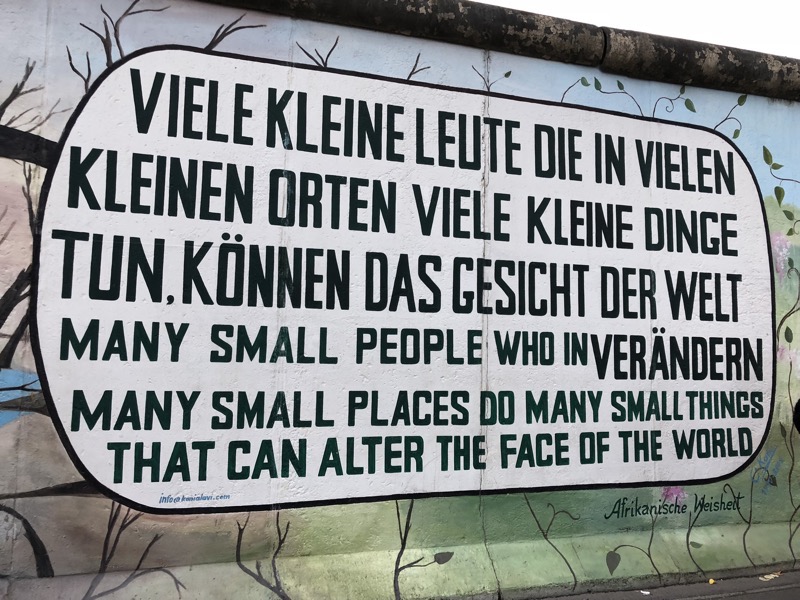
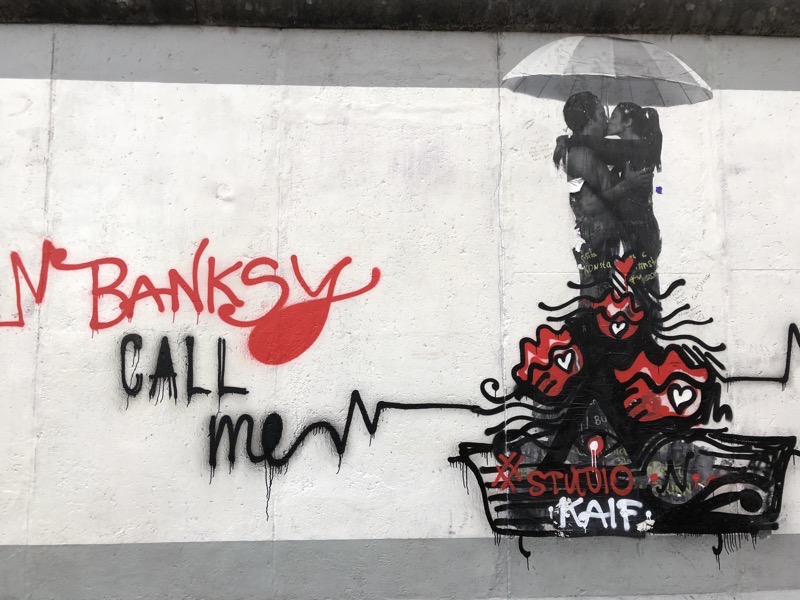
 I know my photos make it look all peaceful and orderly – but of course, it wasn’t.
I know my photos make it look all peaceful and orderly – but of course, it wasn’t.
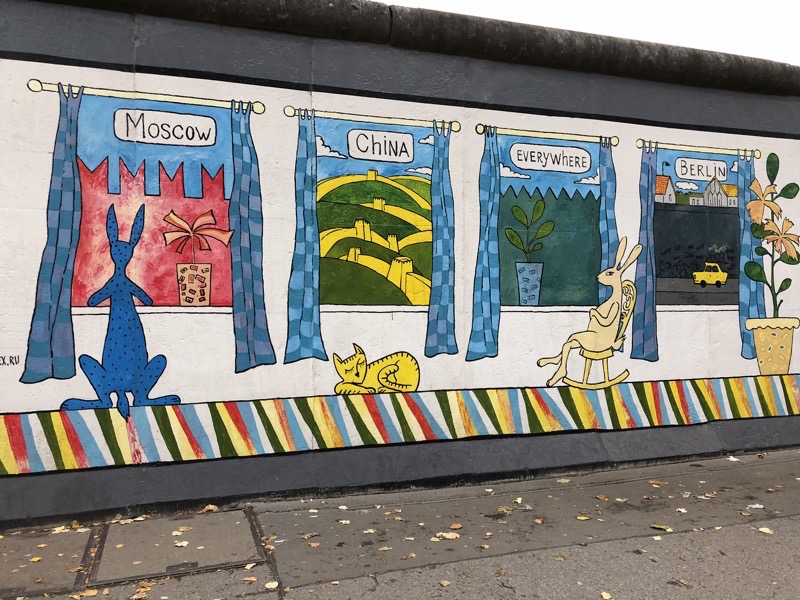


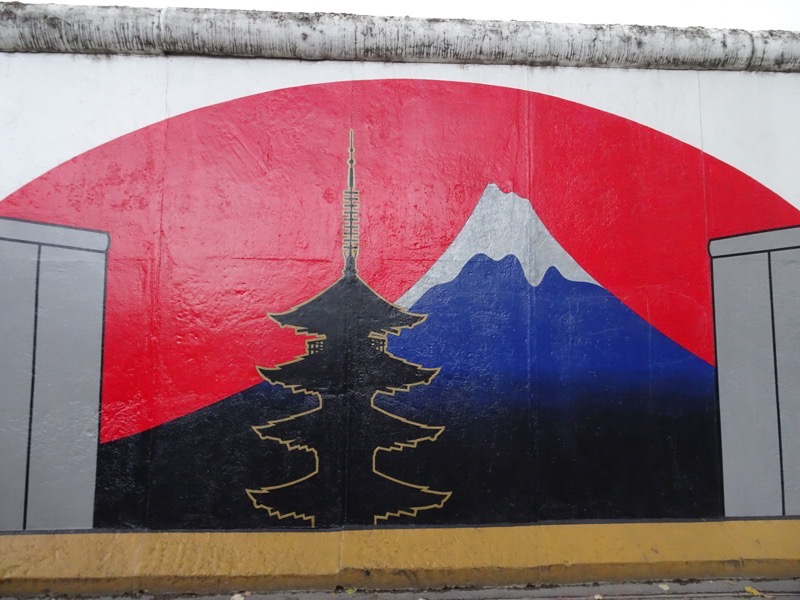 And it was about this time that our beautiful day with it’s 17C higher in temp then yesterday started to literally rain on our parade. So we hightailed it to the nearest train station and head back to the hotel.
And it was about this time that our beautiful day with it’s 17C higher in temp then yesterday started to literally rain on our parade. So we hightailed it to the nearest train station and head back to the hotel.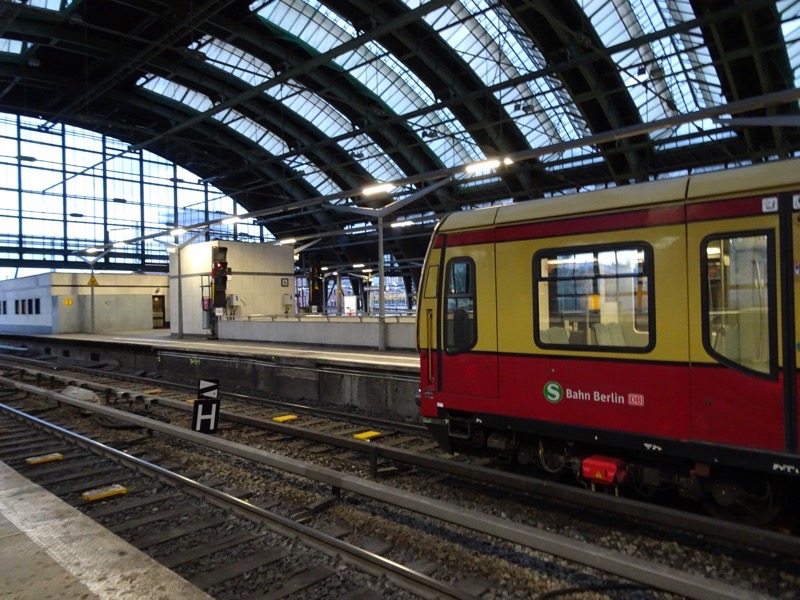
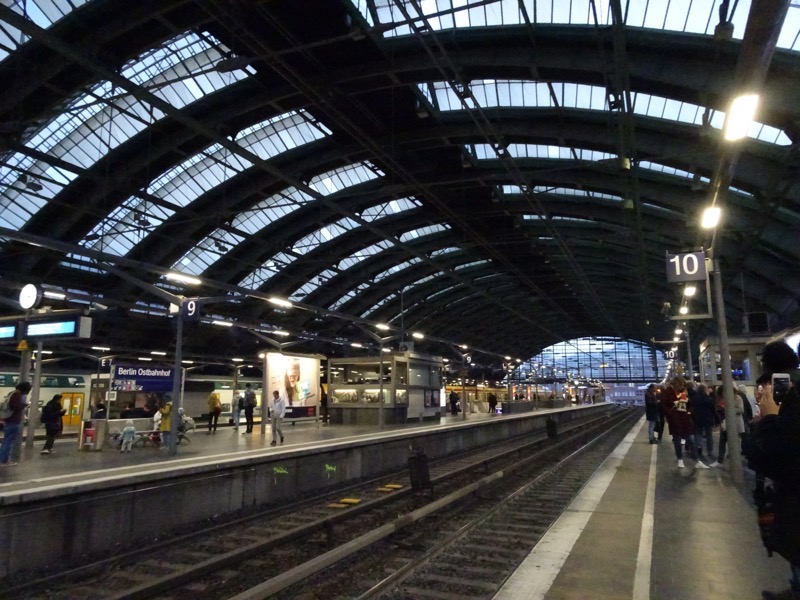
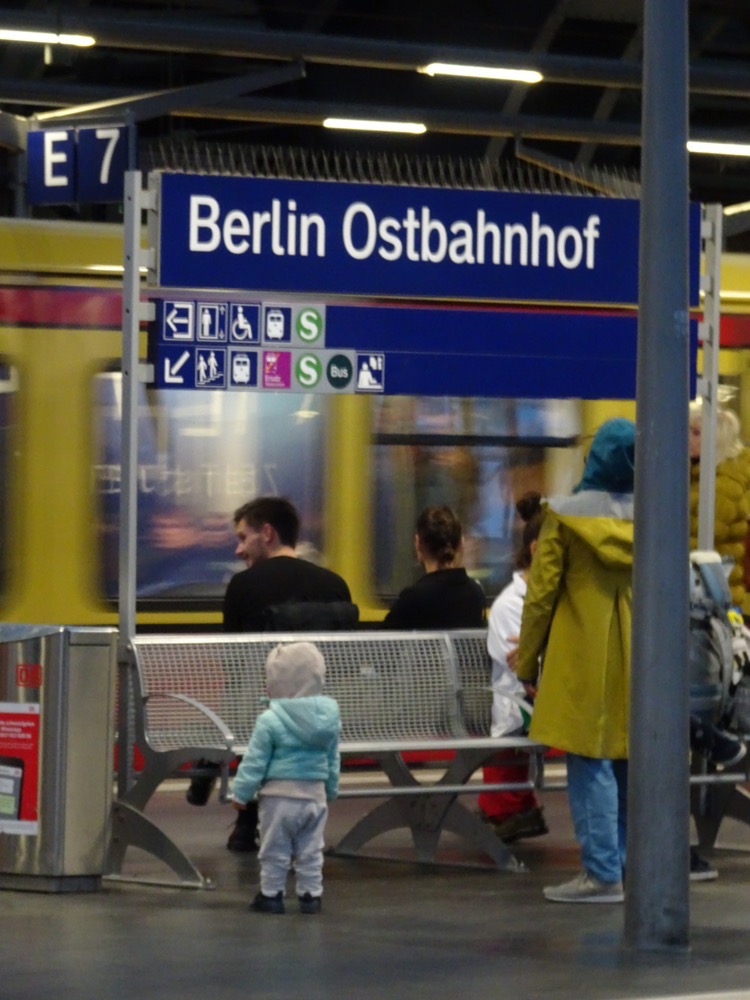 And so ends our last day in Europe… for tomorrow we fly from Berlin to London to Singapore to Brisbane and all things going to plan, we arrive two days from now.
And so ends our last day in Europe… for tomorrow we fly from Berlin to London to Singapore to Brisbane and all things going to plan, we arrive two days from now.
It’s been a blast!


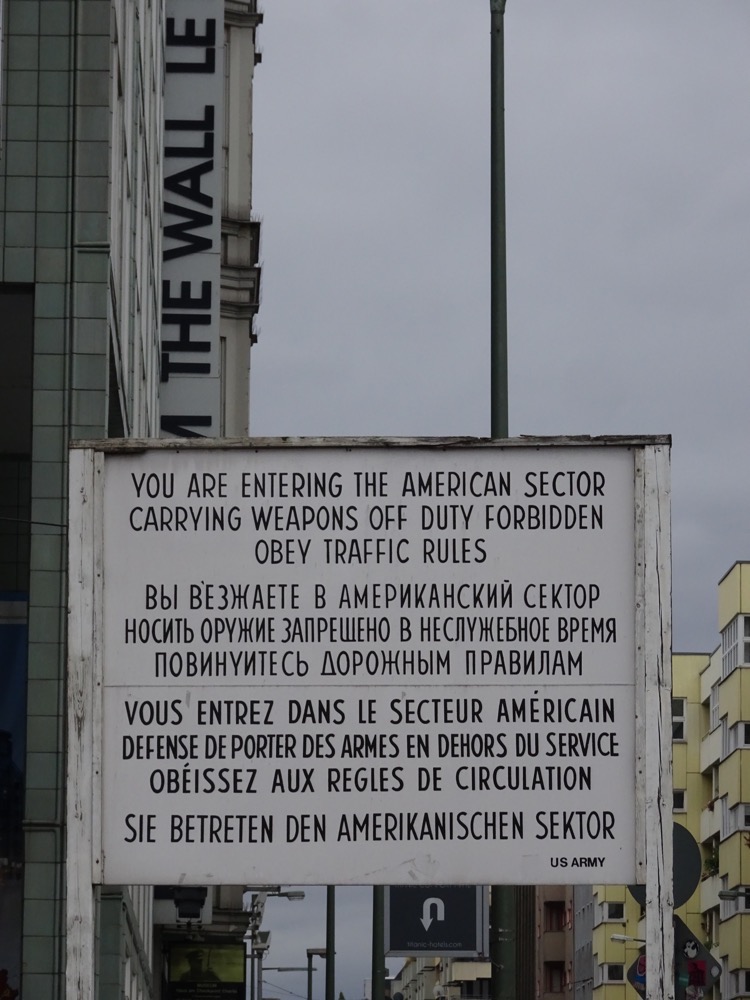 Checkpoint Charlie or what was really just, “Checkpoint C”, was what the Western Allies took to calling the most well known Berlin Wall crossing between East and West Berlin throughout the entire period of the Cold War (1947–1991). For any young whipper-snappers who can’t remember why the Berlin Wall existed here’s a TL;DR didn’t study history version:
Checkpoint Charlie or what was really just, “Checkpoint C”, was what the Western Allies took to calling the most well known Berlin Wall crossing between East and West Berlin throughout the entire period of the Cold War (1947–1991). For any young whipper-snappers who can’t remember why the Berlin Wall existed here’s a TL;DR didn’t study history version: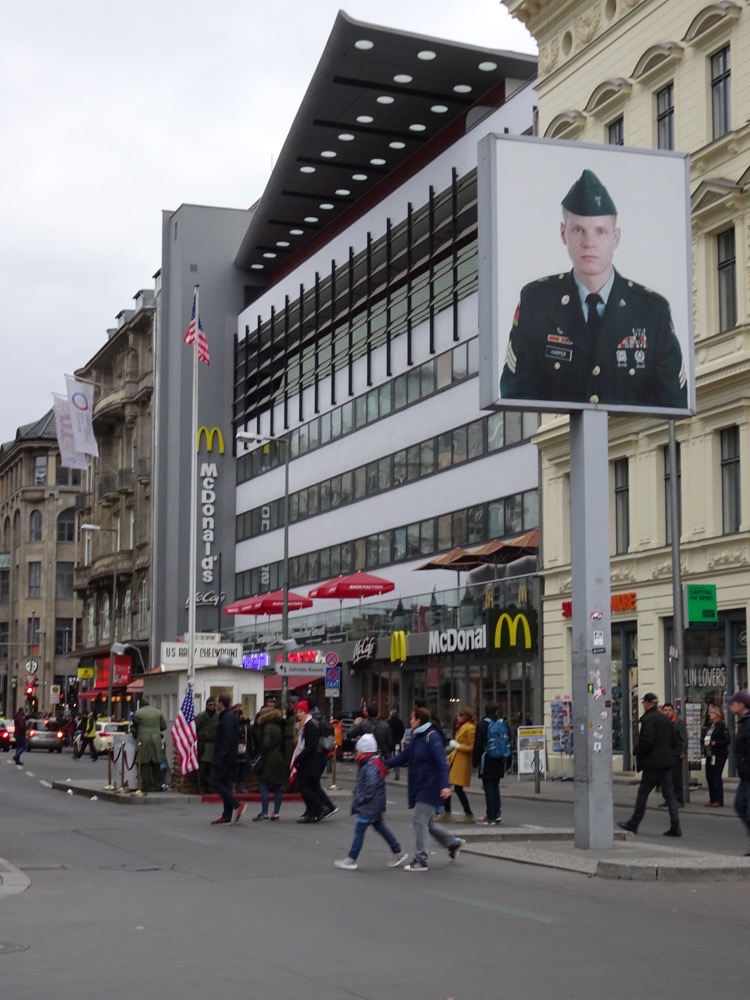
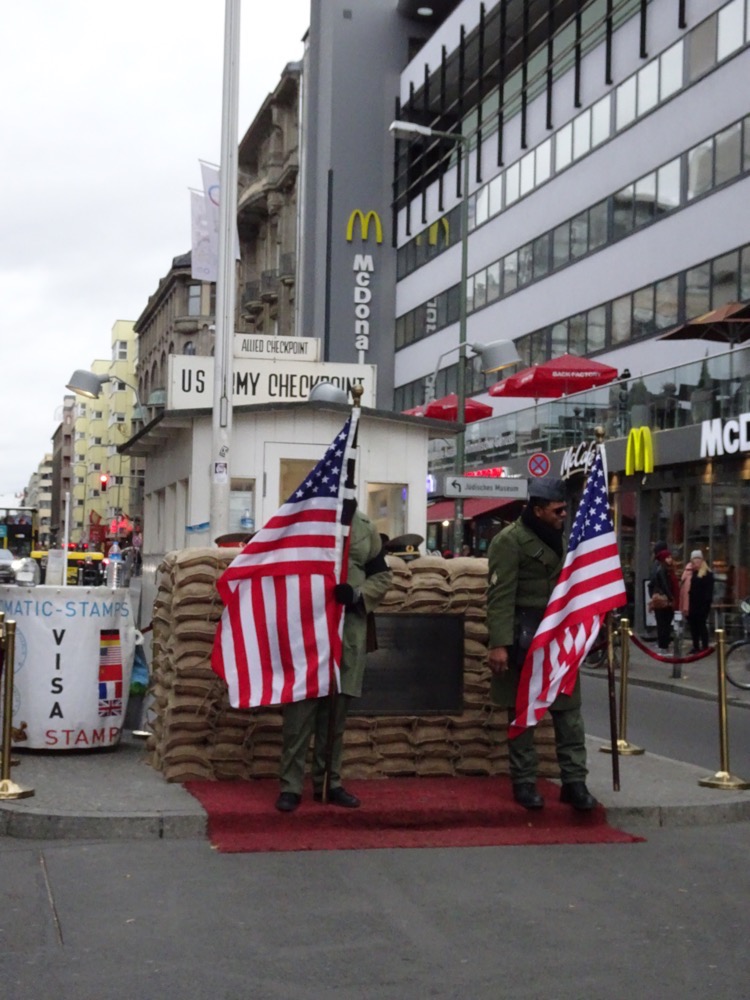
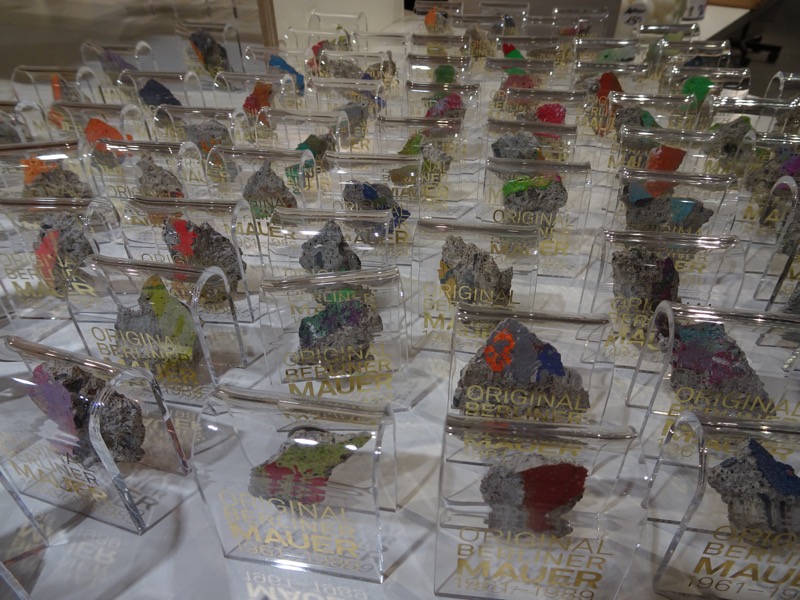
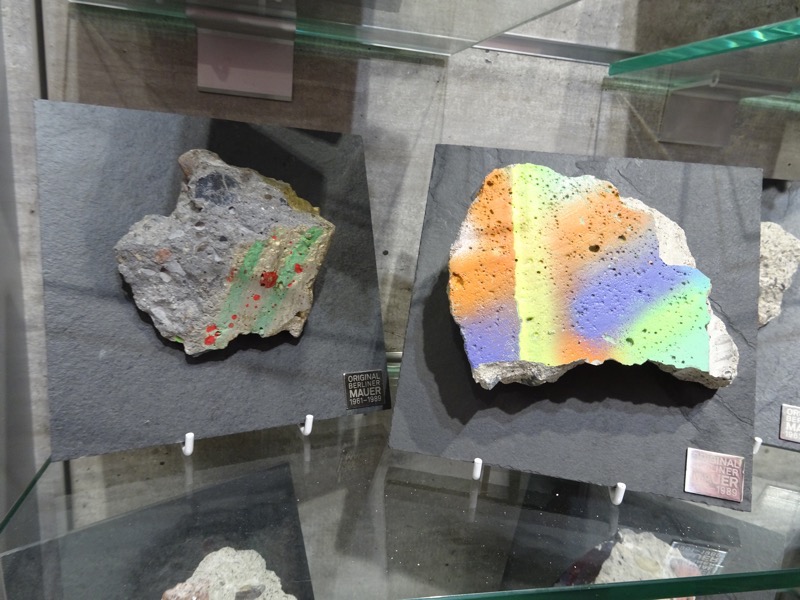
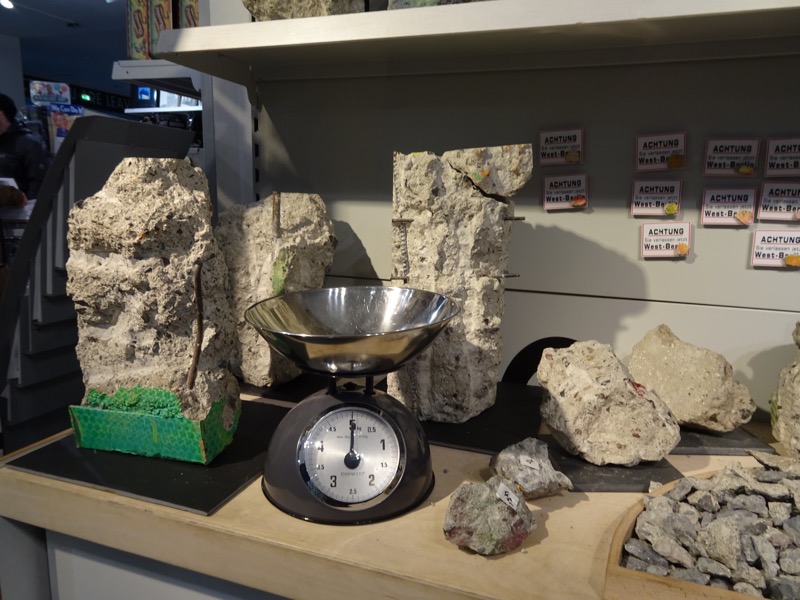
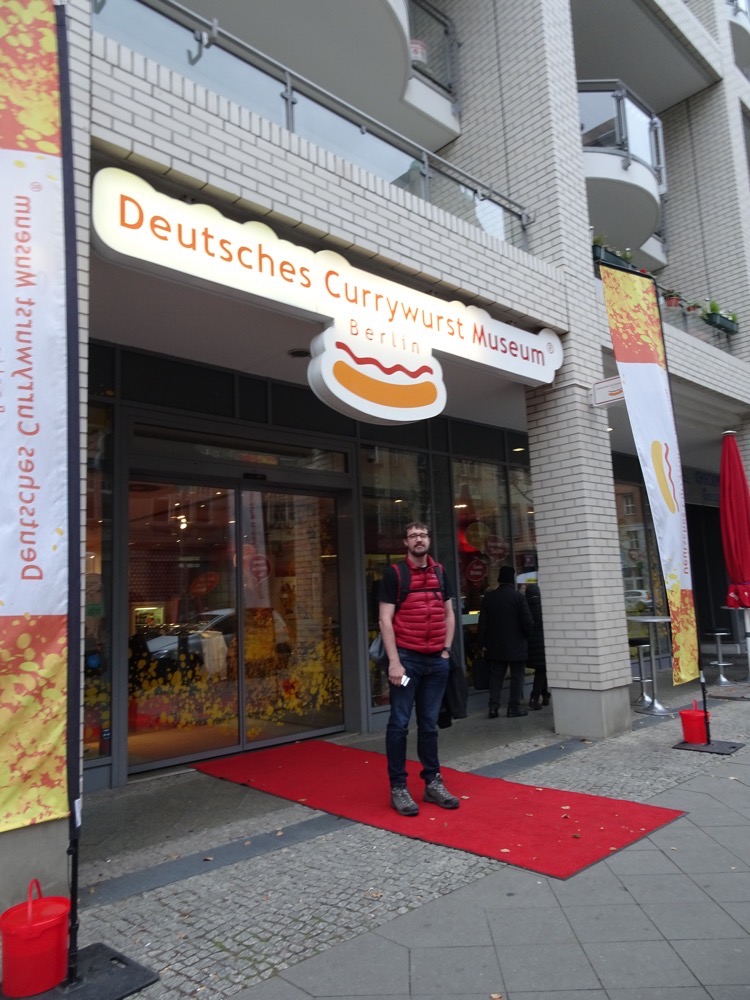 By now, we could access the hotel and went back and went splat. We have a huge room with a separate powder room, two TVs and a living room, which means I obviously booked something way more swish than intended. You never can tell by the photos online. So be it. Slept like a dead thing and had a great breakfast at the hotel before heading out via the underground towards Alexanderplatz to start some serious touristing for the day… the only downside to our plan: it’s fucking MONDAY and nothing in Europe opens on MONDAY.
By now, we could access the hotel and went back and went splat. We have a huge room with a separate powder room, two TVs and a living room, which means I obviously booked something way more swish than intended. You never can tell by the photos online. So be it. Slept like a dead thing and had a great breakfast at the hotel before heading out via the underground towards Alexanderplatz to start some serious touristing for the day… the only downside to our plan: it’s fucking MONDAY and nothing in Europe opens on MONDAY.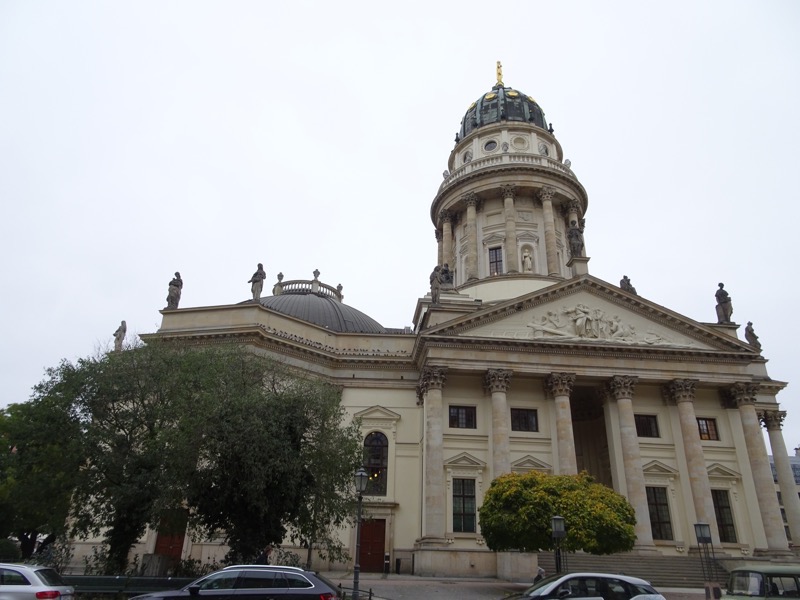 Below is the Volksbühne which means, the “People’s Theatre” which was built in the early 1900s and was designed to promote accessible theatrical productions at prices that were affordable to the everyday worker – it is now considered to be Berlin’s most iconic theatre, complete with its integrated Franz Metzner sculpture out front. Like most of Berlin it was heavily damaged during WWII, but as far as I can find out – it never burned down, which is quite unusual around here.
Below is the Volksbühne which means, the “People’s Theatre” which was built in the early 1900s and was designed to promote accessible theatrical productions at prices that were affordable to the everyday worker – it is now considered to be Berlin’s most iconic theatre, complete with its integrated Franz Metzner sculpture out front. Like most of Berlin it was heavily damaged during WWII, but as far as I can find out – it never burned down, which is quite unusual around here.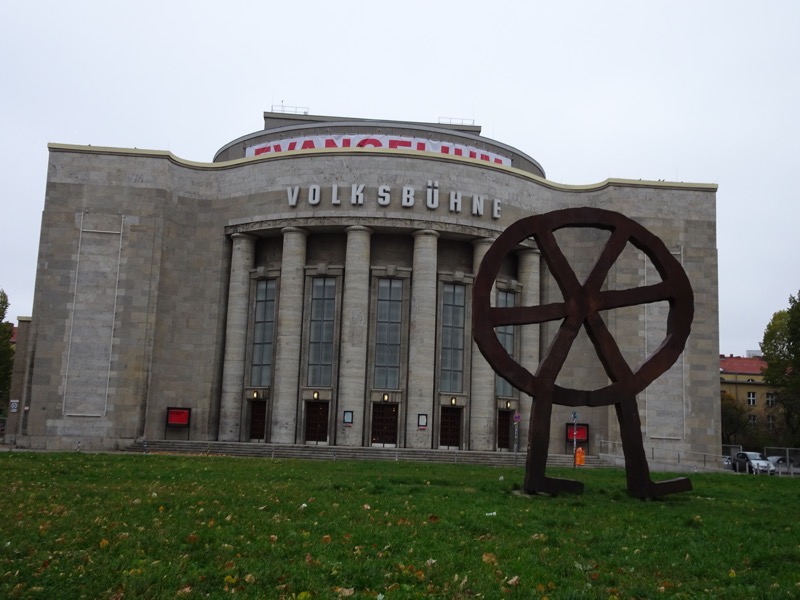 Close to Alexanderplatz is the Fernsehturm Berlin television tower. It was built in 1965-69 by the German Democratic Republic (GDR) government and was meant to be a symbol of Communist power in Berlin. Today it has mainly become just an iconic symbol of the city (much like the Eiffel Tower is of Paris) and it can be seen from nearly everywhere in the central city. The ‘Toothpick’ or ‘Telespargel’ (TV-asparagus) as people often call it, is 368m making it the tallest structure in Germany.
Close to Alexanderplatz is the Fernsehturm Berlin television tower. It was built in 1965-69 by the German Democratic Republic (GDR) government and was meant to be a symbol of Communist power in Berlin. Today it has mainly become just an iconic symbol of the city (much like the Eiffel Tower is of Paris) and it can be seen from nearly everywhere in the central city. The ‘Toothpick’ or ‘Telespargel’ (TV-asparagus) as people often call it, is 368m making it the tallest structure in Germany.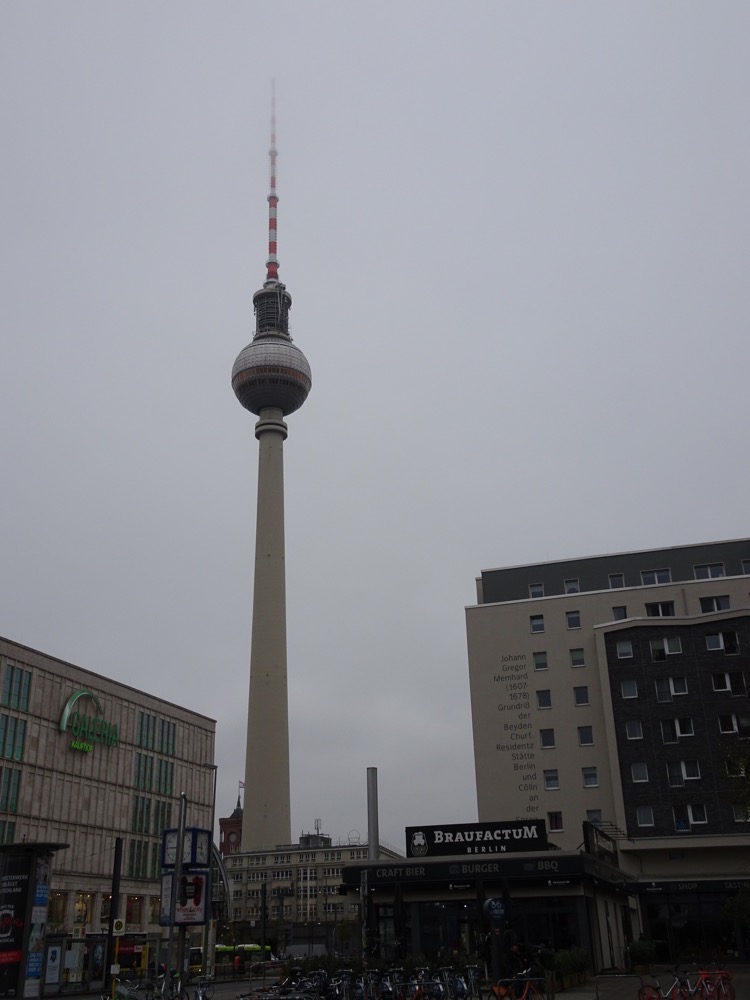
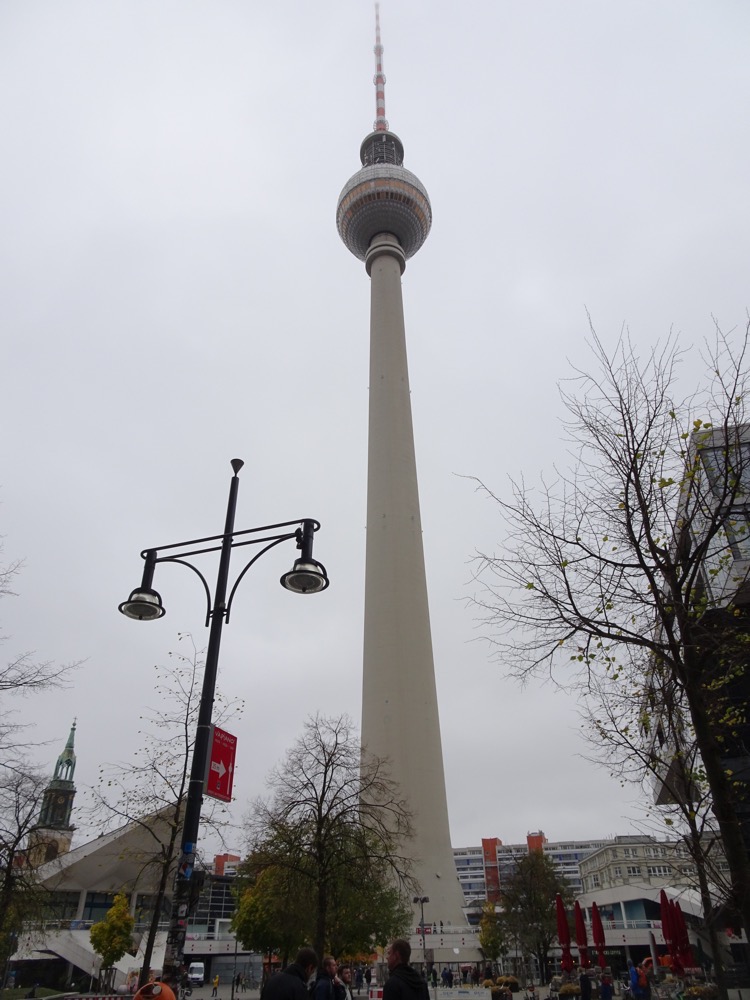 Alexanderplatz is a large public square and transport hub and is mostly known for locating movies in Berlin – ie: you wouldn’t know that Jason Bourne or James Bond is actually in Berlin if they didn’t end up here at some point. Interesting factoid – it was originally a cattle market outside the old Berlin city fortifications and was named Alexanderplatz because the Russian Emperor Alexander I visited here in 1805.
Alexanderplatz is a large public square and transport hub and is mostly known for locating movies in Berlin – ie: you wouldn’t know that Jason Bourne or James Bond is actually in Berlin if they didn’t end up here at some point. Interesting factoid – it was originally a cattle market outside the old Berlin city fortifications and was named Alexanderplatz because the Russian Emperor Alexander I visited here in 1805.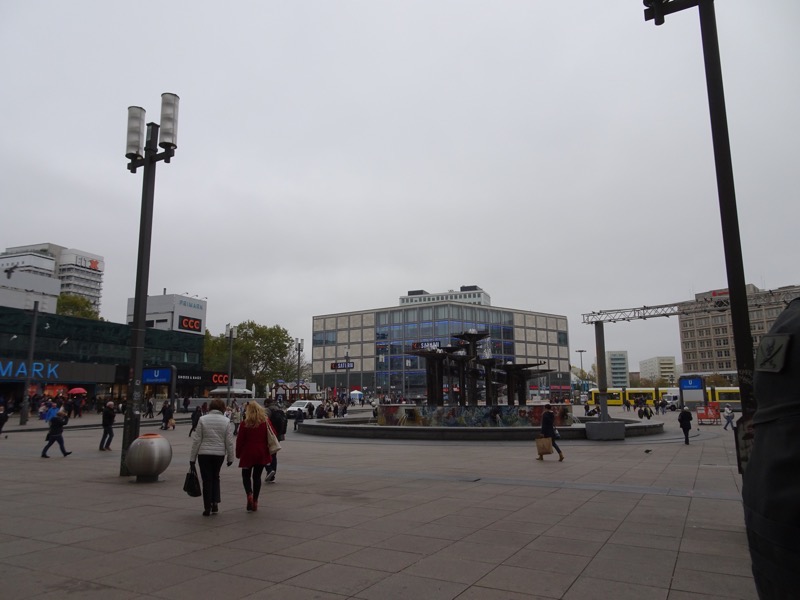 Very Berlinesque fountain…
Very Berlinesque fountain…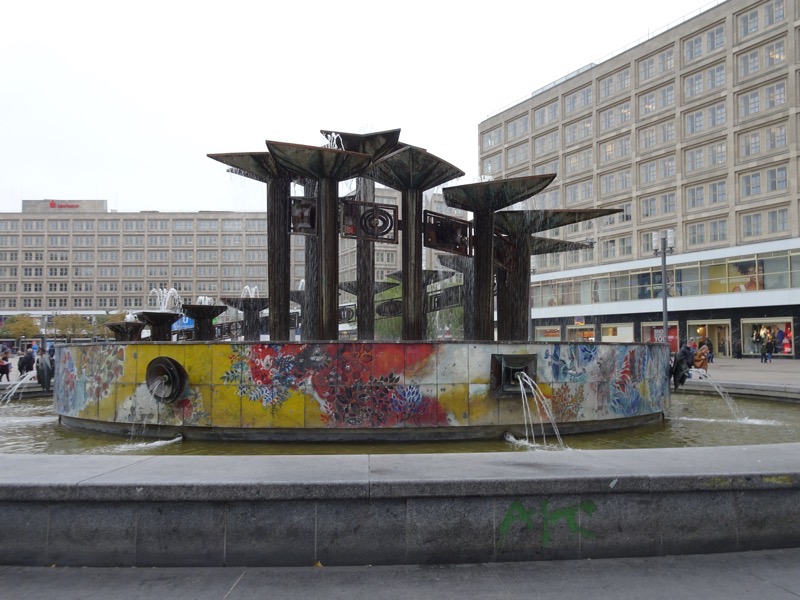
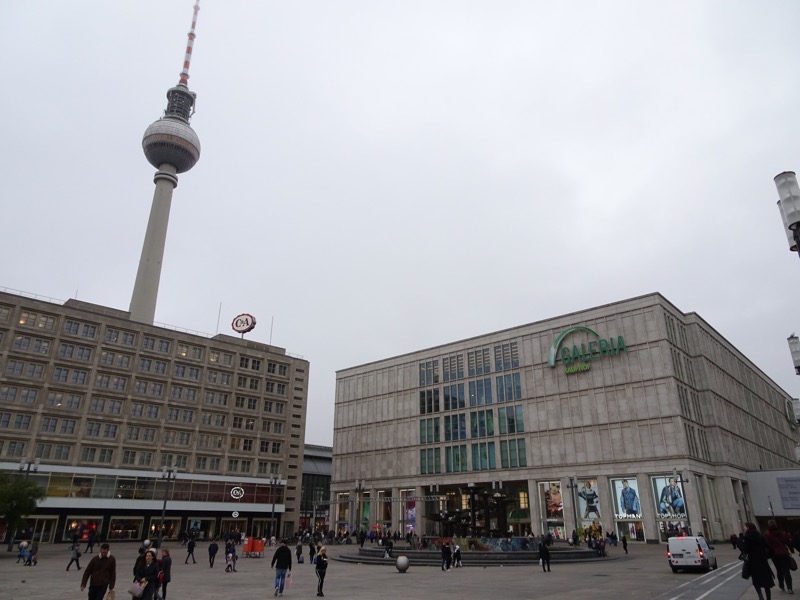 This mosaic (below) is Europe’s largest work of art (by area) and wraps around the entire
This mosaic (below) is Europe’s largest work of art (by area) and wraps around the entire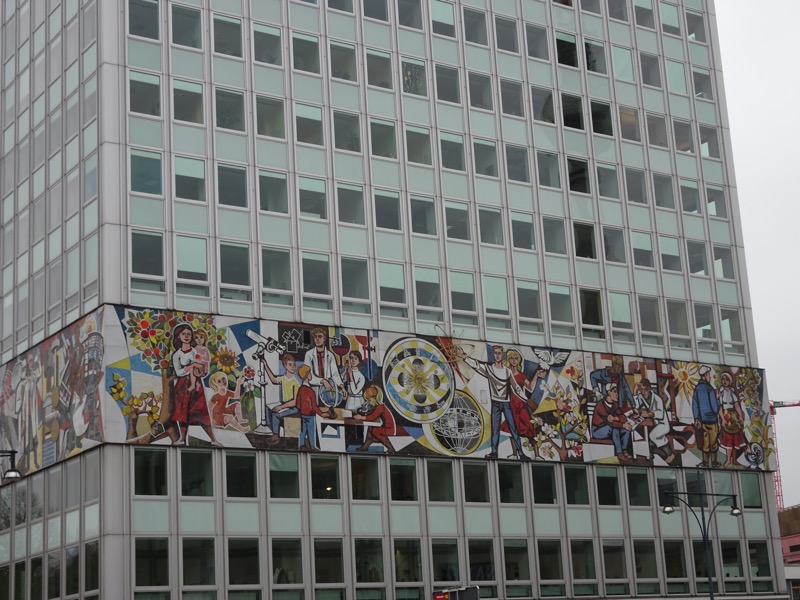 Naturally, being created under the Soviet government in the ’60s, the design is total propaganda, it is supposed to depict the ideal image of a peaceful, modern socialist state.
Naturally, being created under the Soviet government in the ’60s, the design is total propaganda, it is supposed to depict the ideal image of a peaceful, modern socialist state.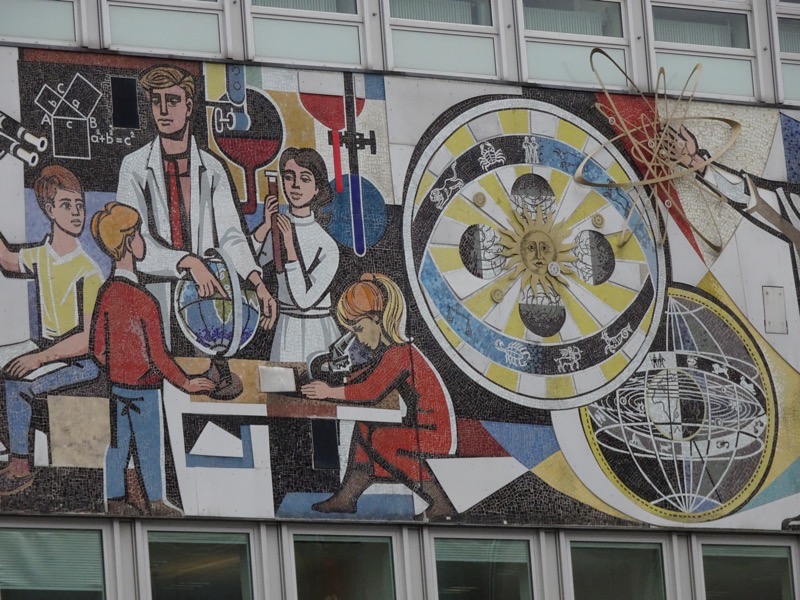 Nearby is one of Berlin’s most photographed pieces of political street art on the currently empty former Haus der Statistik (House of Statistics) is painted in letters three-stories high, “STOP WARS”. Very simple, yet effective.
Nearby is one of Berlin’s most photographed pieces of political street art on the currently empty former Haus der Statistik (House of Statistics) is painted in letters three-stories high, “STOP WARS”. Very simple, yet effective.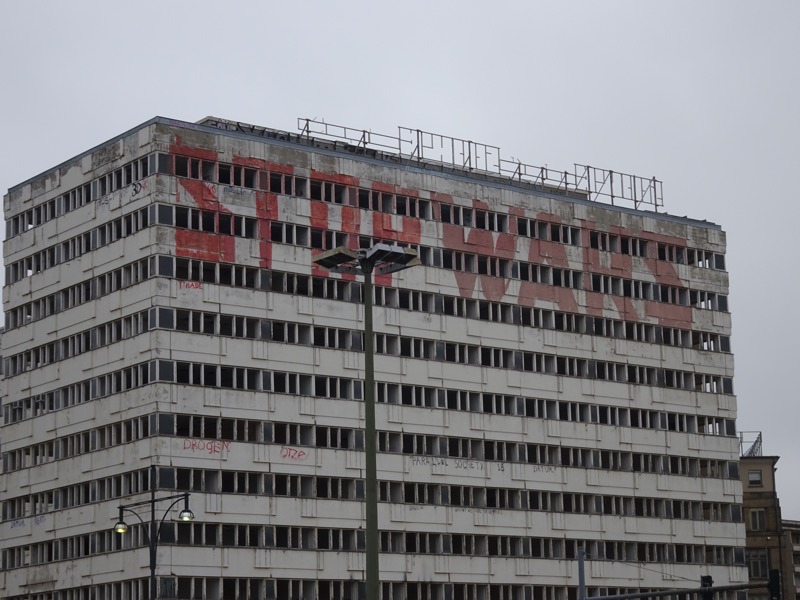 The 16 tonnes of Urania World Clock is also located Alexanderplatz (Jason Bourne was here too!) Built in 1969, the Urania World Clock tells time in 148 major world cities.
The 16 tonnes of Urania World Clock is also located Alexanderplatz (Jason Bourne was here too!) Built in 1969, the Urania World Clock tells time in 148 major world cities.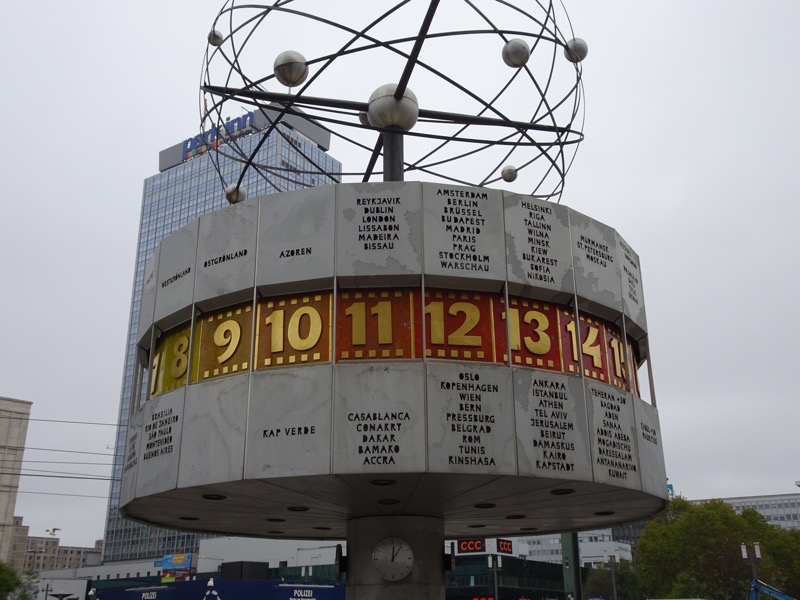
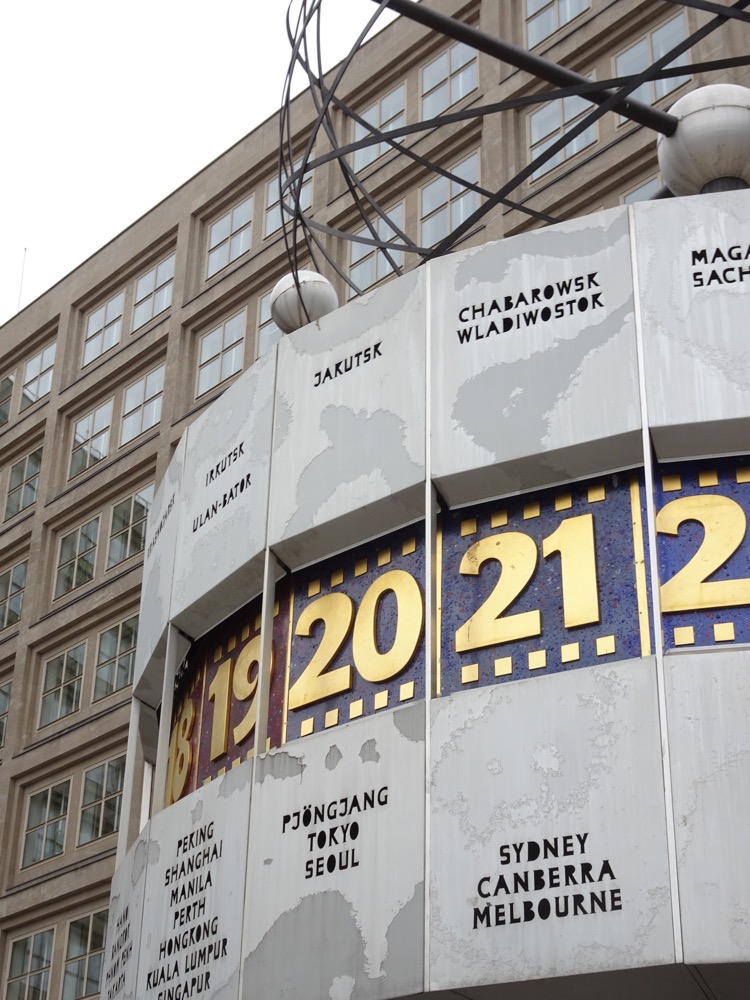
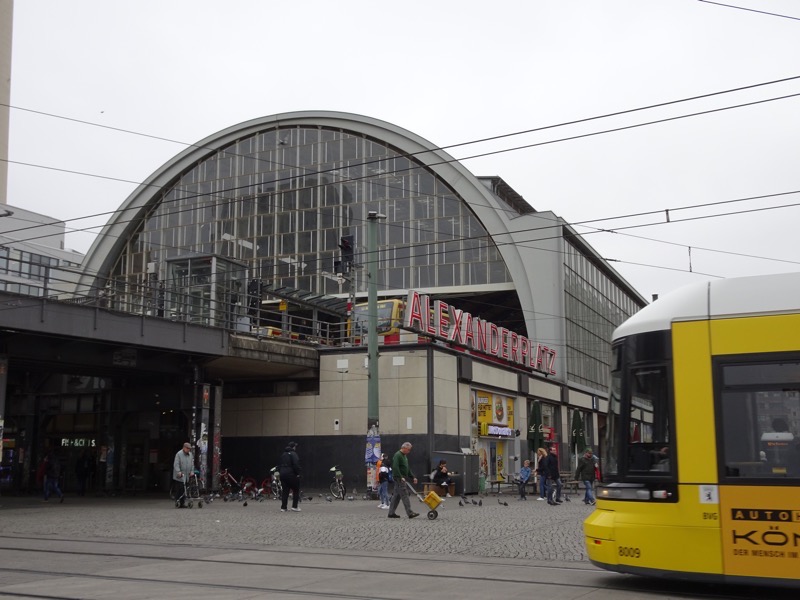 We then walked not far to the Rotes Rathaus, which is the Red City Hall building, where the governing mayor and the Senate of Berlin are located. It’s quite the landmark with its red clinker bricks and relief sculputres.
We then walked not far to the Rotes Rathaus, which is the Red City Hall building, where the governing mayor and the Senate of Berlin are located. It’s quite the landmark with its red clinker bricks and relief sculputres.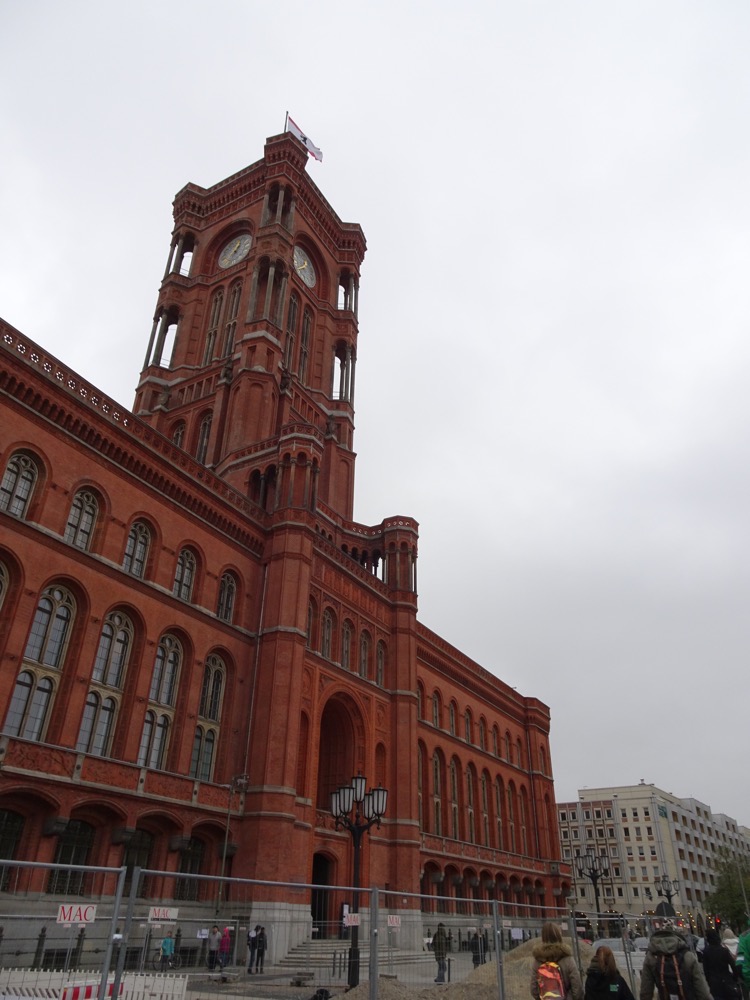
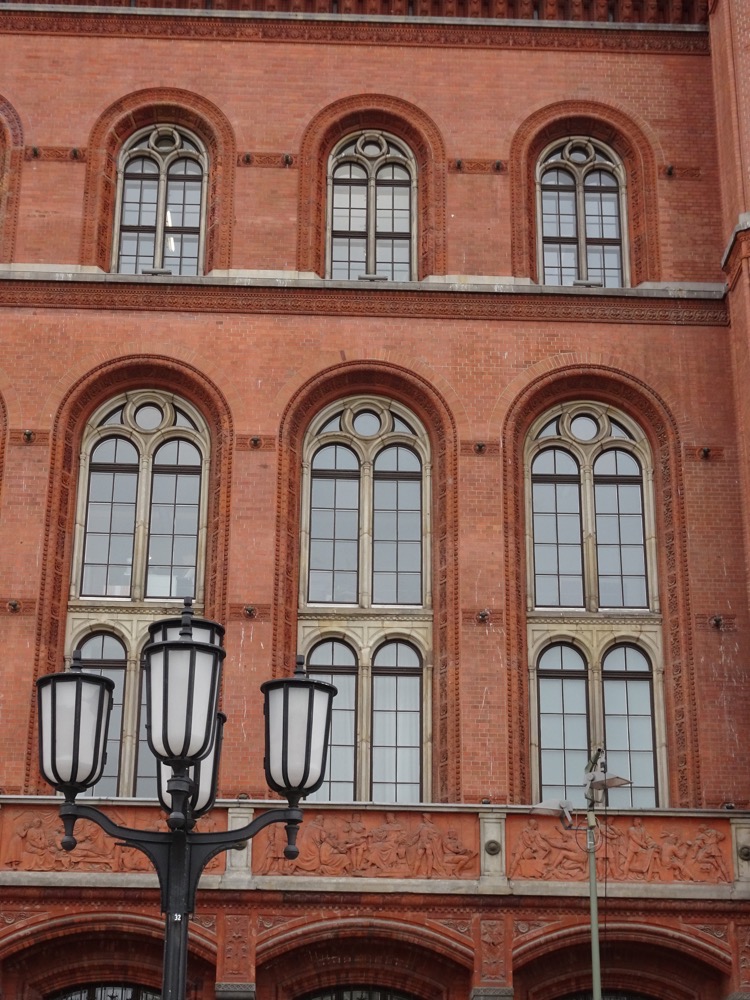
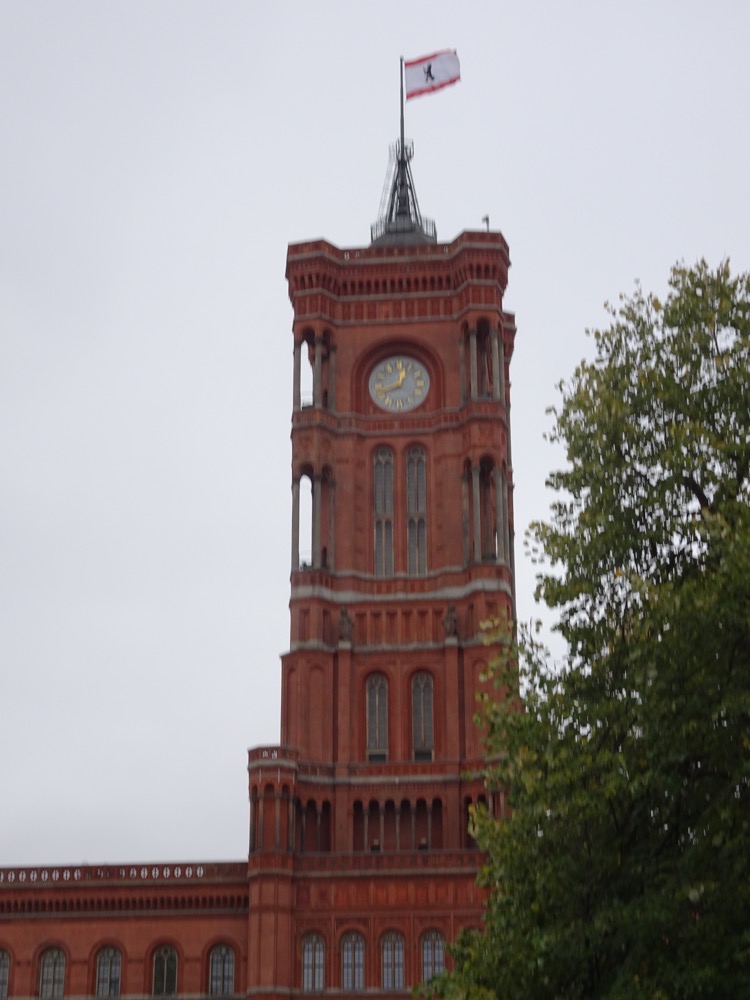
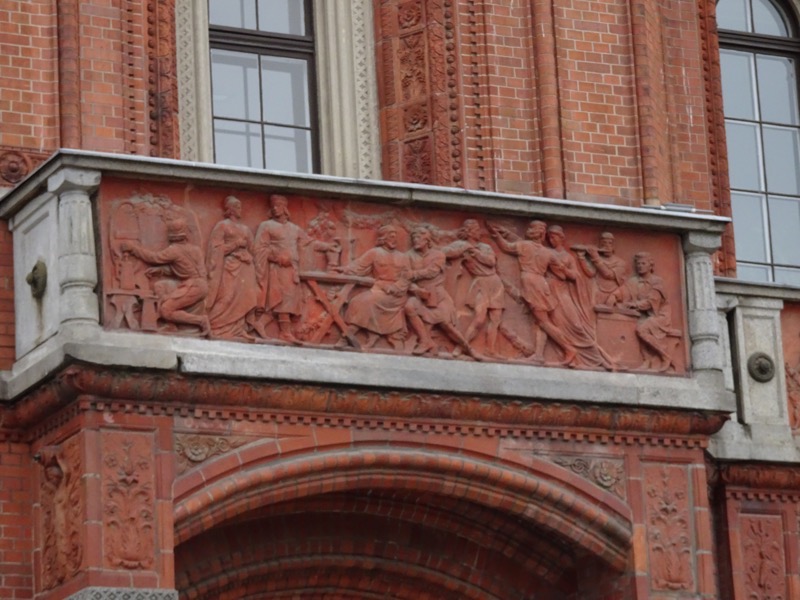 Across the road from the Rathaus is Berlin’s Neptune Fountain (seems to be a thing). This one was built in 1891, designed by Reinhold Begas. The statue depicts the God, Neptune surrounded by four women who represent the four main rivers of Prussia at the time: the Elbe River (the figure holding fruits and ears of corn), the Rhine River (figure with fishnet and grapes), the Vistula (figure holding wooden blocks, symbols of forestry), and Oder River (represented by the figure with the goats and animal skins).
Across the road from the Rathaus is Berlin’s Neptune Fountain (seems to be a thing). This one was built in 1891, designed by Reinhold Begas. The statue depicts the God, Neptune surrounded by four women who represent the four main rivers of Prussia at the time: the Elbe River (the figure holding fruits and ears of corn), the Rhine River (figure with fishnet and grapes), the Vistula (figure holding wooden blocks, symbols of forestry), and Oder River (represented by the figure with the goats and animal skins). 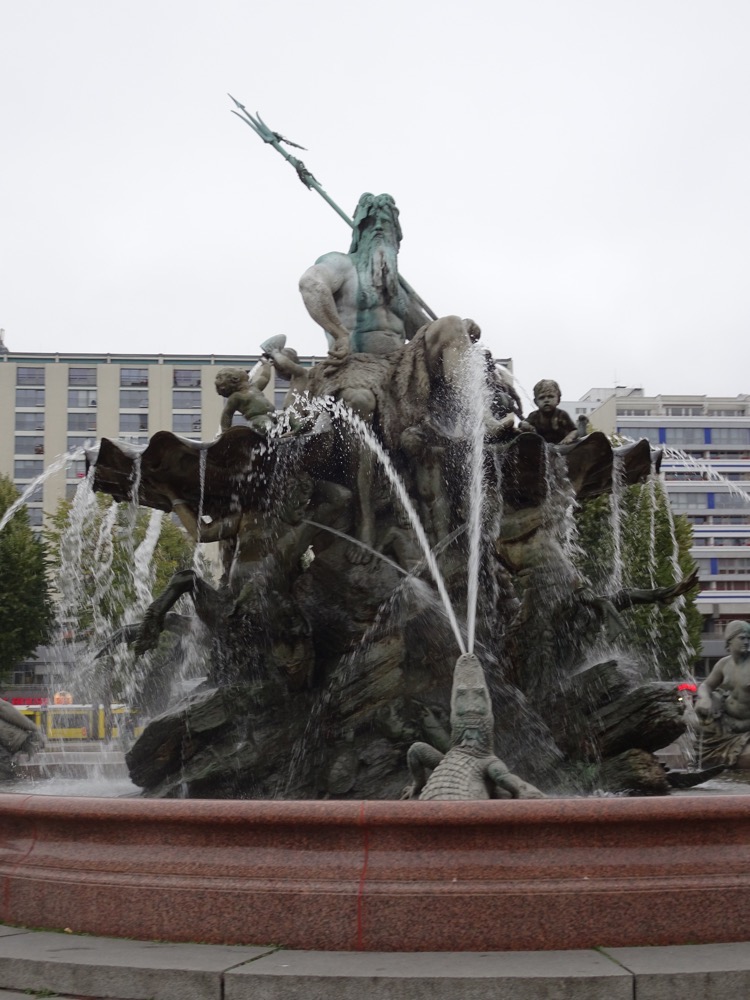
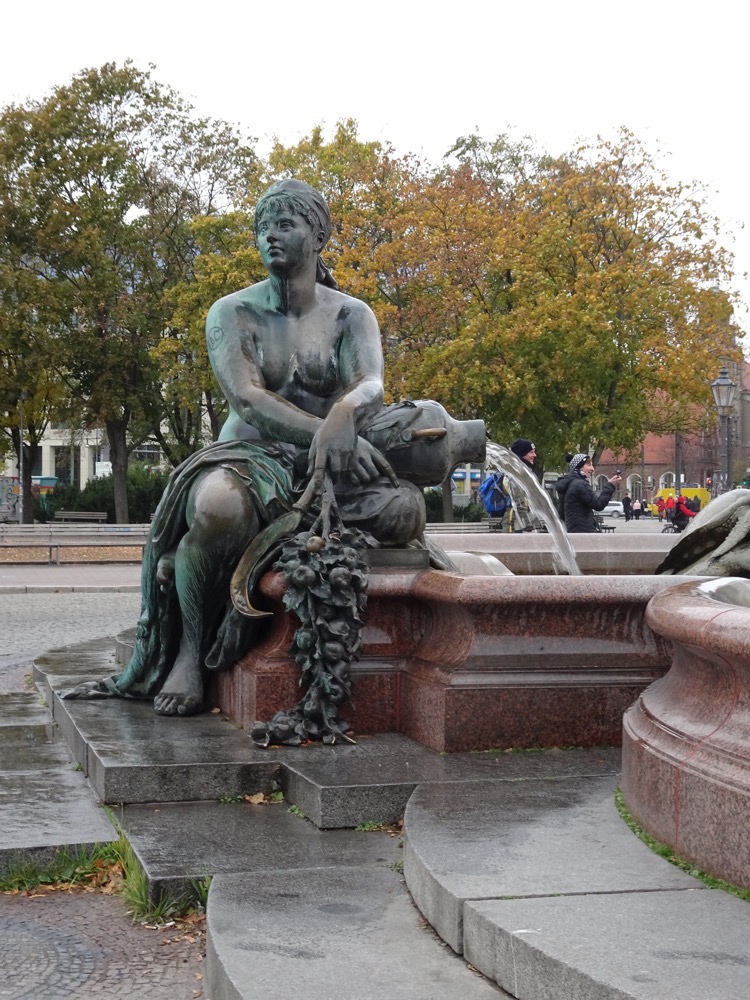 There is lots of alligators and turtles and lobsters in among the fountain, yale found it very impressive, but I thought it was nothing compared to My Fountain in Rome.
There is lots of alligators and turtles and lobsters in among the fountain, yale found it very impressive, but I thought it was nothing compared to My Fountain in Rome. 
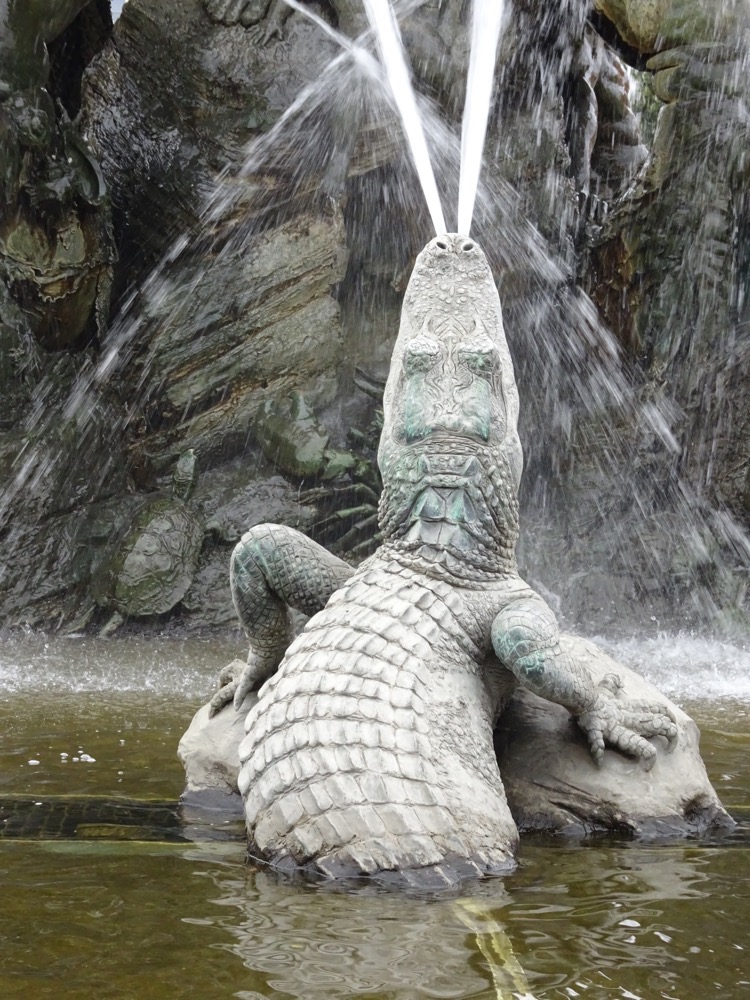
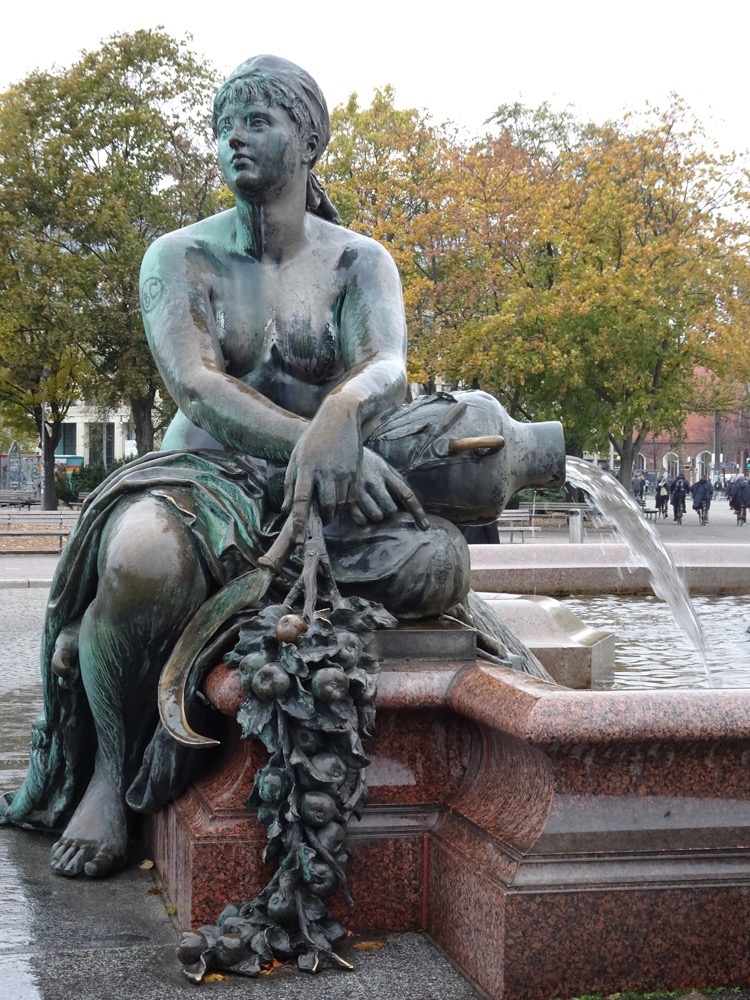
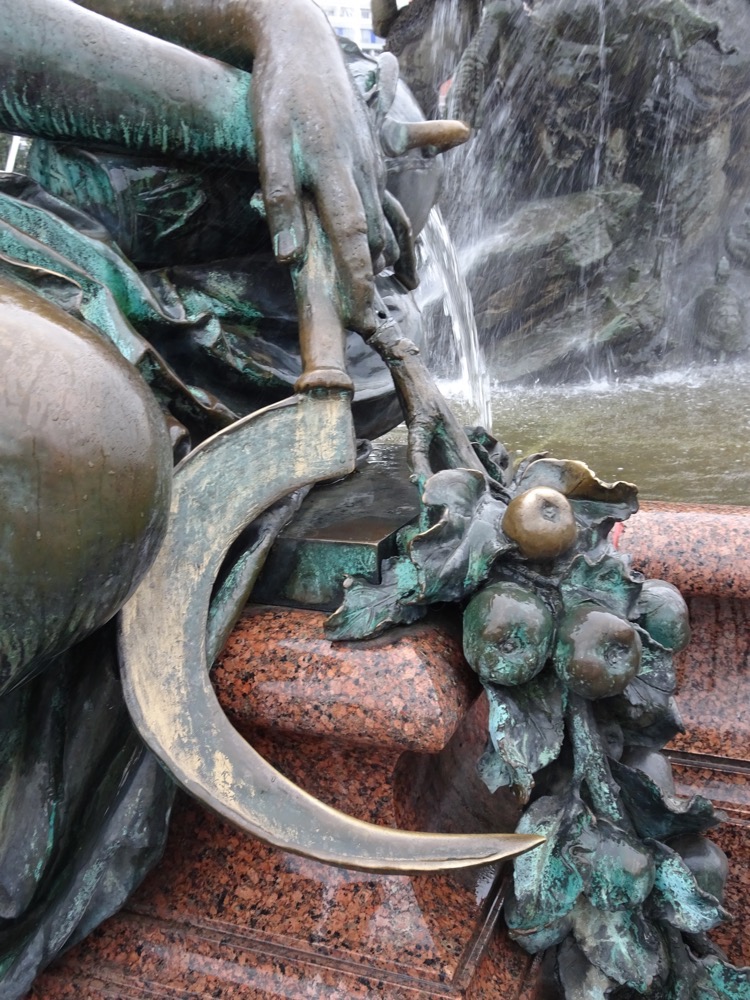
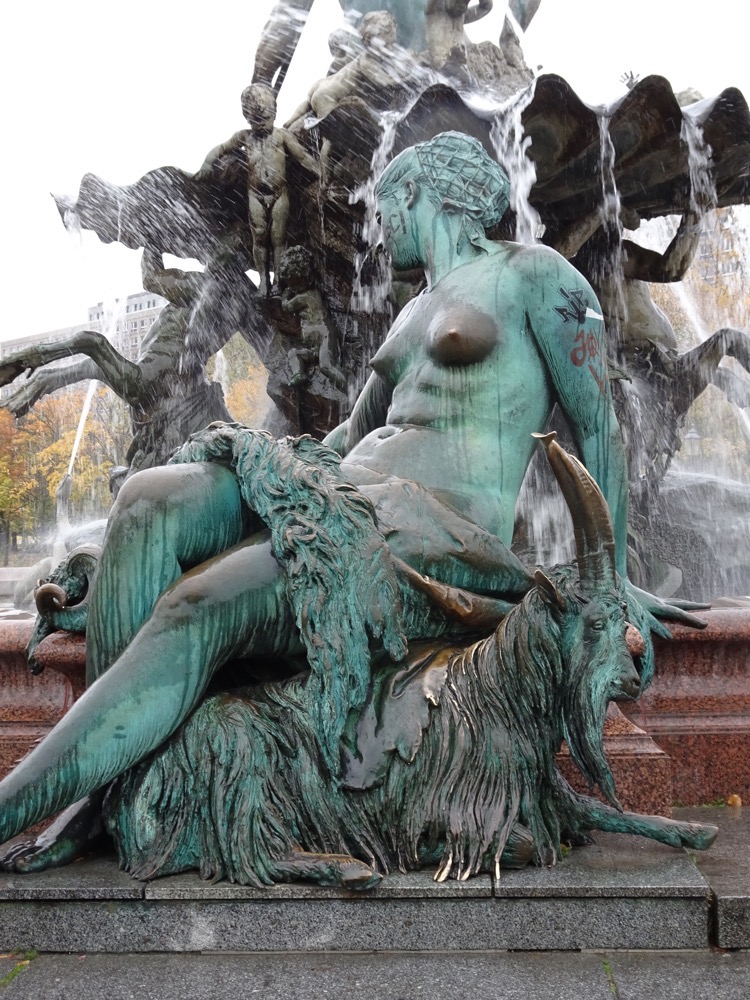
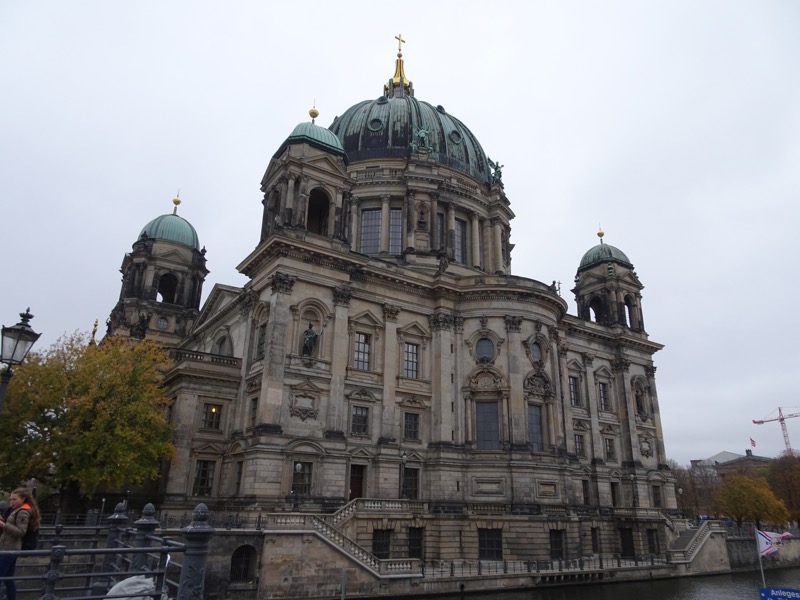 The Berlin Cathedral has never been a ‘proper’ cathedral as it was never the seat of a bishop… sure looks like a cathedral though.
The Berlin Cathedral has never been a ‘proper’ cathedral as it was never the seat of a bishop… sure looks like a cathedral though.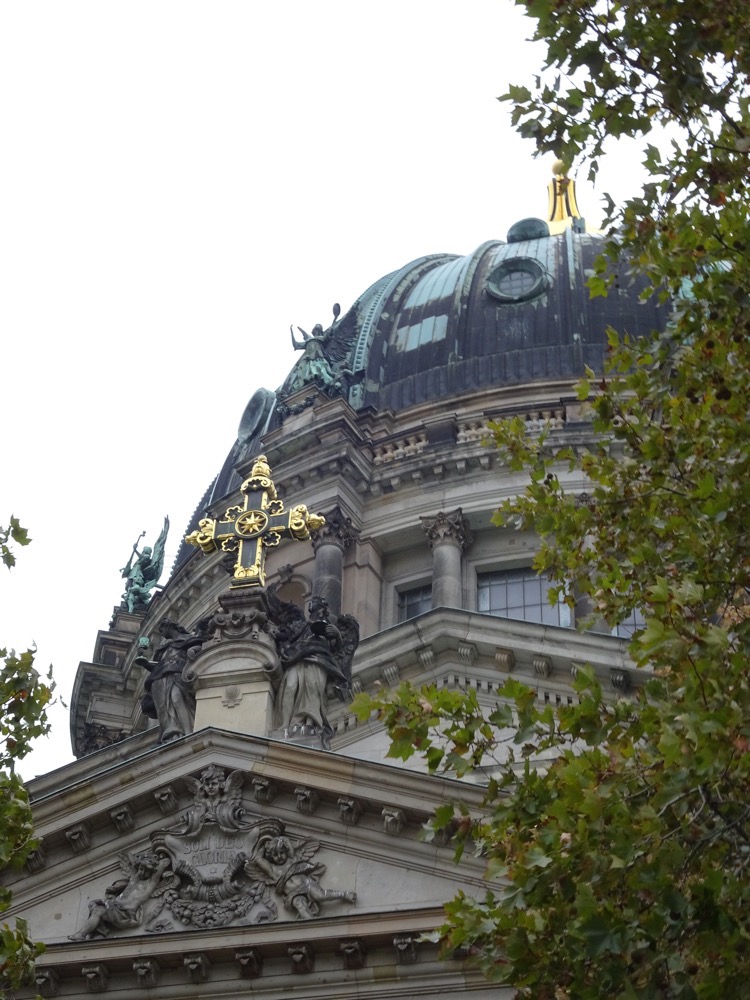
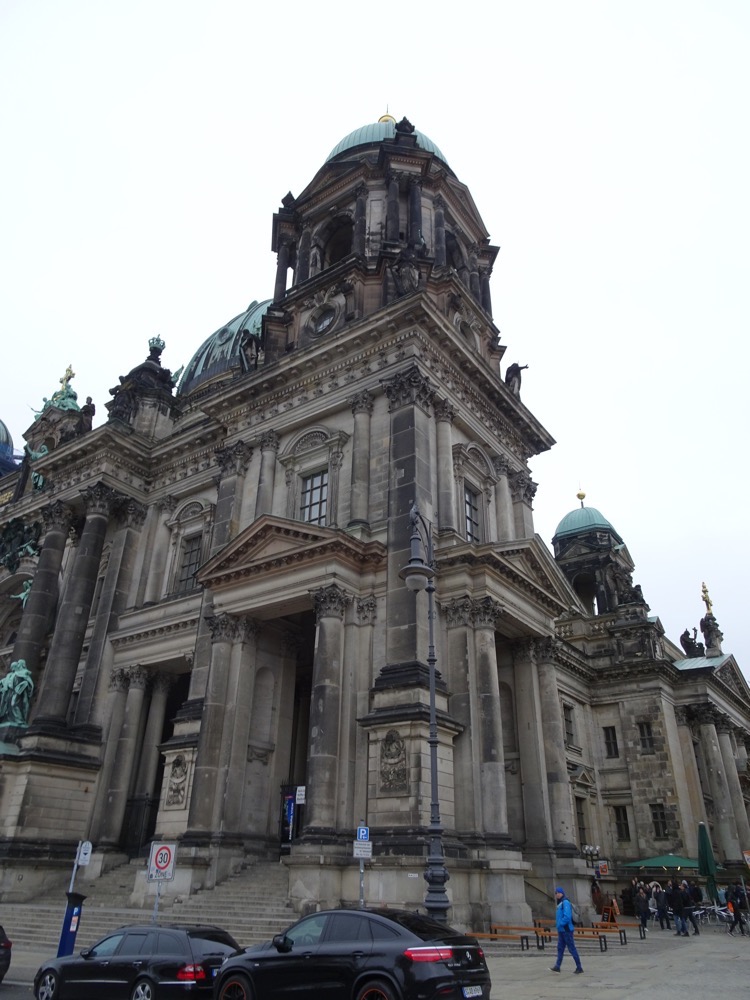 The inside is remarkable, my photographs do not capture how lavish it is with all its gilded carving, intricate mosaics and shiny marble.
The inside is remarkable, my photographs do not capture how lavish it is with all its gilded carving, intricate mosaics and shiny marble.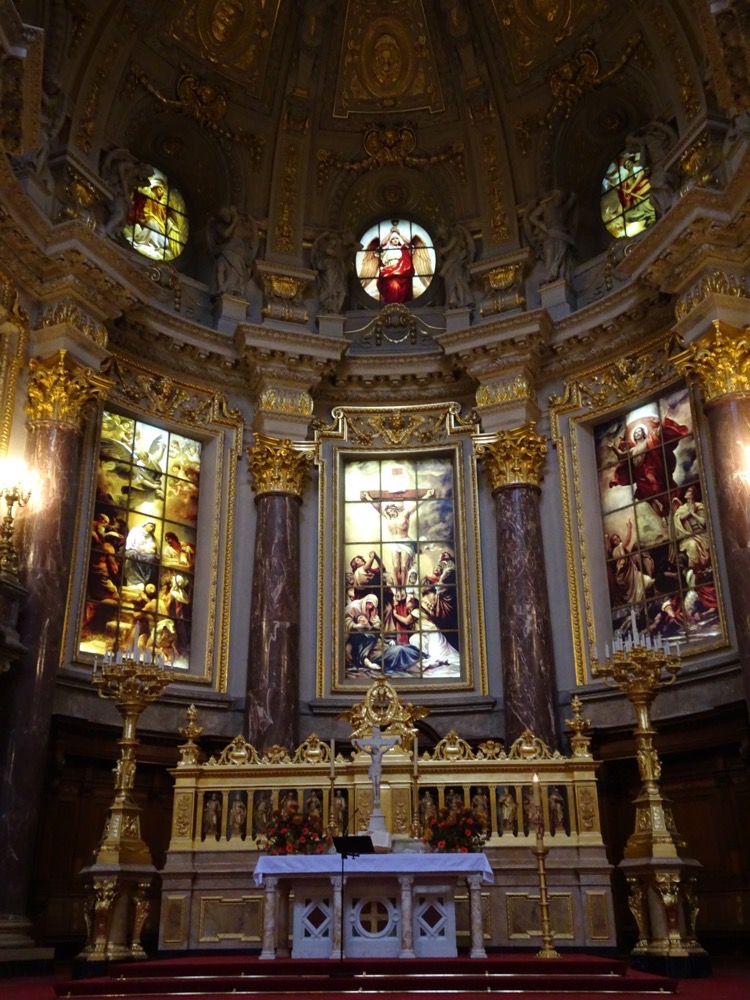 The church on this site has a long history dating back to the mid 15th century. But at the time this version of the church was built, there was no separation between the Protestant church and state of Prussia, so Wilhelm II (who was in charge) also acted as the Supreme Governor of the Evangelical State Church of Prussia, and dictated that the state would pay for the entire construction cost of around 11,5 million Marks. With the building being 114m long, 73m wide and a whopping 116m tall, it was much larger than any of the earlier church buildings and was attempting to be a Protestant version of St. Peter’s Basilica at the Vatican.
The church on this site has a long history dating back to the mid 15th century. But at the time this version of the church was built, there was no separation between the Protestant church and state of Prussia, so Wilhelm II (who was in charge) also acted as the Supreme Governor of the Evangelical State Church of Prussia, and dictated that the state would pay for the entire construction cost of around 11,5 million Marks. With the building being 114m long, 73m wide and a whopping 116m tall, it was much larger than any of the earlier church buildings and was attempting to be a Protestant version of St. Peter’s Basilica at the Vatican.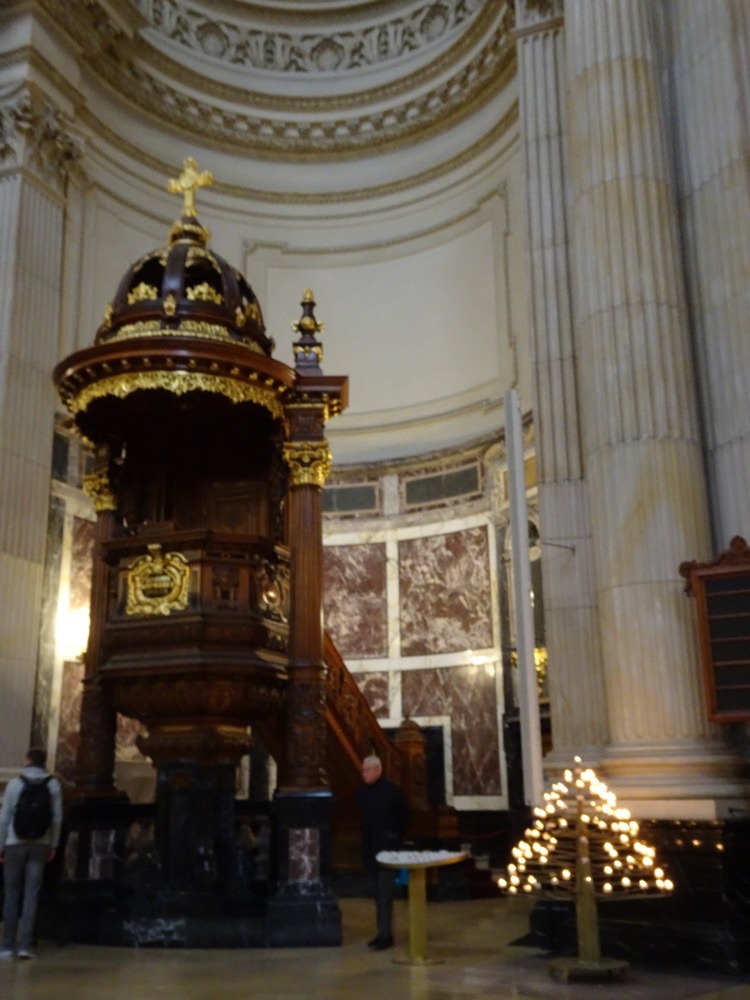
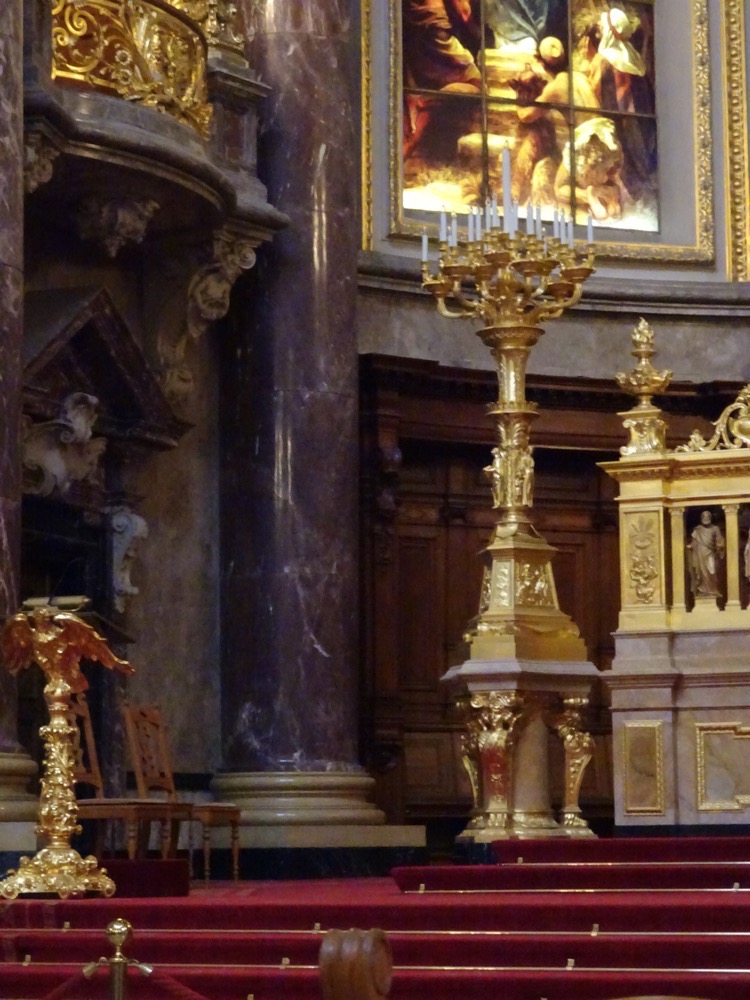 The pipe organ, built by Wilhelm Sauer, has over 7000 pipes was fully restored during 1970s reconstruction.
The pipe organ, built by Wilhelm Sauer, has over 7000 pipes was fully restored during 1970s reconstruction.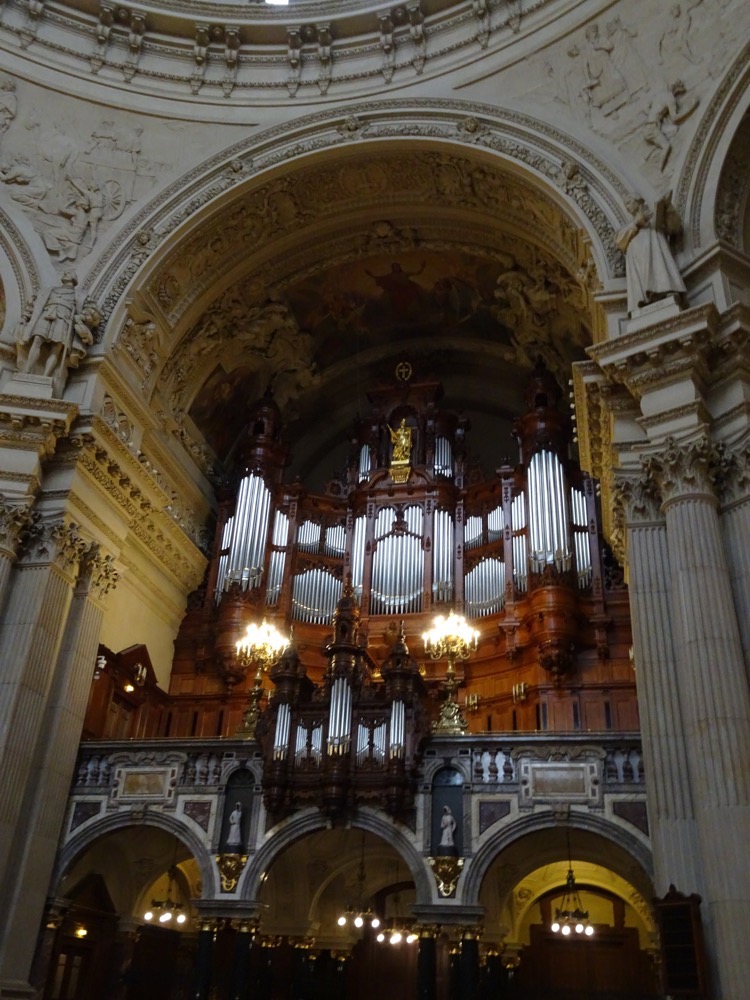
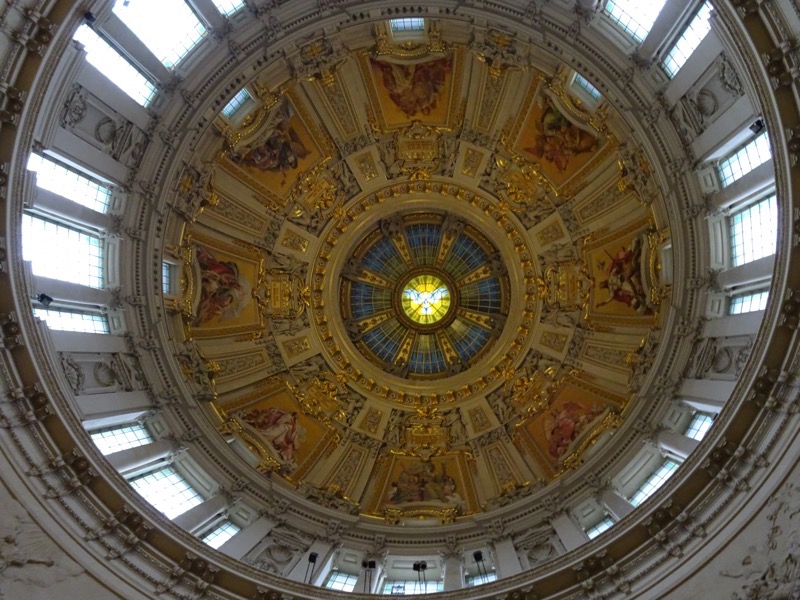
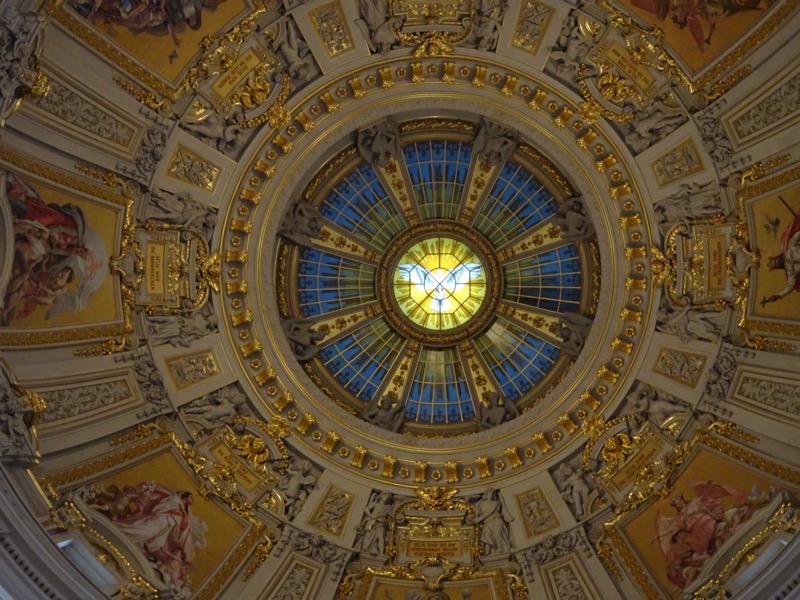 Like most things here, it was seriously damaged during WWII and restoration works didn’t start seriously until about 1975. The Soviet government decided to simplify the building’s original design and in doing so they wanted to demolish the entire northern wing, the section called the ‘Denkmalskirche’, or the Memorial Church. Many compared this chapel to the Medici Chapel, and it had somehow managed to survive the bombings during the war completely intact – however, the Soviet communist government wanted it gone for ideological reasons by the communist government given it was effectively a hall of honour for the Hohenzollern dynasty. So the sneaky bastards put the whole church under scaffolding for the restoration and then literally used detonation charges to destroy this undamaged chapel at the church’s rear. The communist government also removal of many of the iconic crosses as they could during the restoration process. So the restoration was only set to cost about 50,000 marks, but because the government decided to demolish a huge part of the church, the cost of the demolition works was way more than the actual restoration and it ended up costing closer to 800,000 marks.
Like most things here, it was seriously damaged during WWII and restoration works didn’t start seriously until about 1975. The Soviet government decided to simplify the building’s original design and in doing so they wanted to demolish the entire northern wing, the section called the ‘Denkmalskirche’, or the Memorial Church. Many compared this chapel to the Medici Chapel, and it had somehow managed to survive the bombings during the war completely intact – however, the Soviet communist government wanted it gone for ideological reasons by the communist government given it was effectively a hall of honour for the Hohenzollern dynasty. So the sneaky bastards put the whole church under scaffolding for the restoration and then literally used detonation charges to destroy this undamaged chapel at the church’s rear. The communist government also removal of many of the iconic crosses as they could during the restoration process. So the restoration was only set to cost about 50,000 marks, but because the government decided to demolish a huge part of the church, the cost of the demolition works was way more than the actual restoration and it ended up costing closer to 800,000 marks.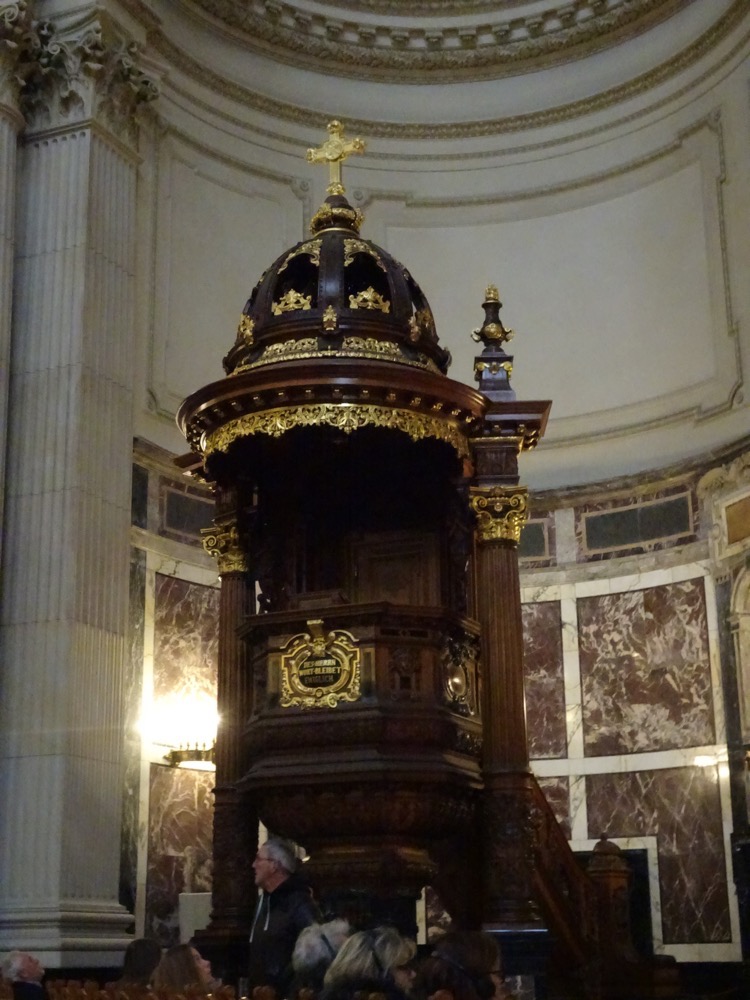 Royal tombs…
Royal tombs…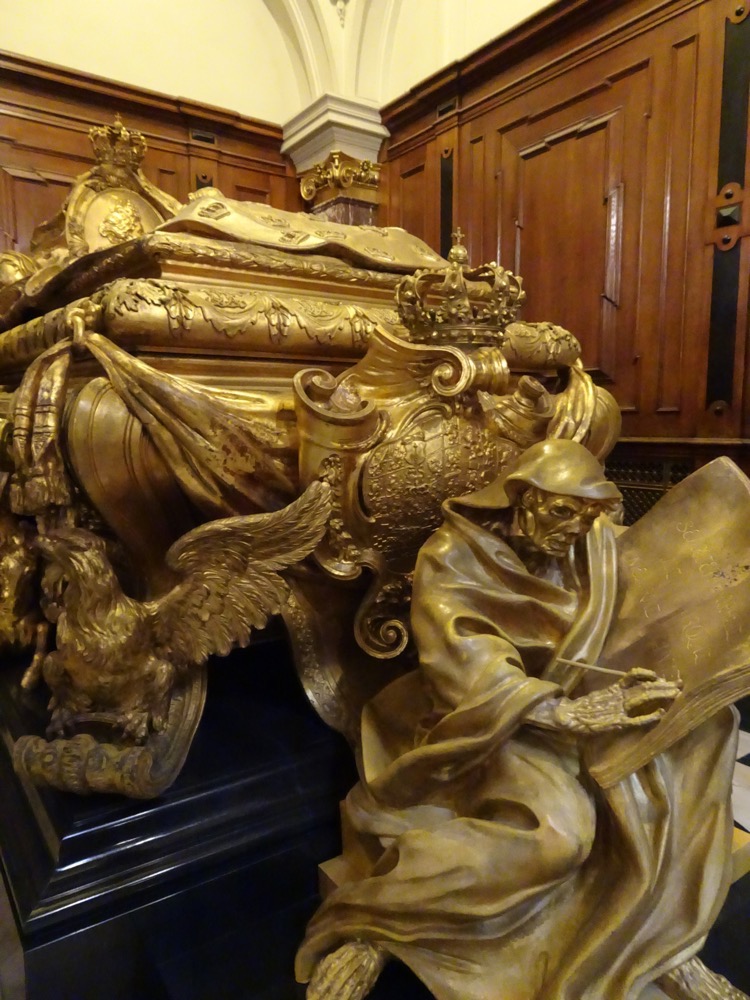
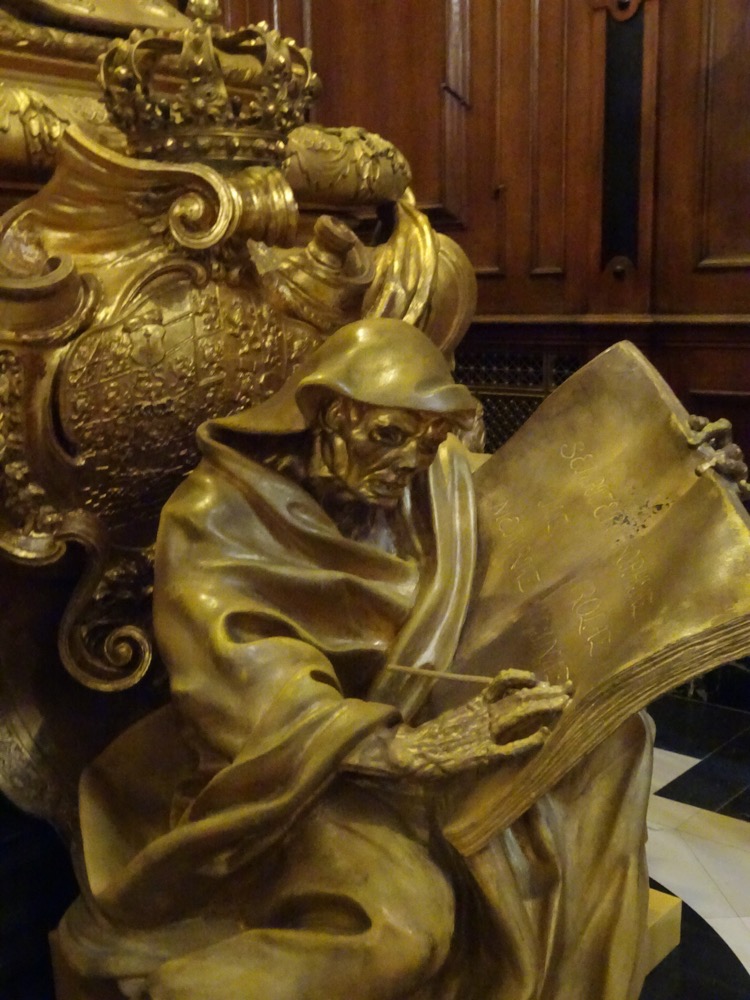
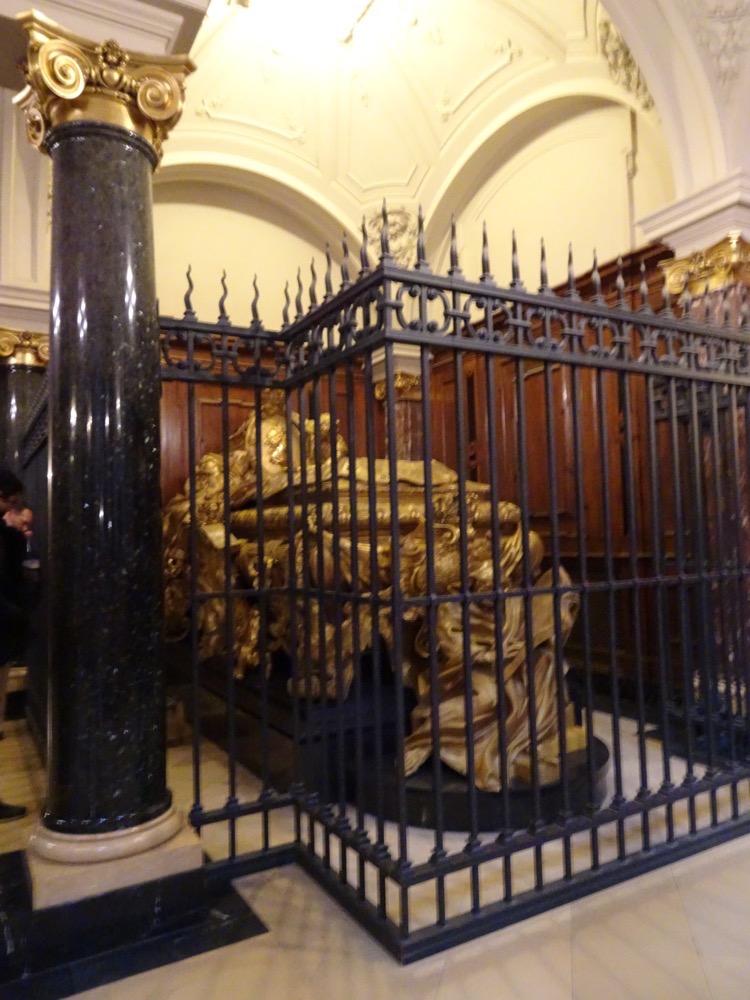
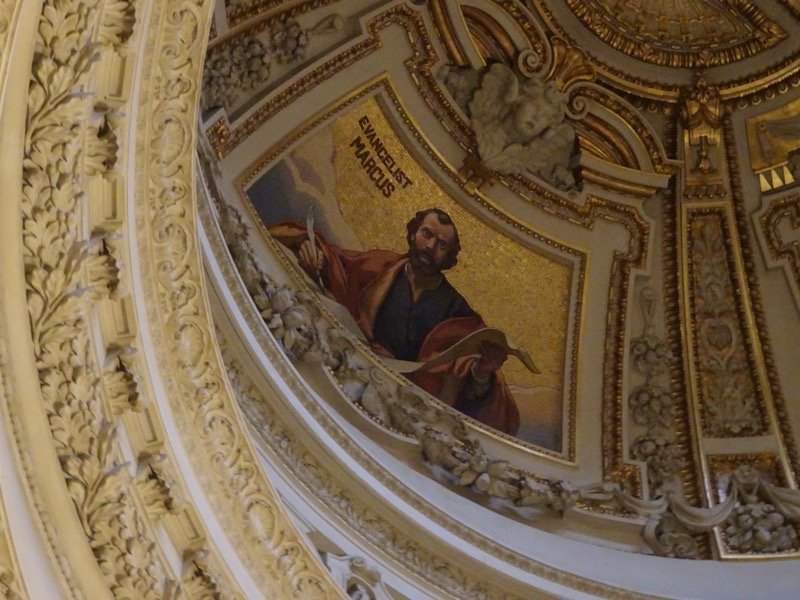 There is a small museum full of models, sketches and pieces of the original mosaics etc.
There is a small museum full of models, sketches and pieces of the original mosaics etc.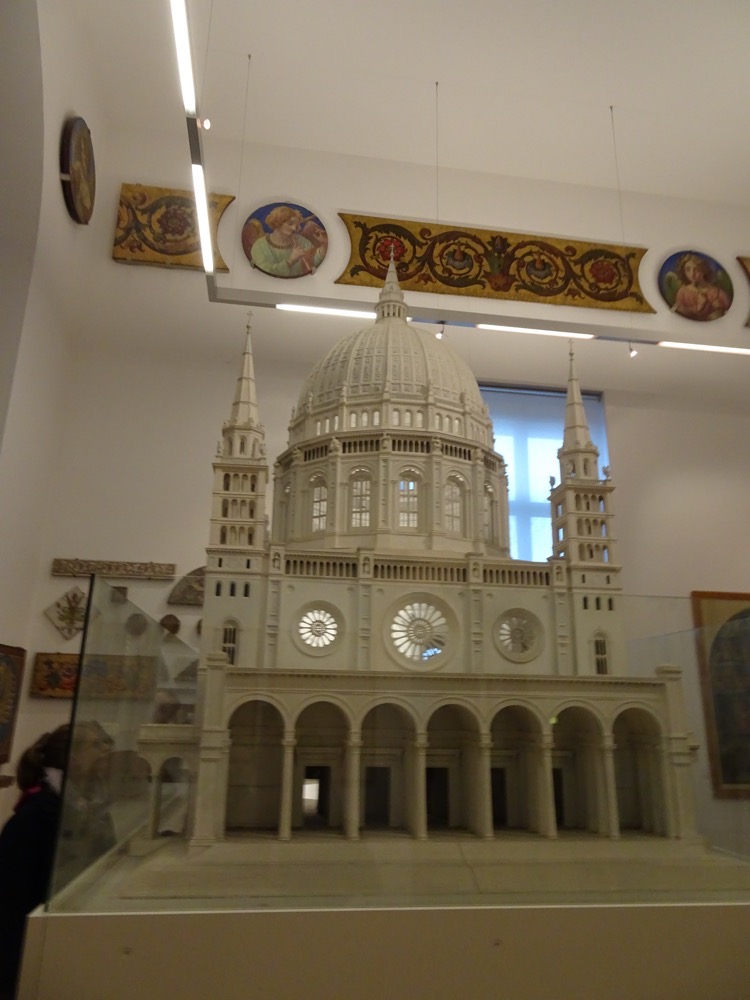
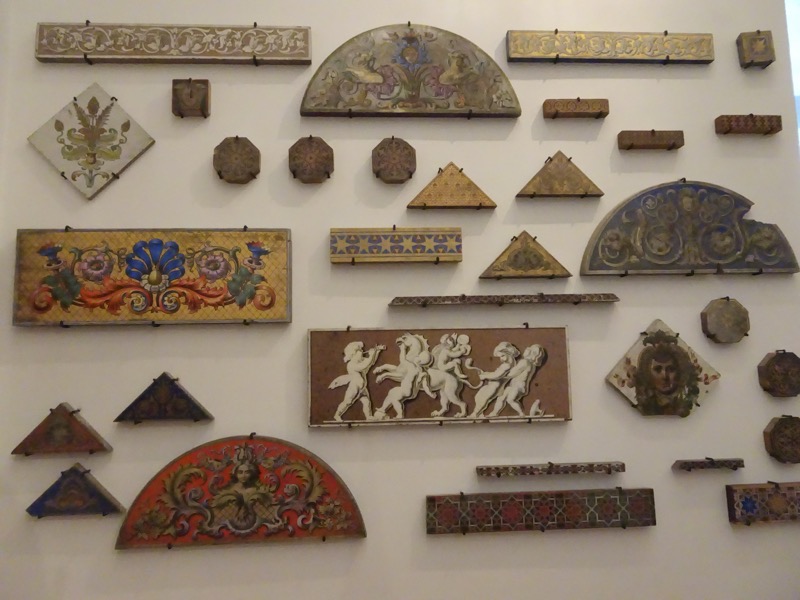
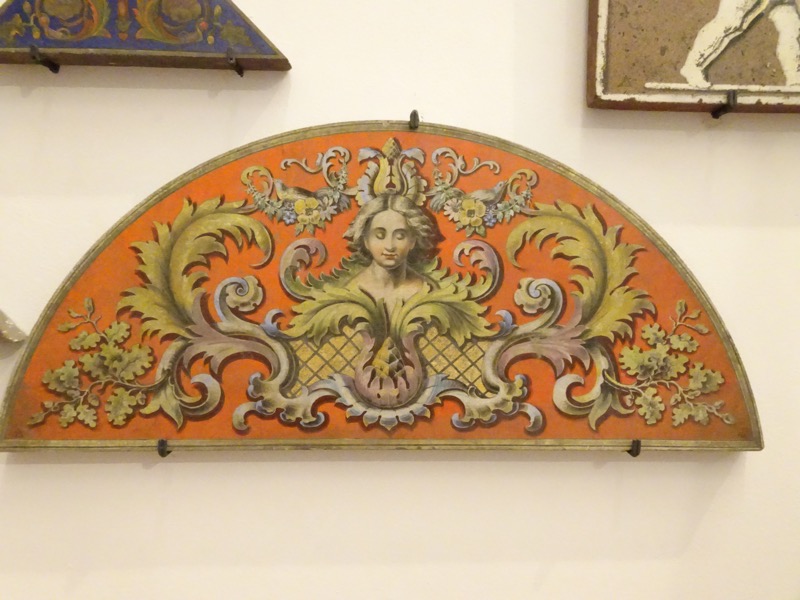
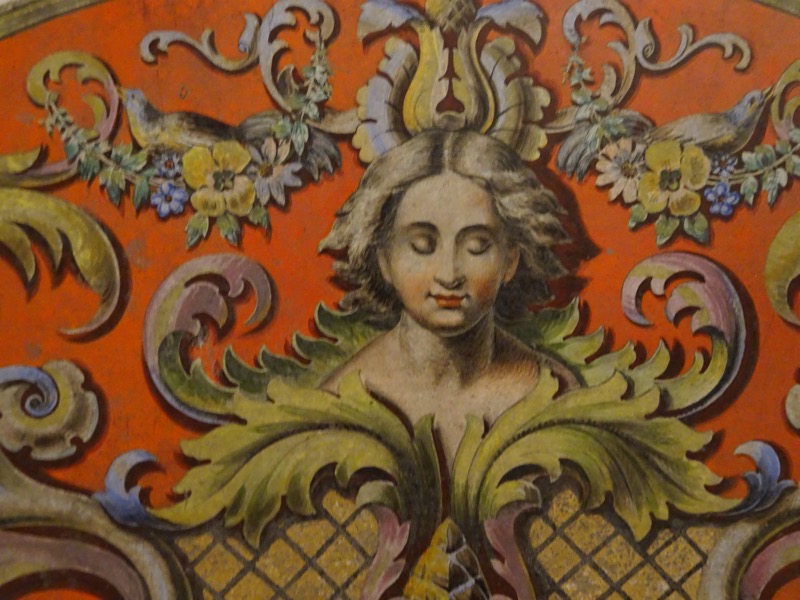 yale for scale by a piece of a column…
yale for scale by a piece of a column… 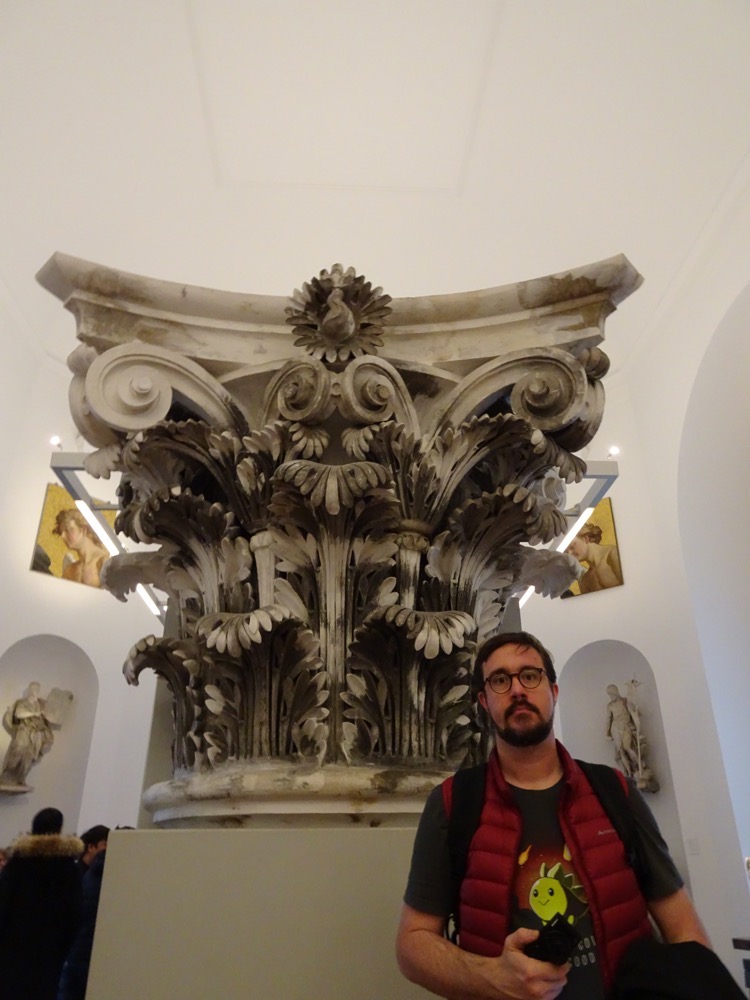 The crypts beneath the church.
The crypts beneath the church.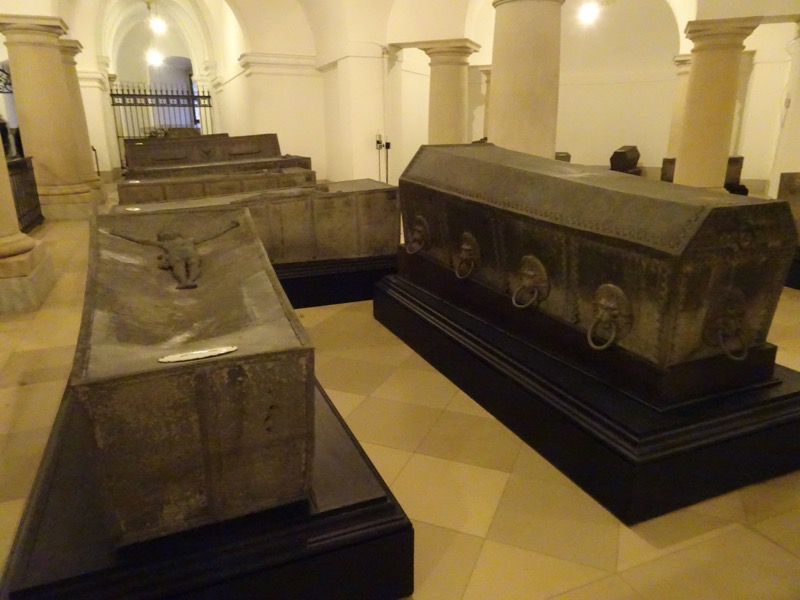
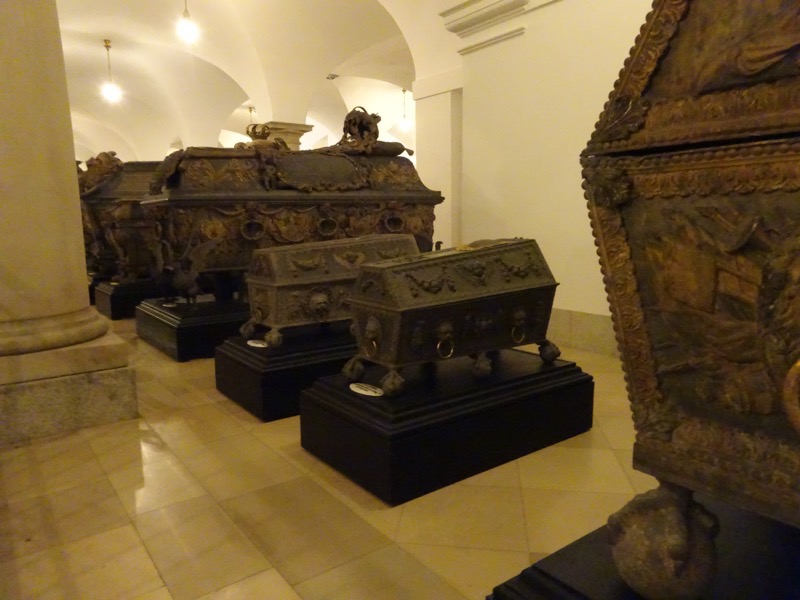
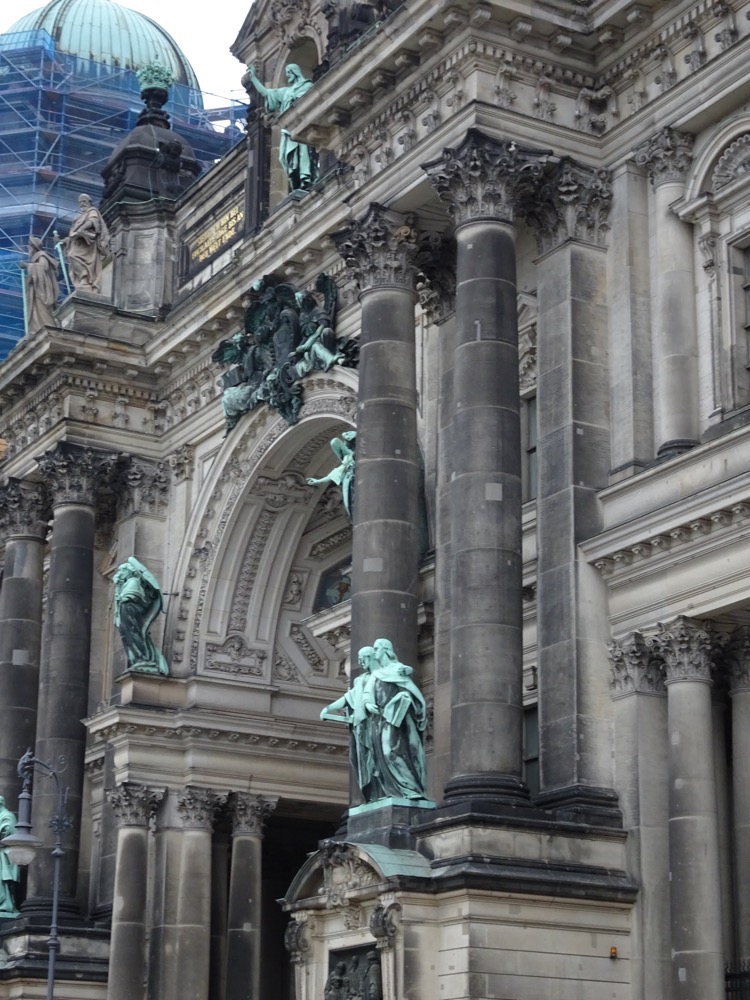
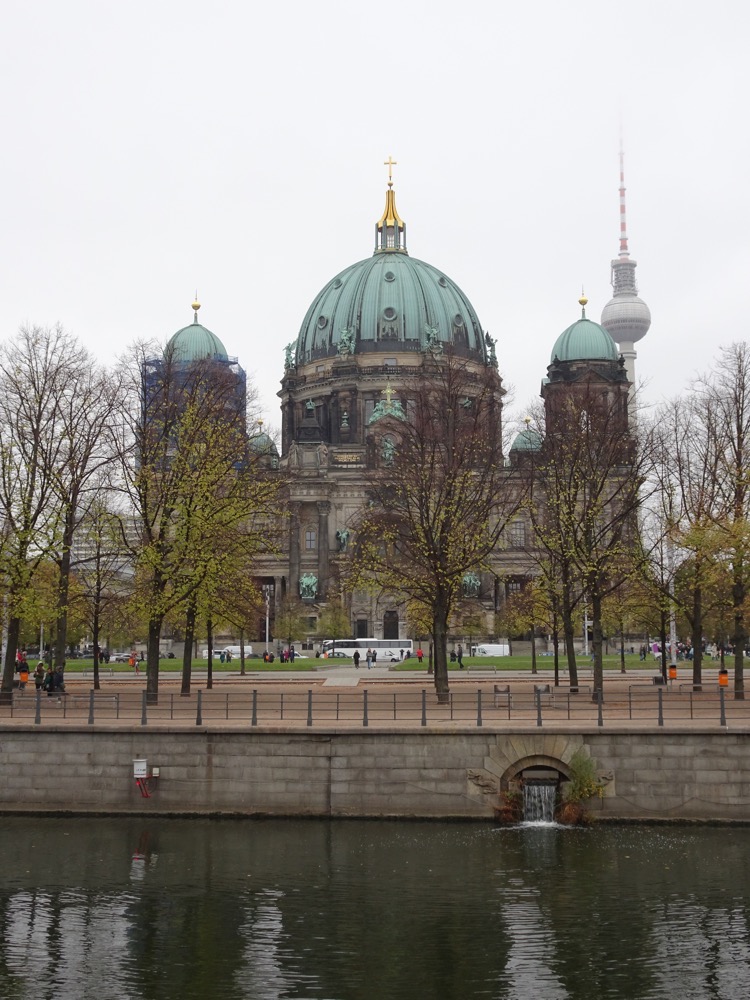 Across the river from the Church is the Altes Museum or Old Museum which is a great name for an archaeological museum – it was built on Museum Island in Berlin and only recently restored in 2010/11. It has cool stuff in it like Greek urns, helms and paintings from old masters and all sorts of shit… but MONDAY!
Across the river from the Church is the Altes Museum or Old Museum which is a great name for an archaeological museum – it was built on Museum Island in Berlin and only recently restored in 2010/11. It has cool stuff in it like Greek urns, helms and paintings from old masters and all sorts of shit… but MONDAY!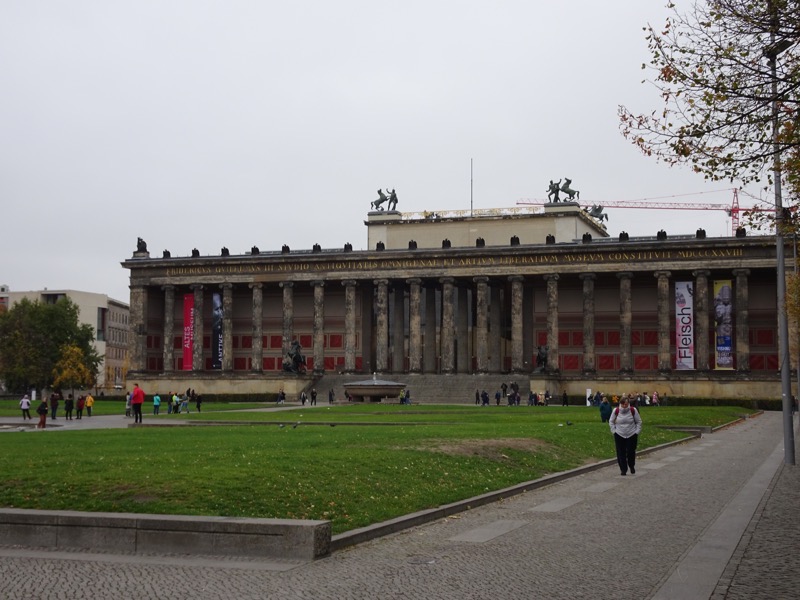
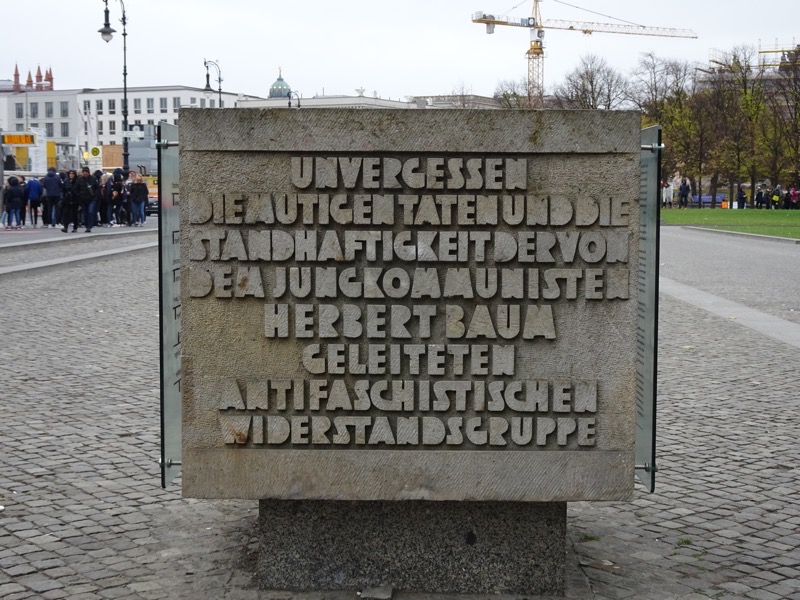 Some sculptures on the Schloss Bridge near Museum Island.
Some sculptures on the Schloss Bridge near Museum Island.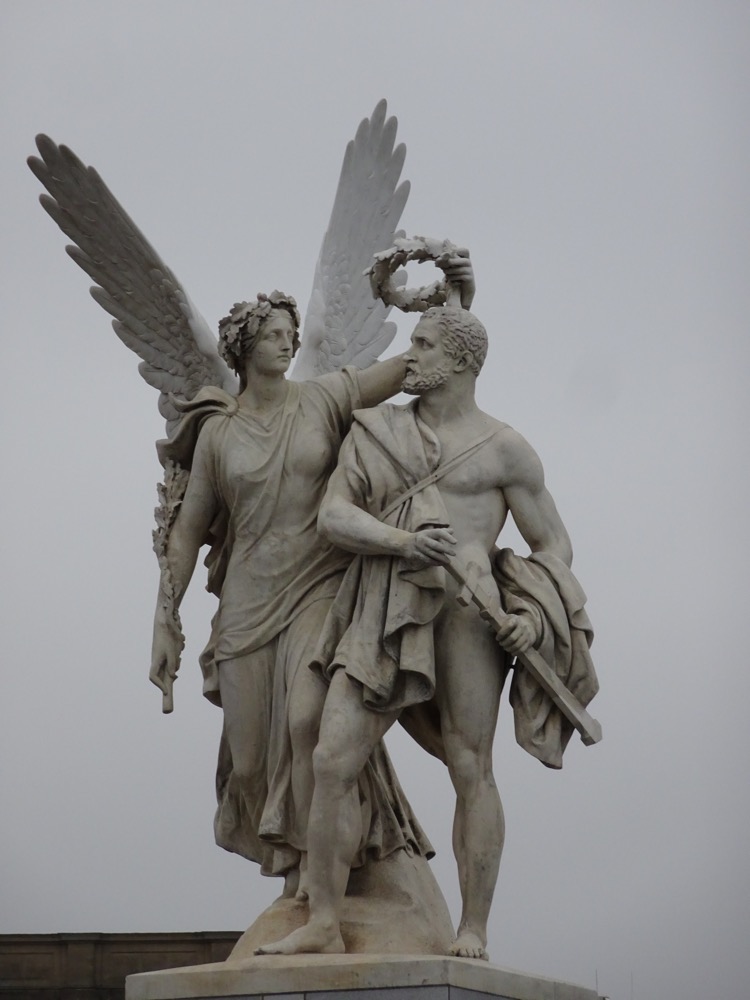
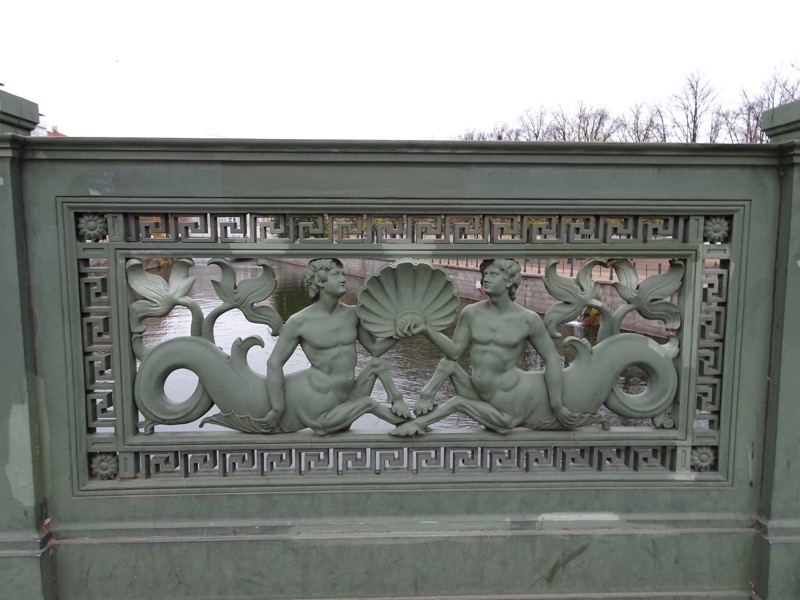
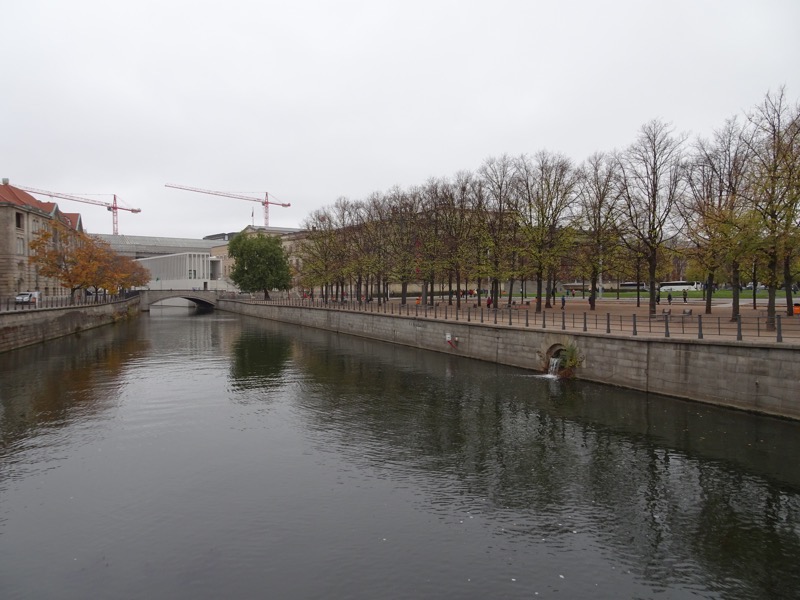 A little further down the Bundesstraße 2 which goes straight through the middle of the city is the Neue Wache, or
A little further down the Bundesstraße 2 which goes straight through the middle of the city is the Neue Wache, or 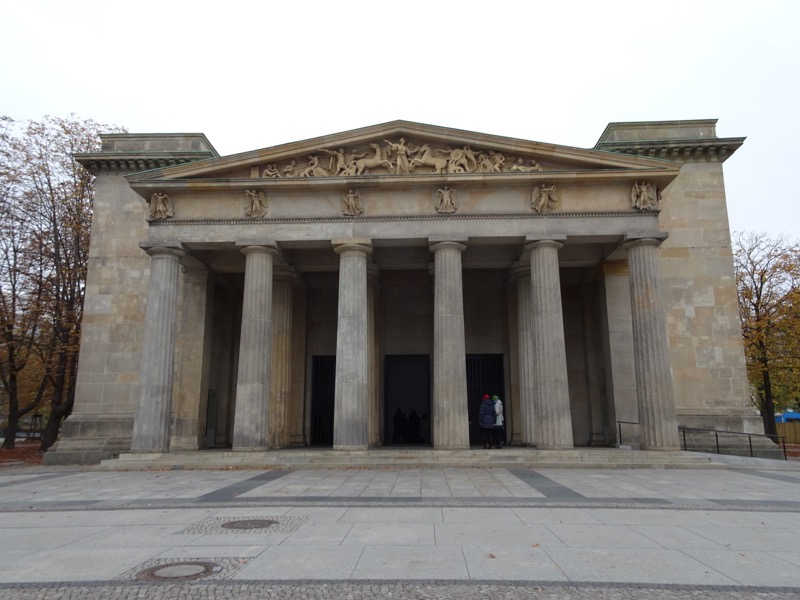 The Käthe Kollwitz sculpture, Mother with her Dead Son, sculpture is the only thing housed inside as a monument to Unknown Soldiers.
The Käthe Kollwitz sculpture, Mother with her Dead Son, sculpture is the only thing housed inside as a monument to Unknown Soldiers.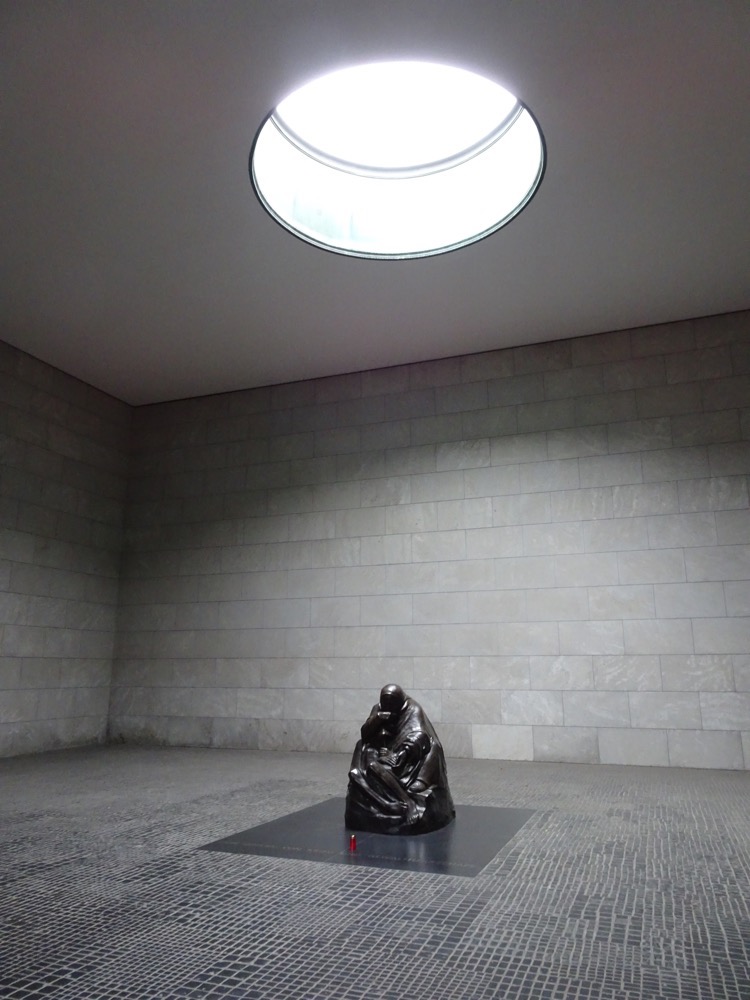
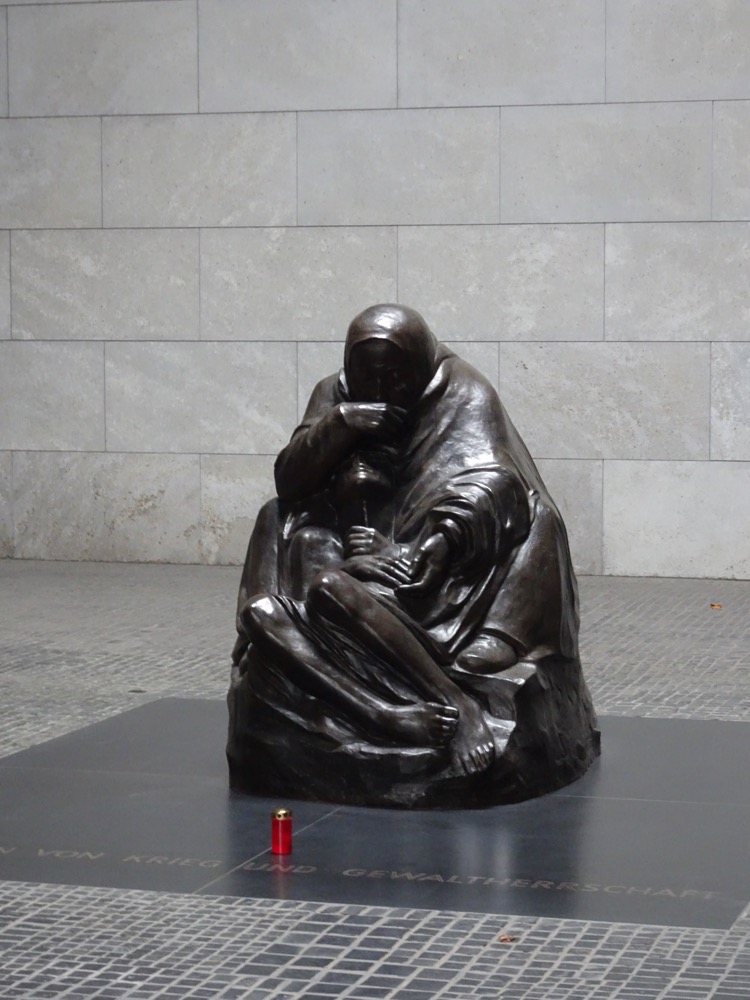 Next stop was the Berlin State Opera or the ‘Staatsoper Unter den Linden’, presumably the same opera house which, inconveniently located, caused the tank standoff at Checkpoint Charlie given that from 1949 to 1990 it housed the state opera of East Germany. It is the permanent home of the ‘Staatsoper Unter den Linden’ opera company.
Next stop was the Berlin State Opera or the ‘Staatsoper Unter den Linden’, presumably the same opera house which, inconveniently located, caused the tank standoff at Checkpoint Charlie given that from 1949 to 1990 it housed the state opera of East Germany. It is the permanent home of the ‘Staatsoper Unter den Linden’ opera company. 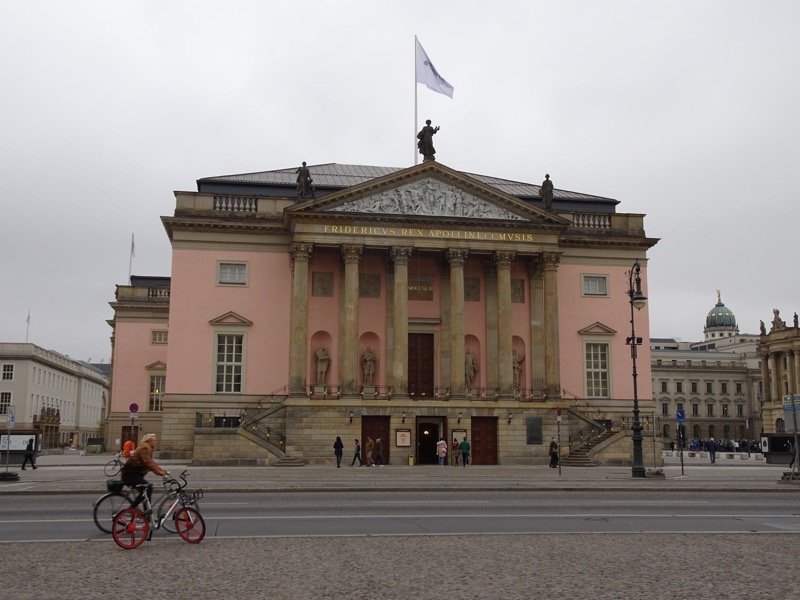 Humboldt University…
Humboldt University…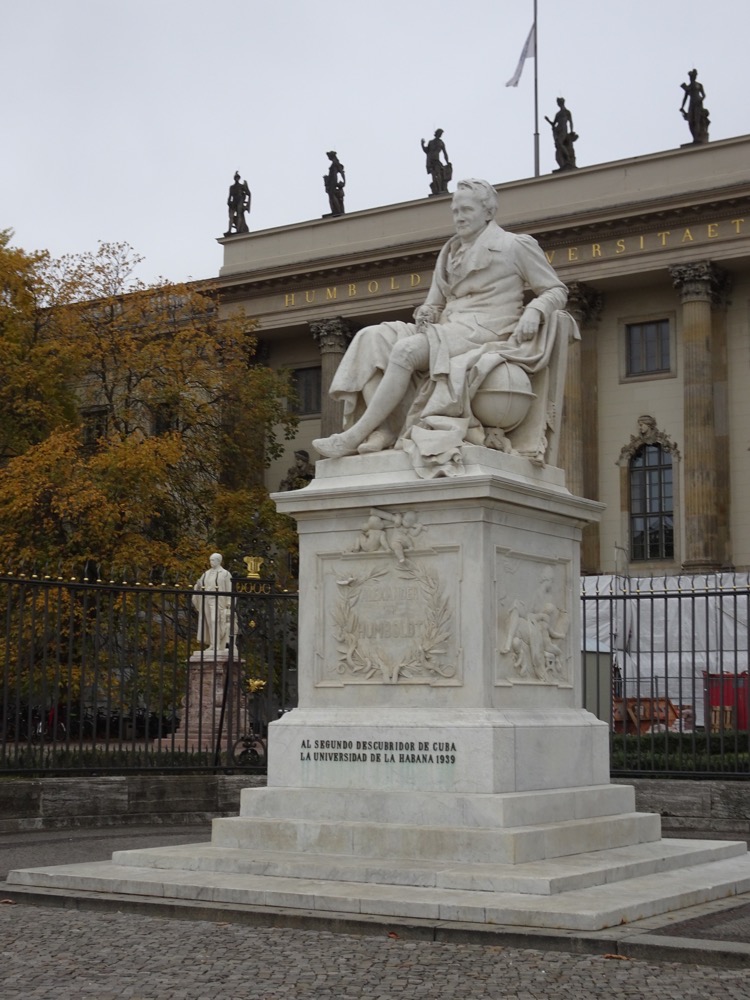 Beside the opera house is the Bebelplatz public square which is bound by the Opera House, the Humboldt University, and St Hedwig’s Catholic Cathedral. Today, the Bebelplatz is most famous for it being the site of the Nazi book burnings that occurred here on the 10th May 1933. The burnings were initiated and hosted by the nationalist German Student Association… seriously, the students were burning the books. They started collecting books on the 6th Mary and dragged the contents of the Institut für Sexualwissenschaft library into the square before they invited Propaganda Minister Joseph Goebbels to come and give a speech before setting fire to the books. Also in attendance were members of the Nazi Students’ League, the Sturmabteilung (“brownshirts”), the SS, and members of Hitler Youth groups. They burned around 20,000 books.
Beside the opera house is the Bebelplatz public square which is bound by the Opera House, the Humboldt University, and St Hedwig’s Catholic Cathedral. Today, the Bebelplatz is most famous for it being the site of the Nazi book burnings that occurred here on the 10th May 1933. The burnings were initiated and hosted by the nationalist German Student Association… seriously, the students were burning the books. They started collecting books on the 6th Mary and dragged the contents of the Institut für Sexualwissenschaft library into the square before they invited Propaganda Minister Joseph Goebbels to come and give a speech before setting fire to the books. Also in attendance were members of the Nazi Students’ League, the Sturmabteilung (“brownshirts”), the SS, and members of Hitler Youth groups. They burned around 20,000 books. 
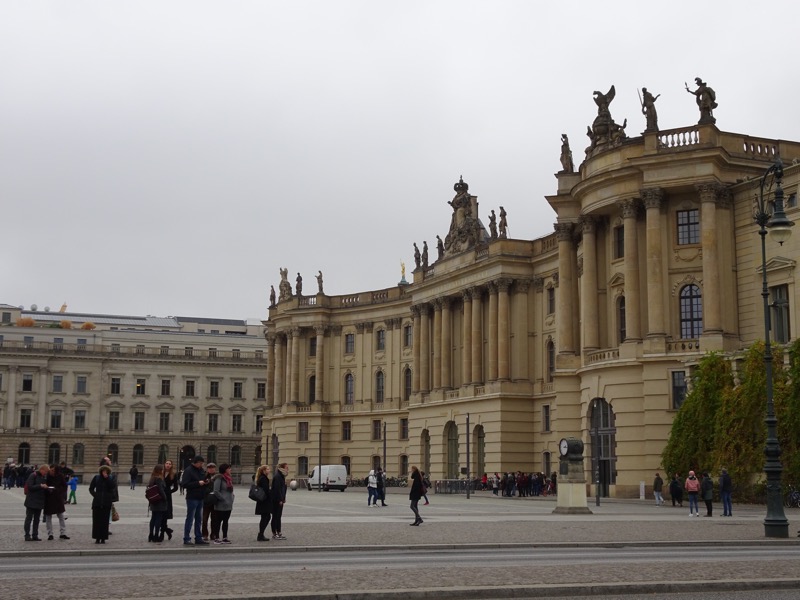 Monument to Reiterstandbild König Friedrich II von Preußen, or Fredrick the Great.
Monument to Reiterstandbild König Friedrich II von Preußen, or Fredrick the Great.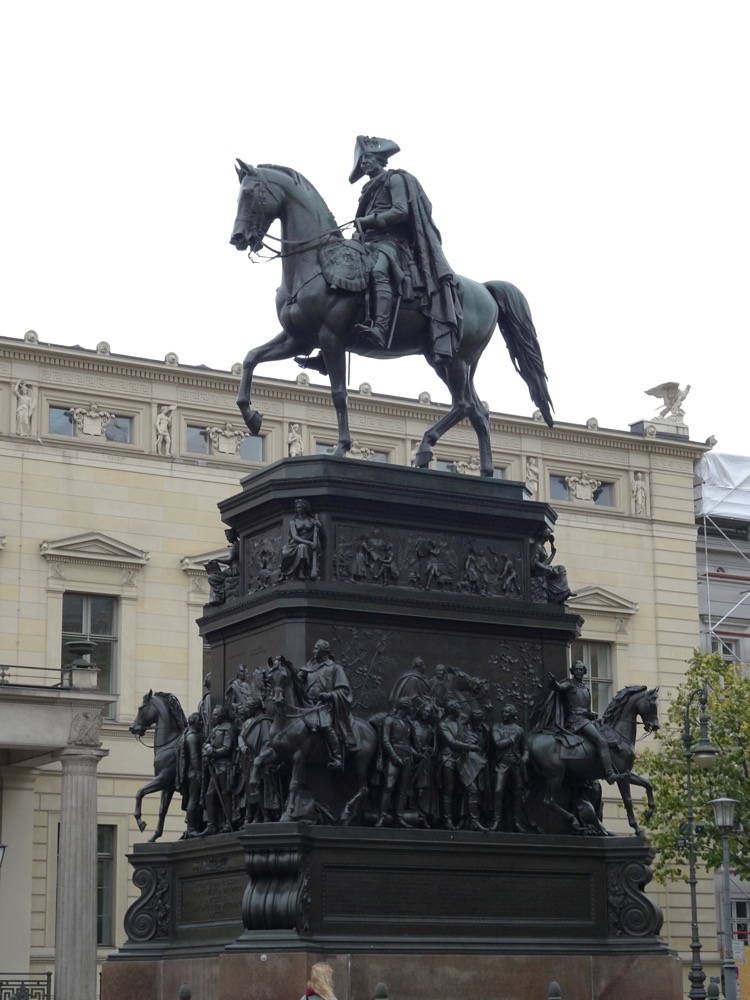
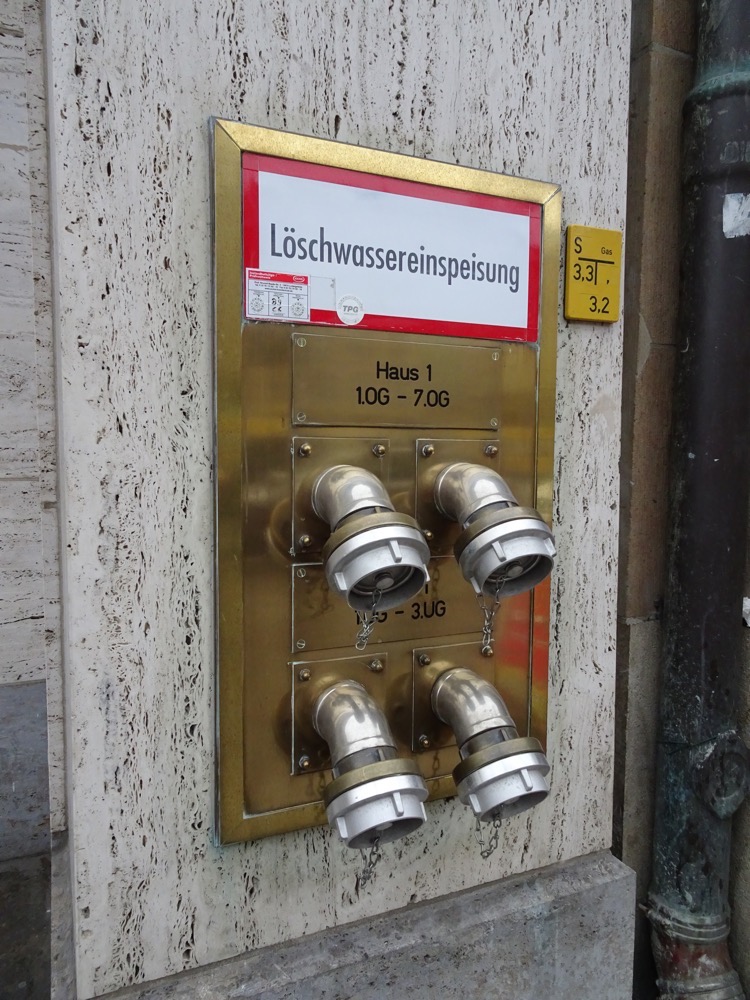 Berlin’s Microsoft offices.
Berlin’s Microsoft offices.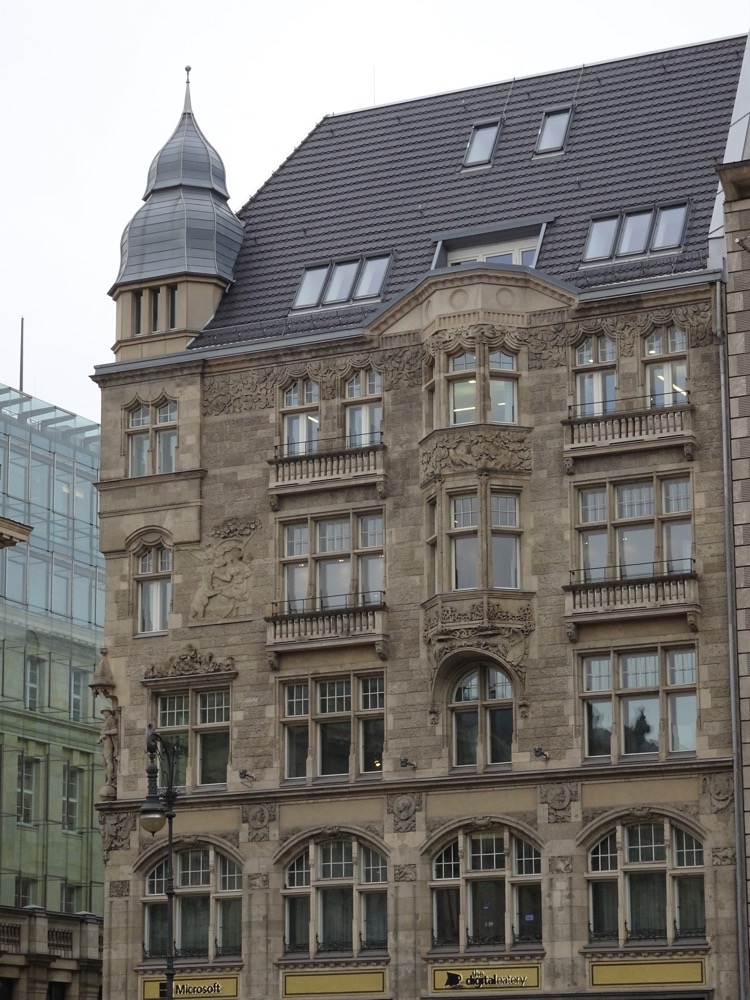 In the foyer of Mercedes Benz in Berlin… a tiny mirror-balled Smart Car. No idea why.
In the foyer of Mercedes Benz in Berlin… a tiny mirror-balled Smart Car. No idea why.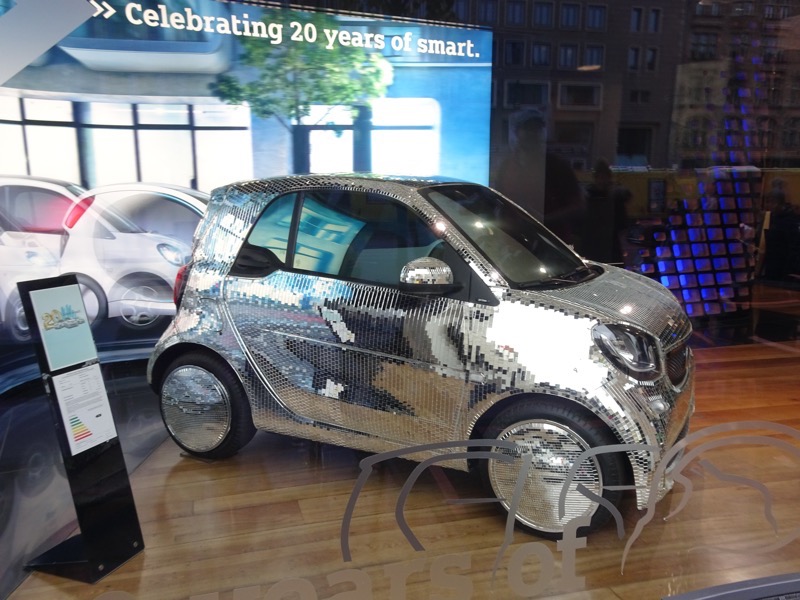
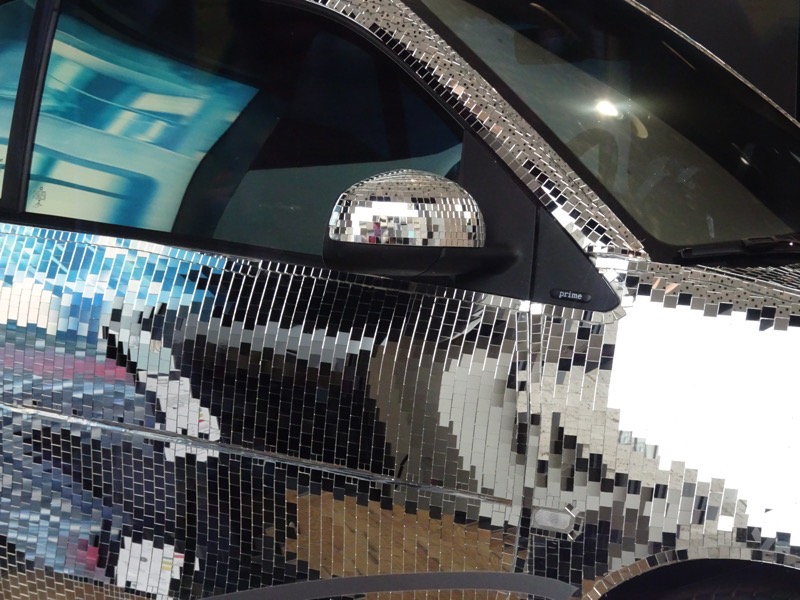 Saw this ad for an internet plan and nearly cried… #fraudband #nbn #auspol
Saw this ad for an internet plan and nearly cried… #fraudband #nbn #auspol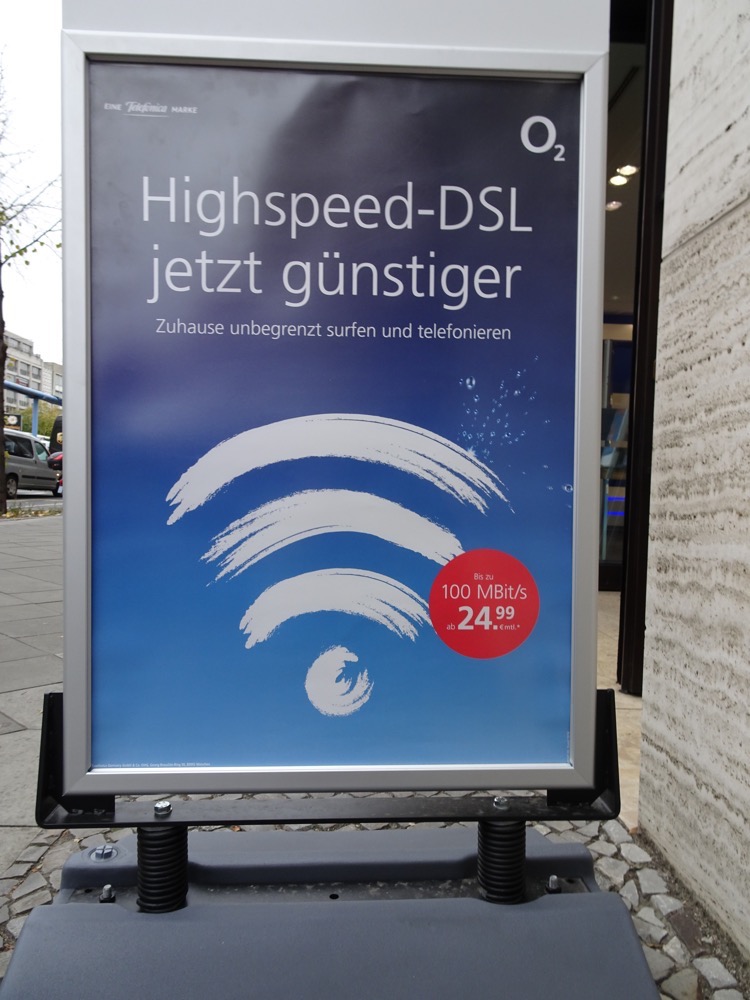 We stopped and had some lunch at a great cafe called, Nante-Eck for some typical stodgy German fare – there was soup and sausages and mustards, flammkuchen and yale sized beer!
We stopped and had some lunch at a great cafe called, Nante-Eck for some typical stodgy German fare – there was soup and sausages and mustards, flammkuchen and yale sized beer!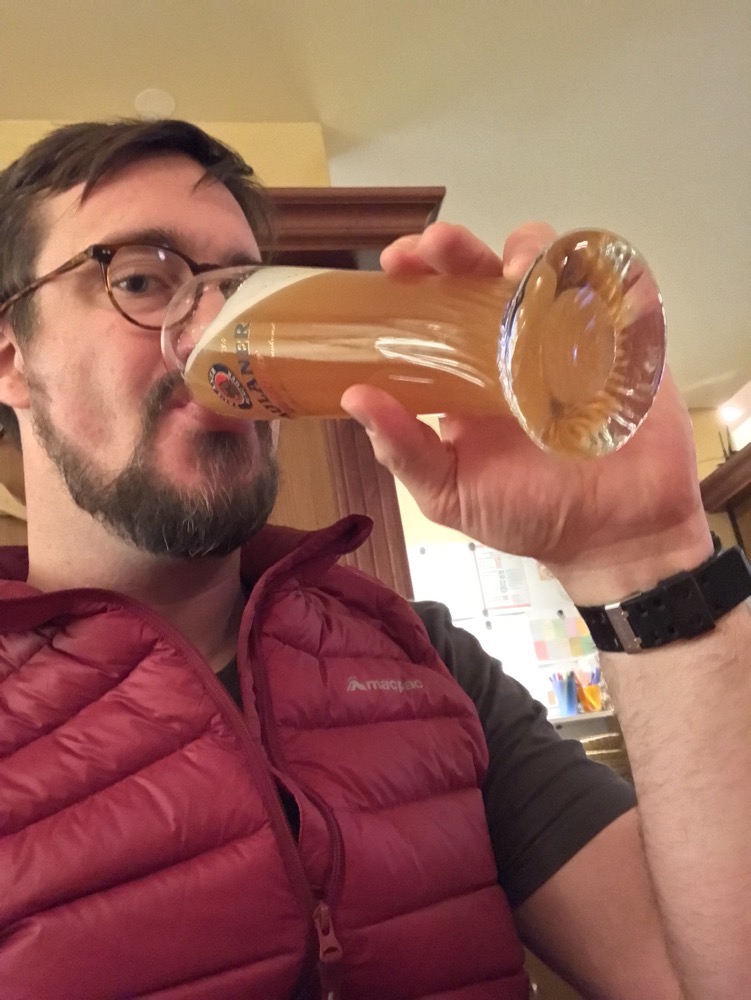 Crayfish bisque for me
Crayfish bisque for me Charlottenburg mixed sausage platter for yale.
Charlottenburg mixed sausage platter for yale. And some creme fraice, onion and bacon flammkuchen to share. Delicious.
And some creme fraice, onion and bacon flammkuchen to share. Delicious.
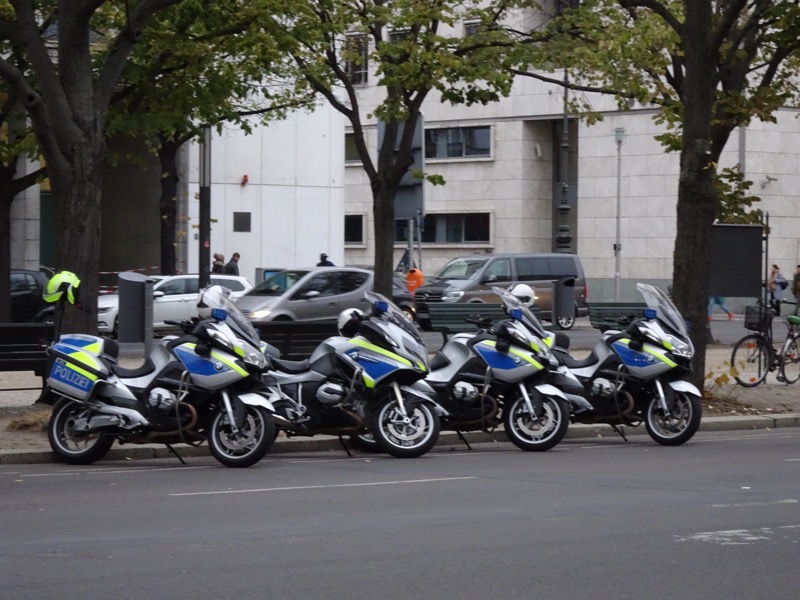
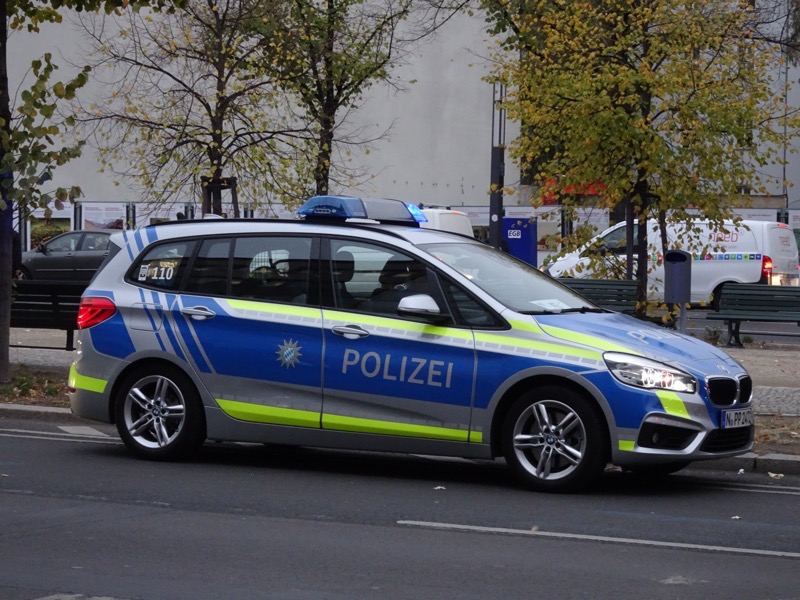
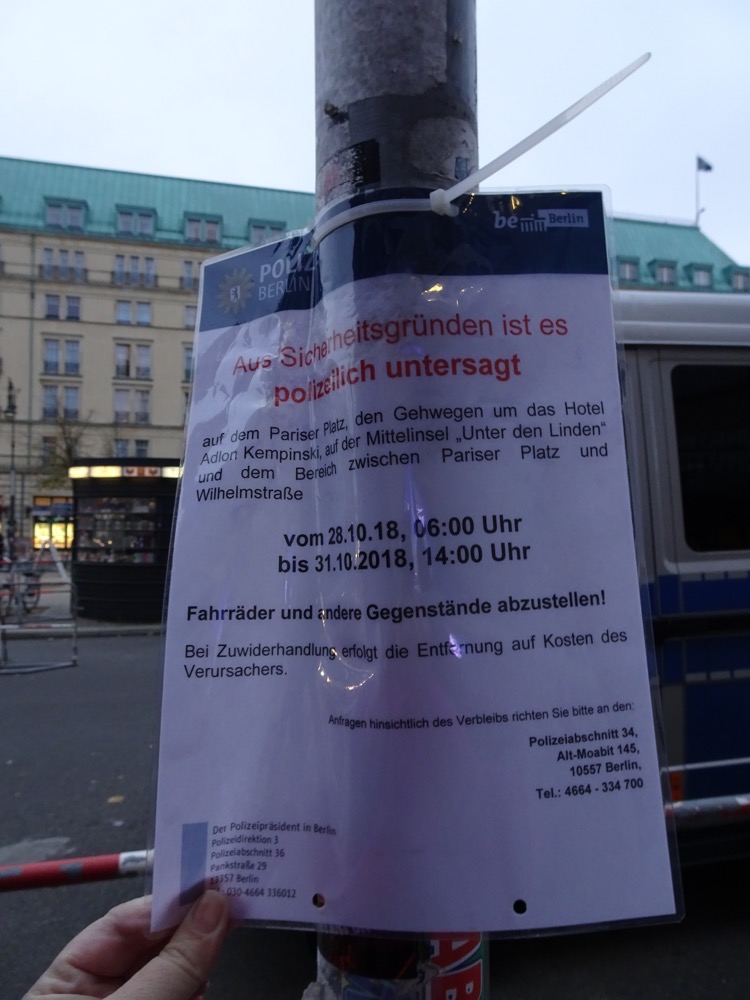
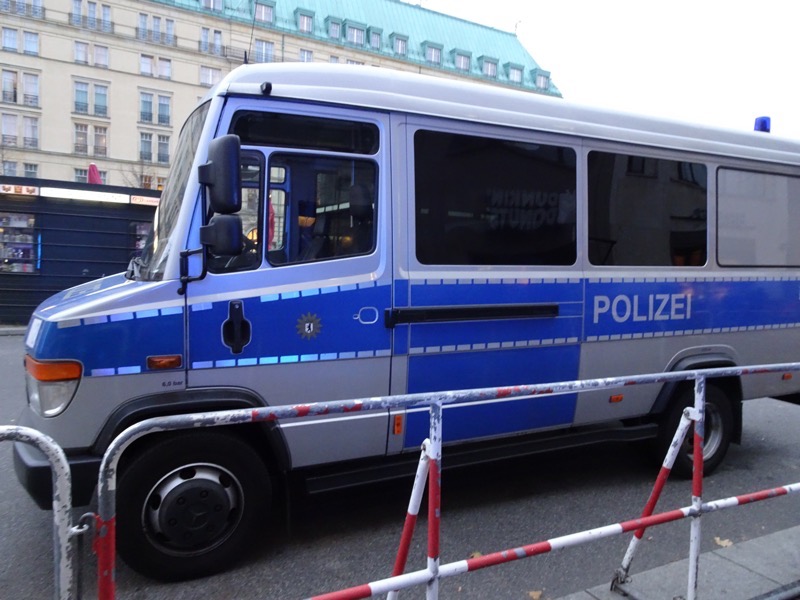 The Brandenburg Gate is an 18th-century neoclassical monument built by the Prussian king Frederick William II after the (somewhat temporary) successful restoration of state order during the early Batavian Revolution. Victory gates for the win! Build ’em while you can.
The Brandenburg Gate is an 18th-century neoclassical monument built by the Prussian king Frederick William II after the (somewhat temporary) successful restoration of state order during the early Batavian Revolution. Victory gates for the win! Build ’em while you can.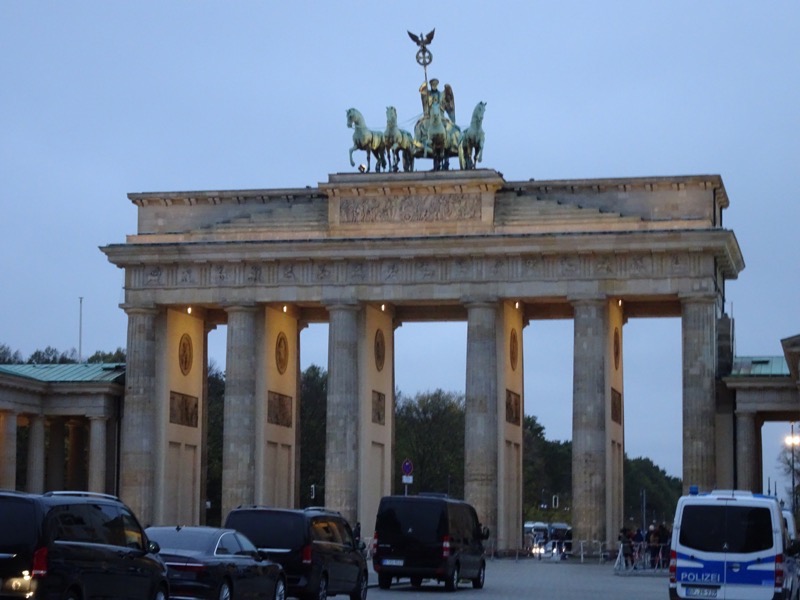 After the 1806 Prussian defeat at the Battle of Jena-Auerstedt, Napoleon used the Brandenburg Gate for an enormous chest beating triumphal procession, and apparently, he took the Quadriga (the four horse statue) from the top of the gates and sent them to Paris. After Napoleon’s defeat in 1814 and the Prussian occupation of Paris by General Ernst von Pfuel, the Quadriga was returned to Berlin (probably with very poor grace) and it was redesigned by Karl Friedrich Schinkel who added the goddess, Victoria, and gave her a Prussian eagle and an Iron Cross on her lance within a wreath of oak leaves.
After the 1806 Prussian defeat at the Battle of Jena-Auerstedt, Napoleon used the Brandenburg Gate for an enormous chest beating triumphal procession, and apparently, he took the Quadriga (the four horse statue) from the top of the gates and sent them to Paris. After Napoleon’s defeat in 1814 and the Prussian occupation of Paris by General Ernst von Pfuel, the Quadriga was returned to Berlin (probably with very poor grace) and it was redesigned by Karl Friedrich Schinkel who added the goddess, Victoria, and gave her a Prussian eagle and an Iron Cross on her lance within a wreath of oak leaves.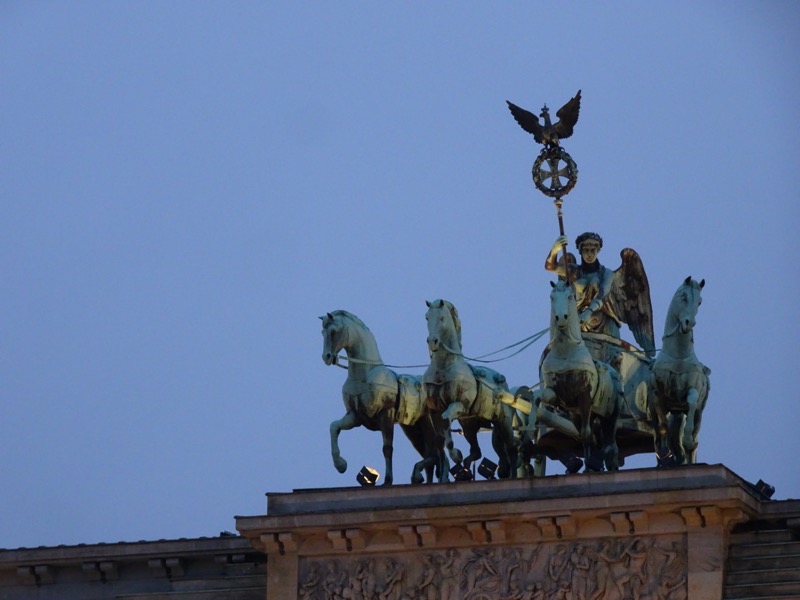 When the Nazis ascended to power, they too used the gate as a symbol of party power. Following Germany’s surrender and the end of the war, the governments of East and West Berlin restored it in a joint effort. The bullet holes were patched but were still visible. Today, the space leading up to the gate is used for public gatherings and even concerts (somewhat like the Washington Mall) as it can fit up to a million people. The gates looked really impressive but was hard to get a photo without the police presence in the way.
When the Nazis ascended to power, they too used the gate as a symbol of party power. Following Germany’s surrender and the end of the war, the governments of East and West Berlin restored it in a joint effort. The bullet holes were patched but were still visible. Today, the space leading up to the gate is used for public gatherings and even concerts (somewhat like the Washington Mall) as it can fit up to a million people. The gates looked really impressive but was hard to get a photo without the police presence in the way.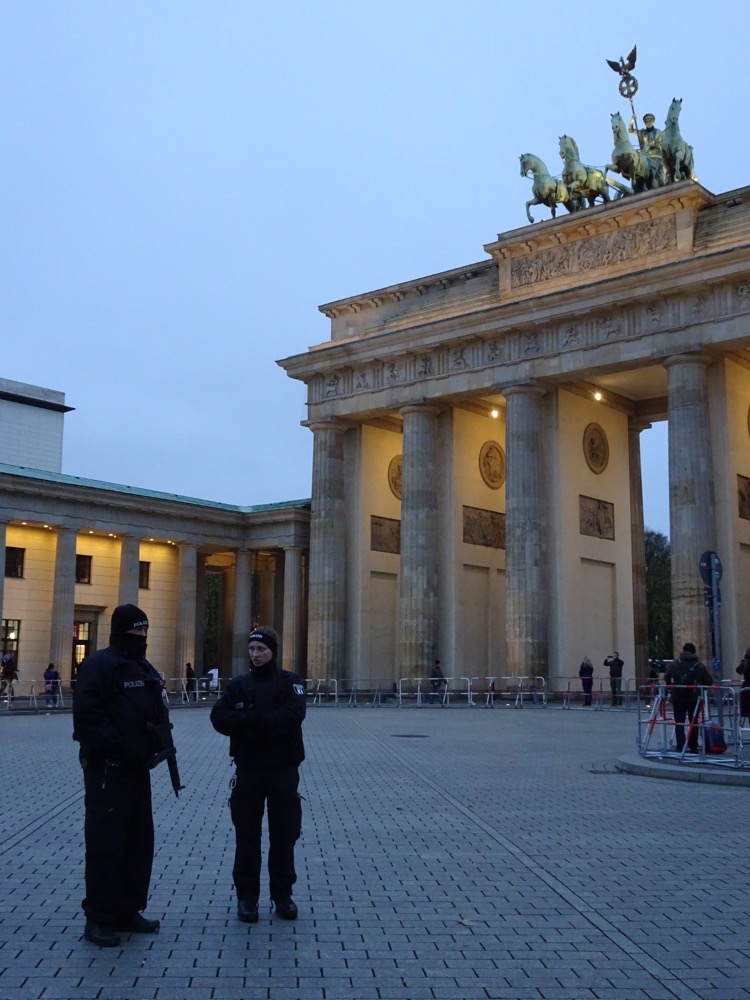
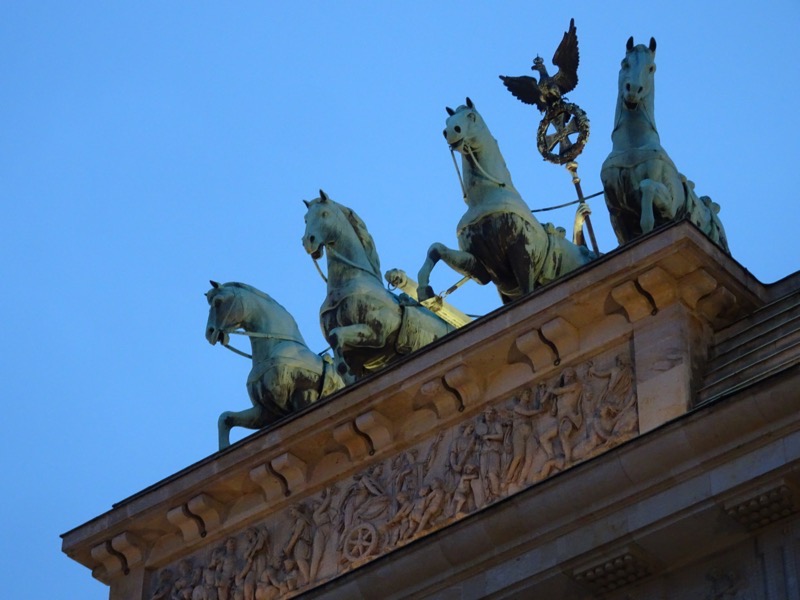
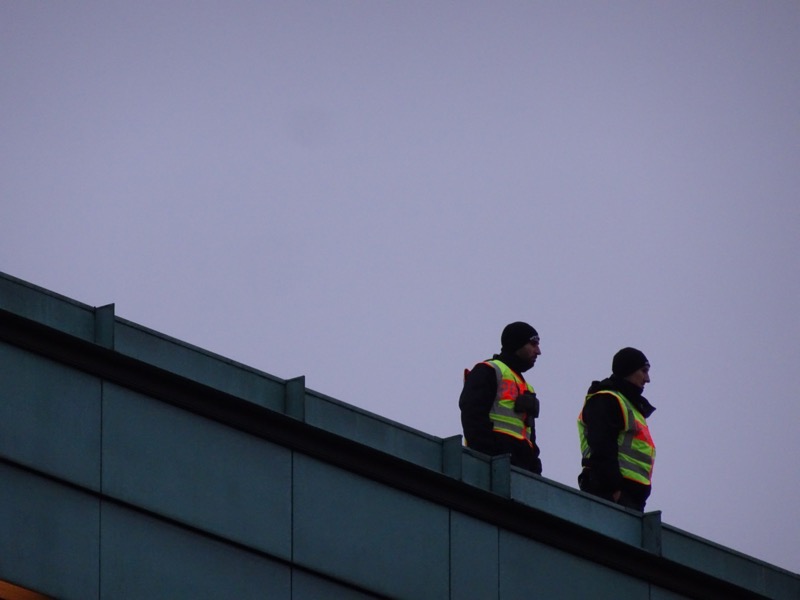 The other side of the gate – minus cops.
The other side of the gate – minus cops.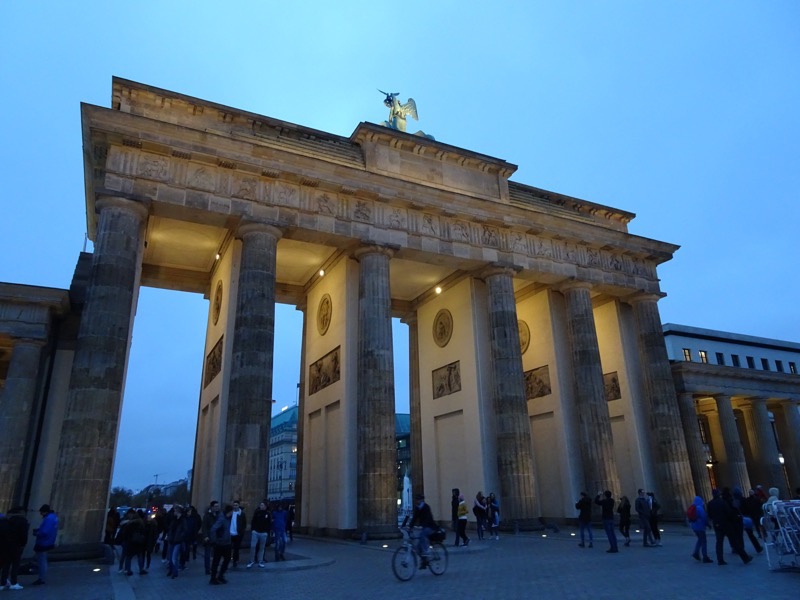
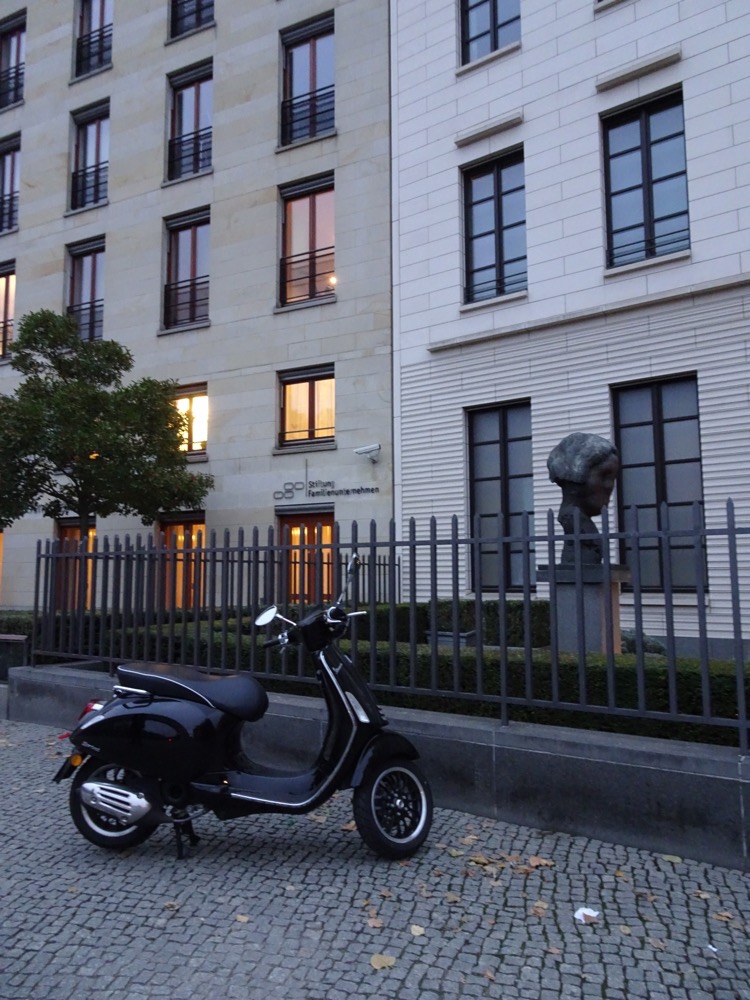 Not far from the Brandenburg Gates is the famous Reichstag Building, which was constructed to house the ‘Imperial Diet of the German Empire’ – which is an interesting way to describe the houses of parliament. It was opened in 1894 and parliament was housed there until 1933 when it was severely damaged during an arson attack. After WWII the building fell into disrepair.
Not far from the Brandenburg Gates is the famous Reichstag Building, which was constructed to house the ‘Imperial Diet of the German Empire’ – which is an interesting way to describe the houses of parliament. It was opened in 1894 and parliament was housed there until 1933 when it was severely damaged during an arson attack. After WWII the building fell into disrepair.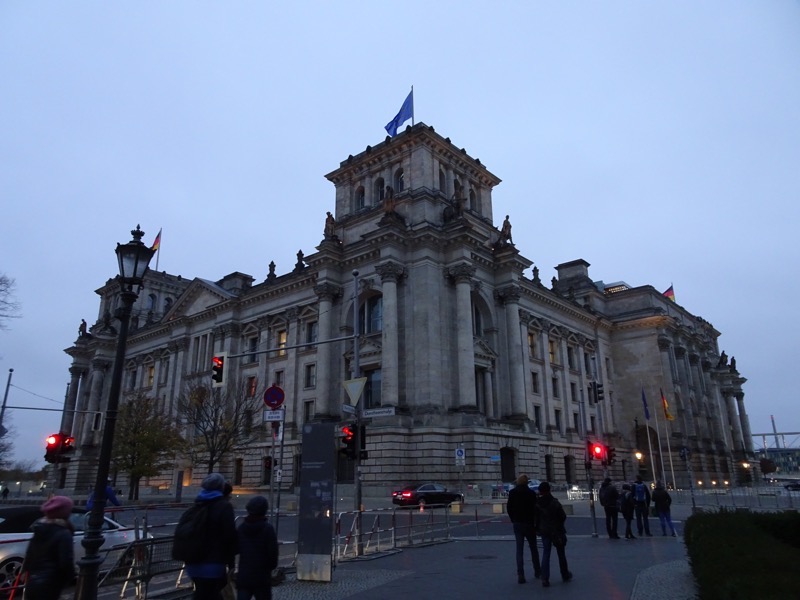
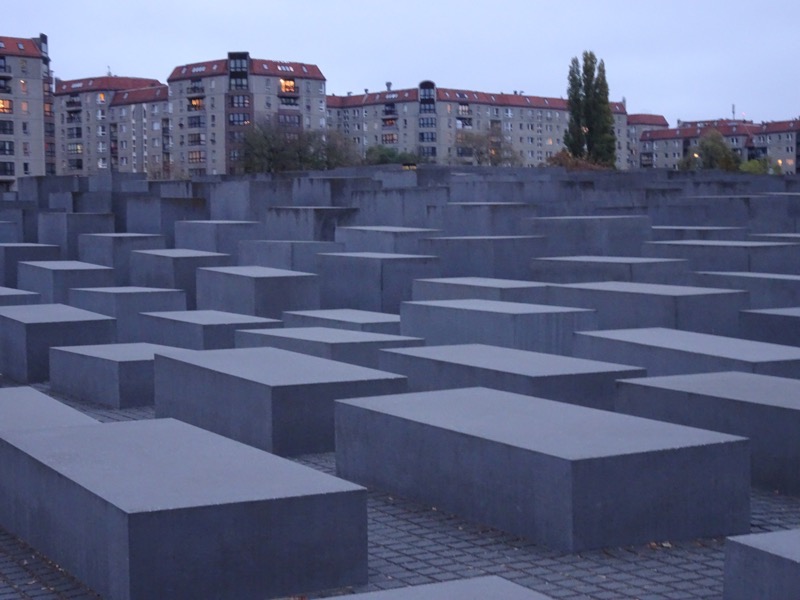 According to Eisenman’s project text, the stelae are designed to produce an uneasy, confusing atmosphere, and the whole sculpture aims to represent a supposedly ordered system that has lost touch with human reason. Some people interpret the memorial to resemble a graveyard, though the creators say that was not the main aim.
According to Eisenman’s project text, the stelae are designed to produce an uneasy, confusing atmosphere, and the whole sculpture aims to represent a supposedly ordered system that has lost touch with human reason. Some people interpret the memorial to resemble a graveyard, though the creators say that was not the main aim.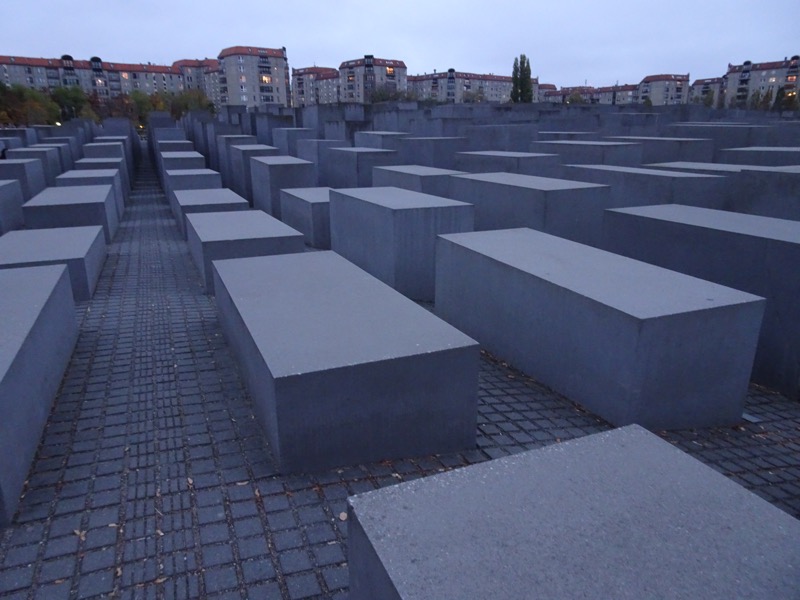 The deeper you descend into the memorial, the more you lose visual contact with the outside world. You start to feel hidden from other people, you walk quietly alone, the stelae are smooth and cold and sound echoes through the stones. You will occasionally catch glimpses of people moving through the stelae in the distance but you feel ostracised and separate from them. It is easy to lose your fellow travellers as you wander deeper into the memorial, and it is apparently designed to evoke a sense of loss and separation as you can no longer see your companions – a feeling that would have been so desperate among the Jewish community during the Holocaust.
The deeper you descend into the memorial, the more you lose visual contact with the outside world. You start to feel hidden from other people, you walk quietly alone, the stelae are smooth and cold and sound echoes through the stones. You will occasionally catch glimpses of people moving through the stelae in the distance but you feel ostracised and separate from them. It is easy to lose your fellow travellers as you wander deeper into the memorial, and it is apparently designed to evoke a sense of loss and separation as you can no longer see your companions – a feeling that would have been so desperate among the Jewish community during the Holocaust.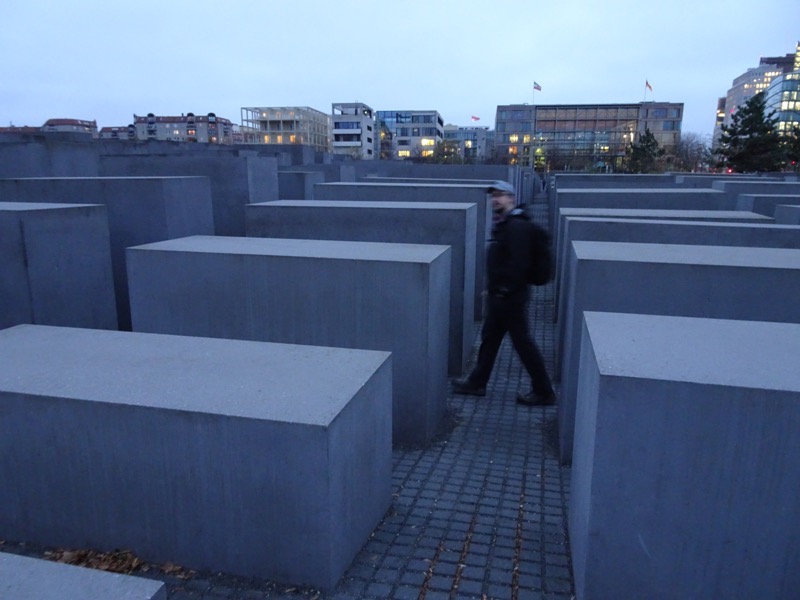
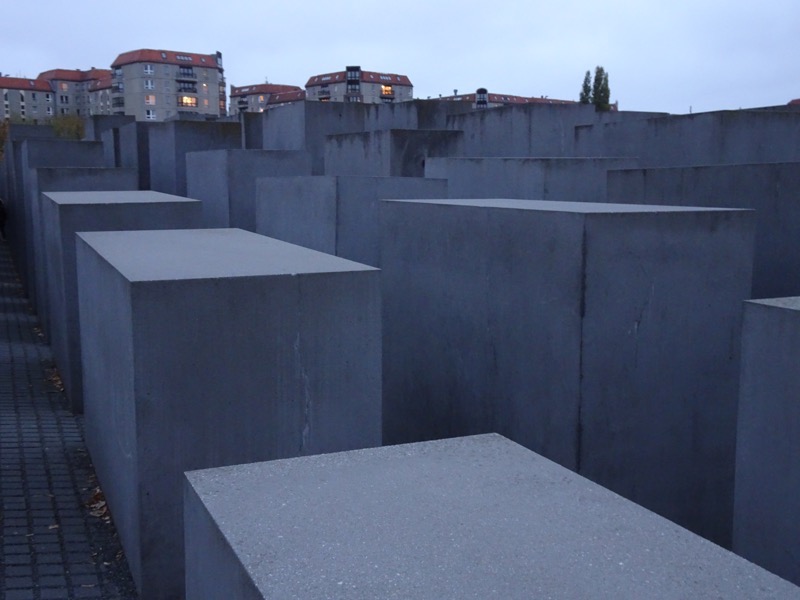
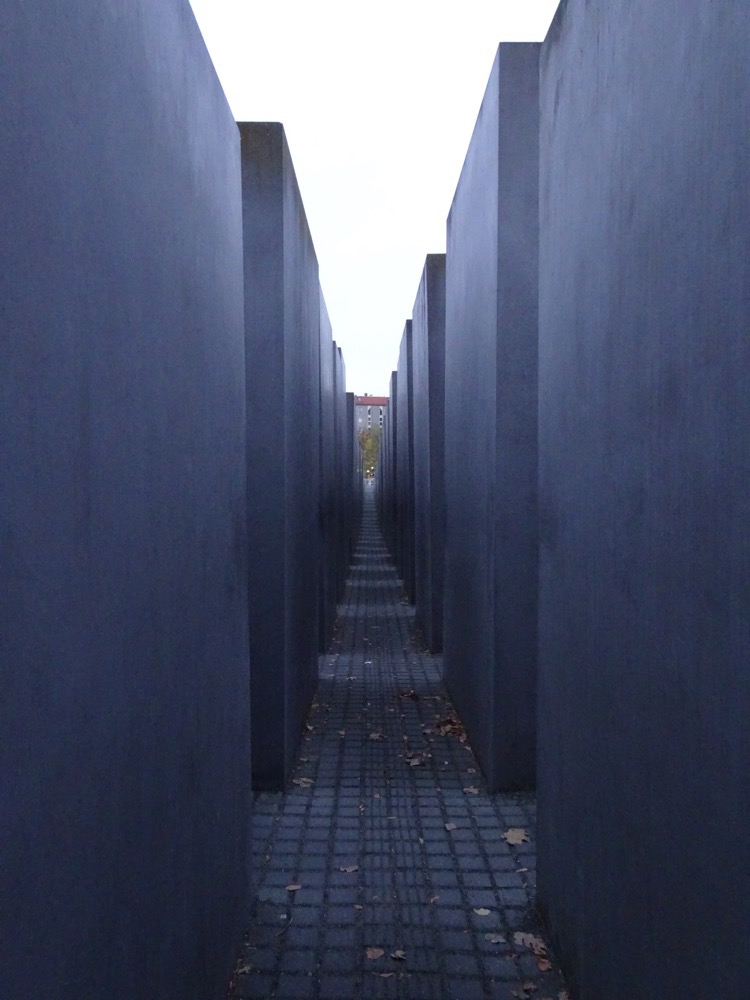
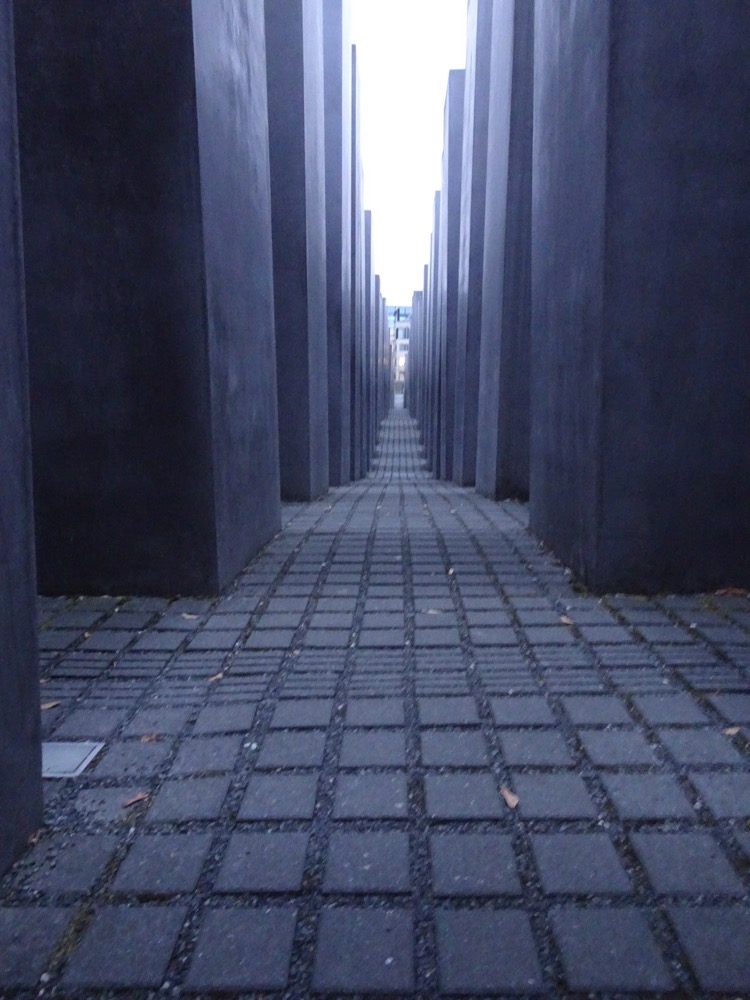
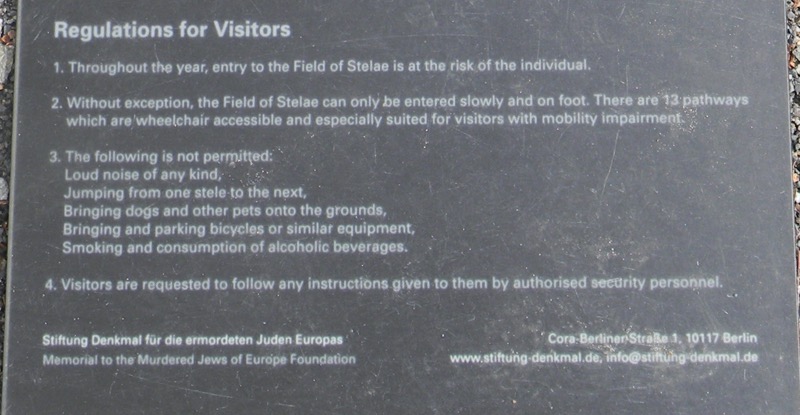

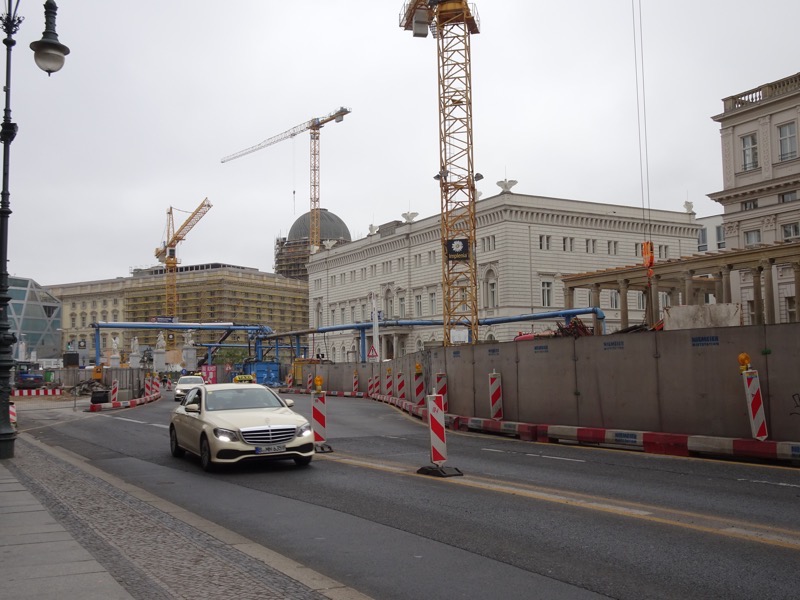
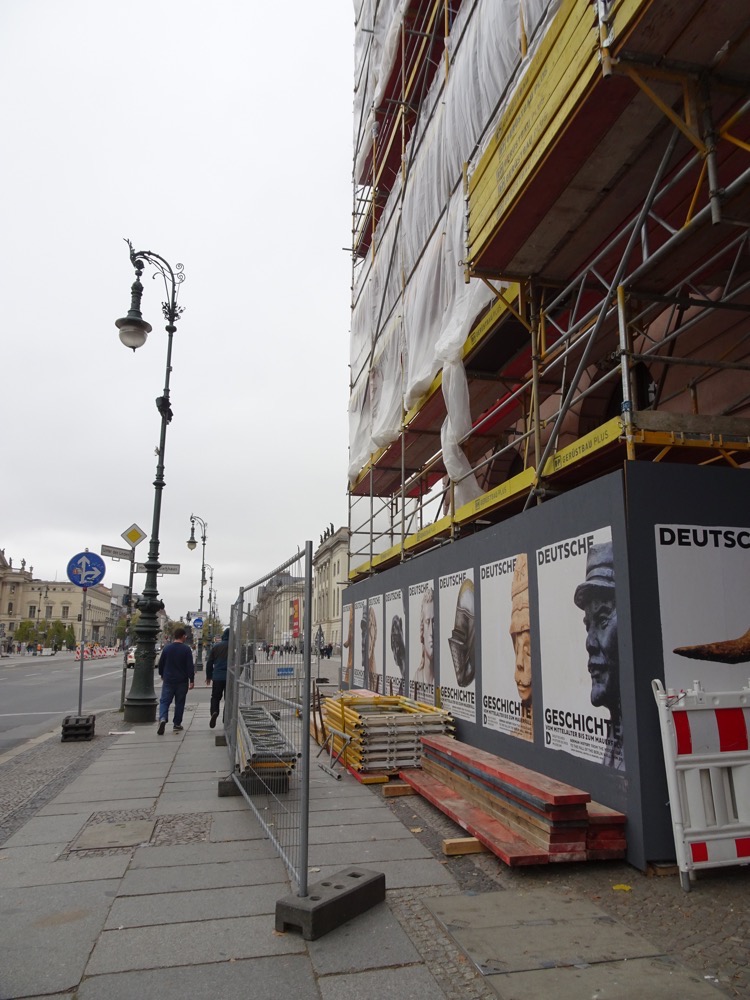
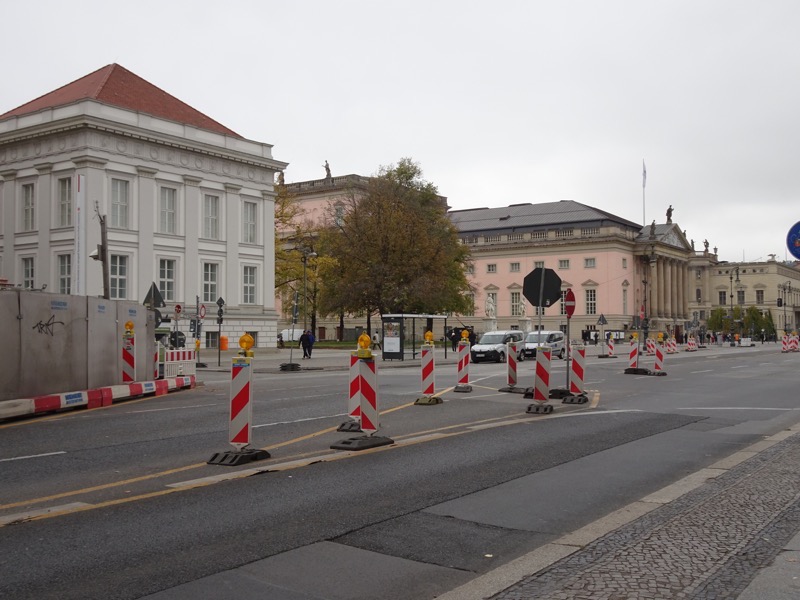
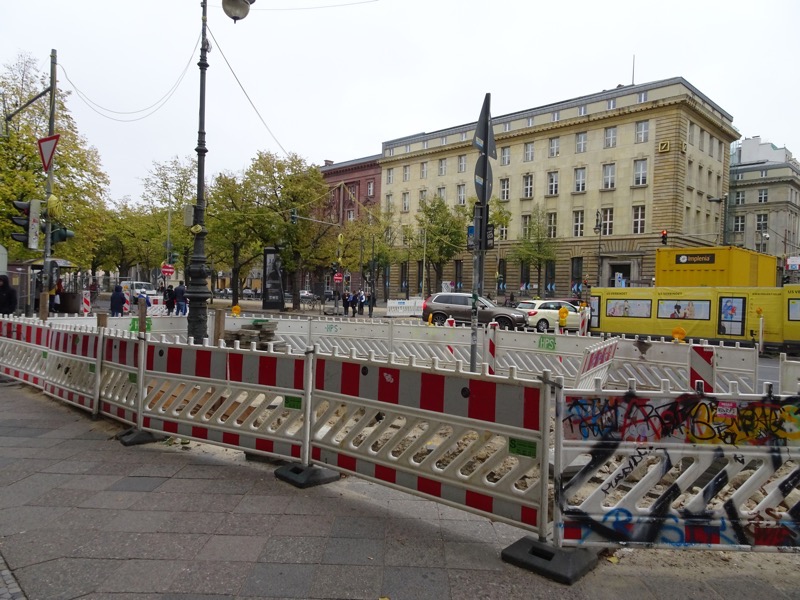
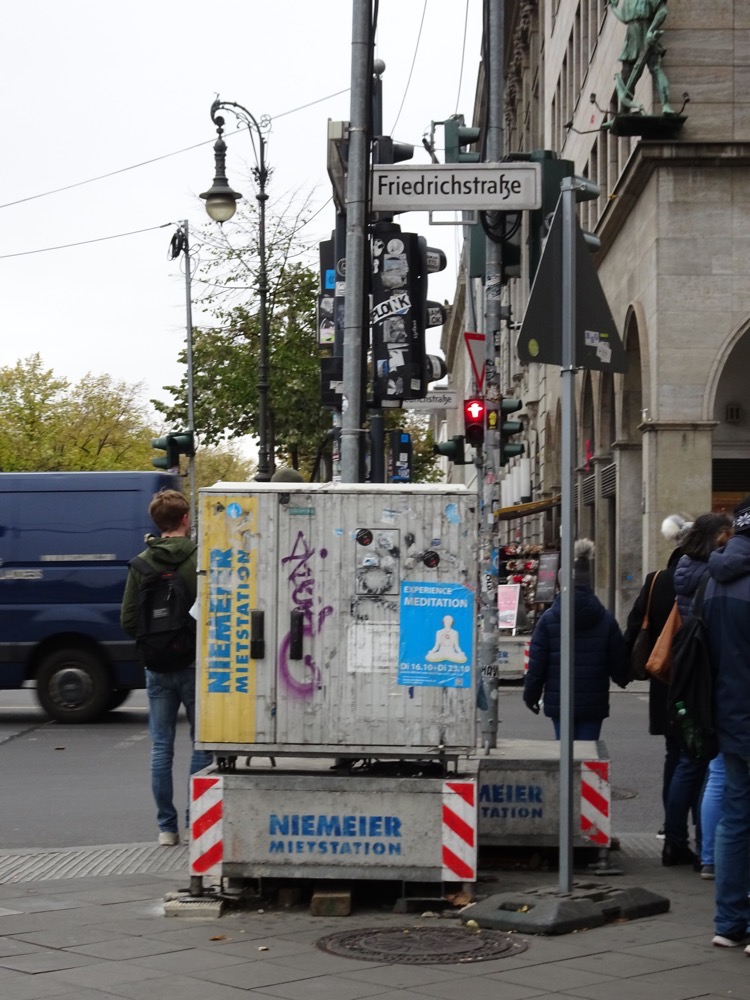
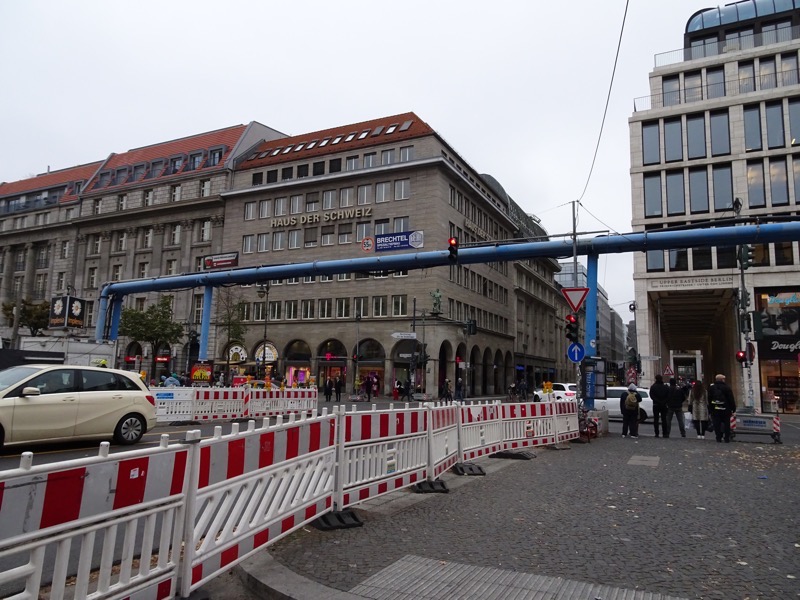
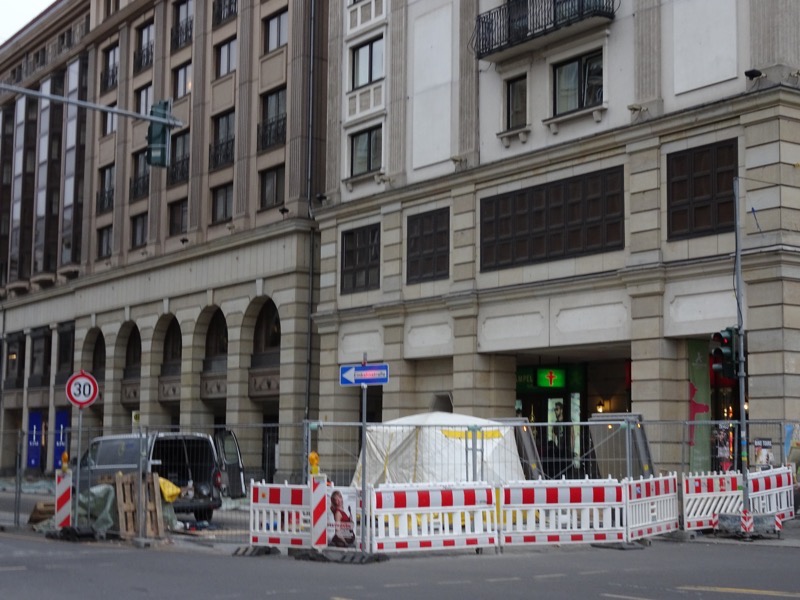
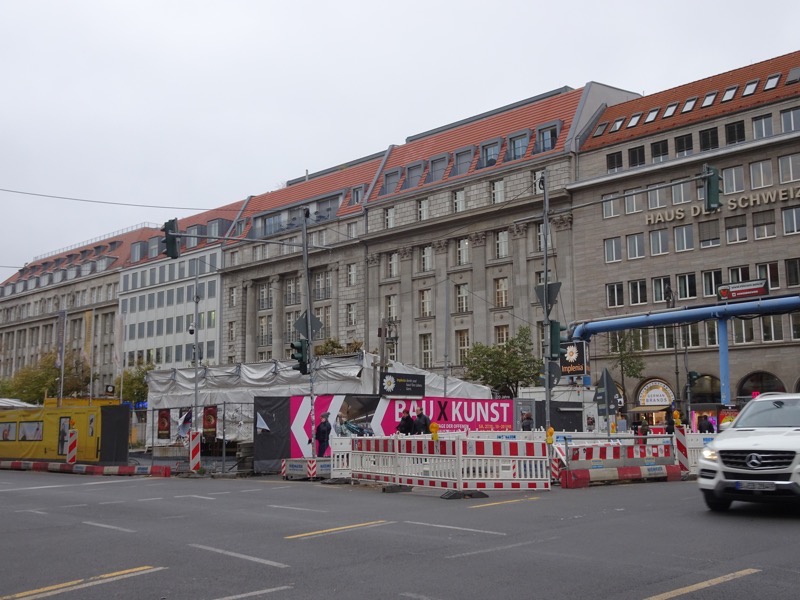
 The Long Market was established in about the 13th century as a merchant road that led to a large marketplace away from the river, and it became the city’s main thoroughfare. It also became known as the Royal Route in the 15th to 16th centuries because it served as the precessional road for visiting Polish royalty – the monarchs would visit the city and be entertained in the tenement houses along the road, and during the various feasts the city council have fireworks displays here. The most prominent and of course, wealthy, citizens of the Royal City of Gdańsk lived along this route.
The Long Market was established in about the 13th century as a merchant road that led to a large marketplace away from the river, and it became the city’s main thoroughfare. It also became known as the Royal Route in the 15th to 16th centuries because it served as the precessional road for visiting Polish royalty – the monarchs would visit the city and be entertained in the tenement houses along the road, and during the various feasts the city council have fireworks displays here. The most prominent and of course, wealthy, citizens of the Royal City of Gdańsk lived along this route.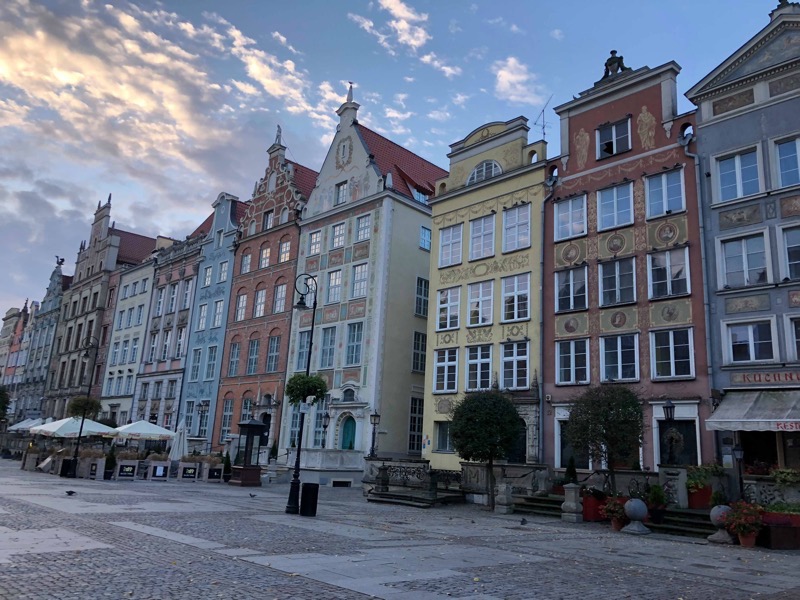
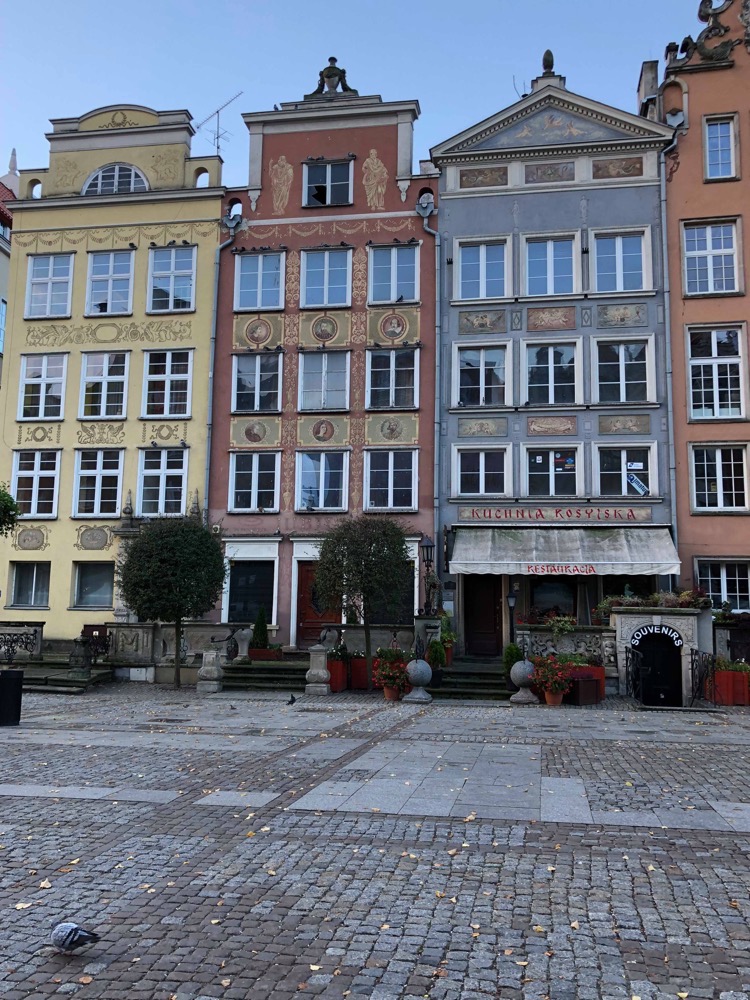
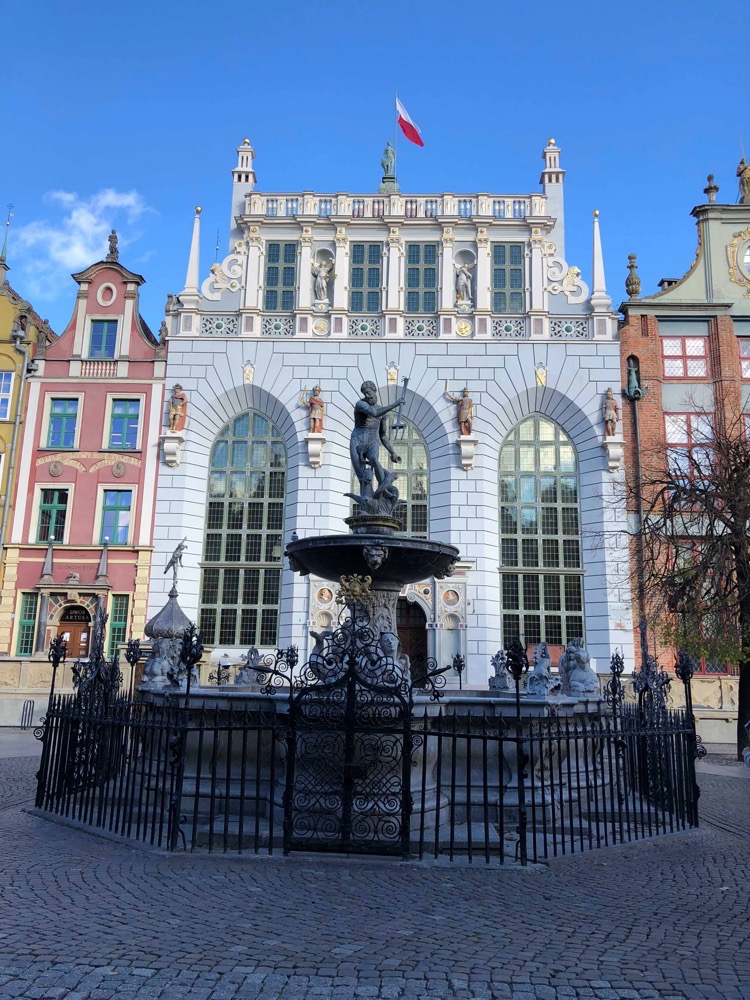
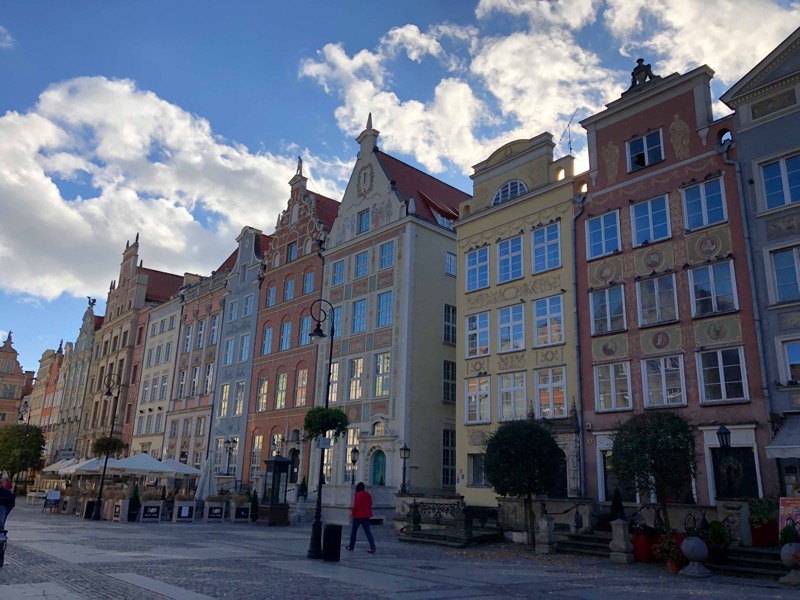 After breakfast, we struck out to explore properly. Refreshingly most of the Old Town is laid out in a grid so instead of winding through confusing little streets, you could stroll down nice straight cobblestoned streets that would also allow you to (mostly) get far enough back to photograph the architectural gates that seemed to be at the end of most roads in the area.
After breakfast, we struck out to explore properly. Refreshingly most of the Old Town is laid out in a grid so instead of winding through confusing little streets, you could stroll down nice straight cobblestoned streets that would also allow you to (mostly) get far enough back to photograph the architectural gates that seemed to be at the end of most roads in the area.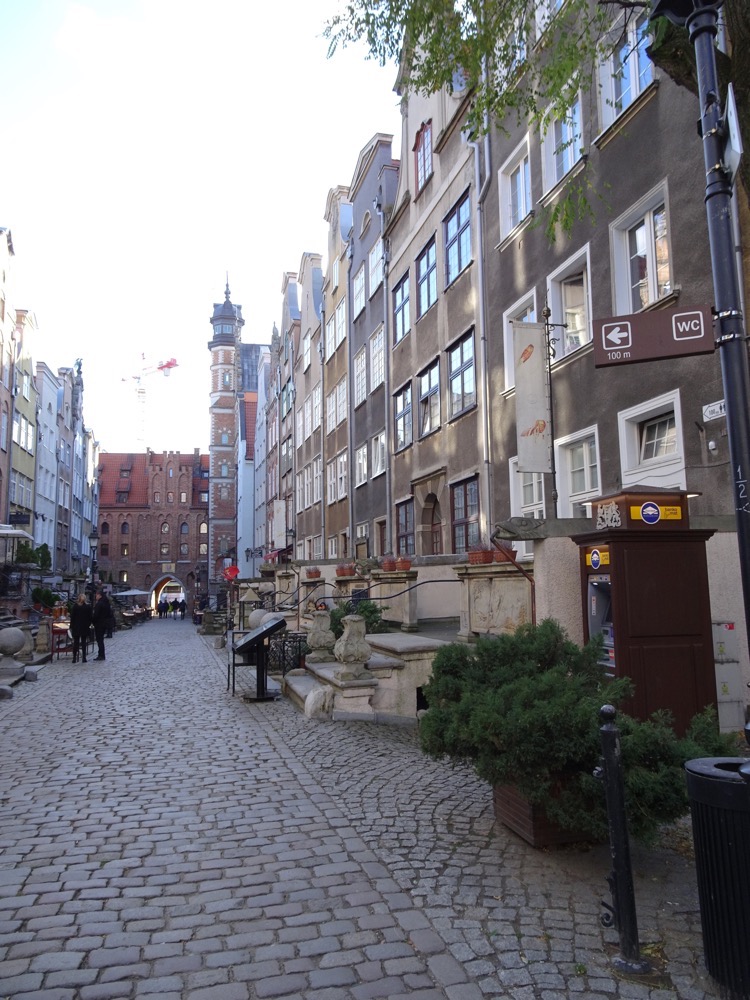 All the drainage down pipes have these fantastical stone dragons and gargoyles spitting water into the street – and for a short arse like me, most of them are at shoulder or head height, so they seem like they’d be a bit hazardous in really wet weather!
All the drainage down pipes have these fantastical stone dragons and gargoyles spitting water into the street – and for a short arse like me, most of them are at shoulder or head height, so they seem like they’d be a bit hazardous in really wet weather!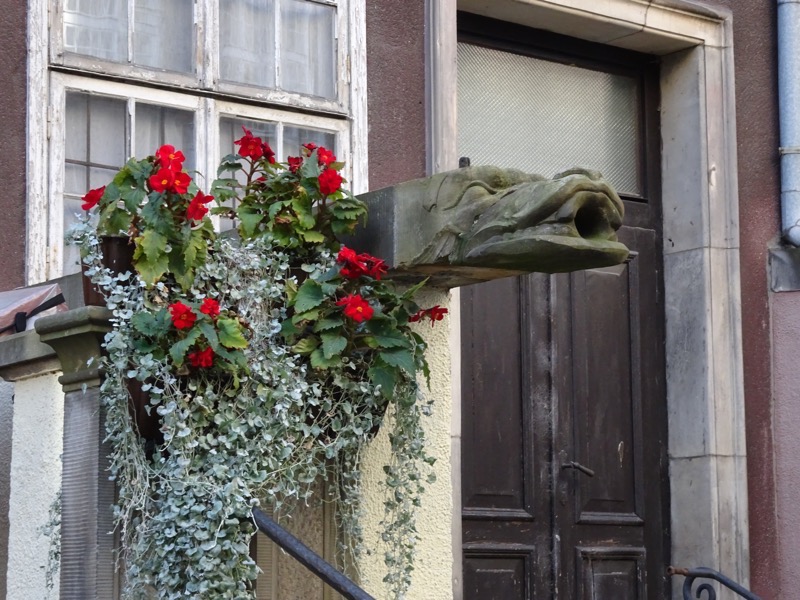 The decorative details on all the buildings is just overwhelming, everywhere you look is something new and interesting whether it some stonework, wrought ironwork, frescos, tiles or sculpture… it’s a veritable feast for the eyes.
The decorative details on all the buildings is just overwhelming, everywhere you look is something new and interesting whether it some stonework, wrought ironwork, frescos, tiles or sculpture… it’s a veritable feast for the eyes.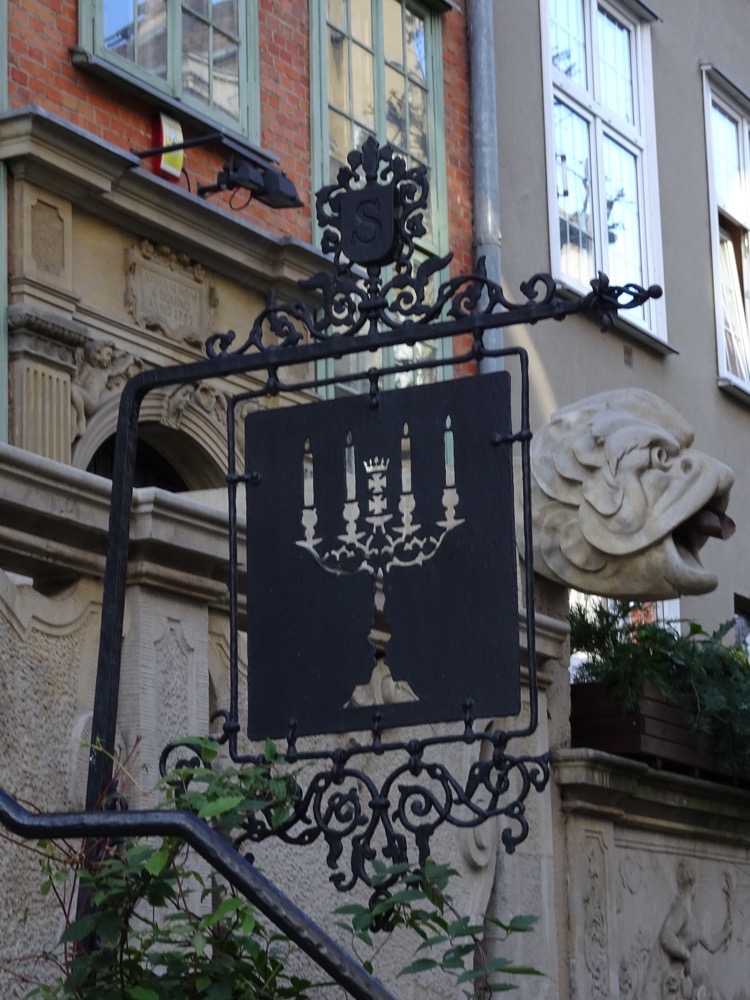
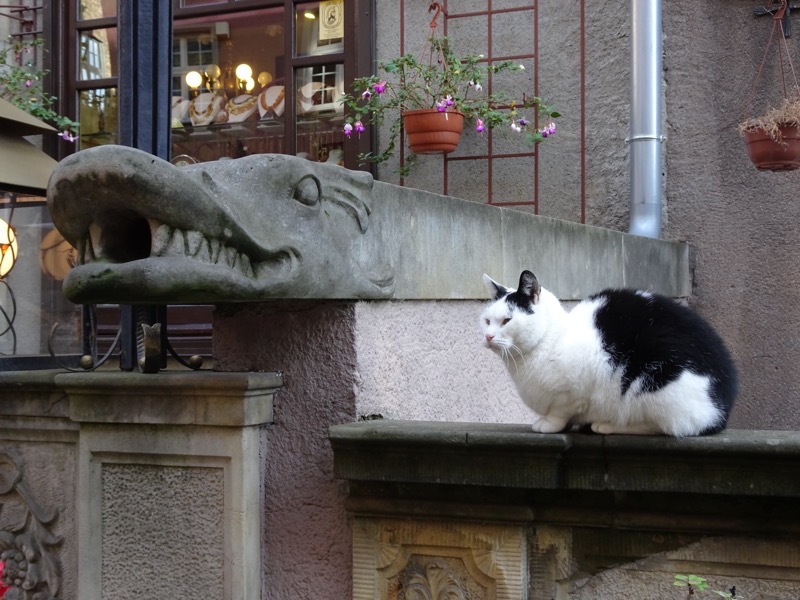 This is known to be the oldest surviving original building in Gdańsk, knowing as Gotyk House which was built in 1453.
This is known to be the oldest surviving original building in Gdańsk, knowing as Gotyk House which was built in 1453.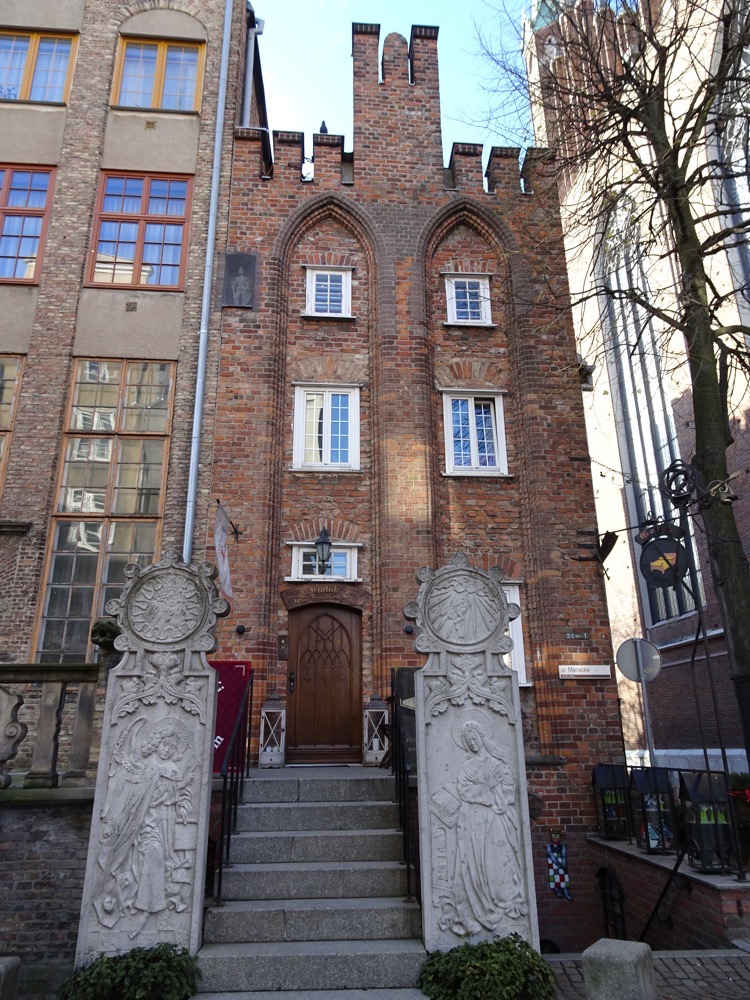 The tennement houses are lovely…
The tennement houses are lovely…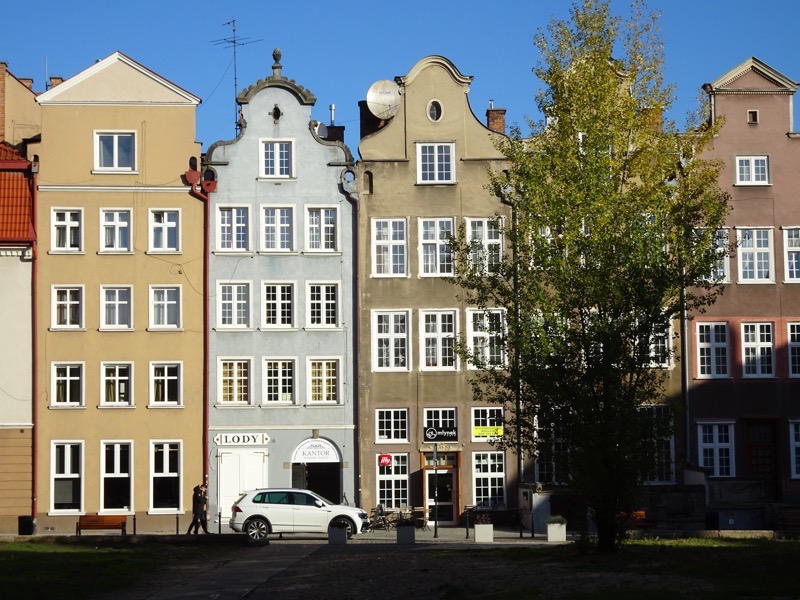 … I want one! Red please.
… I want one! Red please. 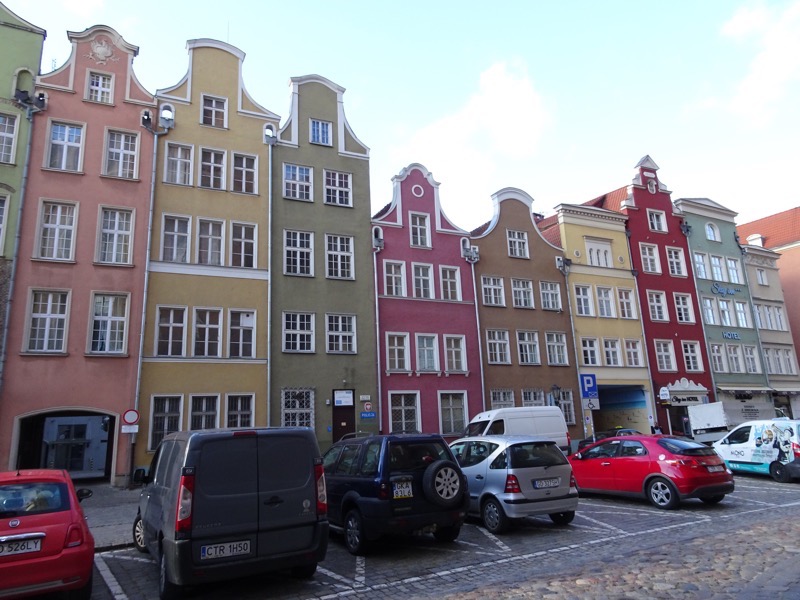
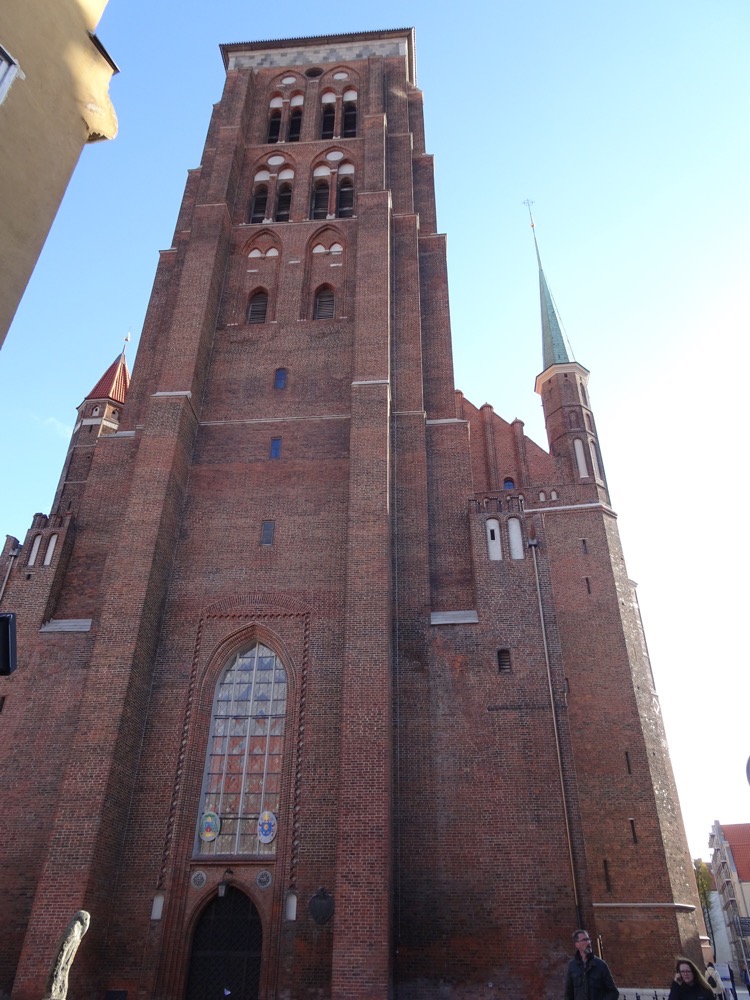
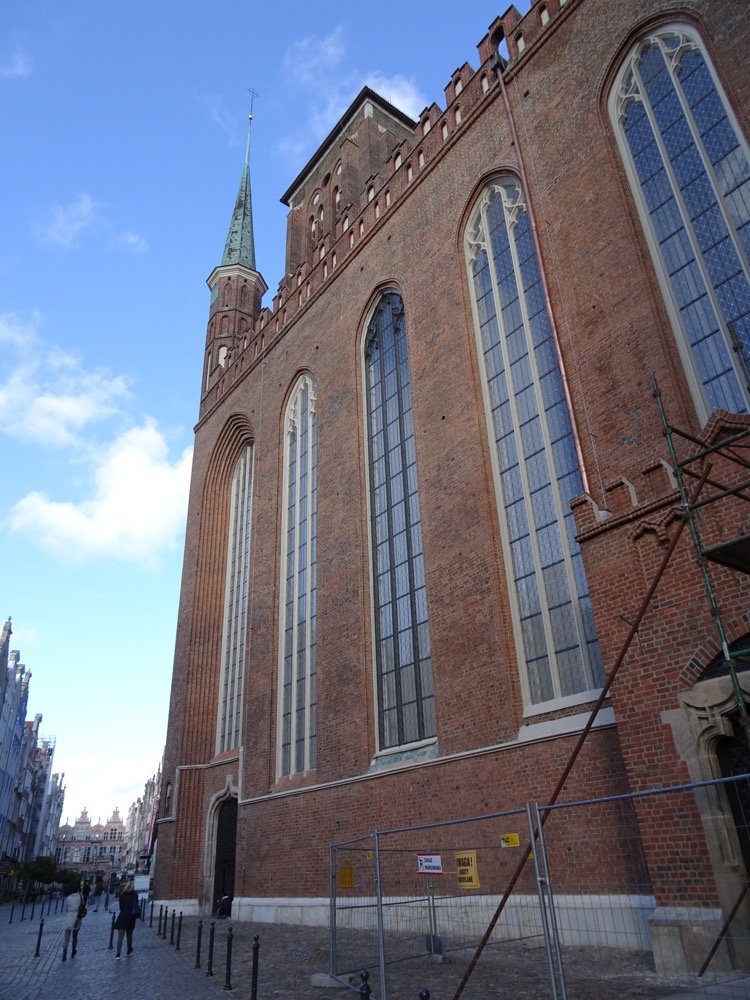
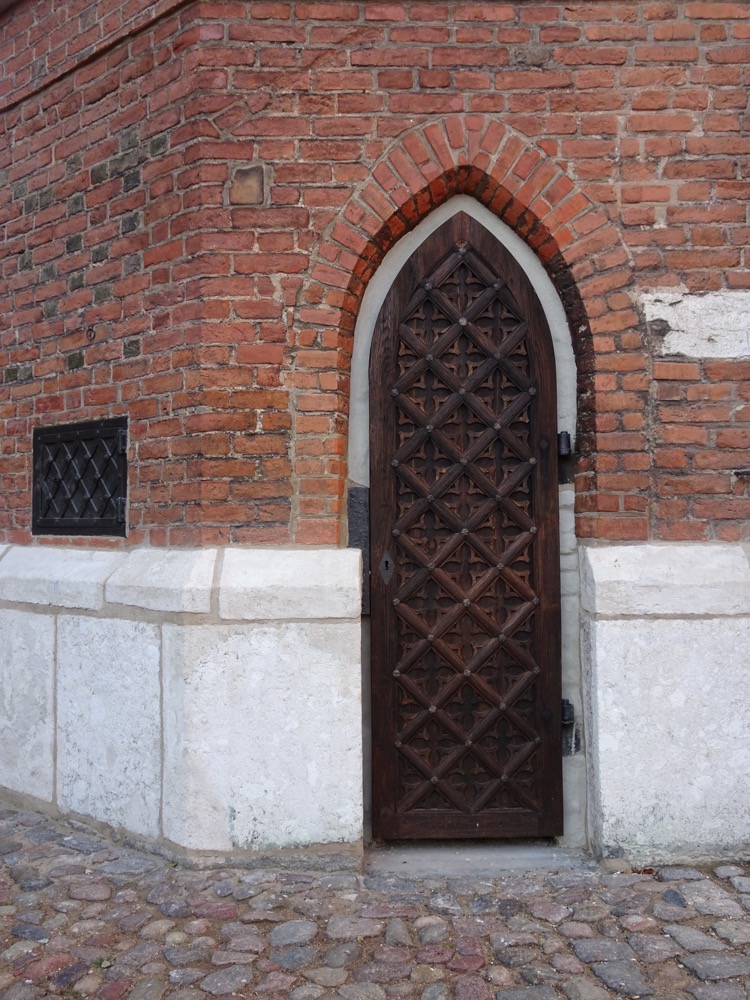 Inside the church is surprisingly stark (like the Frauenkirche in Munich), which was confusing when I first walked in and said to yale, ‘I thought this was a catholic church but it looks kinda Lutheran in here.’, and was again confused when I saw a confessional a bit later… but the dual denomination situation described above kinda explains that I guess.
Inside the church is surprisingly stark (like the Frauenkirche in Munich), which was confusing when I first walked in and said to yale, ‘I thought this was a catholic church but it looks kinda Lutheran in here.’, and was again confused when I saw a confessional a bit later… but the dual denomination situation described above kinda explains that I guess.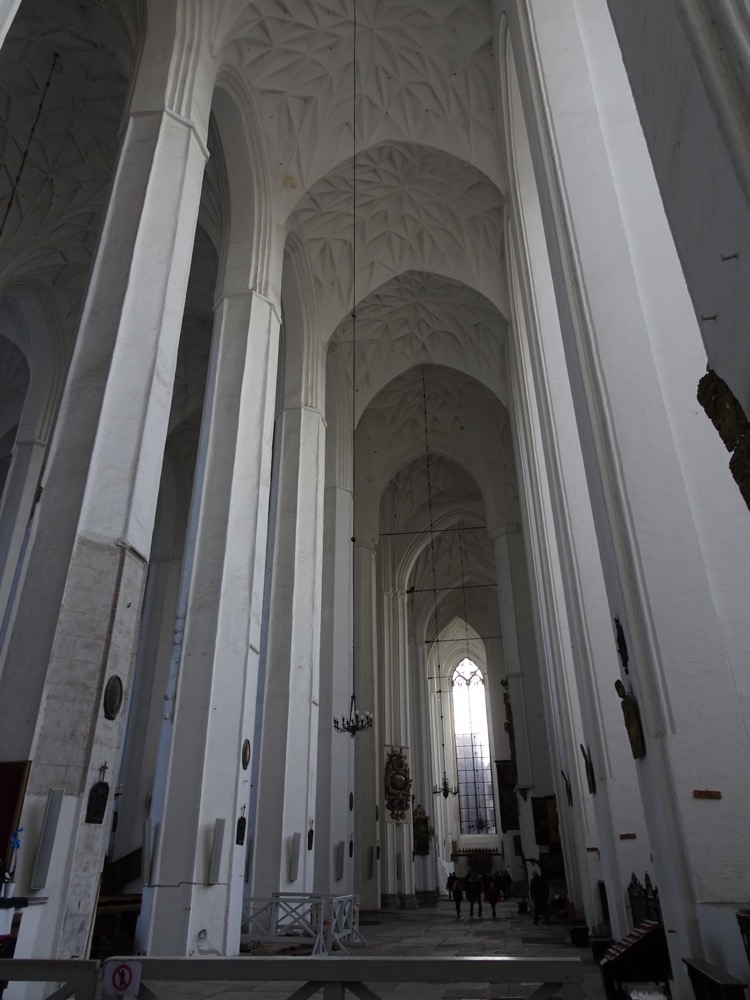
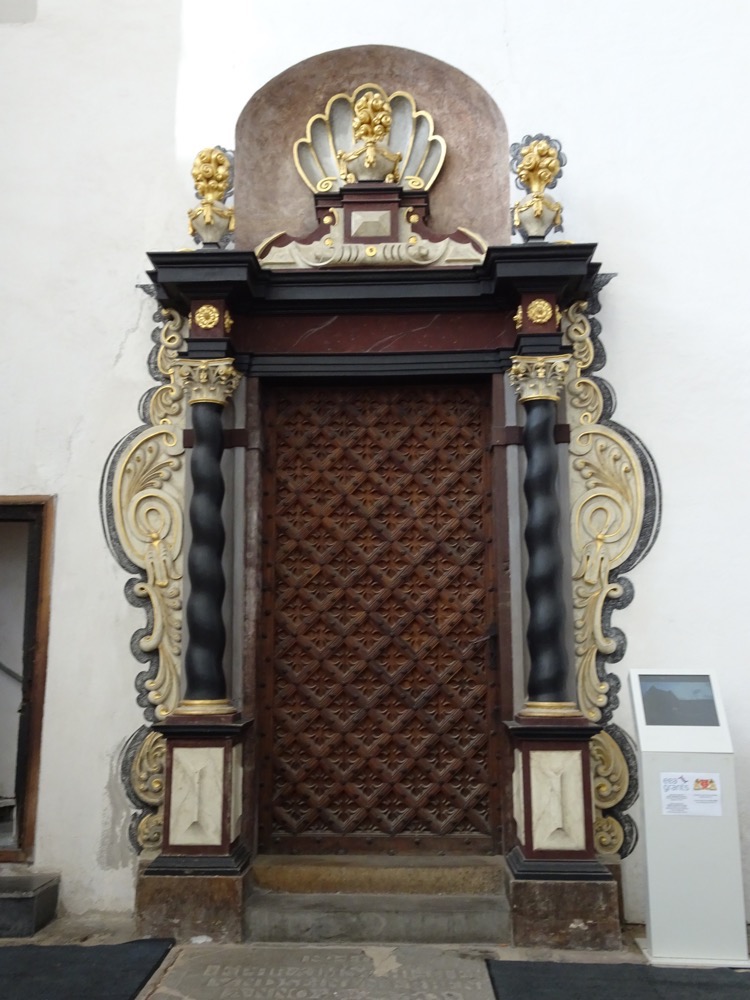 The enormous baptismal font is unusually placed almost right inside the door – about 50m from the nave.
The enormous baptismal font is unusually placed almost right inside the door – about 50m from the nave.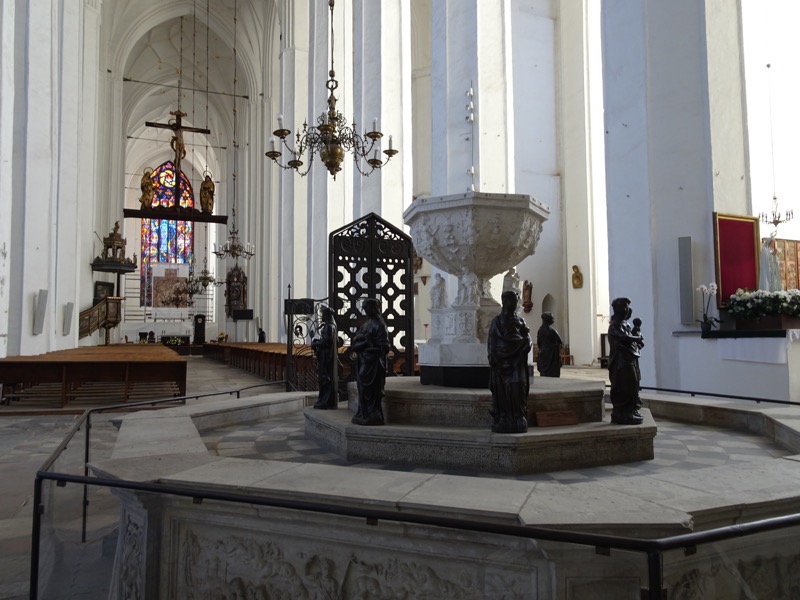 We saw this fancy commercial votive candle system – copyrighted in Ireland… sometimes I think we forget that big churches are more run as big business these days.
We saw this fancy commercial votive candle system – copyrighted in Ireland… sometimes I think we forget that big churches are more run as big business these days.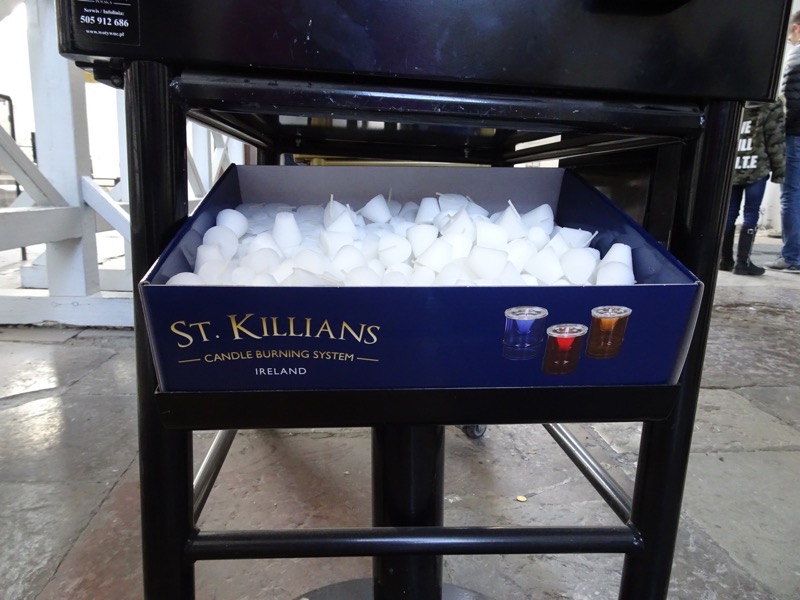
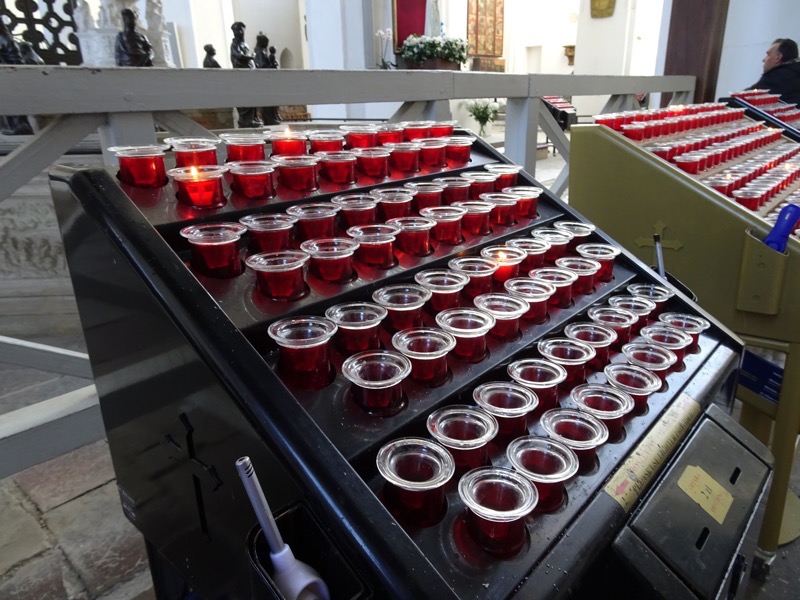 Anyway, St. Mary’s is a triple-aisled hall church with a triple-aisled transept – which basically means that the main nave and the two adjacent transepts are of roughly similar length, height and width. The building is an excellent example of late Gothic architecture. In the late 1500s to early 1600s the church was rebuilt and enlarged somewhat with the final footprint of the church not being achieved until over 150 years since the initial construction had started.
Anyway, St. Mary’s is a triple-aisled hall church with a triple-aisled transept – which basically means that the main nave and the two adjacent transepts are of roughly similar length, height and width. The building is an excellent example of late Gothic architecture. In the late 1500s to early 1600s the church was rebuilt and enlarged somewhat with the final footprint of the church not being achieved until over 150 years since the initial construction had started.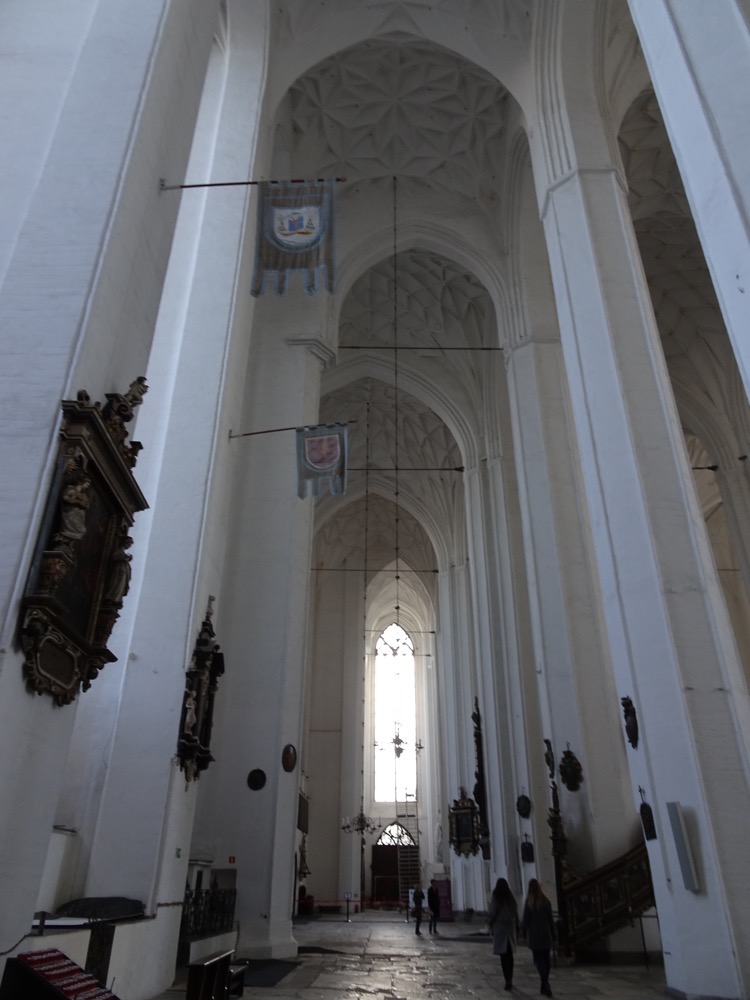 There are so many different donation boxes in this church – all different sizes, and marked to all different causes/saints/purposes.
There are so many different donation boxes in this church – all different sizes, and marked to all different causes/saints/purposes.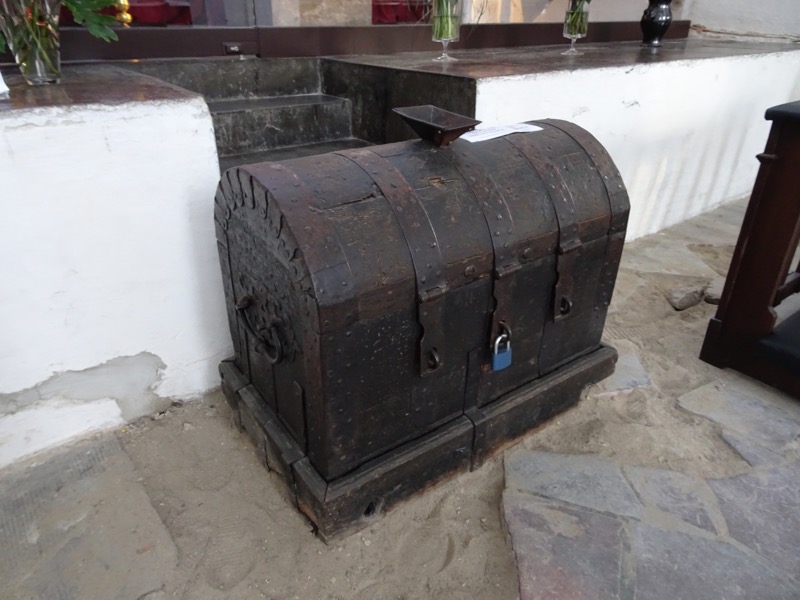
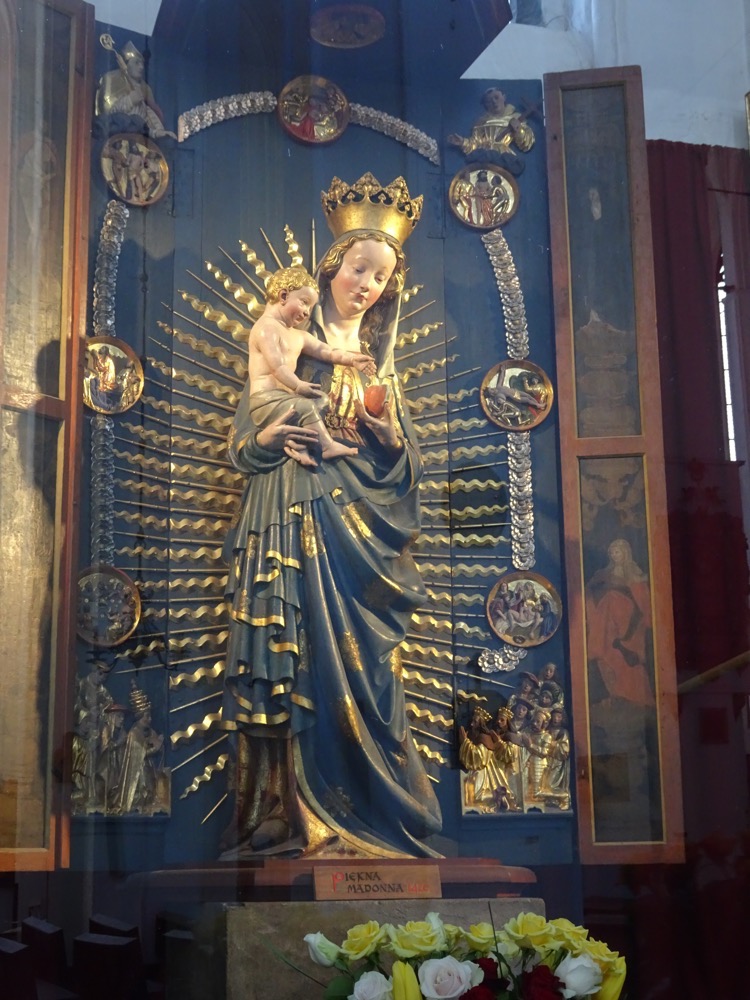 Embroidered banner: ‘God, Honour and Homeland’. No idea what period, but I want to say, late 19th or 20th centuries, just because this place isn’t climate controlled and the goldwork isn’t that tarnished.
Embroidered banner: ‘God, Honour and Homeland’. No idea what period, but I want to say, late 19th or 20th centuries, just because this place isn’t climate controlled and the goldwork isn’t that tarnished.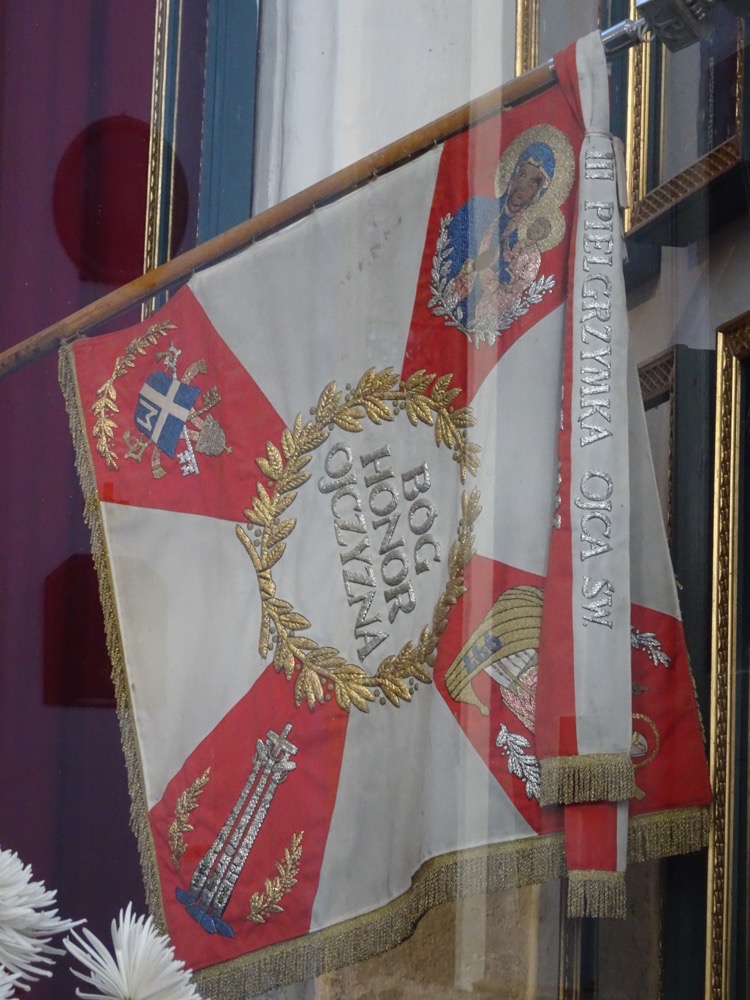
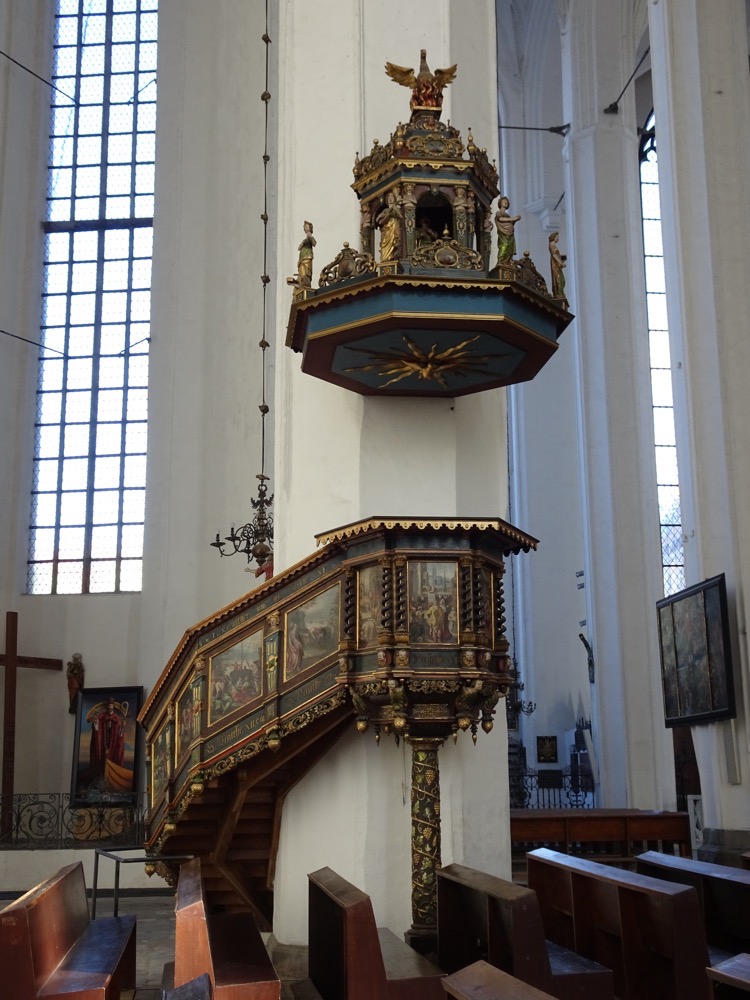
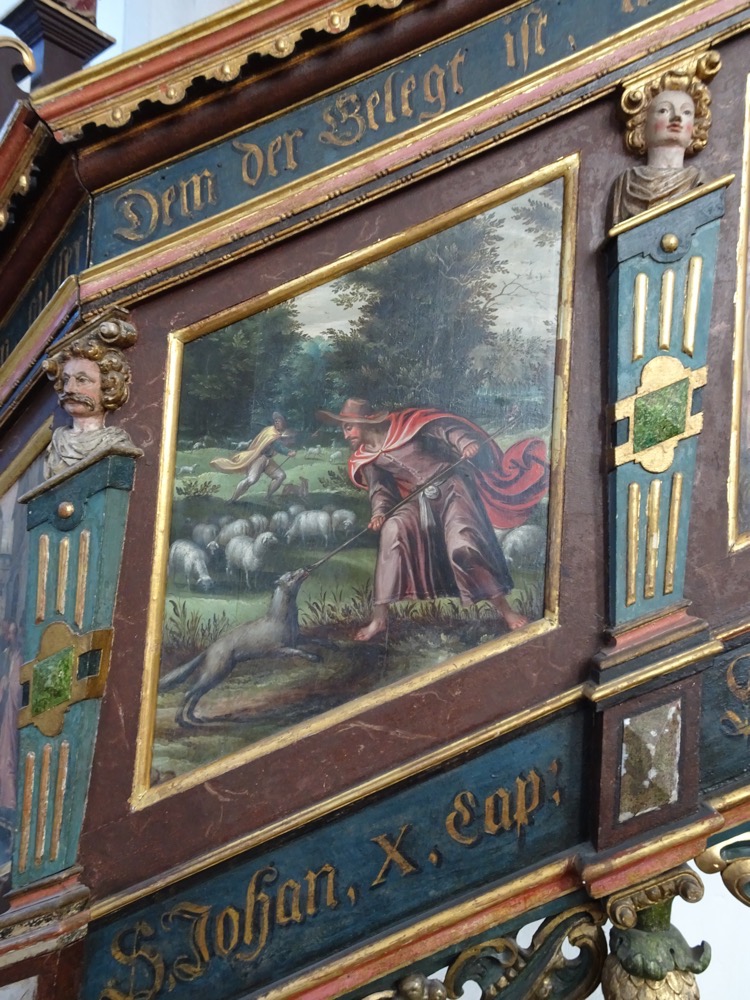
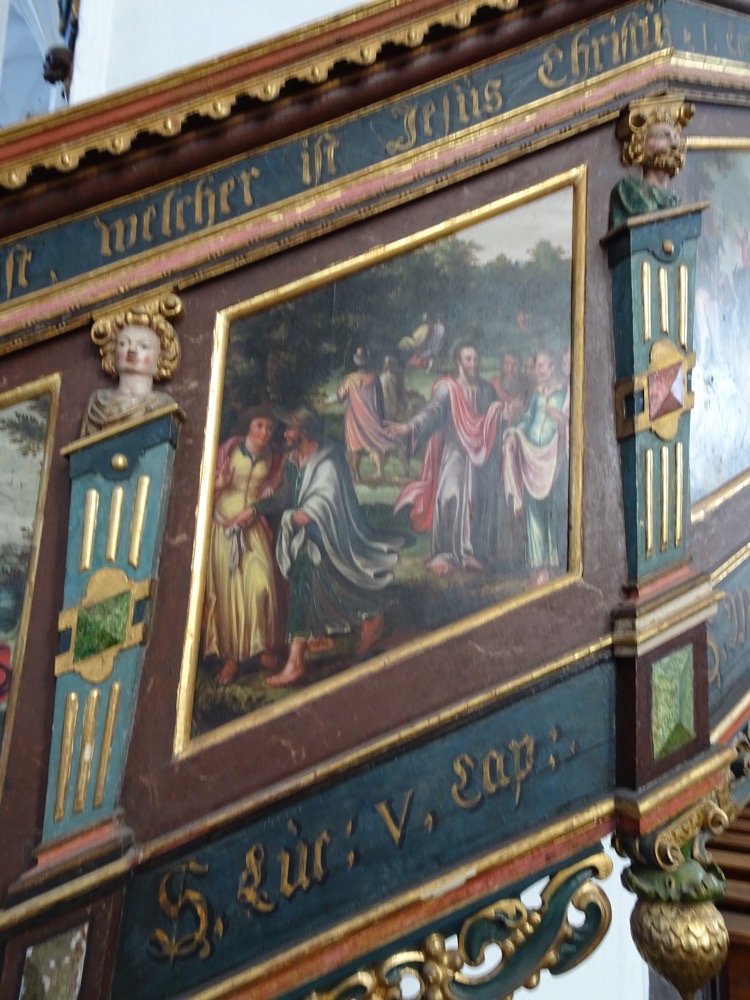
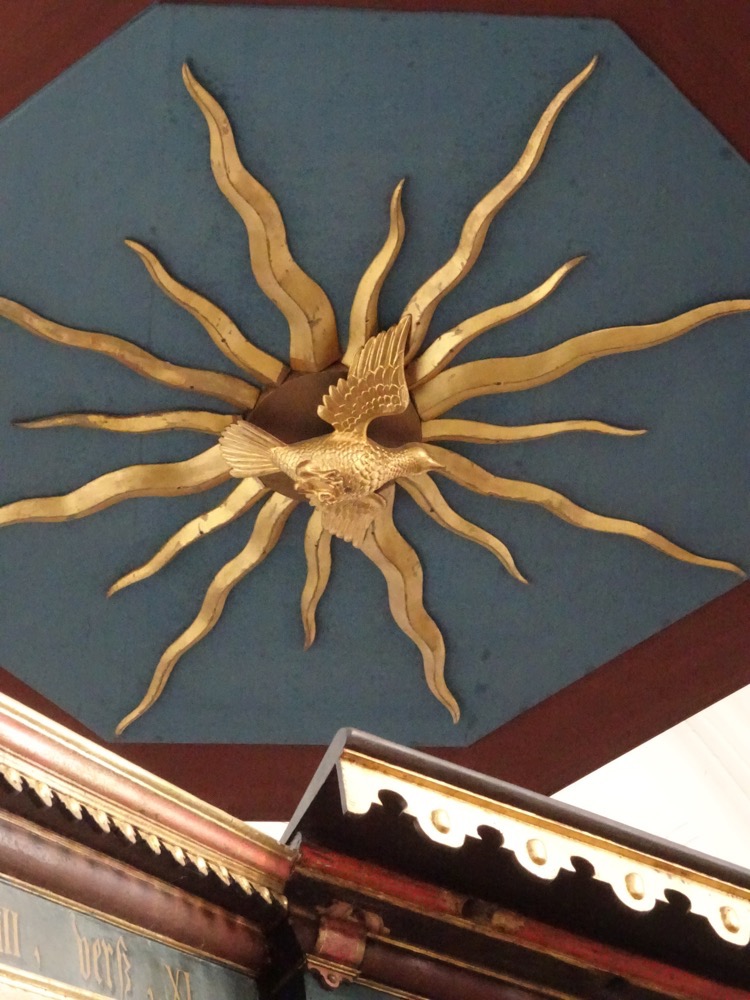
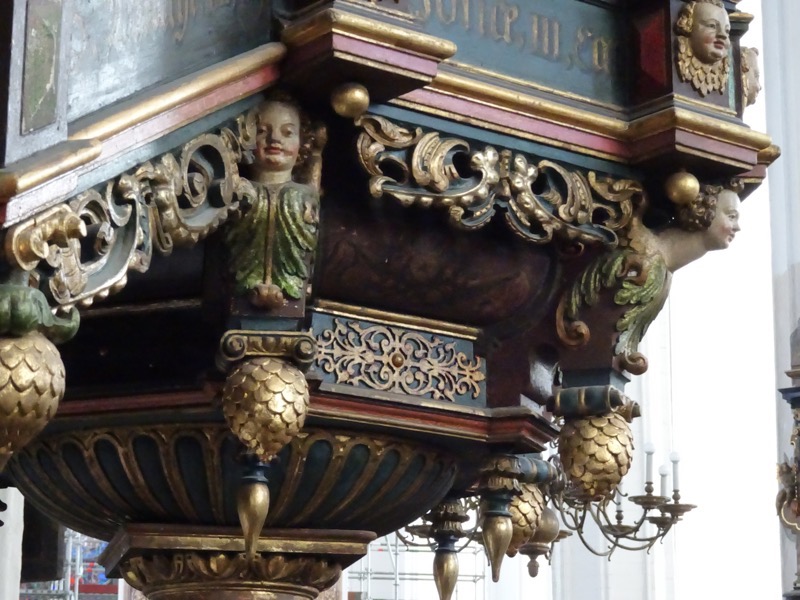
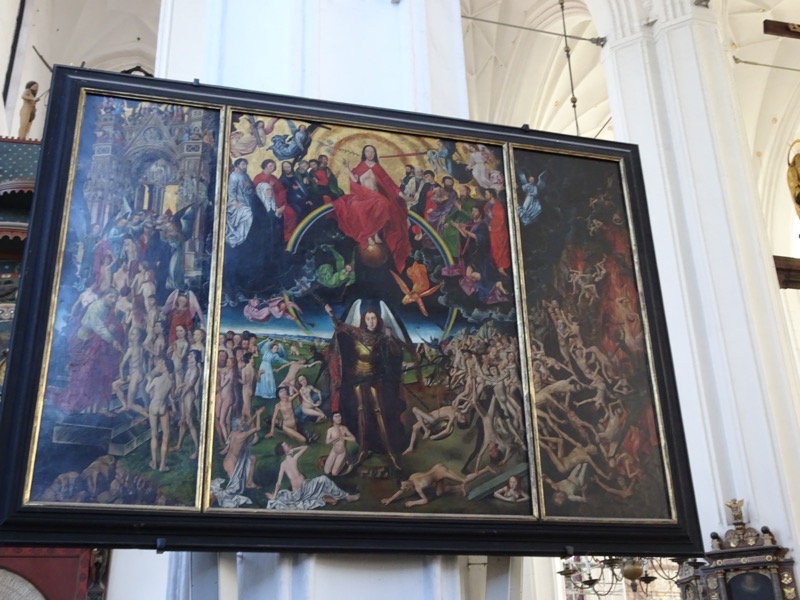 The central panel shows Jesus sitting in judgment, while St Michael is weighing souls and sending the damned to Hell, while the saved are being guided to heaven by St Peter and angels.
The central panel shows Jesus sitting in judgment, while St Michael is weighing souls and sending the damned to Hell, while the saved are being guided to heaven by St Peter and angels.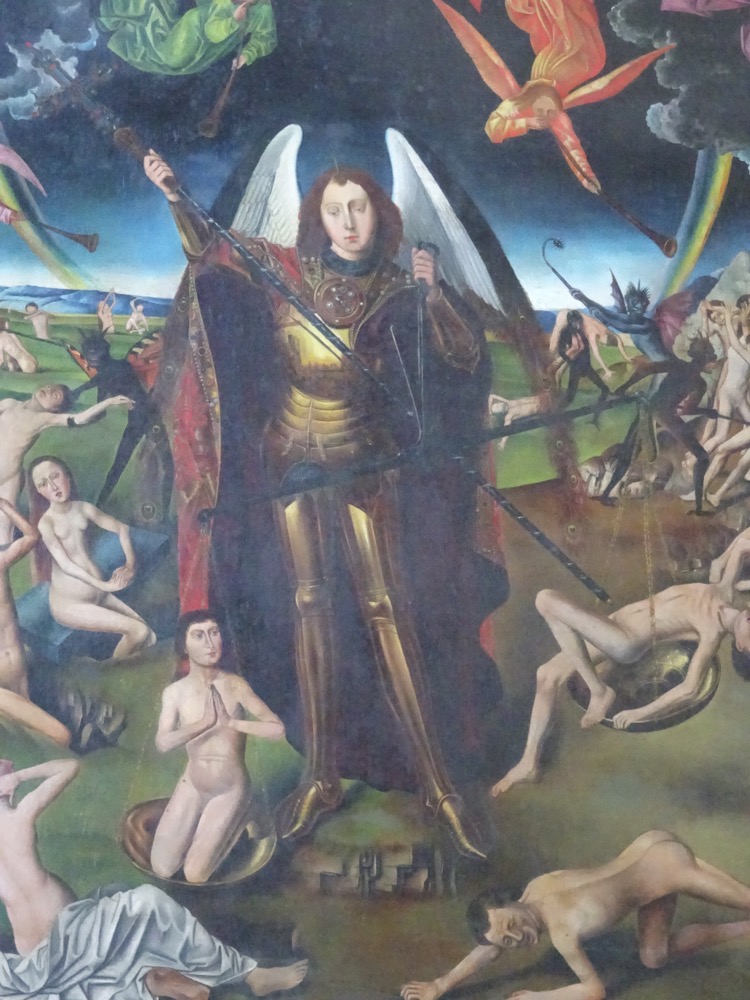
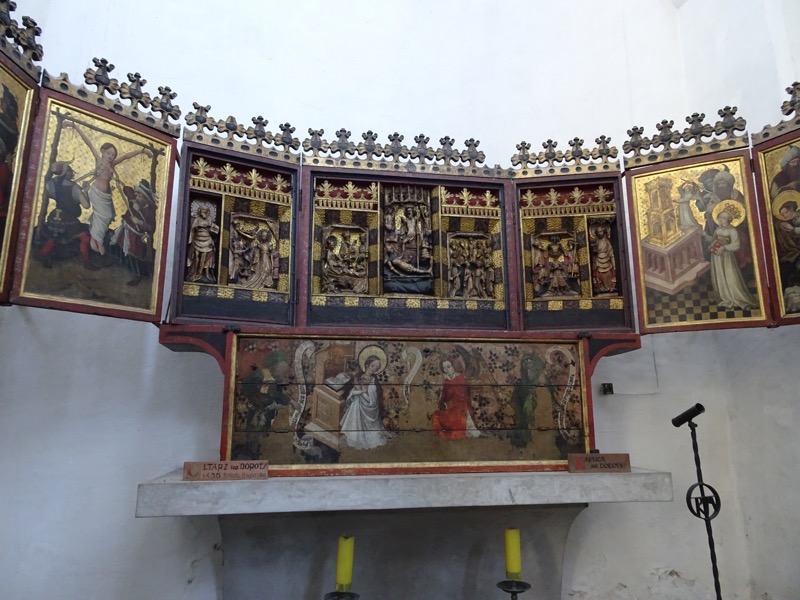
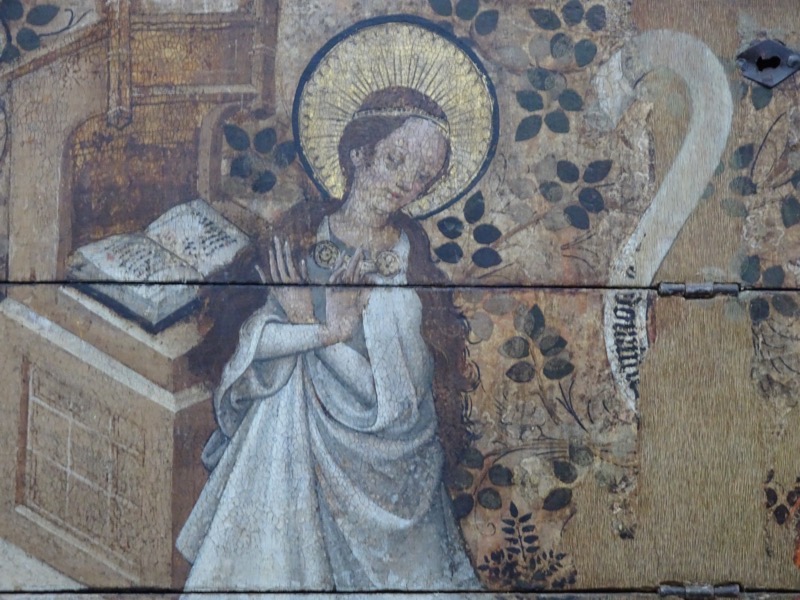 but here is your little bit o’ medieval weirdness for the day:
but here is your little bit o’ medieval weirdness for the day: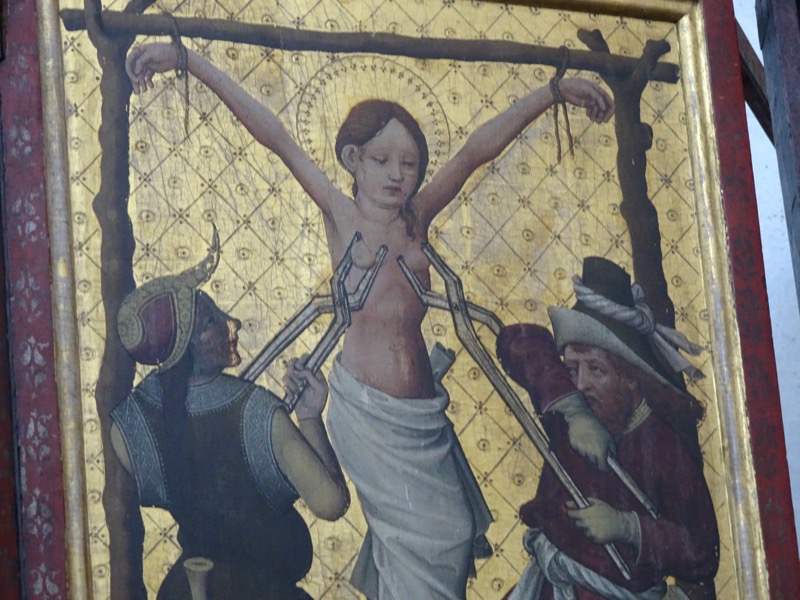 This rather incongruous memorial was to remember the 96 victims of a plane crash in Smolensk on 10th April 2011. Lech Kaczyński, the fourth President of the Republic of Poland, was on the Polish Air Force Tu-154 when it crashed outside of Smolensk, as was his wife, First Lady and Economic Minister for Poland at the time.
This rather incongruous memorial was to remember the 96 victims of a plane crash in Smolensk on 10th April 2011. Lech Kaczyński, the fourth President of the Republic of Poland, was on the Polish Air Force Tu-154 when it crashed outside of Smolensk, as was his wife, First Lady and Economic Minister for Poland at the time.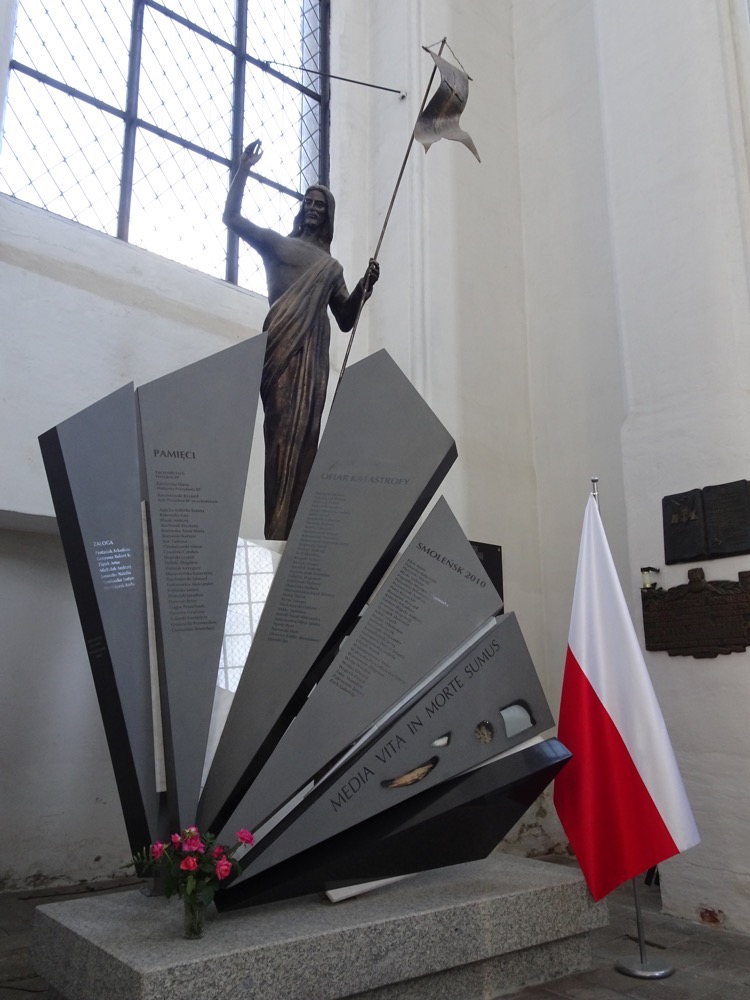 Directly opposite this very modern memorial is an enormous medieval astronomical clock. Standing 14m tall, it is said to have been constructed by Hans Düringer between 1464 and 1470. Like every other monumental medeival astronomical clock, it is said that Düringer had his eyes put out after he made it so he could not make another – which begs the question: why would a medieval master clockmaker accept such a commission if ultimately he was going to be blinded to stop him from replicating his work?! Dunno… urban myths alive and well in the middle ages.
Directly opposite this very modern memorial is an enormous medieval astronomical clock. Standing 14m tall, it is said to have been constructed by Hans Düringer between 1464 and 1470. Like every other monumental medeival astronomical clock, it is said that Düringer had his eyes put out after he made it so he could not make another – which begs the question: why would a medieval master clockmaker accept such a commission if ultimately he was going to be blinded to stop him from replicating his work?! Dunno… urban myths alive and well in the middle ages.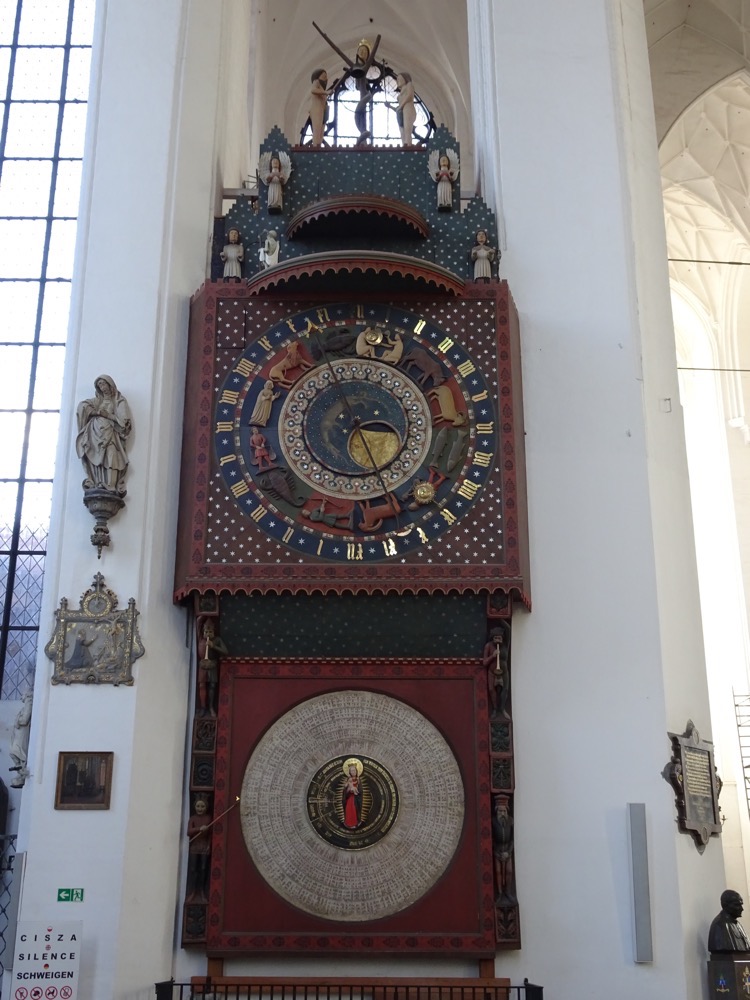 The clock has some pretty complex dials that show time, date, phases of the moon, the position of the moon and sun in relation to the zodiac signs, and the calendar of saints.
The clock has some pretty complex dials that show time, date, phases of the moon, the position of the moon and sun in relation to the zodiac signs, and the calendar of saints. 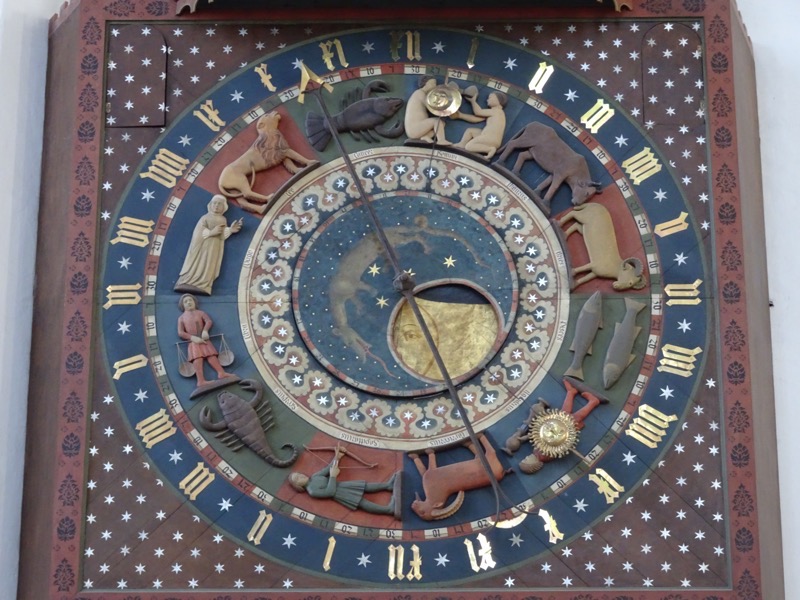
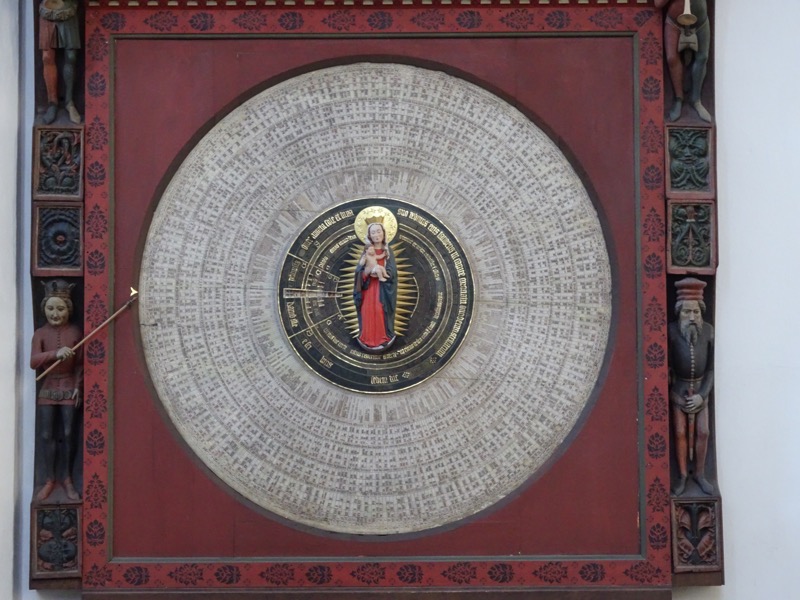
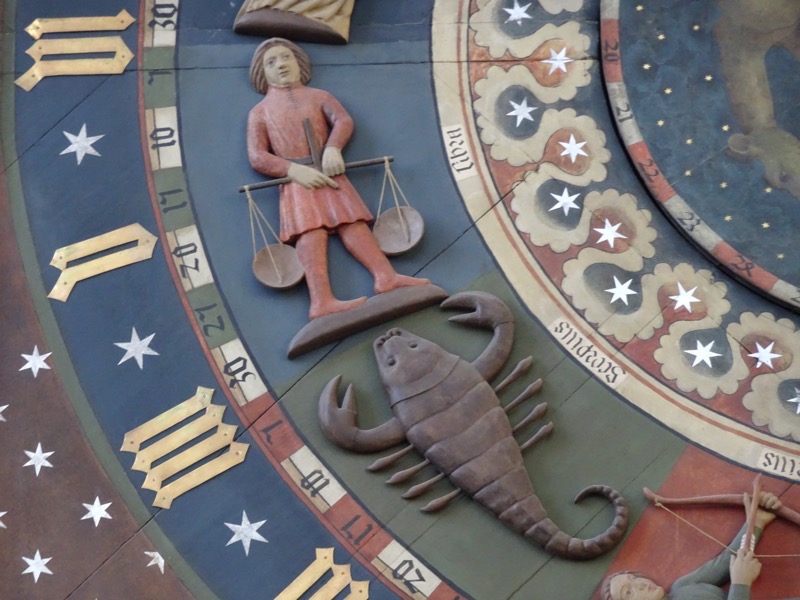
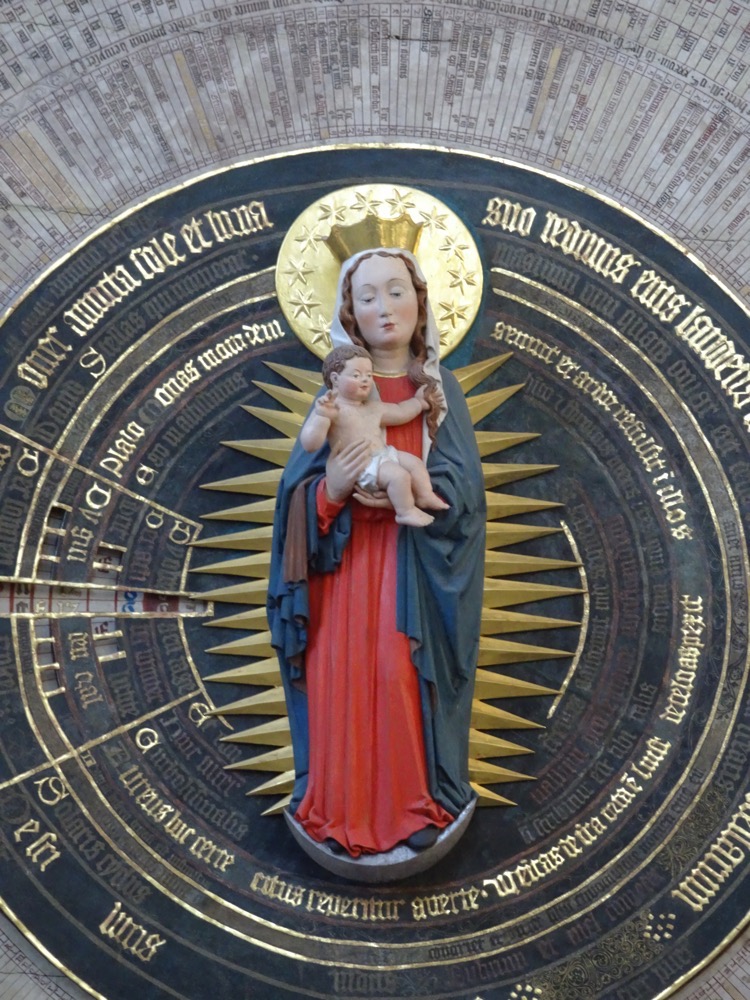 Another unlabelled, anonymous fresco/sculpture.
Another unlabelled, anonymous fresco/sculpture.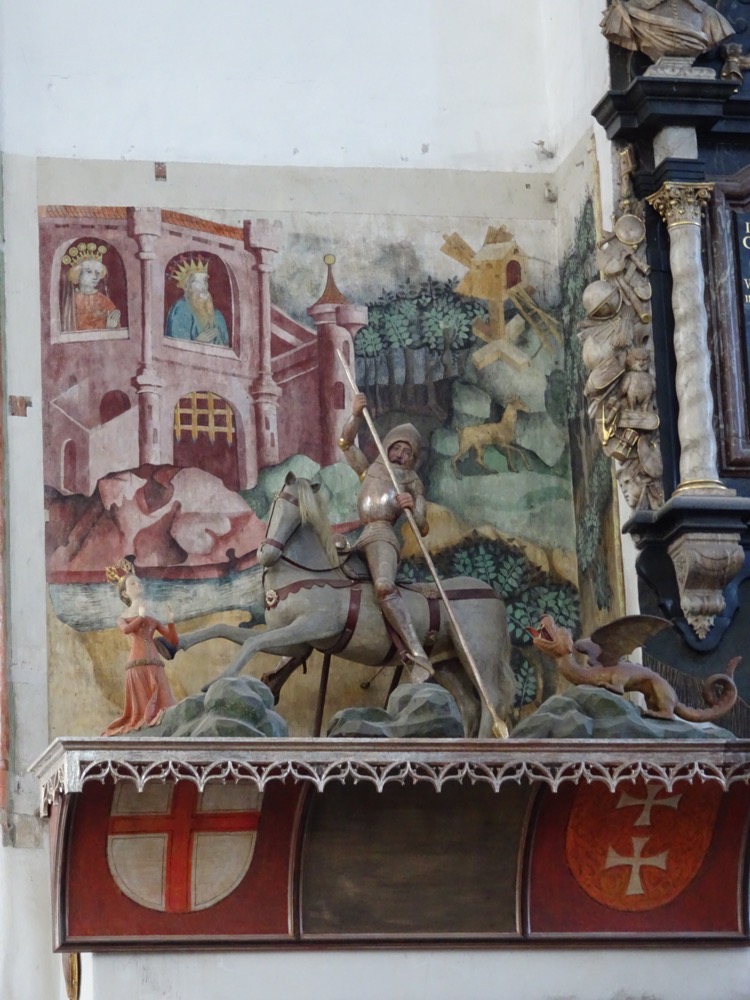
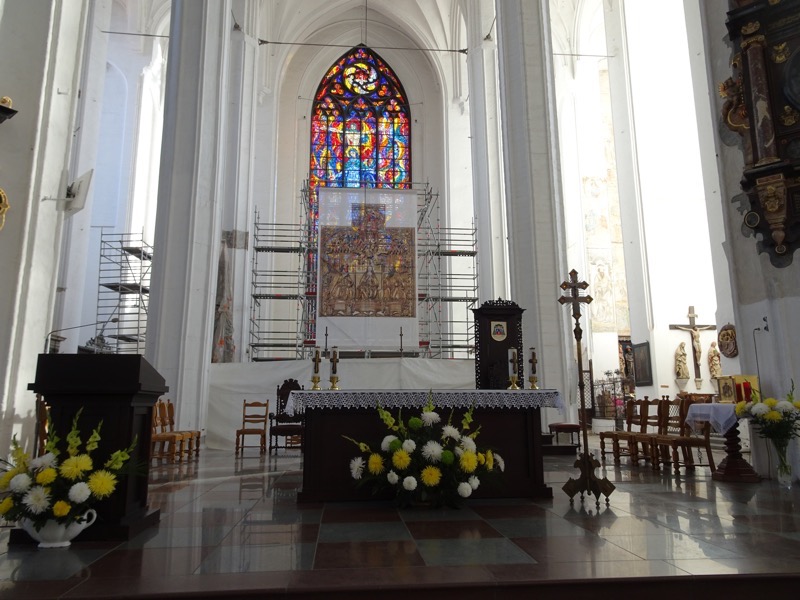 You can see the altar all pulled apart, and restorers were working on it while we were visiting.
You can see the altar all pulled apart, and restorers were working on it while we were visiting.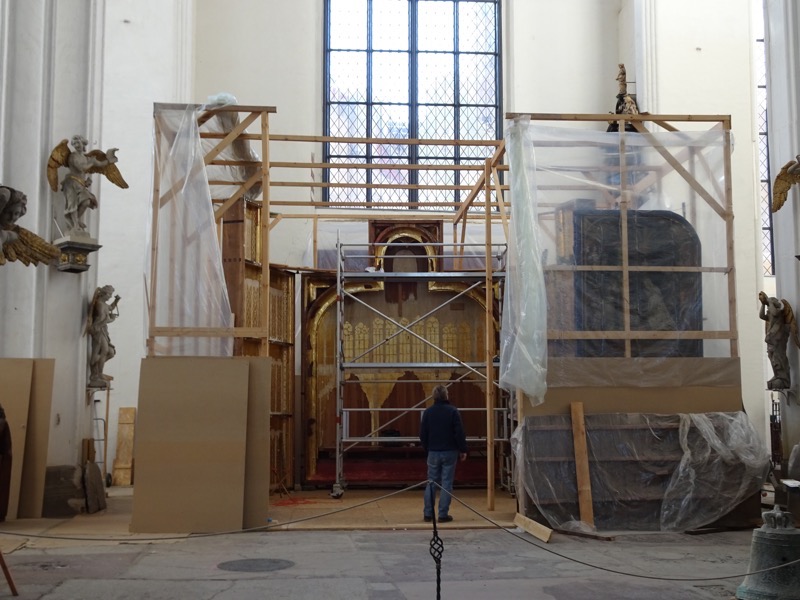
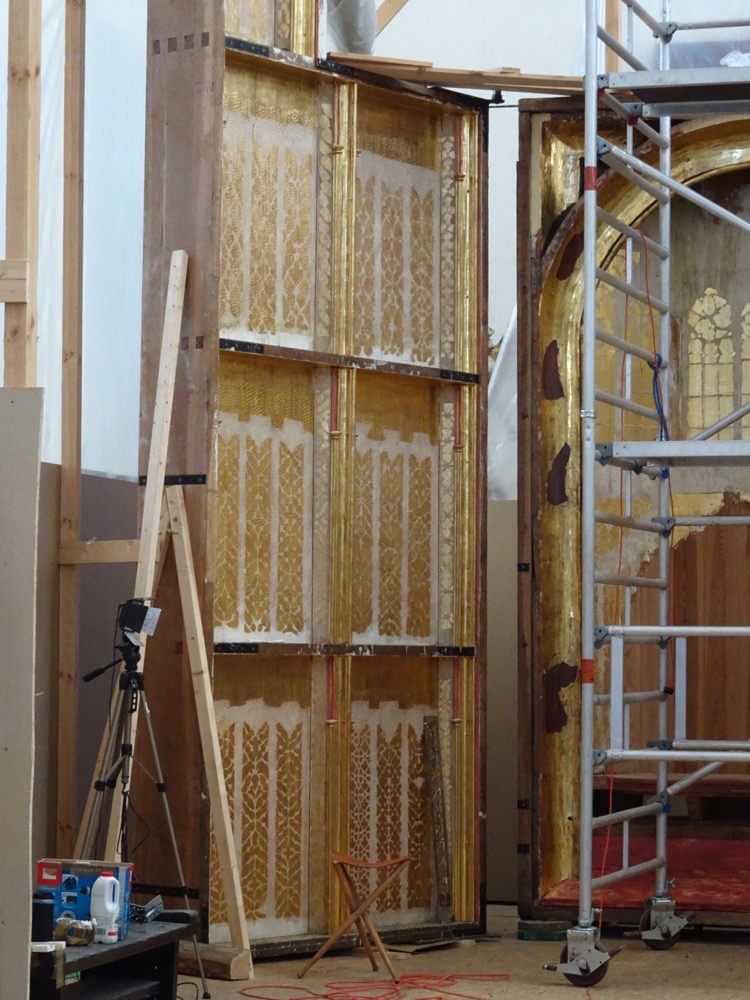
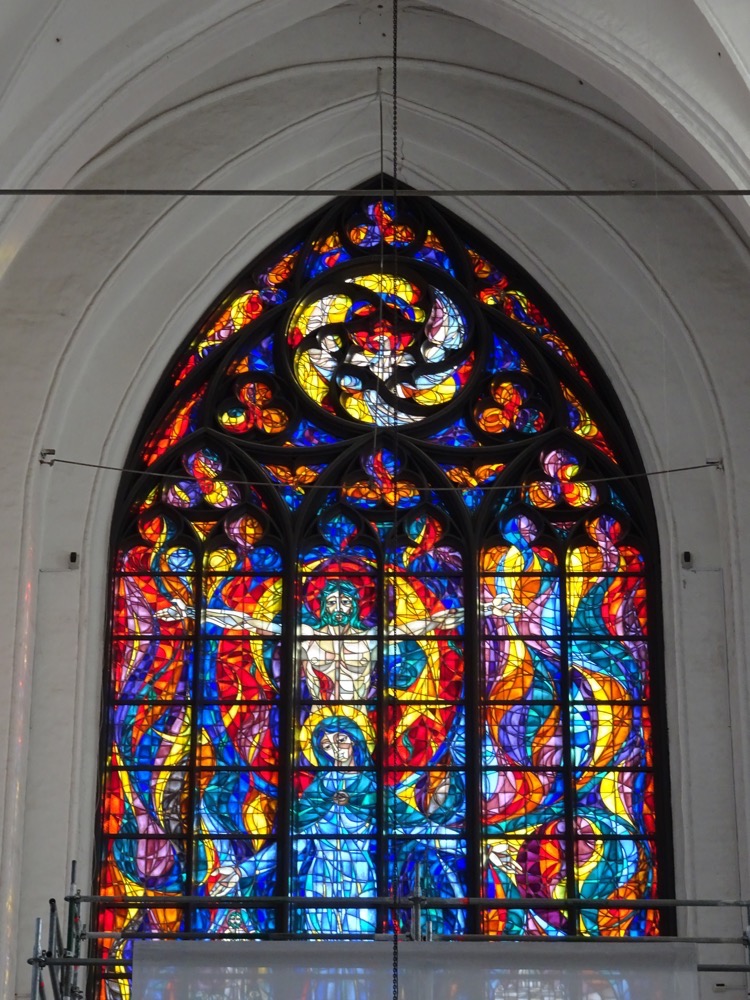 From the altar looking back down the nave – it really is an enromous church.
From the altar looking back down the nave – it really is an enromous church.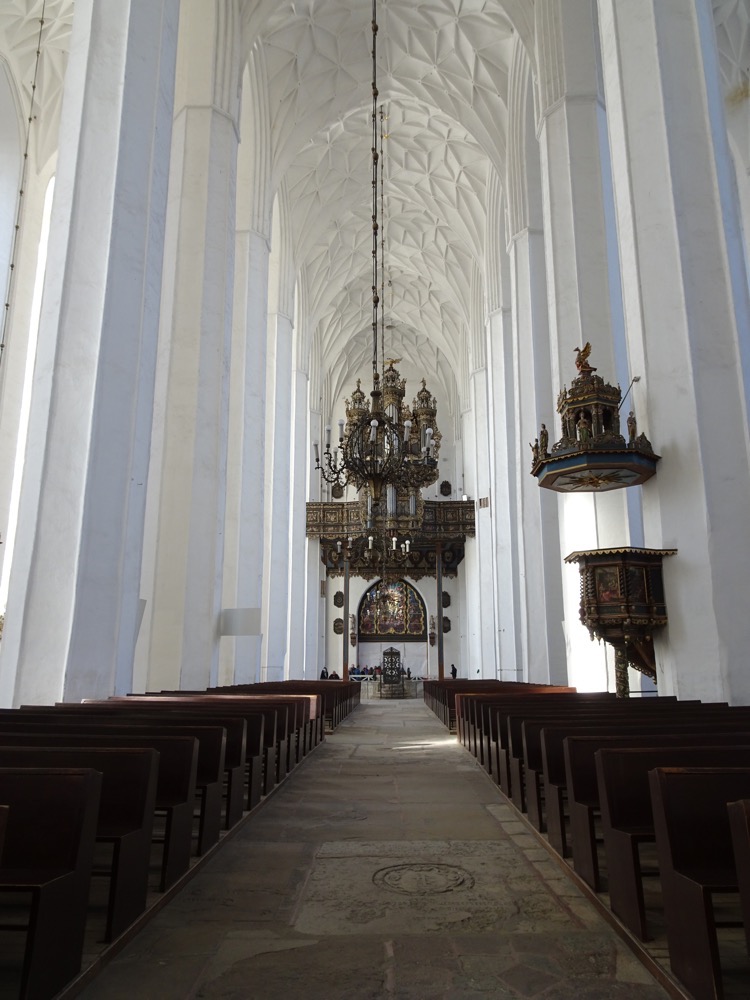 I think this is a representation of the ten commandments from 1485… there is supposed to be a piece here of that nature, though the artist is unknown.
I think this is a representation of the ten commandments from 1485… there is supposed to be a piece here of that nature, though the artist is unknown.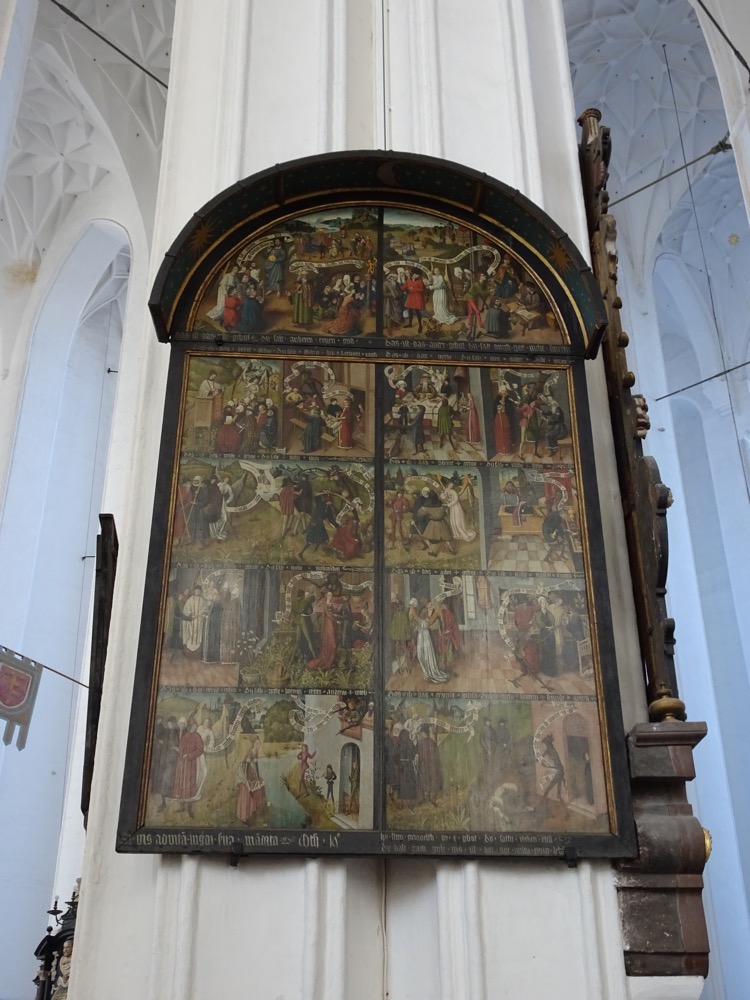
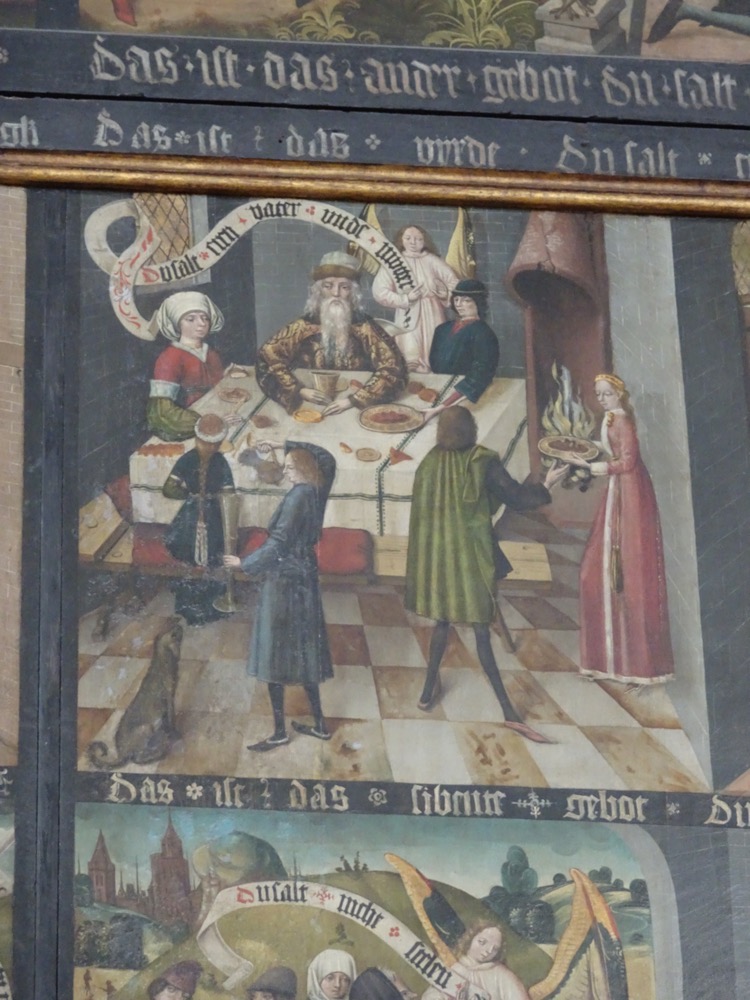
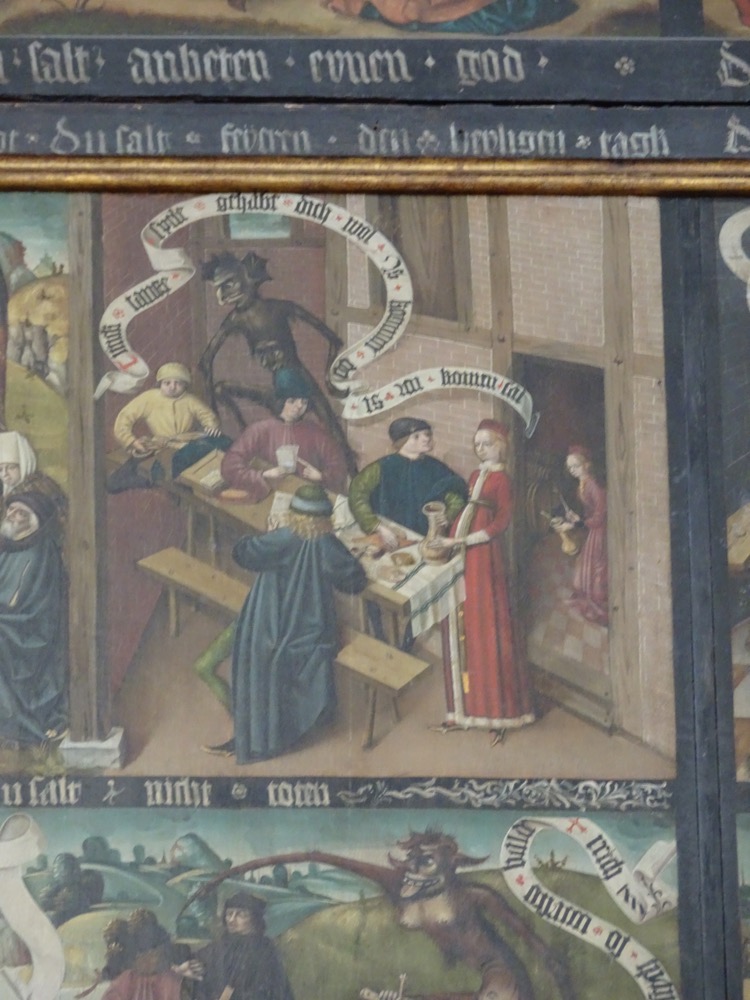
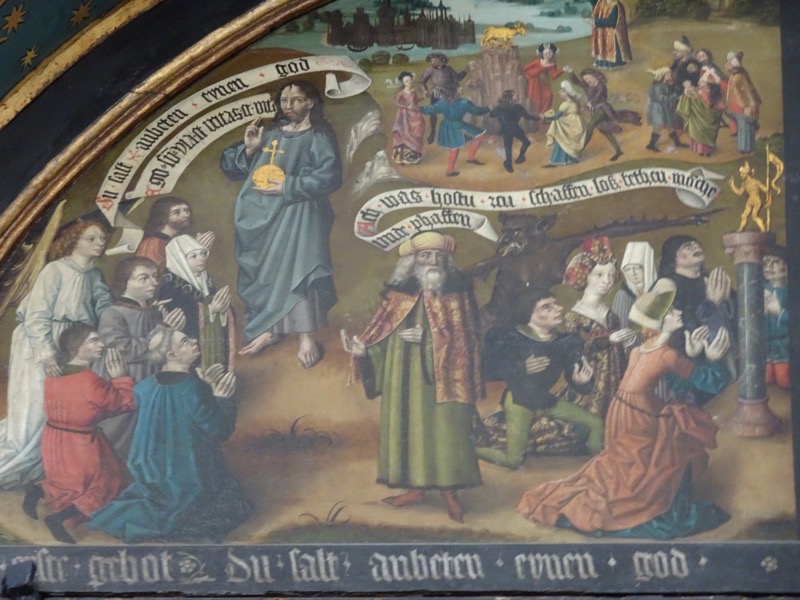 Organ – no real church is complete without one.
Organ – no real church is complete without one.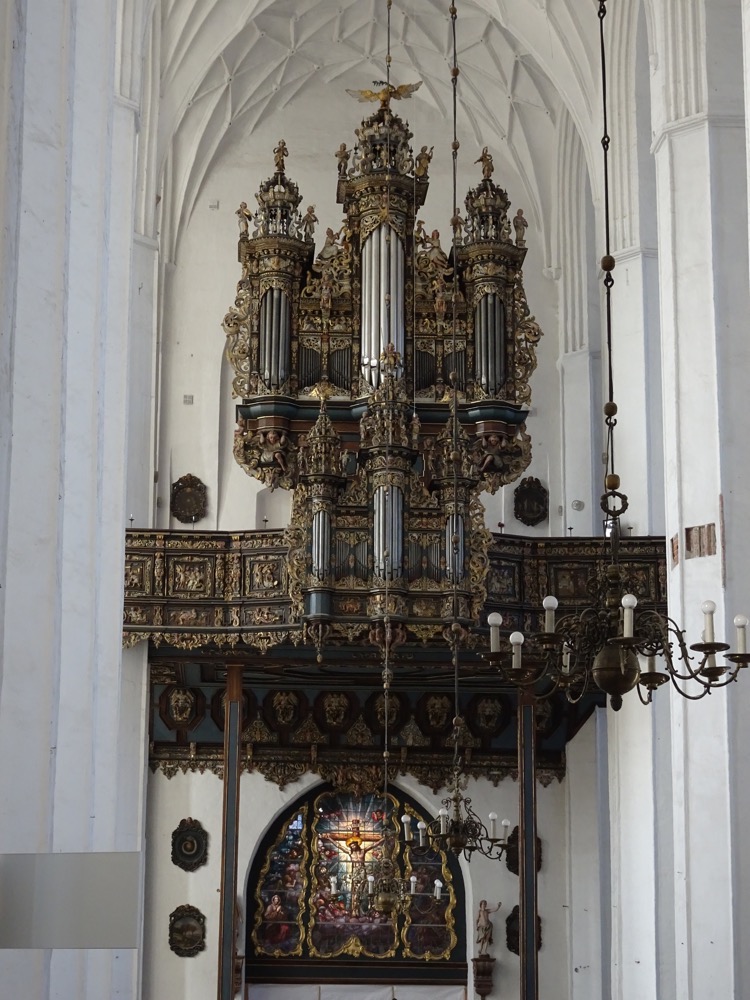
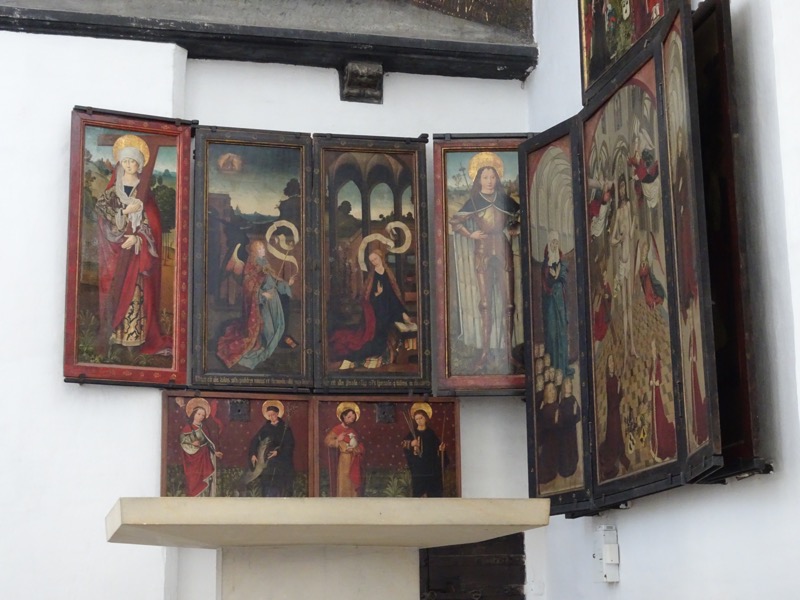 More medieval paintings with no information or attribution
More medieval paintings with no information or attribution 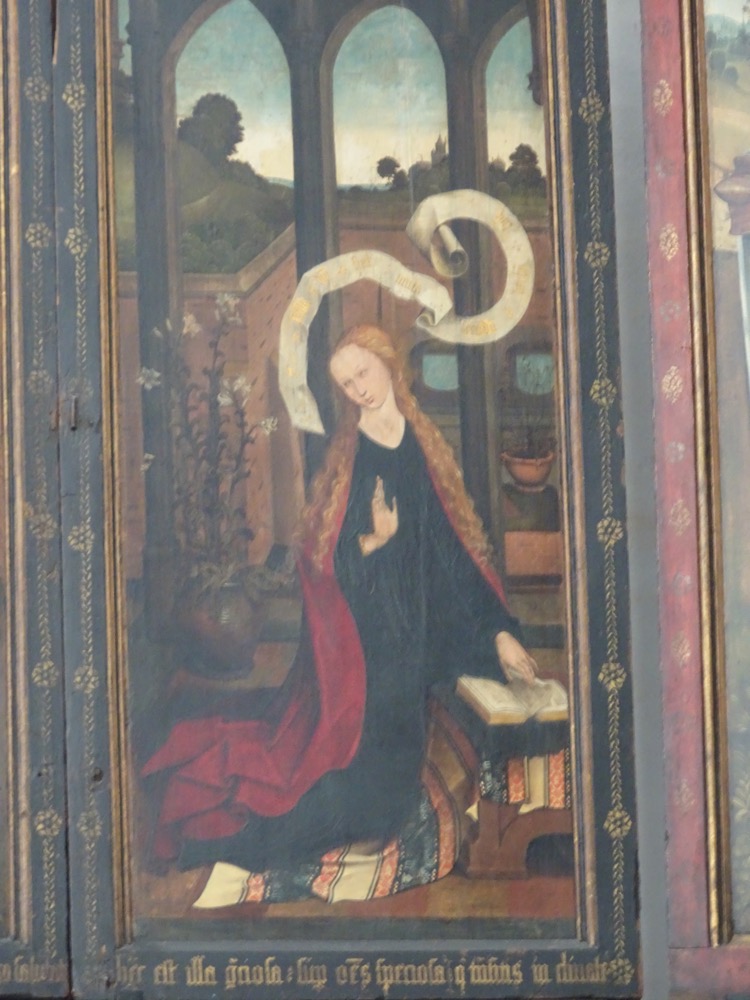
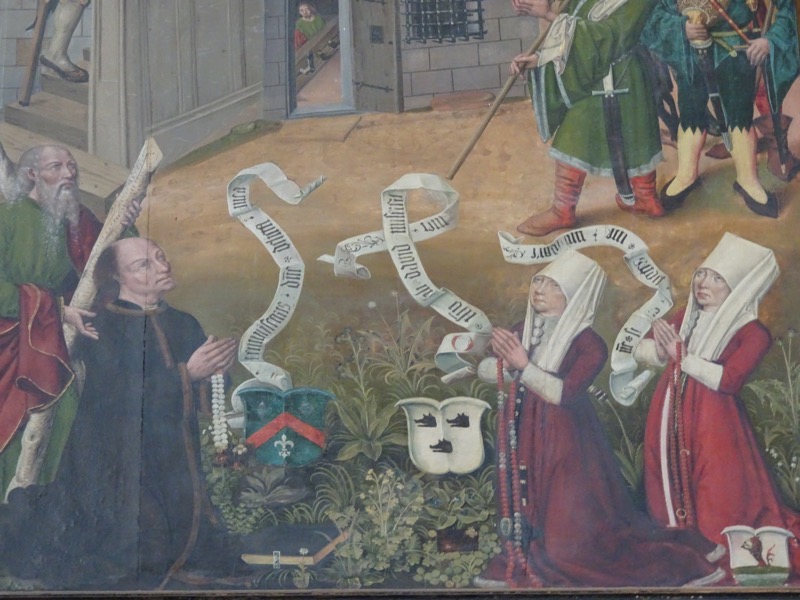 Photographing these paintings in this evironment is worse than in a musuem under glass – the camera just can’t handle the brightness ration from the stark white walls and the glare forming from them on the surface of the canvasses is almost impossible to avoid.
Photographing these paintings in this evironment is worse than in a musuem under glass – the camera just can’t handle the brightness ration from the stark white walls and the glare forming from them on the surface of the canvasses is almost impossible to avoid.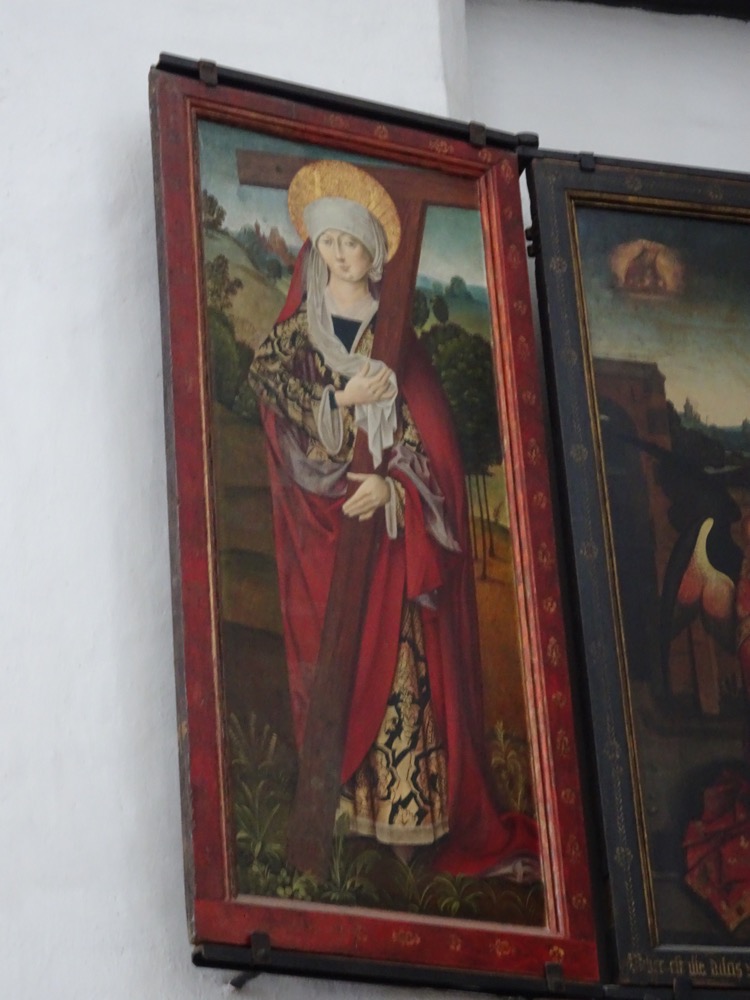
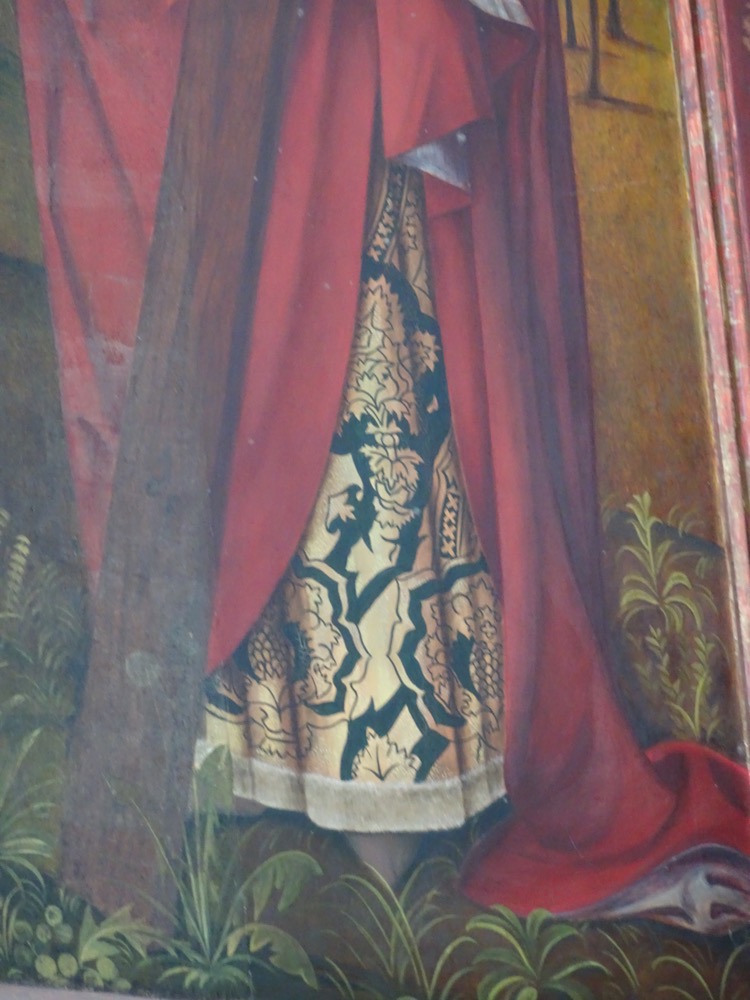
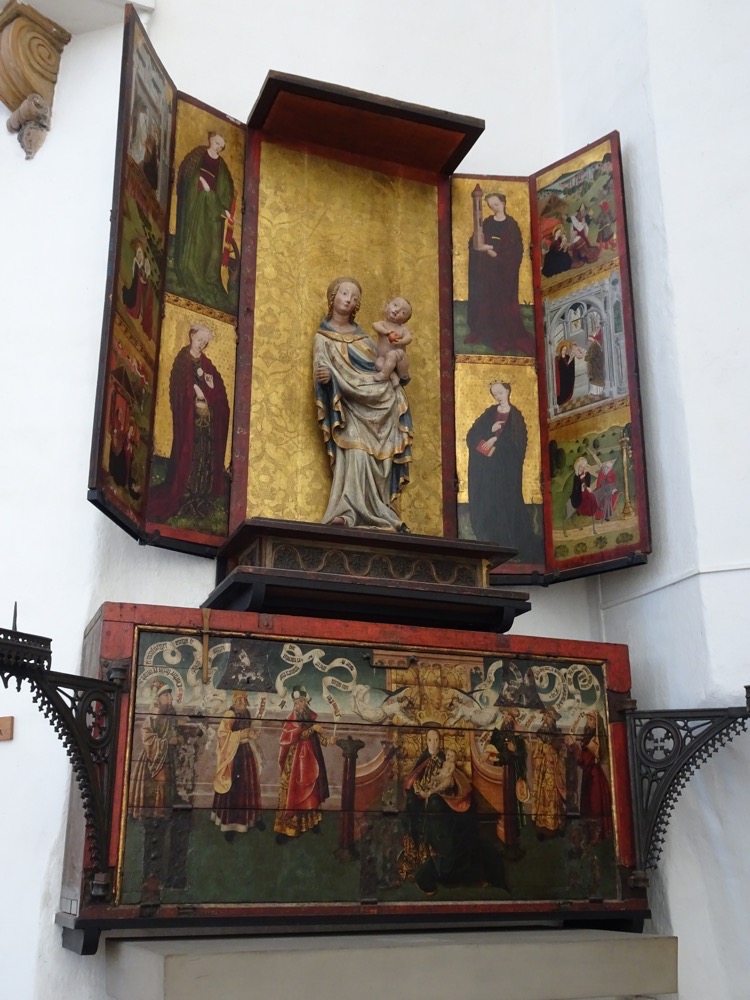
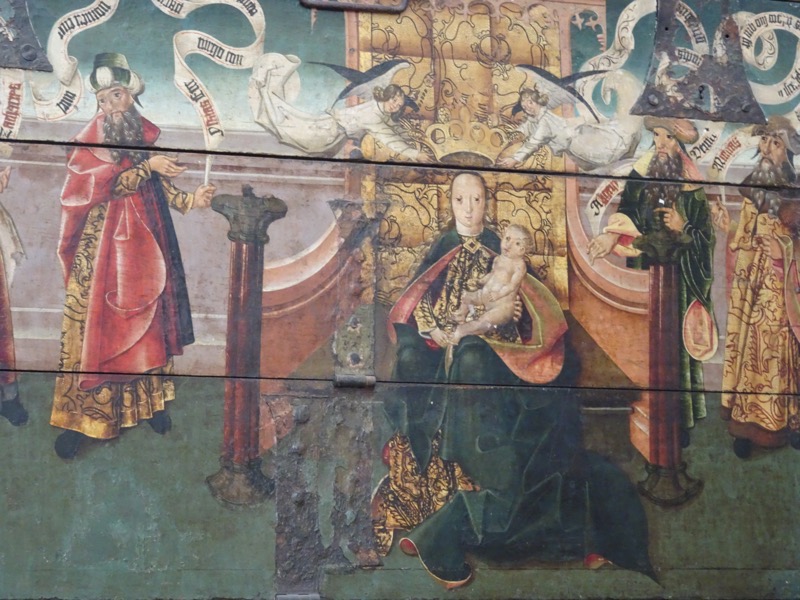
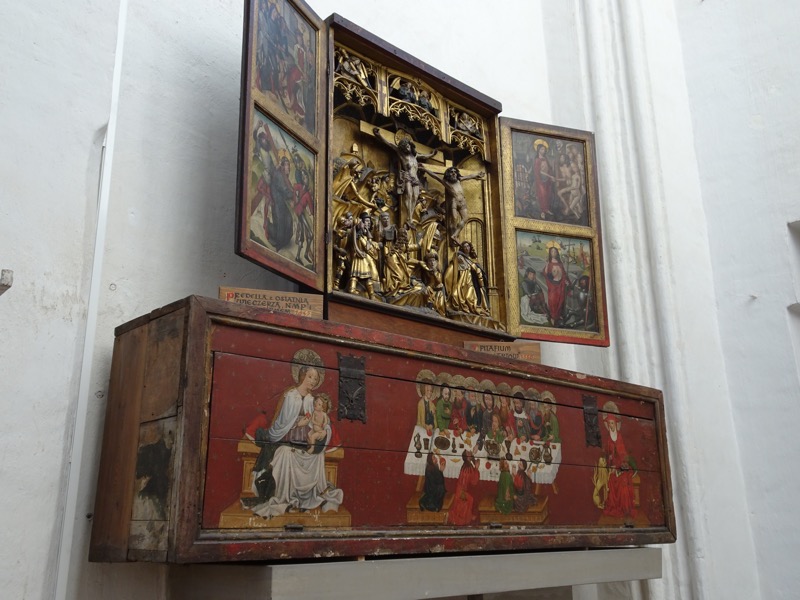
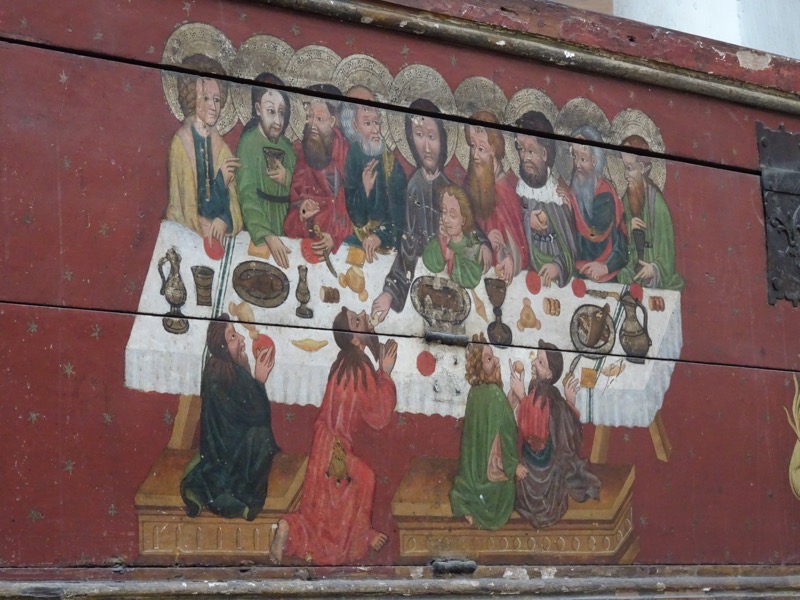
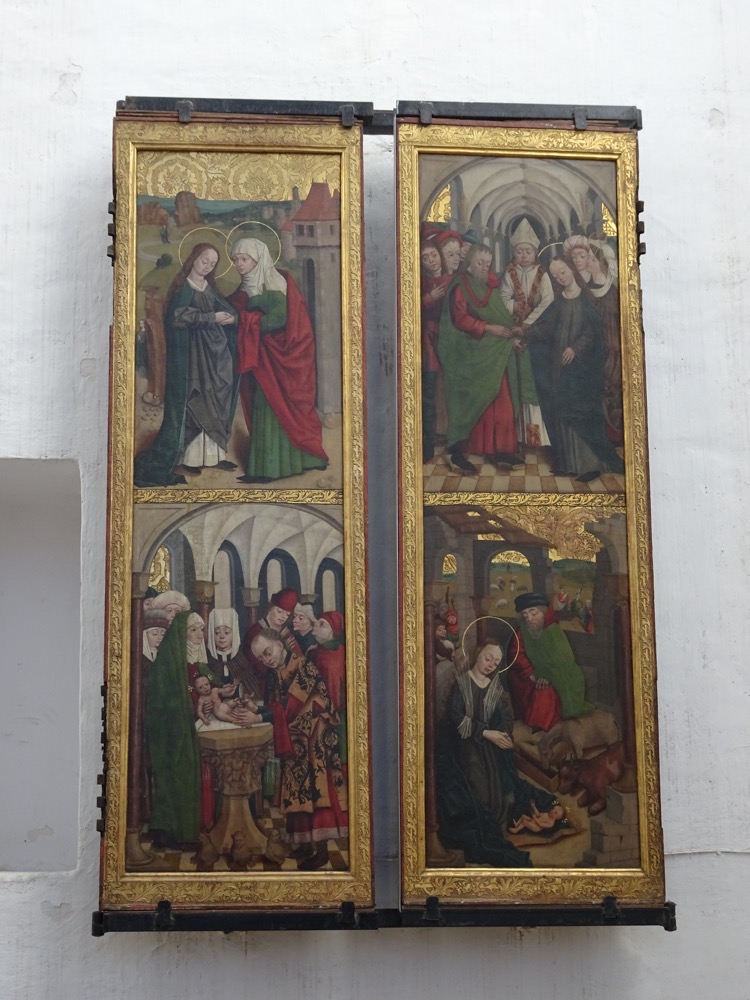
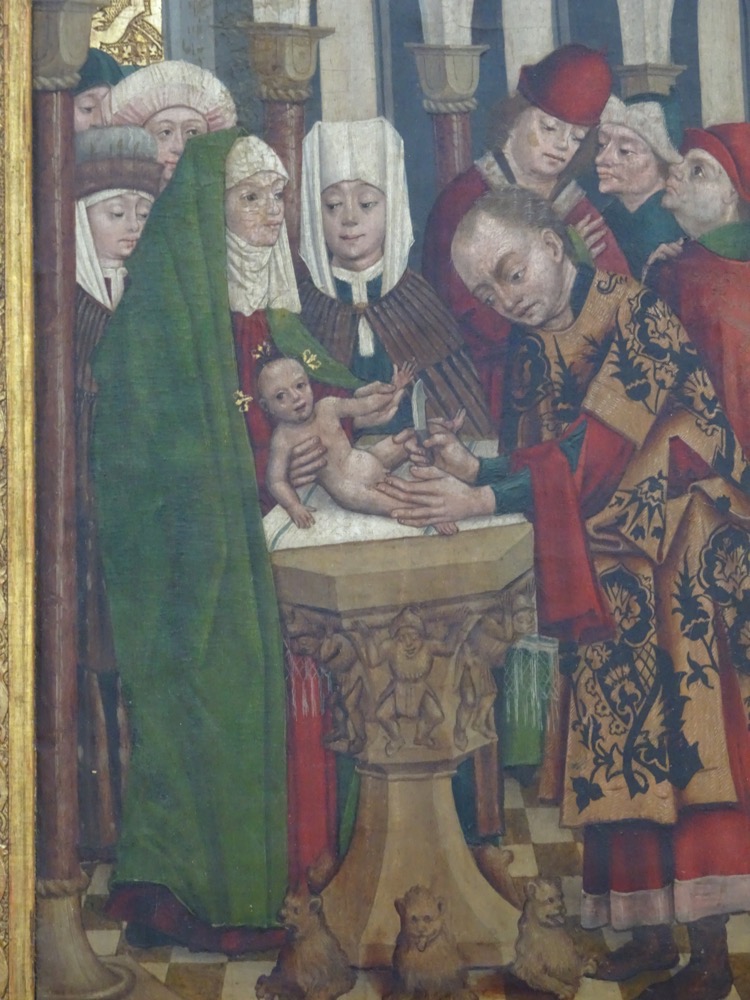
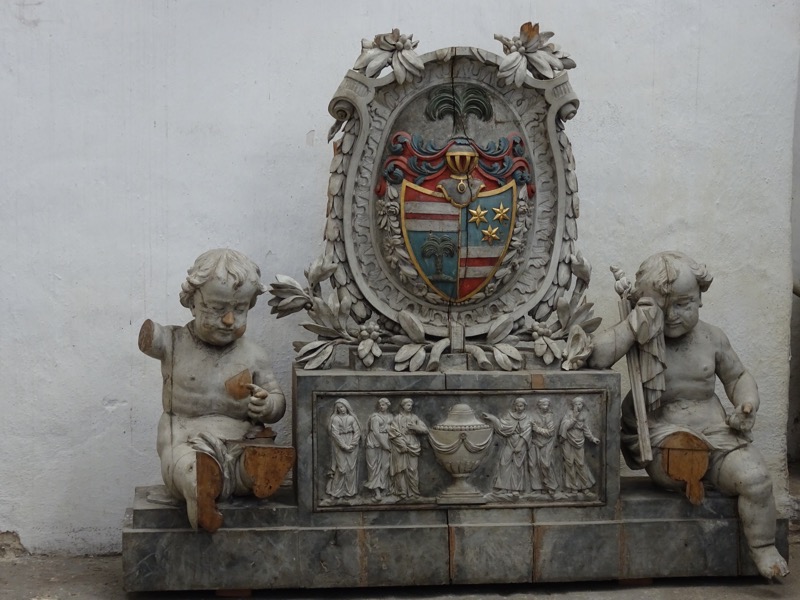 This is me… looking at all these cool paintings and then not being able to find any information on them whatsoever.
This is me… looking at all these cool paintings and then not being able to find any information on them whatsoever.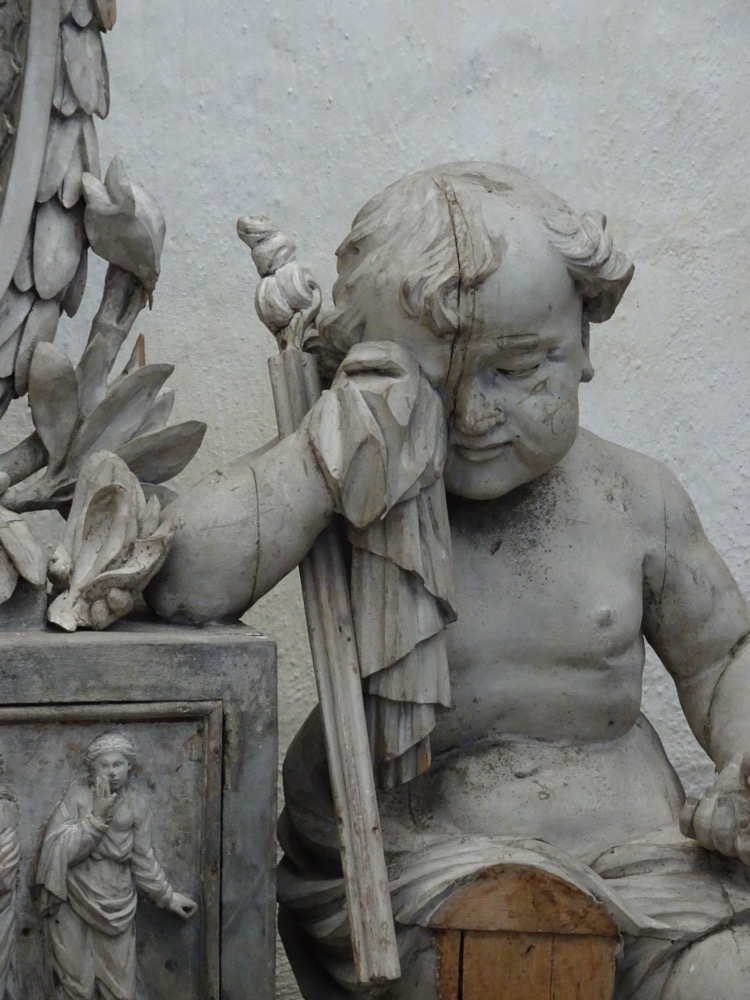
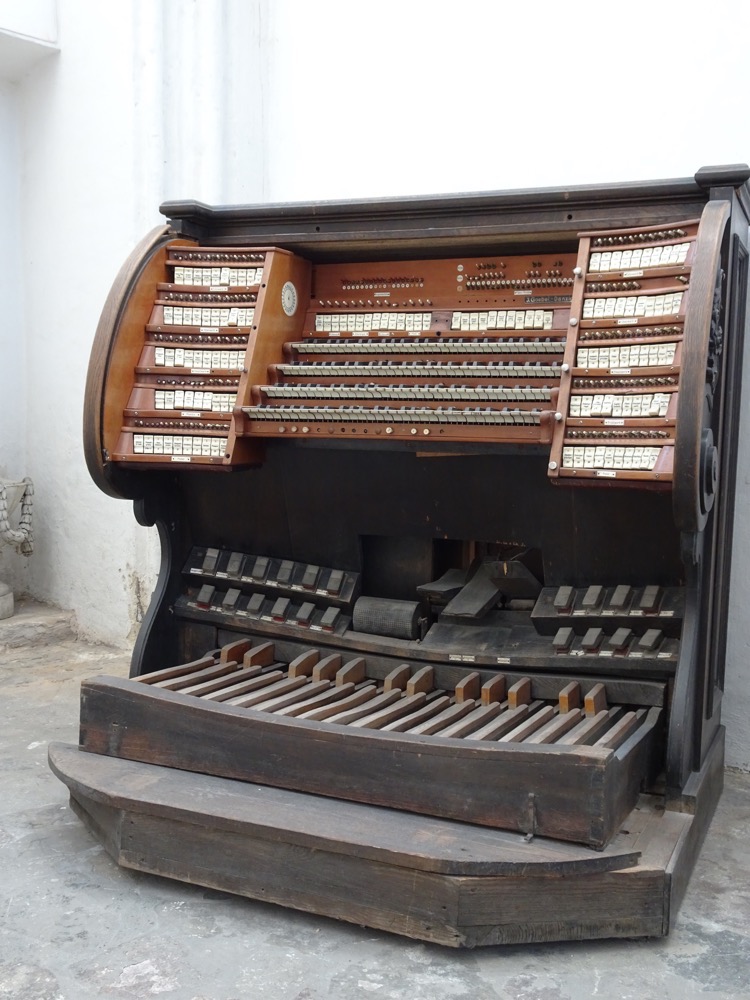
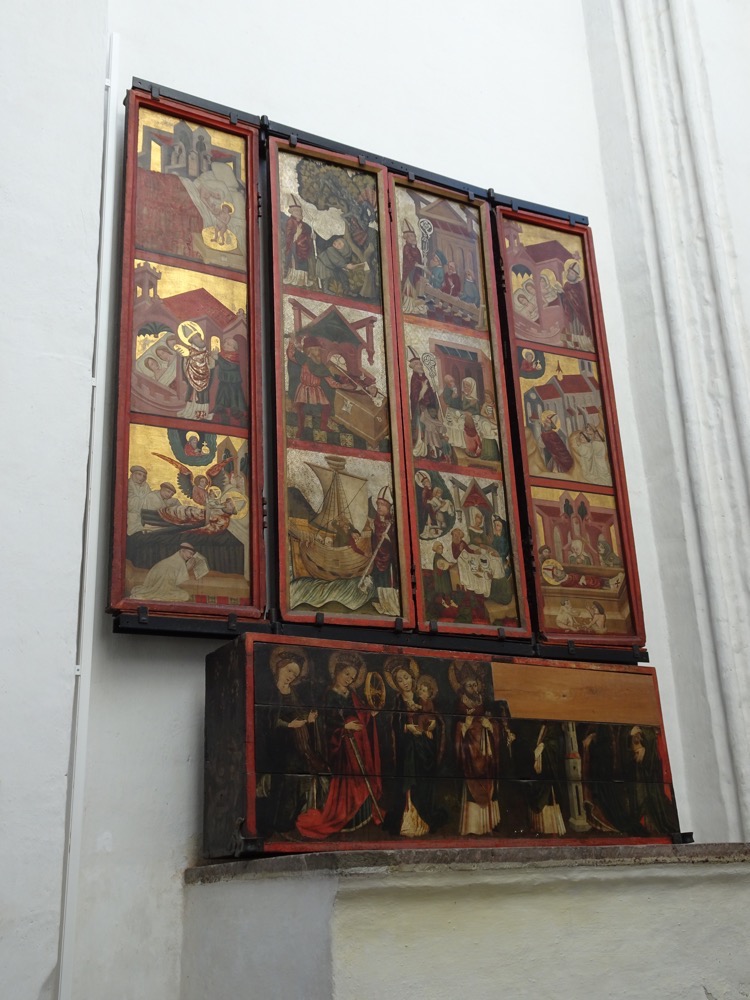
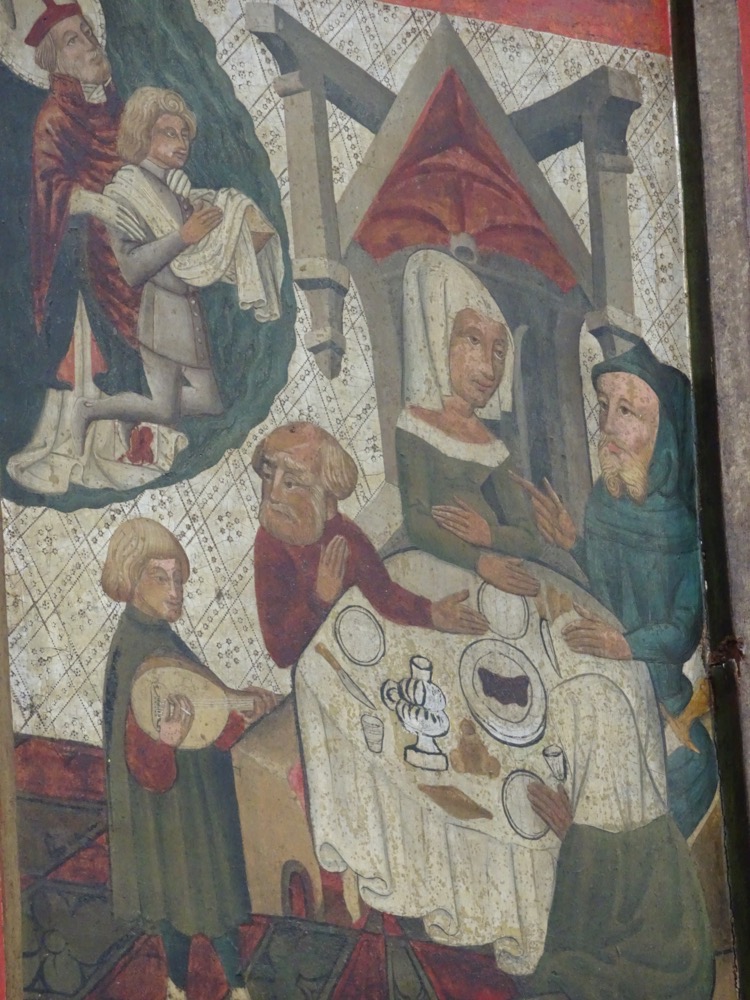
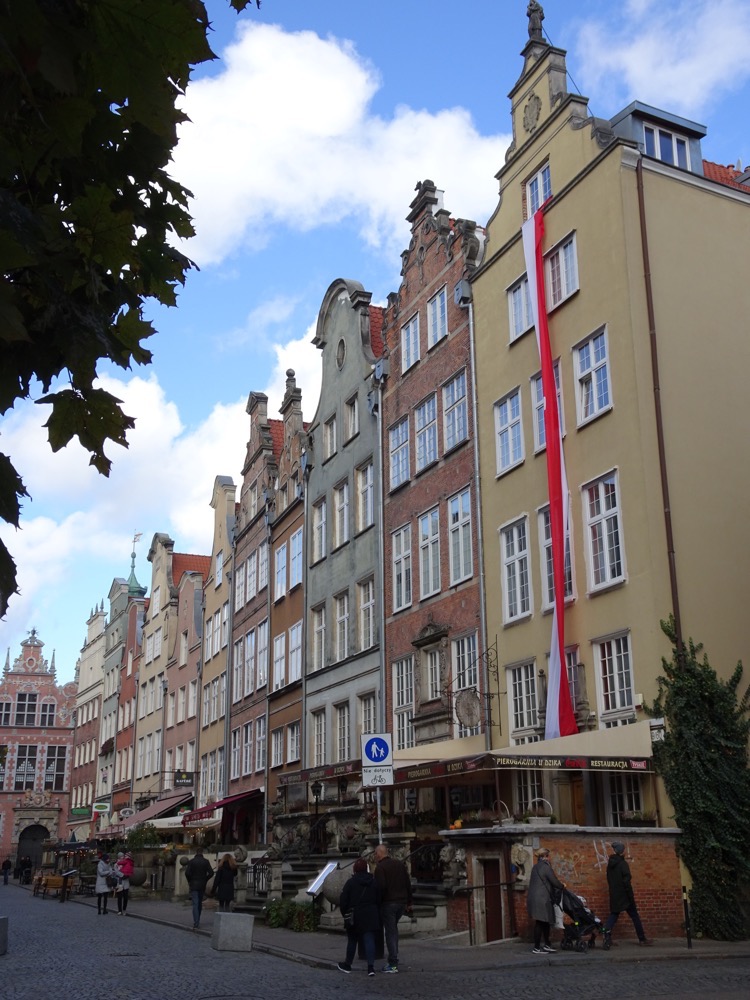
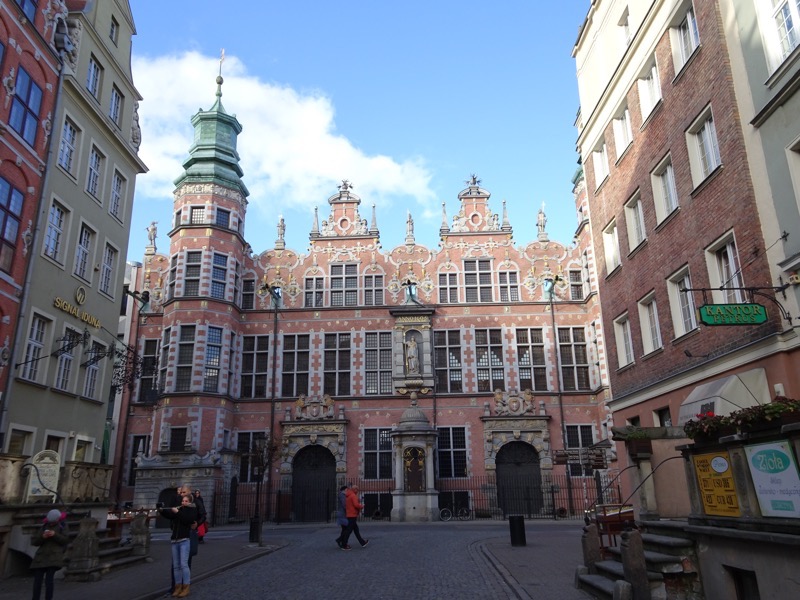
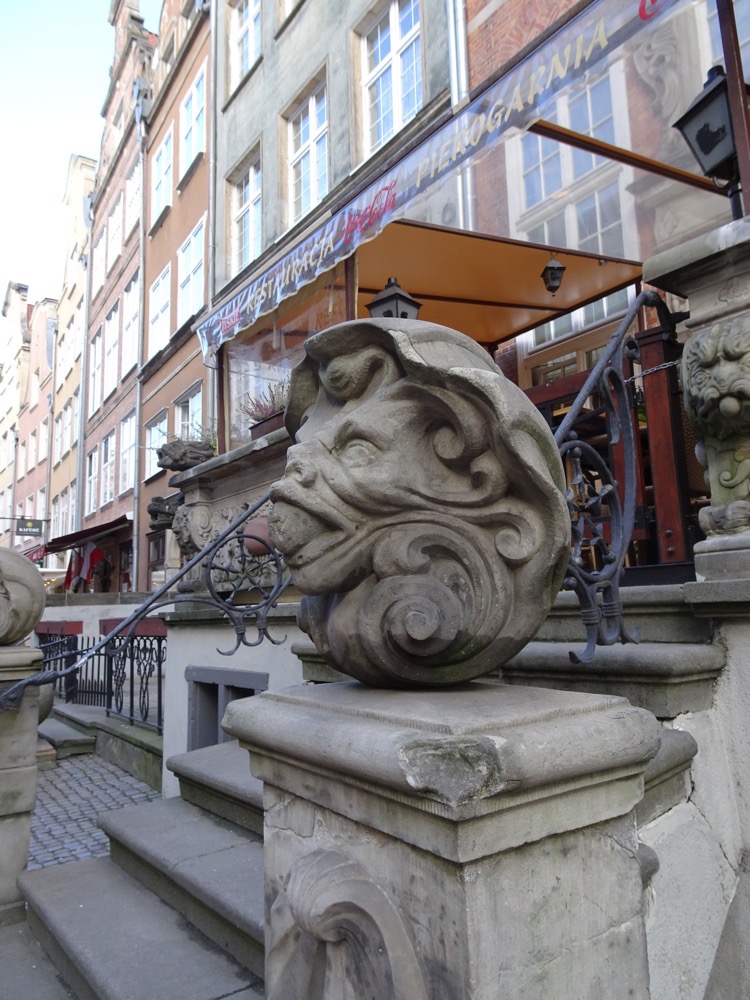 Directly outside the armoury, the entire street is largely taken over by amber shops and by souvenir shops. You can face in any direction in this town and see amber for sale.
Directly outside the armoury, the entire street is largely taken over by amber shops and by souvenir shops. You can face in any direction in this town and see amber for sale.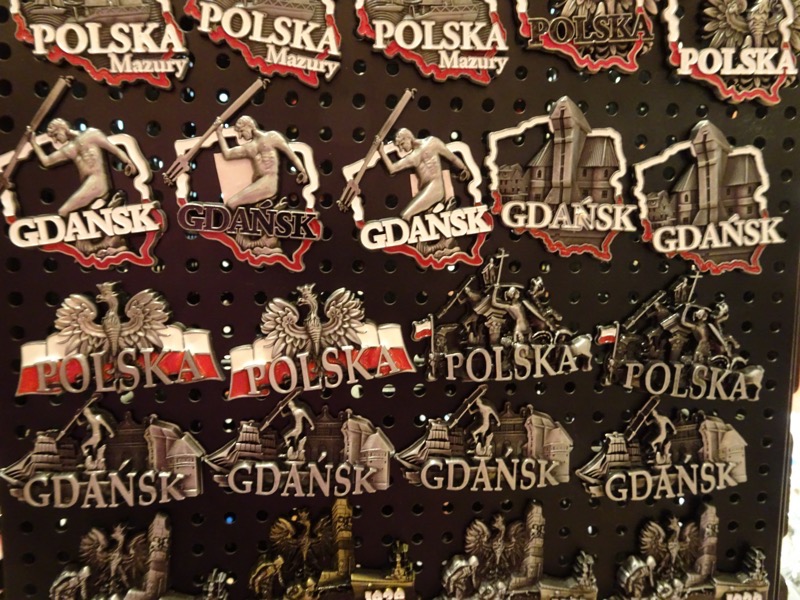
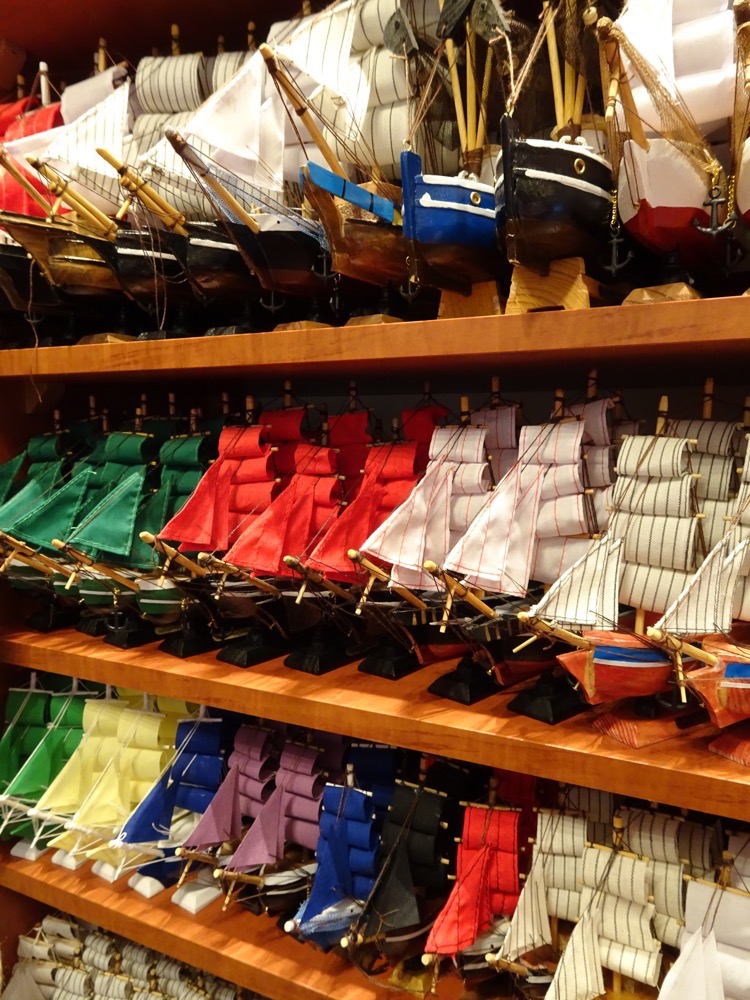
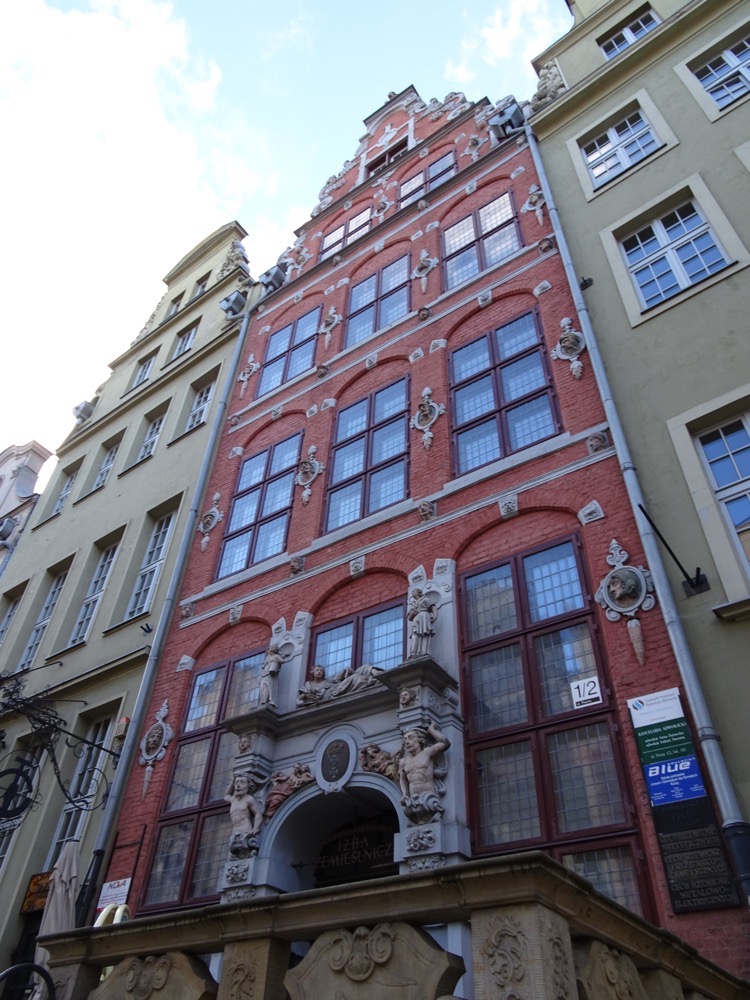
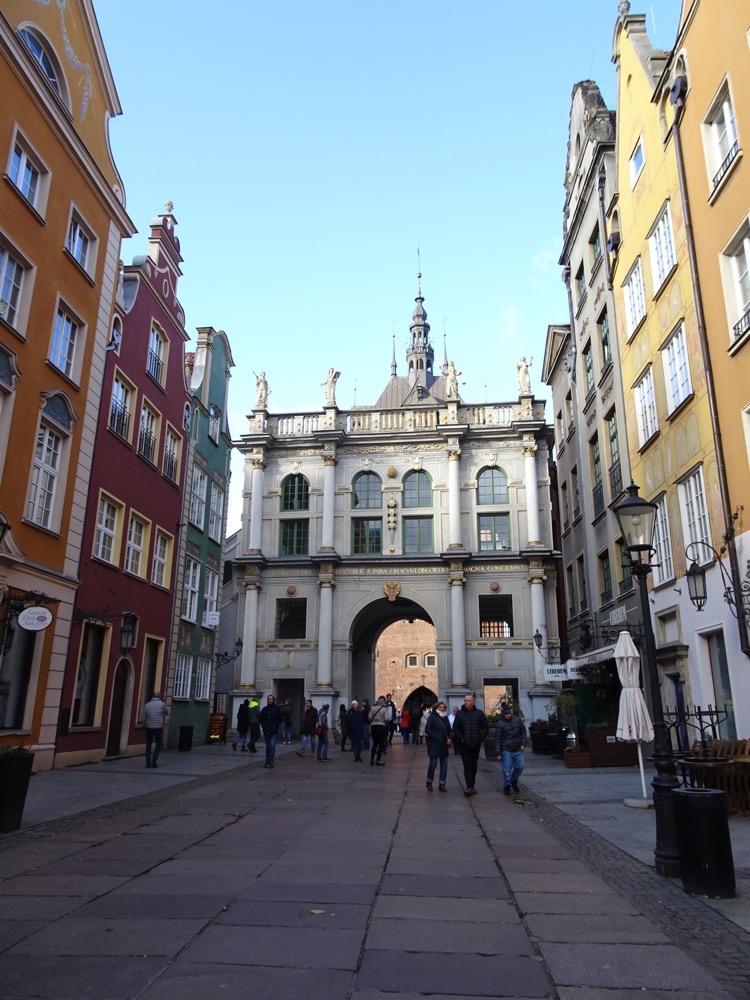
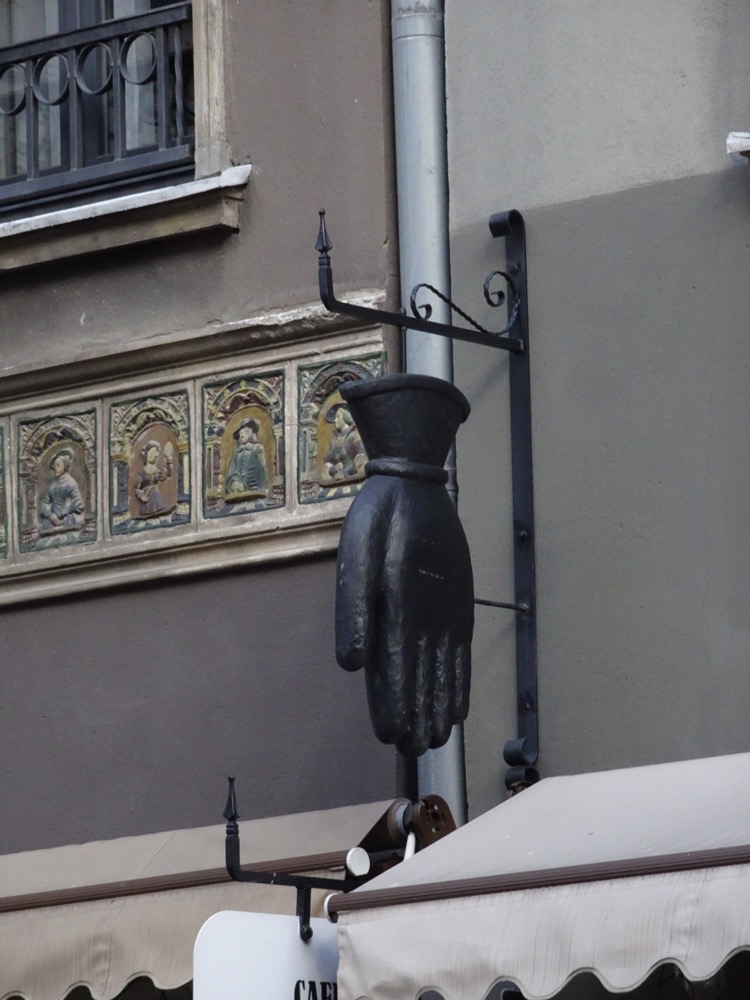 There are just too many very fancy and impressive buildings in the Long Market. I can’t describe them all, but have included many photographs to show how stunning this town is.
There are just too many very fancy and impressive buildings in the Long Market. I can’t describe them all, but have included many photographs to show how stunning this town is.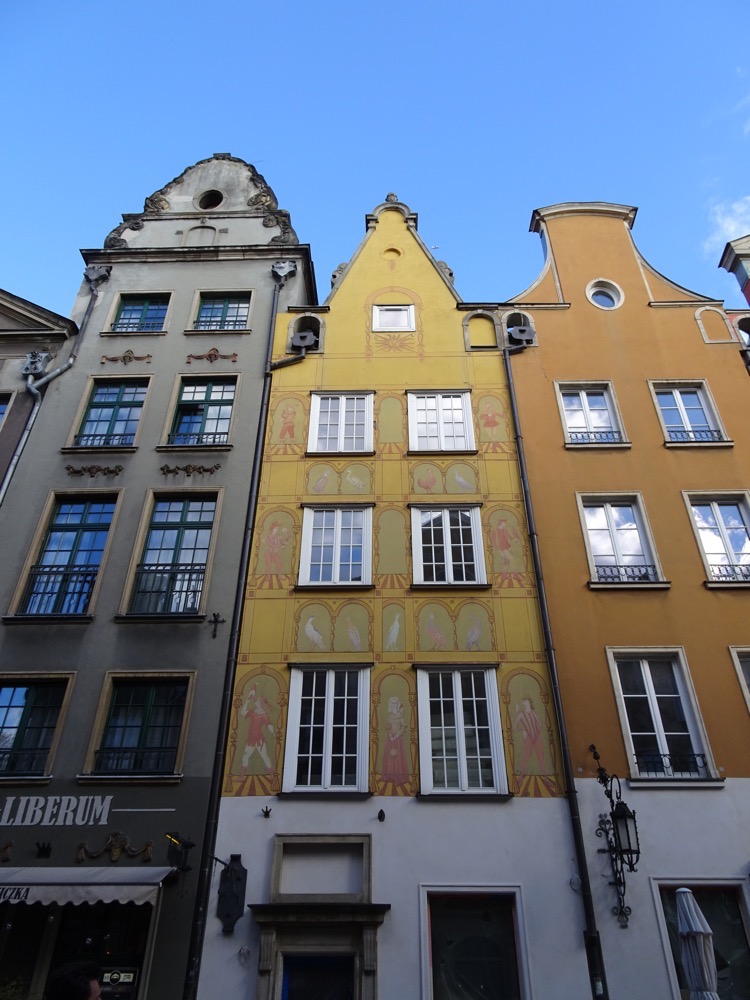
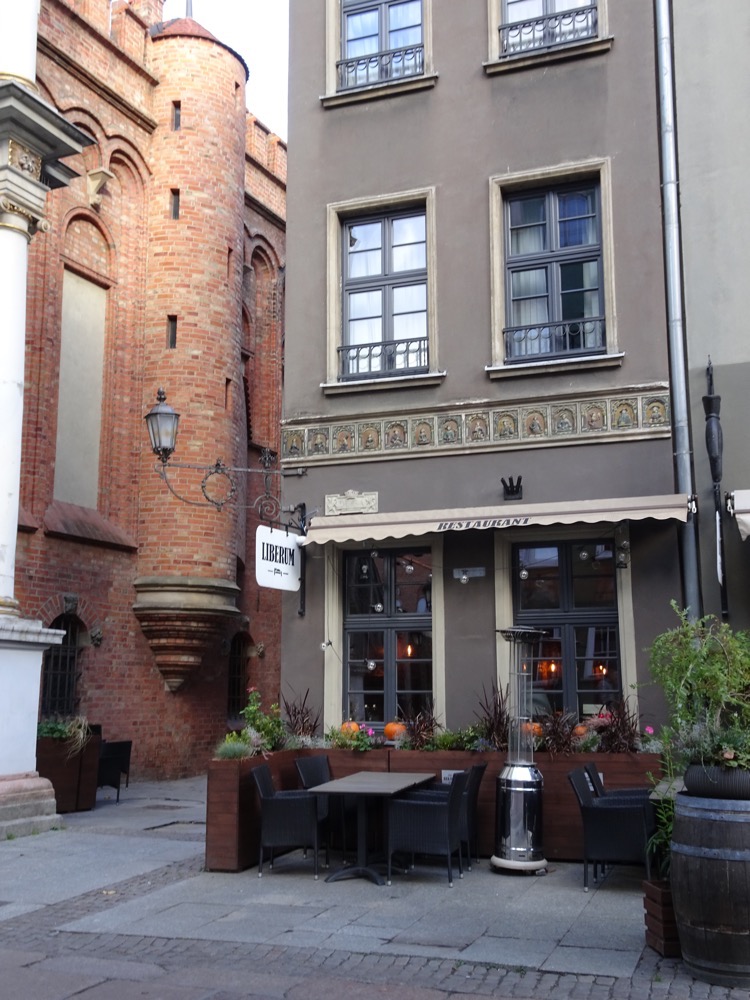
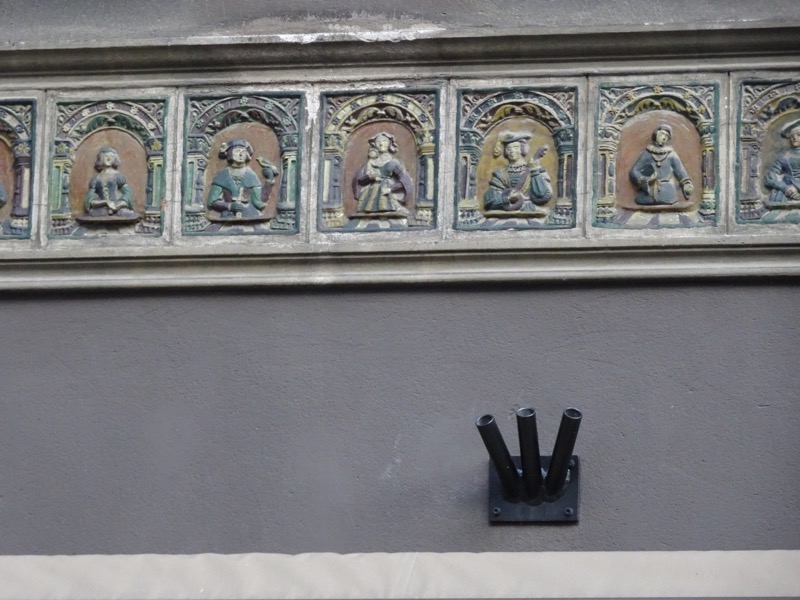 The older High Gate which is attached to the Golden Gate is a Renaissance city gate now at the main vehicular entrance to the Old Town.
The older High Gate which is attached to the Golden Gate is a Renaissance city gate now at the main vehicular entrance to the Old Town. 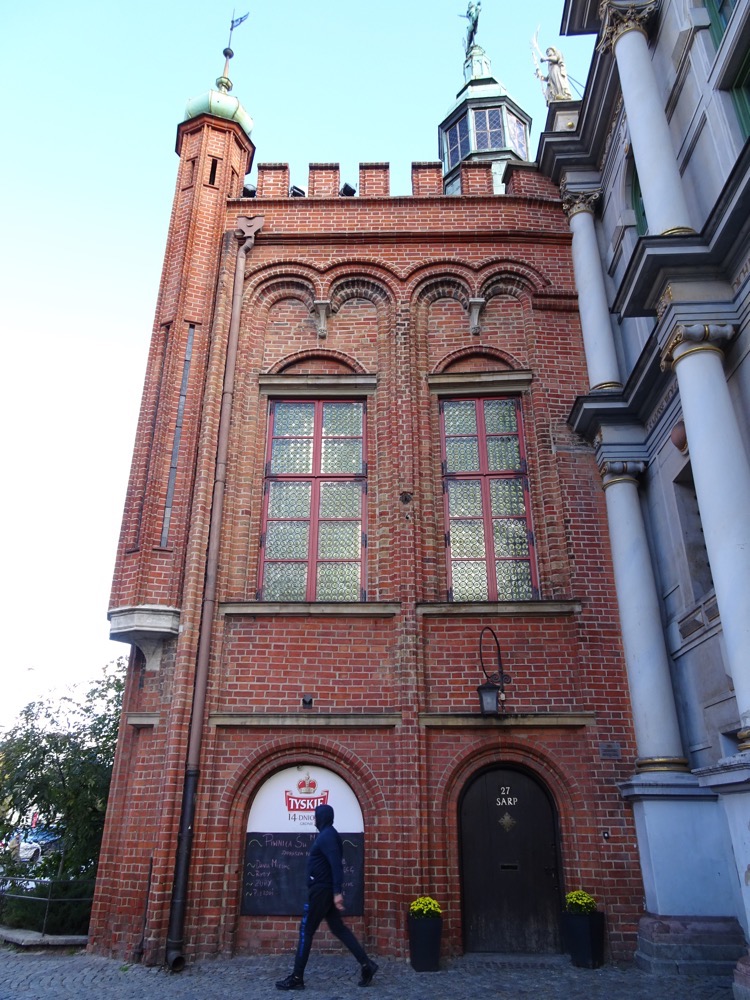
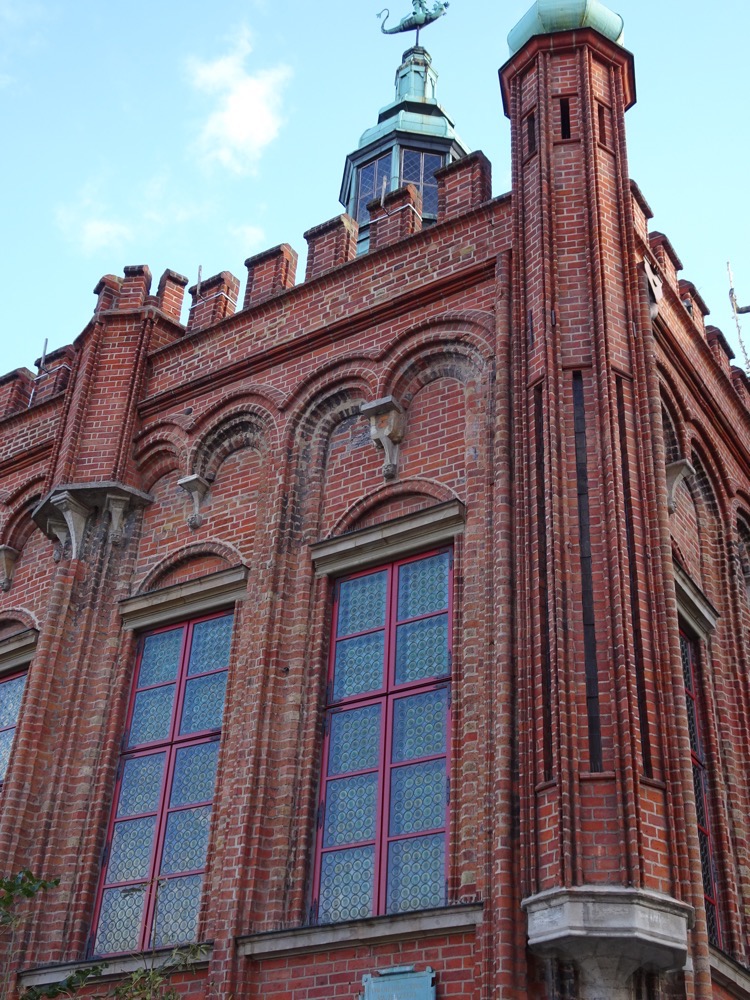
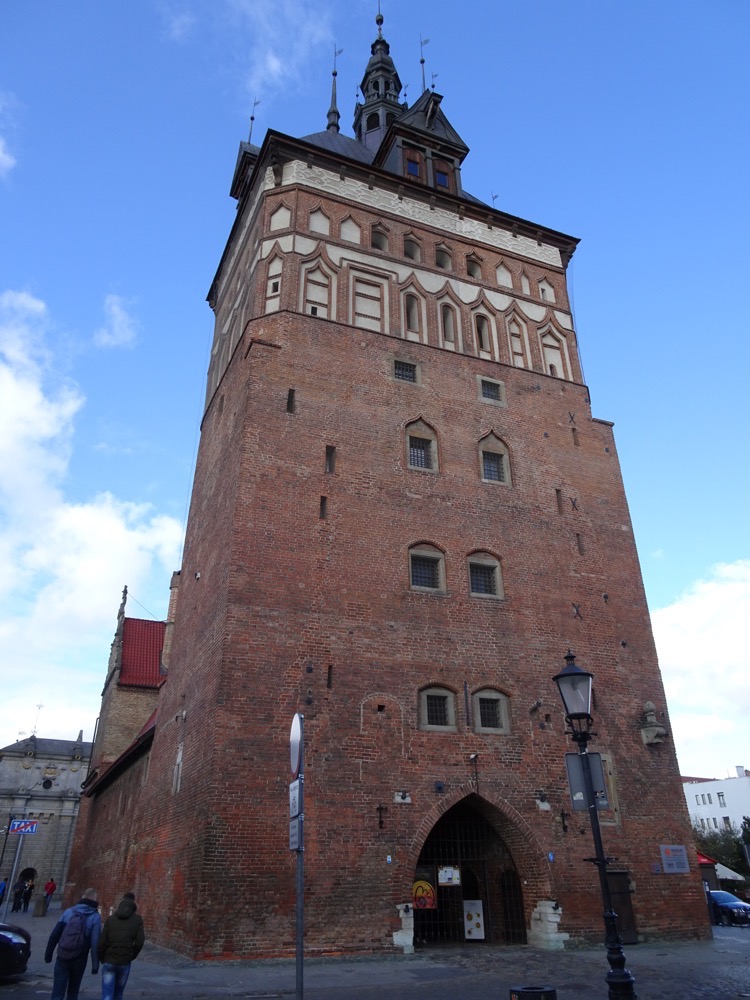 For over two centuries, from 1604 to 1858, this was the largest prison in Europe. Records show no known successful escape attempts, so we can guess it was a pretty effective one at that. Also located in the Prison Tower were Torture Chambers and the hangman’s headquarters which look like a small renaissance palace.
For over two centuries, from 1604 to 1858, this was the largest prison in Europe. Records show no known successful escape attempts, so we can guess it was a pretty effective one at that. Also located in the Prison Tower were Torture Chambers and the hangman’s headquarters which look like a small renaissance palace.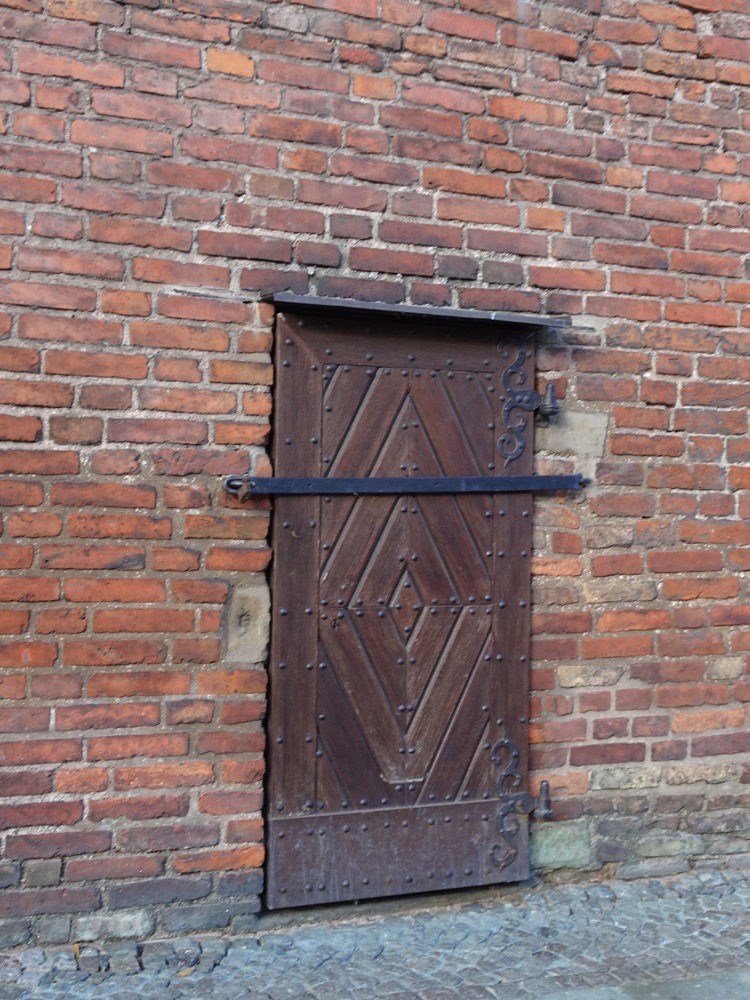
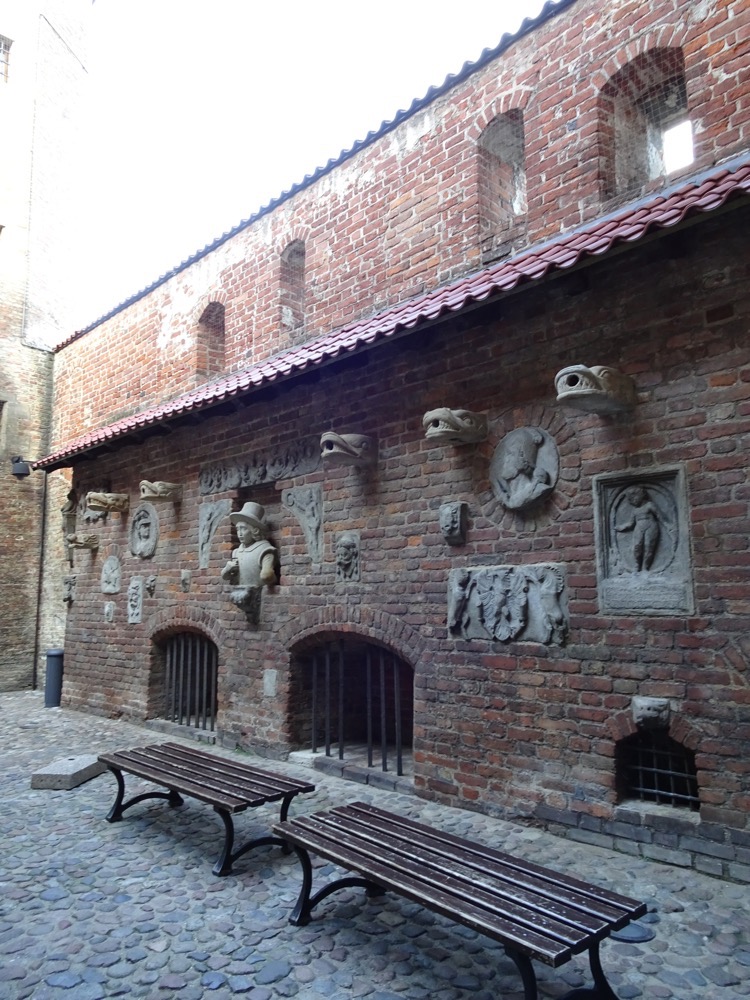
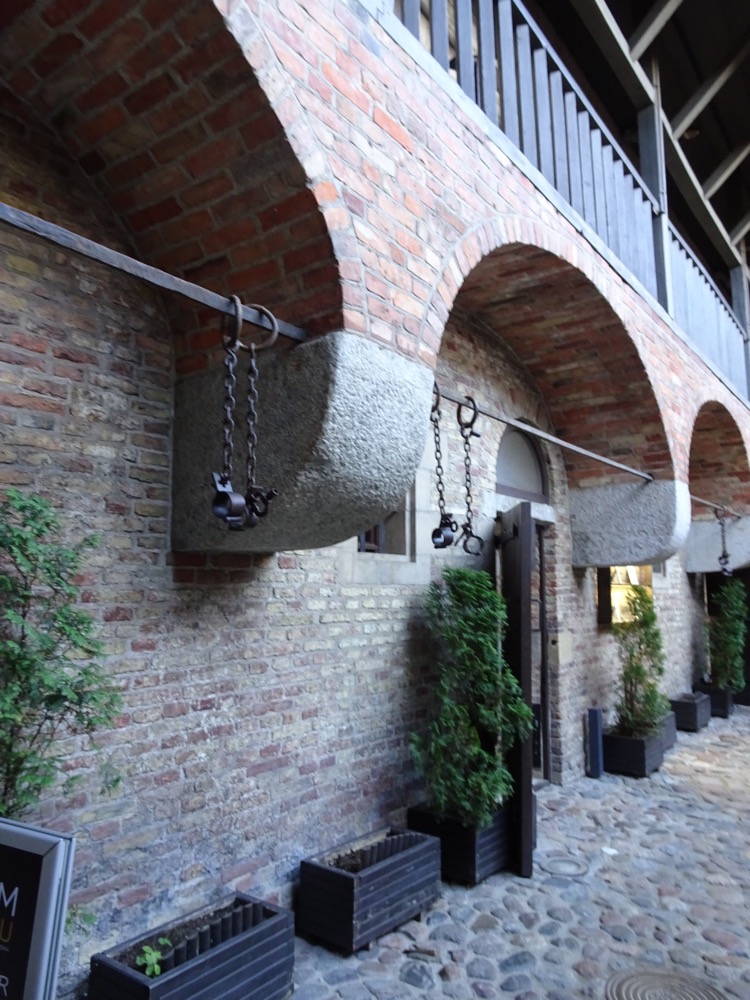
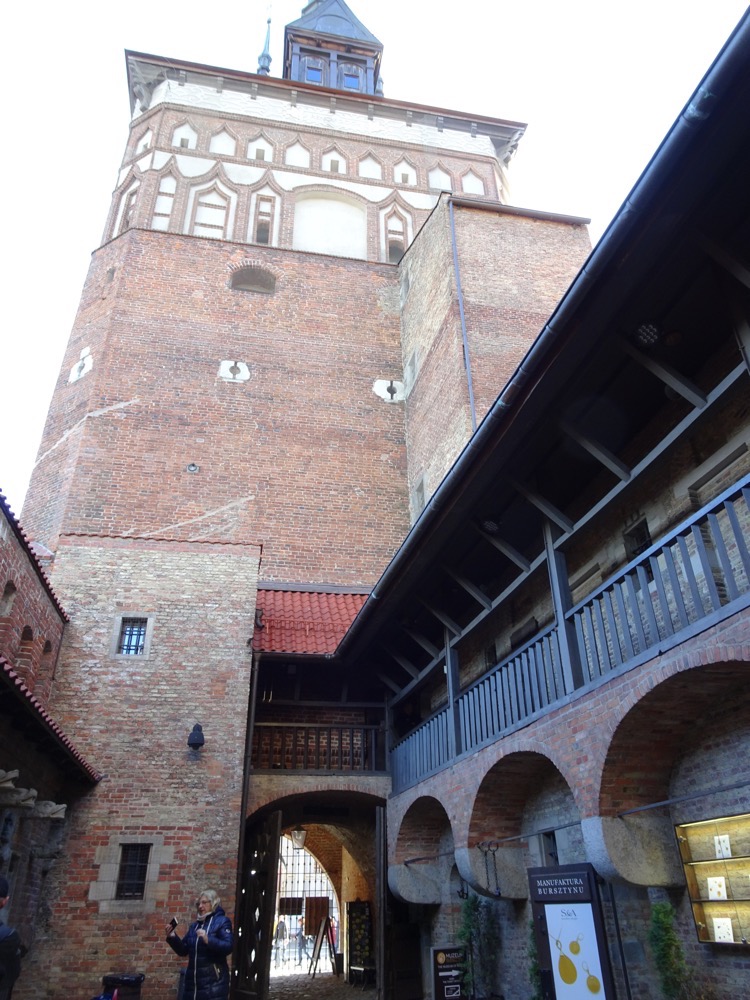
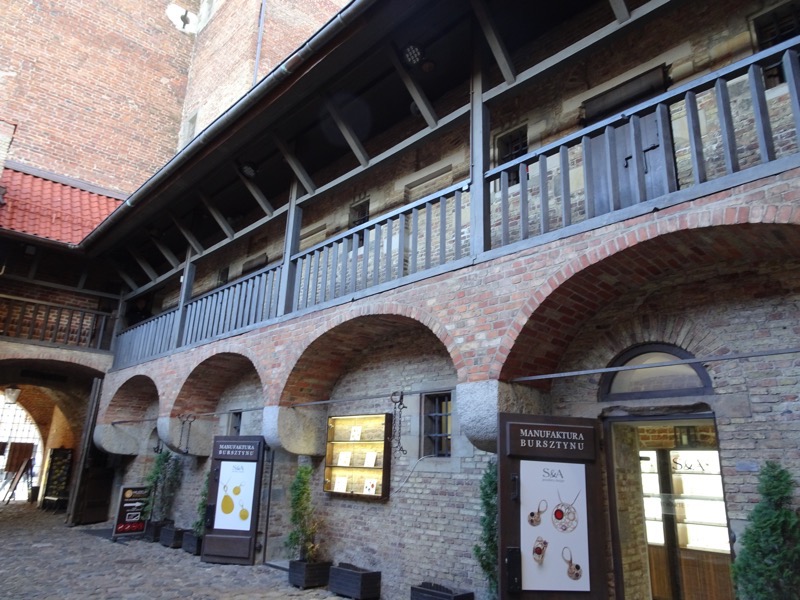
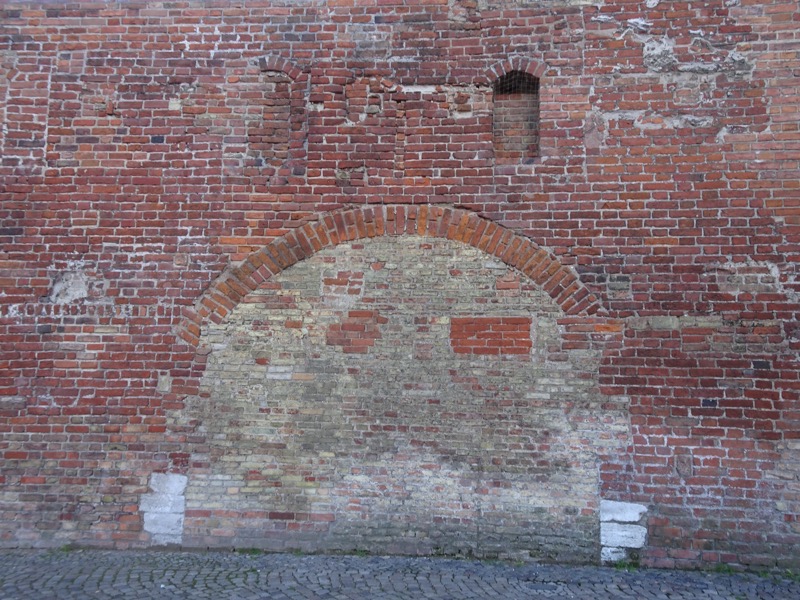
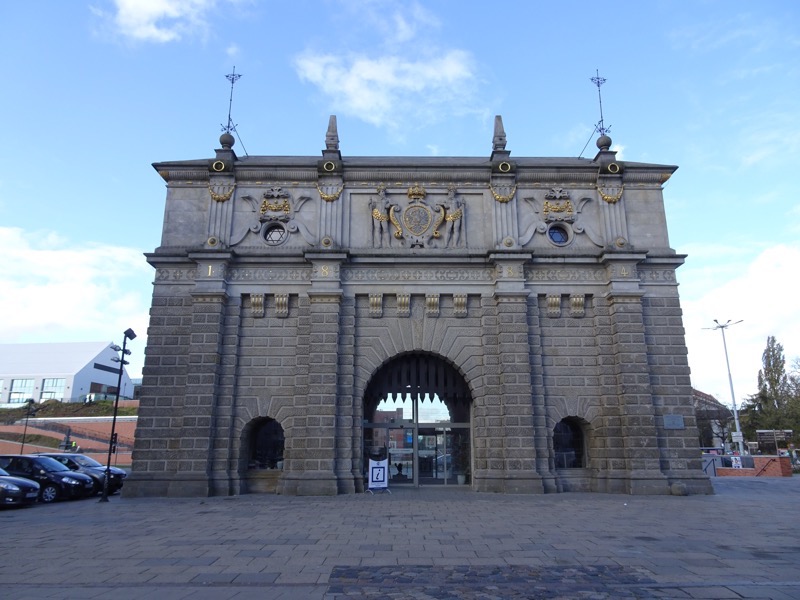 After this we went through the Golden Gate and back into the Long Market to marvel at the beautiful tennement buildings.
After this we went through the Golden Gate and back into the Long Market to marvel at the beautiful tennement buildings.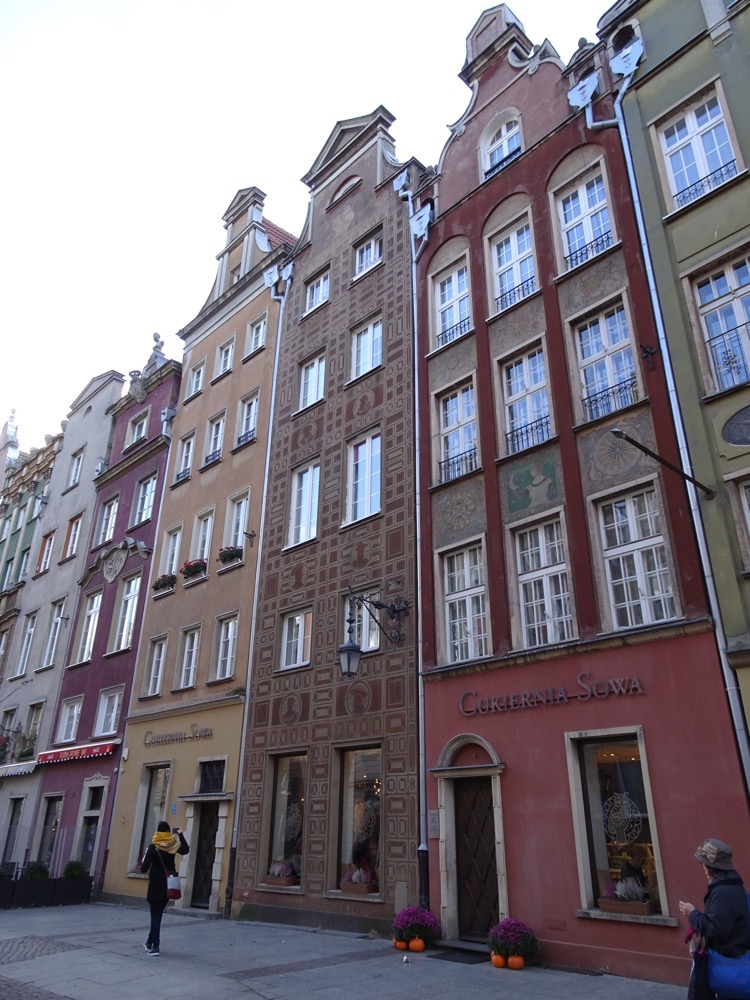 The Gdańsk Main Town Hall is a historic building located in the middle of the Long Market and it is considered to be one of the best the Gothic-Renaissance style historic buildings in the city. It is built at the intersection of the Long Lane and Long Market, and currently houses the History Museum of the City of Gdańsk and a weird modern art exhibition of Kazakhstani photographers?!
The Gdańsk Main Town Hall is a historic building located in the middle of the Long Market and it is considered to be one of the best the Gothic-Renaissance style historic buildings in the city. It is built at the intersection of the Long Lane and Long Market, and currently houses the History Museum of the City of Gdańsk and a weird modern art exhibition of Kazakhstani photographers?! 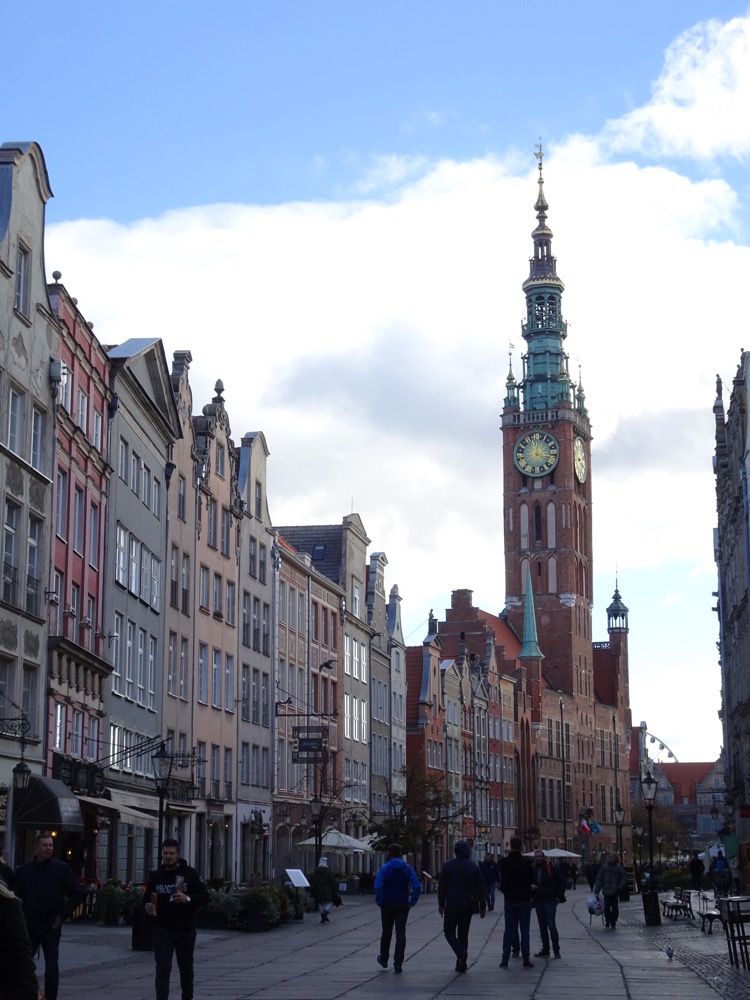
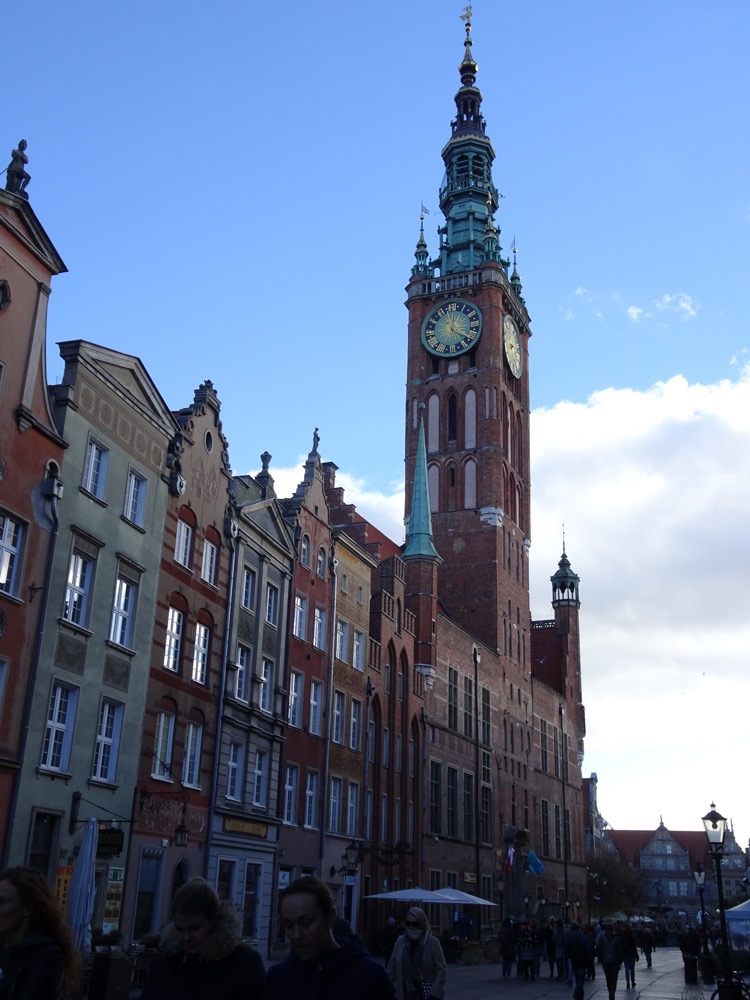
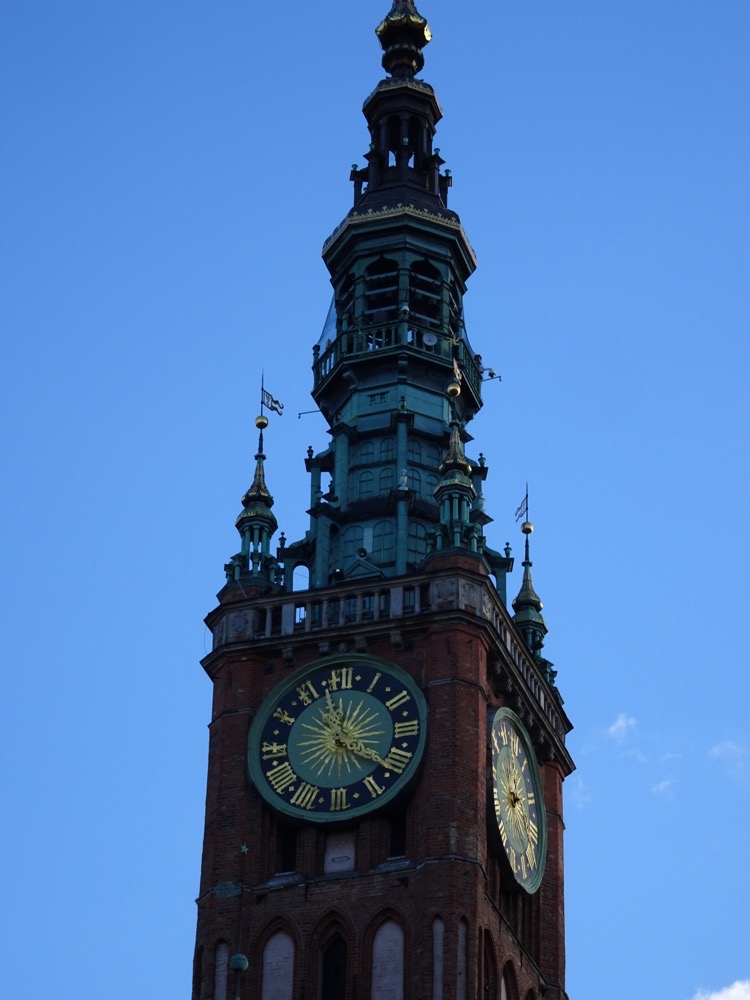 So many of these beautiful tenement houses have a long and distinguished history all of their own – for example, this red building below is called, the Schumann House. It was designed and built for a man named, Hans Conert the Younger, by an unknown architect in around 1560. The building was known as the King’s House as the top of the house has a sculpture of Zeus. Now, it houses a Tourist Information Centre… but my point is, every one of these buildings has a history.
So many of these beautiful tenement houses have a long and distinguished history all of their own – for example, this red building below is called, the Schumann House. It was designed and built for a man named, Hans Conert the Younger, by an unknown architect in around 1560. The building was known as the King’s House as the top of the house has a sculpture of Zeus. Now, it houses a Tourist Information Centre… but my point is, every one of these buildings has a history.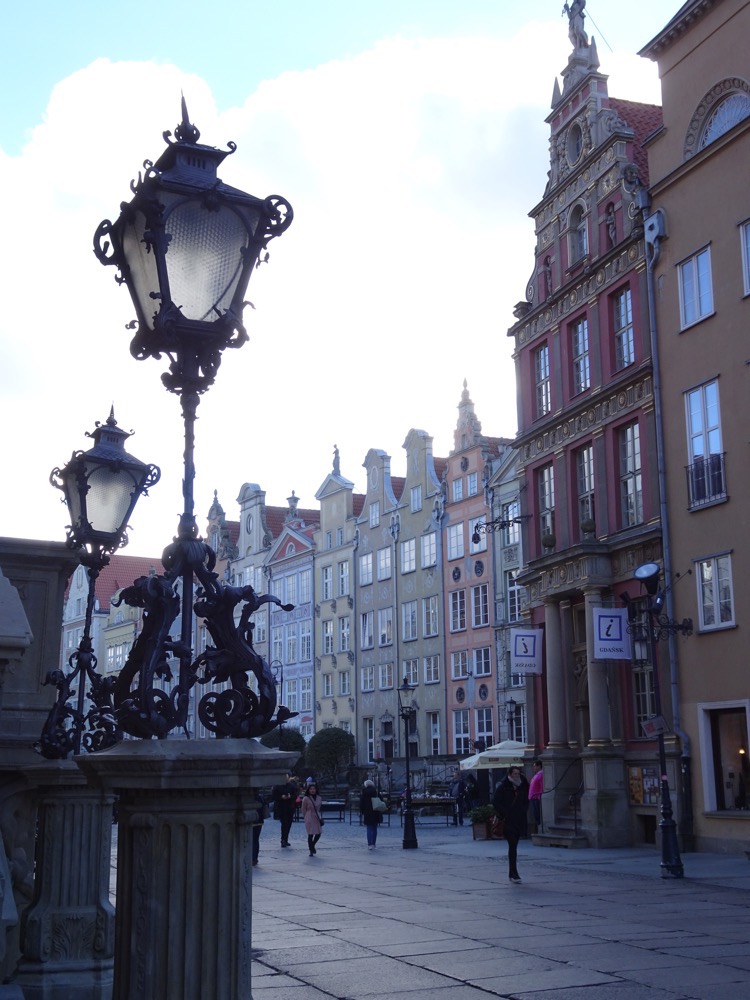 It’s nearly midday and the tourists are finally up and about – I am very glad I came out earlier and took some photos of the empty streets.
It’s nearly midday and the tourists are finally up and about – I am very glad I came out earlier and took some photos of the empty streets.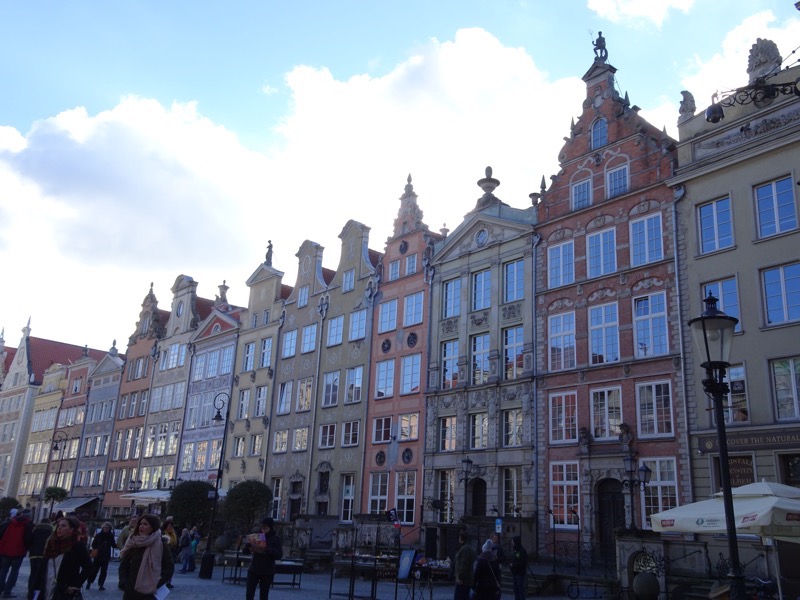
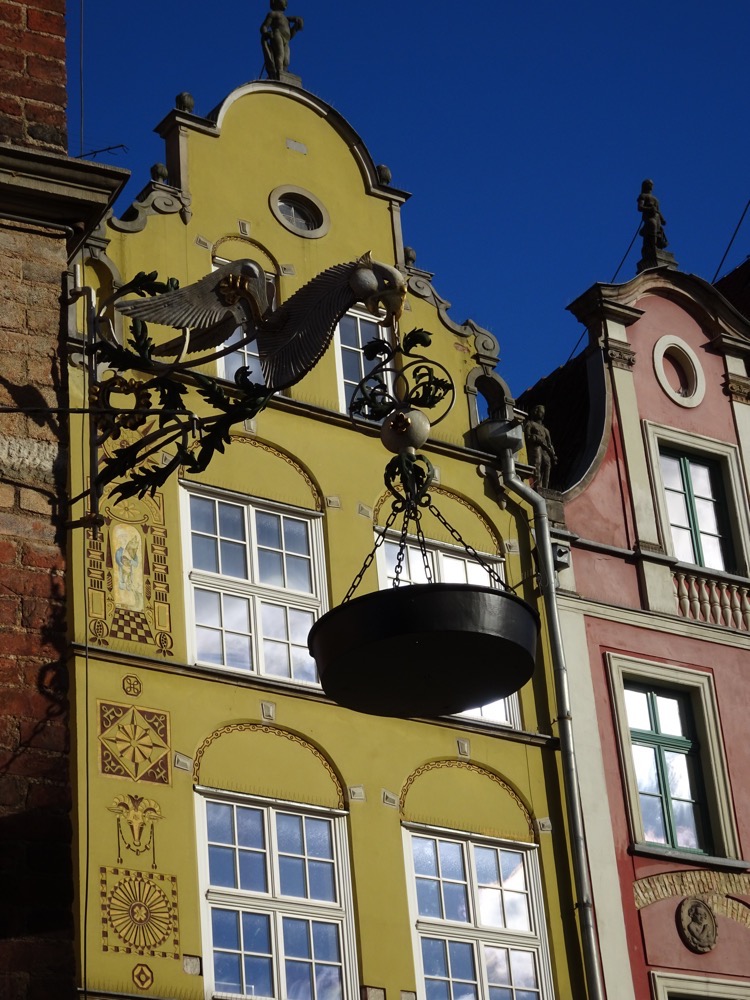
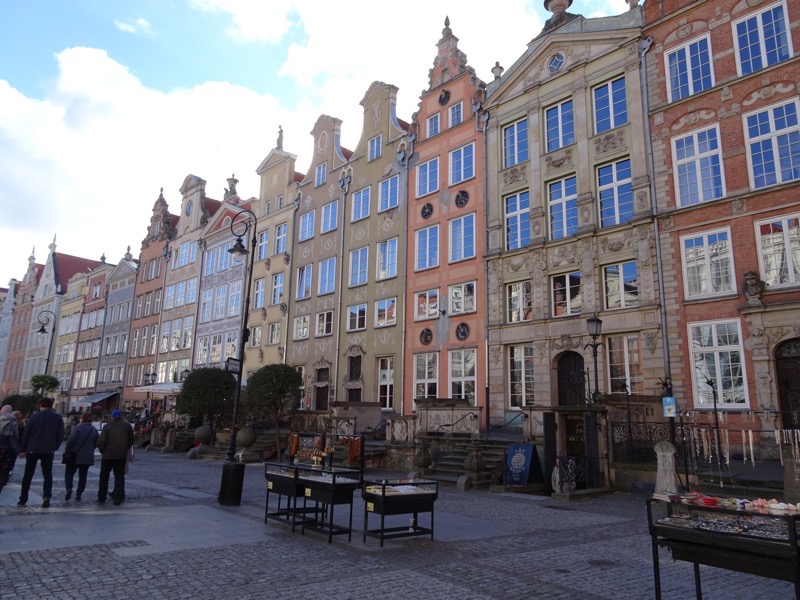
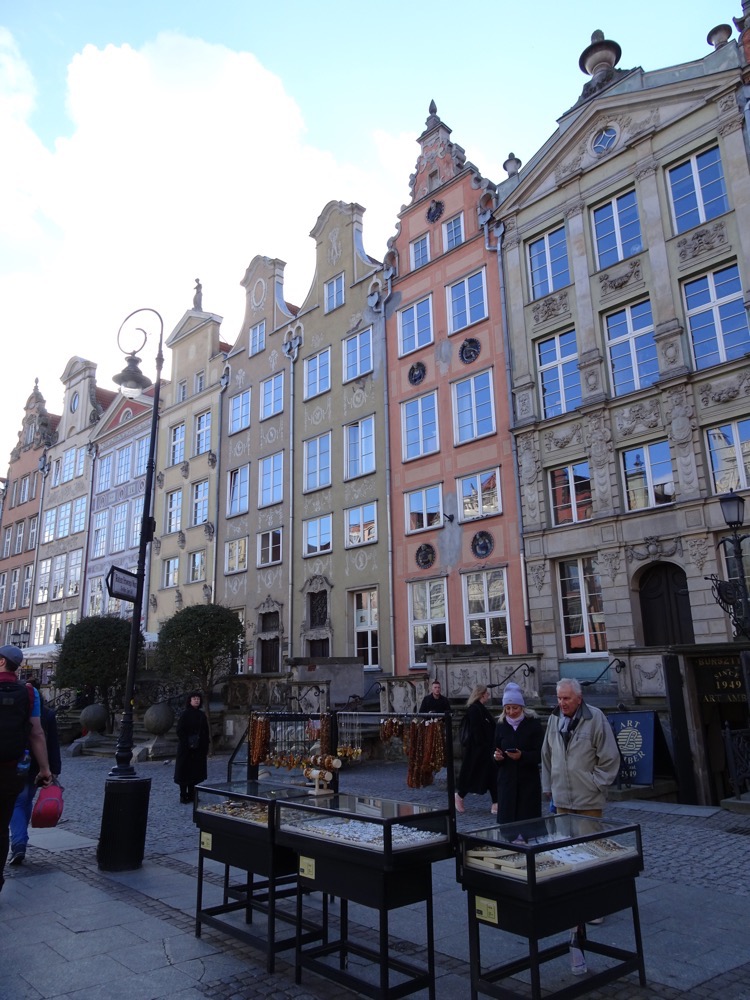
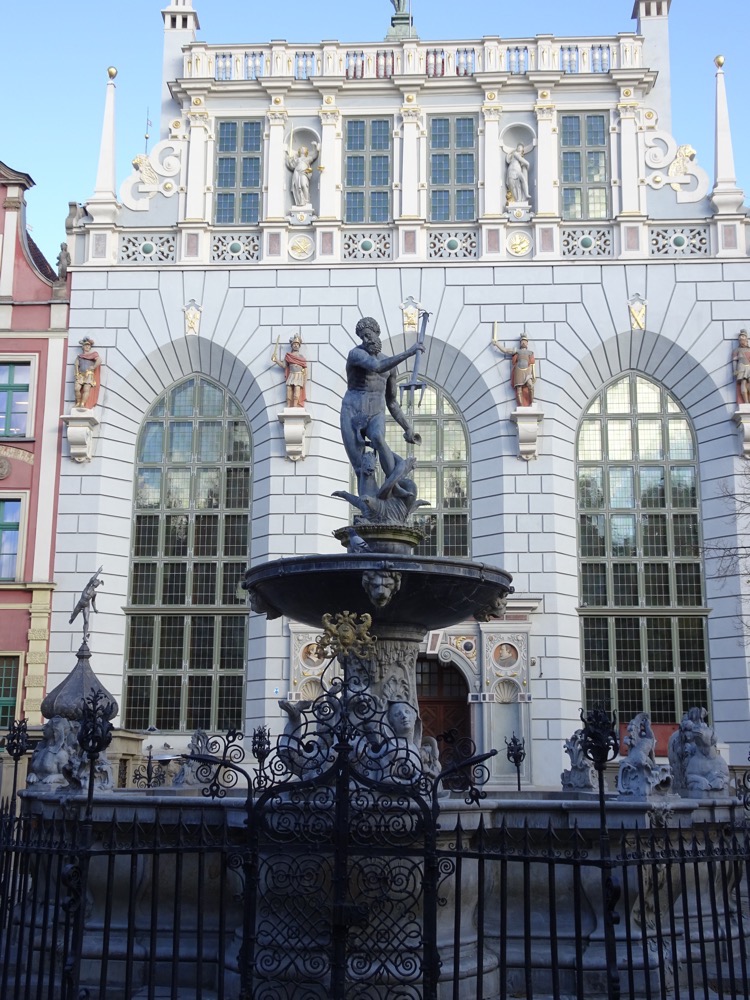 Neptune’s Fountain – is an iconic fountain of Gdańsk. It was constructed by a local Mayor, Bartłomiej Schachmann in 1549 and is located outside a building called Artus Court because there was a natural well here. The fountain was proposed and approved in 1549 but didn’t ‘open’ until 1633 due to a series of construction delays – the Artus Court building was being renovated, there were problems with the water system, and then the terribly inconvenient Thirty Years’ War.
Neptune’s Fountain – is an iconic fountain of Gdańsk. It was constructed by a local Mayor, Bartłomiej Schachmann in 1549 and is located outside a building called Artus Court because there was a natural well here. The fountain was proposed and approved in 1549 but didn’t ‘open’ until 1633 due to a series of construction delays – the Artus Court building was being renovated, there were problems with the water system, and then the terribly inconvenient Thirty Years’ War. 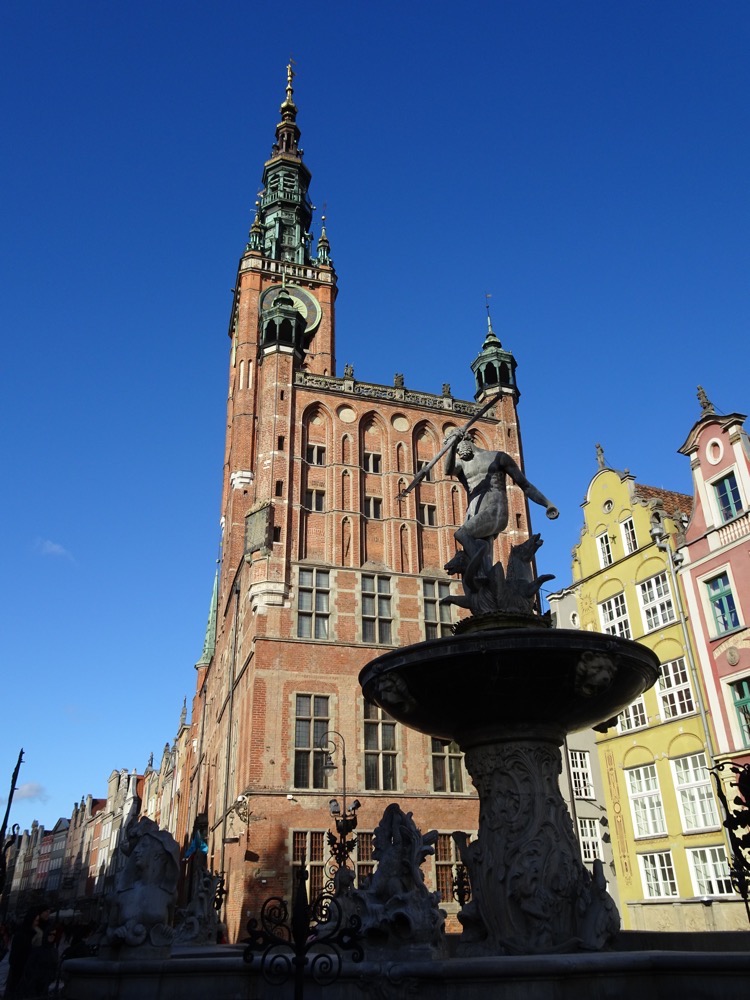
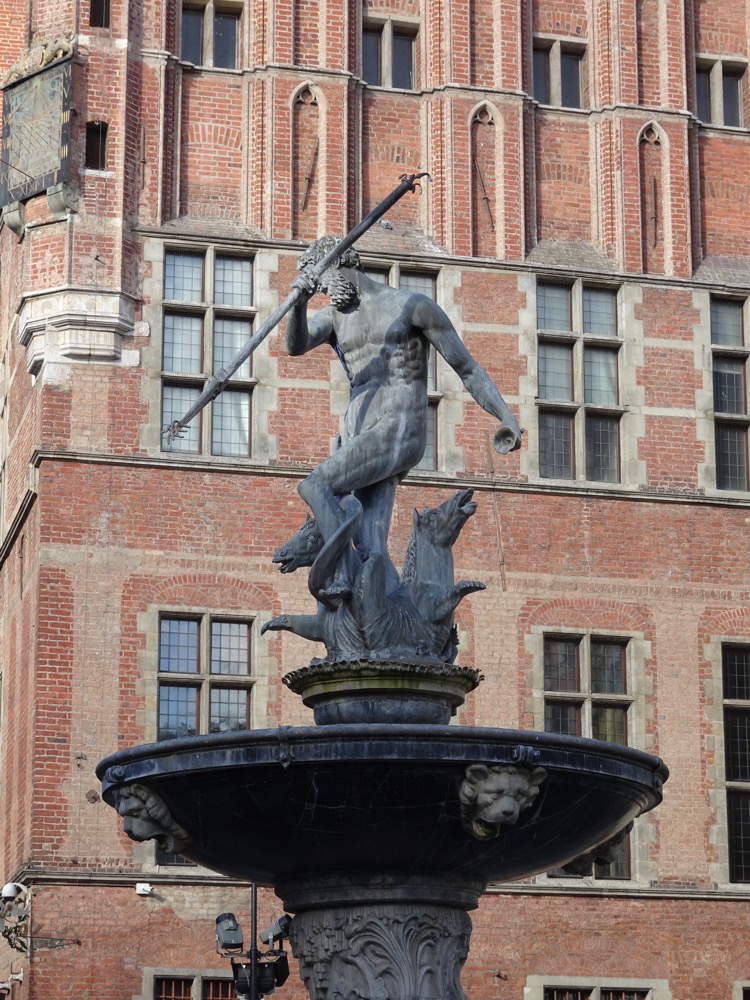
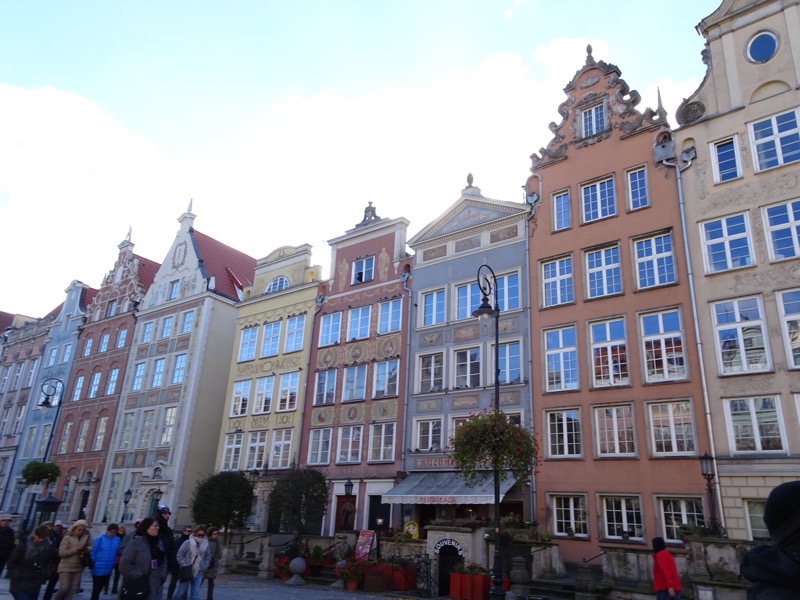 At the other end of the Long Market – the back of the Green Gate.
At the other end of the Long Market – the back of the Green Gate.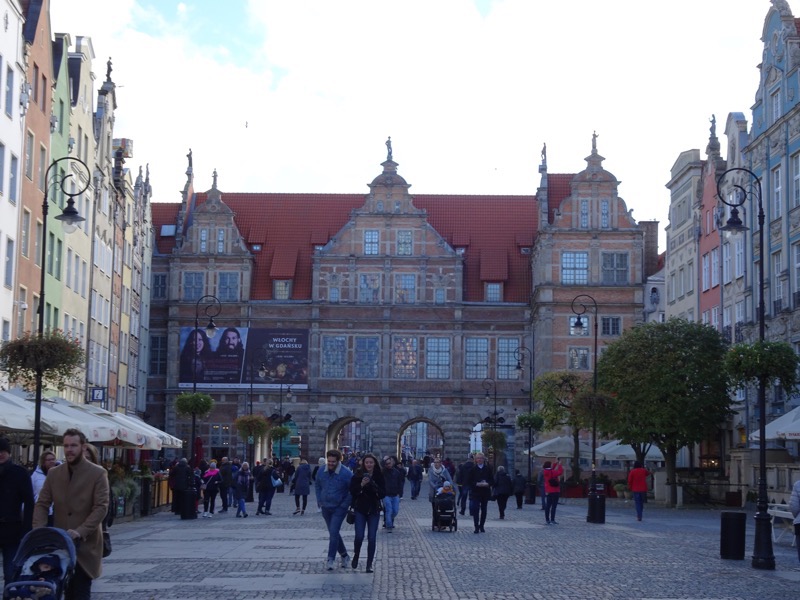
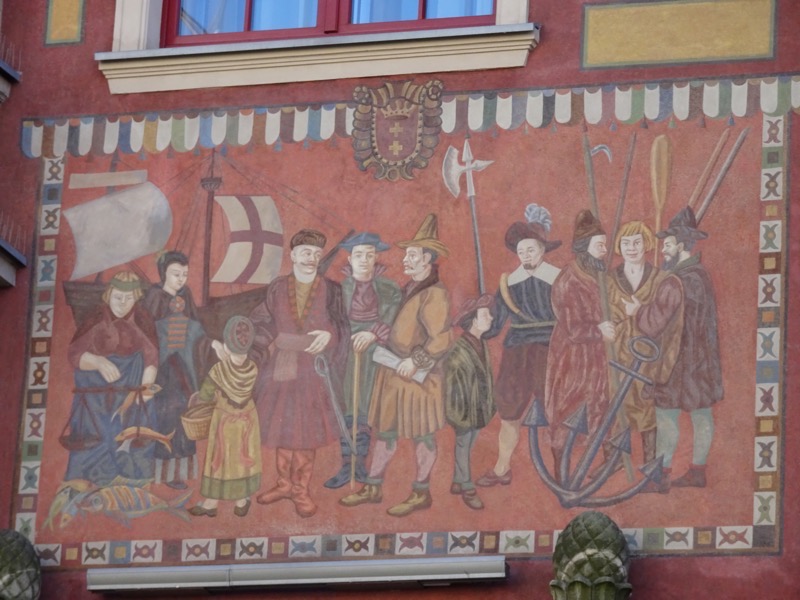 So many beautiful buildings! It’s simply overwhelming… so many beautiful facades to look at and so many wonderfully detailed frontages.
So many beautiful buildings! It’s simply overwhelming… so many beautiful facades to look at and so many wonderfully detailed frontages.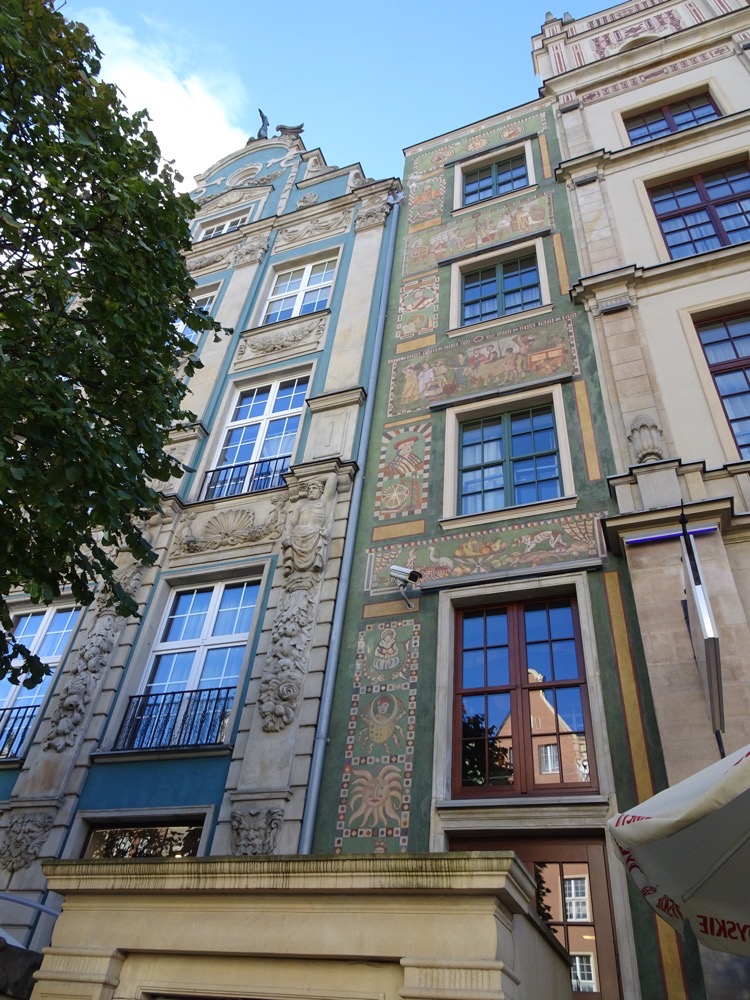
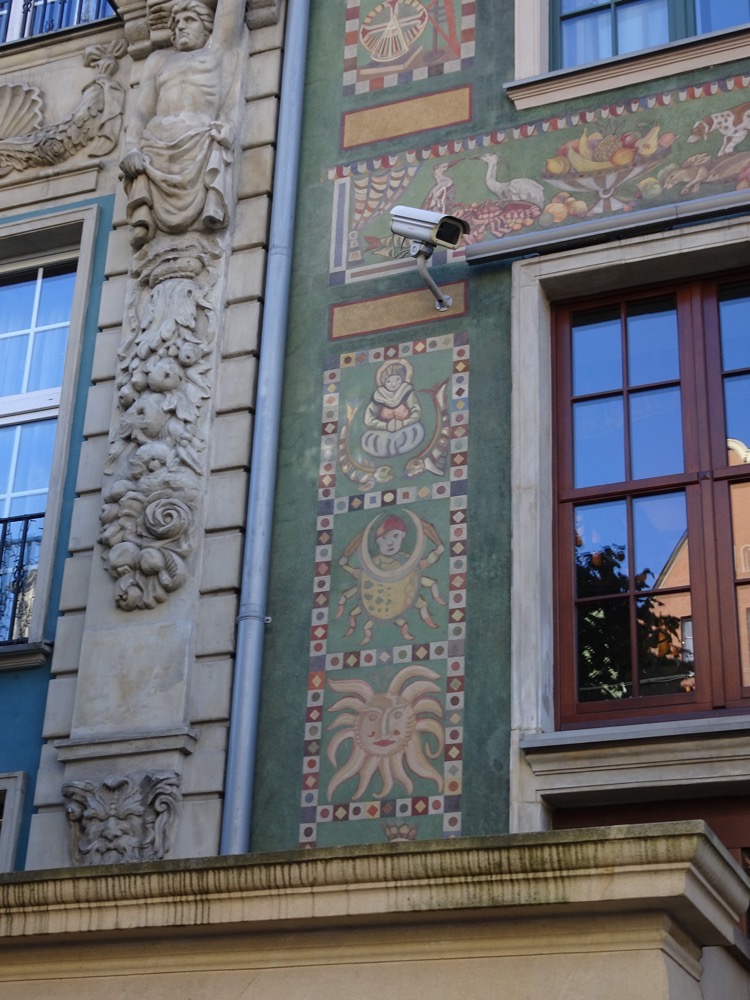
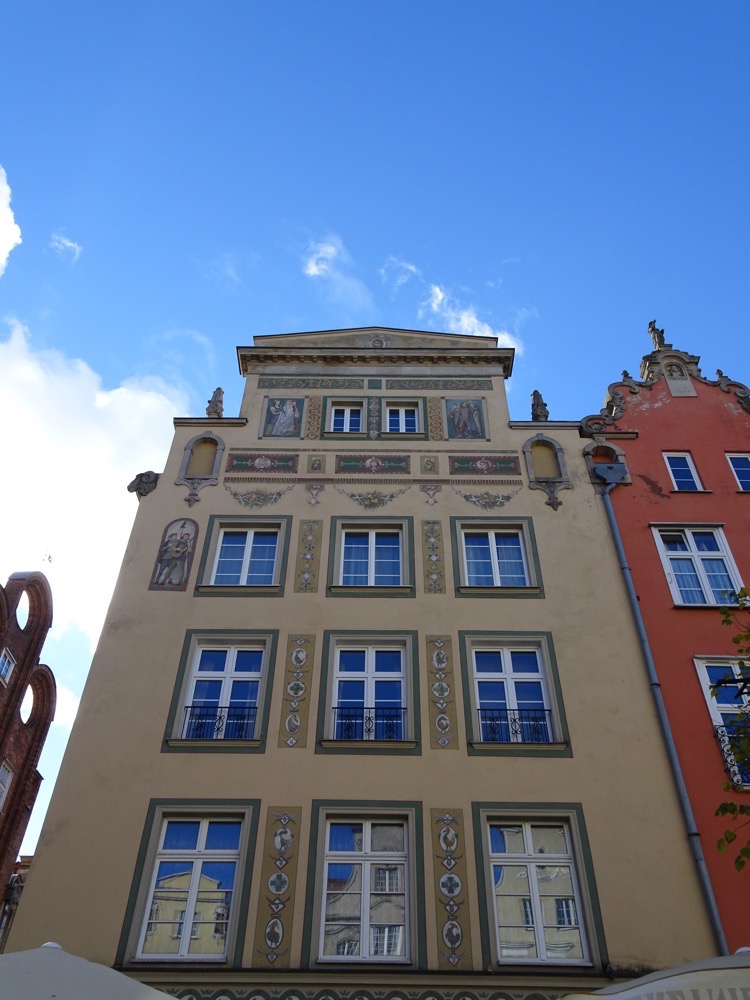
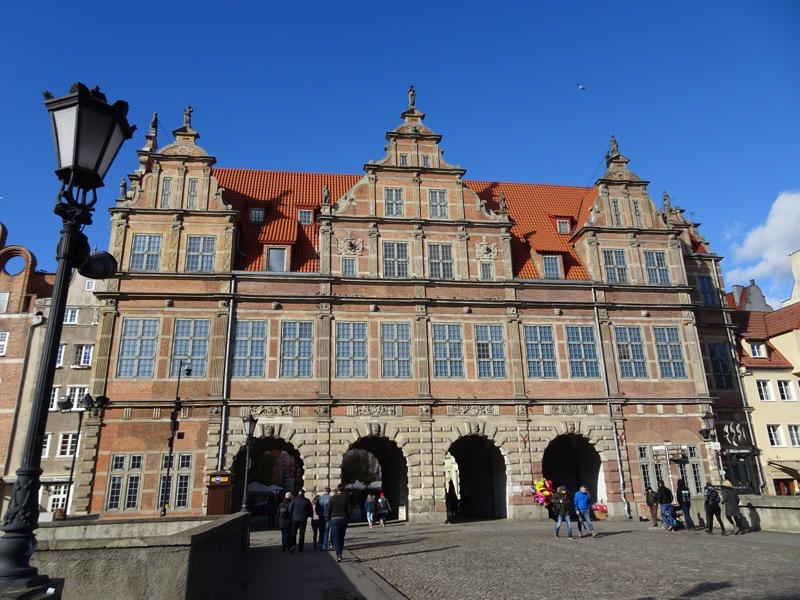
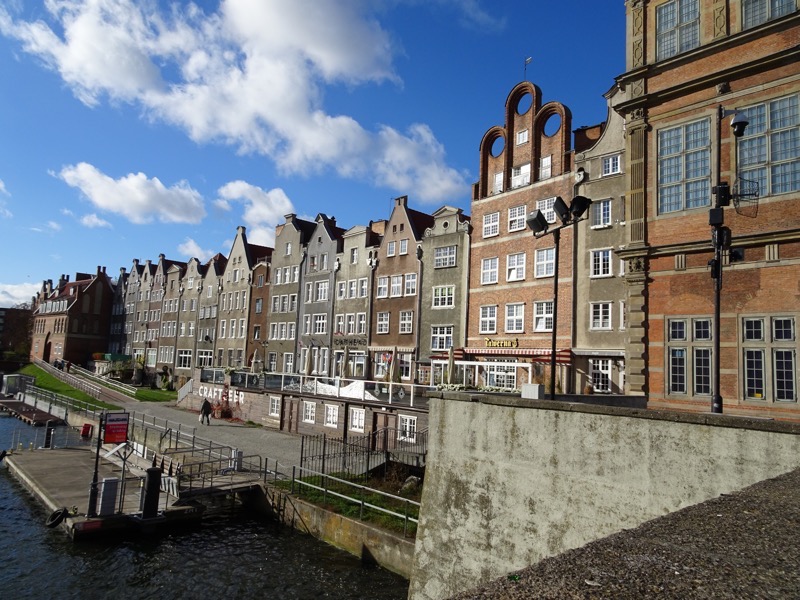 More tenement buildings lining the river to either side of the Green Gate.
More tenement buildings lining the river to either side of the Green Gate.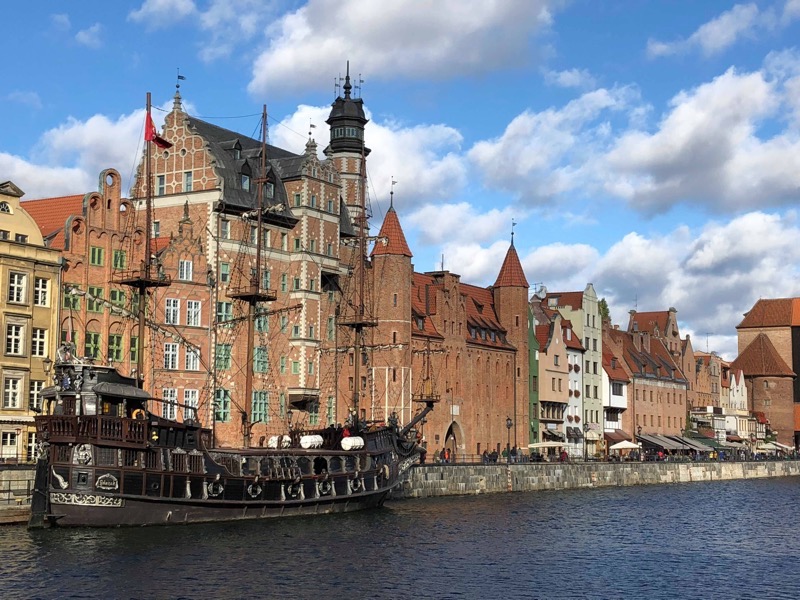 Across the river is Granary Island – we popped over there very briefly, but it seemed full of modern hotels, a ferris wheel (called the Amber Sky of course) and several bars that appeared to largely cater to American tourists (Jack Lives Here).
Across the river is Granary Island – we popped over there very briefly, but it seemed full of modern hotels, a ferris wheel (called the Amber Sky of course) and several bars that appeared to largely cater to American tourists (Jack Lives Here).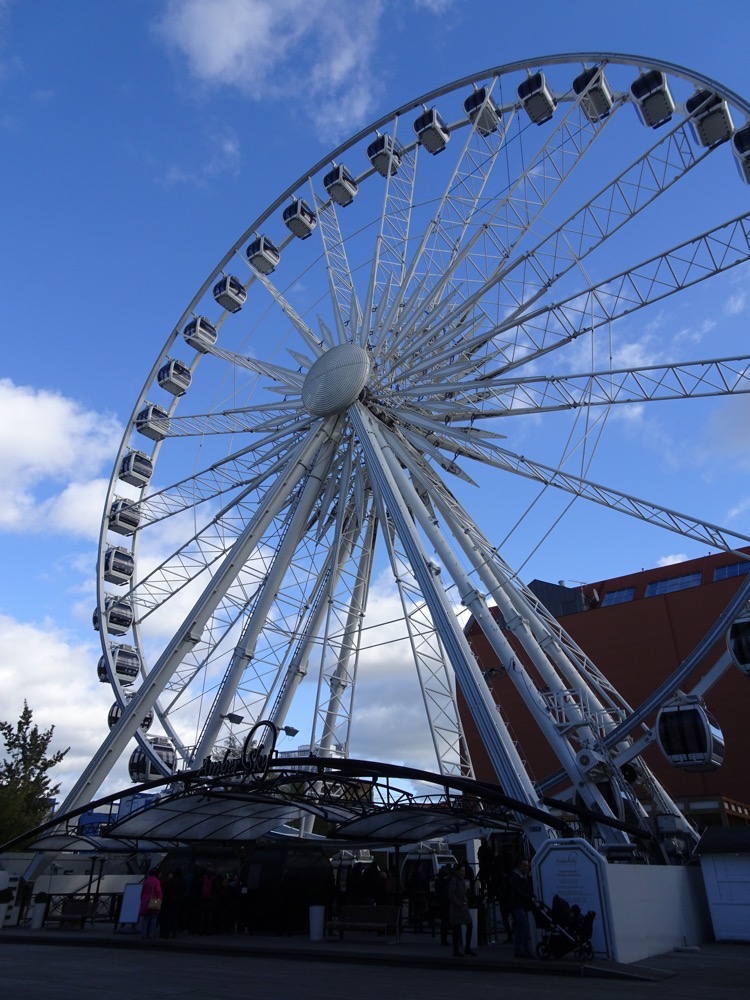
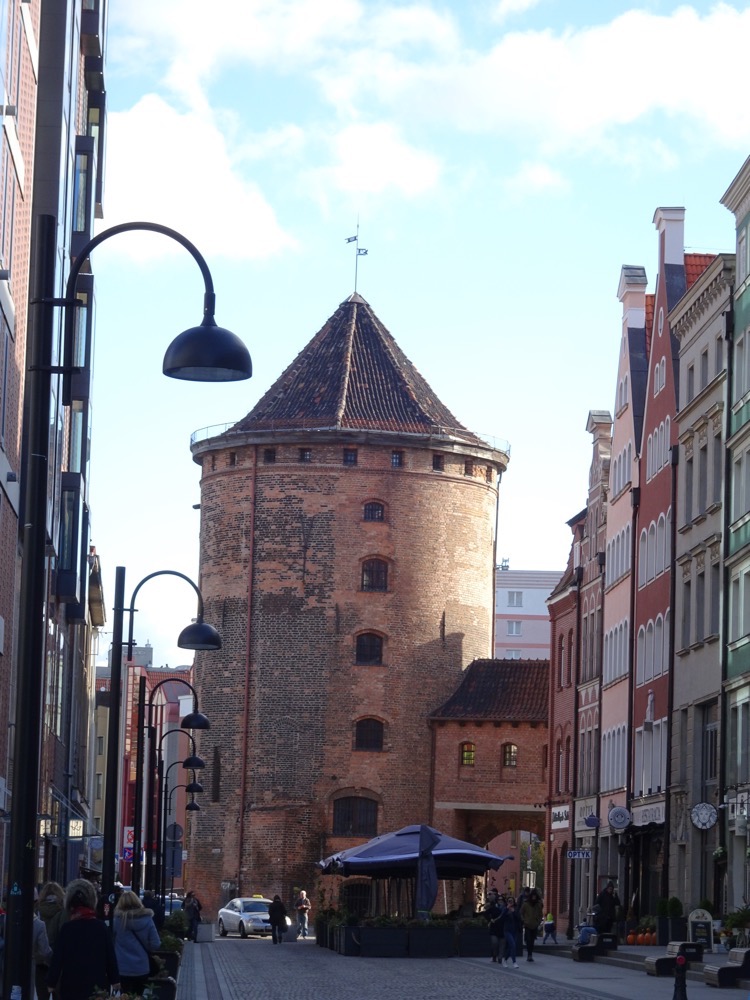 So we made our way along the waterfront and back into the Old Town to meander through more back streets.
So we made our way along the waterfront and back into the Old Town to meander through more back streets.
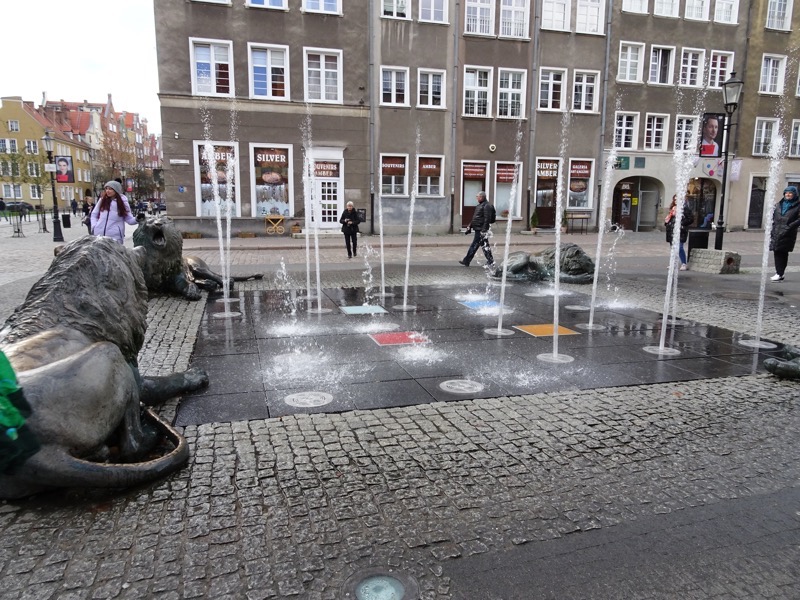
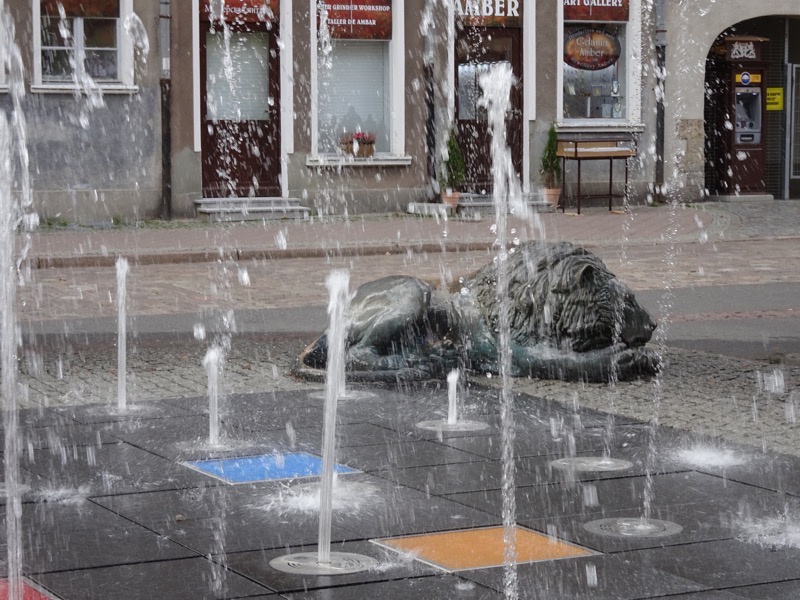 The seemingly modest, Royal Chapel.
The seemingly modest, Royal Chapel.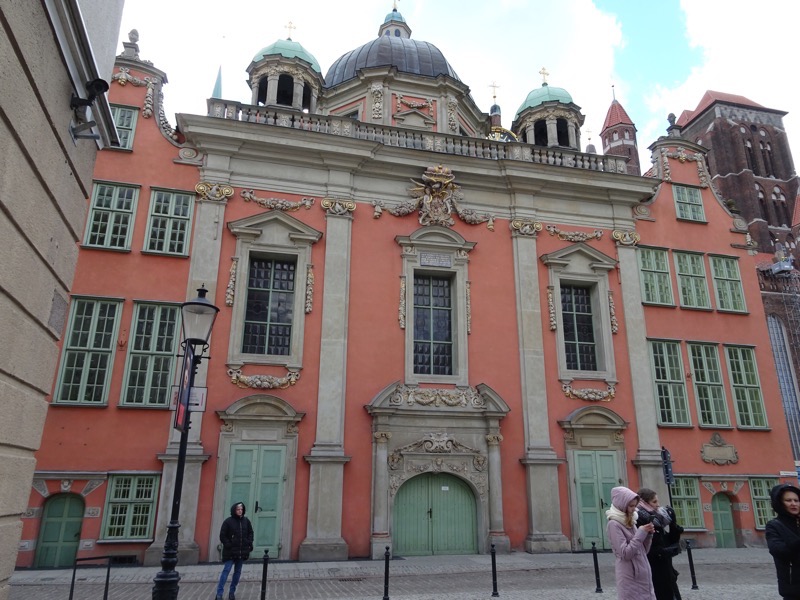 The famous Gdansk treadwheel crane – originally built in 1366, the crane was operated by men in the treadwheel to hoist heavy weights onto ships.
The famous Gdansk treadwheel crane – originally built in 1366, the crane was operated by men in the treadwheel to hoist heavy weights onto ships.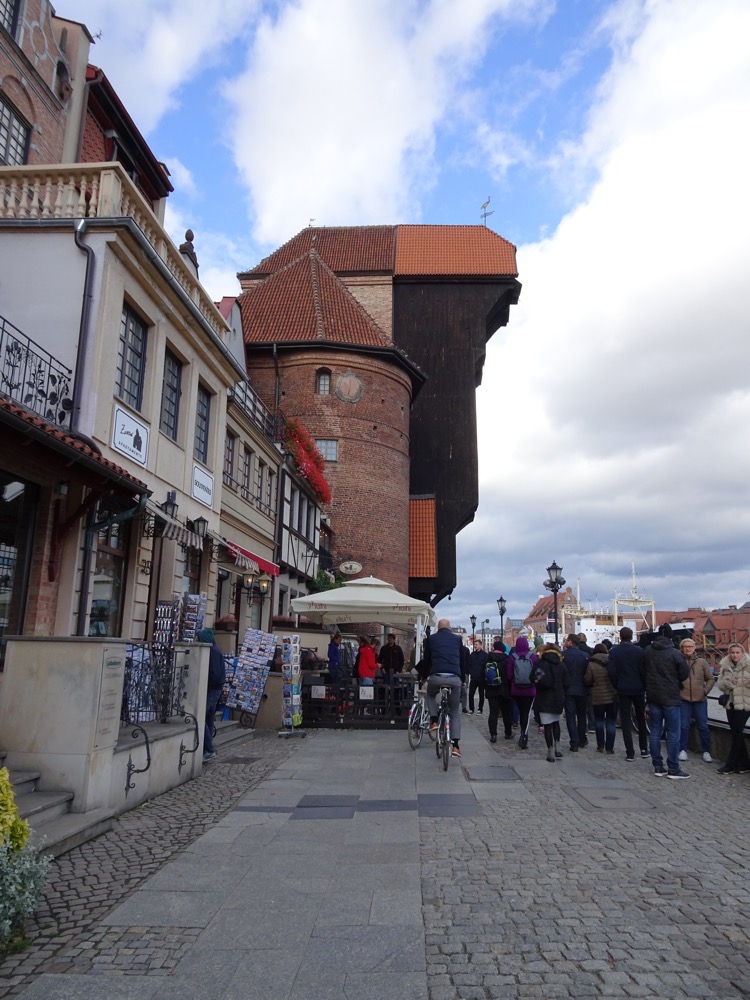
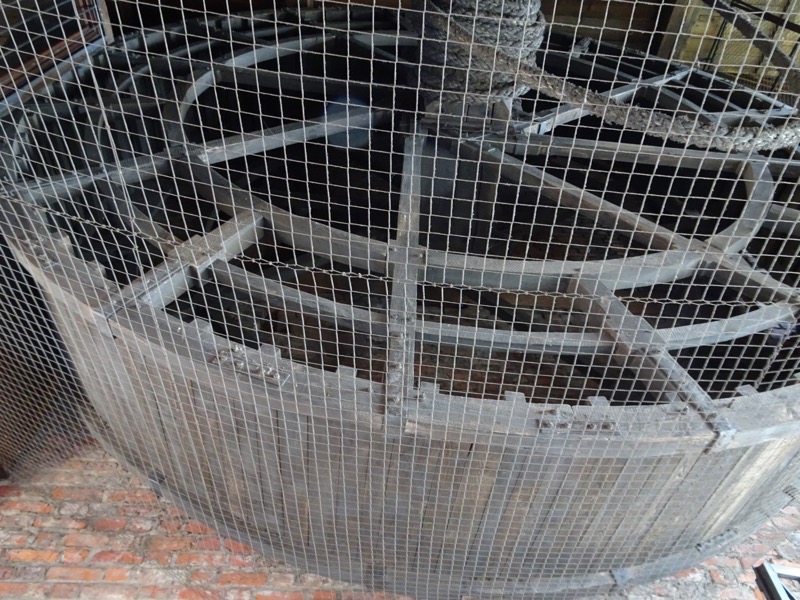
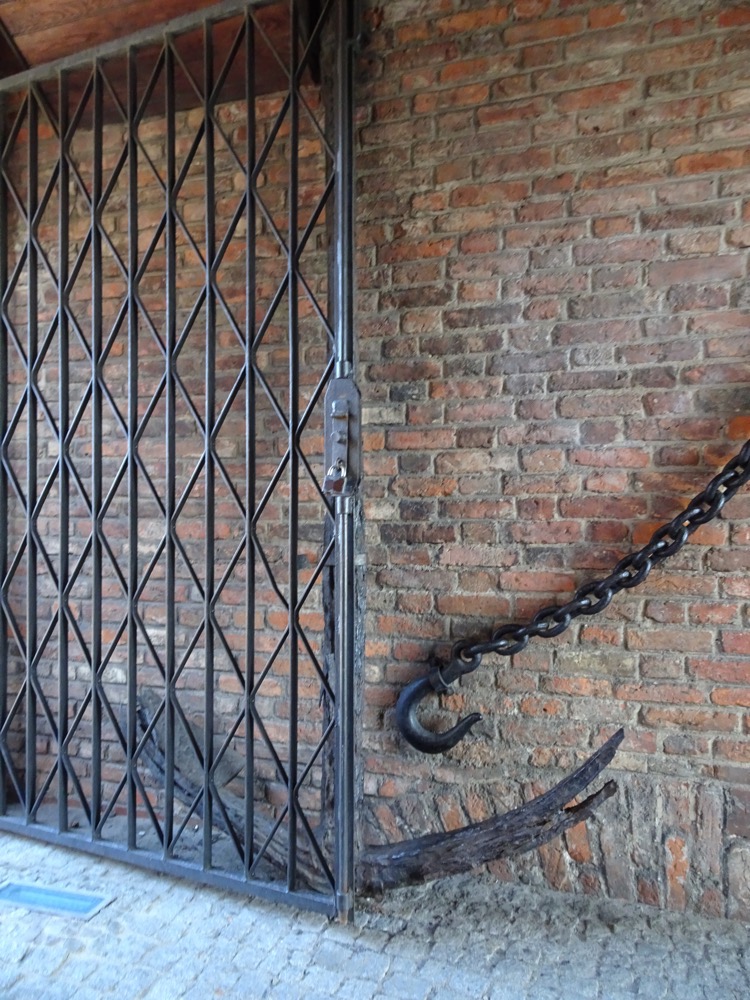
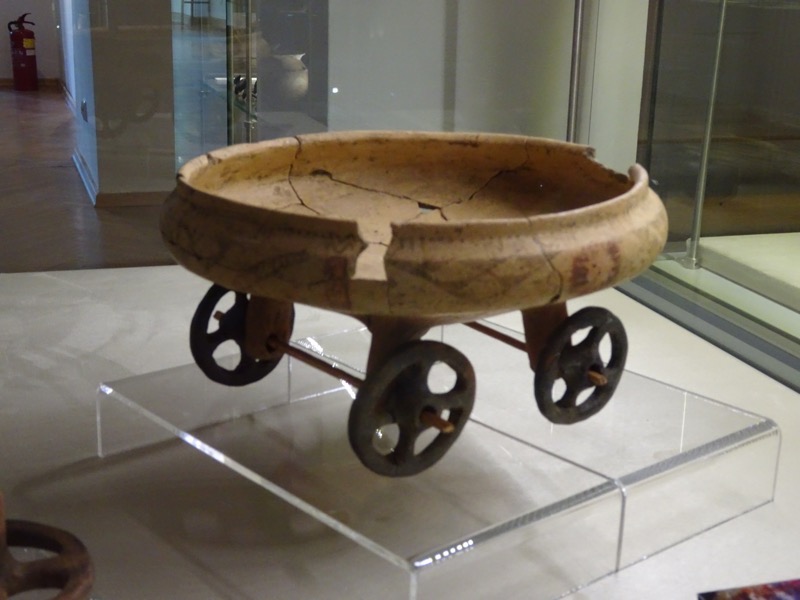
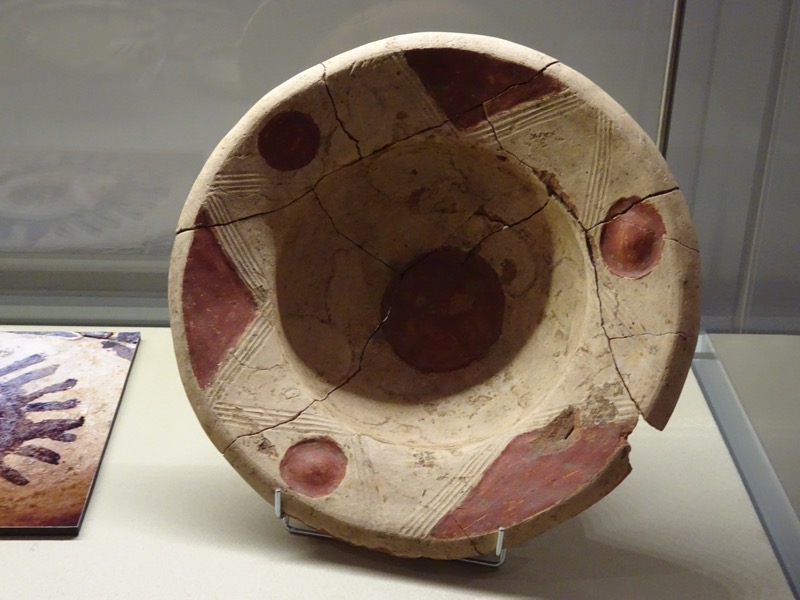
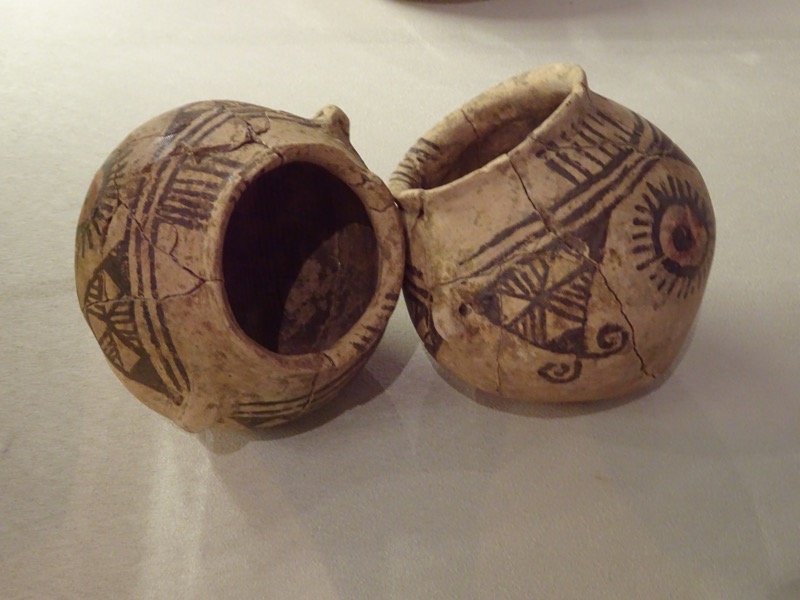
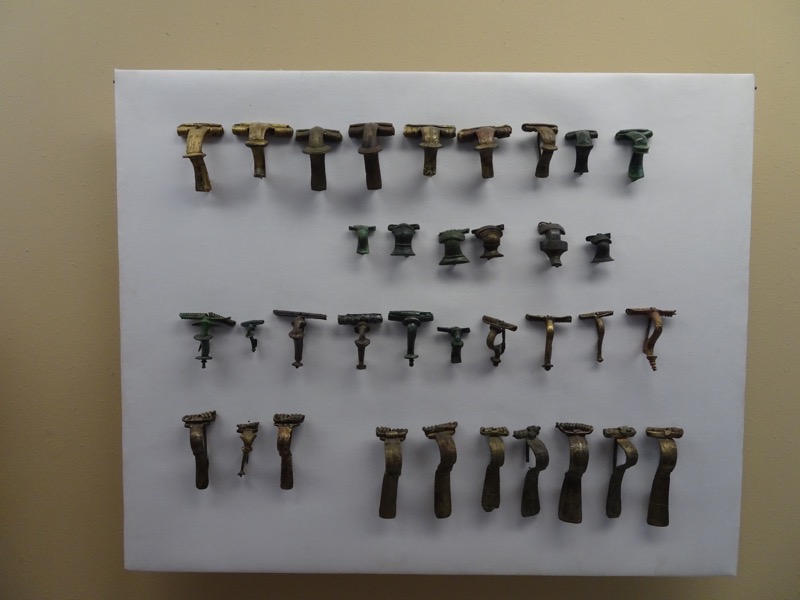
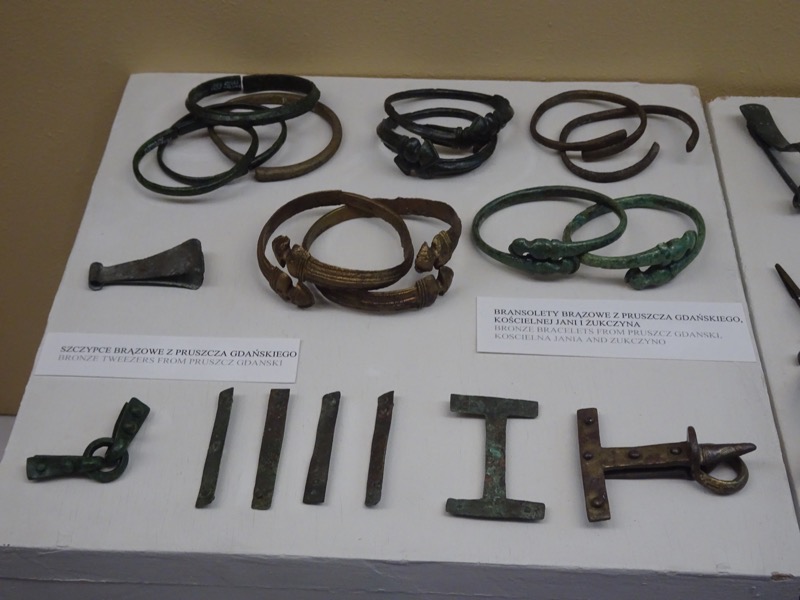
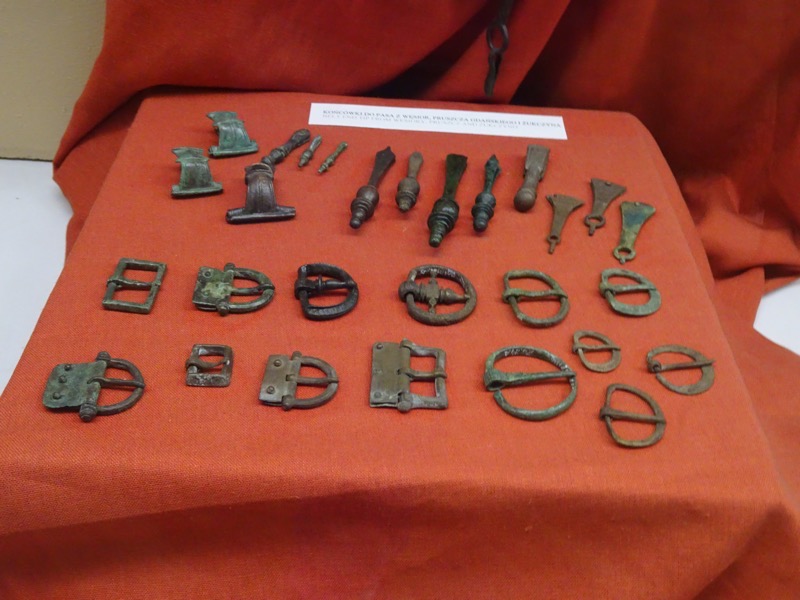
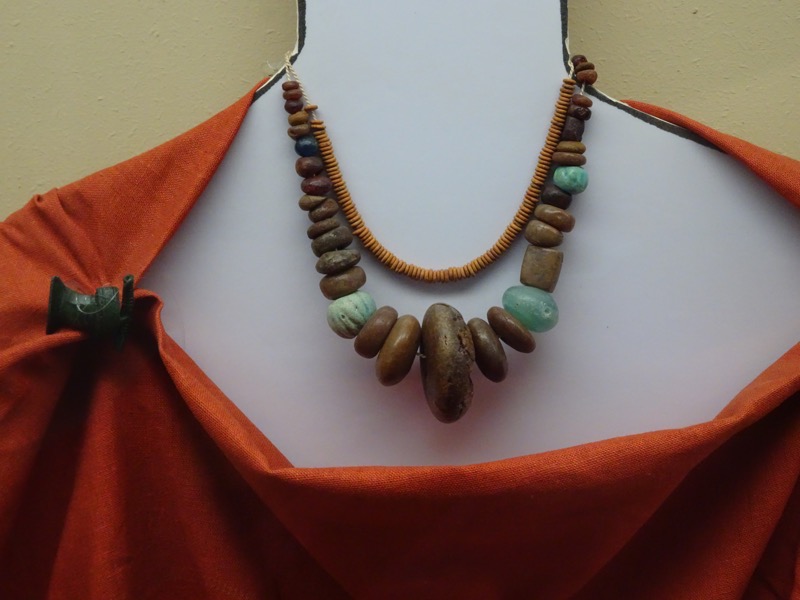
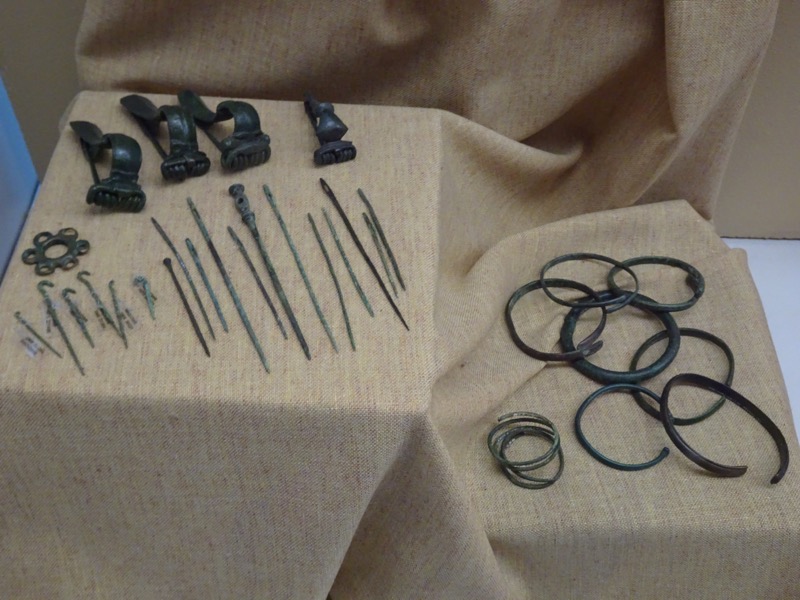
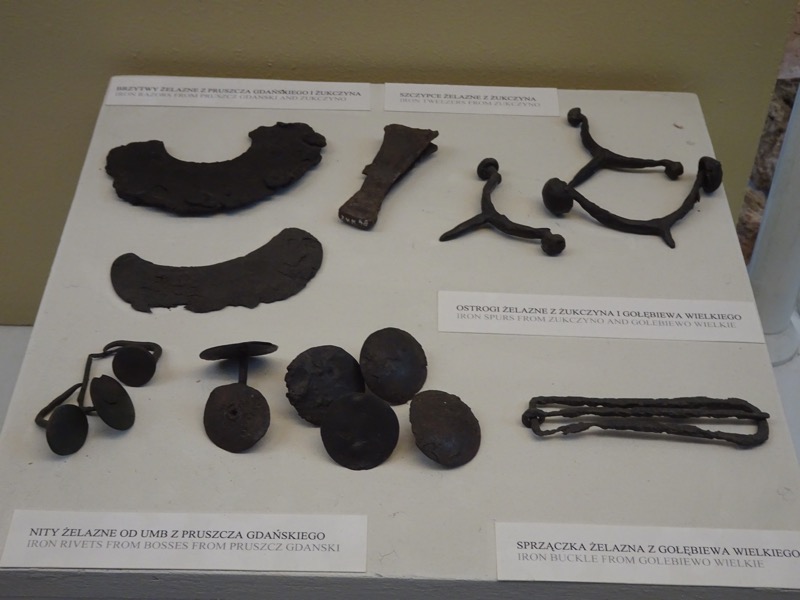
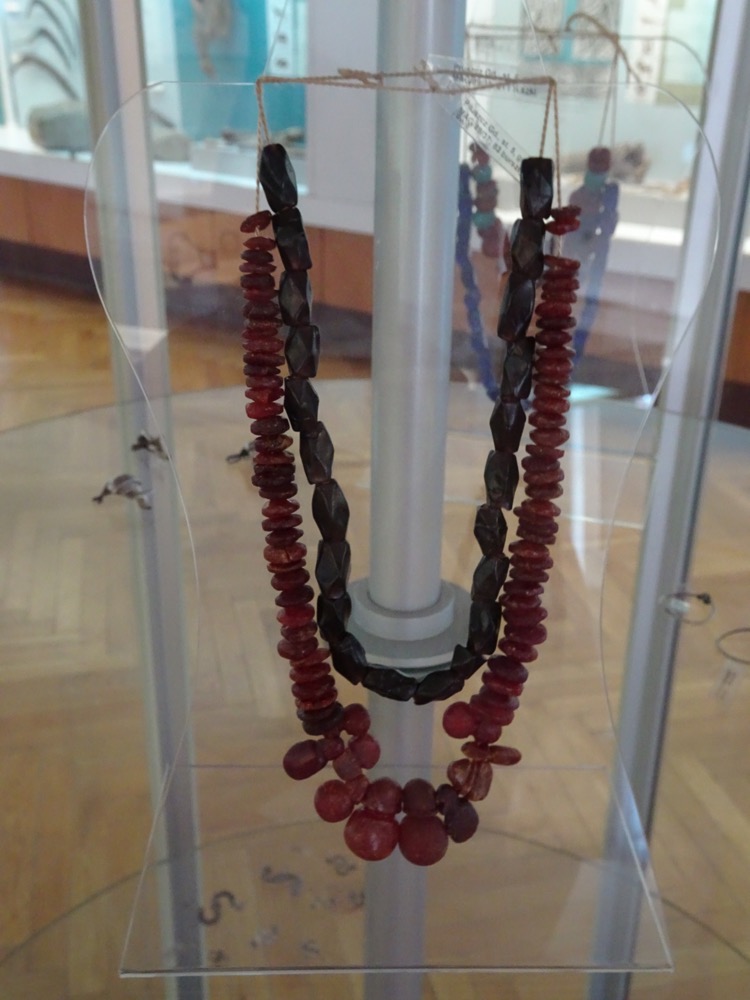
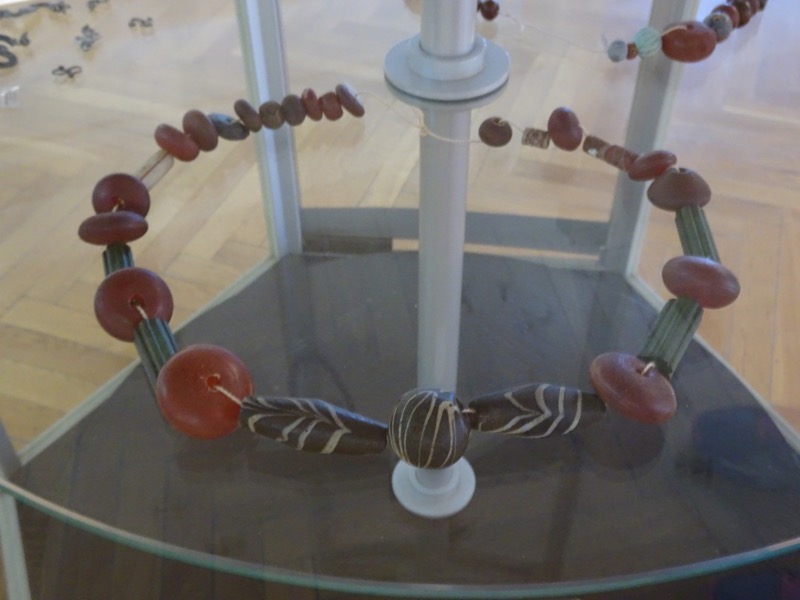
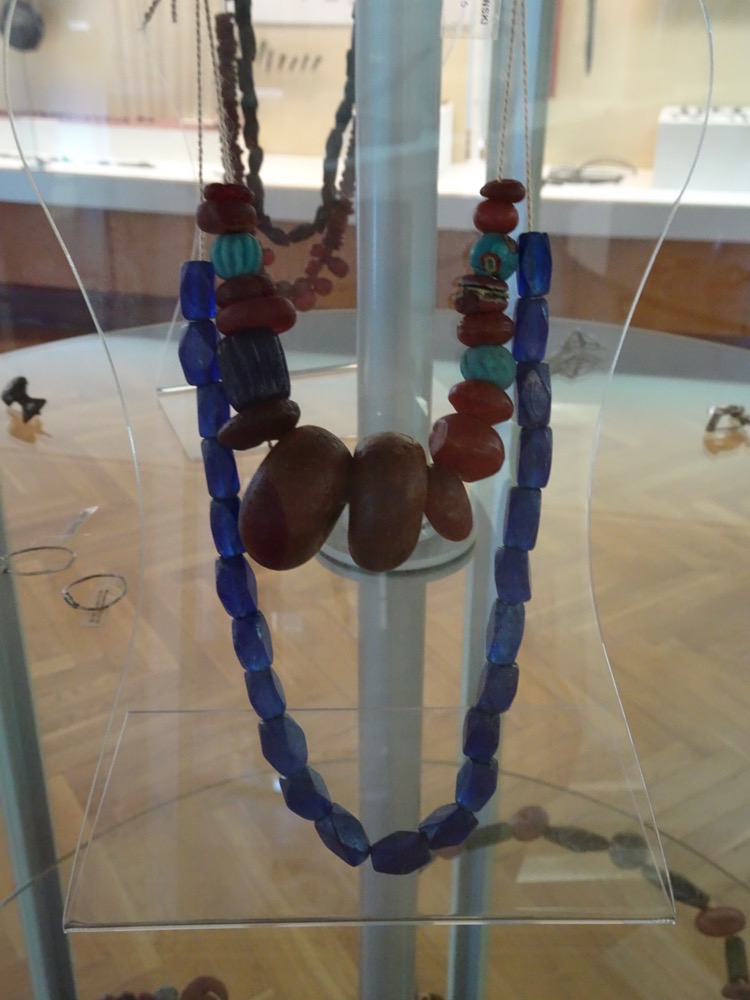
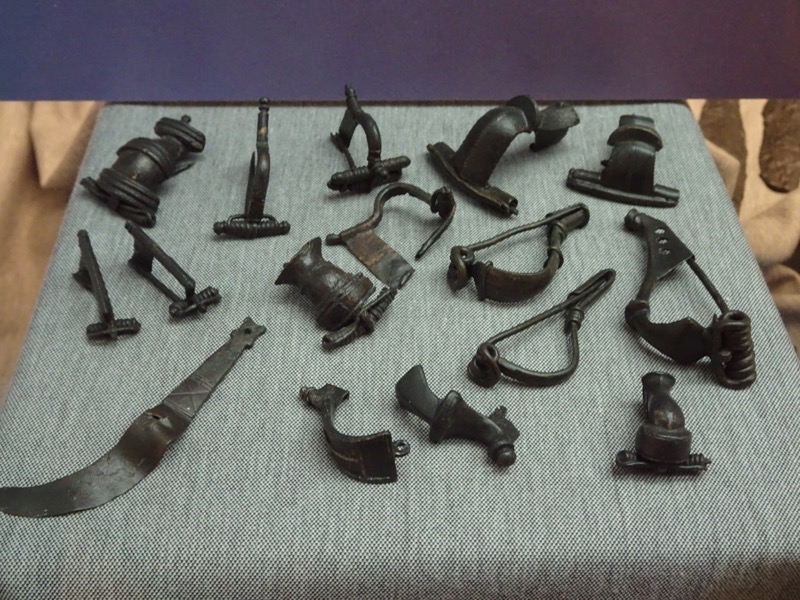
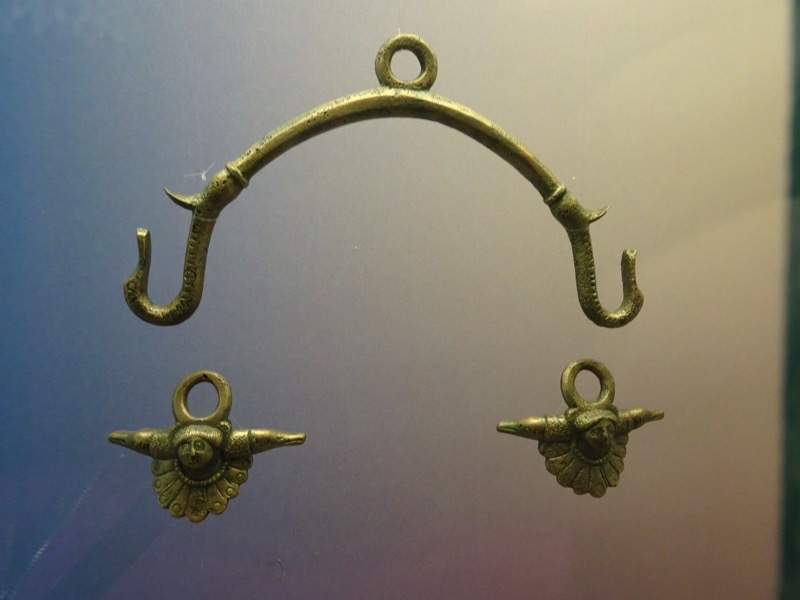
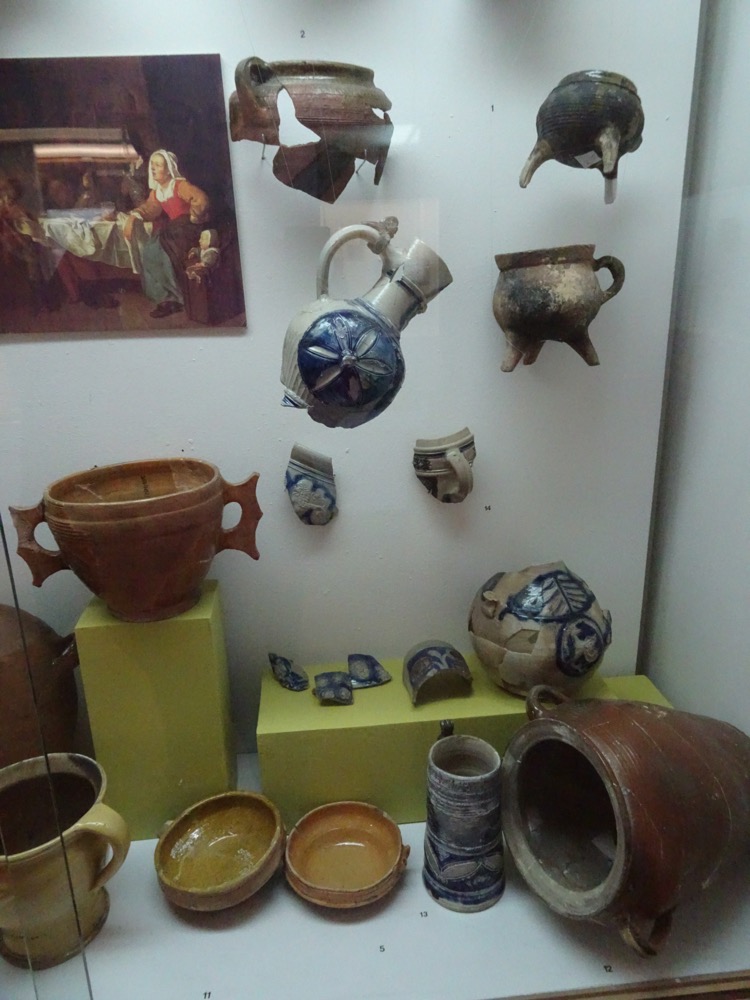
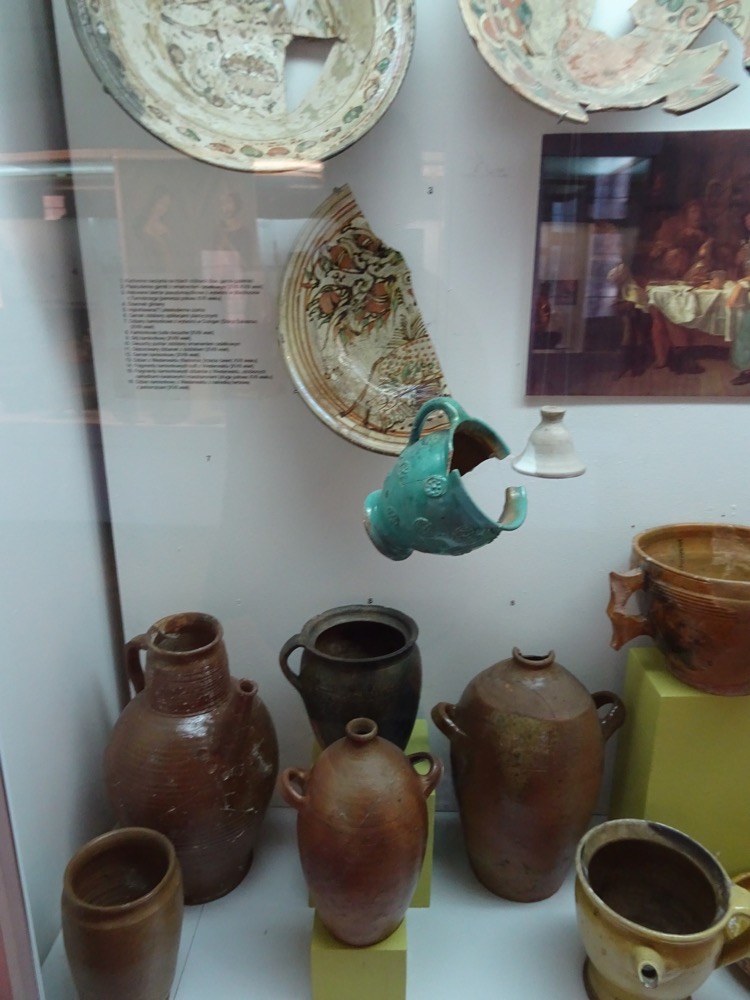
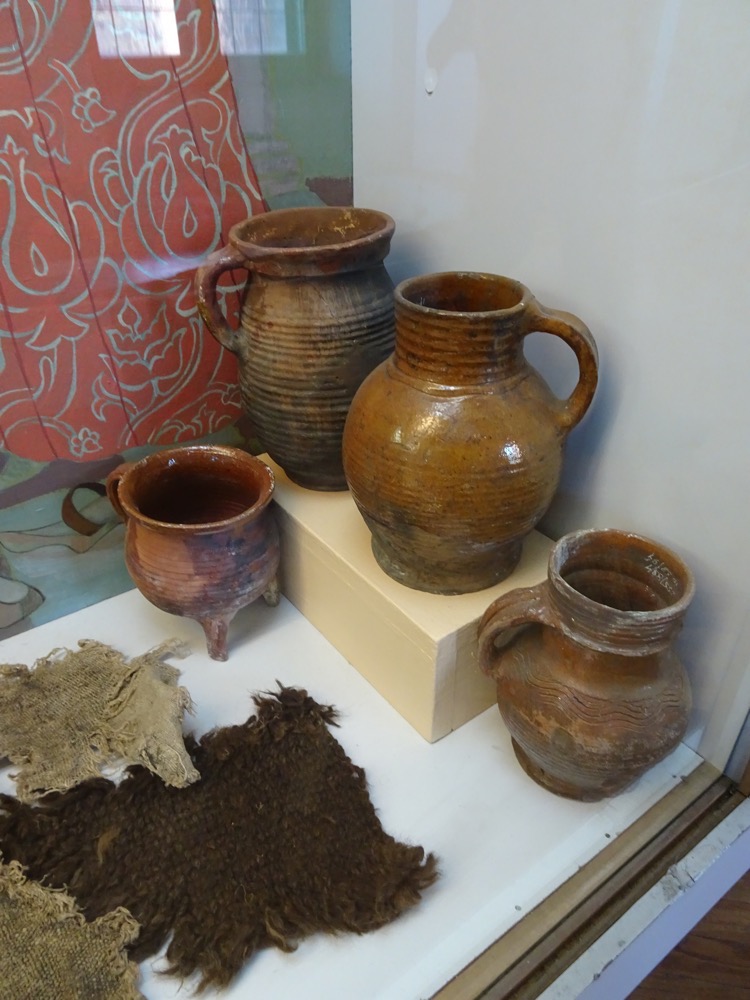
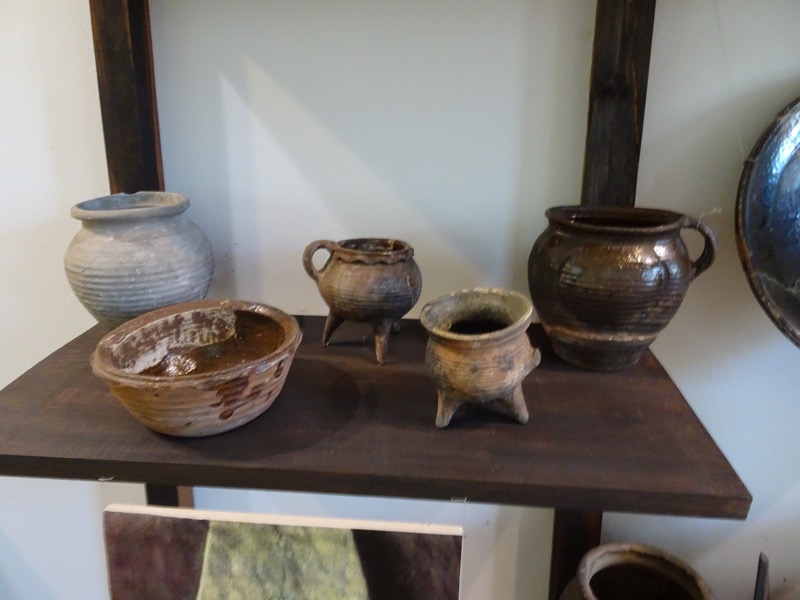
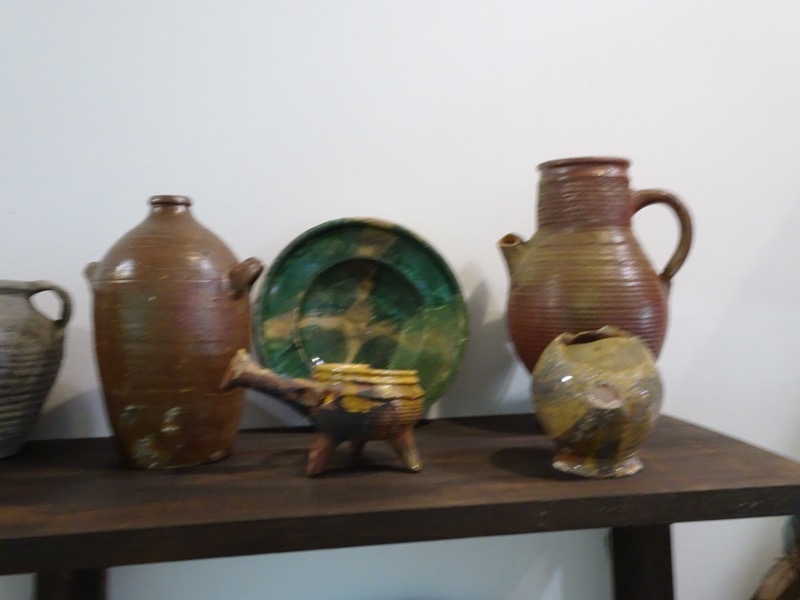
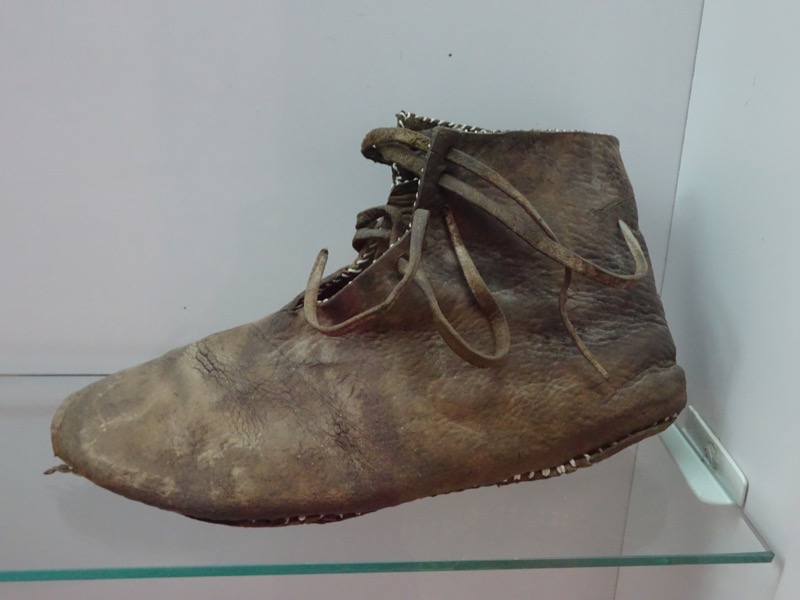
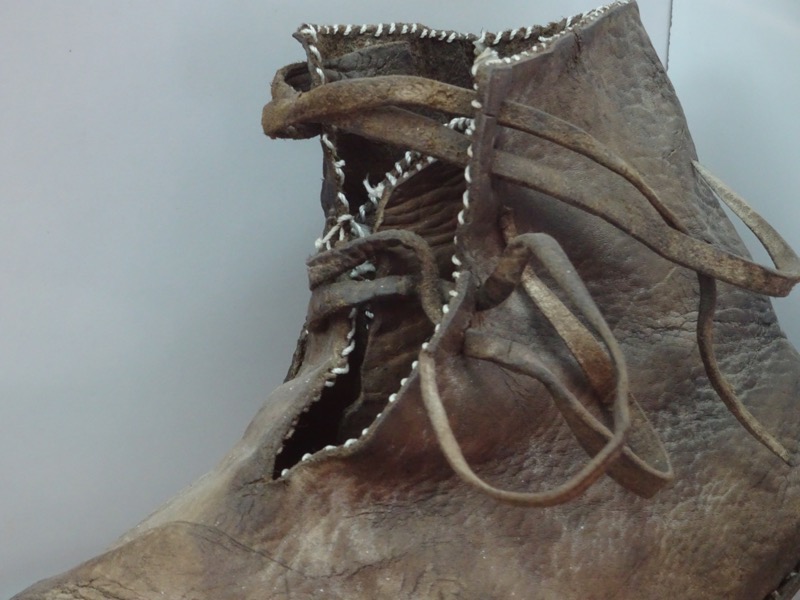
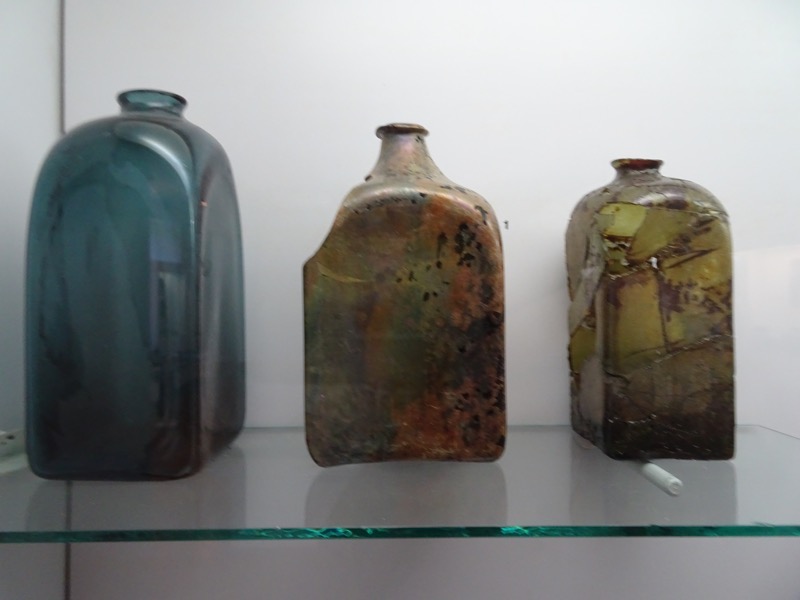 This was marked – it’s a 10th century viking longboat most likely used for trading and not so much for the war and the pillaging bit.
This was marked – it’s a 10th century viking longboat most likely used for trading and not so much for the war and the pillaging bit.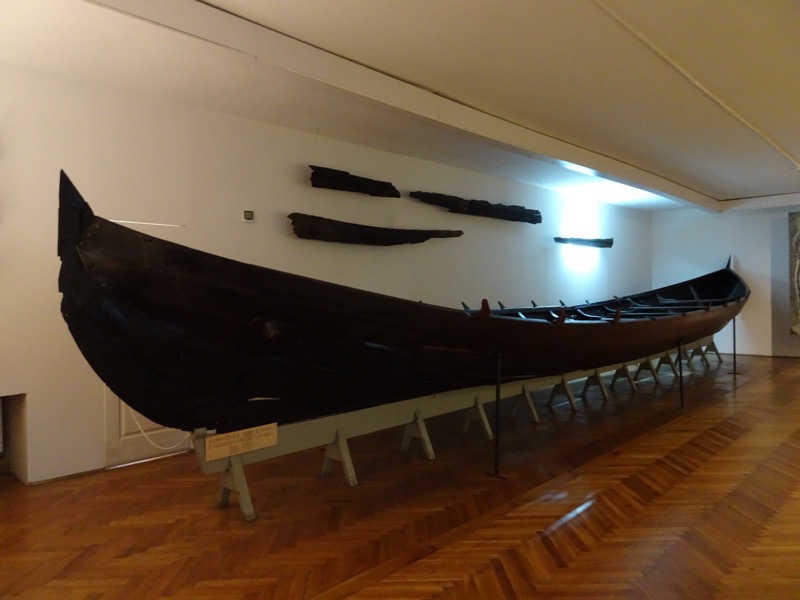
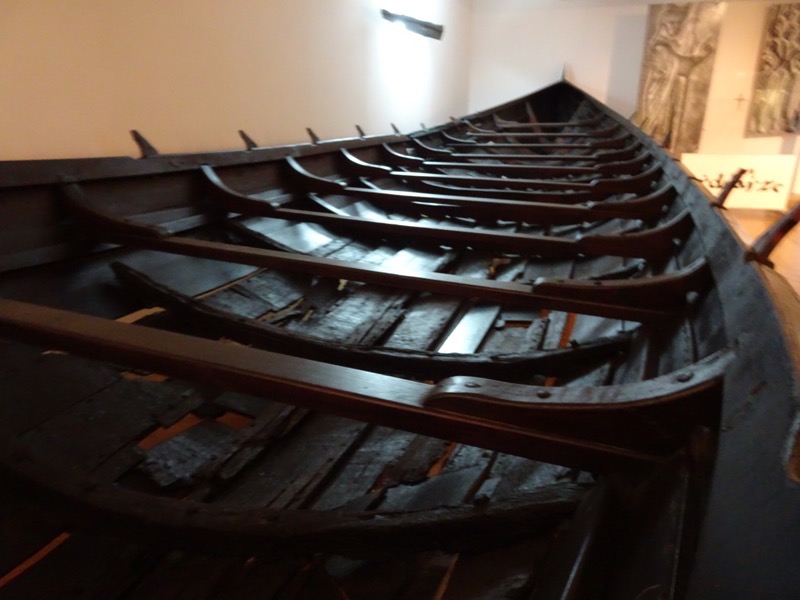
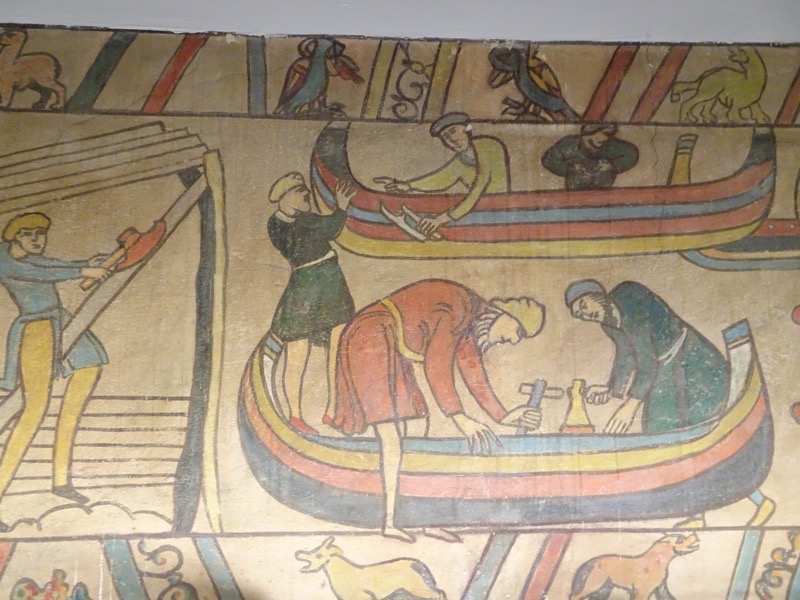
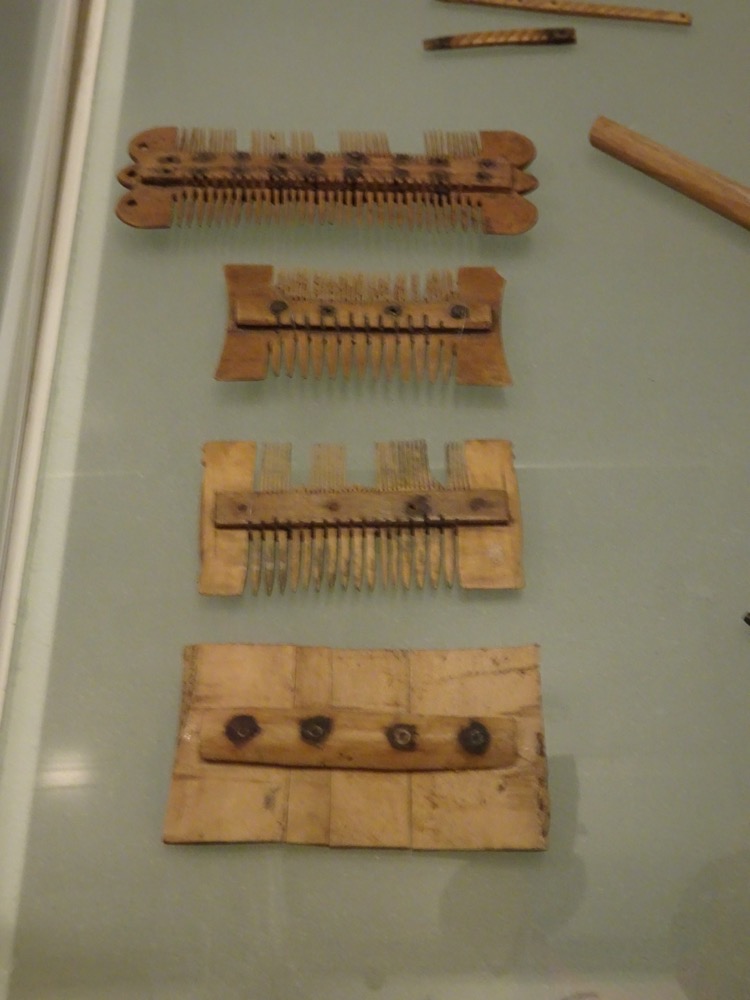
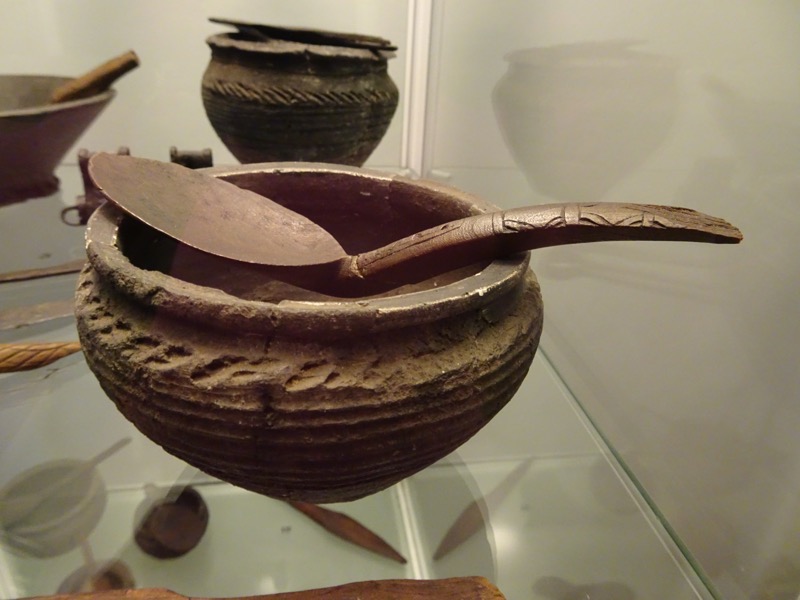
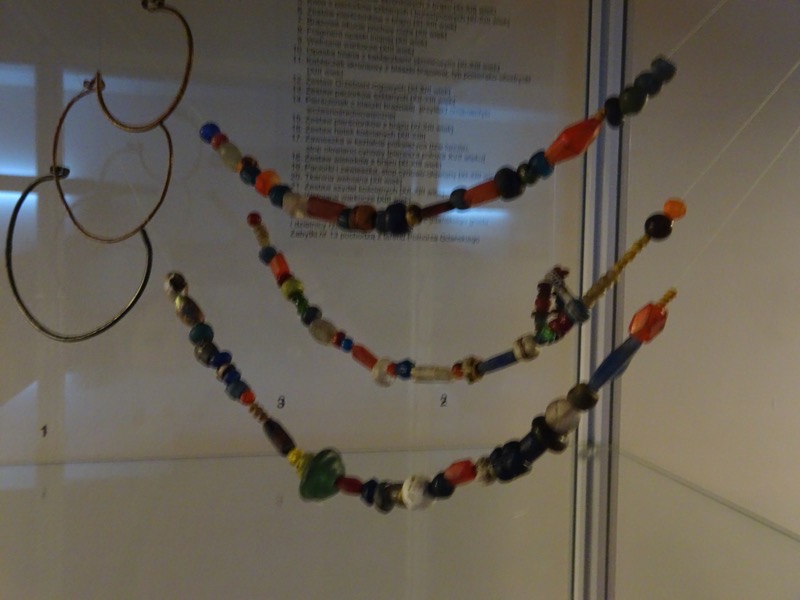 The most noteable thing about the Gdansk Archeological Museum is how much of their collection was so completely lost during World War II. The Museum apparently had a remarkable collection of artefacts and now it is a hodge podge of what remains.
The most noteable thing about the Gdansk Archeological Museum is how much of their collection was so completely lost during World War II. The Museum apparently had a remarkable collection of artefacts and now it is a hodge podge of what remains. yale splashed out and ordered the Fried Foie Gras which was served with a beetroot sponge and truffle mousse – the sponge was light and fluffy as to be souffle-like, and the foie gras was rich and in a really meaty flavoursome sauce.
yale splashed out and ordered the Fried Foie Gras which was served with a beetroot sponge and truffle mousse – the sponge was light and fluffy as to be souffle-like, and the foie gras was rich and in a really meaty flavoursome sauce. For a main, I ordered the Pork Tenderloin that came wrapped in bacon was served with pearl buckwheat and caramelised red onion jam. Fabulous!
For a main, I ordered the Pork Tenderloin that came wrapped in bacon was served with pearl buckwheat and caramelised red onion jam. Fabulous! And becaue yale is a bottomless pit, he ordered two mains, Greased “Russian” dumplings with curd cheese filling served with bacon sprinkles and sour cream (the Polish love their sour cream!). These were very tasty also but a bit stodgy for my liking.
And becaue yale is a bottomless pit, he ordered two mains, Greased “Russian” dumplings with curd cheese filling served with bacon sprinkles and sour cream (the Polish love their sour cream!). These were very tasty also but a bit stodgy for my liking.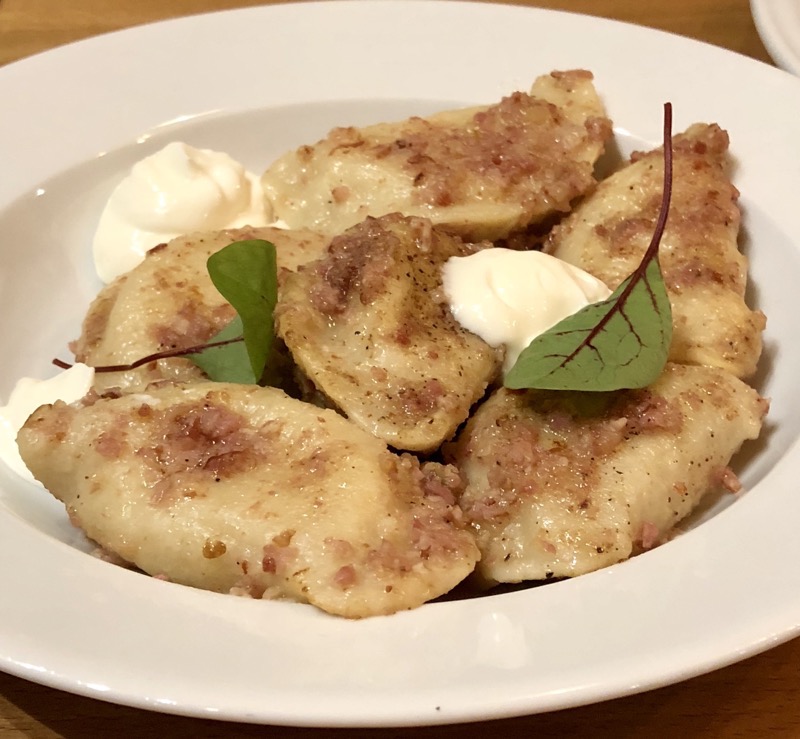 And he also had the Guinea Fowl breast served with truffle potatoes and a vegetable ratatouille… which was also really really good.
And he also had the Guinea Fowl breast served with truffle potatoes and a vegetable ratatouille… which was also really really good.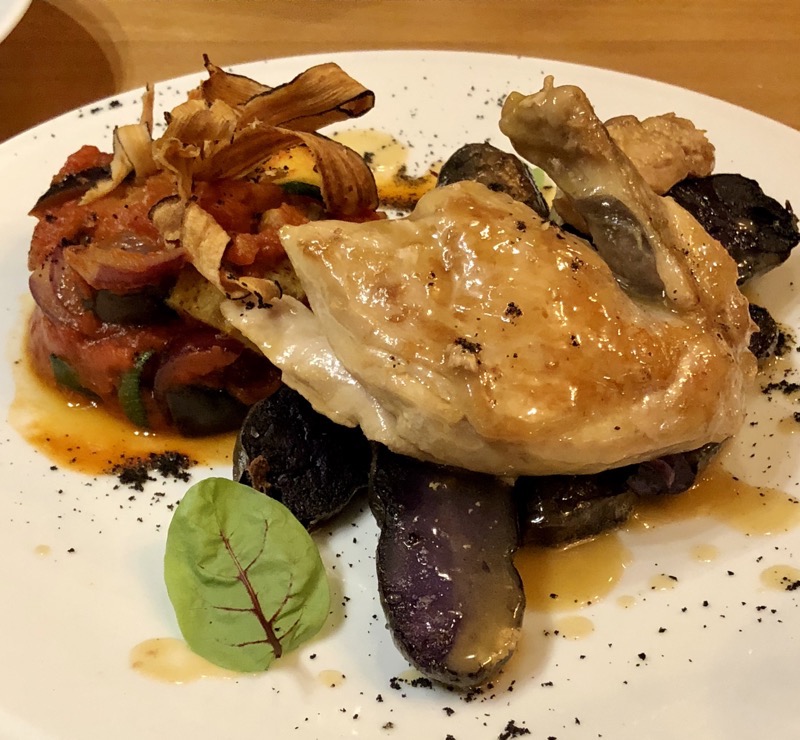 After this, we had to decline dessert – as the portions were much larger than you normally encounter in high-end restaurants. But our waiter was having none of that, said we can’t end our meal there and he brought us some complimentary freezing cold, cherry vodka liqueurs to try.
After this, we had to decline dessert – as the portions were much larger than you normally encounter in high-end restaurants. But our waiter was having none of that, said we can’t end our meal there and he brought us some complimentary freezing cold, cherry vodka liqueurs to try.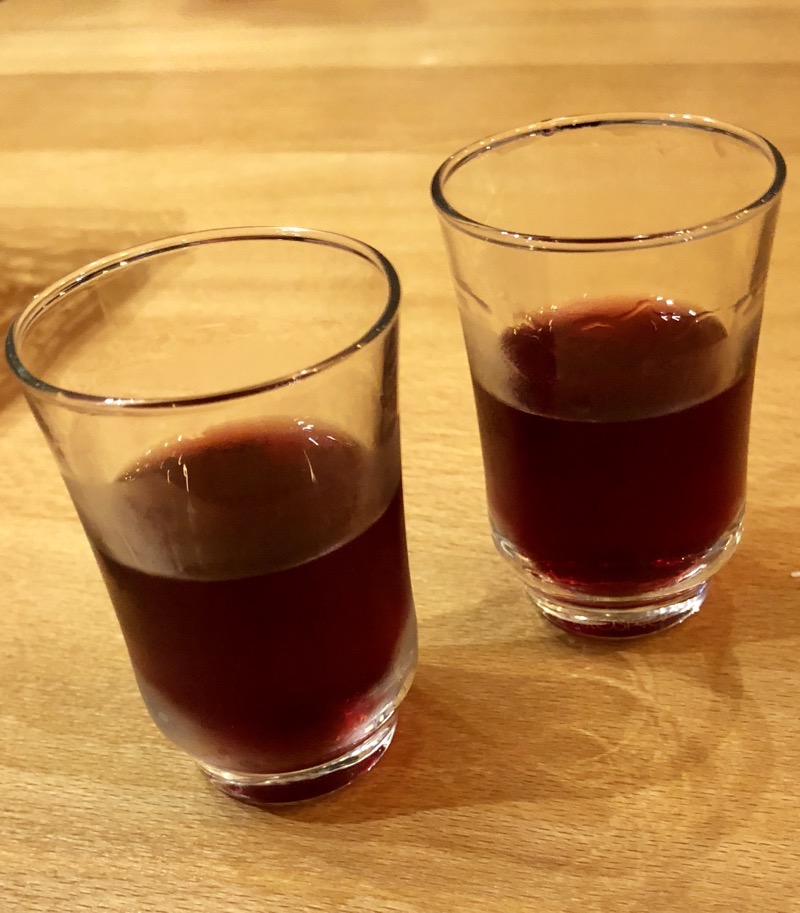 This stuff is amazing -Lubelska Wisniowka Cherry Vodka – I’m not normally one for cherry flavoured anything, but served freezing cold, it certainly warmed the cockles quicker than anything I’ve ever tried. Only 30% alcohol, I could have had two more.
This stuff is amazing -Lubelska Wisniowka Cherry Vodka – I’m not normally one for cherry flavoured anything, but served freezing cold, it certainly warmed the cockles quicker than anything I’ve ever tried. Only 30% alcohol, I could have had two more.
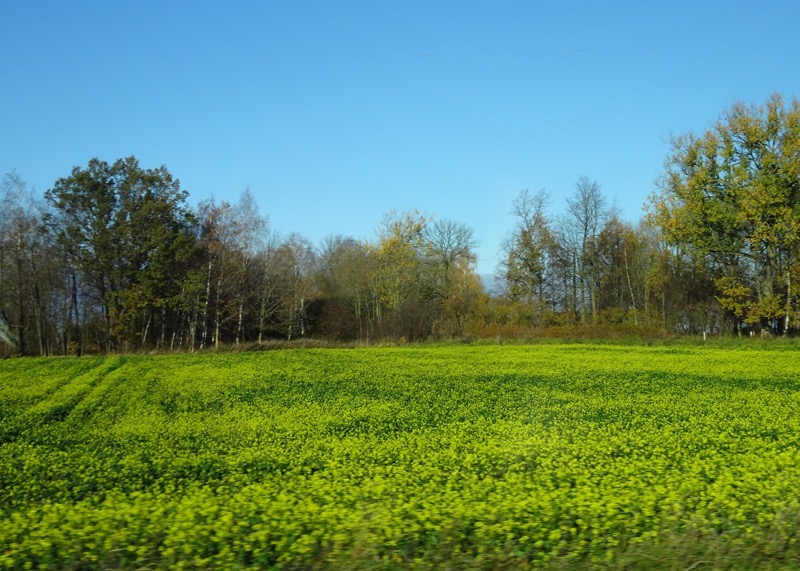
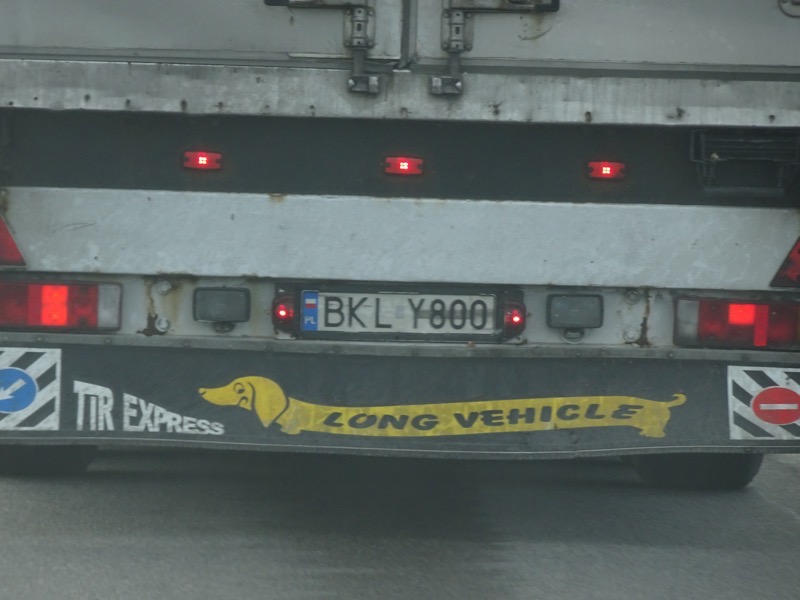
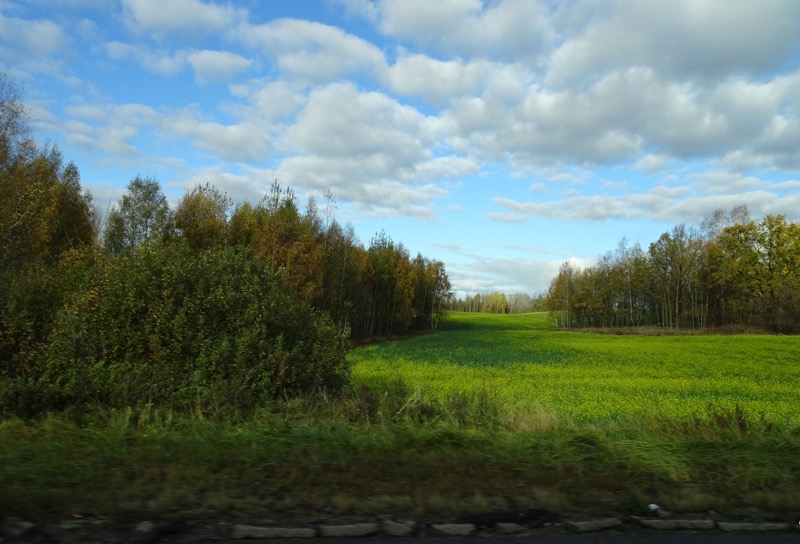 I think I blinked and missed the Latvia border… Oh, well. Goodbye Lithuania and welcome to Poland! Here, have a disused border building, some indecipherable signage and an immediately discernible downgrade in road quality.
I think I blinked and missed the Latvia border… Oh, well. Goodbye Lithuania and welcome to Poland! Here, have a disused border building, some indecipherable signage and an immediately discernible downgrade in road quality. 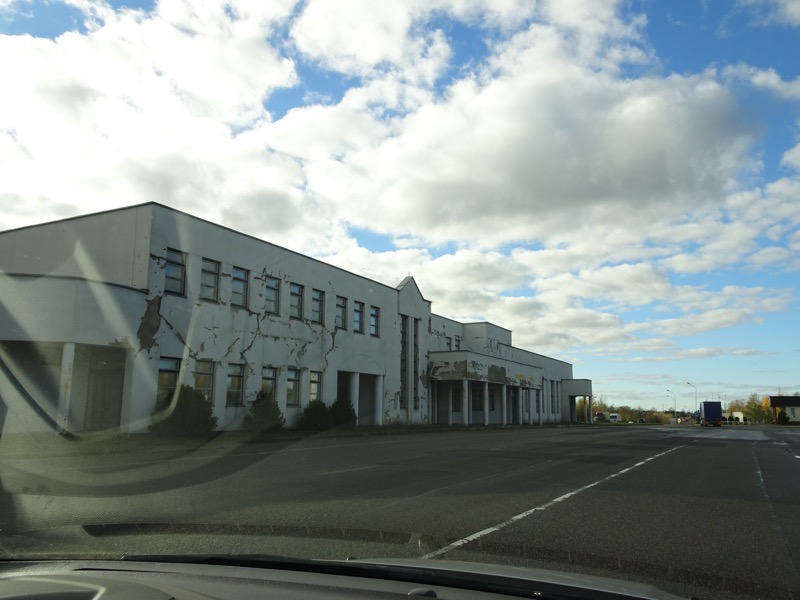
 Thankfully, we got to keep the pretty landscapes.
Thankfully, we got to keep the pretty landscapes.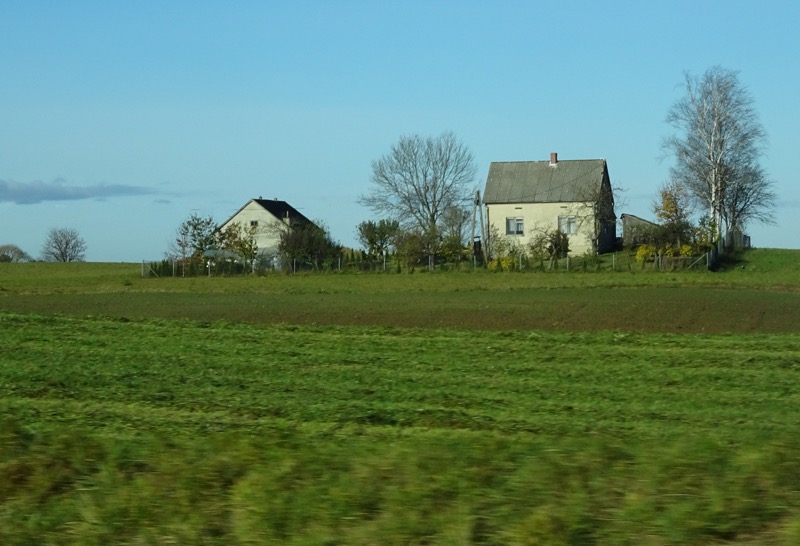
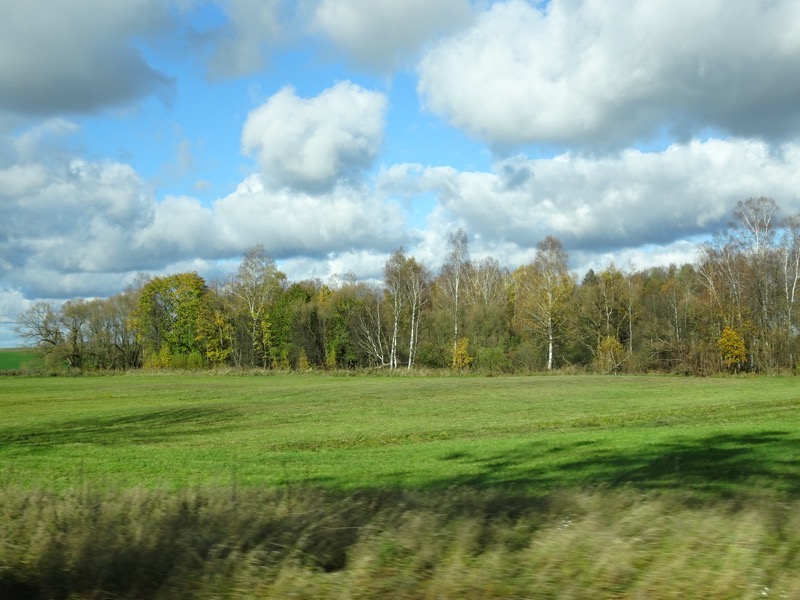
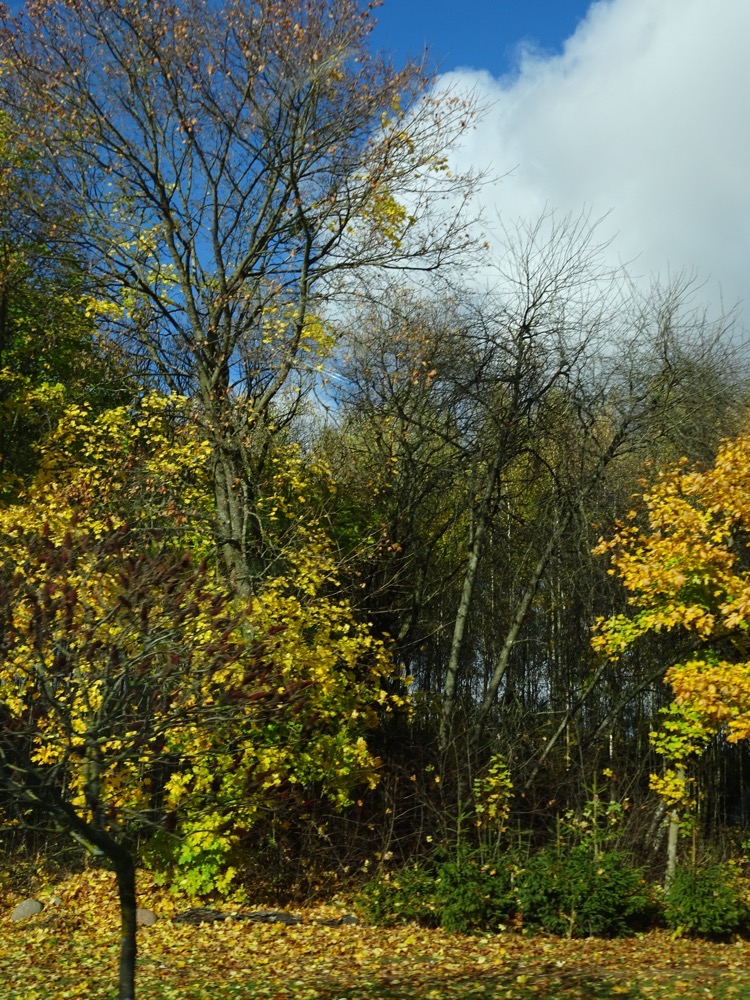
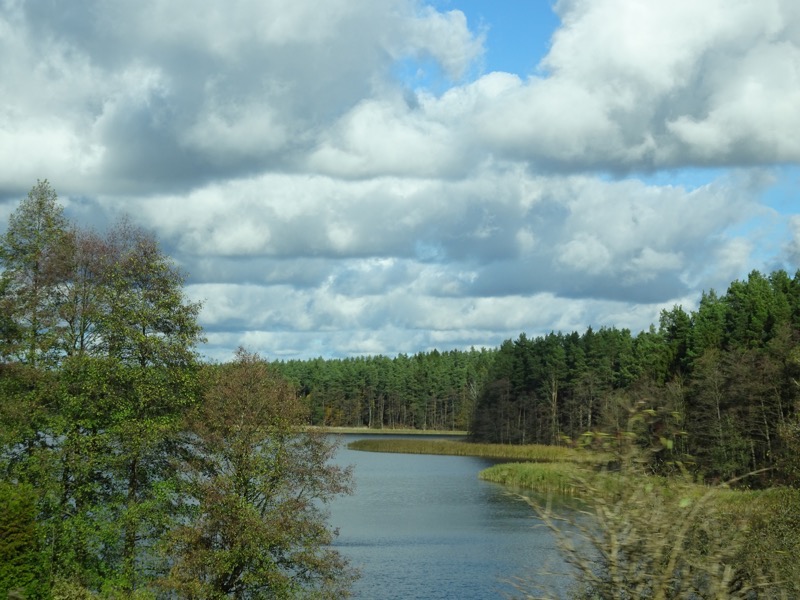
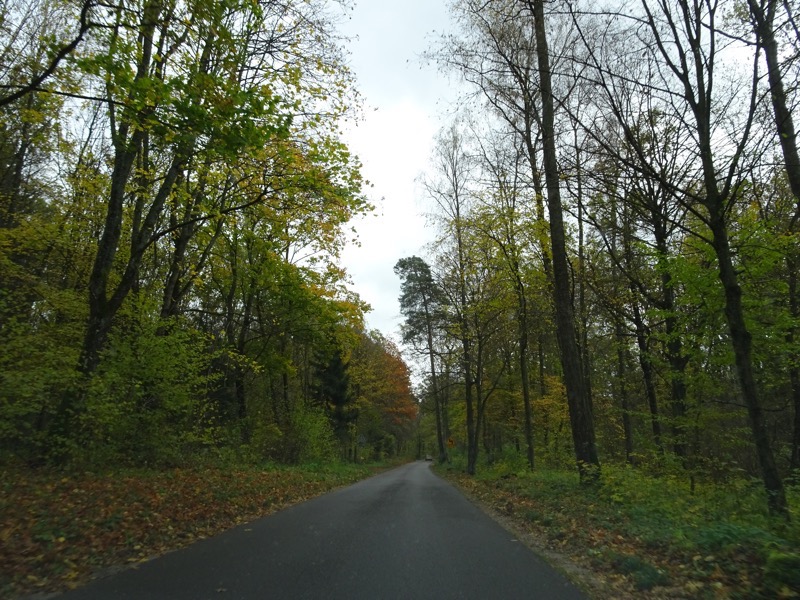 Hitler’s Wolf’s Lair complex is enormous – at roughly 6.5 km2 it was built by June 1941 to house the nearly 2,000 people who would come to live and work in the compound. Among the workers were twenty women who were
Hitler’s Wolf’s Lair complex is enormous – at roughly 6.5 km2 it was built by June 1941 to house the nearly 2,000 people who would come to live and work in the compound. Among the workers were twenty women who were 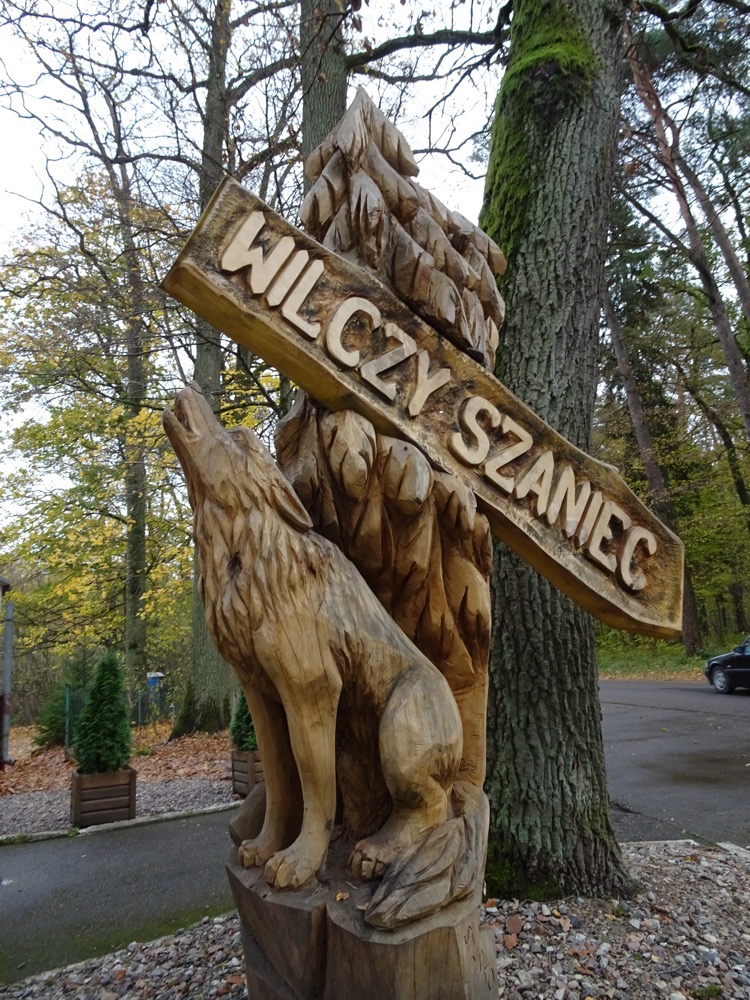
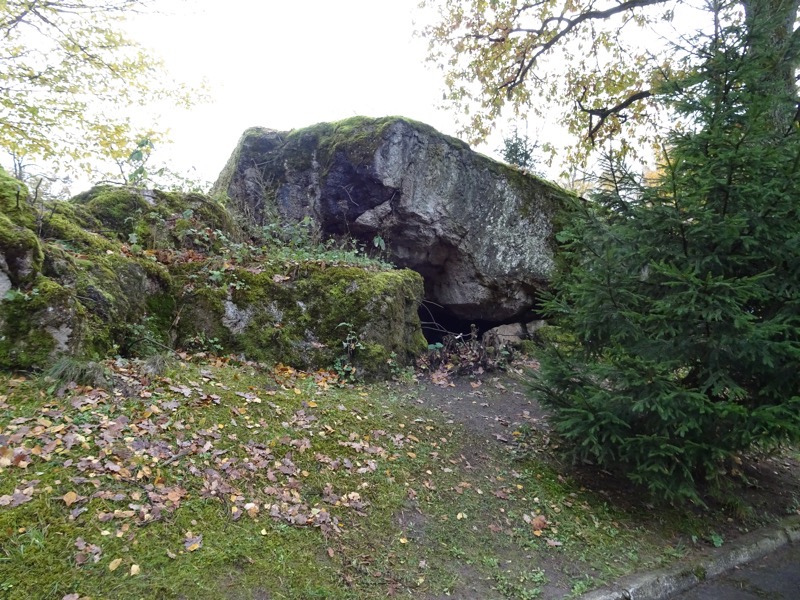
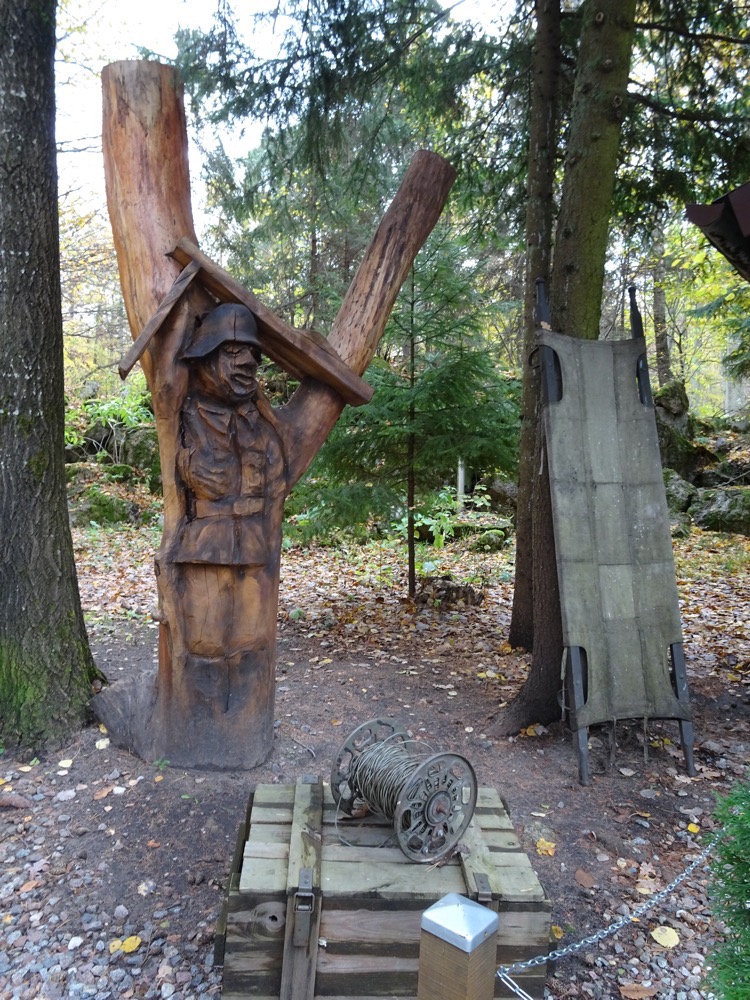
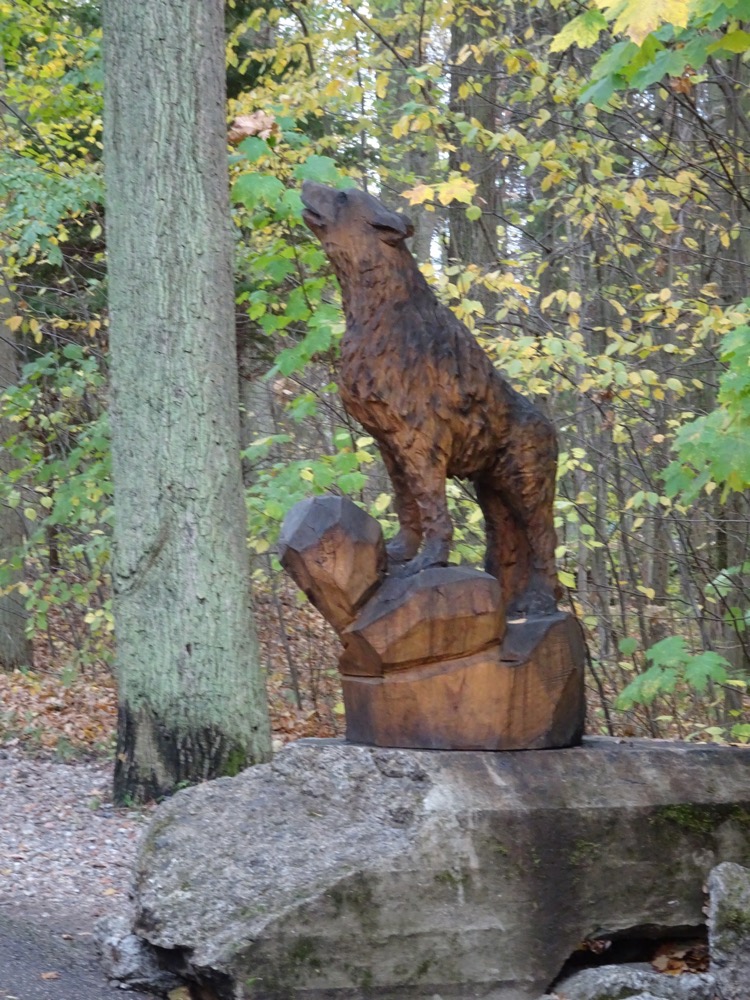 RSD Command Centre – Reichssicherheitsdienst, a Nazi SS security command post that was responsible for all aspects of security for the complex.
RSD Command Centre – Reichssicherheitsdienst, a Nazi SS security command post that was responsible for all aspects of security for the complex.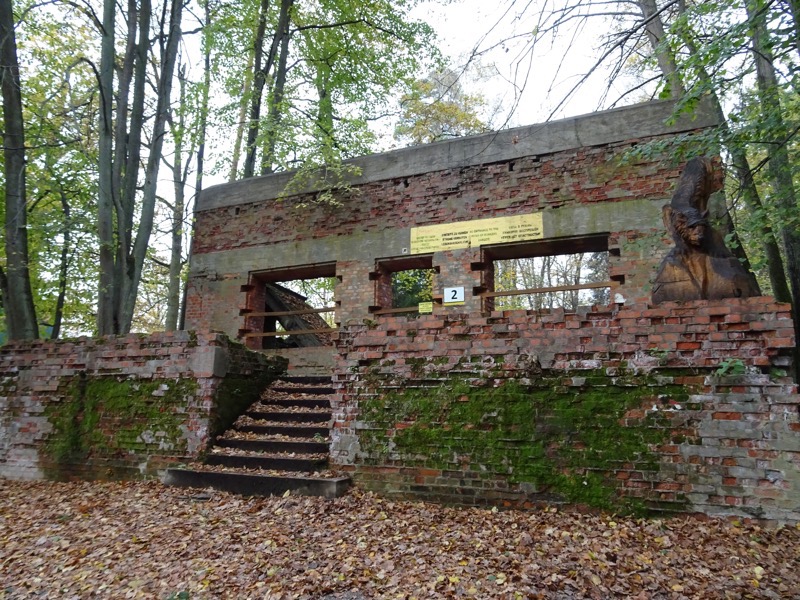 Security was arranged in three concentric circles around the compound:
Security was arranged in three concentric circles around the compound: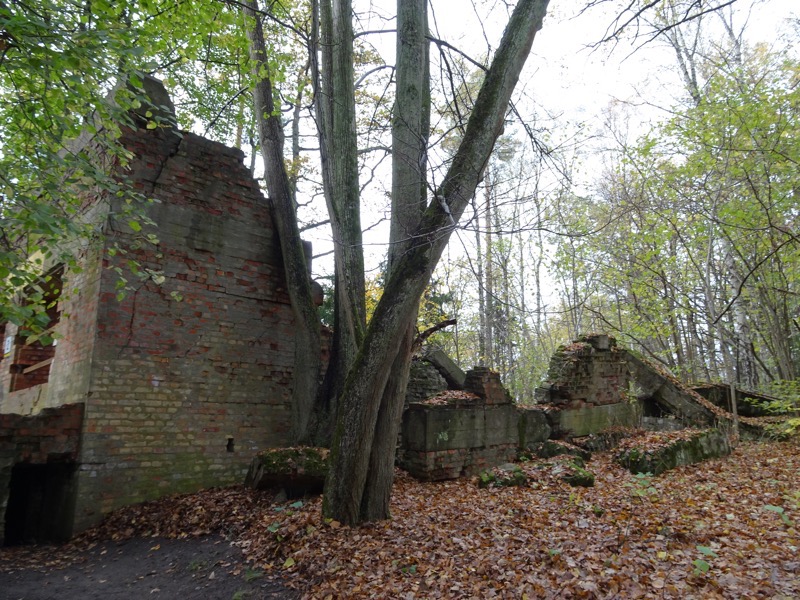 Nearly all the bunkers seem to have basement air raid shelters or armament storage underneath them.
Nearly all the bunkers seem to have basement air raid shelters or armament storage underneath them.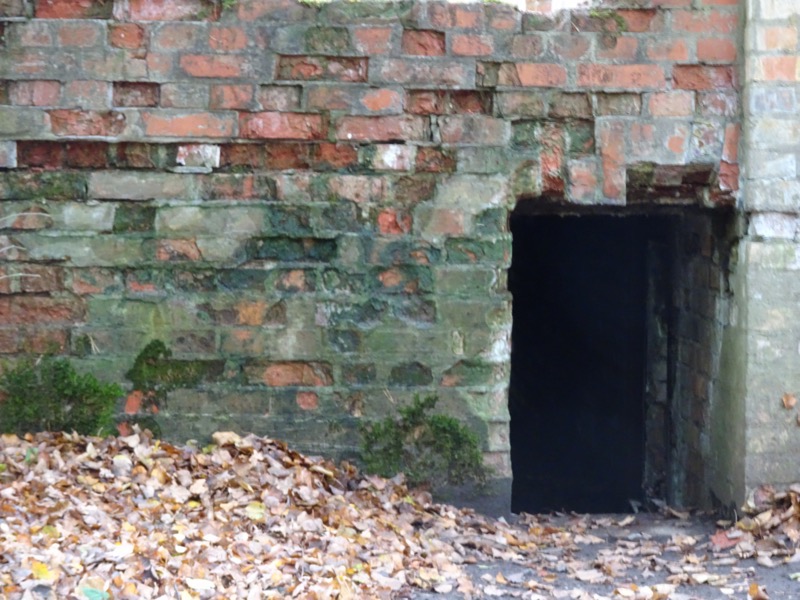 Inside the bunkers were a maze of corridors, conference rooms, workspaces and shelters.
Inside the bunkers were a maze of corridors, conference rooms, workspaces and shelters.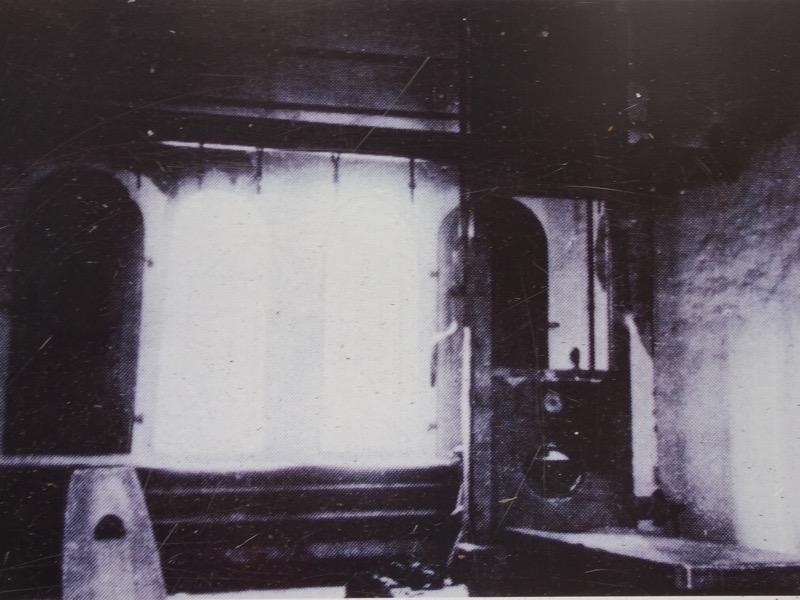
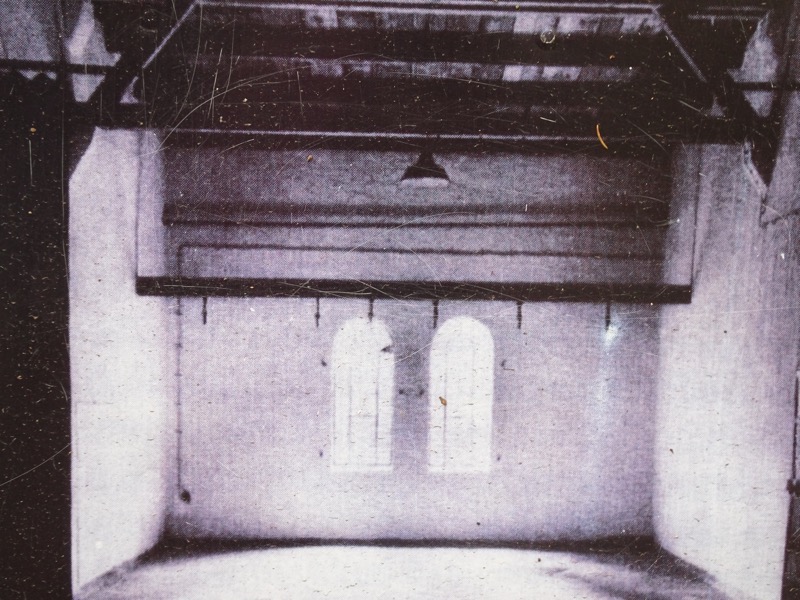
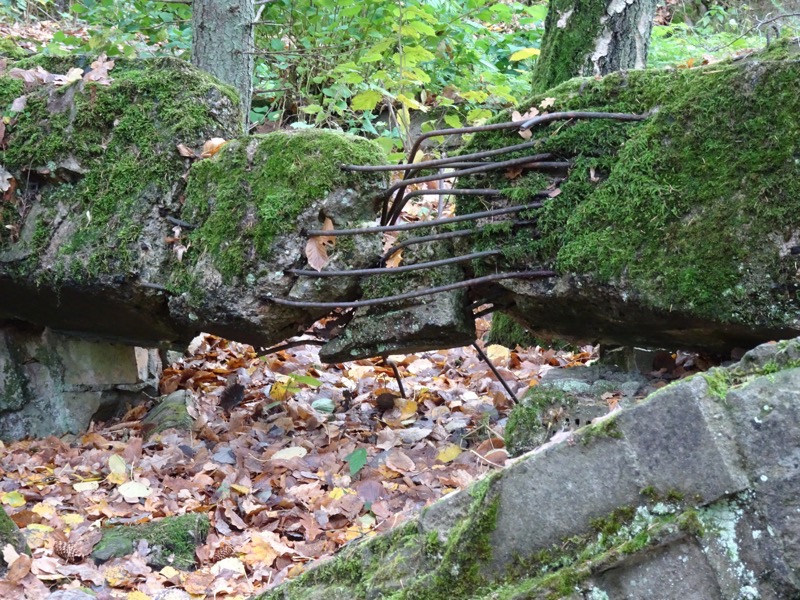 The Wolf’s Lair has several monuments and memorials that have been created to commemorate the people who were associated with this place in WWII, particularly those who did the difficult work of destroying it and making the surrounding areas safe from landmines.
The Wolf’s Lair has several monuments and memorials that have been created to commemorate the people who were associated with this place in WWII, particularly those who did the difficult work of destroying it and making the surrounding areas safe from landmines.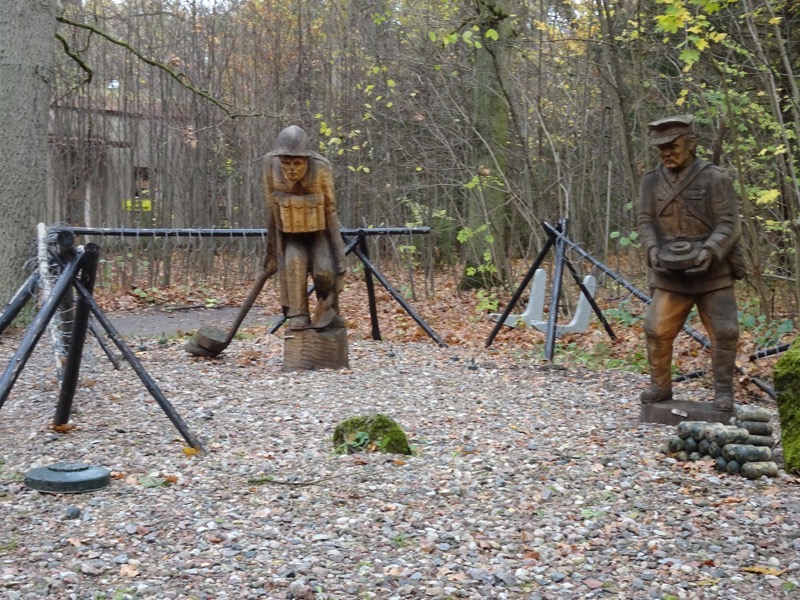
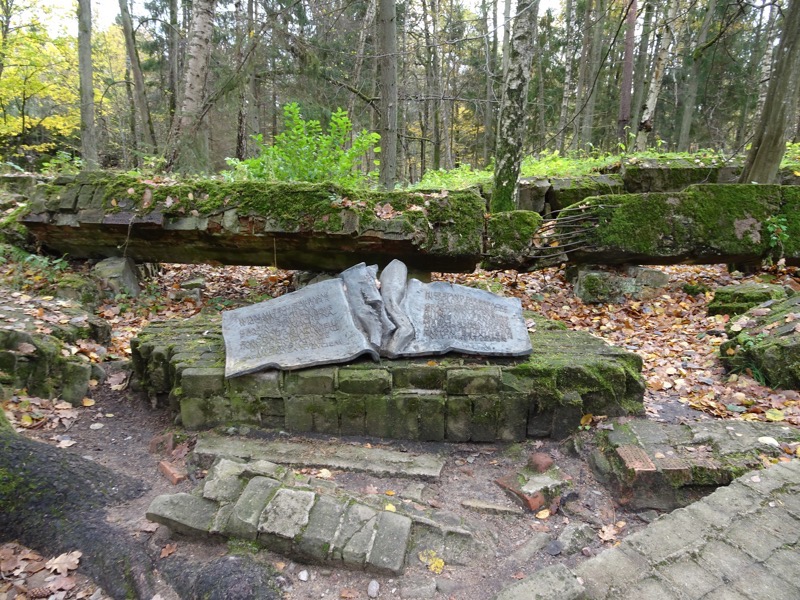
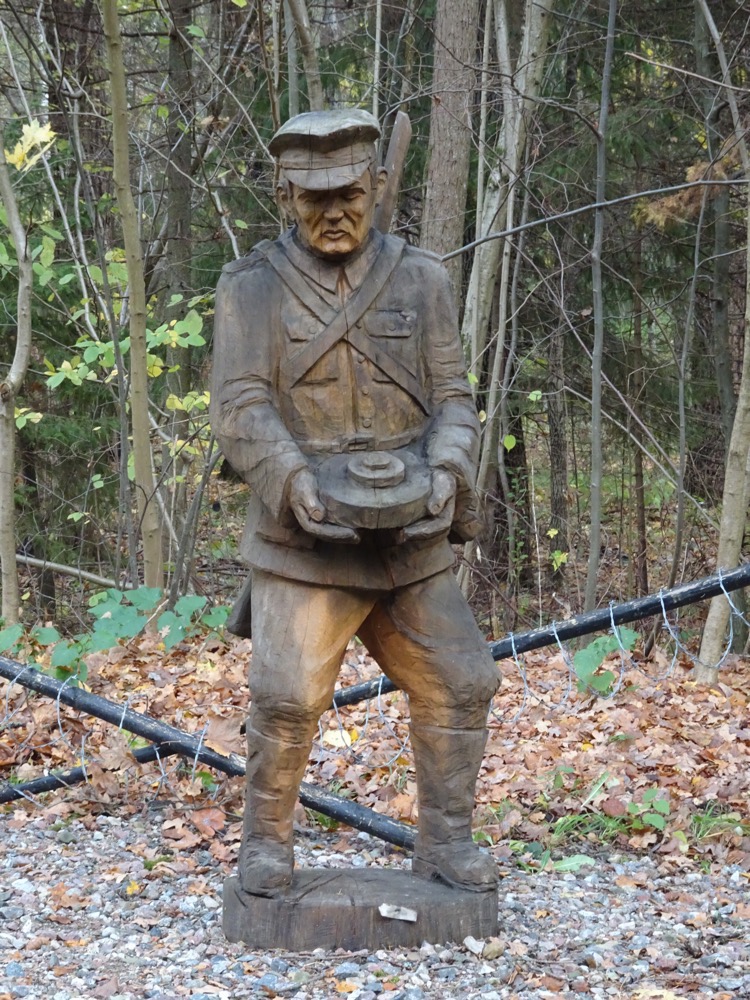
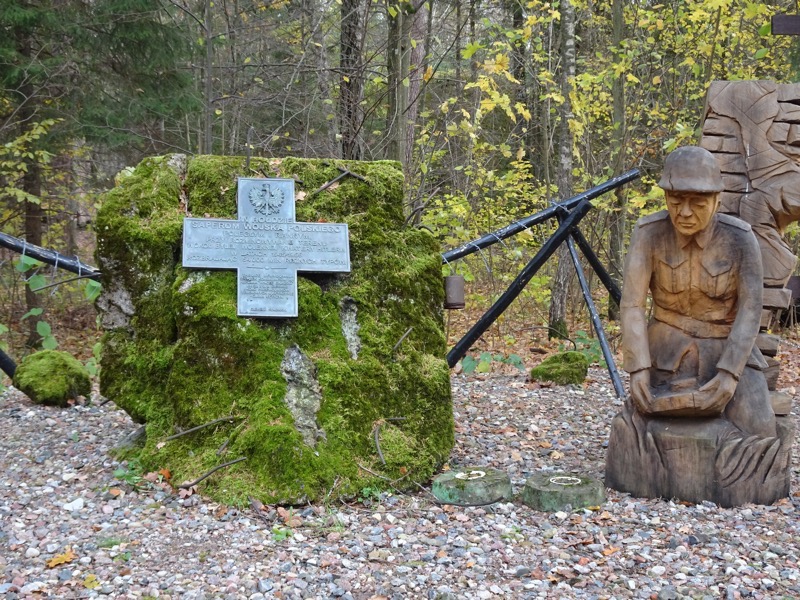
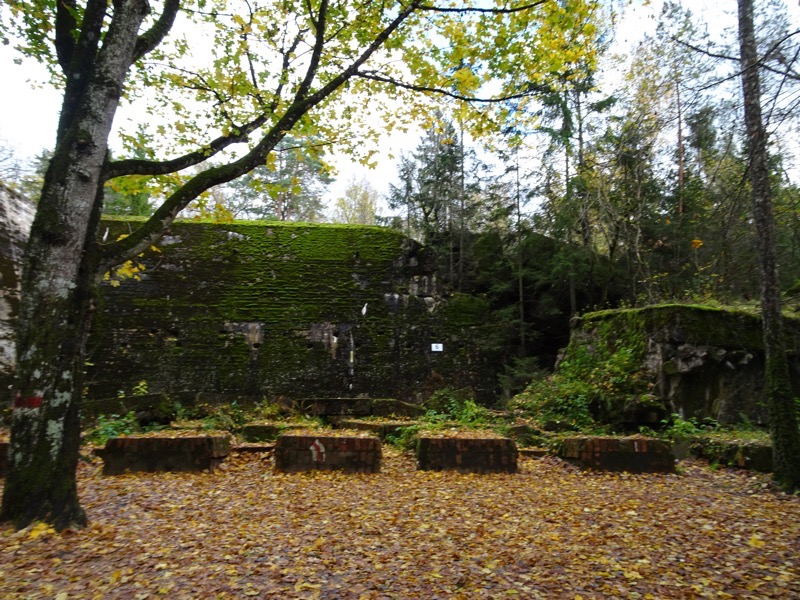 Bunker 6 held a conference room that was the site of the 20 July 1944 assassination attempt that was organized by a group of civilians, in cohorts with some acting and retired Wehrmacht officers whose goal was to kill Hitler, end the war, and establish a new Germany government. Staff officer Colonel Claus von Stauffenberg was the primary assassin and he carried a briefcase into what was a daily conference meeting. He was supposed to place it a few feet from where Hitler would hold his meeting, but unfortunately, on the day the attempt was to be made, the meeting location was changed to a different building due to refurbishment happening in the Führer’s Bunker *and* it was rescheduled to be earlier than usual – so the attempt was unsuccessful. The bomb went off as timed, and the interior of the Bunker 6 was destroyed, four people were killed, but Hitler sustained only slight injuries.
Bunker 6 held a conference room that was the site of the 20 July 1944 assassination attempt that was organized by a group of civilians, in cohorts with some acting and retired Wehrmacht officers whose goal was to kill Hitler, end the war, and establish a new Germany government. Staff officer Colonel Claus von Stauffenberg was the primary assassin and he carried a briefcase into what was a daily conference meeting. He was supposed to place it a few feet from where Hitler would hold his meeting, but unfortunately, on the day the attempt was to be made, the meeting location was changed to a different building due to refurbishment happening in the Führer’s Bunker *and* it was rescheduled to be earlier than usual – so the attempt was unsuccessful. The bomb went off as timed, and the interior of the Bunker 6 was destroyed, four people were killed, but Hitler sustained only slight injuries.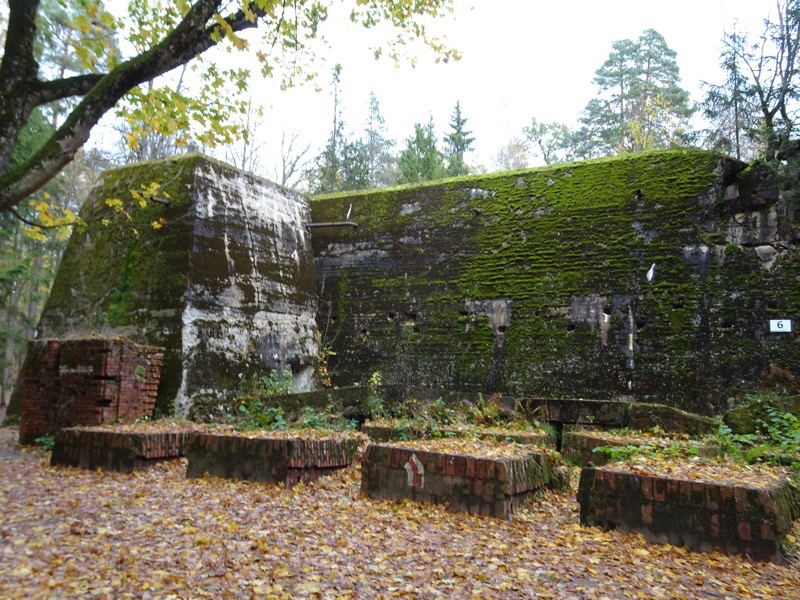 Reichsmarschall Hermann Göring surveying the conference room that was destroyed by the suitcase bomb left by Claus von Stauffenberg on 20 July 1944
Reichsmarschall Hermann Göring surveying the conference room that was destroyed by the suitcase bomb left by Claus von Stauffenberg on 20 July 1944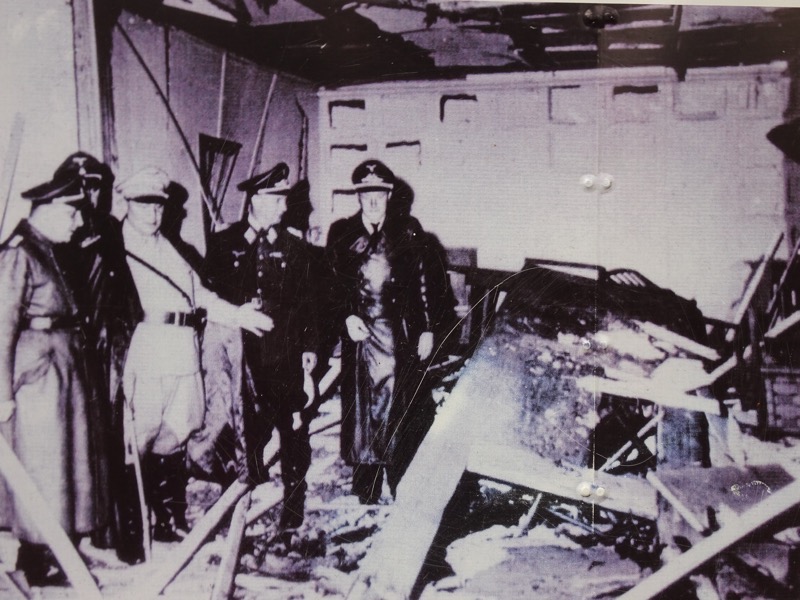
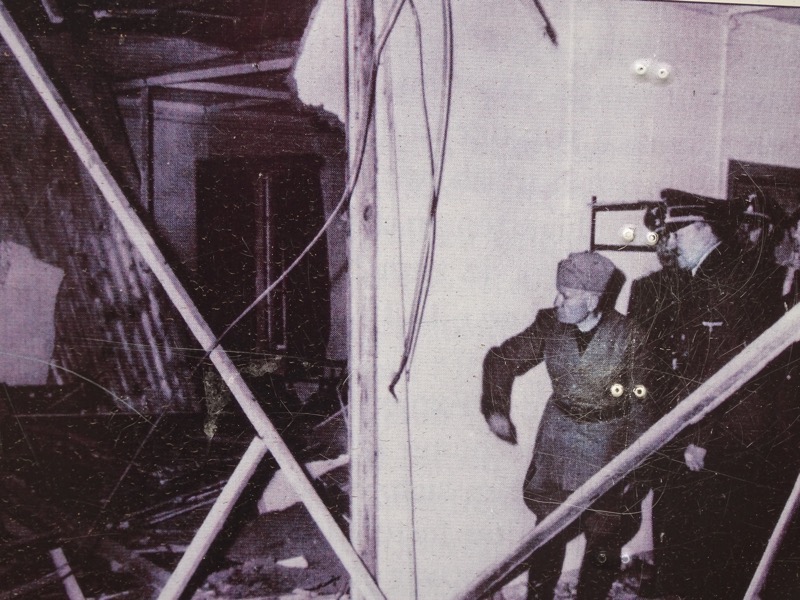
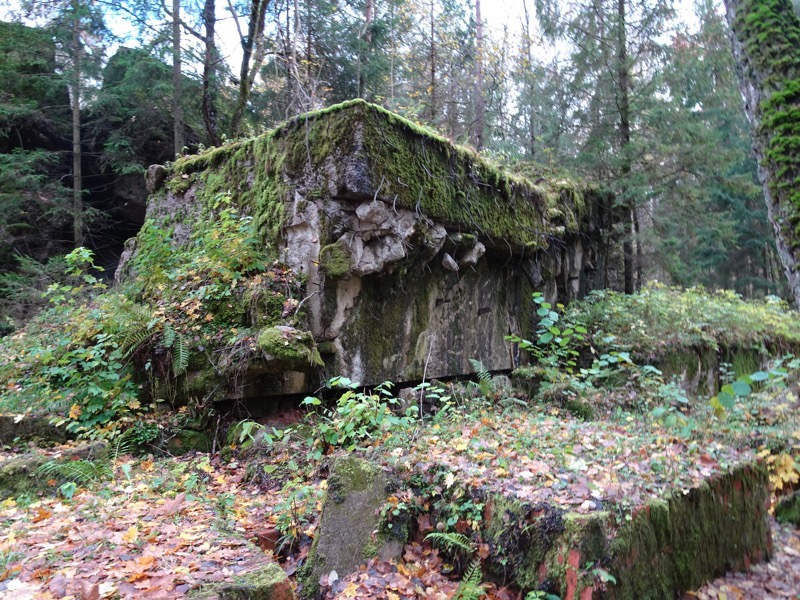
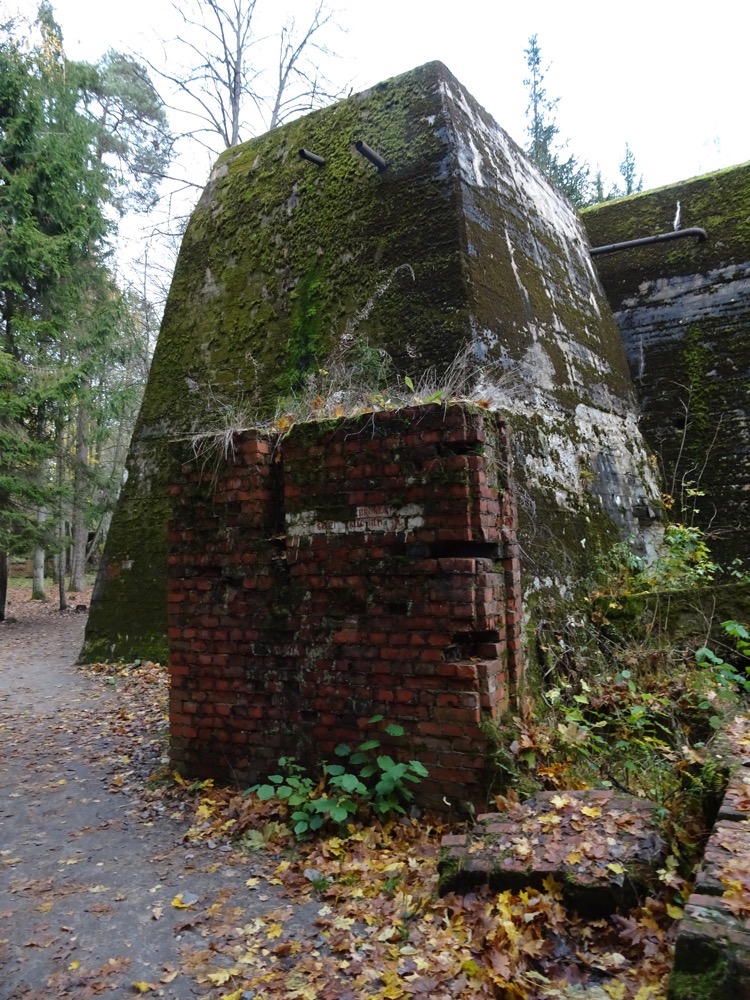
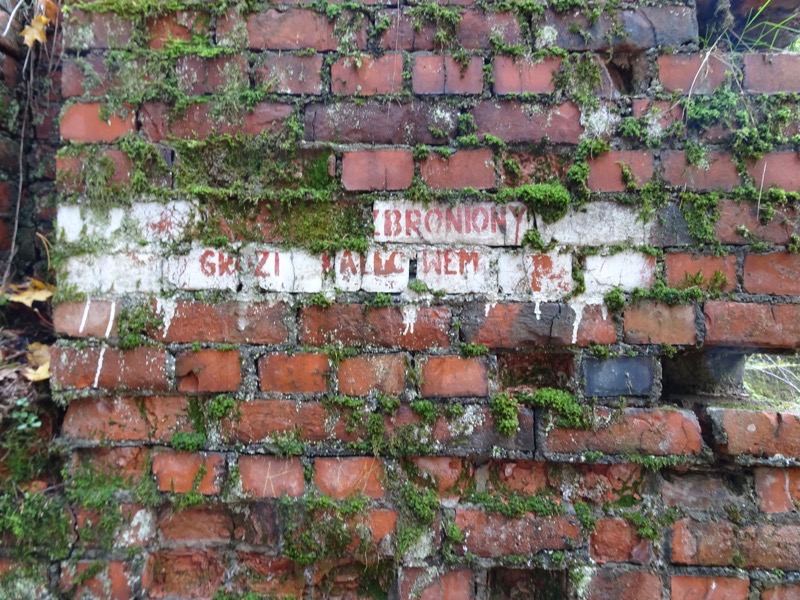 It struck me at Auschwitz-Birkenau and now again at Wolfsschanze just the sheer size and scope of the military industrial complex that was deployed by the Germans during World War II. It has been as eye-opening as the first time I went to Gallipoli – I had learned about the ANZACS and the Gallipoli military disaster during my formal education and had continued to study and gain knowledge o this topic throughout my entire life. But until I found myself looking down on ANZAC Cove and looking at the topography that the ANZAC diggers were attempting to overcome, the enormity and impossibility of it all did not really become a tangible and concrete concept in my mind.
It struck me at Auschwitz-Birkenau and now again at Wolfsschanze just the sheer size and scope of the military industrial complex that was deployed by the Germans during World War II. It has been as eye-opening as the first time I went to Gallipoli – I had learned about the ANZACS and the Gallipoli military disaster during my formal education and had continued to study and gain knowledge o this topic throughout my entire life. But until I found myself looking down on ANZAC Cove and looking at the topography that the ANZAC diggers were attempting to overcome, the enormity and impossibility of it all did not really become a tangible and concrete concept in my mind.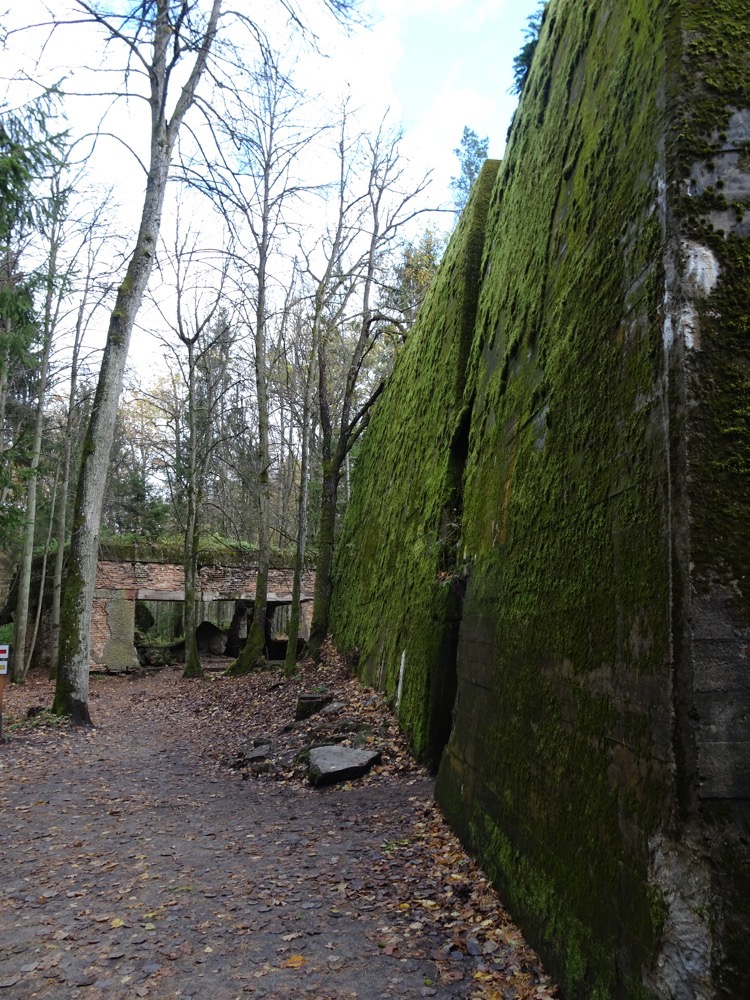 Likewise, having grown up in the ’70s and having been taught WWII history and continuing to learn more and more about the Holocaust over the years – the displacement and deportation of millions of people throughout Europe, the slave labour and abuses of the concentration camps, and of course the details of the truly horrific attempt to completely exterminate the European Jewish population in death camps – these things too have been academic concepts in my mind without concrete frame of reference to anchor them to.
Likewise, having grown up in the ’70s and having been taught WWII history and continuing to learn more and more about the Holocaust over the years – the displacement and deportation of millions of people throughout Europe, the slave labour and abuses of the concentration camps, and of course the details of the truly horrific attempt to completely exterminate the European Jewish population in death camps – these things too have been academic concepts in my mind without concrete frame of reference to anchor them to.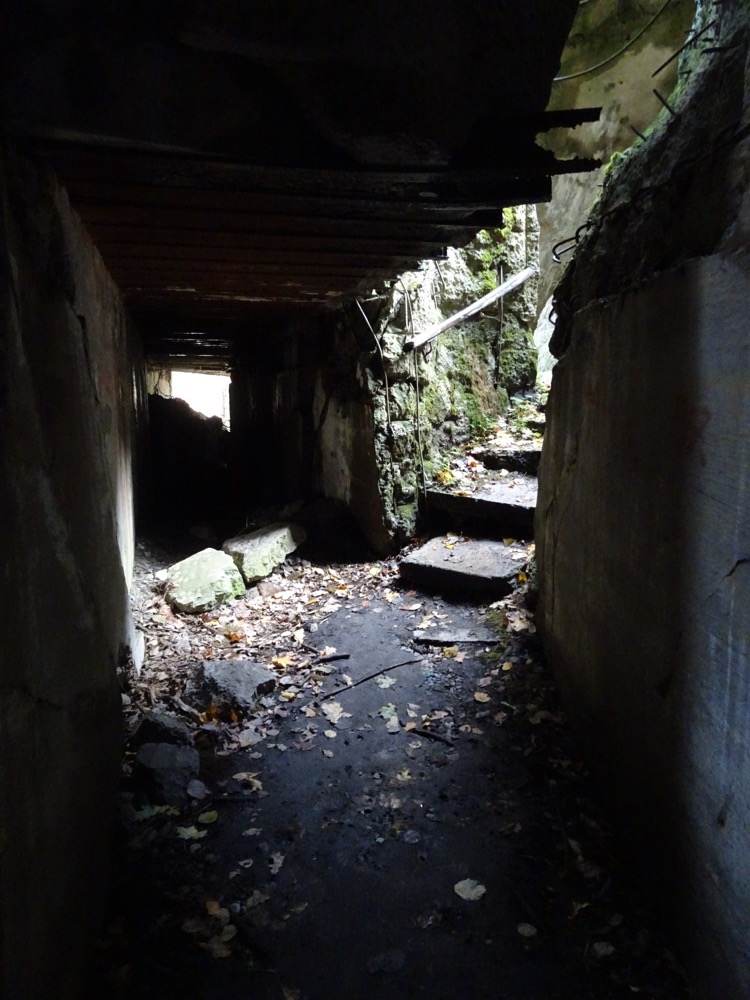 Bunker 8 was a Guest Bunker and Air Raid Shelter.
Bunker 8 was a Guest Bunker and Air Raid Shelter.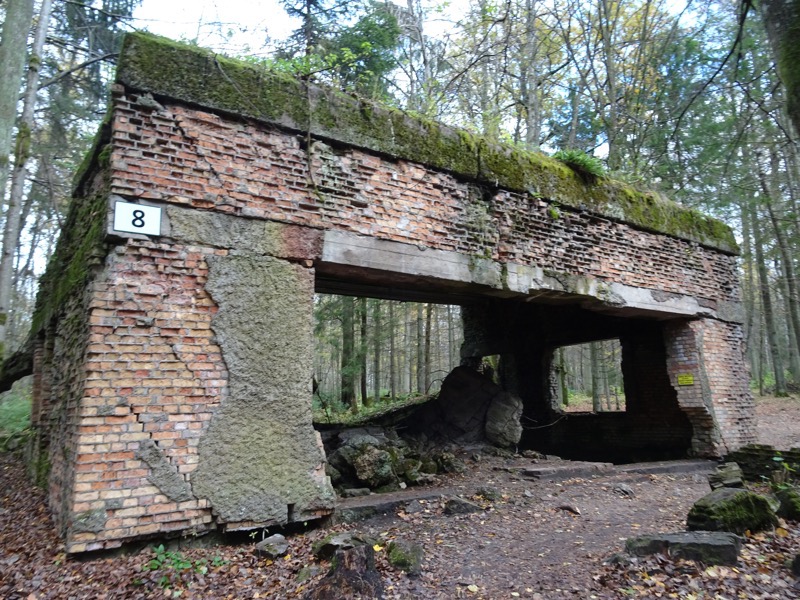
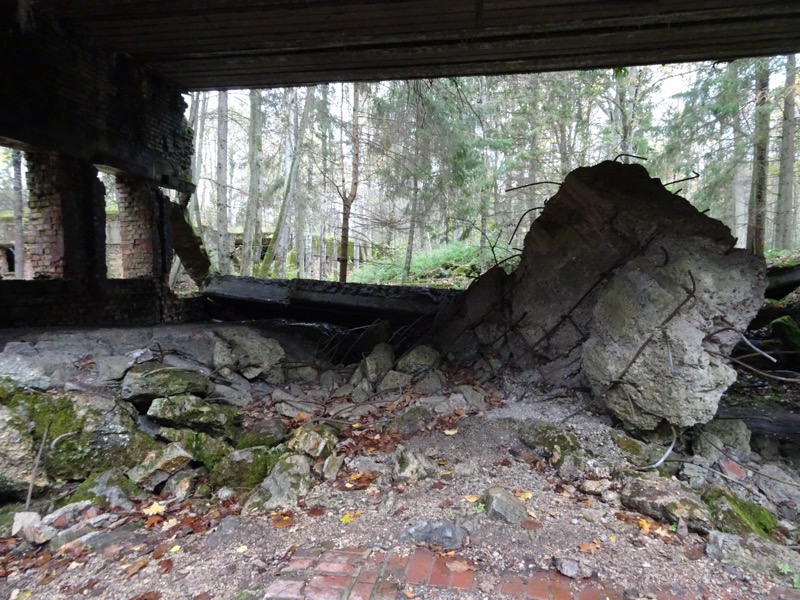
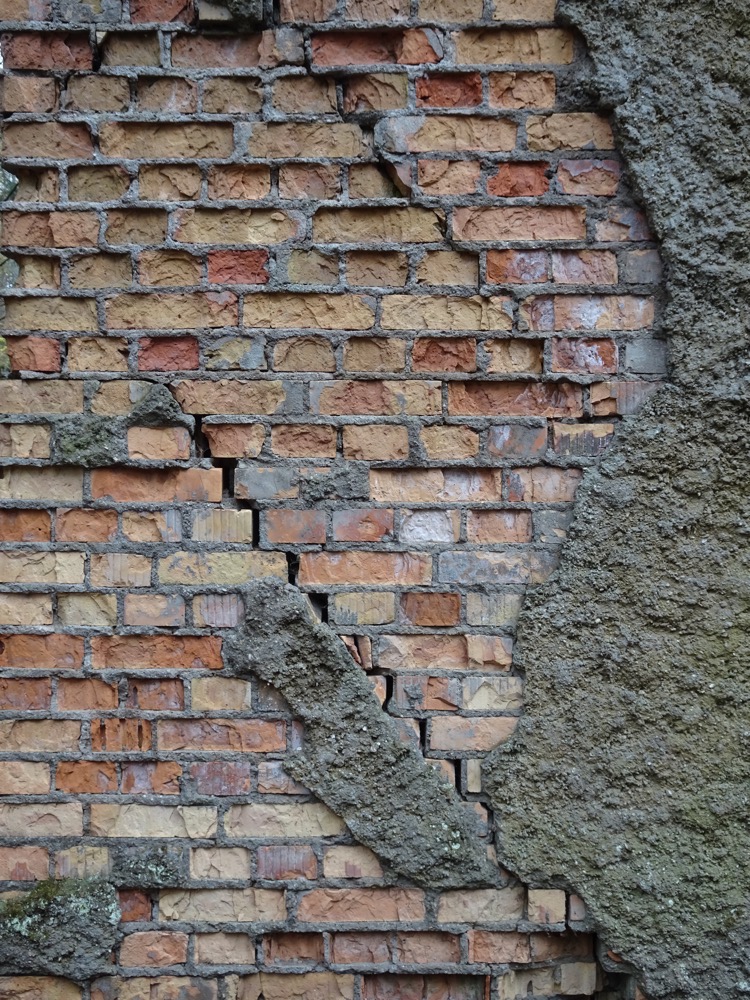 This enormous slab of concrete weighing who knows how many tonnes, looks like it is precariously balanced on just a few decaying bricks…
This enormous slab of concrete weighing who knows how many tonnes, looks like it is precariously balanced on just a few decaying bricks…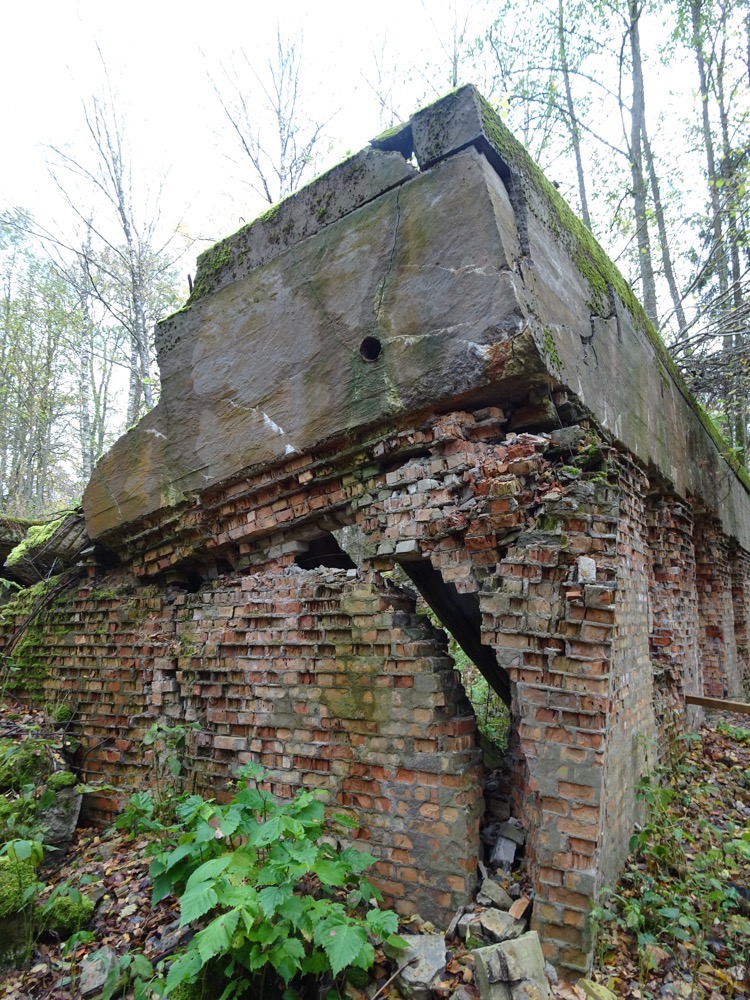
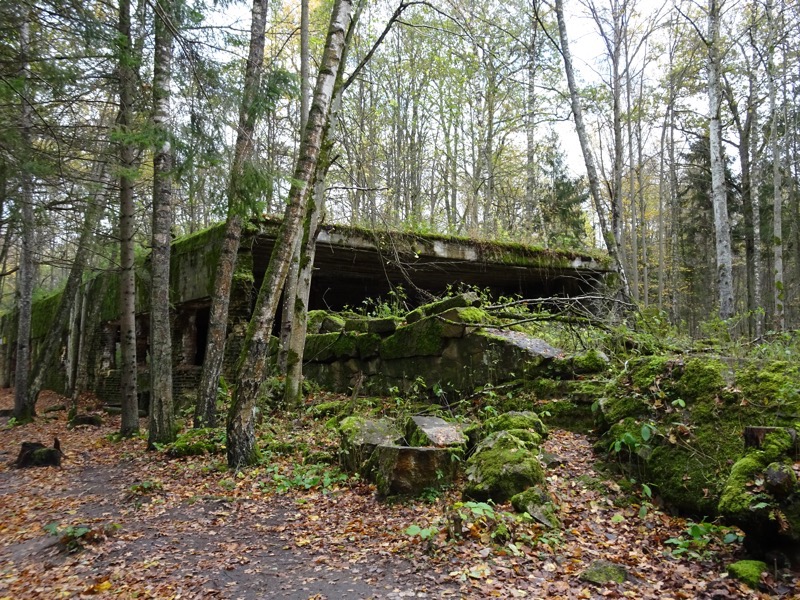
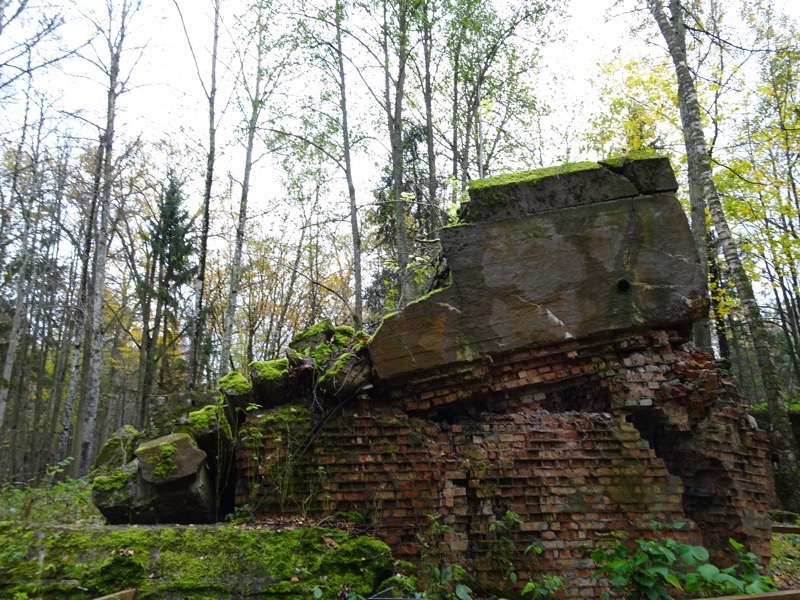 It’s not difficult to find a sombre beauty in the decay at Pripyat. Likewise, it is not difficult to find incredible textures, decaying walls and moss-covered walls at Wolf’s Lair that are similarly beautiful in their own way.
It’s not difficult to find a sombre beauty in the decay at Pripyat. Likewise, it is not difficult to find incredible textures, decaying walls and moss-covered walls at Wolf’s Lair that are similarly beautiful in their own way.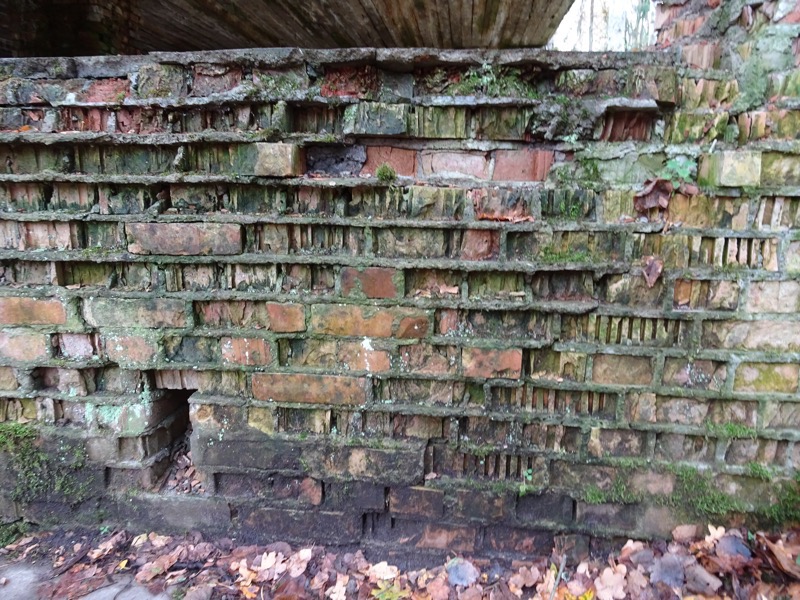
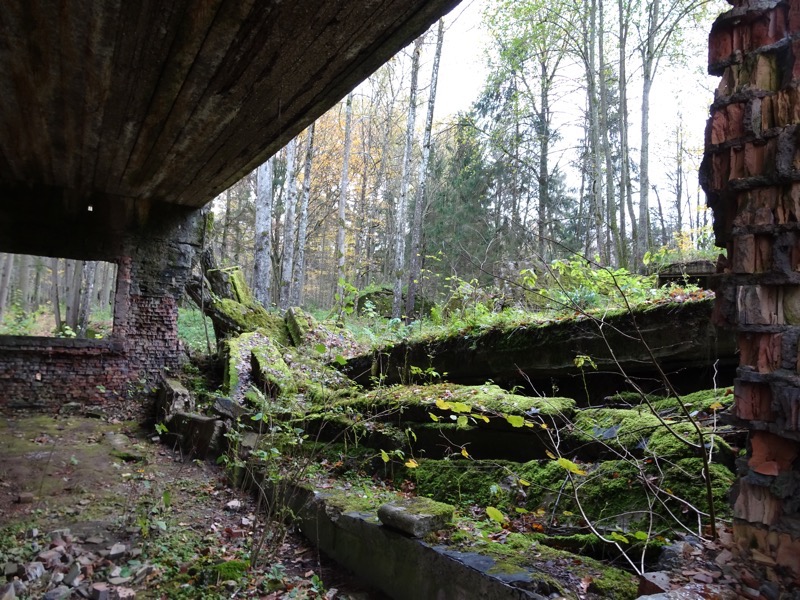
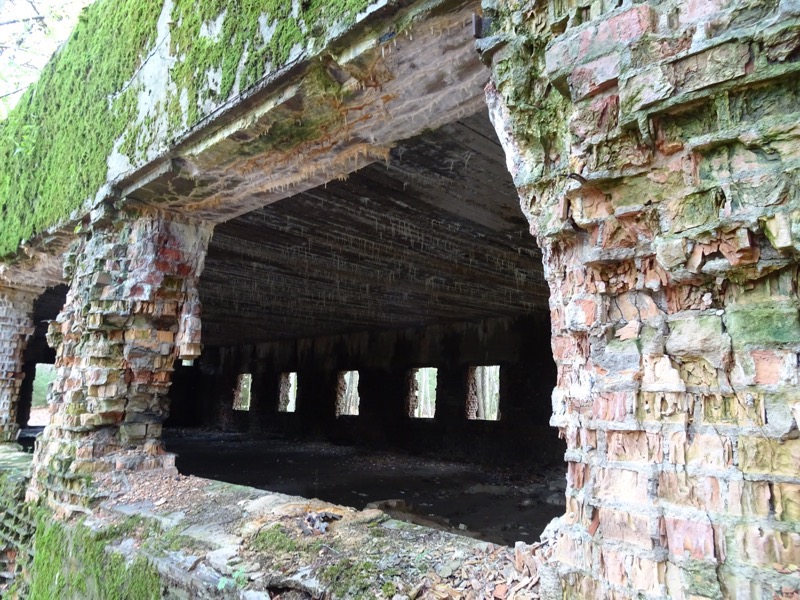
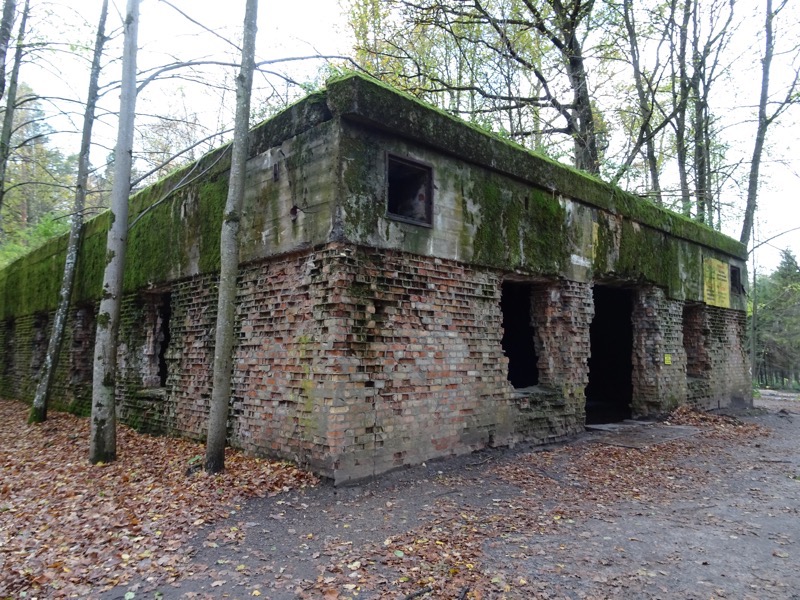
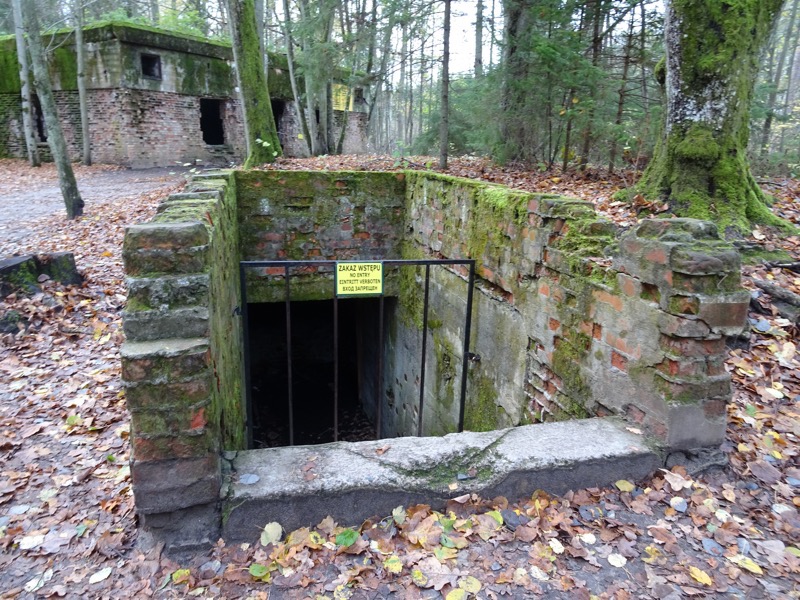 Bunker 11: Headquarters of Johann Rattenhuber, who was the Chief of the SS and head of Hitler’s security department. Also, fun fact – his headquarters doubled as the Post Office.
Bunker 11: Headquarters of Johann Rattenhuber, who was the Chief of the SS and head of Hitler’s security department. Also, fun fact – his headquarters doubled as the Post Office. 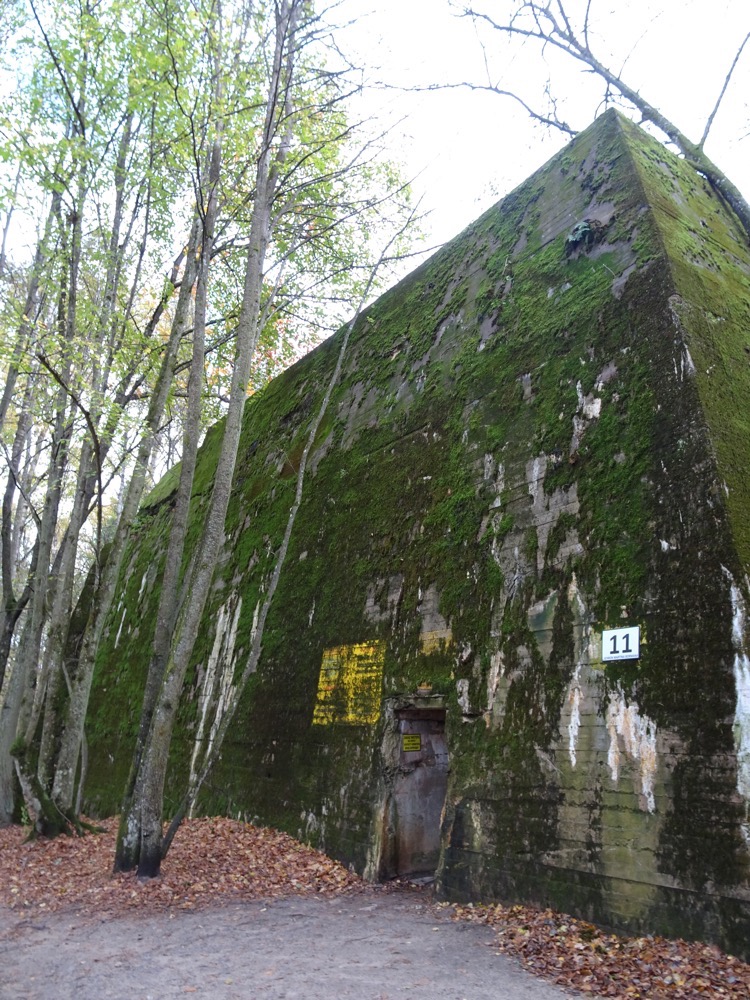
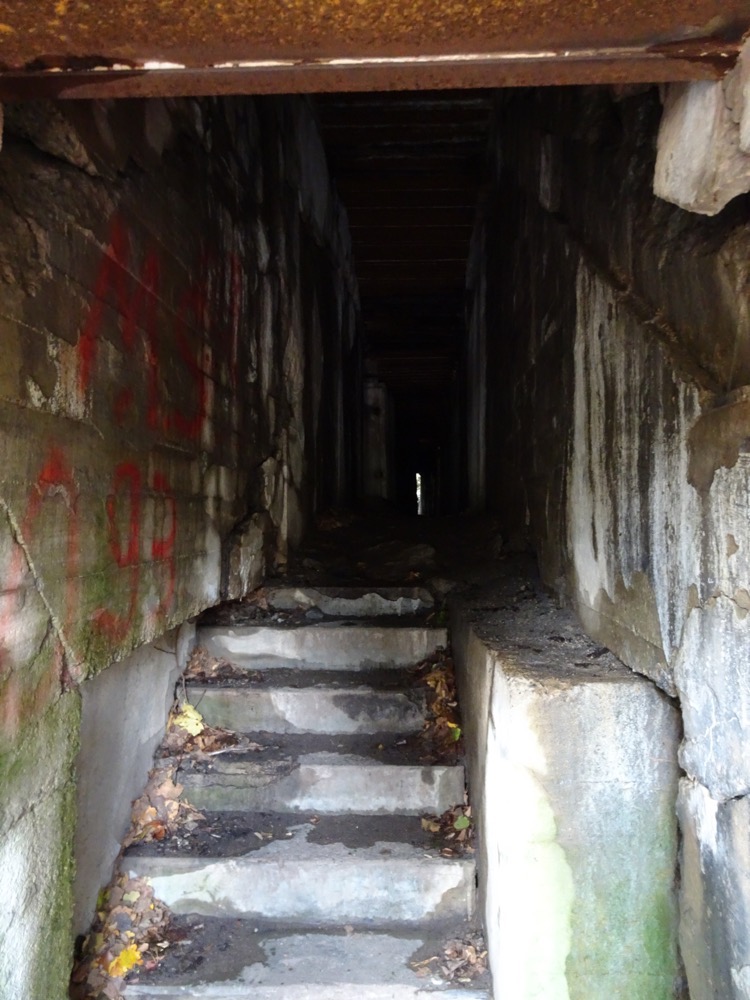
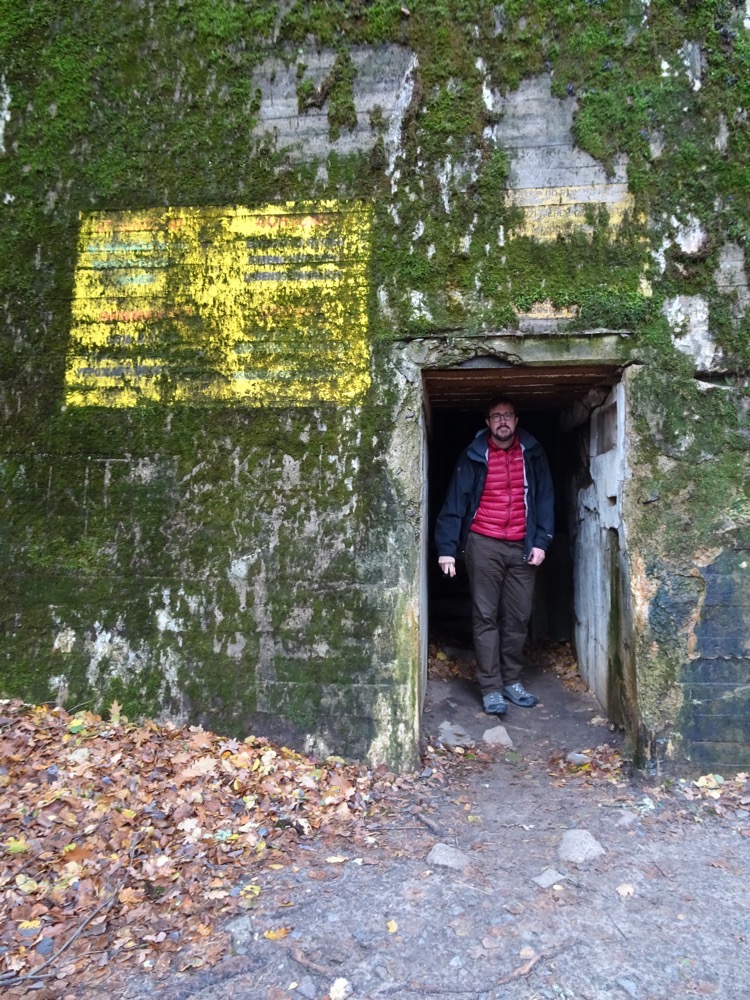
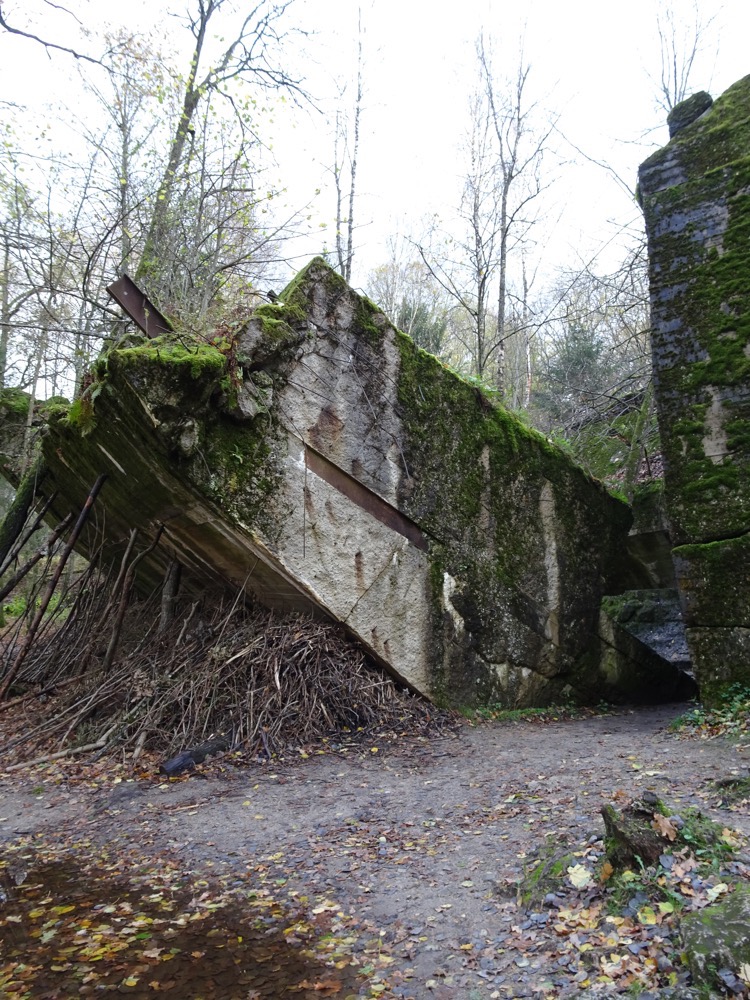 The bunkers were split wide open by explosives when the Red Army reached Eastern Prussia during the Baltic Offensive of 1944. Hitler left Wolf’s Lair for the last time on 20 November 1944 as the Soviet armies advanced. The Red Army took the site without firing a shot two days later, on the 22nd of November. Shortly after, directives were issued to destroy the complex and the demolition took place some months later in January 1945. Literally tonnes of explosives were used. Each bunker requiring approximately 8,000 kg of TNT to blast through the reinforced concrete. Given that most of these buildings have large portions still intact, even that amount of explosive was only enough to partially destroy these enormous reinforced bunkers.
The bunkers were split wide open by explosives when the Red Army reached Eastern Prussia during the Baltic Offensive of 1944. Hitler left Wolf’s Lair for the last time on 20 November 1944 as the Soviet armies advanced. The Red Army took the site without firing a shot two days later, on the 22nd of November. Shortly after, directives were issued to destroy the complex and the demolition took place some months later in January 1945. Literally tonnes of explosives were used. Each bunker requiring approximately 8,000 kg of TNT to blast through the reinforced concrete. Given that most of these buildings have large portions still intact, even that amount of explosive was only enough to partially destroy these enormous reinforced bunkers.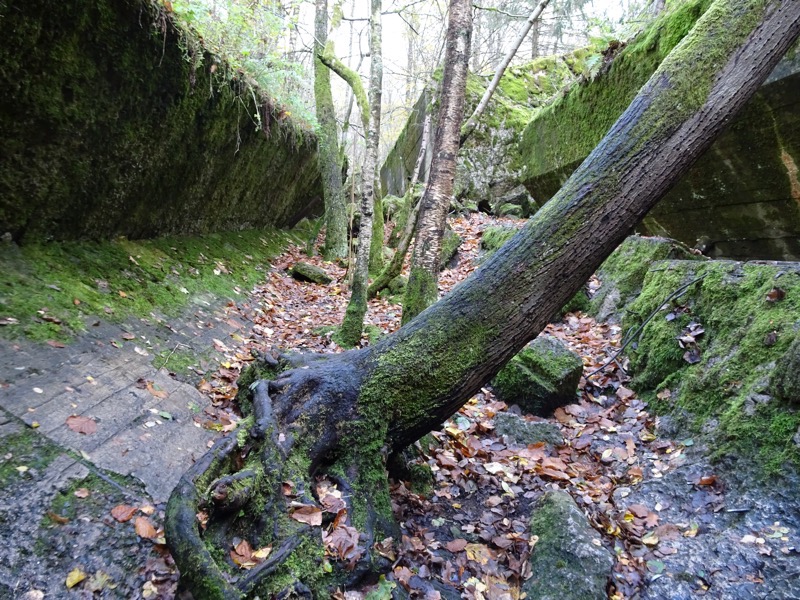
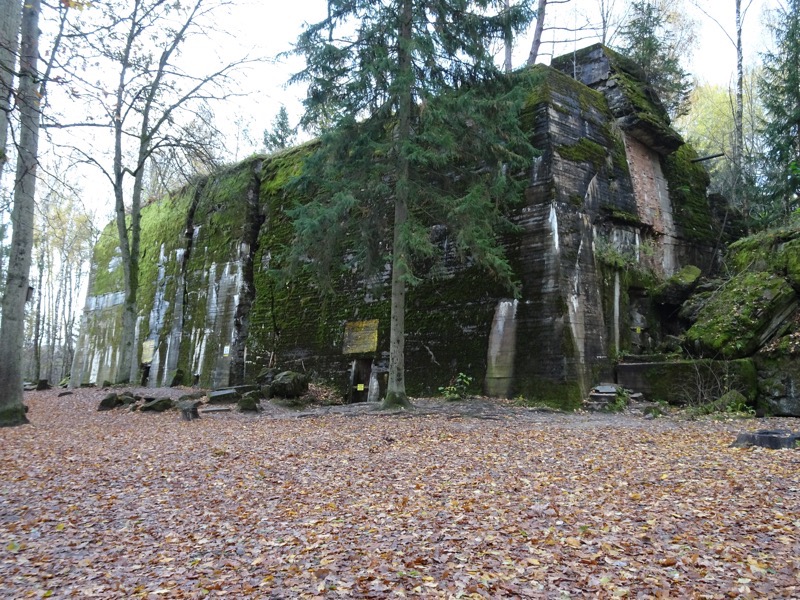
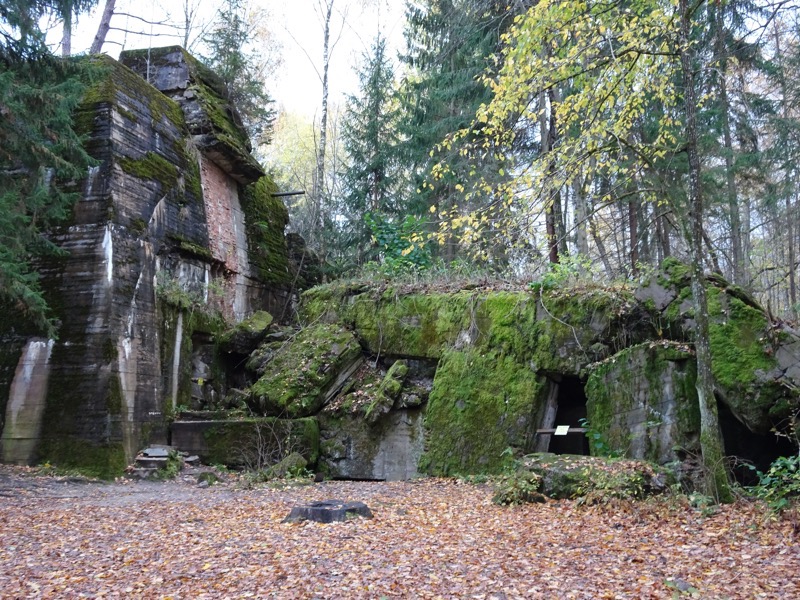
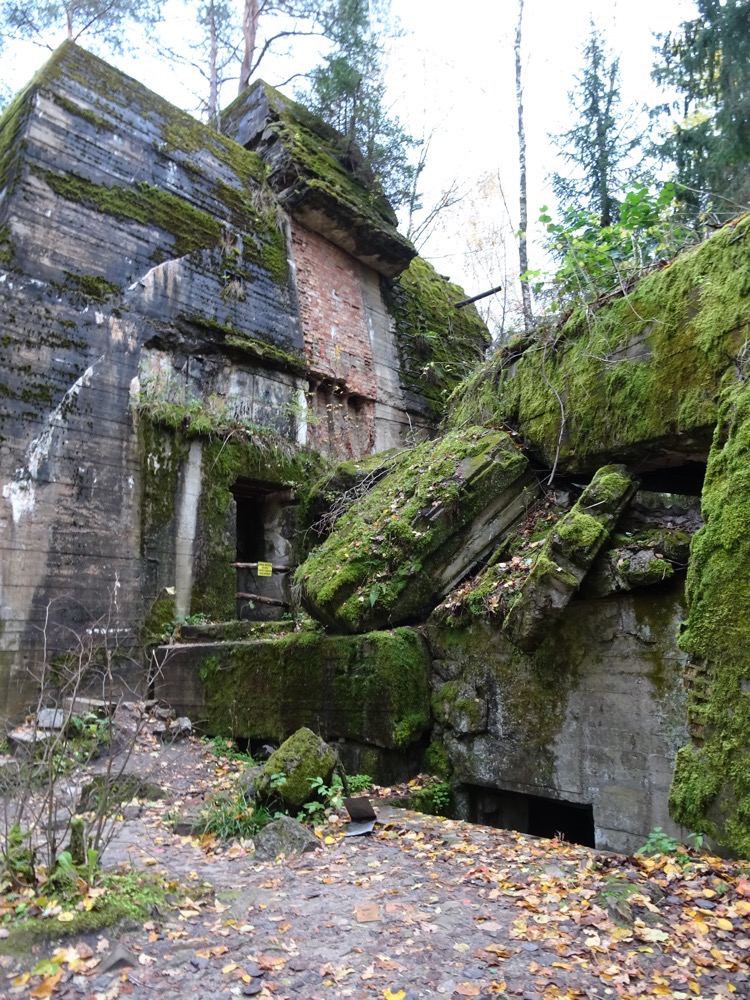
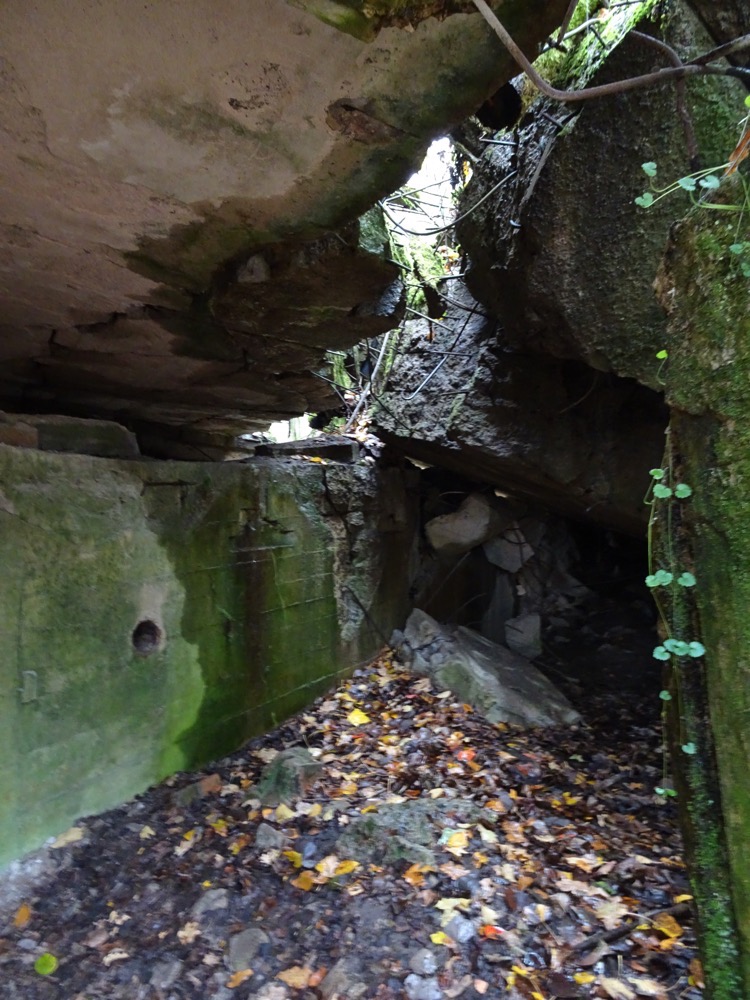
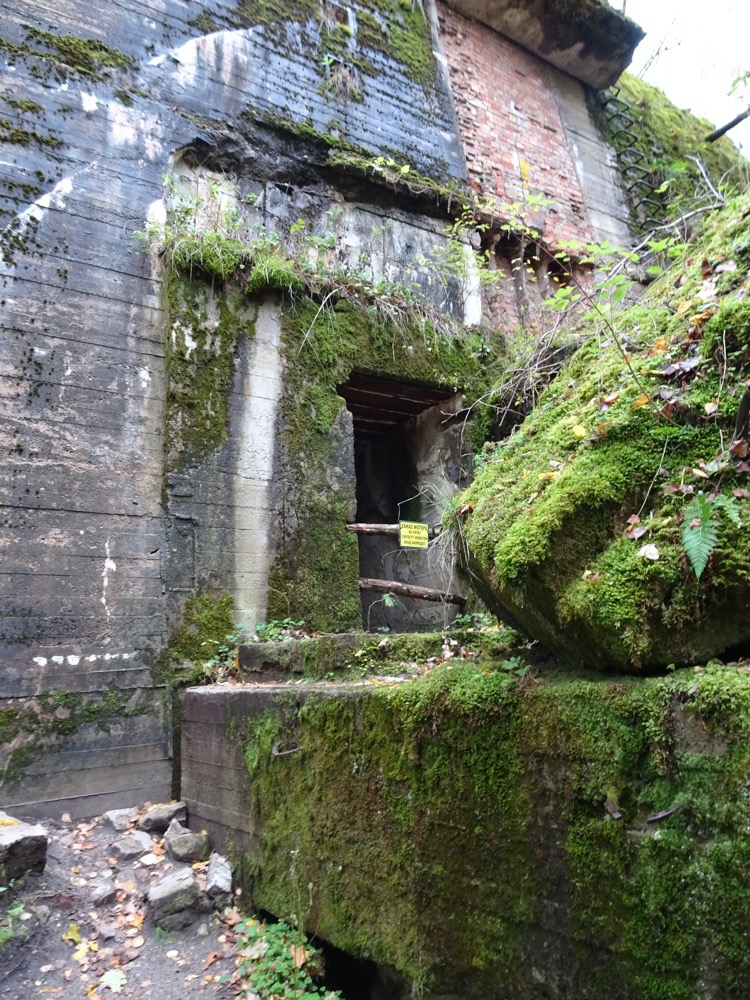
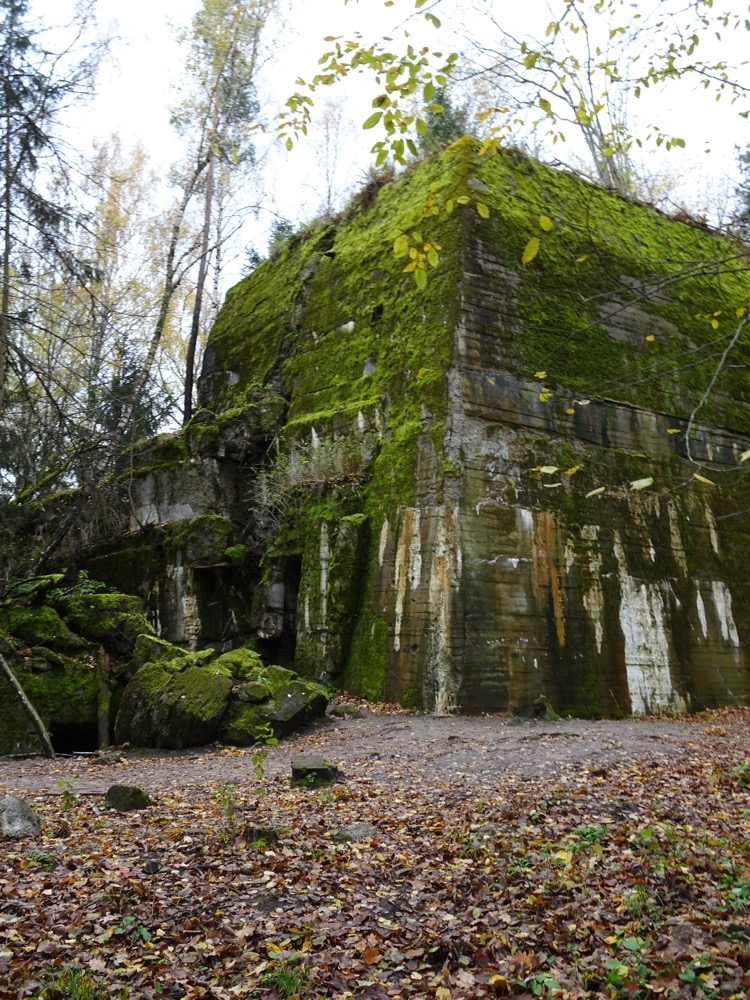
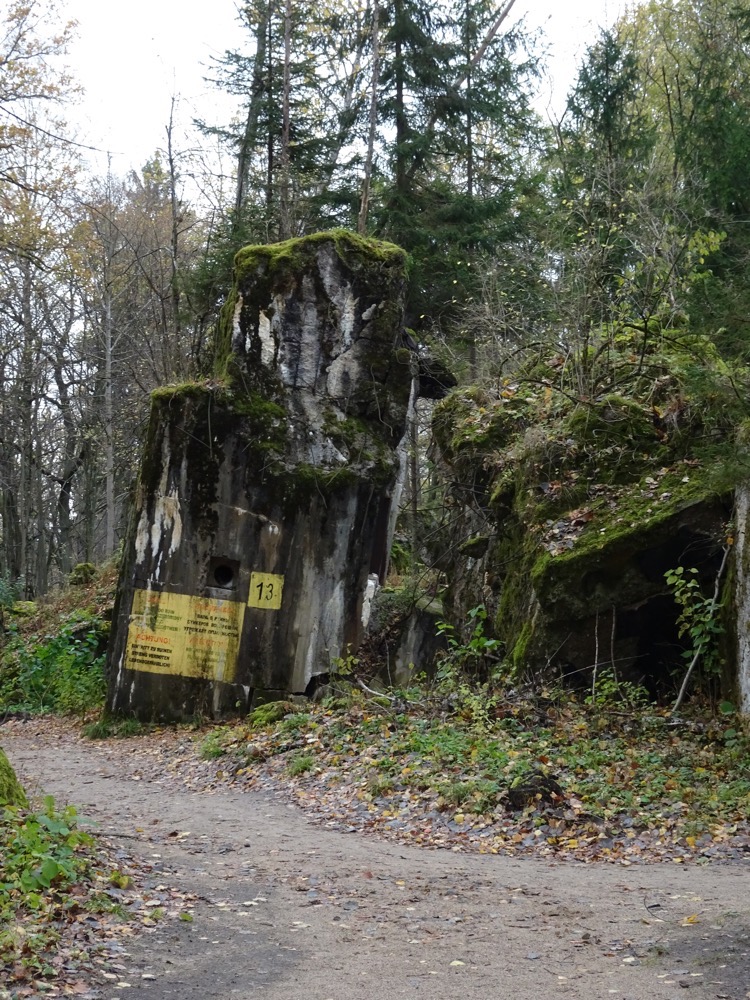 Looking inside what was Bunker 13 from the rear.
Looking inside what was Bunker 13 from the rear.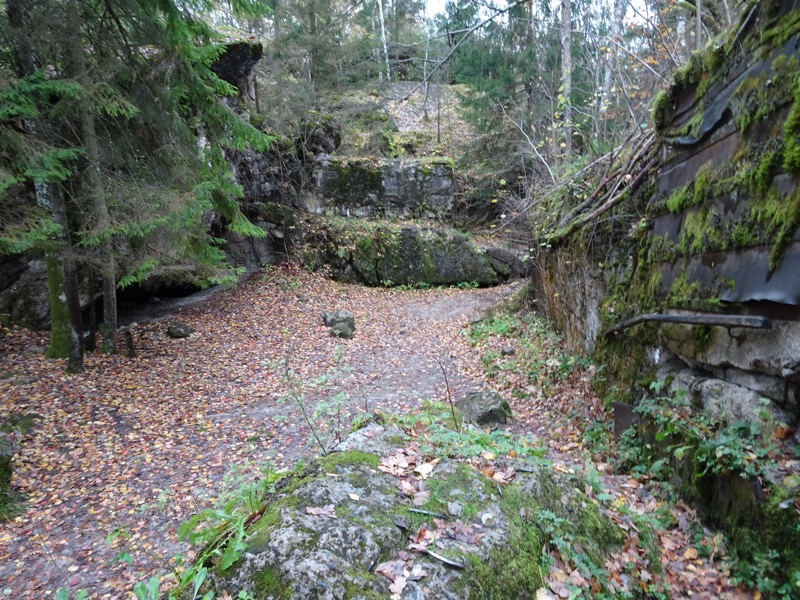
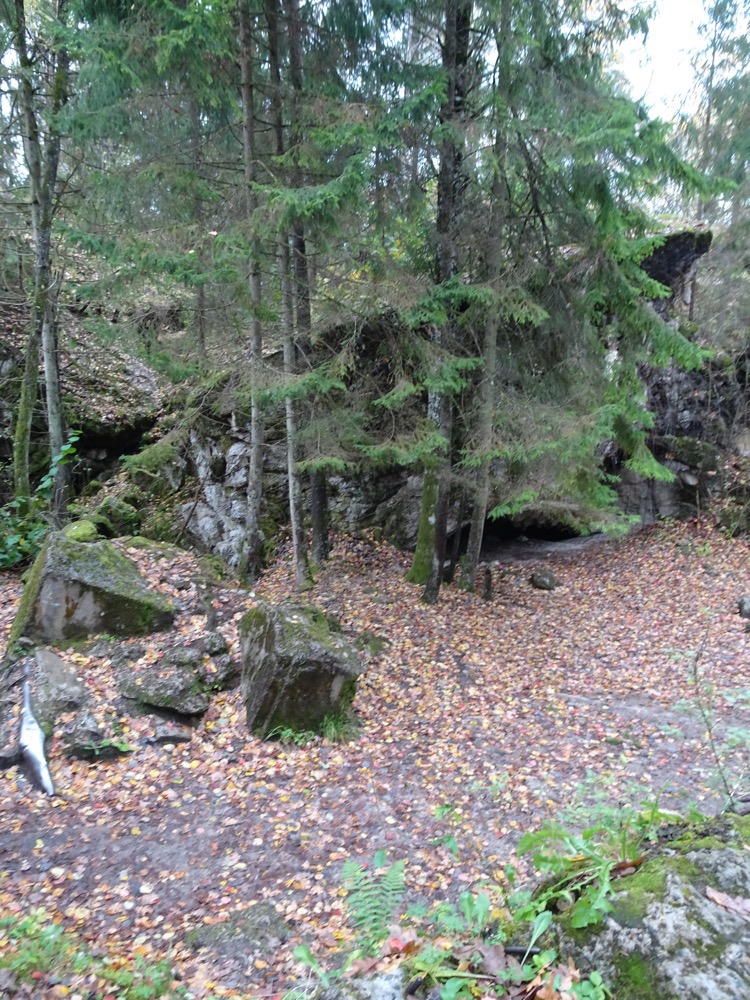
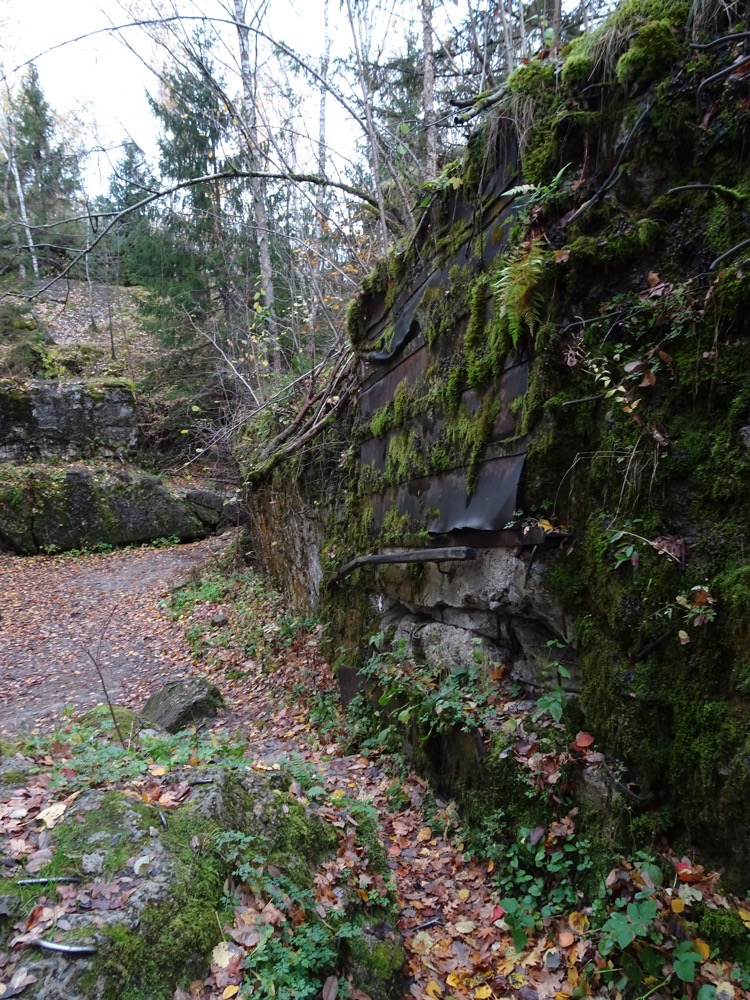
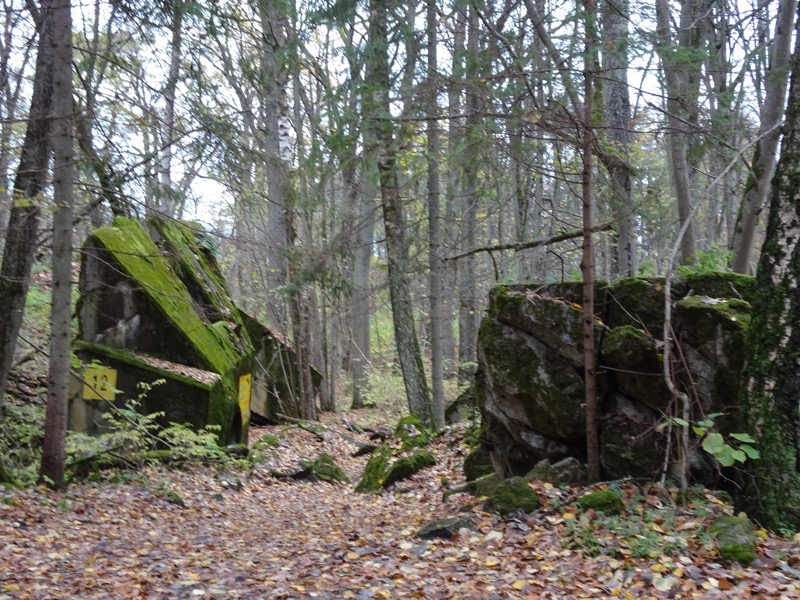
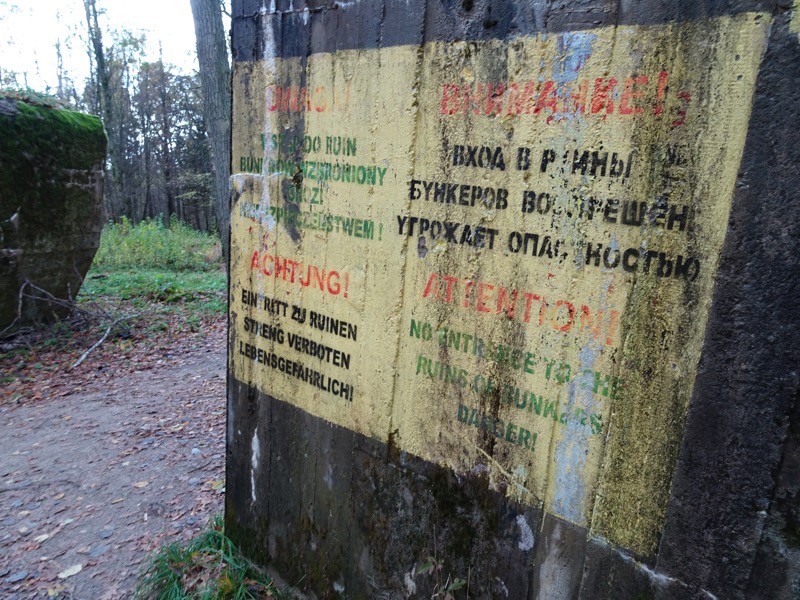 Bunker 20 – Martin Bormann’s personal air raid shelter for him and his staff. Bormann was Hitler’s personal secretary.
Bunker 20 – Martin Bormann’s personal air raid shelter for him and his staff. Bormann was Hitler’s personal secretary.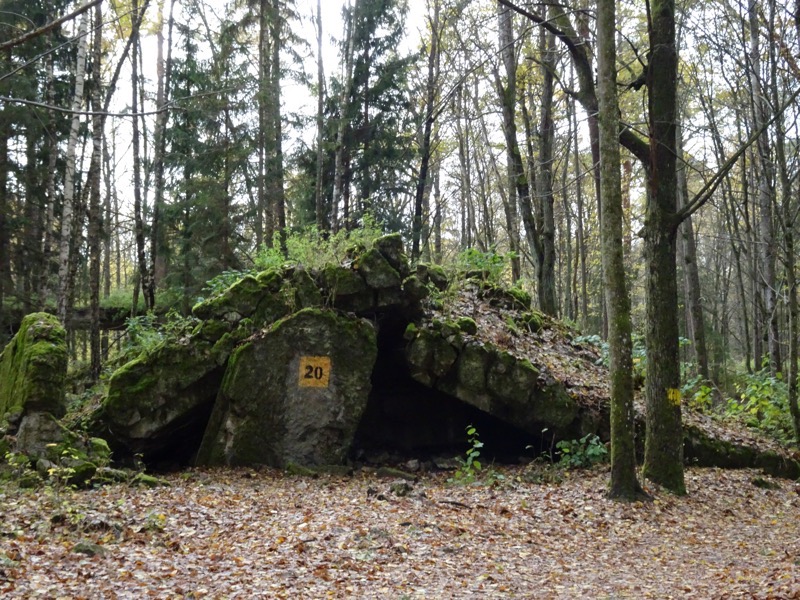 Bunker 16 was a building to house generators to provide power for the complex.
Bunker 16 was a building to house generators to provide power for the complex.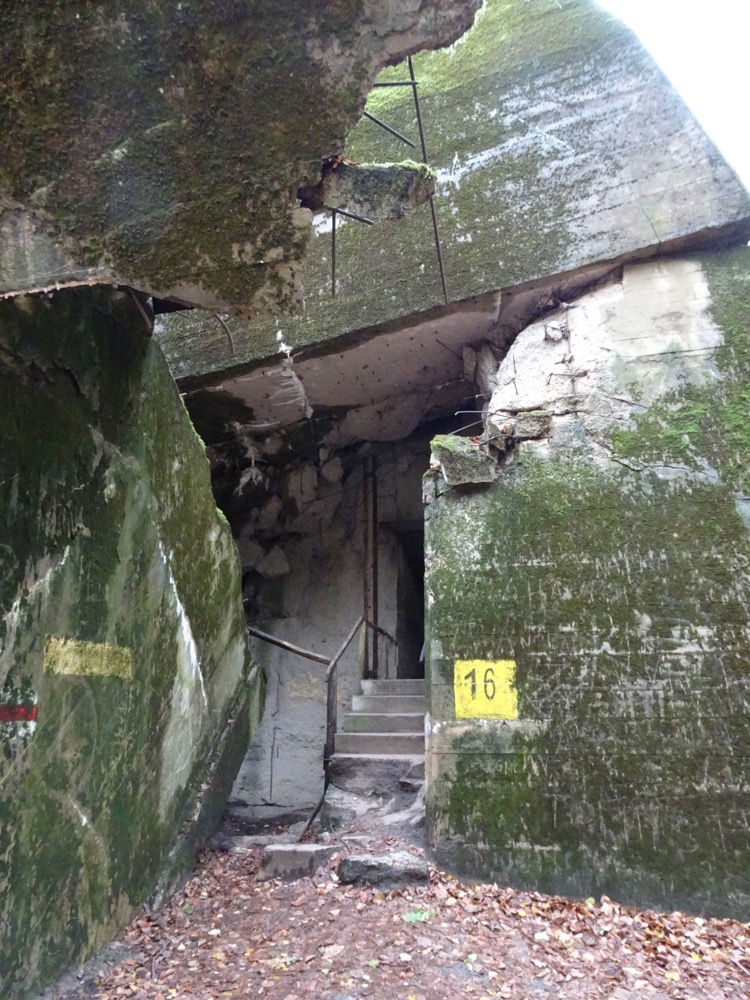
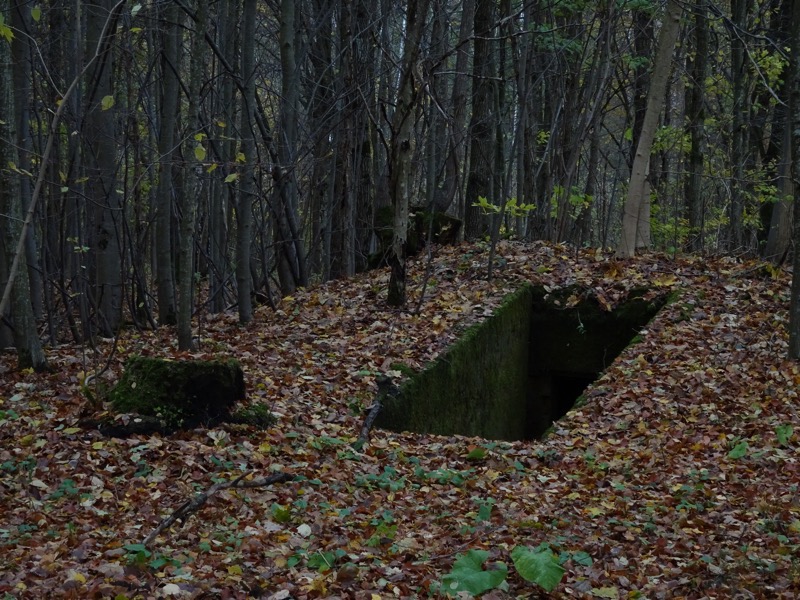 Hermann Goering’s Bunker:
Hermann Goering’s Bunker: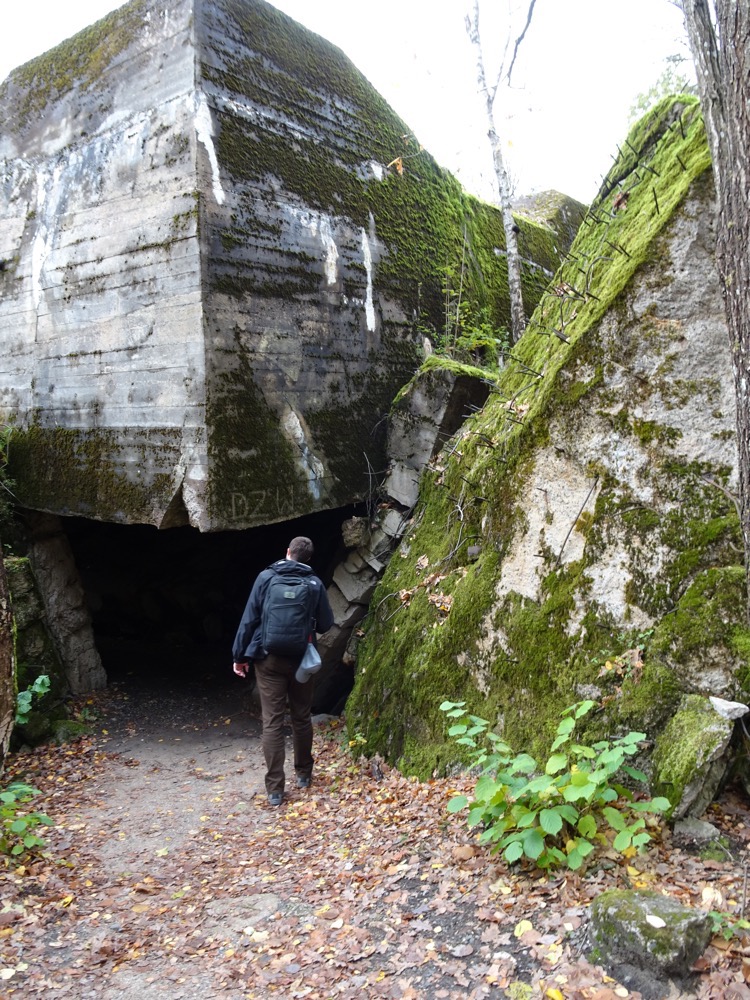 Walking under the ruins of Goering’s destroyed Bunker. It is cold, damp, and there is lots of thick rebar sticking out at all angles. Over our heads is a massive – just indescribably, massive and heavy – concrete slab over two metres thick. There are ‘no entrance’ signs everywhere but plenty of evidence that visitors have been walking through these spaces frequently.
Walking under the ruins of Goering’s destroyed Bunker. It is cold, damp, and there is lots of thick rebar sticking out at all angles. Over our heads is a massive – just indescribably, massive and heavy – concrete slab over two metres thick. There are ‘no entrance’ signs everywhere but plenty of evidence that visitors have been walking through these spaces frequently.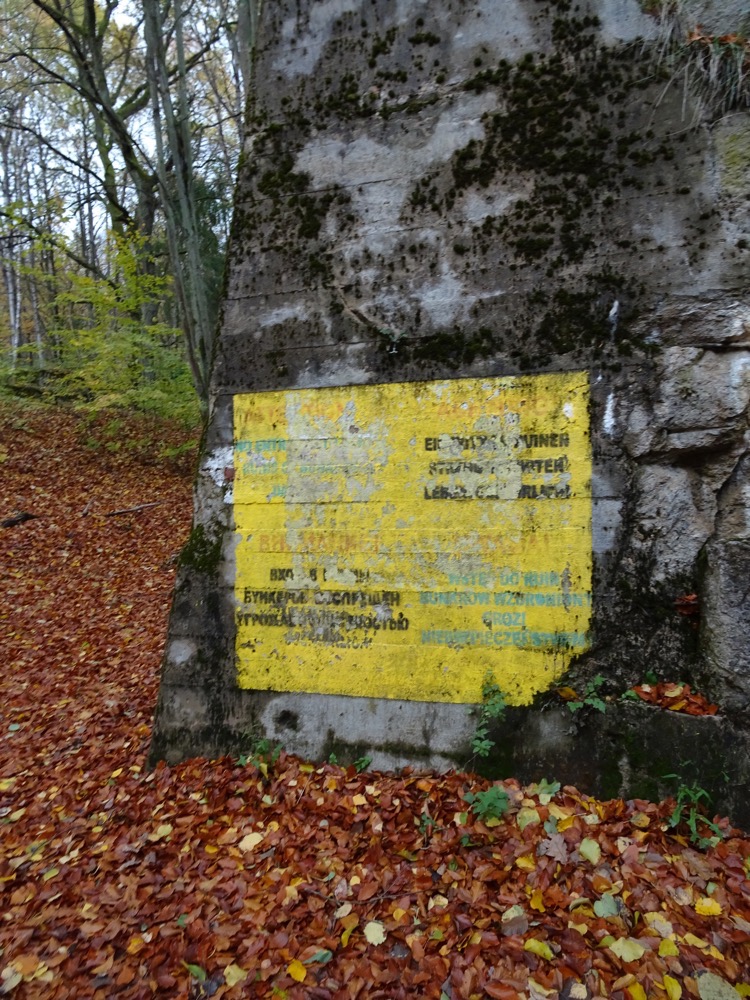 The concrete walls were indeed well thicker than 2-5m… yale for scale.
The concrete walls were indeed well thicker than 2-5m… yale for scale.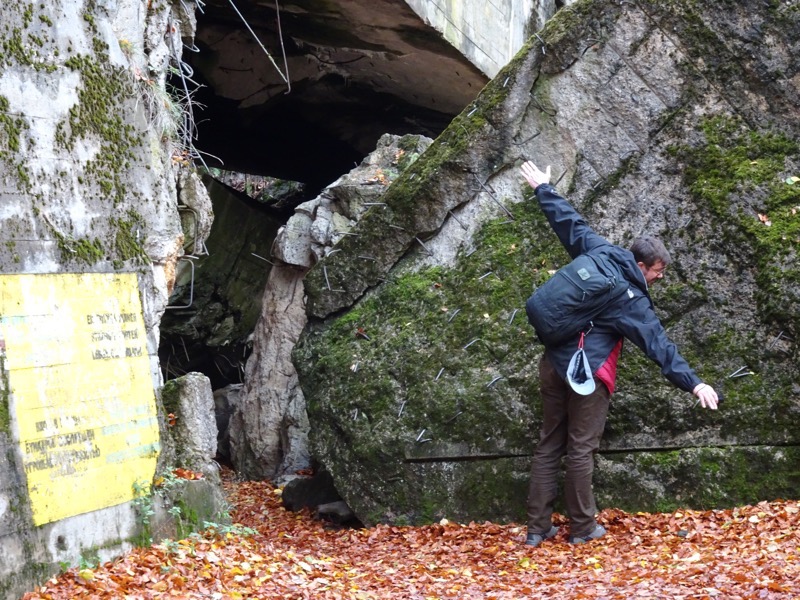 I had read that this place is not so great to visit in the summer – partly because of the crowds (though it apparently only sees 200,000 visitors a year, which is not that many compared to say, the five million plus visitors that see the Sistine Chapel each year), but also because of the foliage. In summer all the trees are still covered in their leaves, which obscure the size and shapes of the enormous bunkers. This was quite deliberate, Hitler was paranoid about the likelihood of an air bombing raid so the thick tree cover in the middle of the forest was designed to camouflage the entire complex. No major air offensive ever occurred here and it could be because the Western Allies were unaware of the Wolf’s Lair location entirely or were just unaware of its strategic importance – they have never disclosed whether they knew about it or not. The Soviet Red Army was certainly unaware of the complex’s location and scale when they discovered it during their advance towards Germany in late 1944. So anyway, from the leaf litter which is well over 20cm deep everywhere, I can imagine that in summer you would find it hard to make out the size, scale and even proximity of these buildings to each other, in the summertime.
I had read that this place is not so great to visit in the summer – partly because of the crowds (though it apparently only sees 200,000 visitors a year, which is not that many compared to say, the five million plus visitors that see the Sistine Chapel each year), but also because of the foliage. In summer all the trees are still covered in their leaves, which obscure the size and shapes of the enormous bunkers. This was quite deliberate, Hitler was paranoid about the likelihood of an air bombing raid so the thick tree cover in the middle of the forest was designed to camouflage the entire complex. No major air offensive ever occurred here and it could be because the Western Allies were unaware of the Wolf’s Lair location entirely or were just unaware of its strategic importance – they have never disclosed whether they knew about it or not. The Soviet Red Army was certainly unaware of the complex’s location and scale when they discovered it during their advance towards Germany in late 1944. So anyway, from the leaf litter which is well over 20cm deep everywhere, I can imagine that in summer you would find it hard to make out the size, scale and even proximity of these buildings to each other, in the summertime.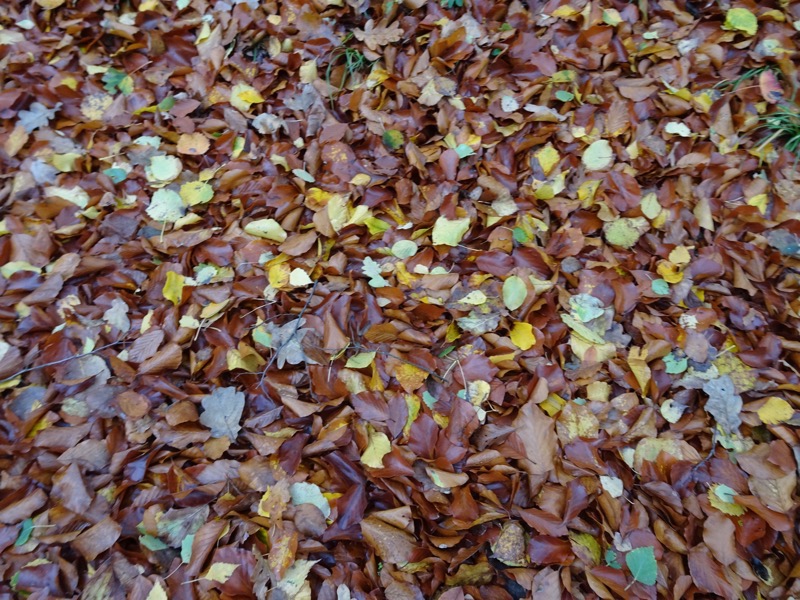 Hermann Goering’s House
Hermann Goering’s House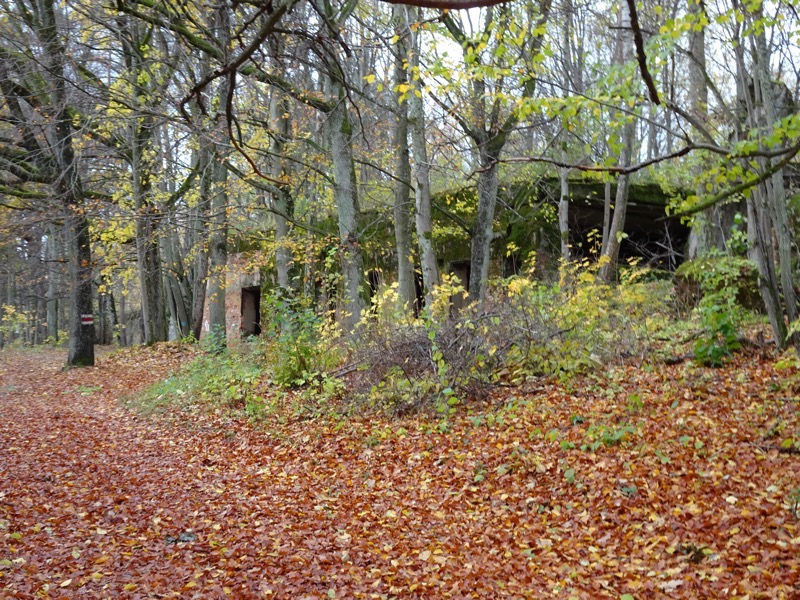
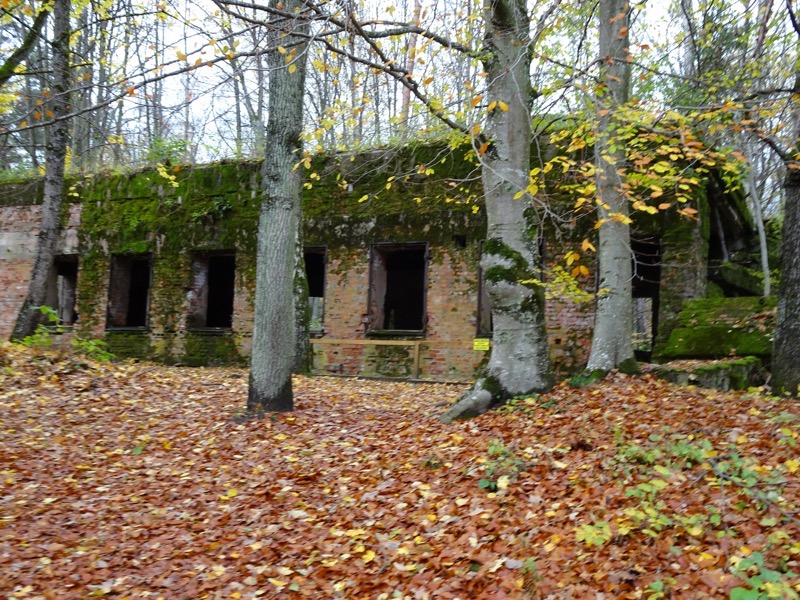
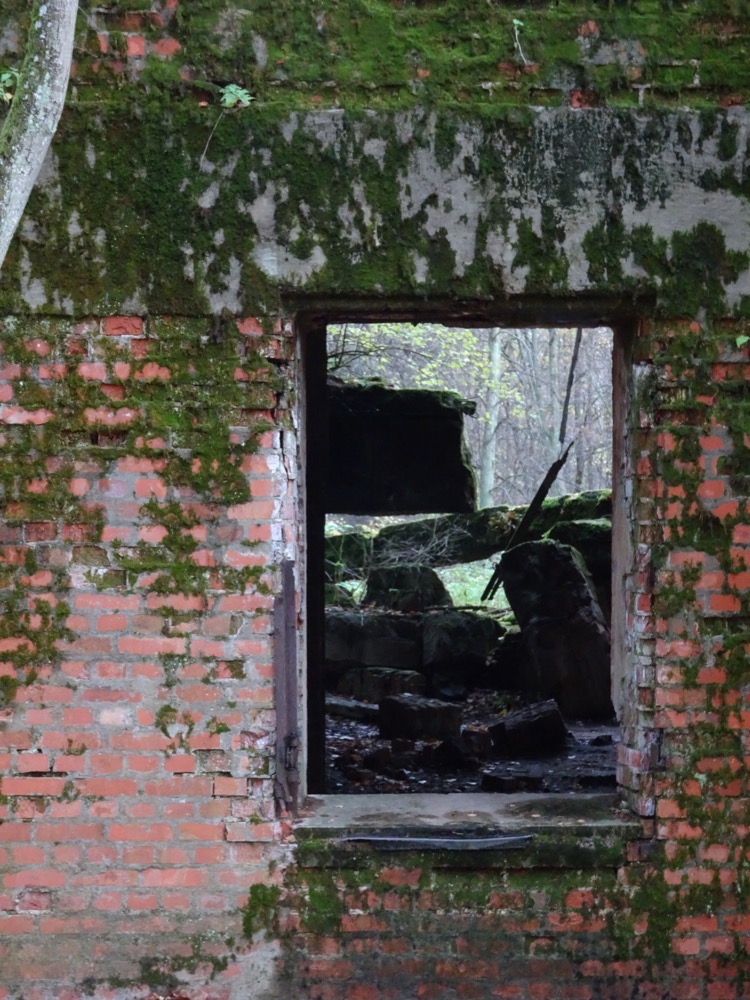
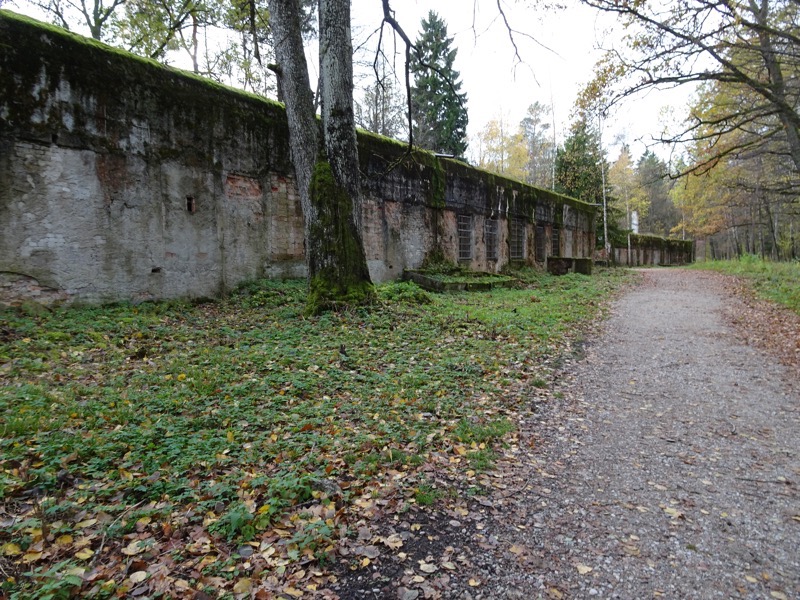
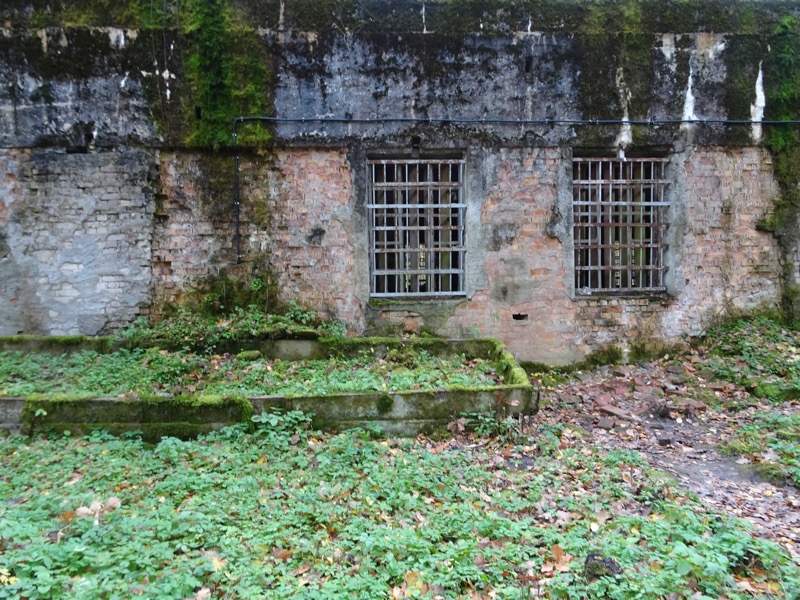 Ventilation shaft.
Ventilation shaft.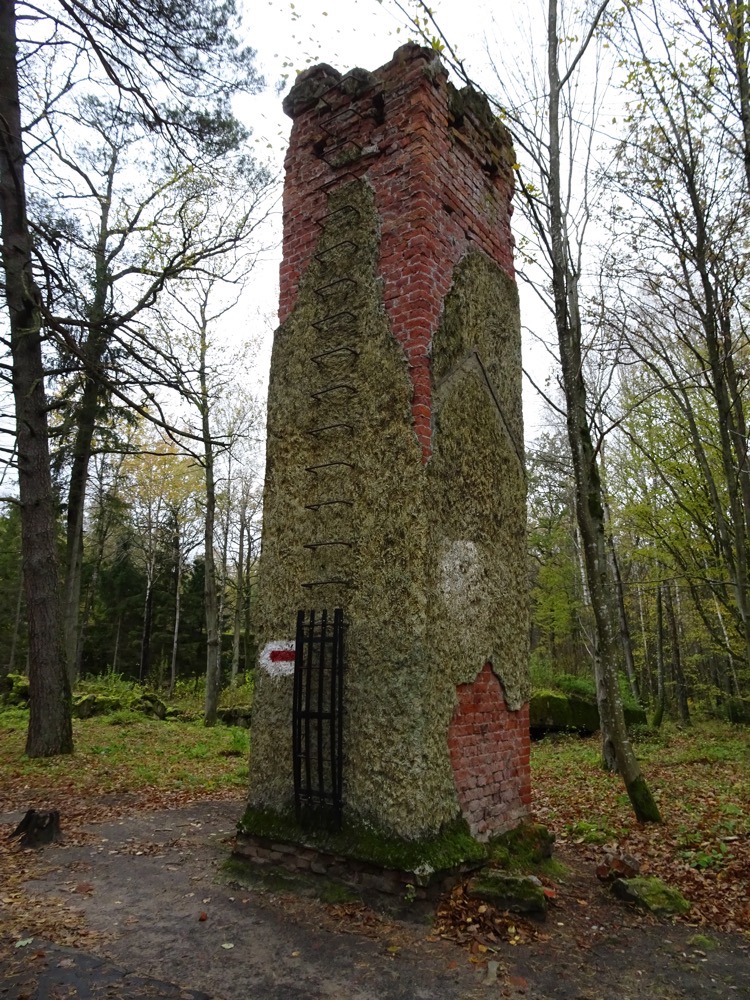
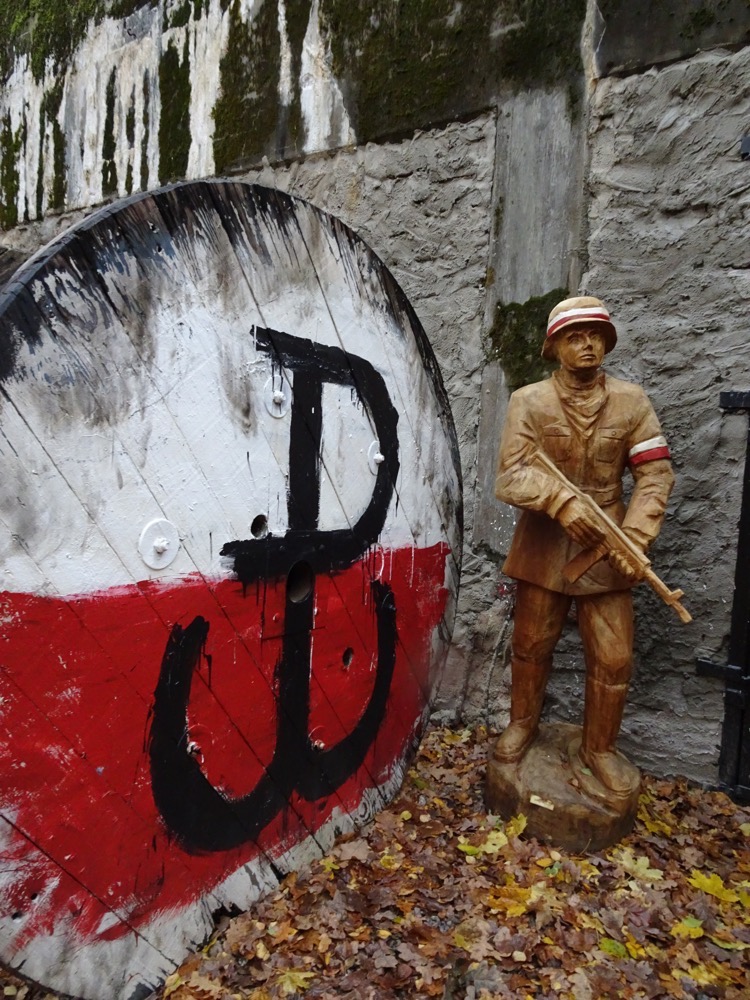 Recreated checkpoint – there were only three entrances to the complex, and each one had a checkpoint at security zone.
Recreated checkpoint – there were only three entrances to the complex, and each one had a checkpoint at security zone.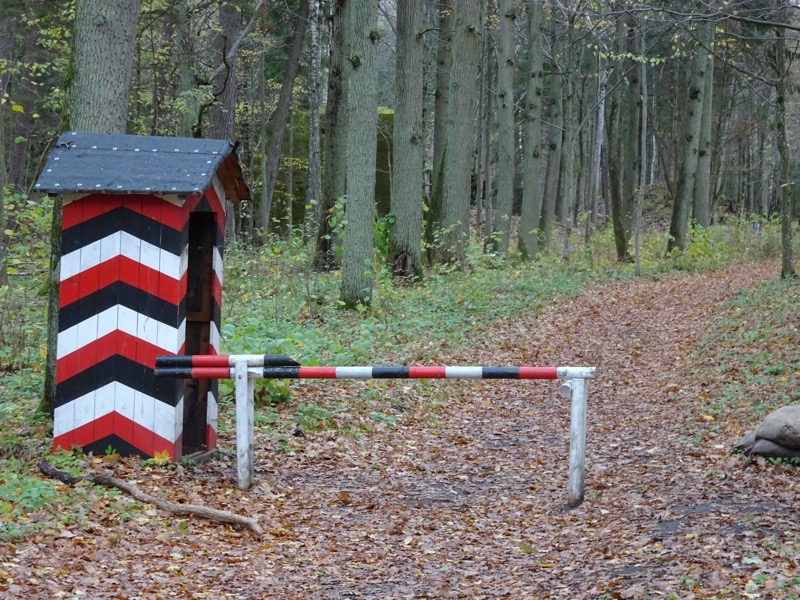 As we drove away from the Wolf’s Lair and my speed landscape photography attempted and failed to capture the forest, I couldn’t help but think that this area was once full of 54,000 landmines. Blurred and chaotic seems to work in this instance.
As we drove away from the Wolf’s Lair and my speed landscape photography attempted and failed to capture the forest, I couldn’t help but think that this area was once full of 54,000 landmines. Blurred and chaotic seems to work in this instance.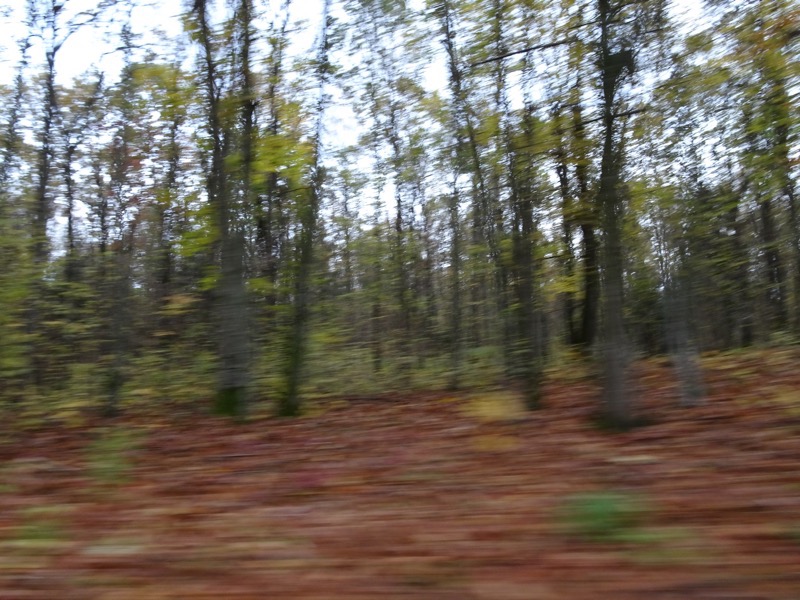 The roads became noticeable worse as we were heading through tiny little villages making out way back to the major highways on our way to Gdansk. We were hurtling along doing an average of 90kmph on some of the shittiest single lane back roads ever – I was literally holding my boobs some of the way, because I didn’t know I was going to need a sports bra to go for a drive in the countryside! Mind you, the crap conditions of the road doesn’t slow the locals down one bit – they were overtaking us at alarming breakneck speeds.
The roads became noticeable worse as we were heading through tiny little villages making out way back to the major highways on our way to Gdansk. We were hurtling along doing an average of 90kmph on some of the shittiest single lane back roads ever – I was literally holding my boobs some of the way, because I didn’t know I was going to need a sports bra to go for a drive in the countryside! Mind you, the crap conditions of the road doesn’t slow the locals down one bit – they were overtaking us at alarming breakneck speeds.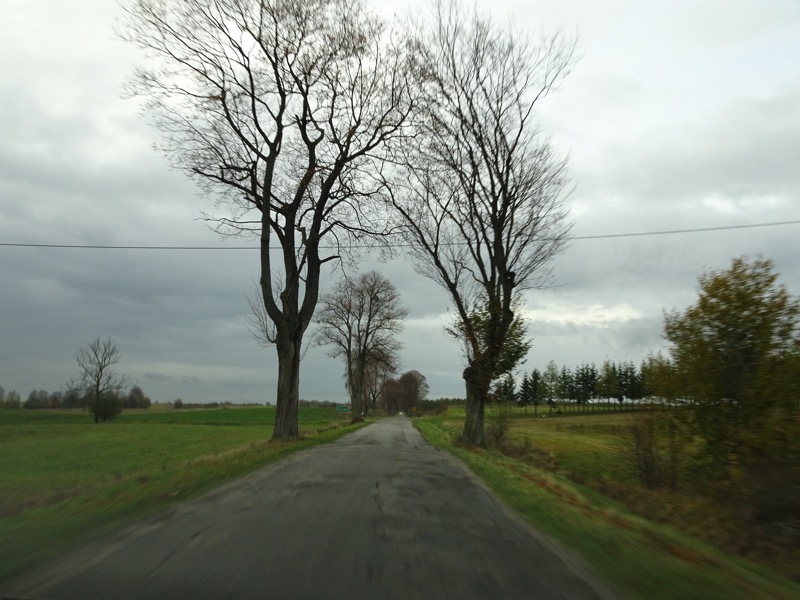 Honestly – we were doing just over 90kmph when this video was taken…
Honestly – we were doing just over 90kmph when this video was taken…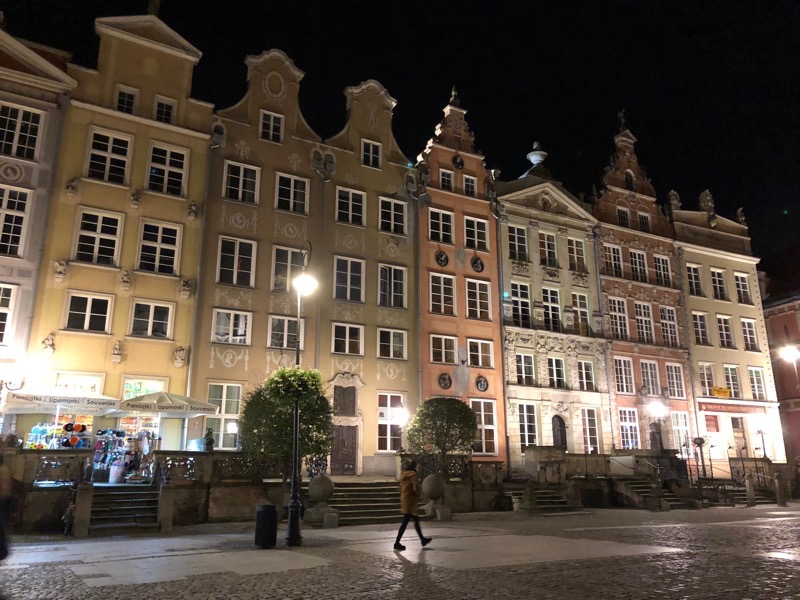 We checked in (nice hotel, actually) and then went straight back out again to find some dinner, as lunch was a dodgy service station hotdog many hours and several hundred kilometres ago. We wandered the Long Market and ended up at a restaurant called the ‘Latający Holender’ where we were met with some of the best food, but worst customer service in Poland… which is saying something really because between here, Krakow, and Warsaw, I don’t think we have met any hospitality or retail staff who were in any way welcoming, hospitable or even a little bit friendly. It’s kinda to be expected I guess – end of the tourist season, god knows I’d be over the bloody tourists too… but take heed waitpeople – winter is coming, and then we will see who is missing the tourists, their foreign currencies and their tipping habits!
We checked in (nice hotel, actually) and then went straight back out again to find some dinner, as lunch was a dodgy service station hotdog many hours and several hundred kilometres ago. We wandered the Long Market and ended up at a restaurant called the ‘Latający Holender’ where we were met with some of the best food, but worst customer service in Poland… which is saying something really because between here, Krakow, and Warsaw, I don’t think we have met any hospitality or retail staff who were in any way welcoming, hospitable or even a little bit friendly. It’s kinda to be expected I guess – end of the tourist season, god knows I’d be over the bloody tourists too… but take heed waitpeople – winter is coming, and then we will see who is missing the tourists, their foreign currencies and their tipping habits! and yale ordered the Goulash soup – which was rather more watery and somewhat oilier than he had hoped. So that one was a bit hit and miss.
and yale ordered the Goulash soup – which was rather more watery and somewhat oilier than he had hoped. So that one was a bit hit and miss.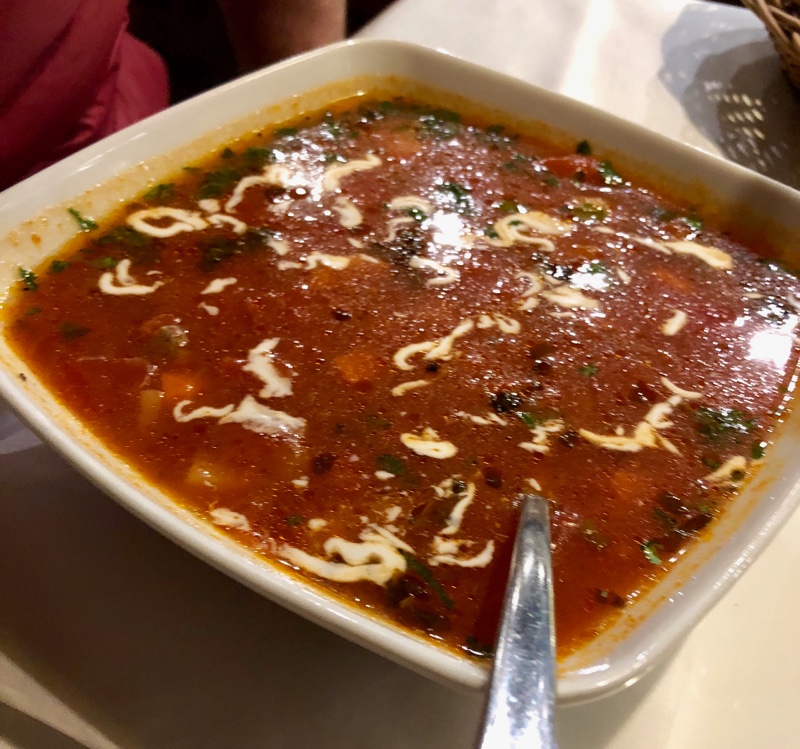 For a main, I ordered the Grilled salmon with roasted potatoes, green asparagus, butter sauce and caviar. Again, lovely though I usually prefer my salmon slightly more medium.
For a main, I ordered the Grilled salmon with roasted potatoes, green asparagus, butter sauce and caviar. Again, lovely though I usually prefer my salmon slightly more medium.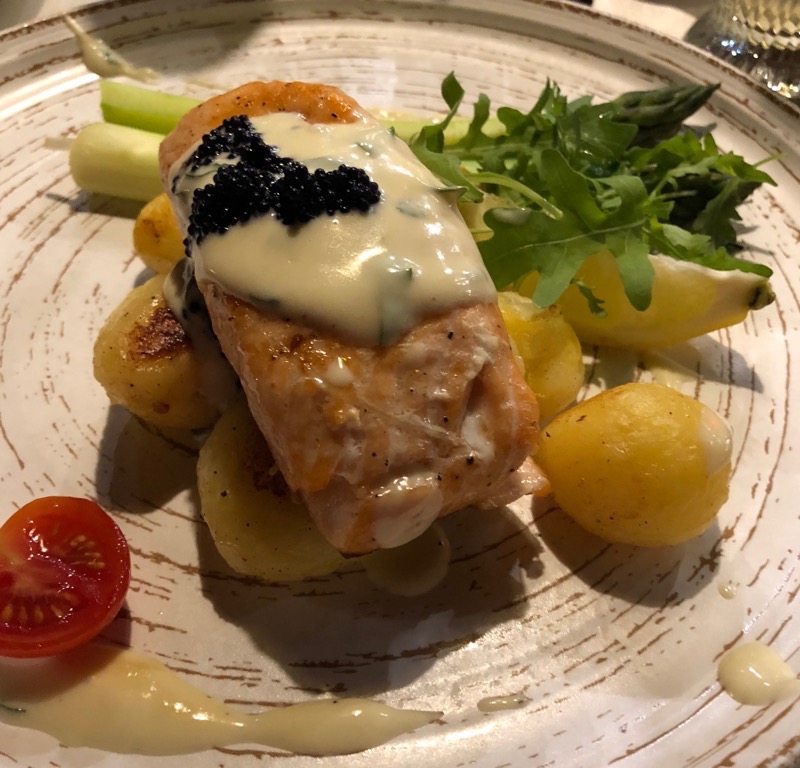 And yale seemed to commit some sort of unwritten ordering faux pas by having the audacity to order two dishes (he’s a big guy, he gets hungry), of Meat Dumplings, stuffed with beef and pork meat, smoked bacon, onion, arugula, and tomatoes. And a main dish called, Desk of Polish Sausage, comprising of a selection of Polish sausage served with bread, pickled cucumber, mustard and horseradish.
And yale seemed to commit some sort of unwritten ordering faux pas by having the audacity to order two dishes (he’s a big guy, he gets hungry), of Meat Dumplings, stuffed with beef and pork meat, smoked bacon, onion, arugula, and tomatoes. And a main dish called, Desk of Polish Sausage, comprising of a selection of Polish sausage served with bread, pickled cucumber, mustard and horseradish.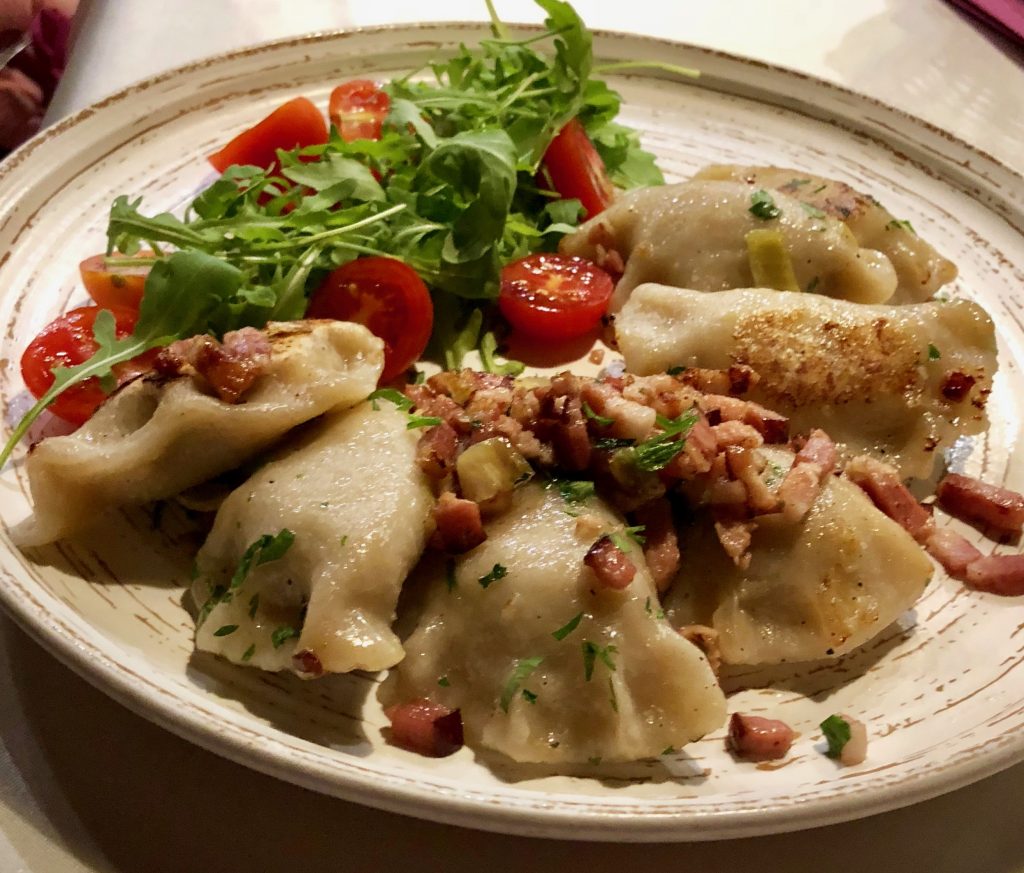 Well didn’t the little man have a ‘Two dinners? How could you? Wait, how will I serve them?’ moment over that. Like I said, weird service. Great food.
Well didn’t the little man have a ‘Two dinners? How could you? Wait, how will I serve them?’ moment over that. Like I said, weird service. Great food.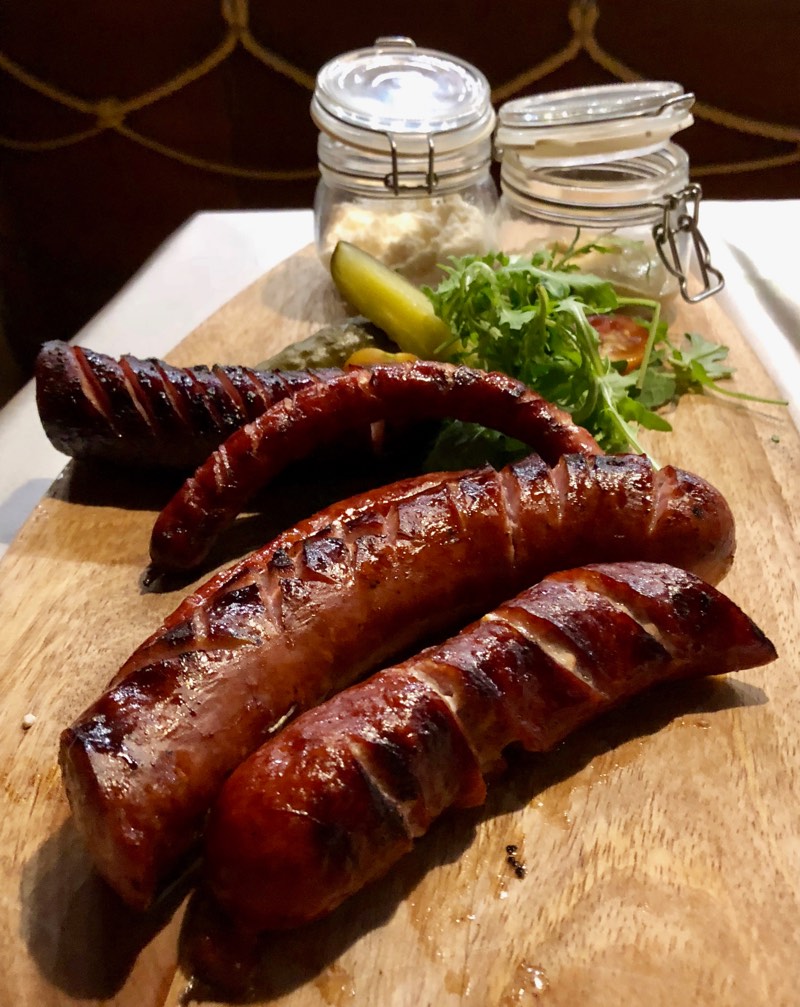 A few happy ciders later and we didn’t much care either way for the server’s attitude anyway. Dinner was nice, but I wouldn’t recommend it unless you like being treated like an inconvenience by the staff.
A few happy ciders later and we didn’t much care either way for the server’s attitude anyway. Dinner was nice, but I wouldn’t recommend it unless you like being treated like an inconvenience by the staff. 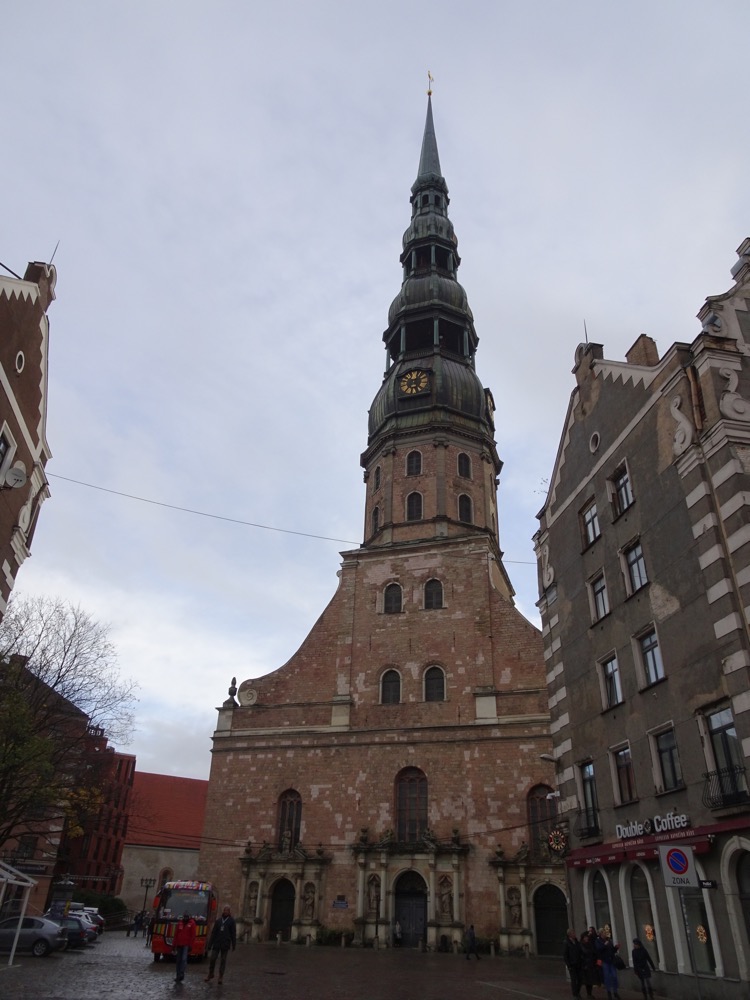
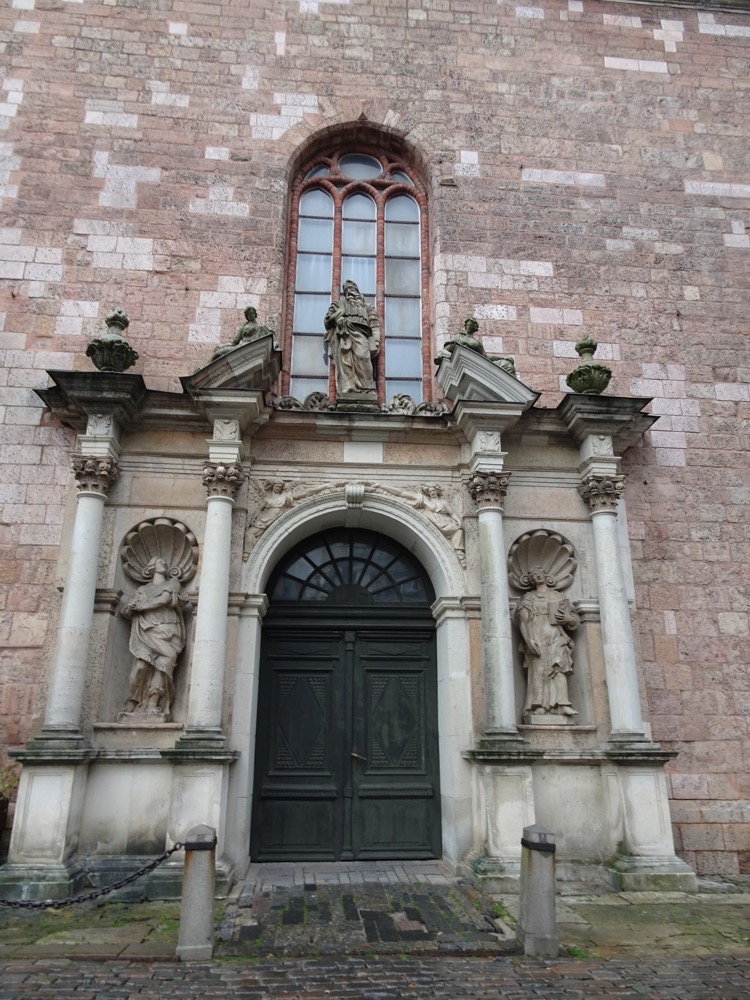
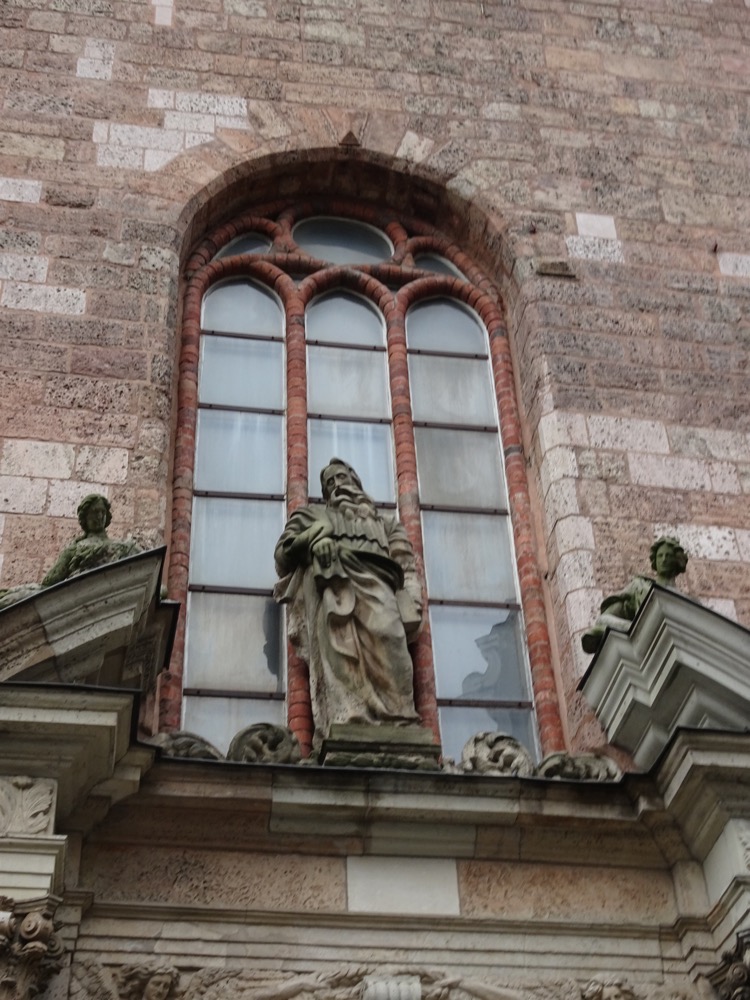
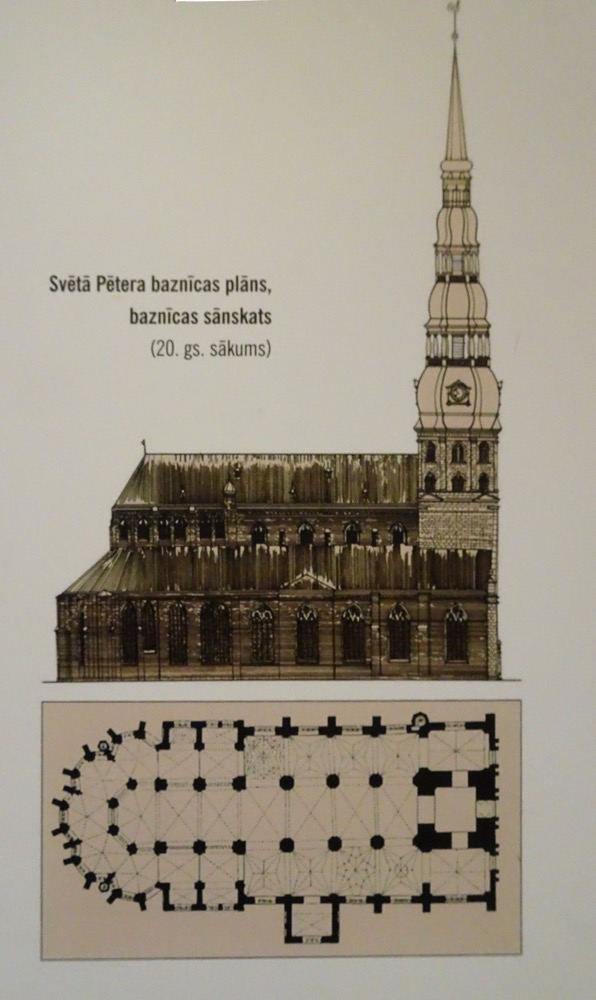
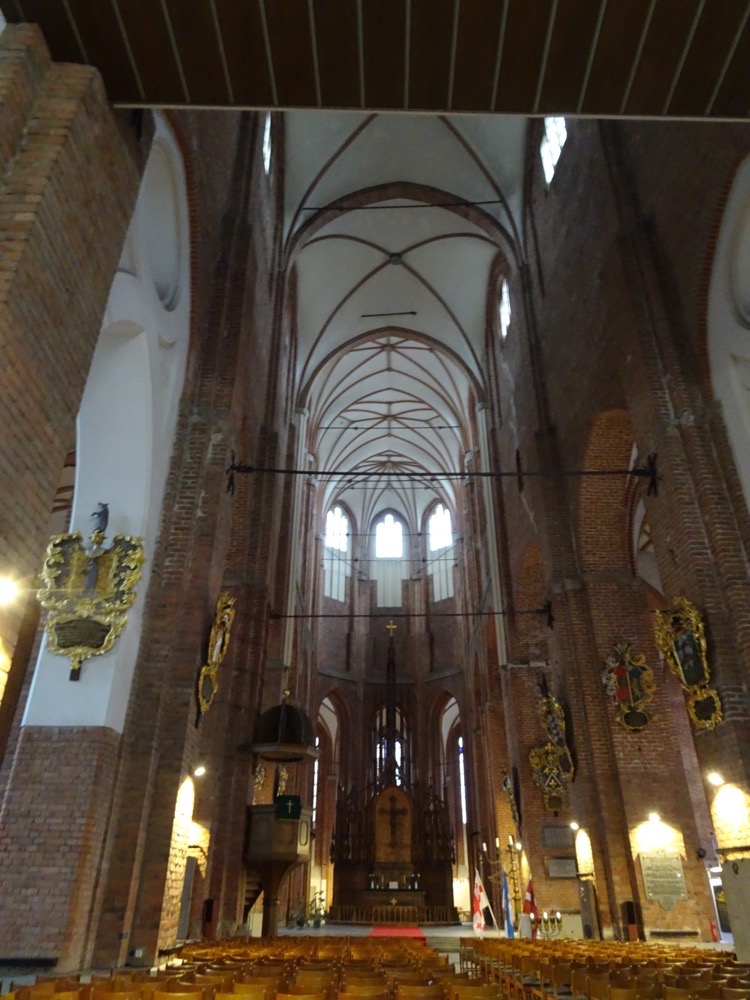
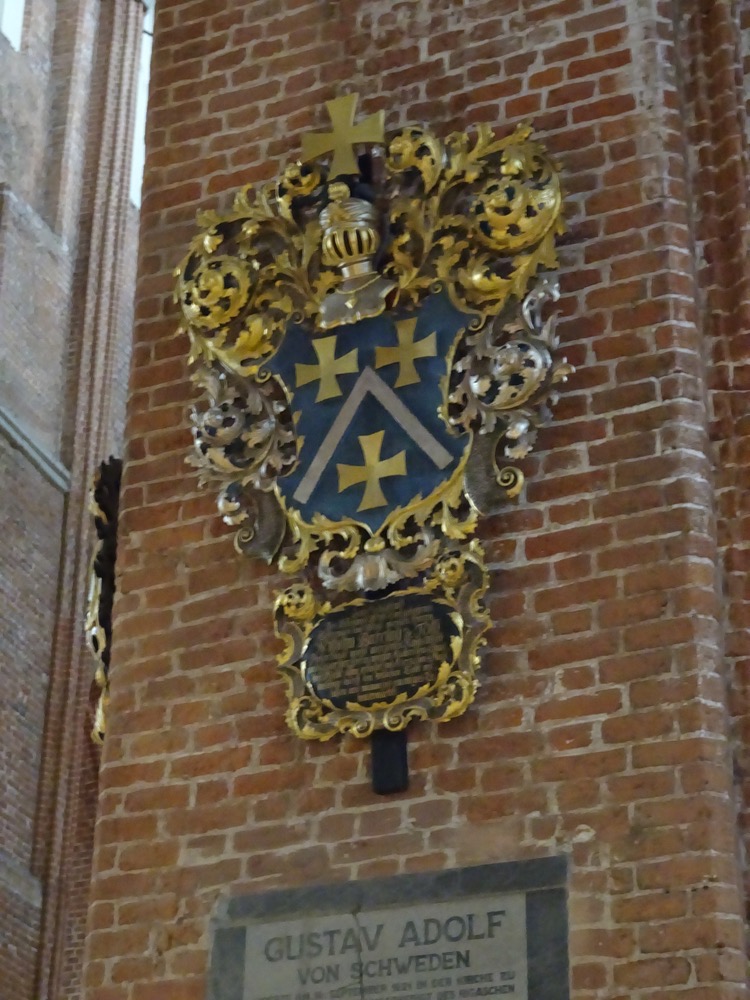
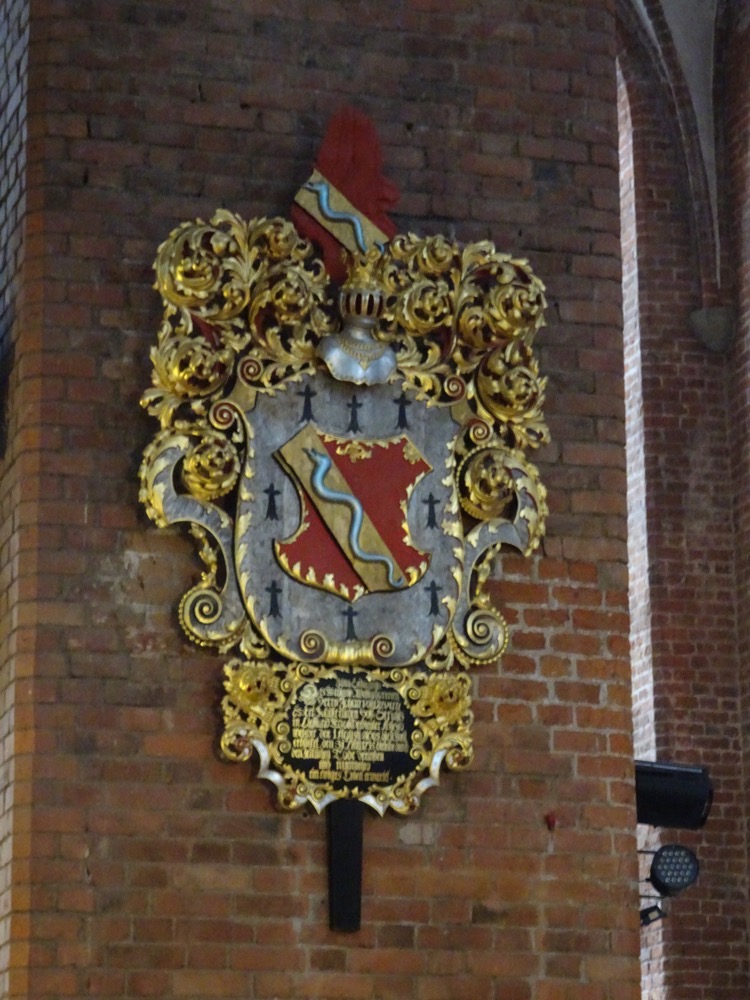
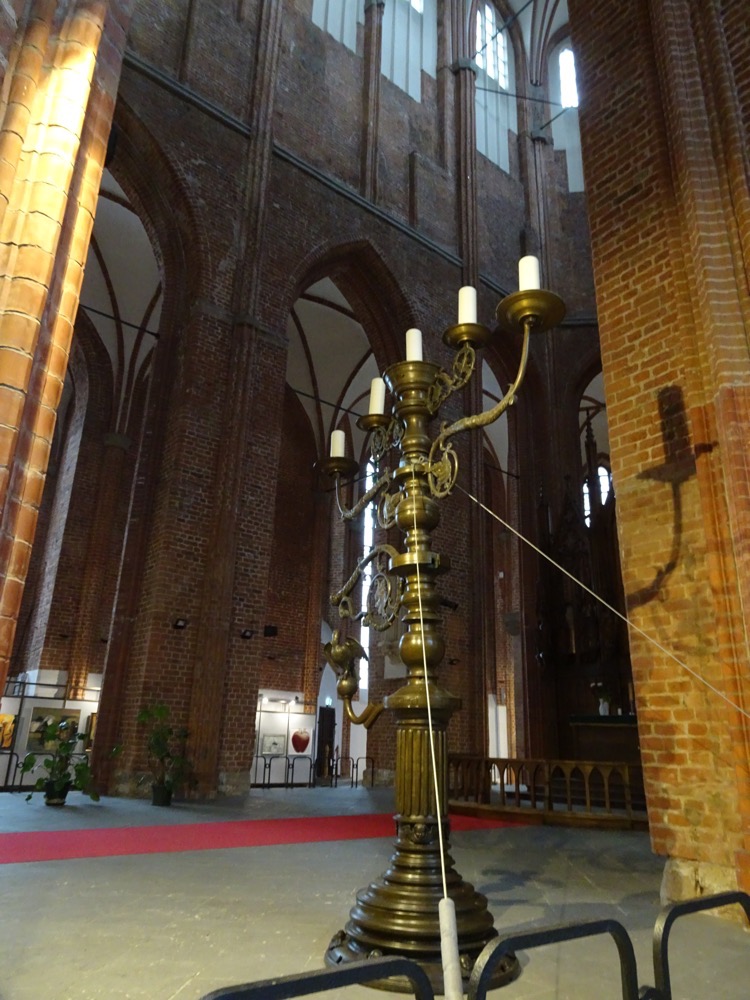 During World War II, the church lost this rather imposing bronze candelabrum that dates from 1596. It was taken by the Germans to the town of Włocławek during the actions to annexed Polish territories. It is seriously huge – 3.1m high, 3.8m wide and was bought by the Riga City Council from a local metal founder. After the war, it stayed on display at the Basilica Cathedral of the St. Mary of Assumption in Włocławek – Riga literally only got it back in 2012 as a result of a recent repatriation agreement relating to stolen cultural properties.
During World War II, the church lost this rather imposing bronze candelabrum that dates from 1596. It was taken by the Germans to the town of Włocławek during the actions to annexed Polish territories. It is seriously huge – 3.1m high, 3.8m wide and was bought by the Riga City Council from a local metal founder. After the war, it stayed on display at the Basilica Cathedral of the St. Mary of Assumption in Włocławek – Riga literally only got it back in 2012 as a result of a recent repatriation agreement relating to stolen cultural properties. 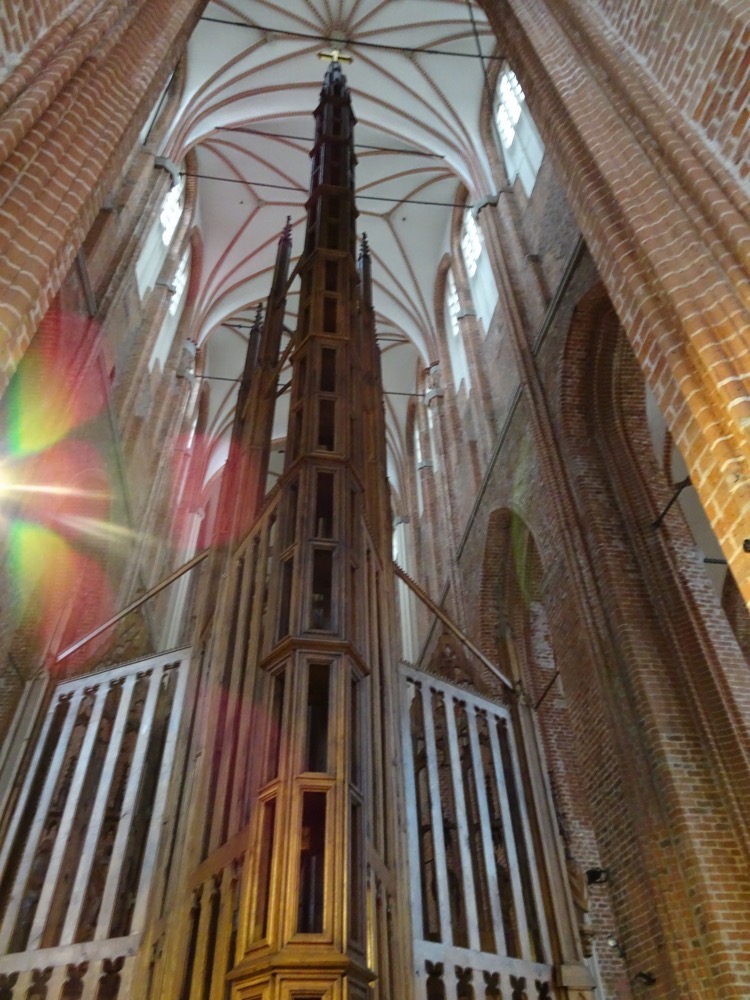 While we are walking through this amazing Gothic/Romanesque/Baroque cathedral, I found it (yet again) rather jarring to be met with a modern art exhibition. I have experienced this same discombobulation on a number of occasions – most notably at the Hagia Sofia, which should most definitely NOT be used a space for a modern art exhibition – and I got the same feeling today. Historical cathedral, fabulous. Vaulted ceilings, lovely. Gothic timberwork, beautiful. Medieval stained glass, stunning… such a shame about the modern art.
While we are walking through this amazing Gothic/Romanesque/Baroque cathedral, I found it (yet again) rather jarring to be met with a modern art exhibition. I have experienced this same discombobulation on a number of occasions – most notably at the Hagia Sofia, which should most definitely NOT be used a space for a modern art exhibition – and I got the same feeling today. Historical cathedral, fabulous. Vaulted ceilings, lovely. Gothic timberwork, beautiful. Medieval stained glass, stunning… such a shame about the modern art.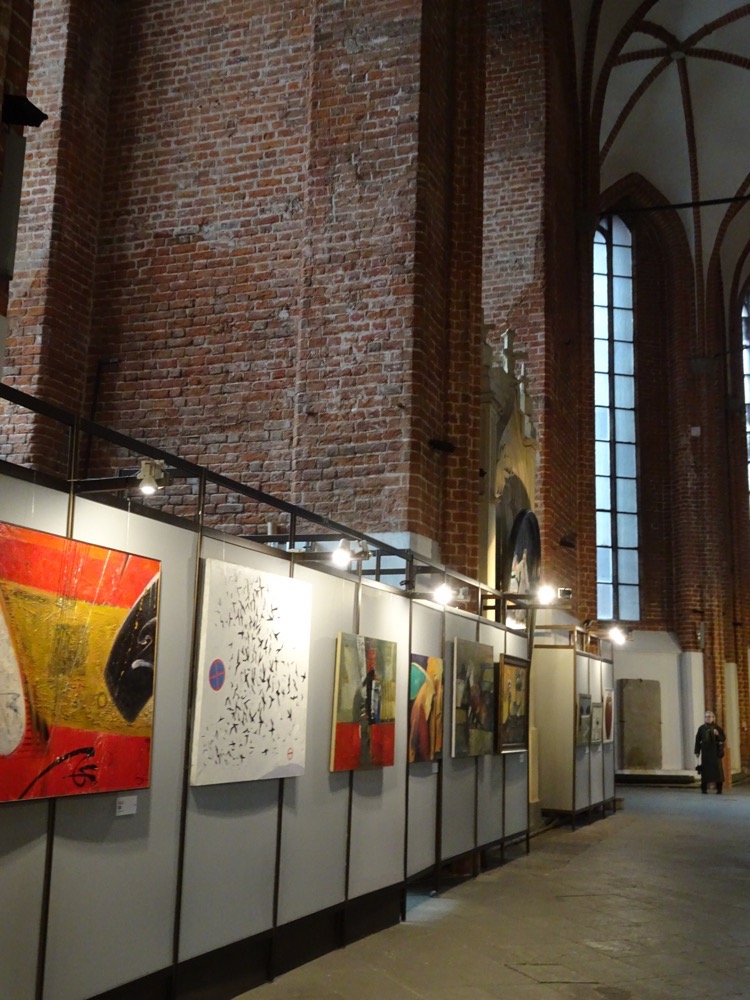 If any of you have ever seen the Hugh Grant movie, ‘Mickey Blue Eyes’, you’ll know where I am coming from with this… :/
If any of you have ever seen the Hugh Grant movie, ‘Mickey Blue Eyes’, you’ll know where I am coming from with this… :/ 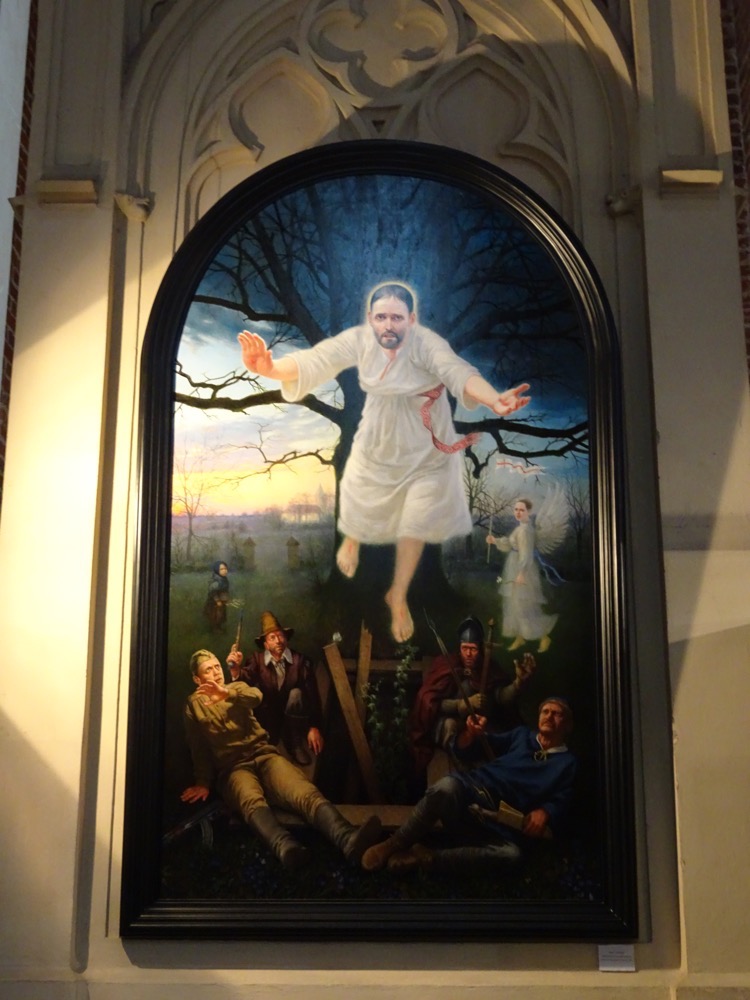 This piece no more belongs in this church than it does in a fancy auction house. :/
This piece no more belongs in this church than it does in a fancy auction house. :/ 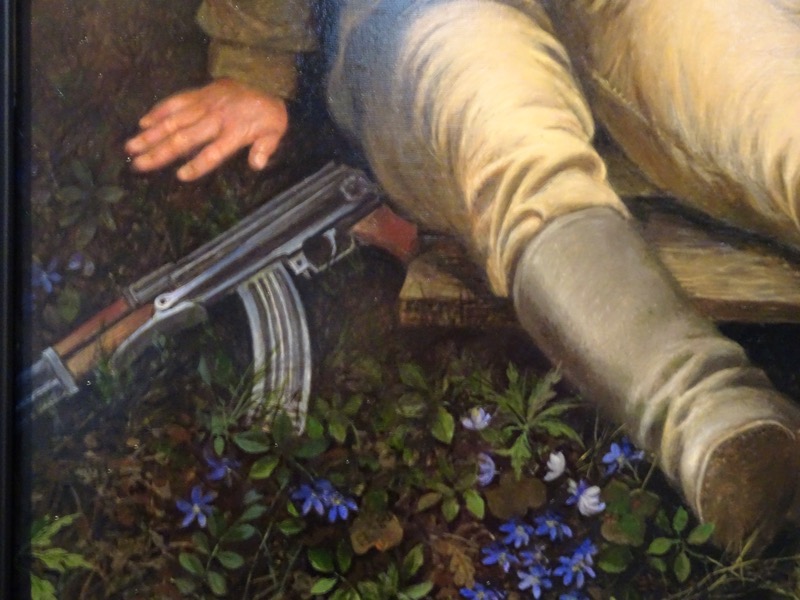 Anyway – if any of you ever happen to be curating spaces in fancy Gothic cathedrals, can you please please please – spare us the fucking modern art. It’s just not what people are here for. Cheers. Ta.
Anyway – if any of you ever happen to be curating spaces in fancy Gothic cathedrals, can you please please please – spare us the fucking modern art. It’s just not what people are here for. Cheers. Ta.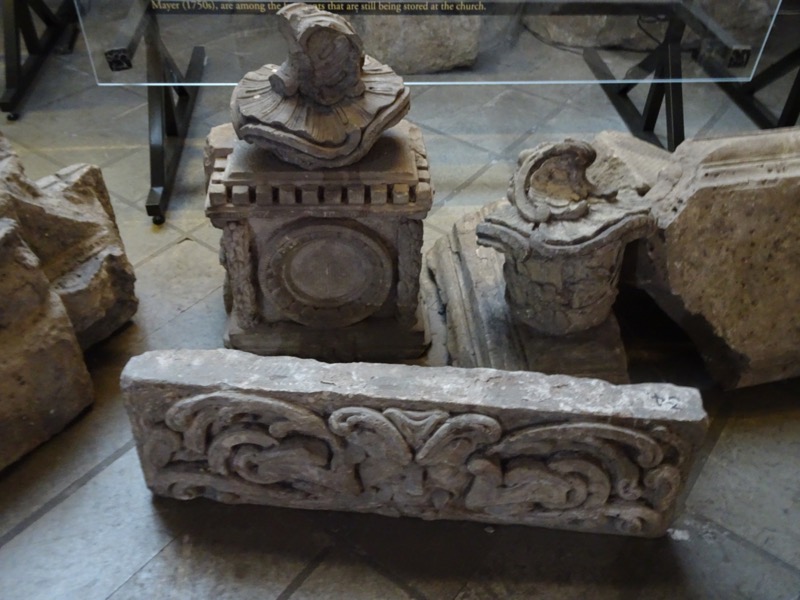
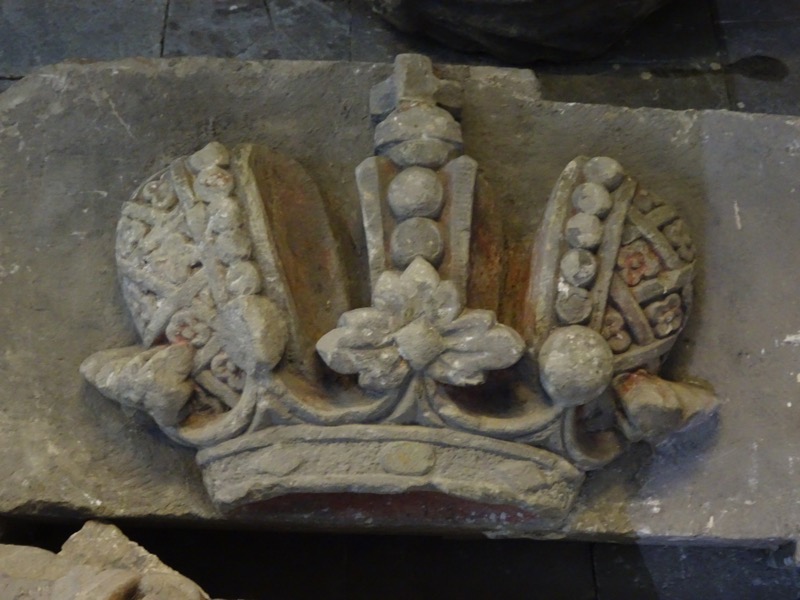
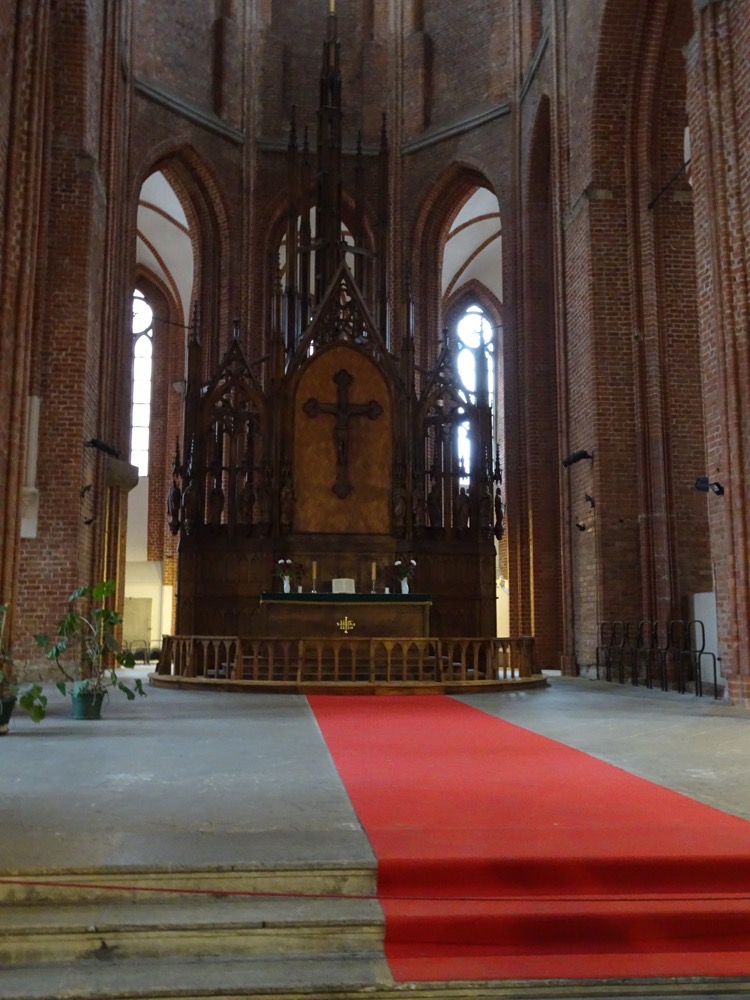
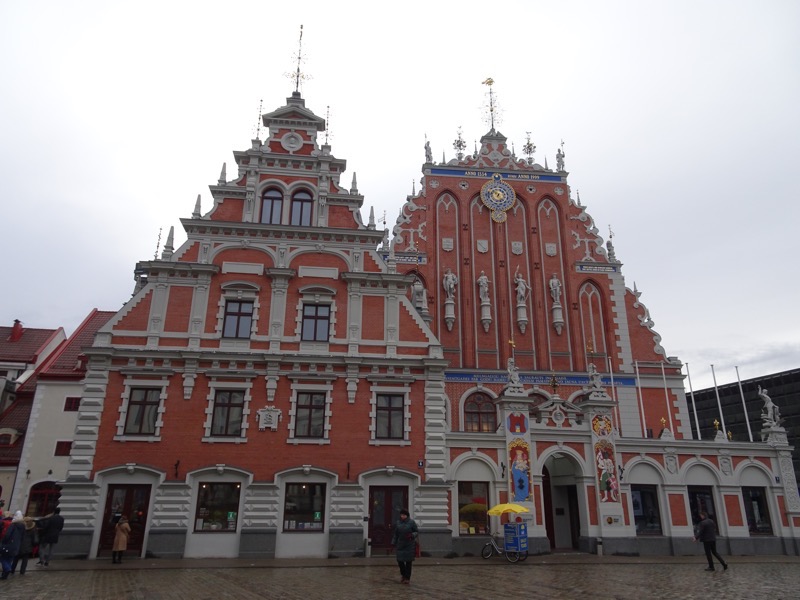 Most of the Blackheads members were of German descent and they would travel and supply exotic goods from overseas. Being part of the guild provided protection for their ships and caravans from pirates and robbers. The Blackheads had St. Maurice as a patron saint, and he was usually as a black soldier in knight’s armour, hence Blackheads. The Blackheads were effectively Riga’s ruling elite, serving as councillors and members of the Great Guild.
Most of the Blackheads members were of German descent and they would travel and supply exotic goods from overseas. Being part of the guild provided protection for their ships and caravans from pirates and robbers. The Blackheads had St. Maurice as a patron saint, and he was usually as a black soldier in knight’s armour, hence Blackheads. The Blackheads were effectively Riga’s ruling elite, serving as councillors and members of the Great Guild. 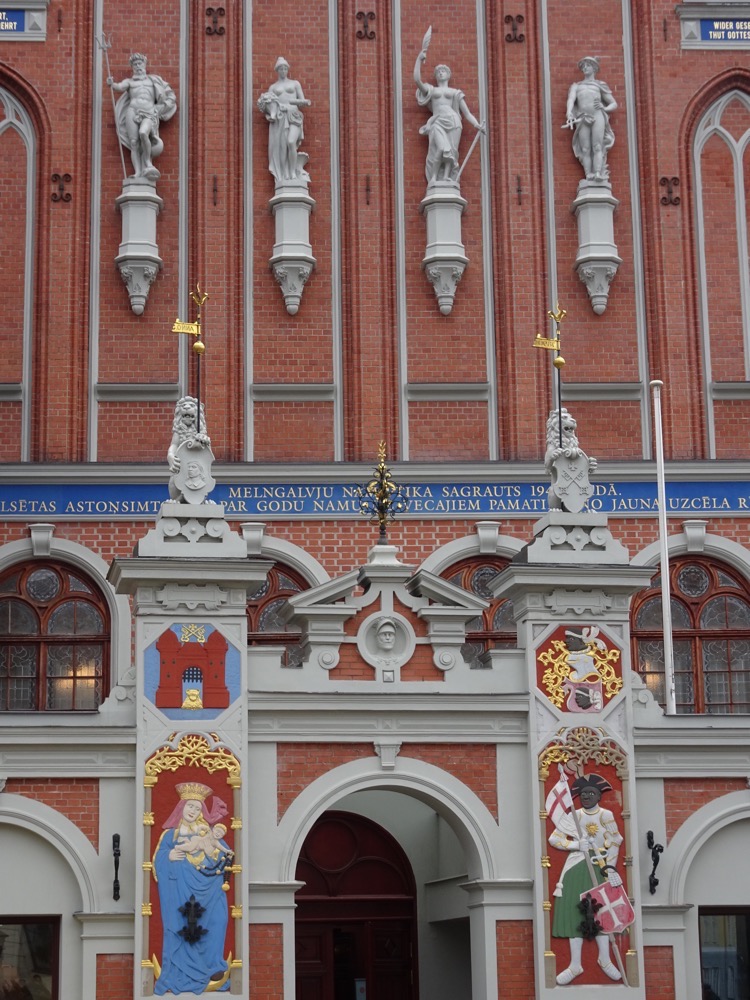
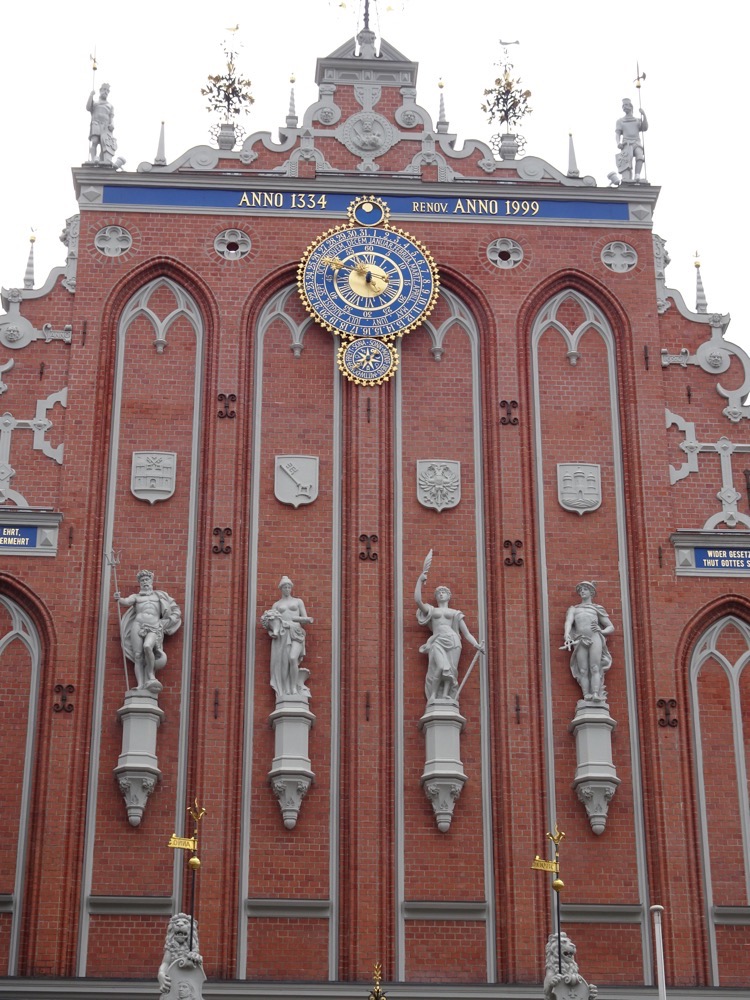
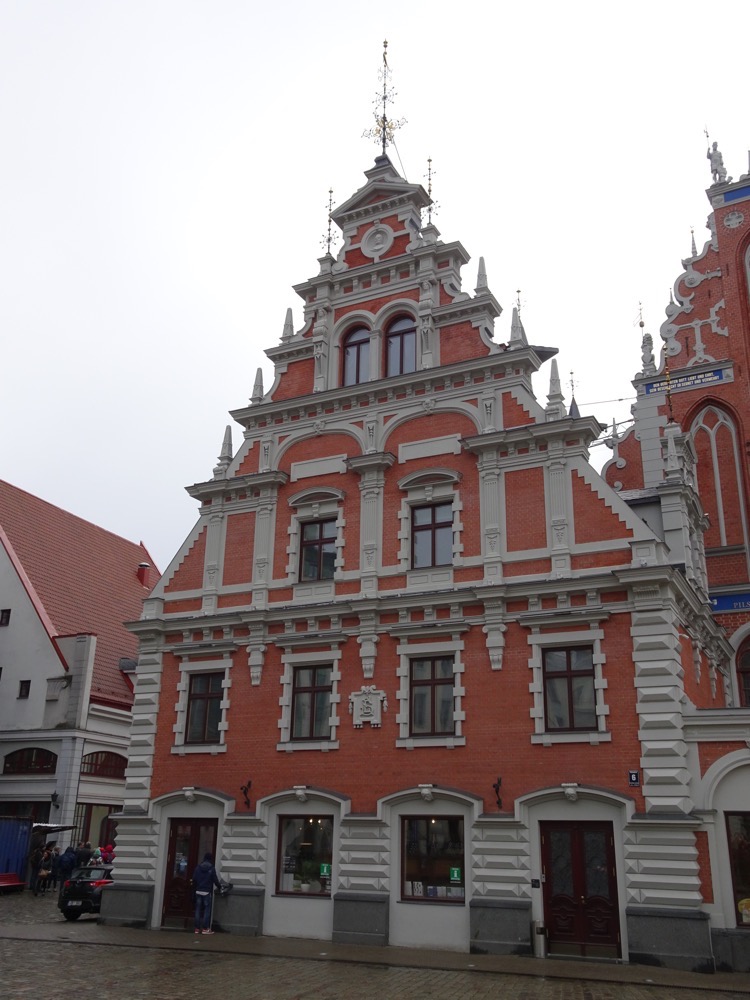
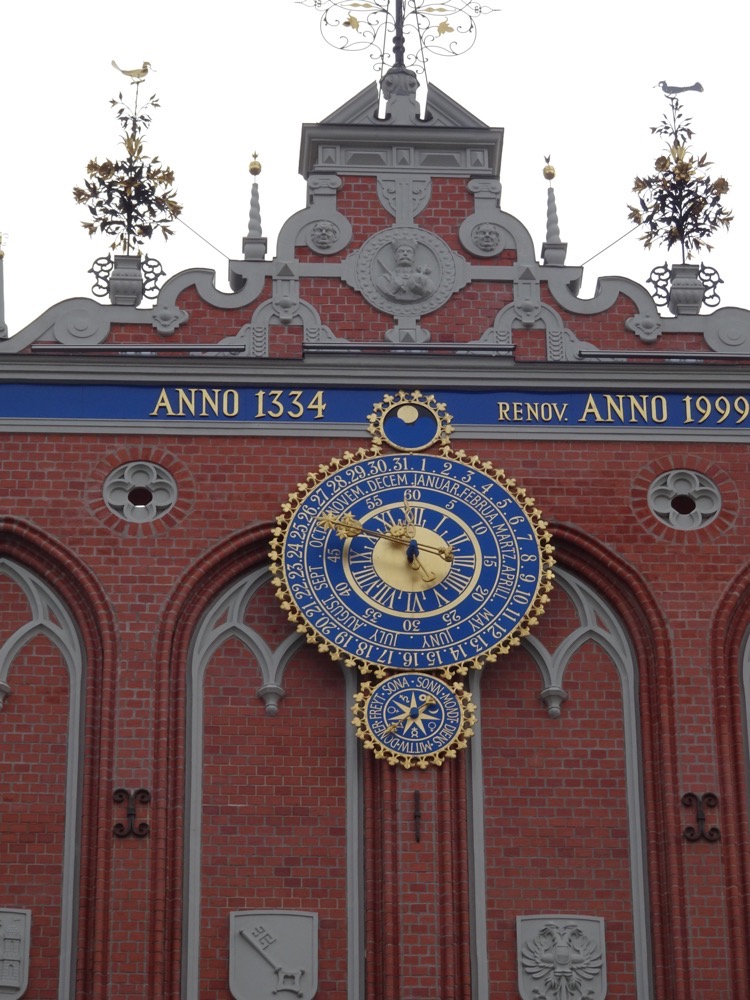 Nearby we found a cute little indoor market. Mostly handicrafts being sold by matronly little grandmas huddling in the cold. The weather was not so bad if you keep moving, but when you stop moving it gets pretty brutally cold pretty quick.
Nearby we found a cute little indoor market. Mostly handicrafts being sold by matronly little grandmas huddling in the cold. The weather was not so bad if you keep moving, but when you stop moving it gets pretty brutally cold pretty quick.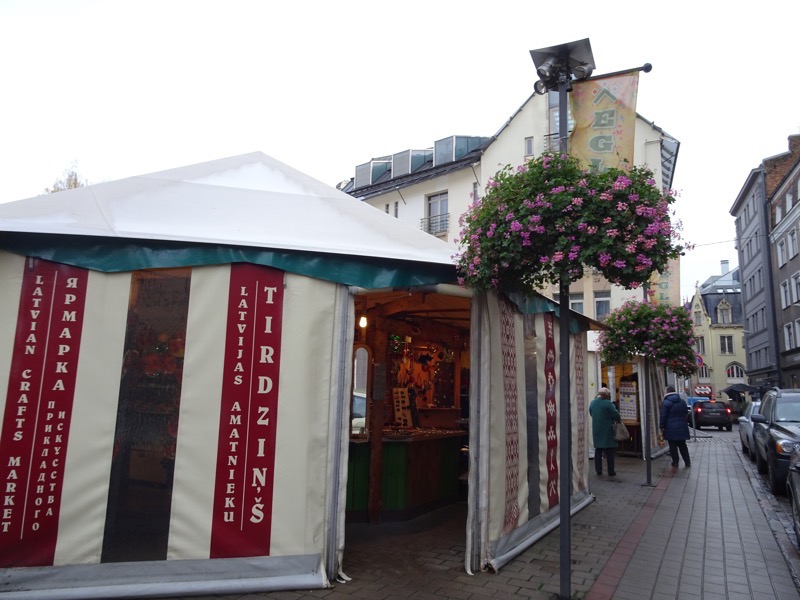 Glassware, knitted goods, leatherwork, woodwork and all sorts.
Glassware, knitted goods, leatherwork, woodwork and all sorts. 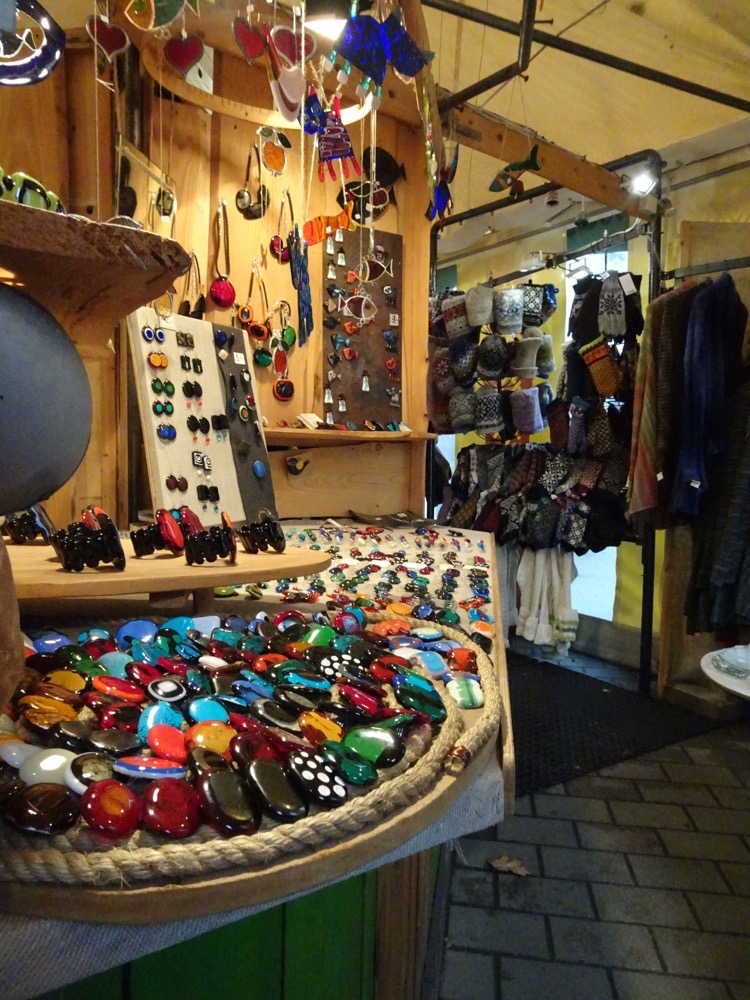
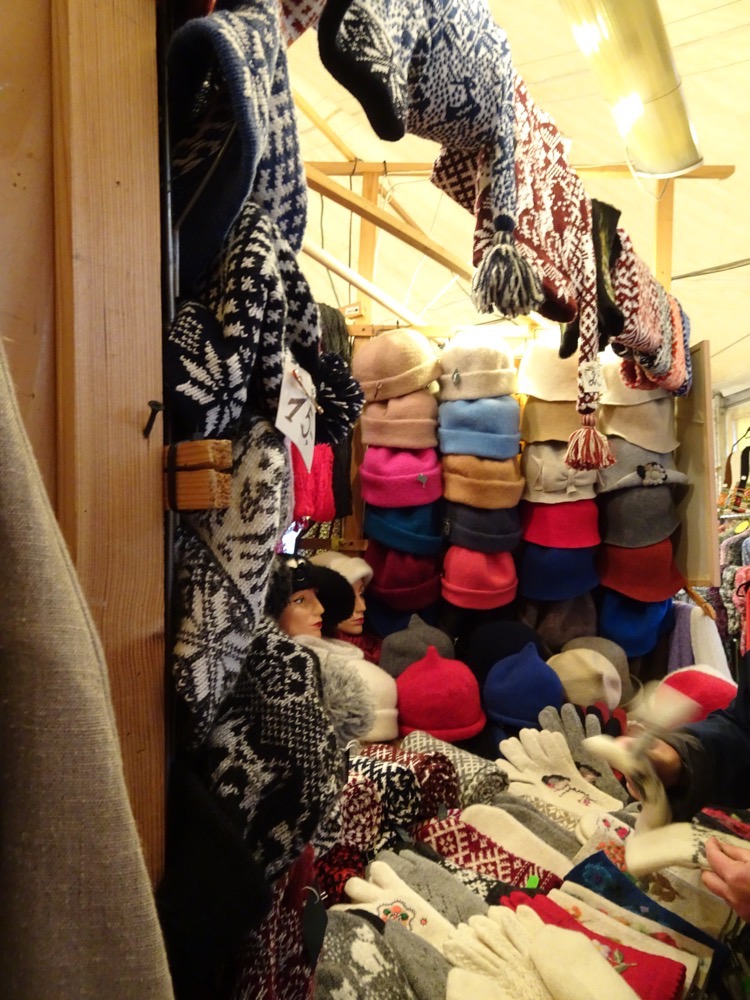
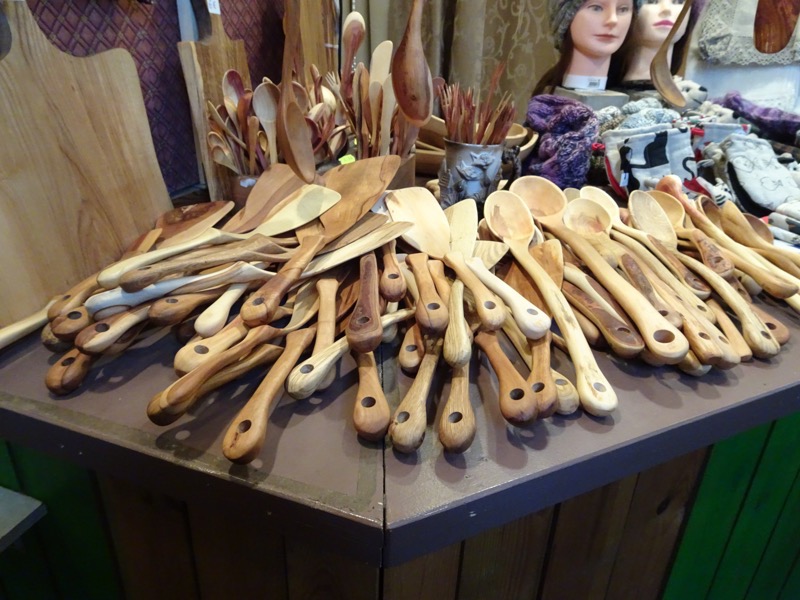
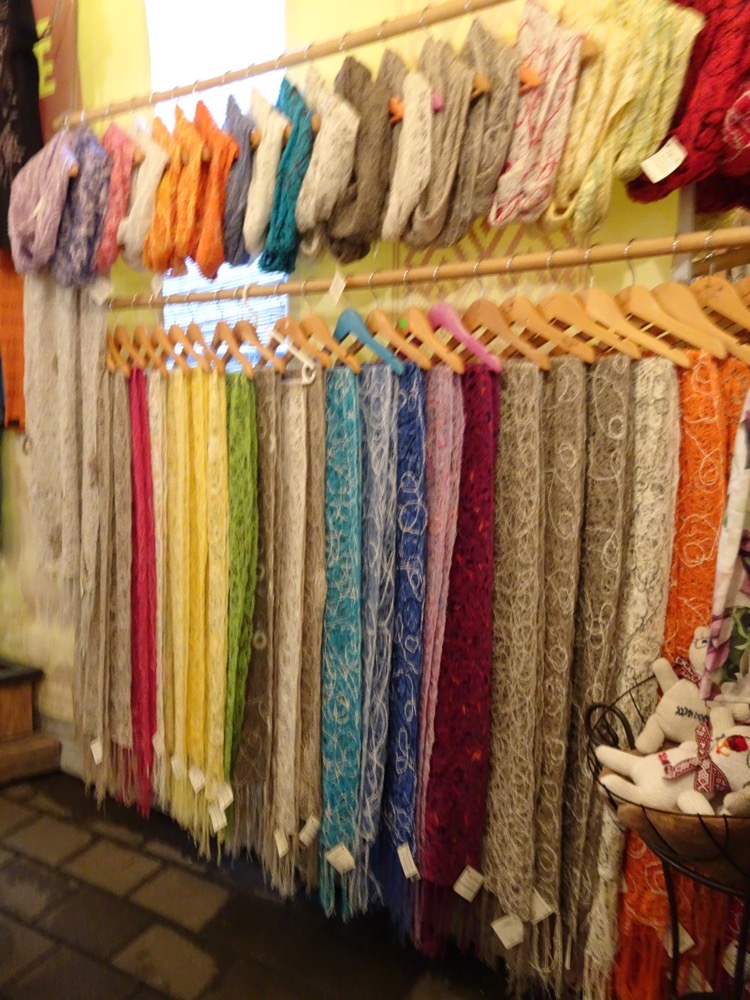 Spat back out on the street, we walked past the National Academy of Drama.
Spat back out on the street, we walked past the National Academy of Drama.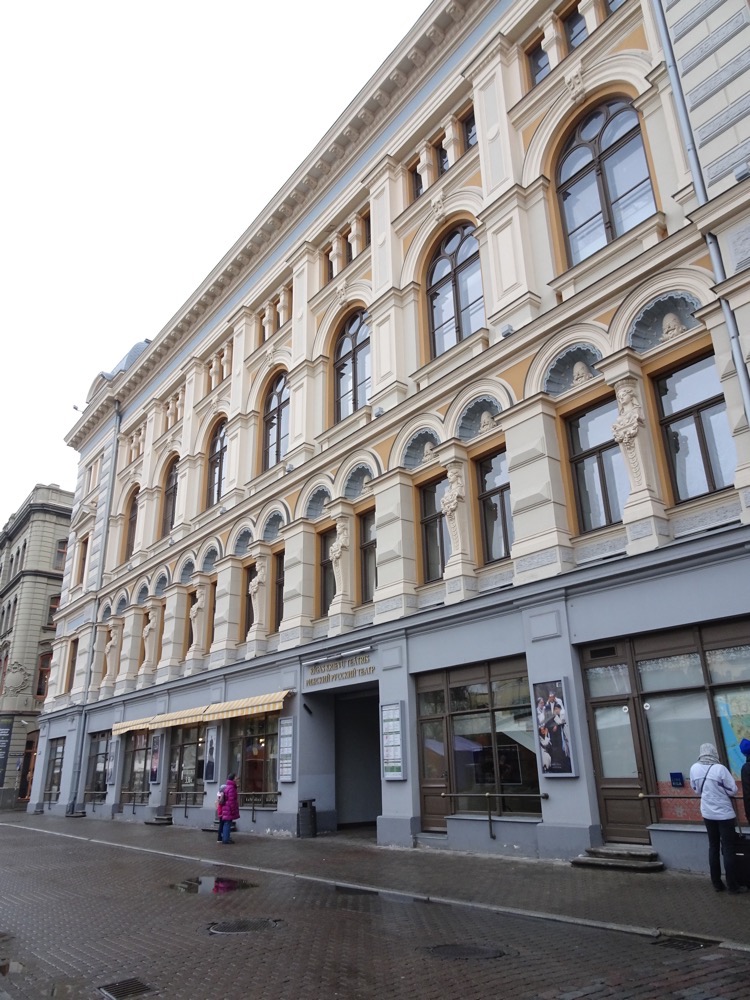 I love their building… mostly for the bees.
I love their building… mostly for the bees.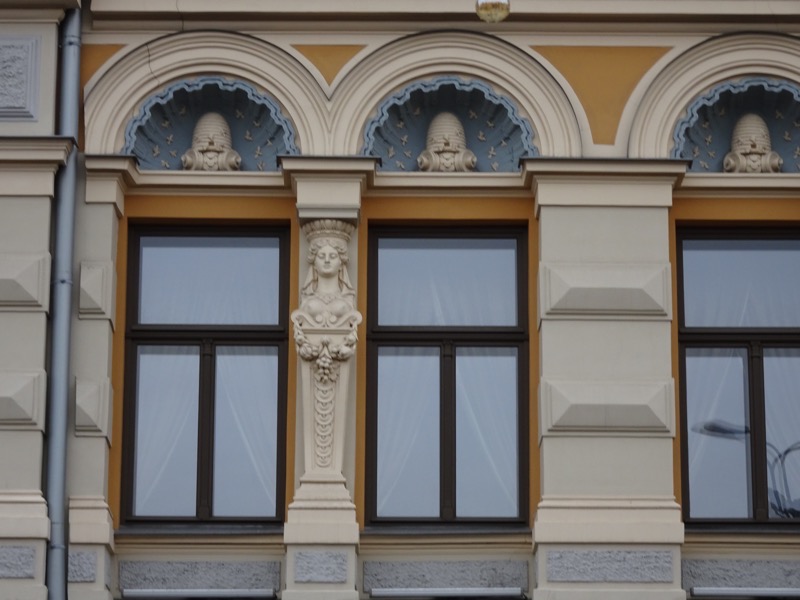 BEES?
BEES?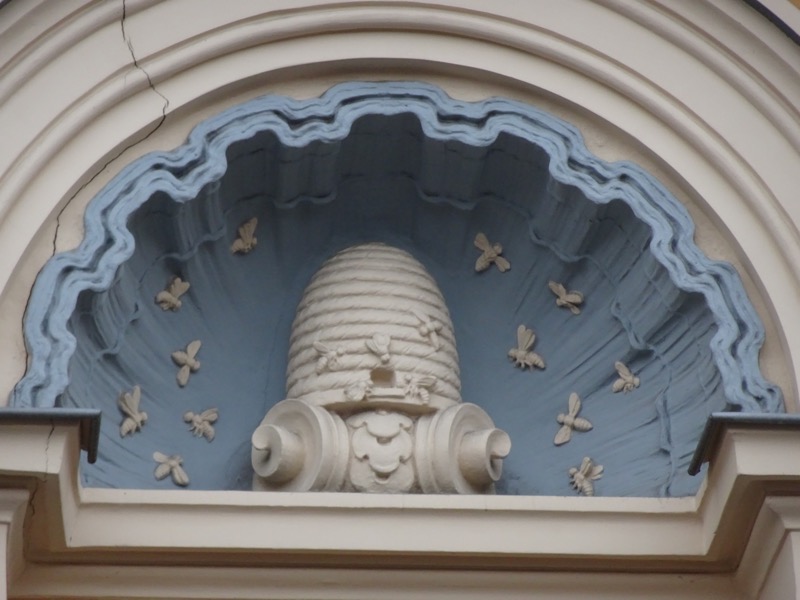 We then came across the touristy touristy square of restaurants that must be absolutely packed in the summer season. Lots of afresco dining and food to suit every taste – you could even by sausage here by the metre!
We then came across the touristy touristy square of restaurants that must be absolutely packed in the summer season. Lots of afresco dining and food to suit every taste – you could even by sausage here by the metre!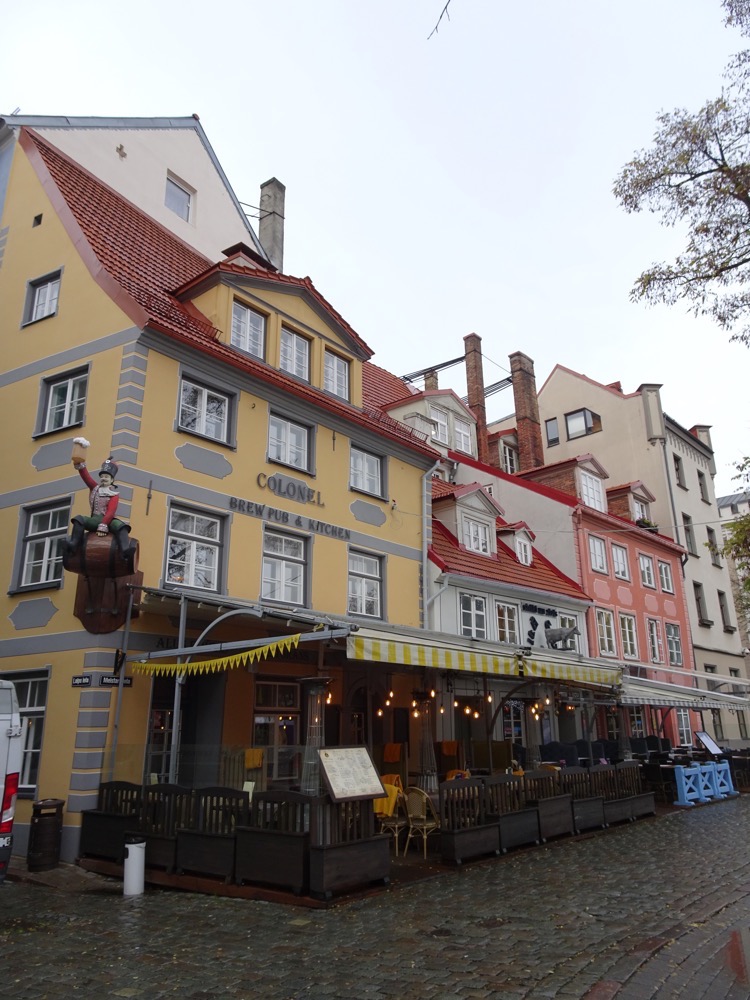
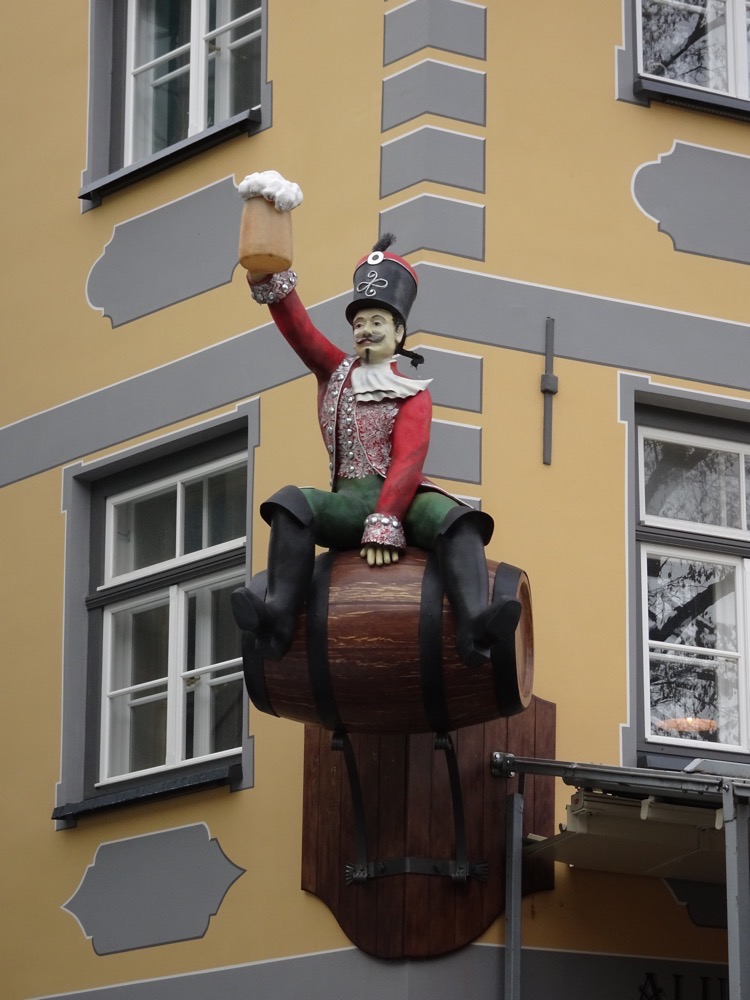
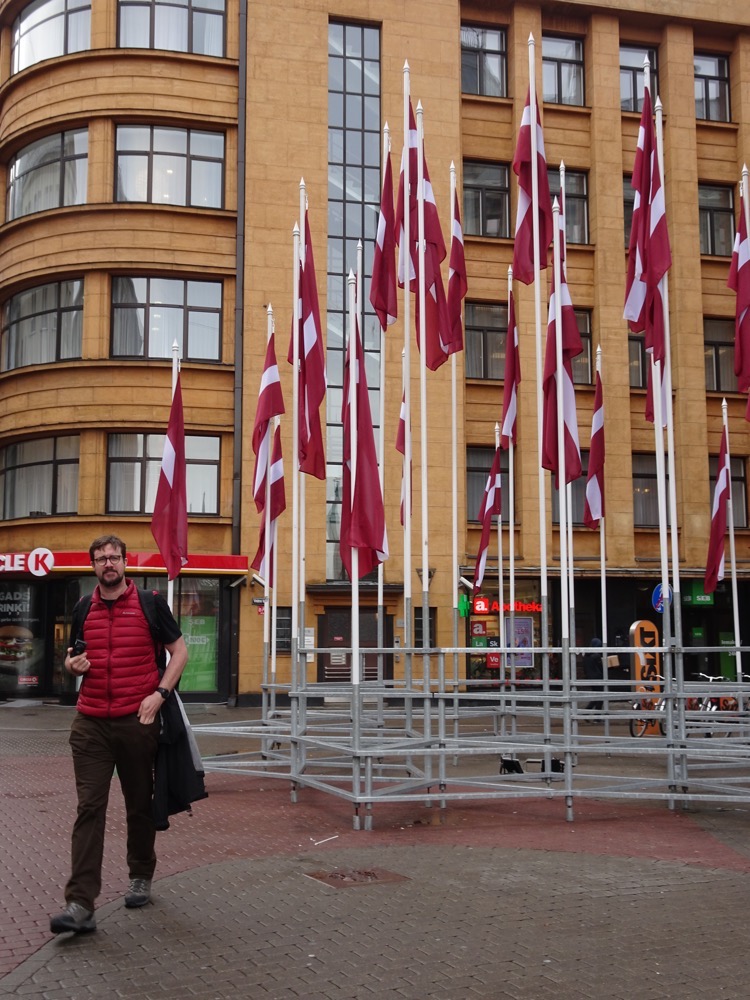 Still such a mindblowing yet peaceful protest… 2,000,000 people holding hands across 675kms. I can’t really picture it.
Still such a mindblowing yet peaceful protest… 2,000,000 people holding hands across 675kms. I can’t really picture it.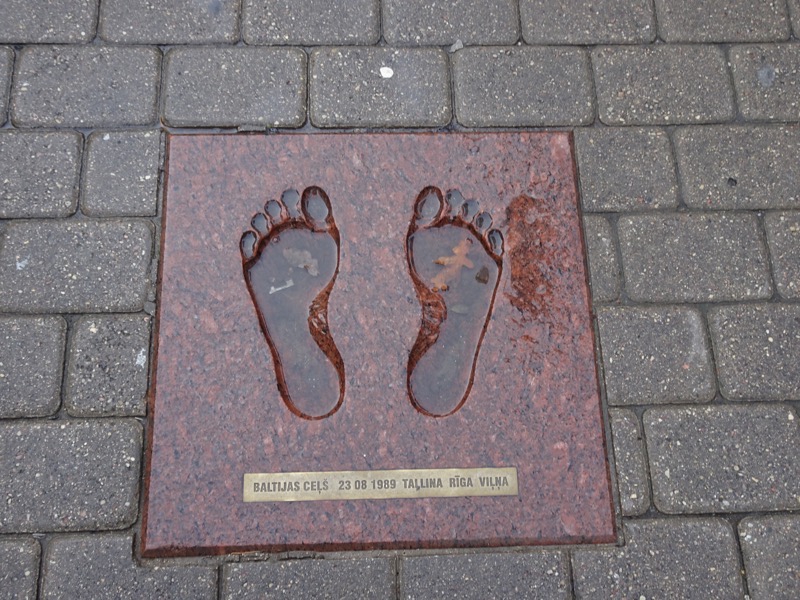
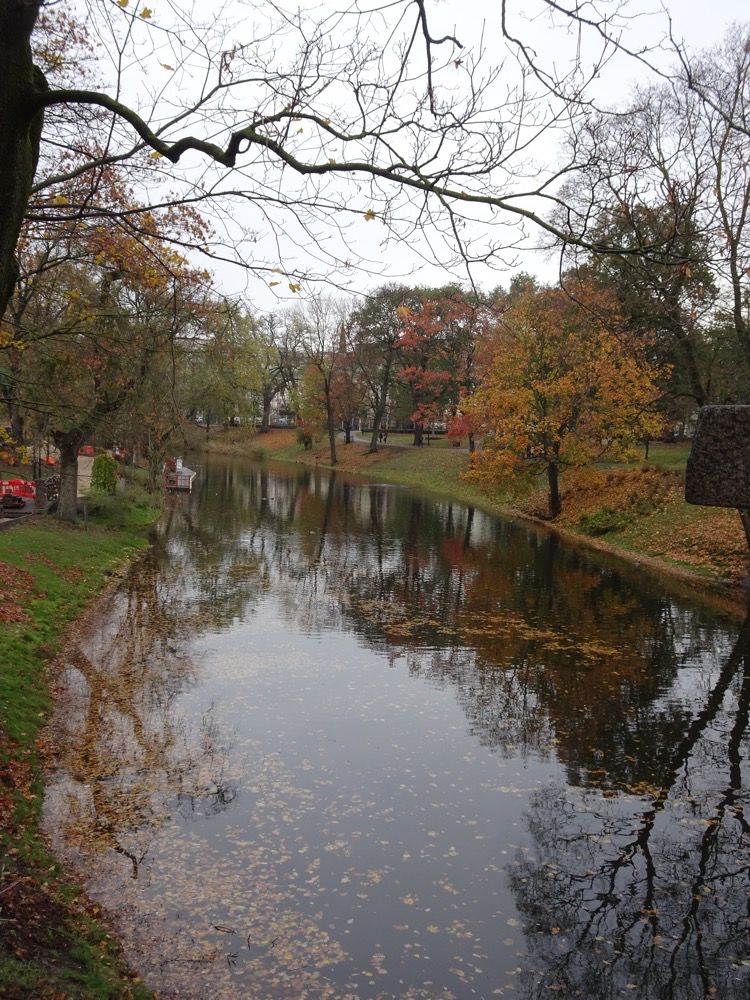 Across the river is the Freedom Monument which is a memorial honouring all the soldiers that were killed during the Latvian War of Independence (1918–1920). They are commemorating the 100th anniversary of this war at the moment and ‘Latvia100’ is everywhere. The monument is very much considered to be an important symbol of the freedom and the independent sovereignty of Latvia. It was unveiled in 1935, and even though Lativa was occupied by both Germany and the Soviets since, this independence monument serves as the focal point of public gatherings and official ceremonies in Riga.
Across the river is the Freedom Monument which is a memorial honouring all the soldiers that were killed during the Latvian War of Independence (1918–1920). They are commemorating the 100th anniversary of this war at the moment and ‘Latvia100’ is everywhere. The monument is very much considered to be an important symbol of the freedom and the independent sovereignty of Latvia. It was unveiled in 1935, and even though Lativa was occupied by both Germany and the Soviets since, this independence monument serves as the focal point of public gatherings and official ceremonies in Riga.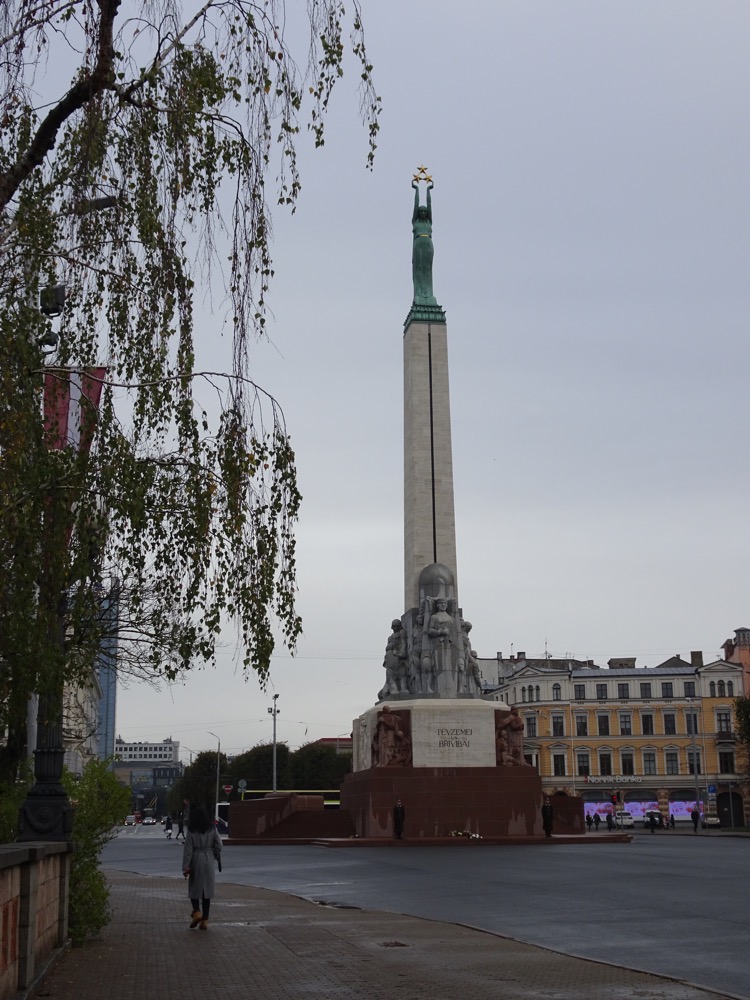 In the 1940s the Soviet Union authorities considered demolishing the monument, but thankfully the concept was never enacted. The original sculptor was a Soviet, named Vera Mukhina and some claim she personally saved the monument by convincing authorities of its purely artistic merit. is sometimes credited for rescuing the monument, because she considered it to be of high artistic value. In the ’60s, the idea of demolishing it came up again – but was fortunately dismissed by Soviet authorities as they recognised that the action would have deepened the indignation and tension that existed in Latvian society towards the Soviets. Instead, the Soviet attempted to alter the symbolic meaning of the monument by imbuing it with Communist ideology, but the propaganda campaign failed and it retained its symbolism of national independence to the general public. We happened to be along during the changing of the guard at midday.
In the 1940s the Soviet Union authorities considered demolishing the monument, but thankfully the concept was never enacted. The original sculptor was a Soviet, named Vera Mukhina and some claim she personally saved the monument by convincing authorities of its purely artistic merit. is sometimes credited for rescuing the monument, because she considered it to be of high artistic value. In the ’60s, the idea of demolishing it came up again – but was fortunately dismissed by Soviet authorities as they recognised that the action would have deepened the indignation and tension that existed in Latvian society towards the Soviets. Instead, the Soviet attempted to alter the symbolic meaning of the monument by imbuing it with Communist ideology, but the propaganda campaign failed and it retained its symbolism of national independence to the general public. We happened to be along during the changing of the guard at midday.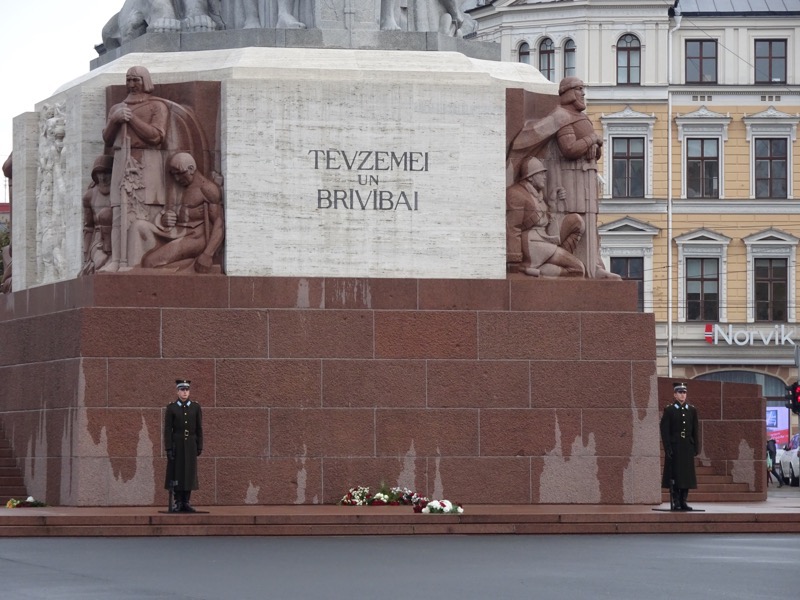 And what I said about those poor Nonnas selling their knitted goods in the tents at the market goes double for these poor soldiers who are standing dead still at their post until relieved. It is way too cold to be not moving about.
And what I said about those poor Nonnas selling their knitted goods in the tents at the market goes double for these poor soldiers who are standing dead still at their post until relieved. It is way too cold to be not moving about.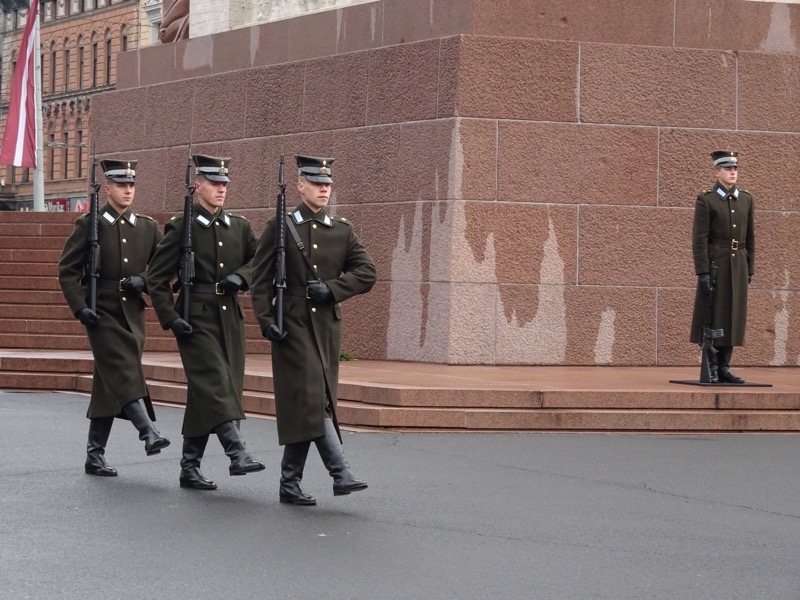
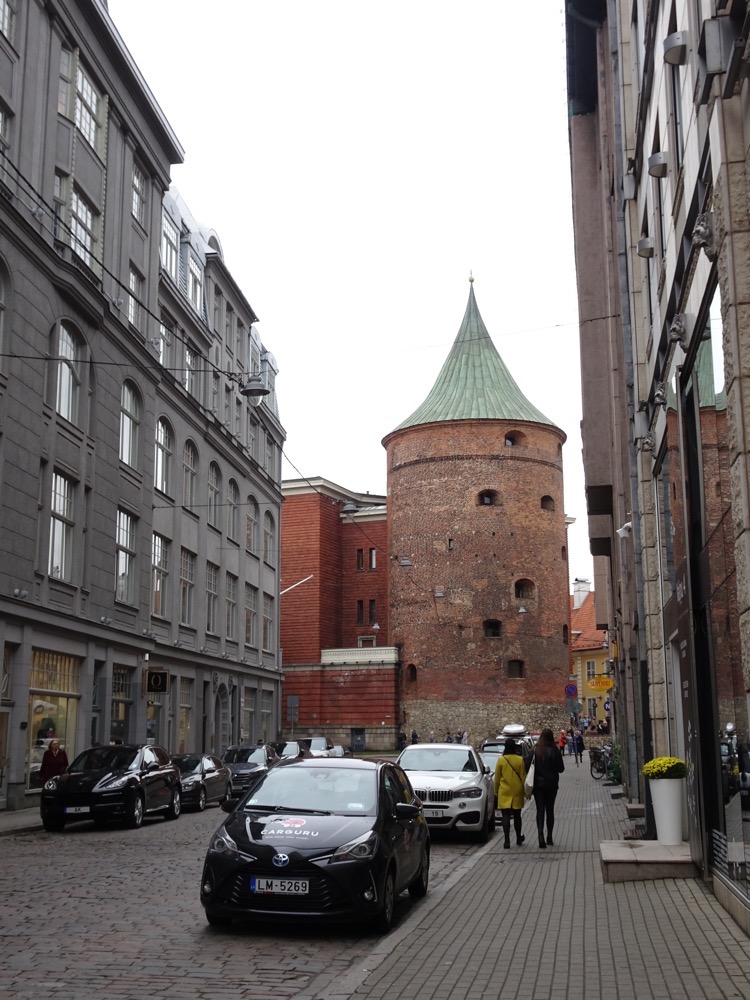 The Cat House (no, not that sort of cathouse) was built in 1909 in what is a unique medieval style but with some obvious Art Nouveau design elements (have a look at the door frame for example). The house is most well known for its two cat sculptures that are perched on the roof. The legend claims that the original owner/builder of the house wanted the cats to be placed with their arses turned towards the house of the Great Guild – who had apparently snubbed him as a member. Instead, the cats on the turrets actually face the Great Guild Hall which demonstrates quite adequately the extent of the power the guilds held over the craftsmen and tradesmen at the time… screw the client, do what we want.
The Cat House (no, not that sort of cathouse) was built in 1909 in what is a unique medieval style but with some obvious Art Nouveau design elements (have a look at the door frame for example). The house is most well known for its two cat sculptures that are perched on the roof. The legend claims that the original owner/builder of the house wanted the cats to be placed with their arses turned towards the house of the Great Guild – who had apparently snubbed him as a member. Instead, the cats on the turrets actually face the Great Guild Hall which demonstrates quite adequately the extent of the power the guilds held over the craftsmen and tradesmen at the time… screw the client, do what we want.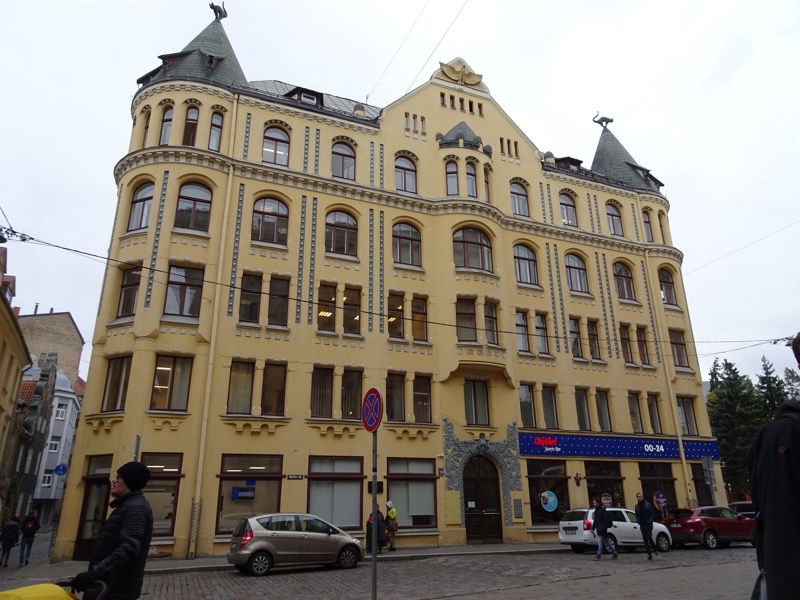
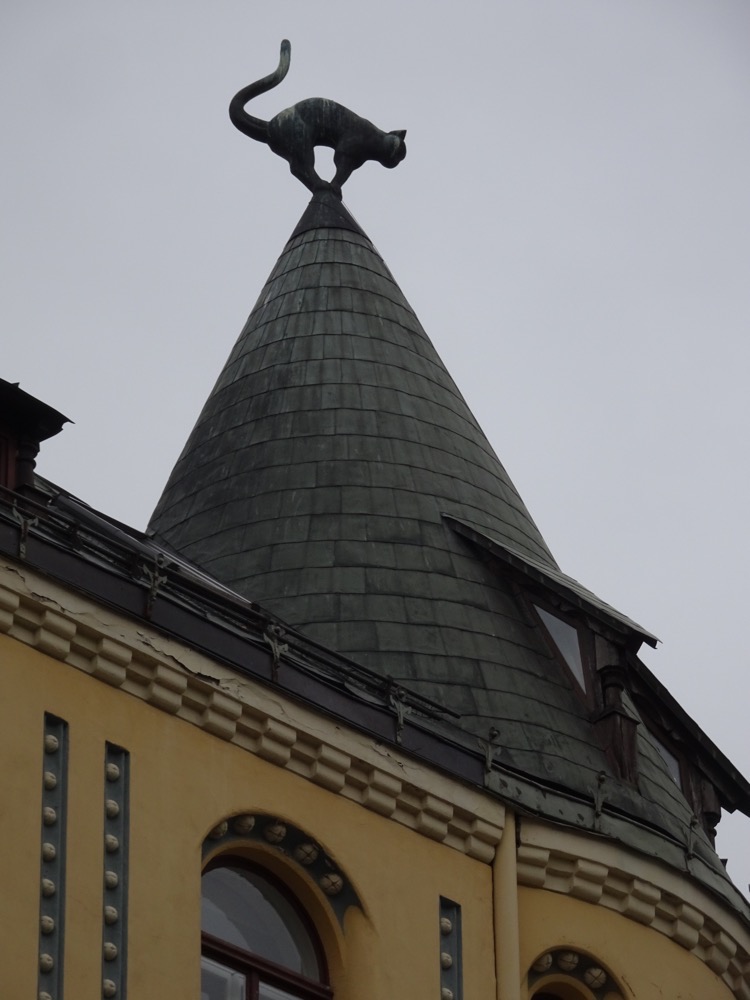 Weird how two little cat statues can sort of take over the entire town’s imagination. There are Fat Cat cafes and Black Cat restaurants, and of course more cat stuff than you can poke a stick at in the local souvenir stores.
Weird how two little cat statues can sort of take over the entire town’s imagination. There are Fat Cat cafes and Black Cat restaurants, and of course more cat stuff than you can poke a stick at in the local souvenir stores.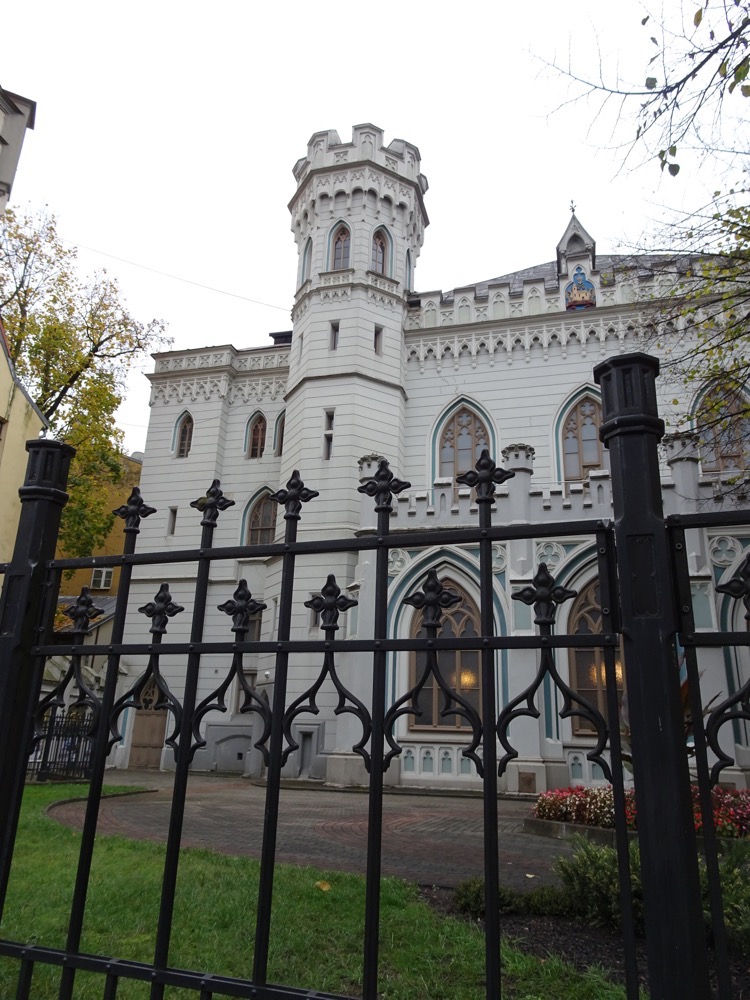
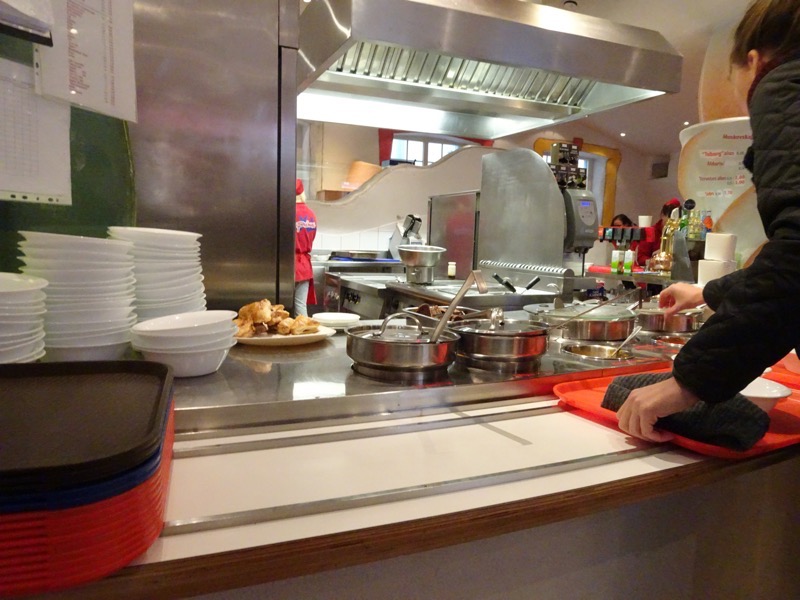
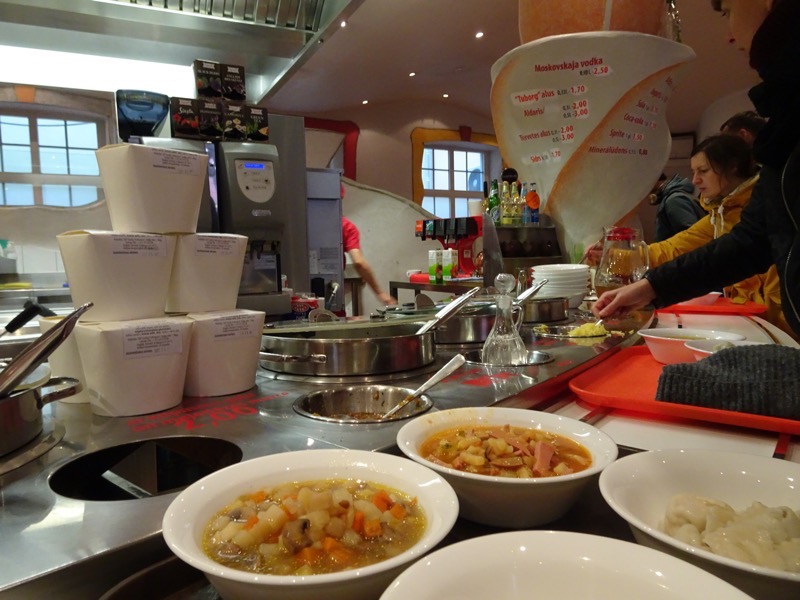 Lunch was hot and salty. That’s all I got. It was edible but not great.
Lunch was hot and salty. That’s all I got. It was edible but not great.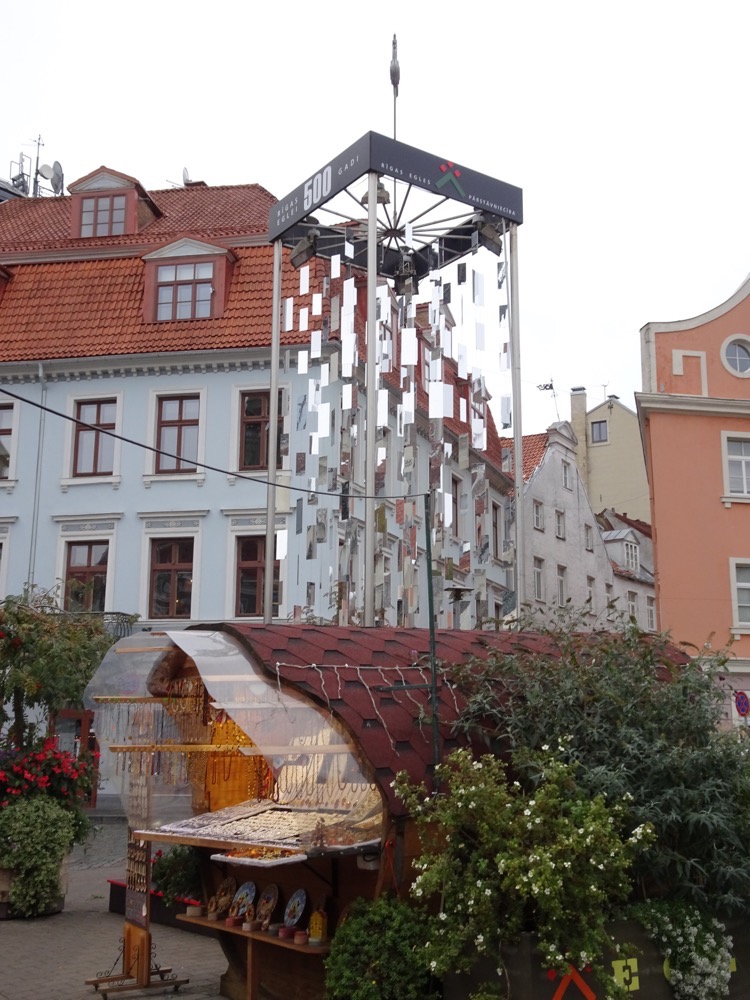 After lunch we continued our exploration of the Old Town looking for the Three Brothers and the Riga Cathedral.
After lunch we continued our exploration of the Old Town looking for the Three Brothers and the Riga Cathedral.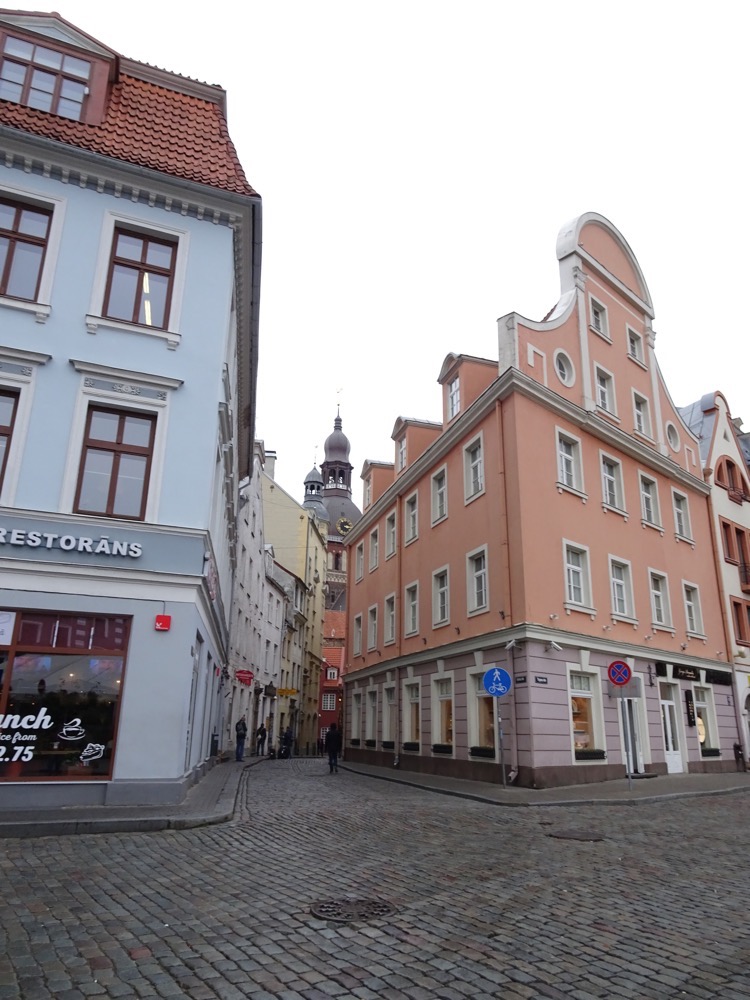 Around every corner was another cute little building or a quaint little restaurant or historical house. Made me realise that you never trip over tourists taking photos in my home town, but it happens in places like this all the time. Does Brisbane even have architecture that foreigners think are worth photographing?
Around every corner was another cute little building or a quaint little restaurant or historical house. Made me realise that you never trip over tourists taking photos in my home town, but it happens in places like this all the time. Does Brisbane even have architecture that foreigners think are worth photographing?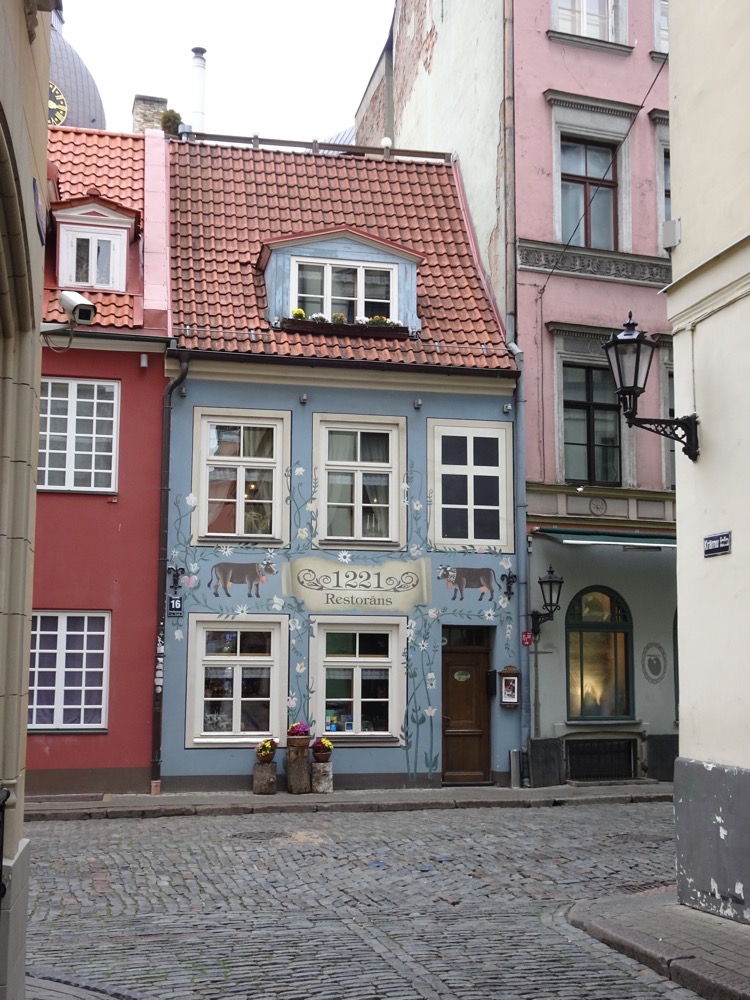
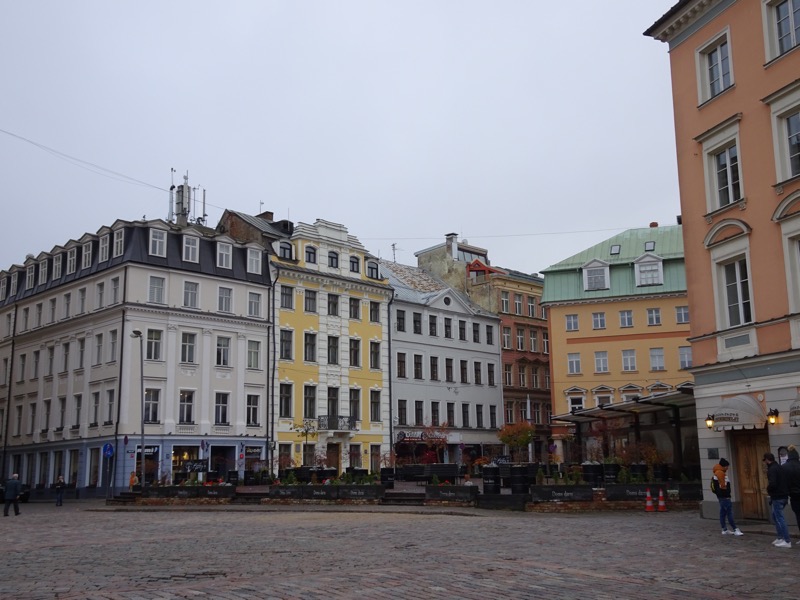 Anyway, we found the Riga Cathedral which is the main Evangelical Lutheran cathedral in Riga and has been the seat of the Archbishop of Riga since Bishop Albert made the city into a Christian state as I mentioned earlier. The cathedral is one of the most recognizable landmarks in the entire country and often ends up on all the Latvia travel catalogues etc. It is also well known for its weathercock (which now resides inside the church).
Anyway, we found the Riga Cathedral which is the main Evangelical Lutheran cathedral in Riga and has been the seat of the Archbishop of Riga since Bishop Albert made the city into a Christian state as I mentioned earlier. The cathedral is one of the most recognizable landmarks in the entire country and often ends up on all the Latvia travel catalogues etc. It is also well known for its weathercock (which now resides inside the church). 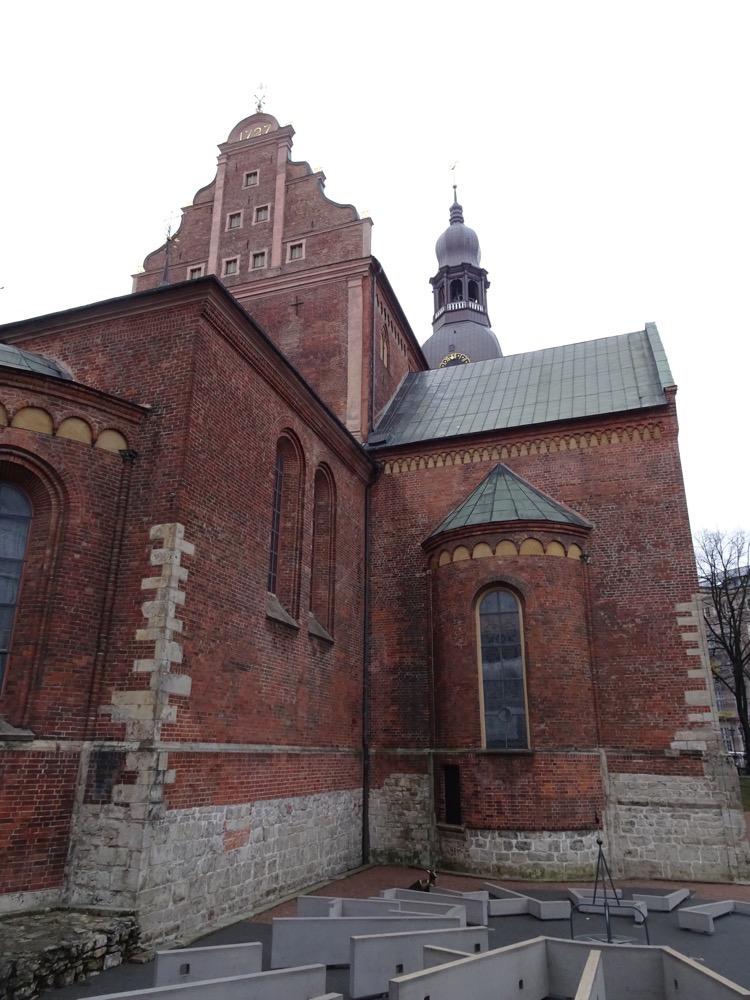 The church is also called Dome Cathedral, which I found vaguely amusing as the world ‘Dome’ comes from the German ‘Dom’, meaning, wait for it, ‘cathedral’. So it’s commonly called the Cathedral Cathedral. Tautologies ahoy.
The church is also called Dome Cathedral, which I found vaguely amusing as the world ‘Dome’ comes from the German ‘Dom’, meaning, wait for it, ‘cathedral’. So it’s commonly called the Cathedral Cathedral. Tautologies ahoy.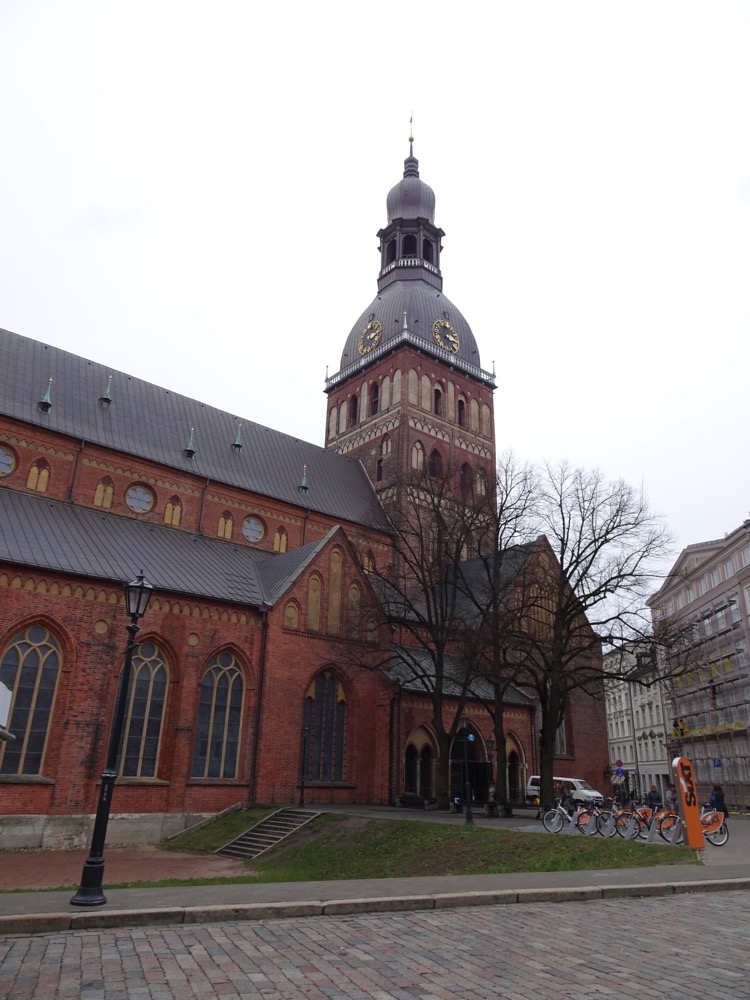 I loved this door and thought it was a mighty impressive entrance, only to discover we were entering through the peasants’ side entrance, and there is another larger door to our right somewhere.
I loved this door and thought it was a mighty impressive entrance, only to discover we were entering through the peasants’ side entrance, and there is another larger door to our right somewhere.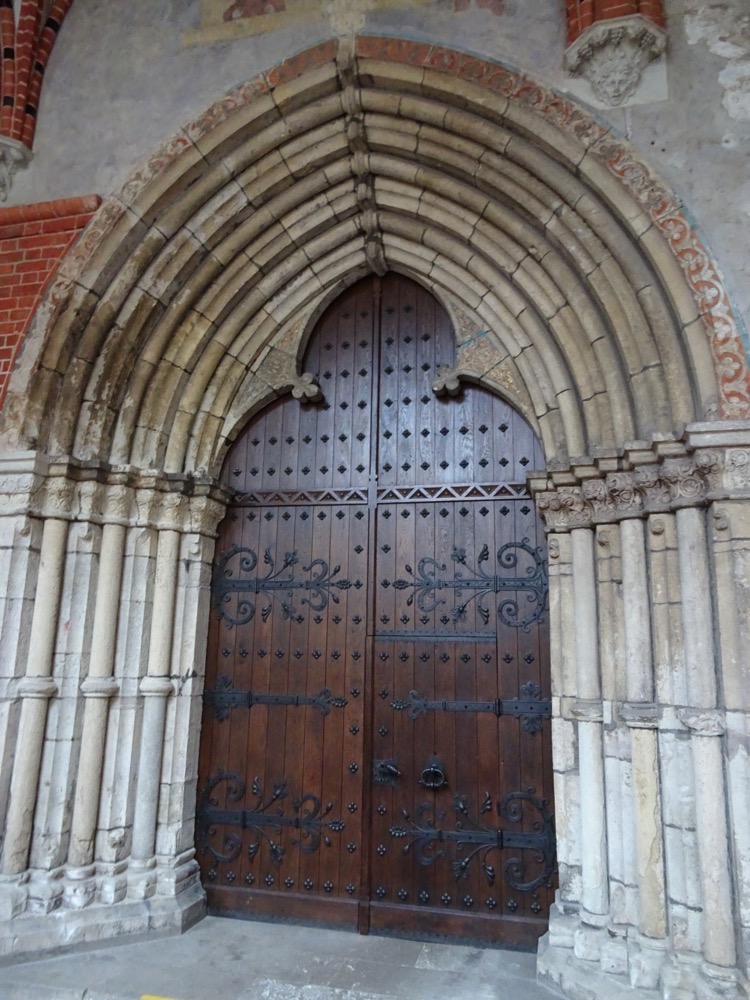 The church was built near the River Daugava in 1211 by Bishop Albert of Riga, who originally came from Lower Saxony. It is considered the largest medieval church in the Baltic states and of course has undergone many modifications over the course of its 800 year history.
The church was built near the River Daugava in 1211 by Bishop Albert of Riga, who originally came from Lower Saxony. It is considered the largest medieval church in the Baltic states and of course has undergone many modifications over the course of its 800 year history.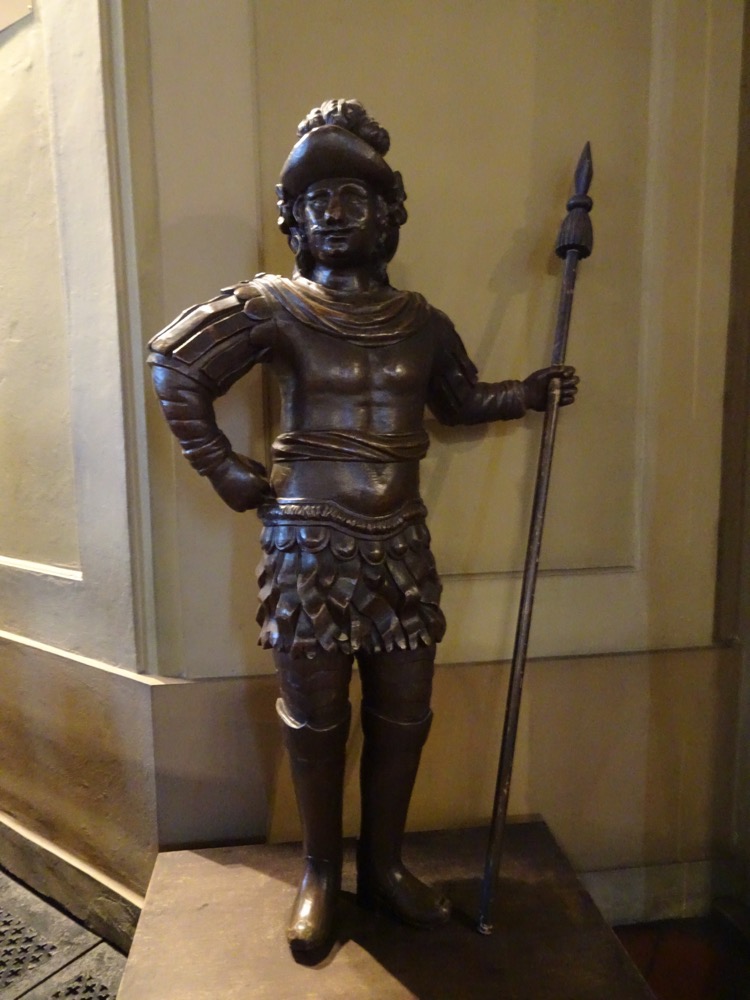 Like most Lutheran churches, this one was somewhat austere and sparse in its decorative motifs and not as over the top as a Catholic or Orthodox cathedral.
Like most Lutheran churches, this one was somewhat austere and sparse in its decorative motifs and not as over the top as a Catholic or Orthodox cathedral. 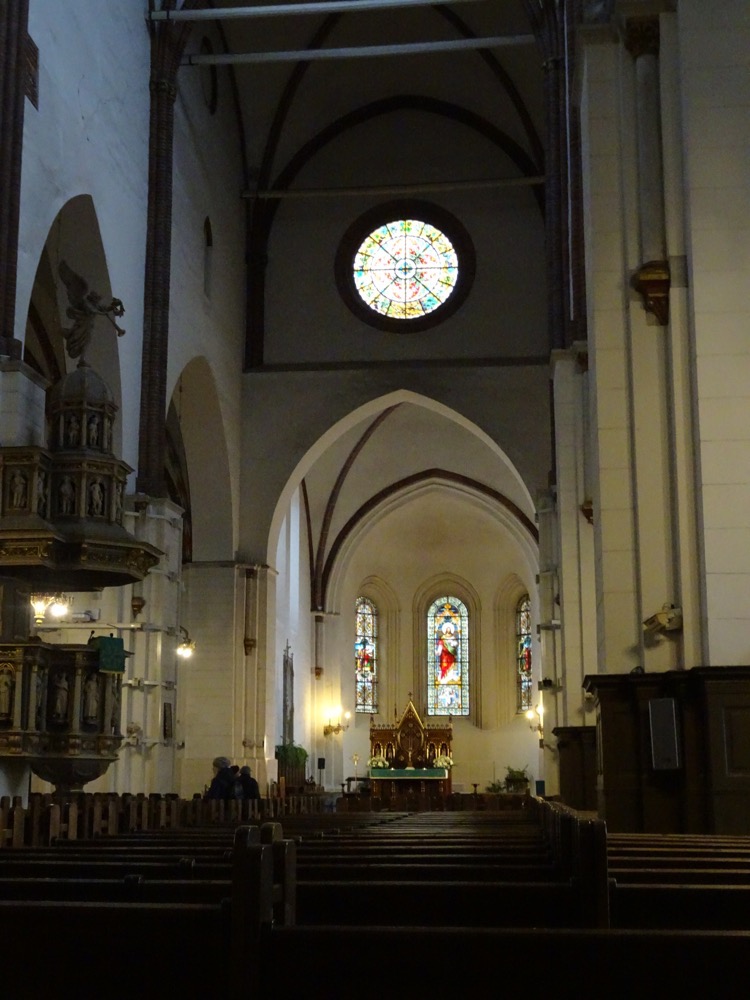
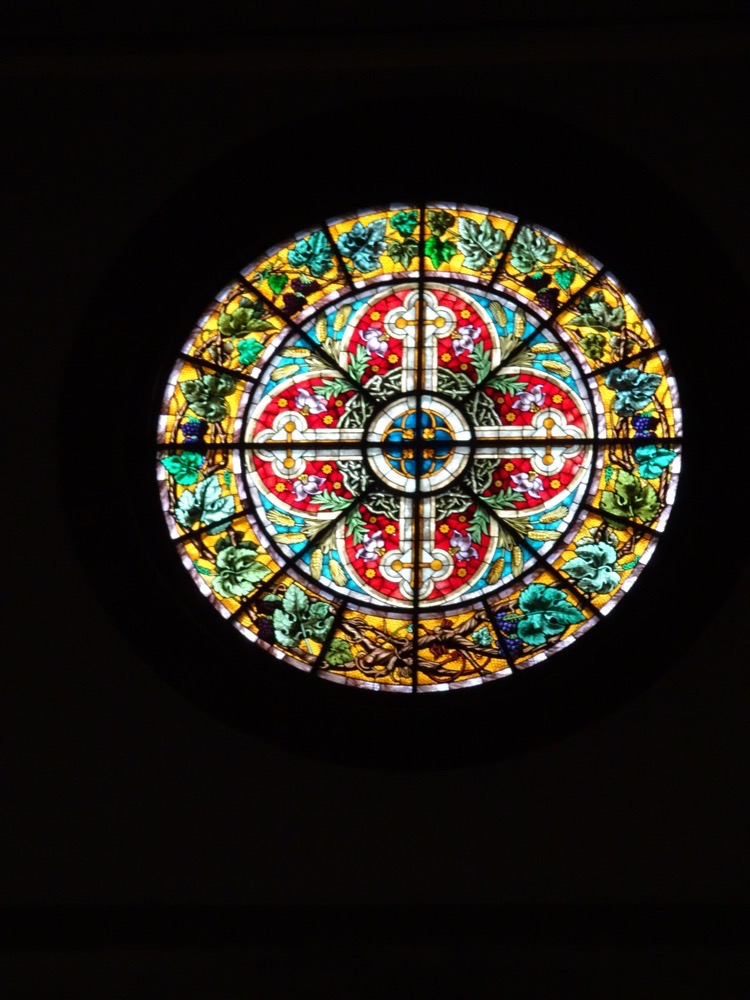 The choir loft:
The choir loft: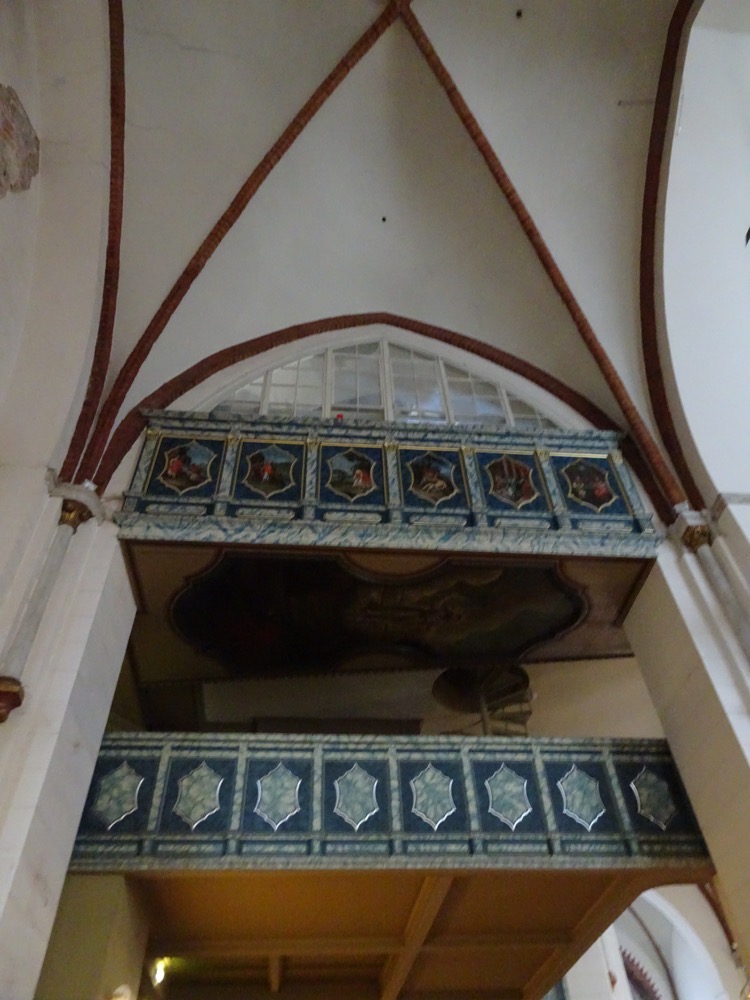
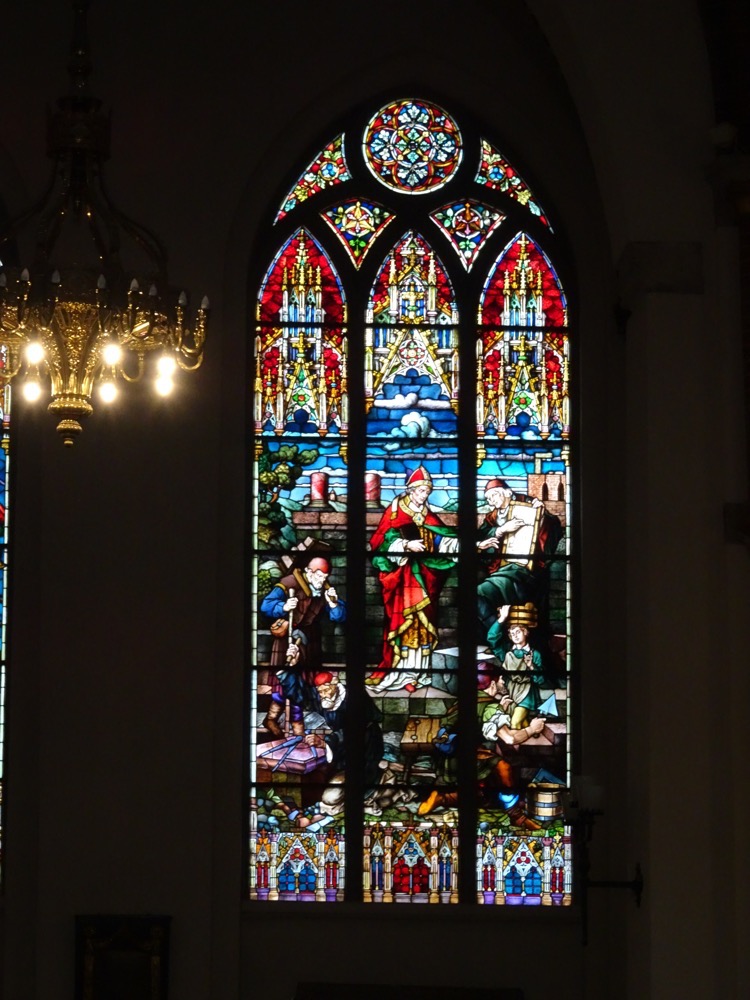
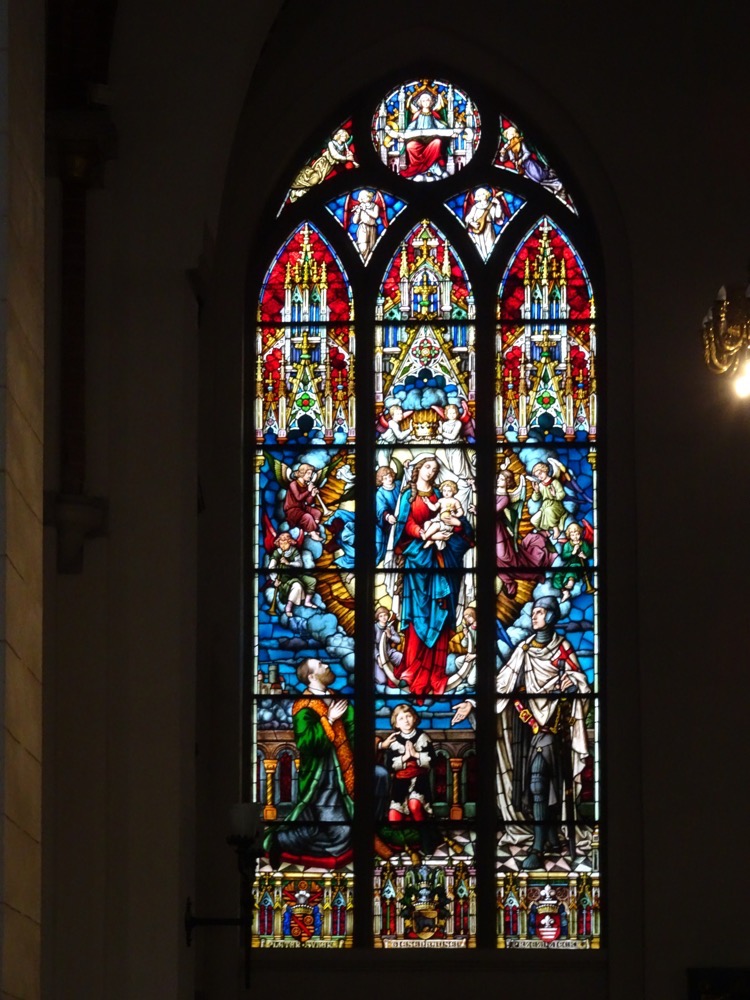 I have been unable to find out anything on when these stained glass windows were actually made. There have been renovations in the cathedral following fires in the 13th and 16th centuries and following wars in the 17th, 18th centuries and of course post the World Wars and Soviet occupations of the 20th century. For all I can tell, these may have been recreated in the last decade – they are certainly vibrant and detailed enough..?
I have been unable to find out anything on when these stained glass windows were actually made. There have been renovations in the cathedral following fires in the 13th and 16th centuries and following wars in the 17th, 18th centuries and of course post the World Wars and Soviet occupations of the 20th century. For all I can tell, these may have been recreated in the last decade – they are certainly vibrant and detailed enough..?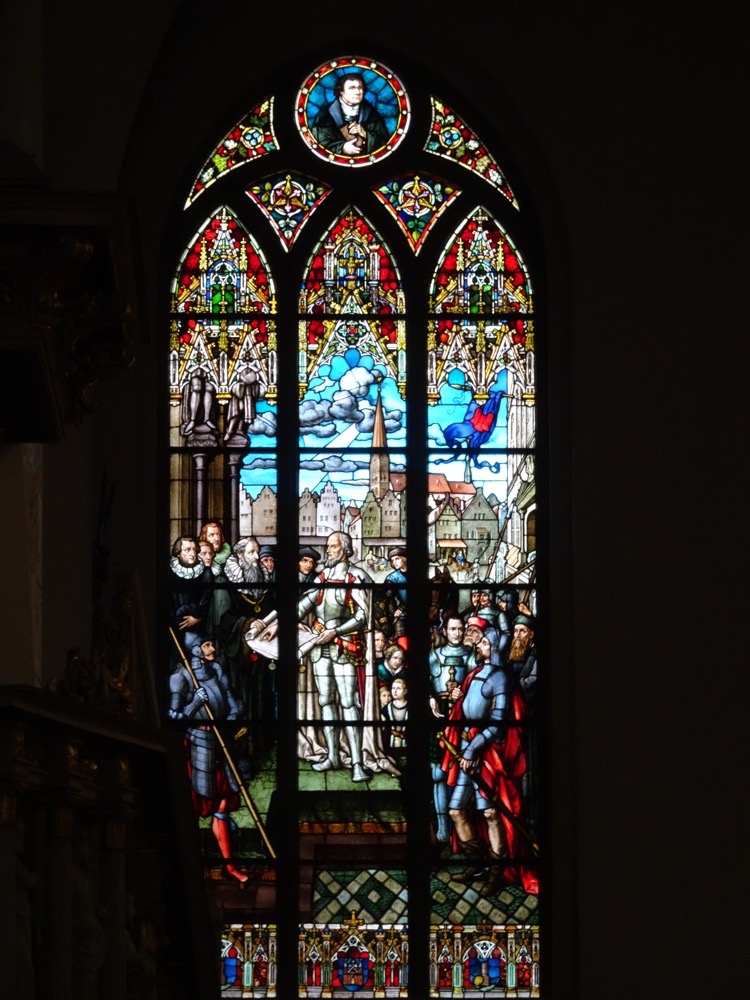
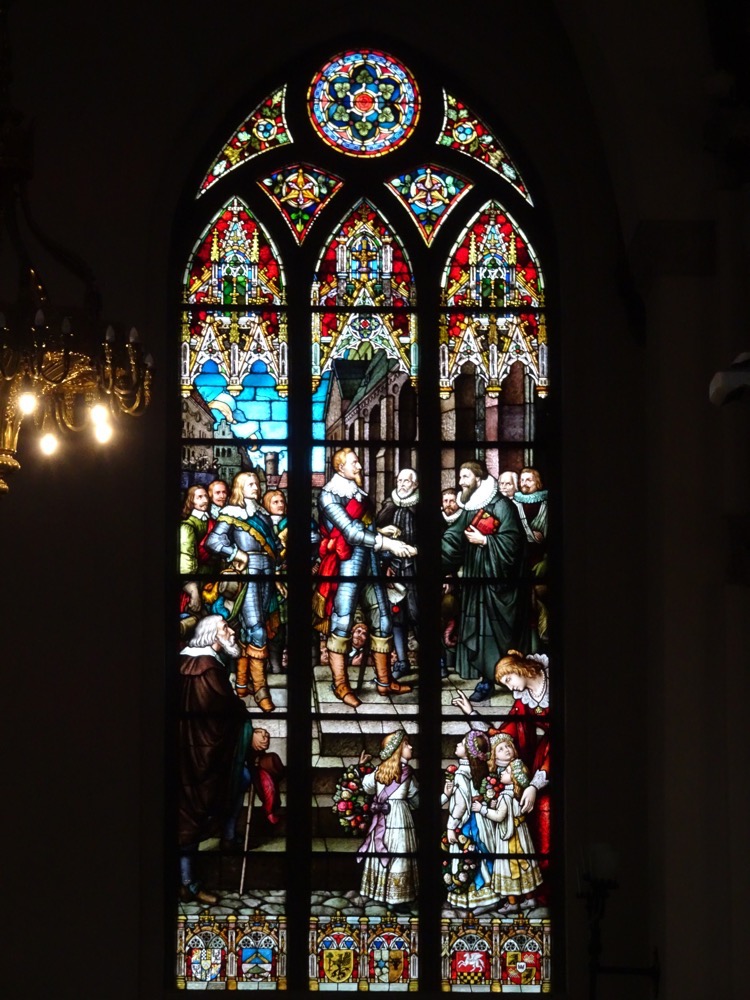 Weathercock
Weathercock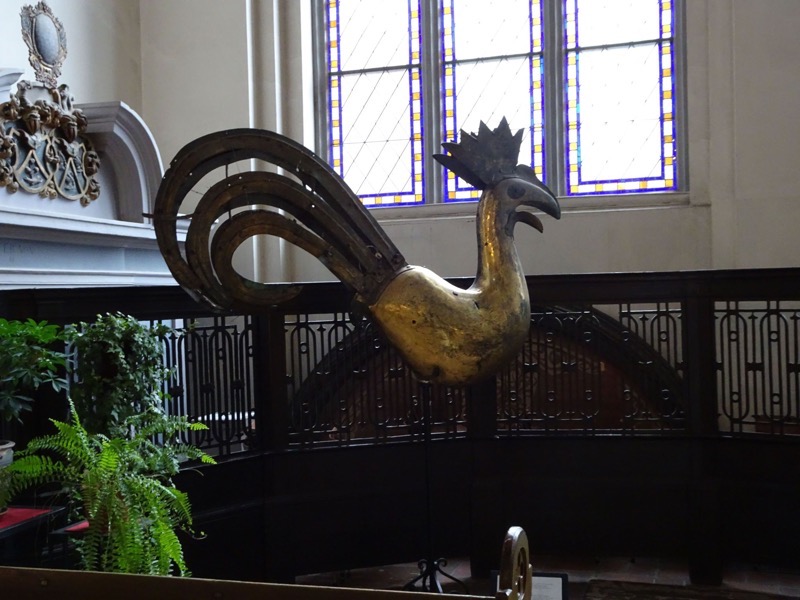
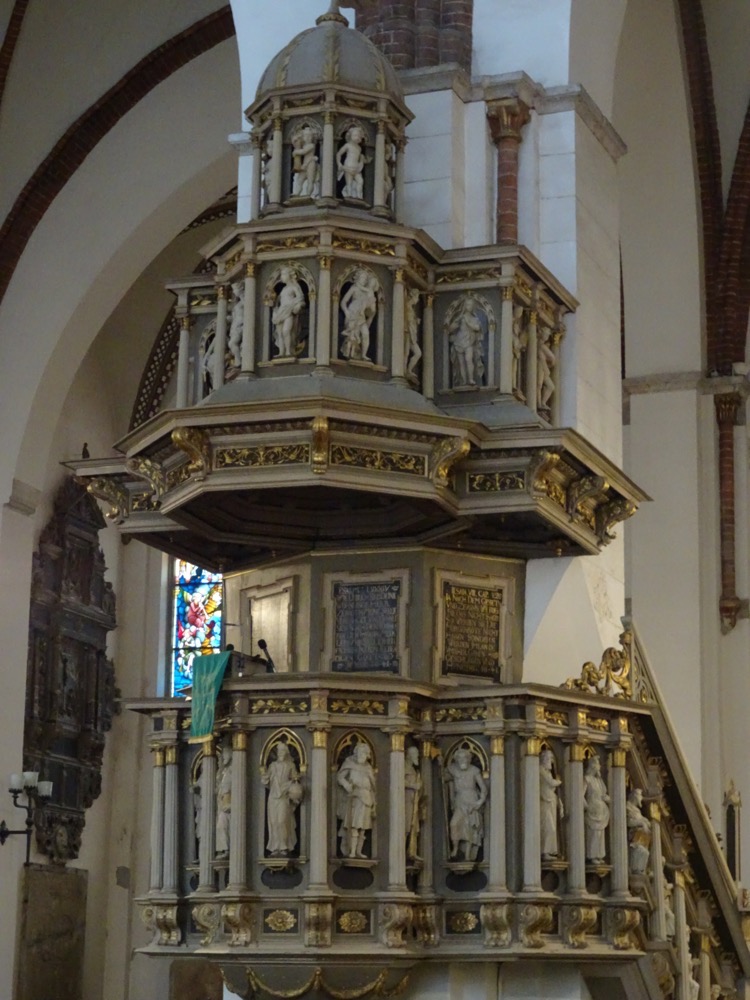
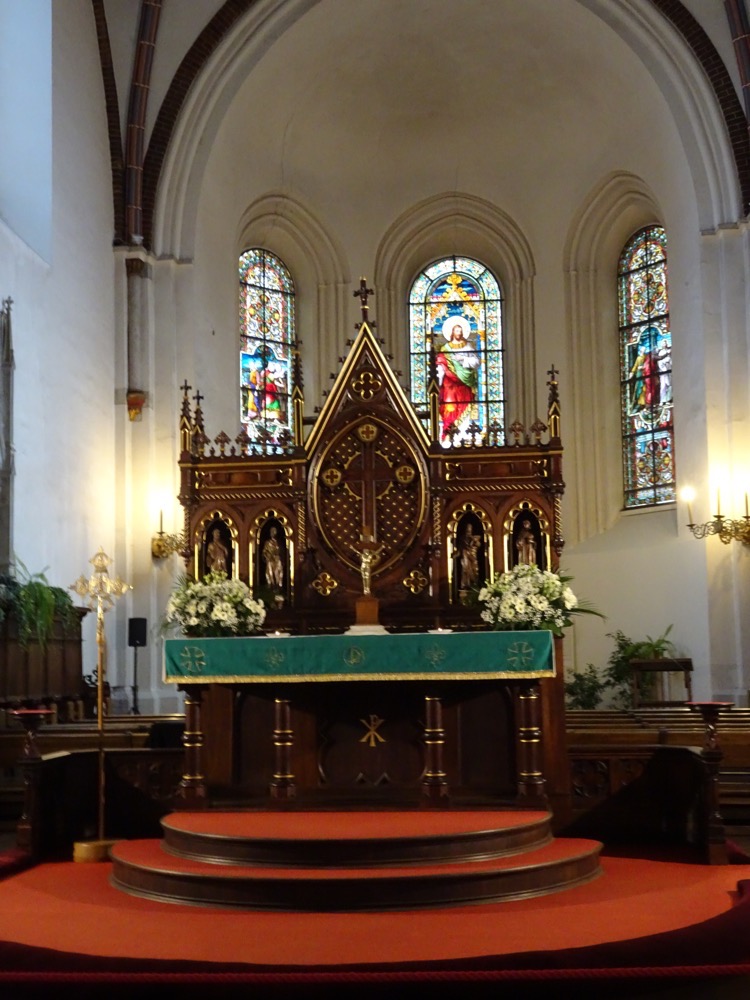 Riga Cathedral’s organ was built by E.F. Walcker & Sons of Ludwigsburg in 1882–83, It has four manuals and one pedalboard and plays 116 voices, 124 stops, 144 ranks, and has 6,718 pipes. It includes 18 combinations and General Crescendo… none of which means anything to me, but I heard someone playing it for a while when I was in here today and it could play the most delicate high notes that resonated around the cavernous cathedral as well as the lowest resonant notes that reverberated through your chest. Very cool!
Riga Cathedral’s organ was built by E.F. Walcker & Sons of Ludwigsburg in 1882–83, It has four manuals and one pedalboard and plays 116 voices, 124 stops, 144 ranks, and has 6,718 pipes. It includes 18 combinations and General Crescendo… none of which means anything to me, but I heard someone playing it for a while when I was in here today and it could play the most delicate high notes that resonated around the cavernous cathedral as well as the lowest resonant notes that reverberated through your chest. Very cool!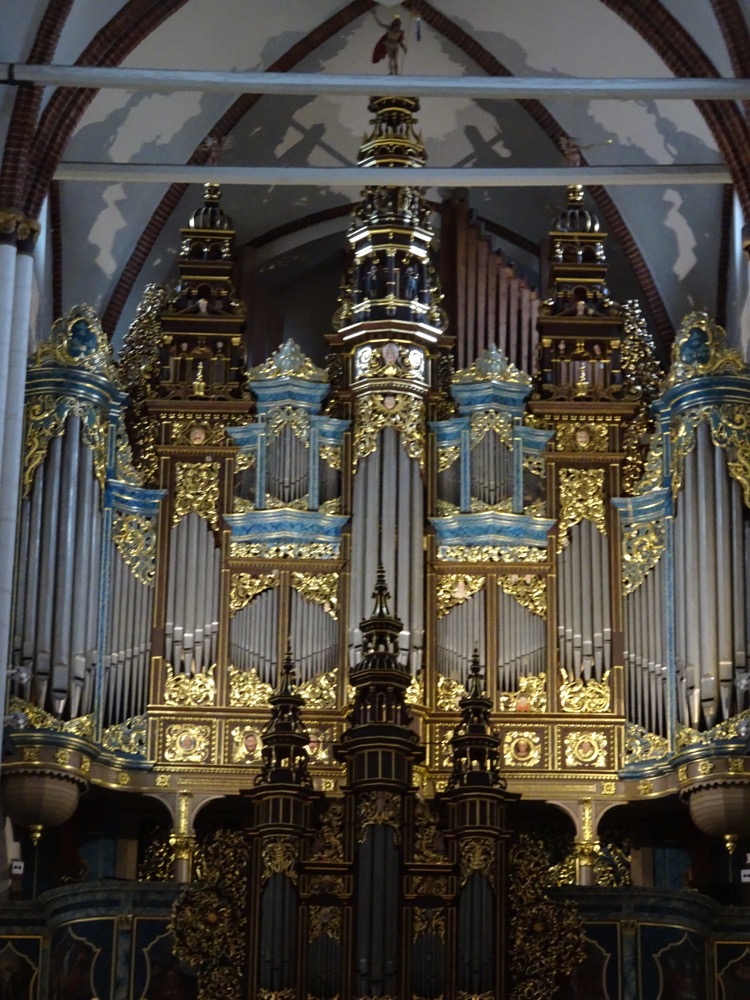
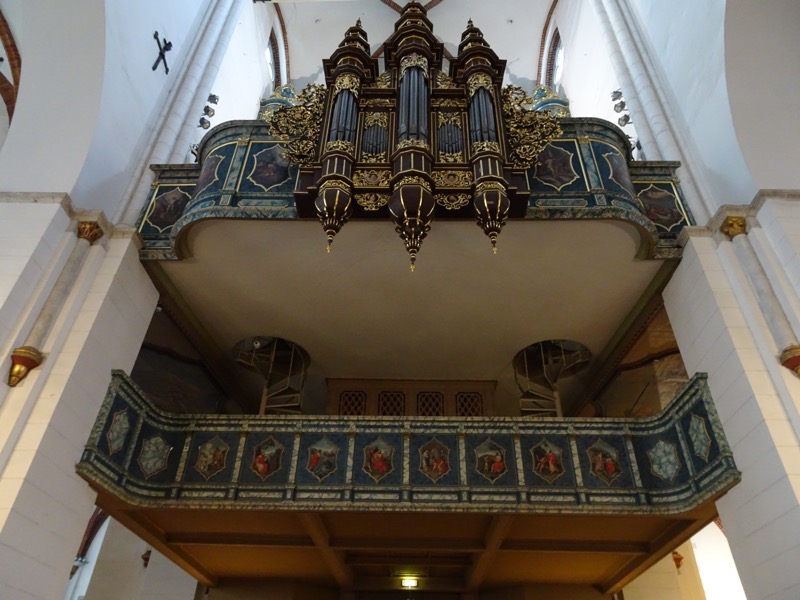 Bishop Albert’s cloistered courtyard:
Bishop Albert’s cloistered courtyard: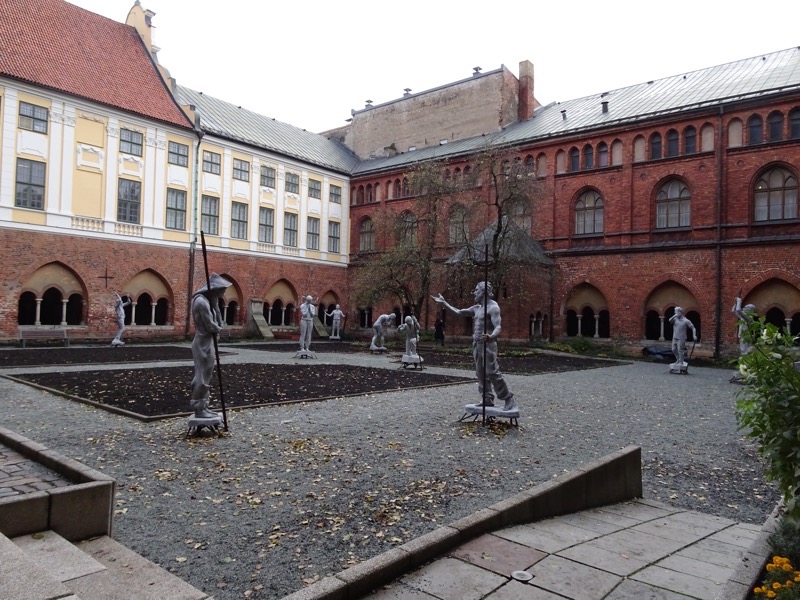 Around the cloisters were a collection of artefacts that seem to have been put here for storage? An older version of the tower clock face, pieces of carved stone and canons – lots of canons.
Around the cloisters were a collection of artefacts that seem to have been put here for storage? An older version of the tower clock face, pieces of carved stone and canons – lots of canons.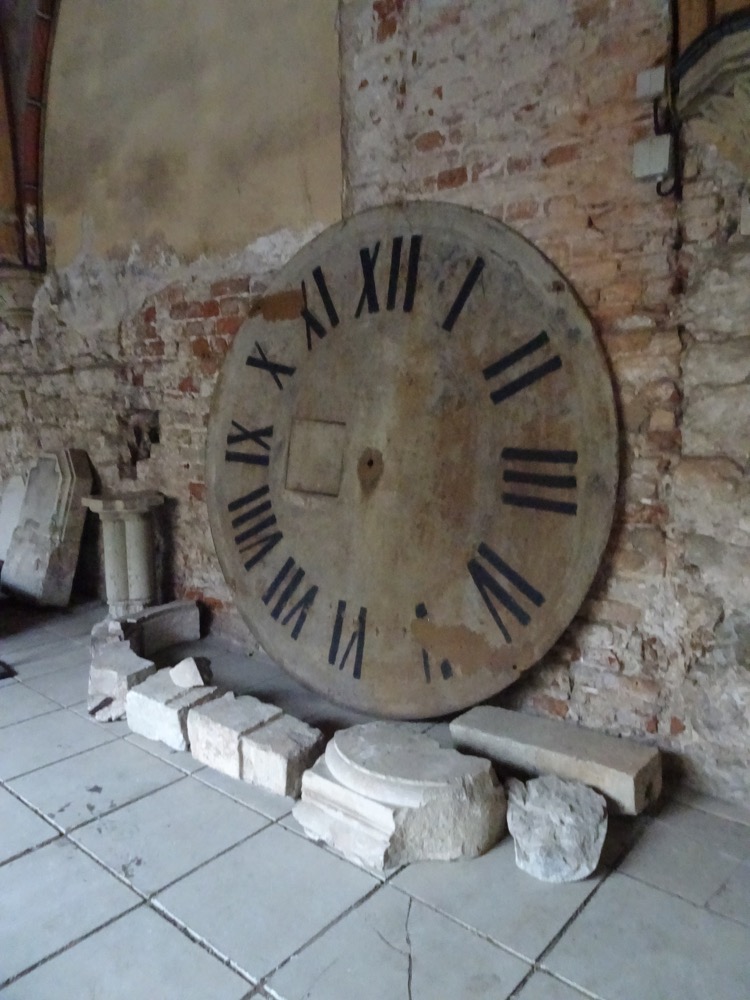
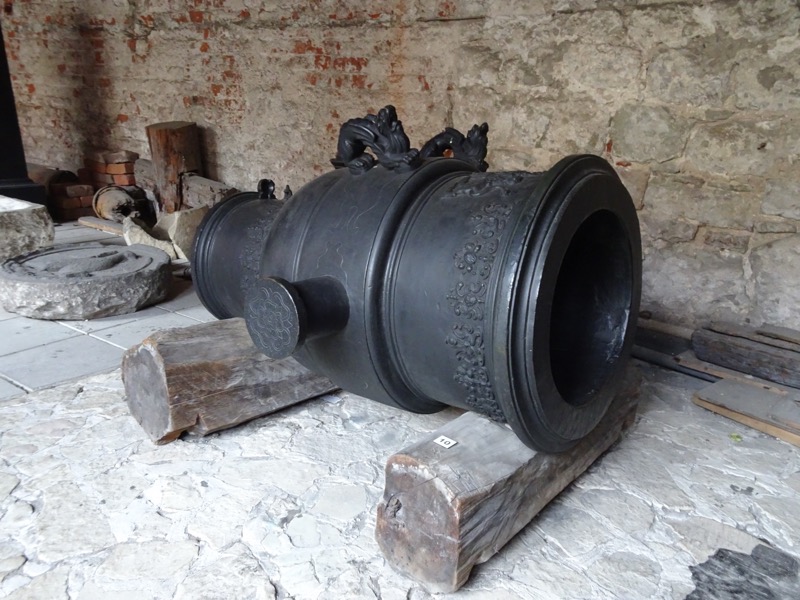
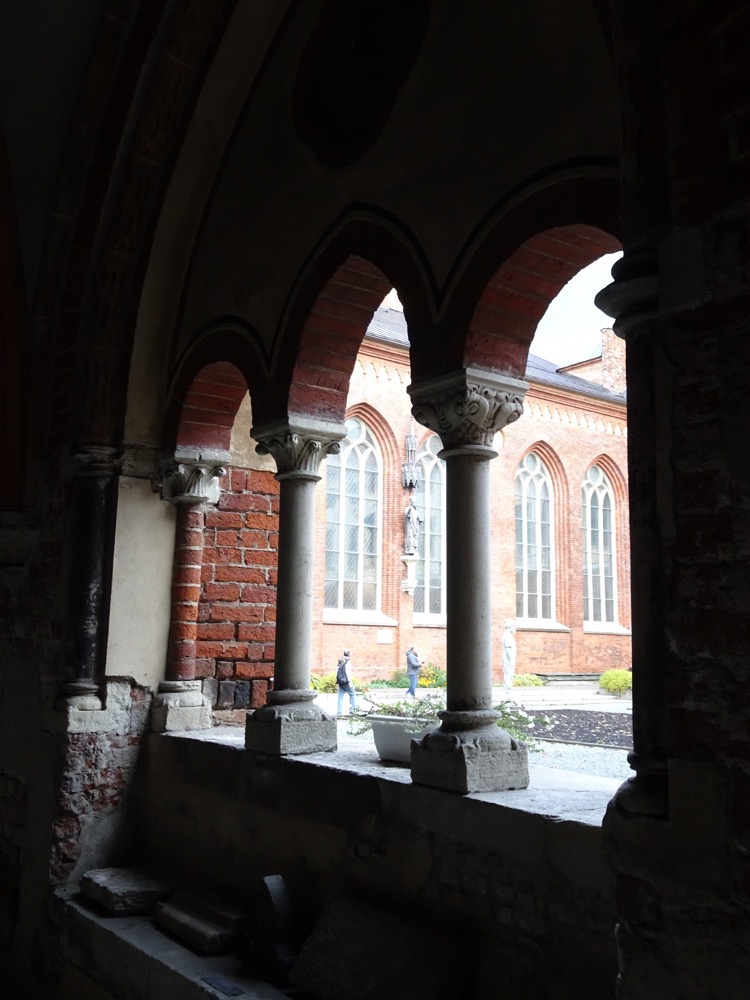
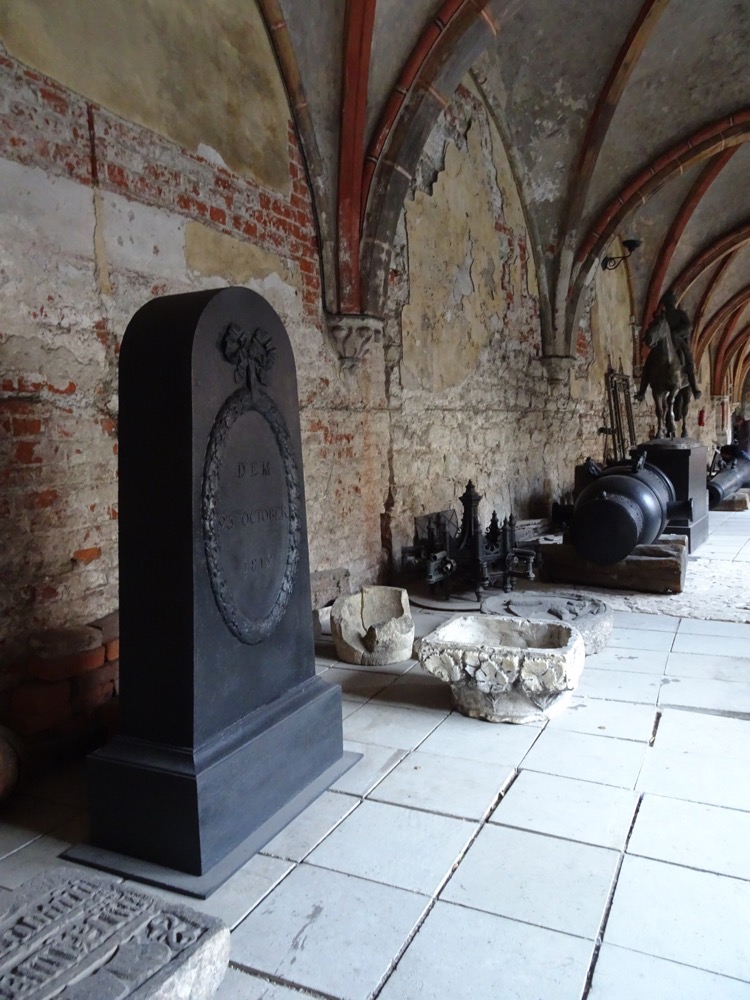
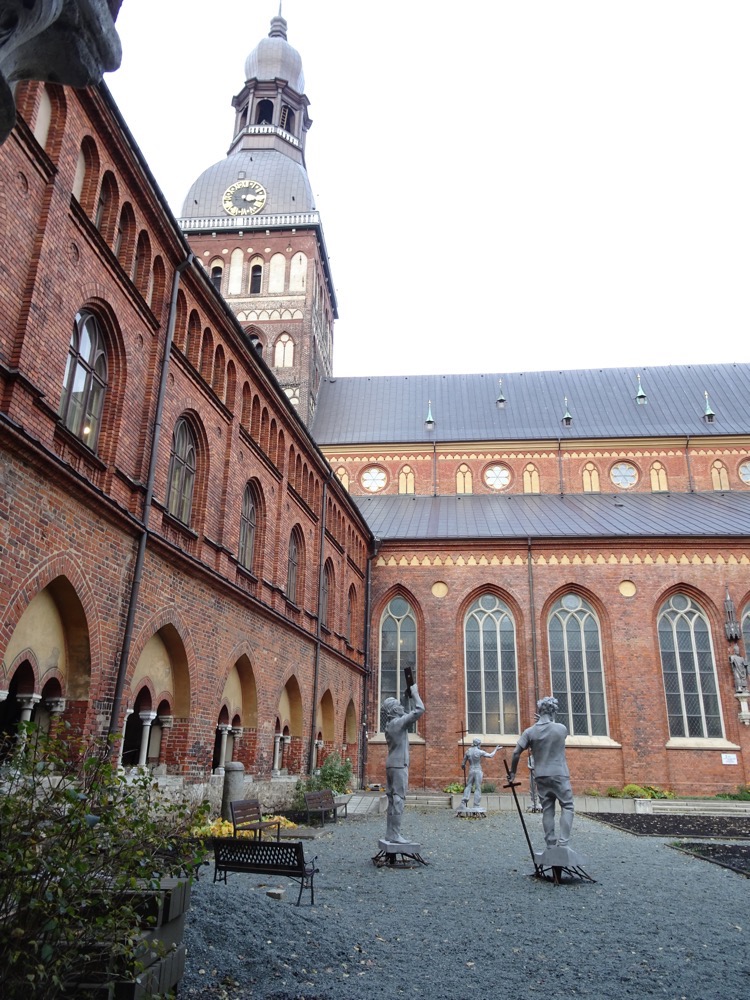 It was like the national musuems of Latvia said ‘We have no where to house all these 16th to 19th century canons, any ideas?’ and then some gardener scratched his beard and said ‘We could put them in the cloisters until summer’, and there they remained…?! Weird.
It was like the national musuems of Latvia said ‘We have no where to house all these 16th to 19th century canons, any ideas?’ and then some gardener scratched his beard and said ‘We could put them in the cloisters until summer’, and there they remained…?! Weird.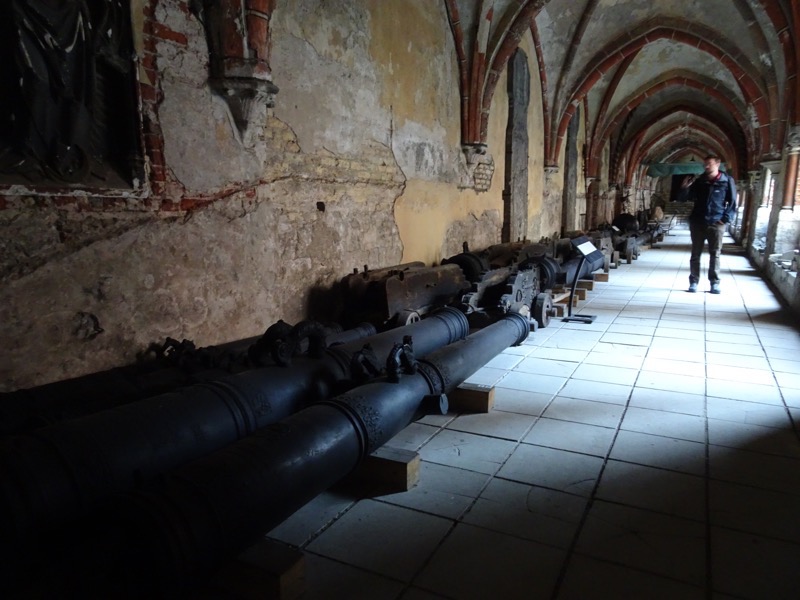
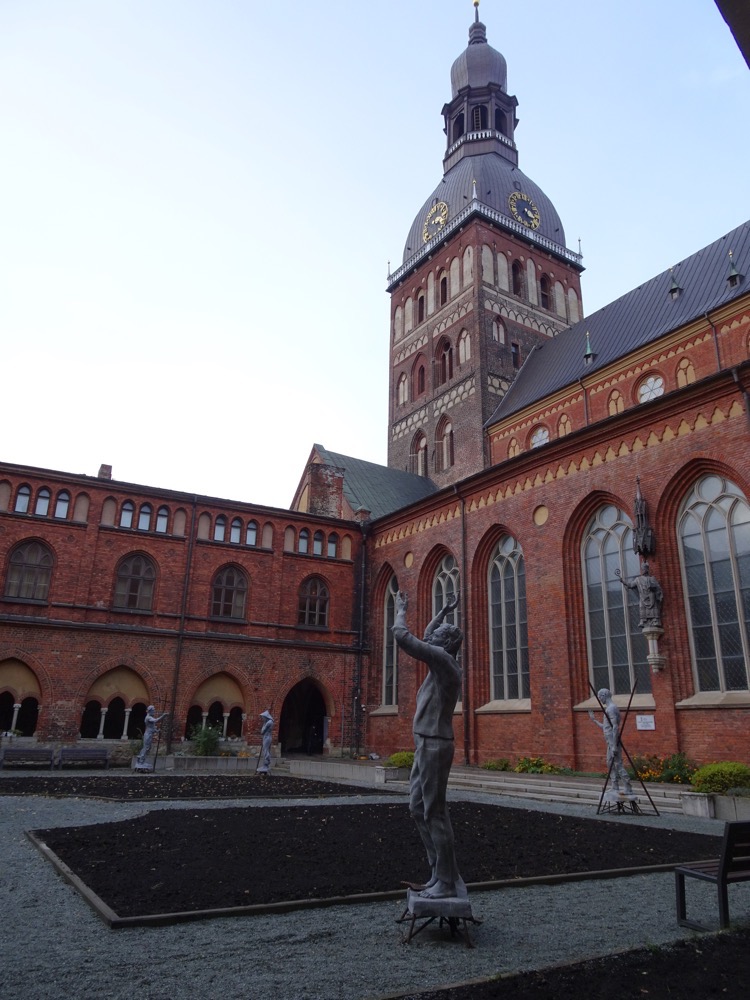 Bishop Albert.
Bishop Albert.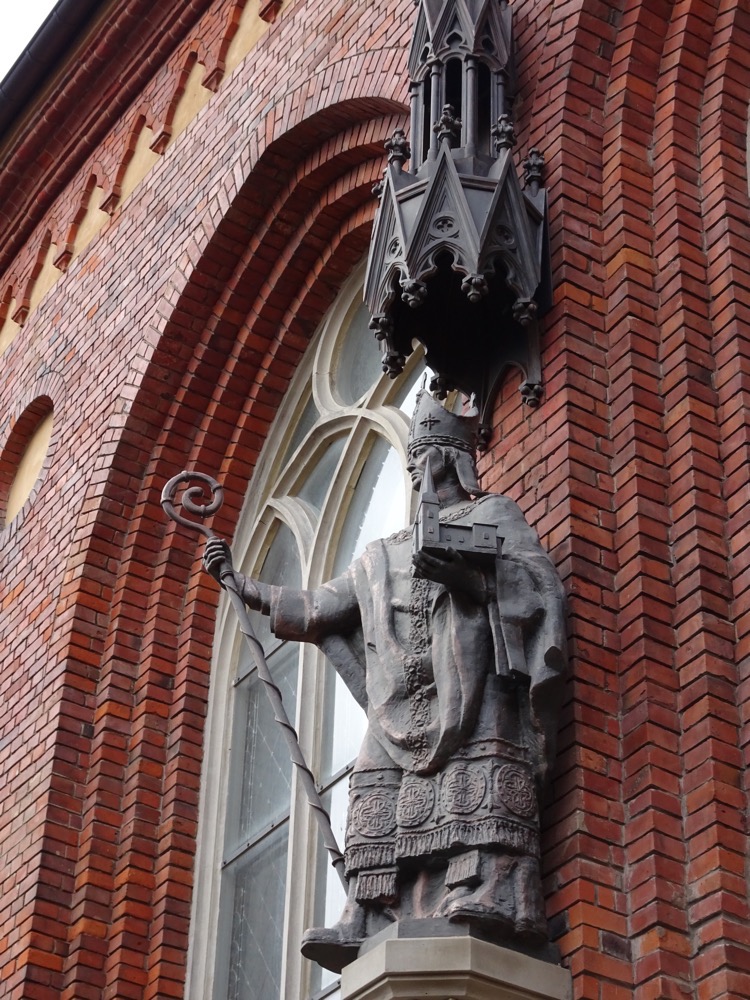
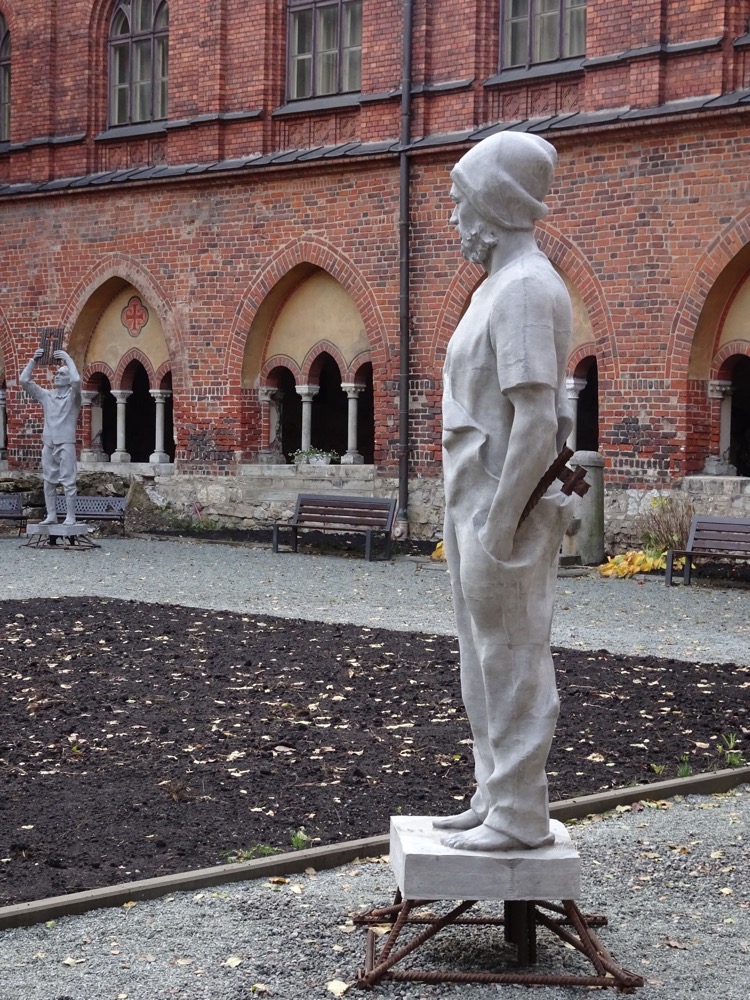
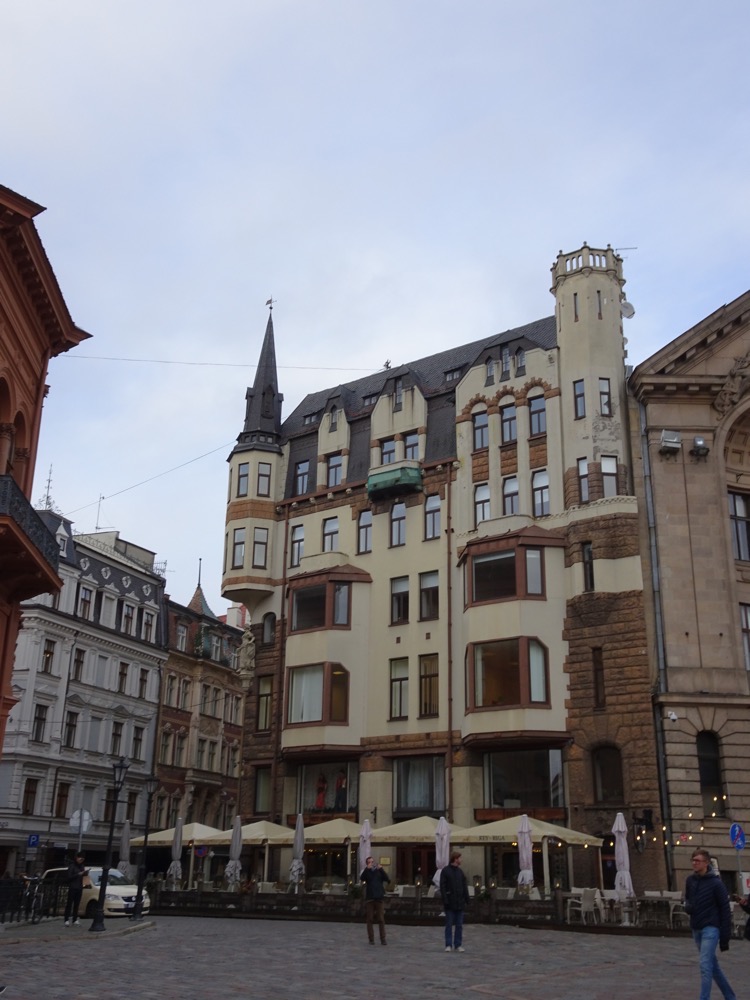
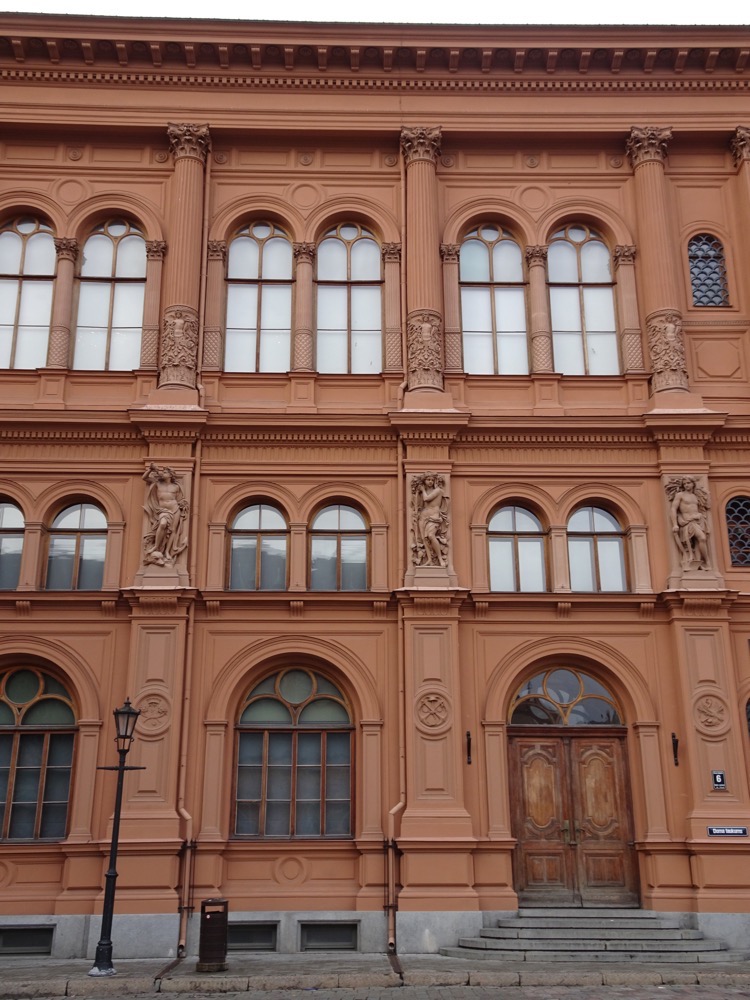
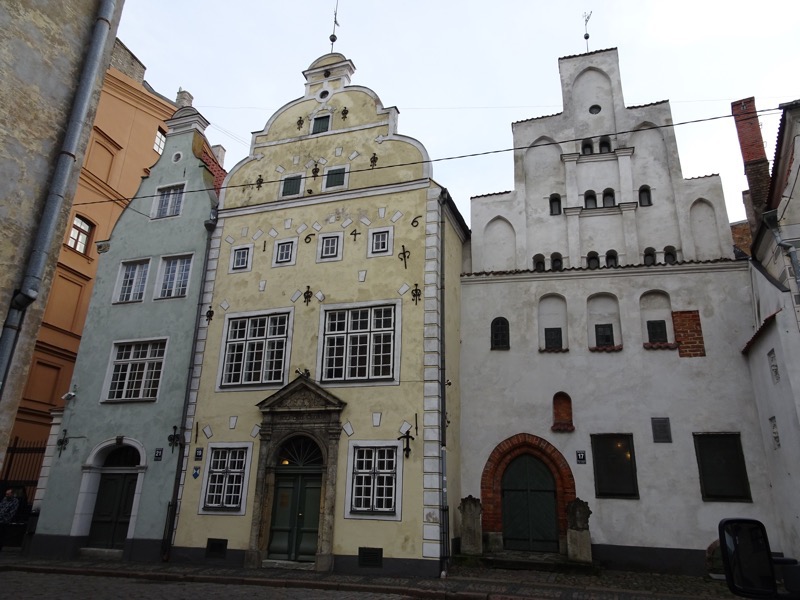
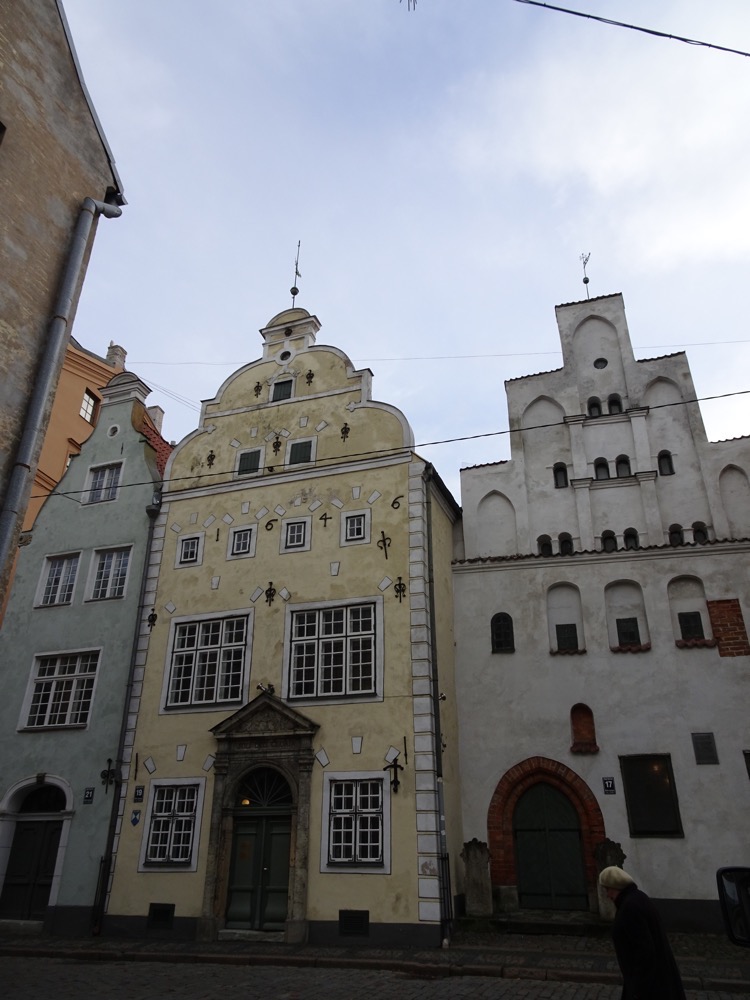
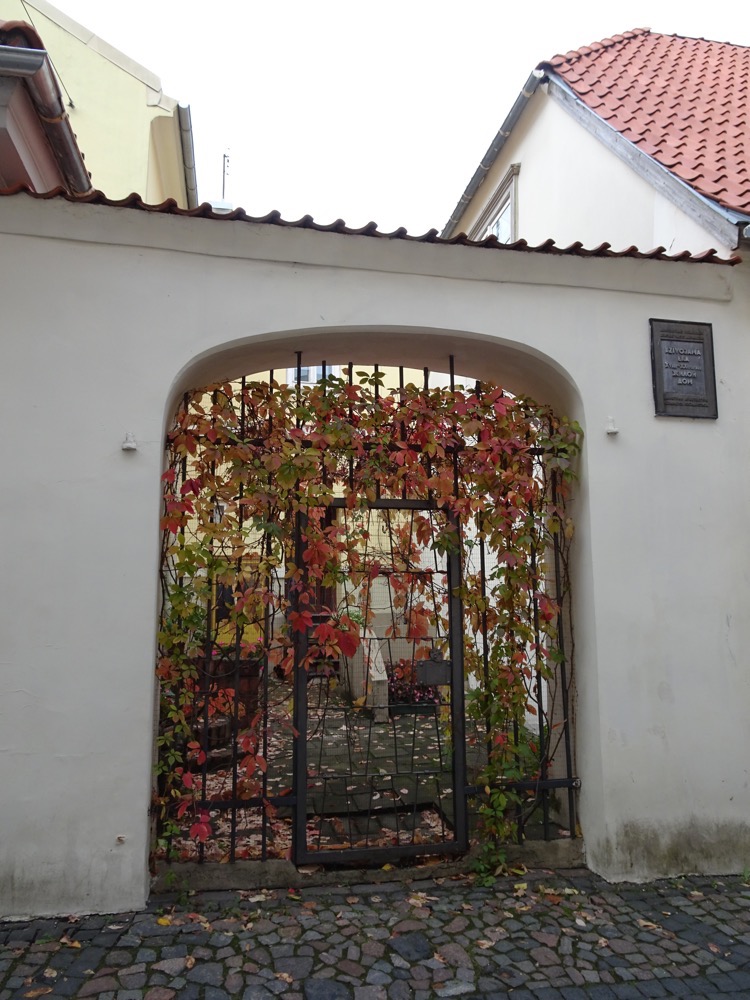
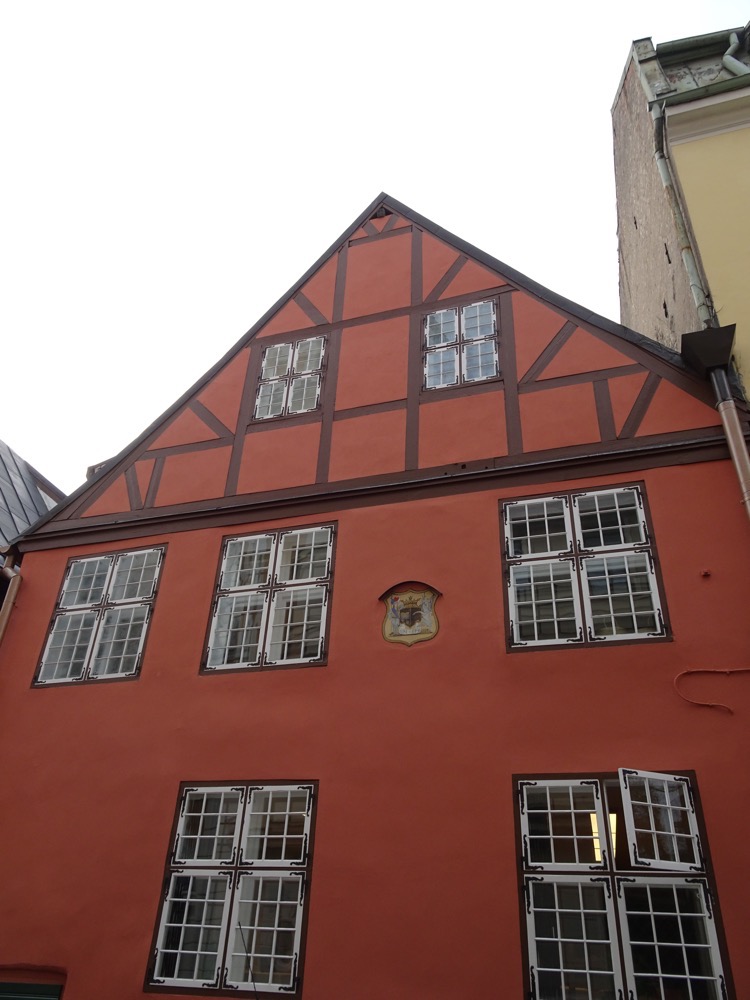 This is the White Tower of the Riga Castel, now the Riga Presidential Palace – apparently they won’t let us go in there… it’s like full of goverment officials and stuff.
This is the White Tower of the Riga Castel, now the Riga Presidential Palace – apparently they won’t let us go in there… it’s like full of goverment officials and stuff.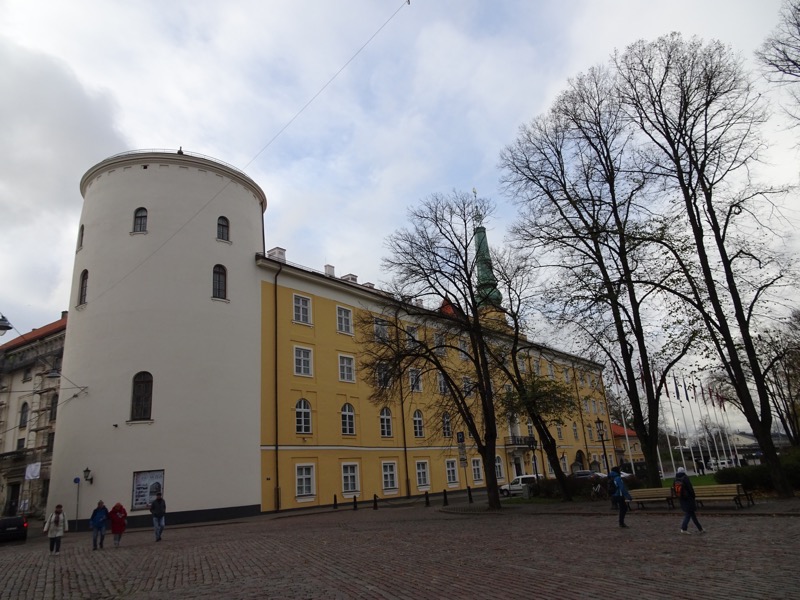
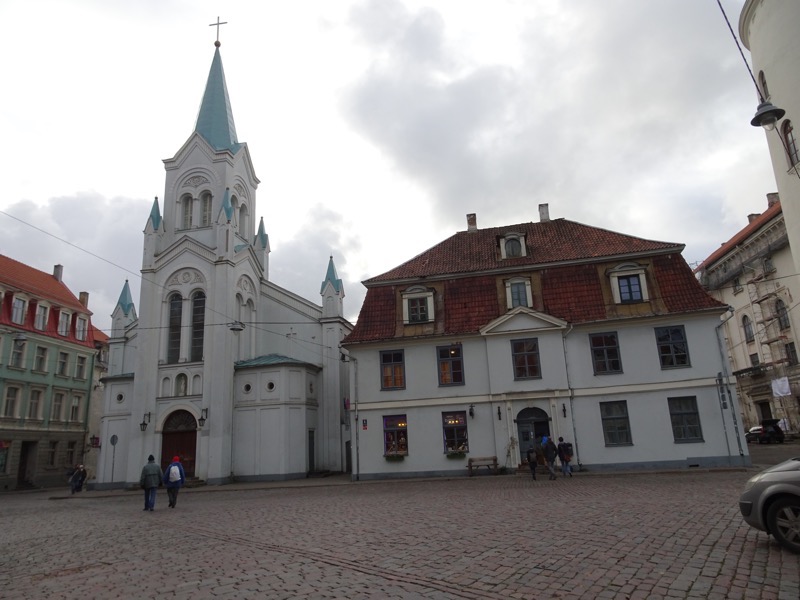 Anglican church – St Something… not Mary.
Anglican church – St Something… not Mary.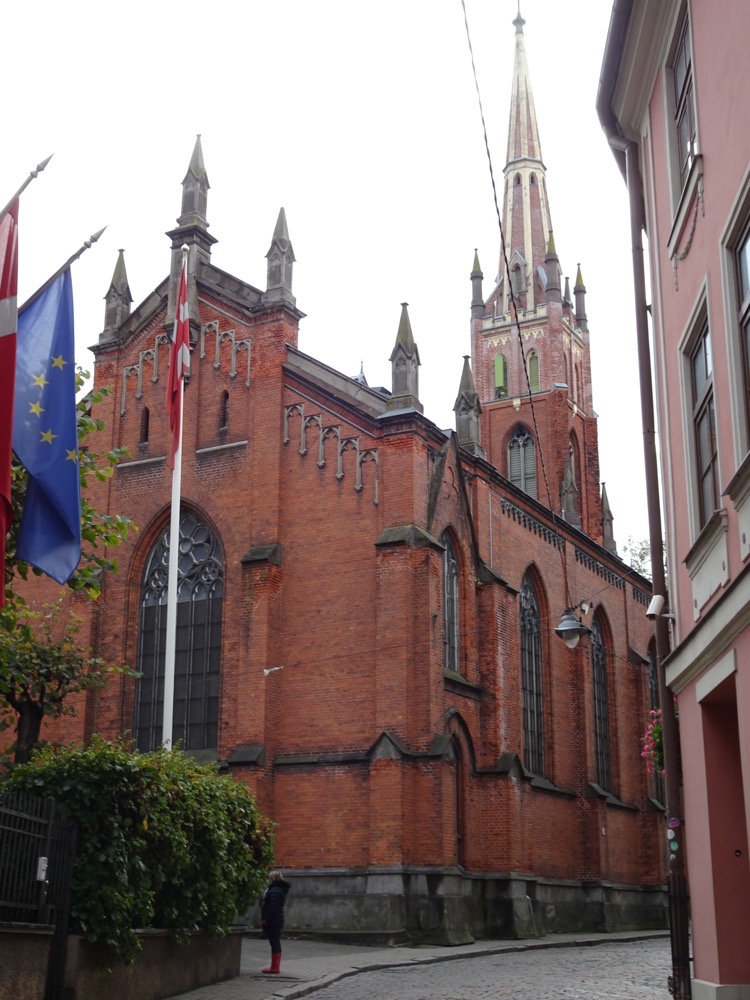
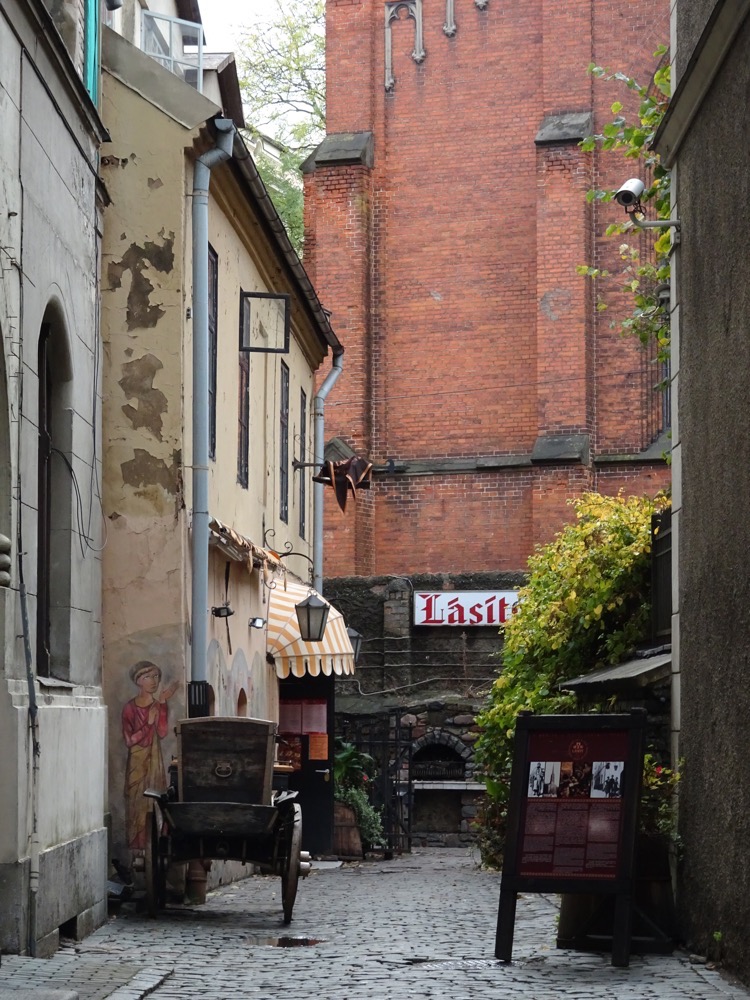 Everywhere you look is a cute little alleyway with nooks and crannies and interesting little cafes and shops.
Everywhere you look is a cute little alleyway with nooks and crannies and interesting little cafes and shops.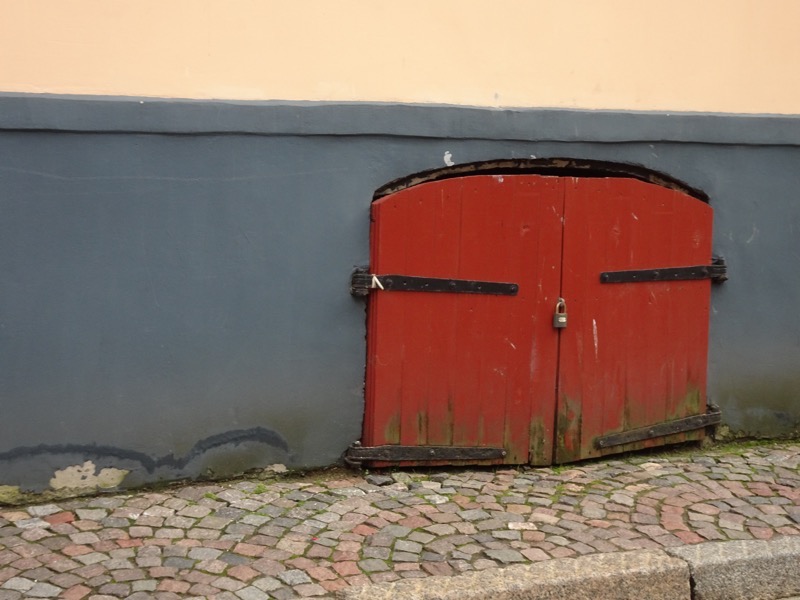 In Iceland, we got used to driving around a hillside and being greeting with yet another stunning landscape – here you walk around a corner and are greeted by yet another stunningly restore/kept historical building. It’s phenomenal.
In Iceland, we got used to driving around a hillside and being greeting with yet another stunning landscape – here you walk around a corner and are greeted by yet another stunningly restore/kept historical building. It’s phenomenal.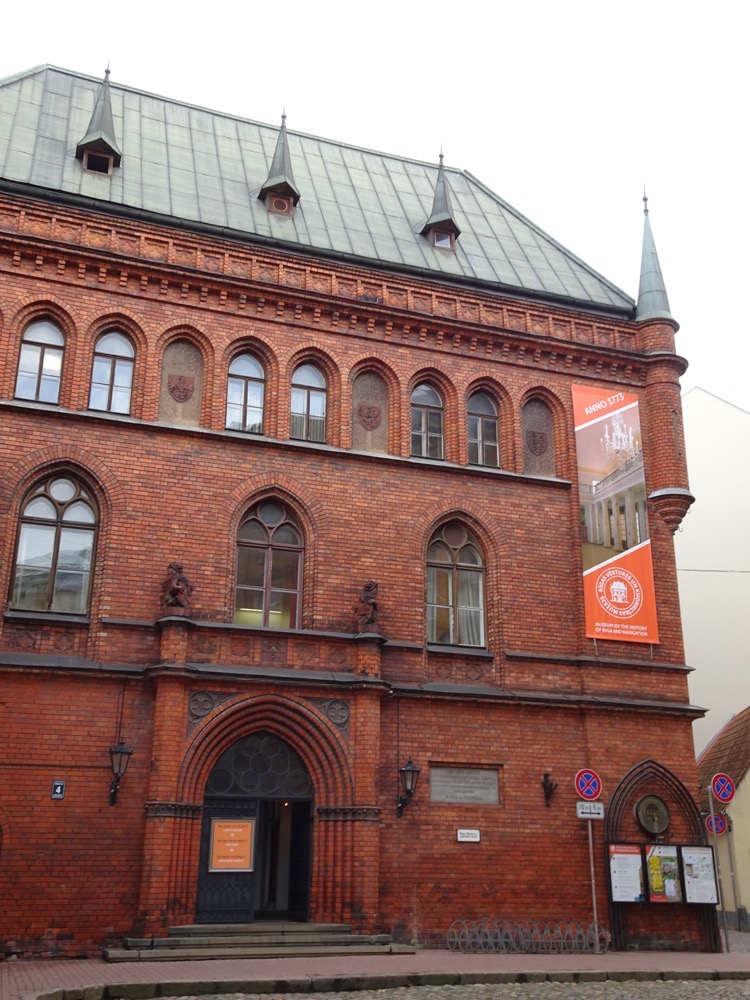
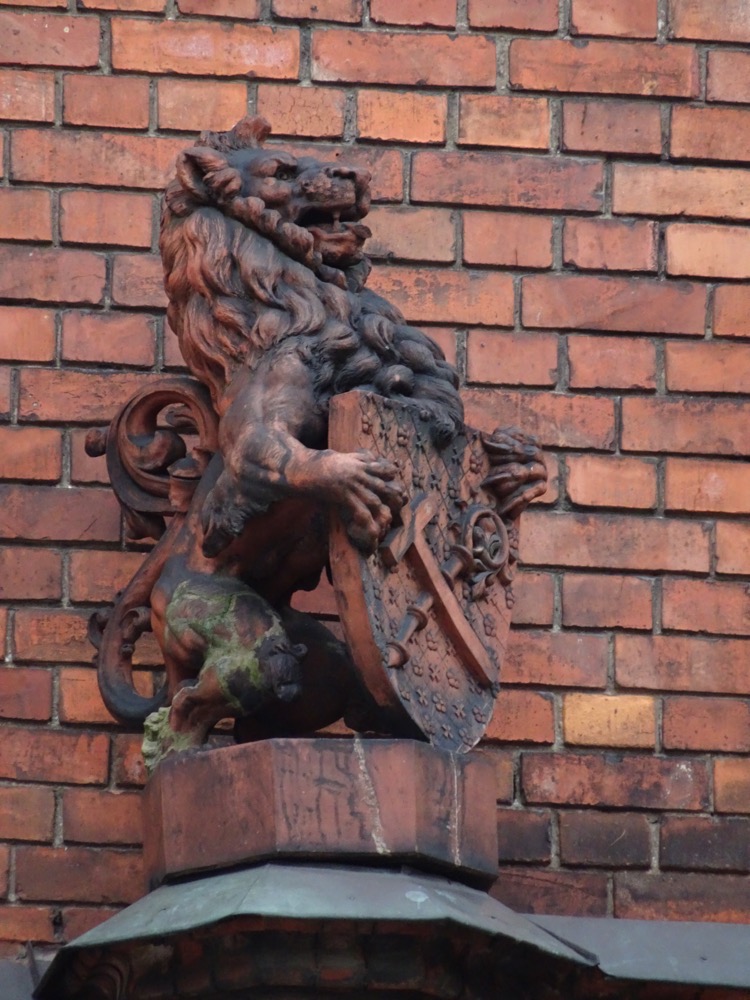 We saw a shop that said ‘wool and linen’ on the outside sign and decided to pop in and have a look at the fabrics for sale. We found ourselves in a national costume shop called, Senaklets: http://www.senaklets.lv/eng.php where one can go to buy well, national costumes, fabrics to make the same and dress accessories to go with them.
We saw a shop that said ‘wool and linen’ on the outside sign and decided to pop in and have a look at the fabrics for sale. We found ourselves in a national costume shop called, Senaklets: http://www.senaklets.lv/eng.php where one can go to buy well, national costumes, fabrics to make the same and dress accessories to go with them.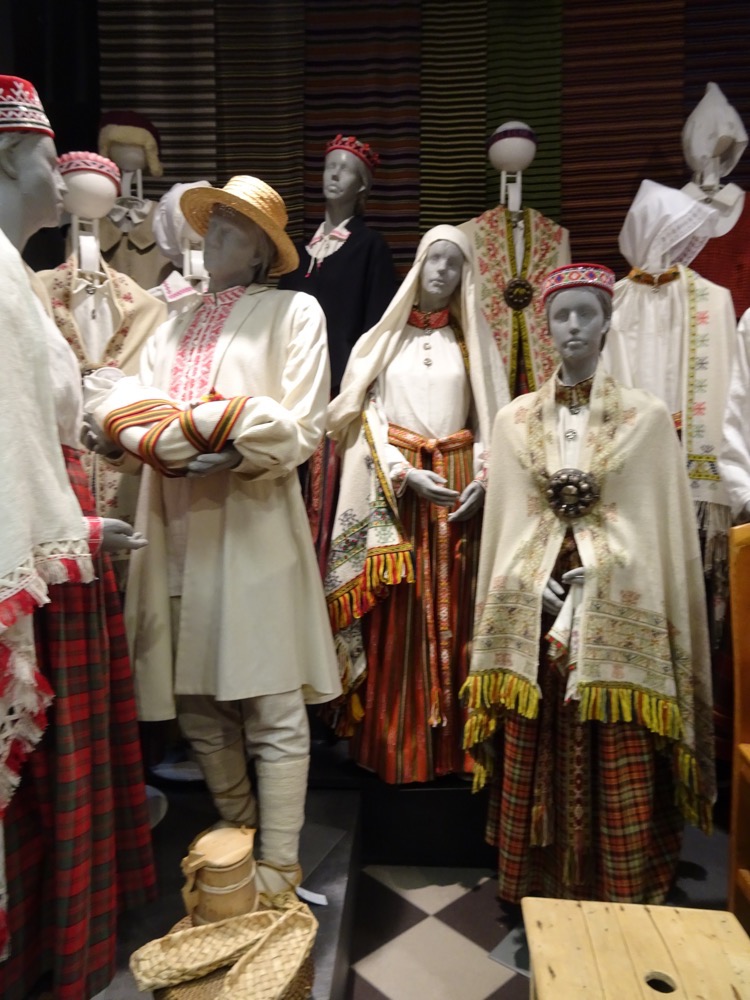 The first things I noticed was all the crazy expensive tablet woven bands in lengths up to 3m (patterns rather too modern but lovely).
The first things I noticed was all the crazy expensive tablet woven bands in lengths up to 3m (patterns rather too modern but lovely). 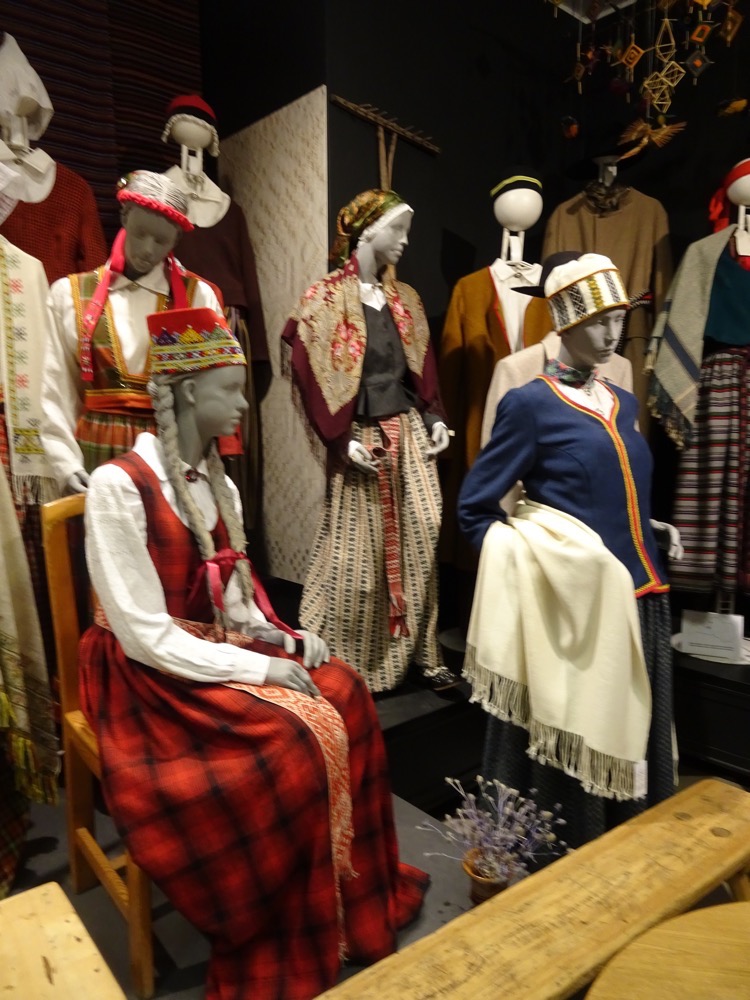 And then we moved into another room and there they were… all the medieval costumes I had laboriously been trying to photograph through glass this morning at the national history museum. Le sigh.
And then we moved into another room and there they were… all the medieval costumes I had laboriously been trying to photograph through glass this morning at the national history museum. Le sigh.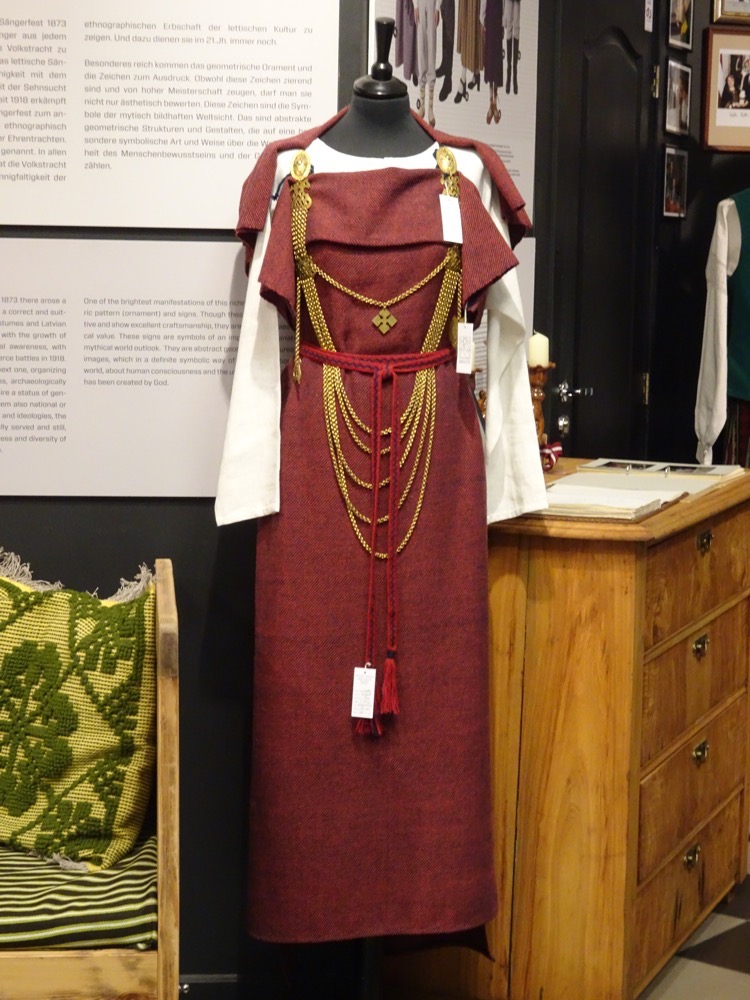 Fucking expensive. But urgh, I rolled my eyes. So much effort gone into researching these…
Fucking expensive. But urgh, I rolled my eyes. So much effort gone into researching these…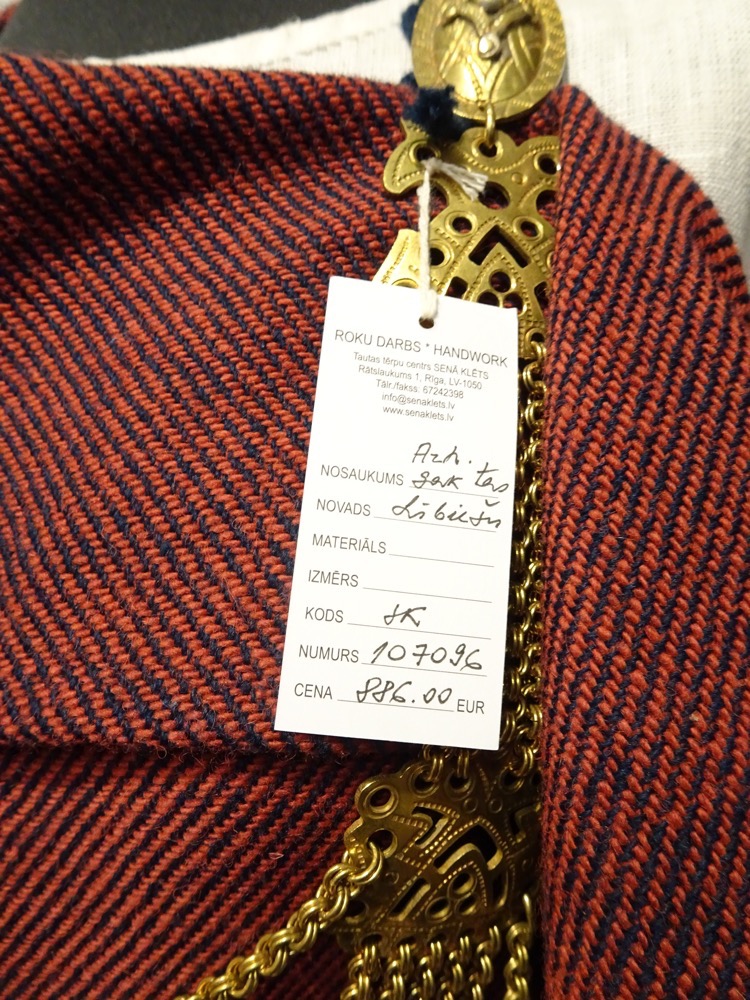
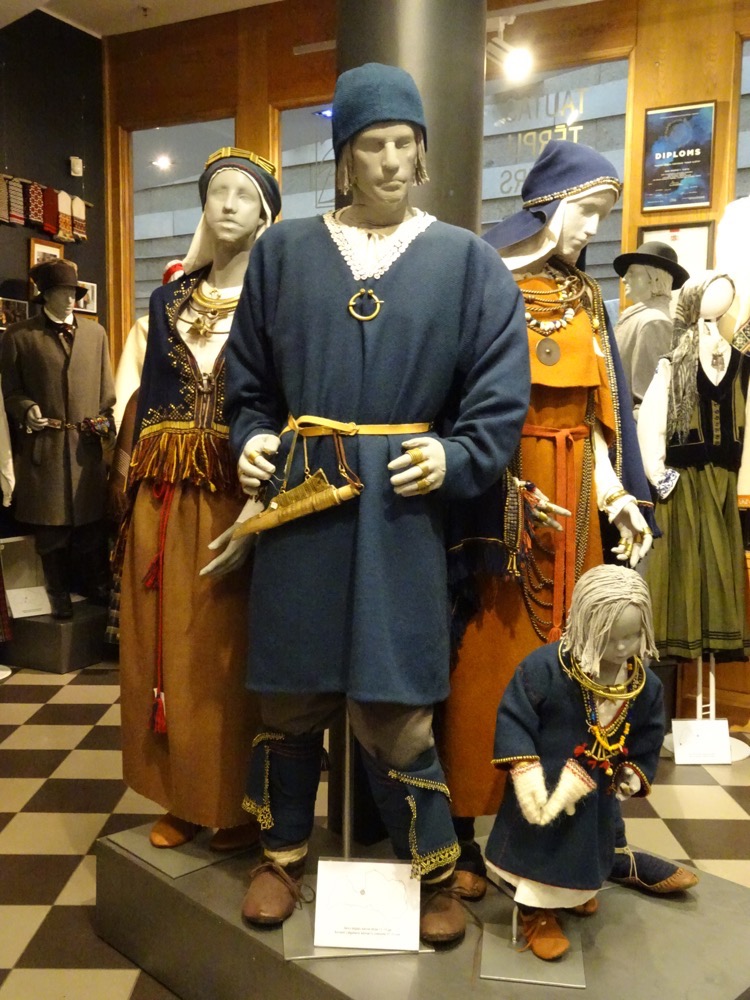 Gorgeous Finnish/Baltic shawls all done. Couldn’t find a price tag on this one – I imagine if you have to ask how much it is, you can’t afford it. I can tell you that if I had a spare few thousand Euro I would have walked out of there well kitted out.
Gorgeous Finnish/Baltic shawls all done. Couldn’t find a price tag on this one – I imagine if you have to ask how much it is, you can’t afford it. I can tell you that if I had a spare few thousand Euro I would have walked out of there well kitted out. 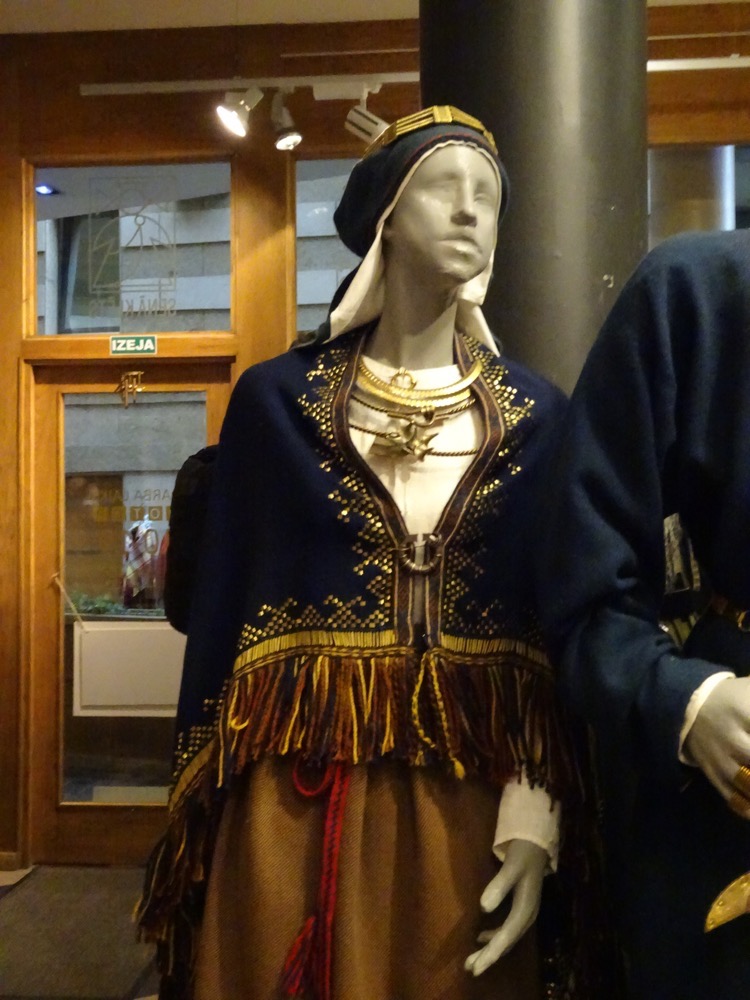 After that we found ourselves back in the Square in front of the House of the Blackheads and the state of Roland that I failed to capture earlier.
After that we found ourselves back in the Square in front of the House of the Blackheads and the state of Roland that I failed to capture earlier. 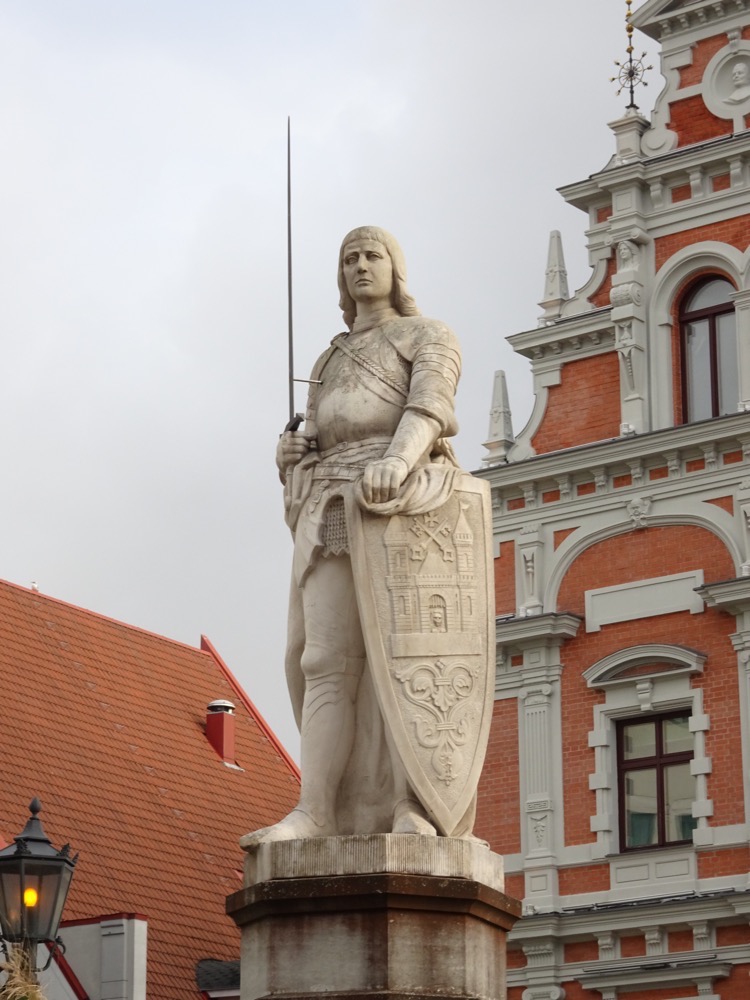
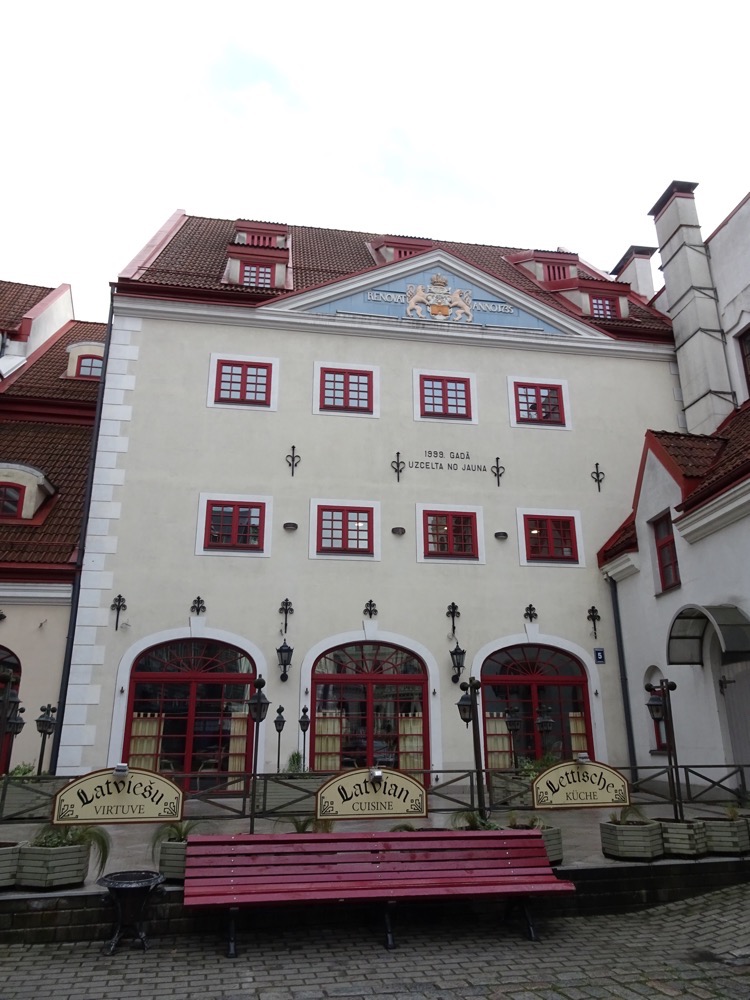
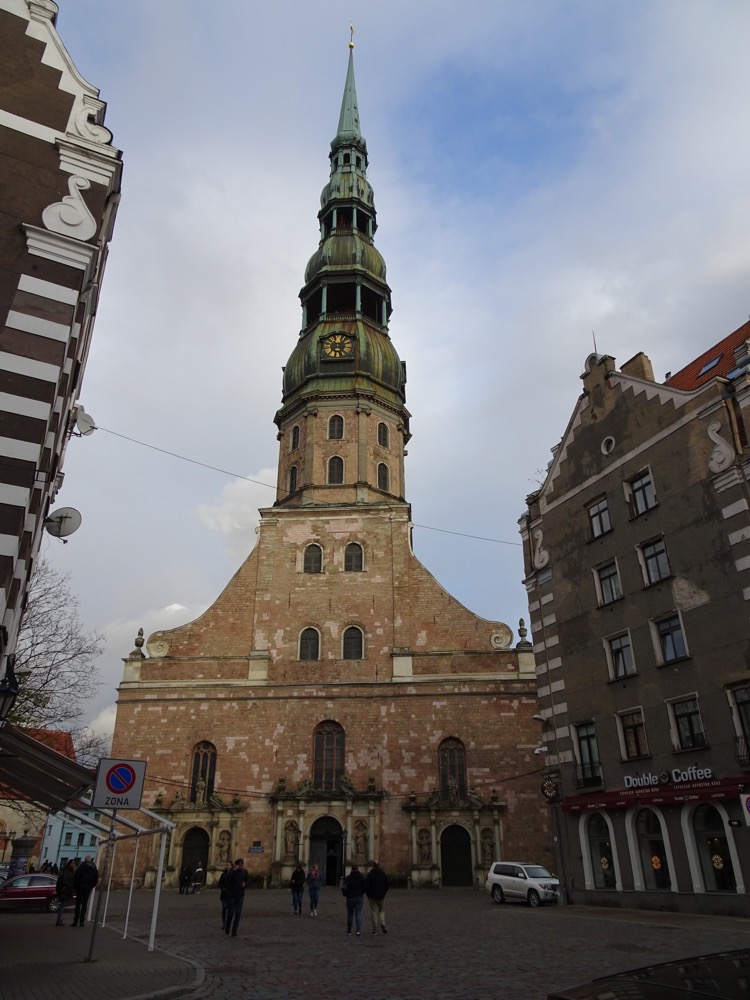 I had a lovely day out in Riga. There is plenty more to see here, but we have a big day ahead of us tomorrow, so we called it quits just as it was starting to get dark – mostly because it was also starting to get much colder too!
I had a lovely day out in Riga. There is plenty more to see here, but we have a big day ahead of us tomorrow, so we called it quits just as it was starting to get dark – mostly because it was also starting to get much colder too!